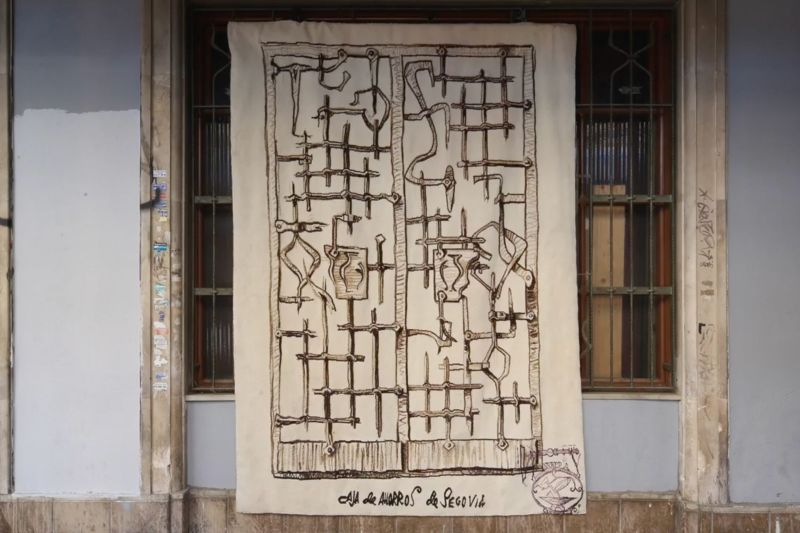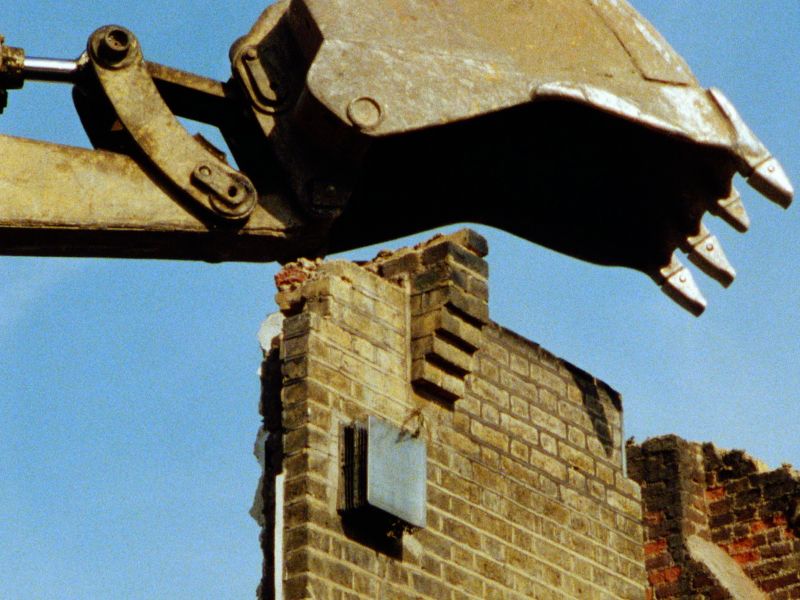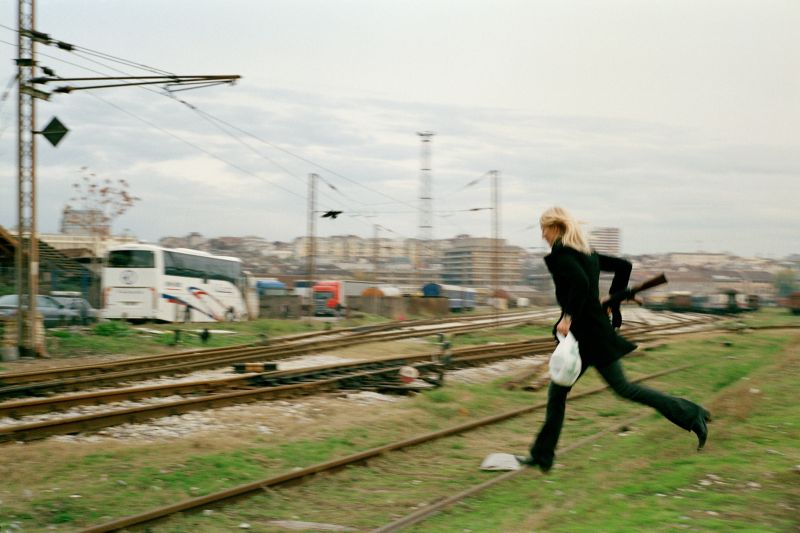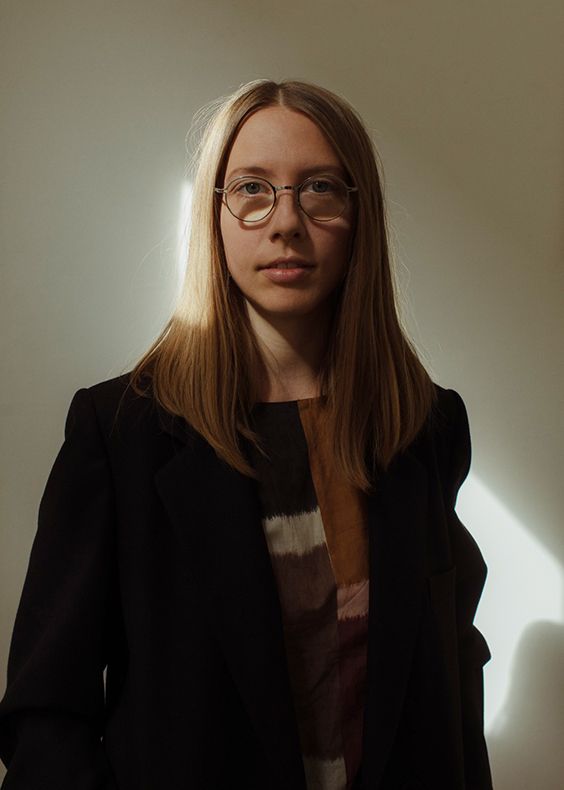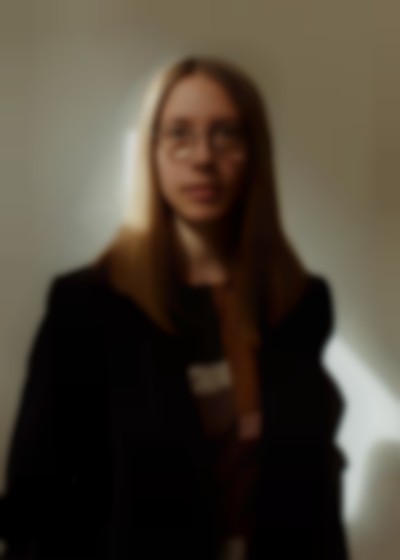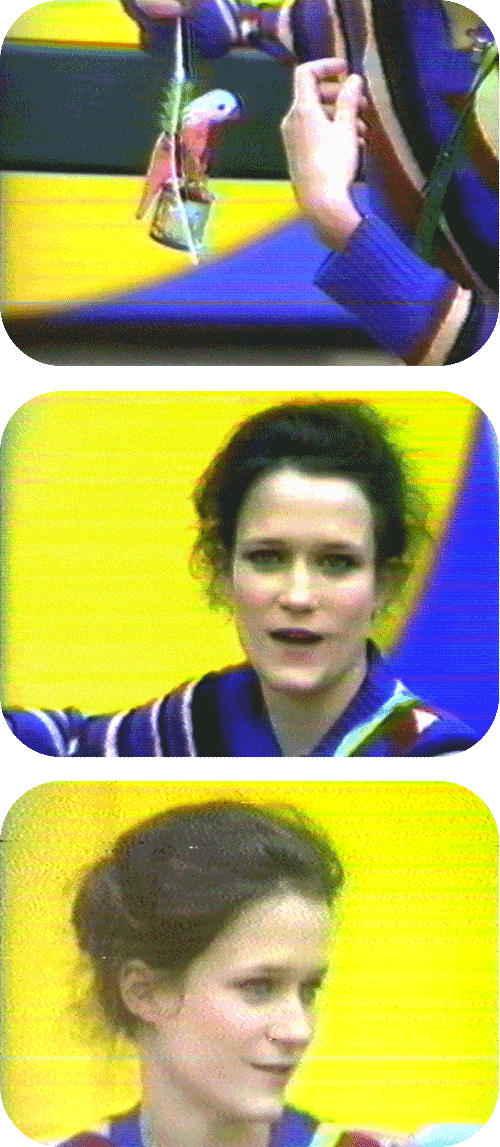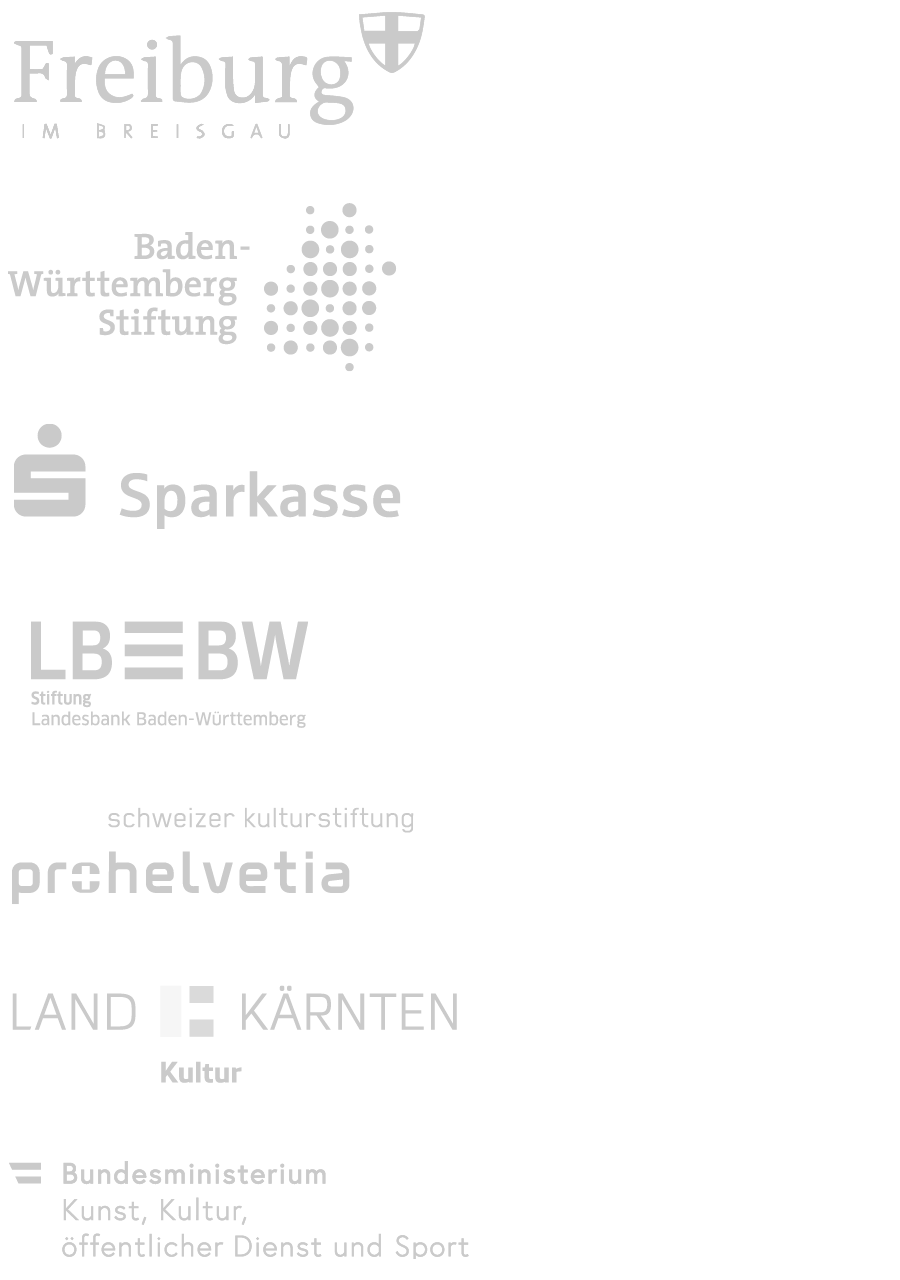PROGRAMM AM LETZTEN AUSSTELLUNGSWOCHENENDE
All Venues
02.10 – 03.10
Der Ausstellungsparcours der ersten Biennale für Freiburg geht dieses Wochenende zu Ende. An den letzten zwei Ausstellungstagen bieten wir nochmals Führungen an und laden zum gemeinsamen Ausklang der BfF#1 am Münsterplatz.
… MorePROGRAMM AM LETZTEN AUSSTELLUNGSWOCHENENDE
02.10.2021 – 03.10.2021 / All Venues

ABSCHLUSS DER BIENNALE FÜR FREIBURG #1
Der Ausstellungsparcours der ersten Biennale für Freiburg findet allmählich sein Ende. Bis kommenden Sonntag können die acht Ausstellungsorte ein letztes Mal besucht werden.
Am letzten Ausstellungswochenende bieten wir Führungen an, bei denen wir nochmals über die Ausstellung ins Gespräch kommen können. Am Sonntag können sich Kinder und Jugendliche im Besuchszentrum eine kleine Erinnerung an die BfF#1 knüpfen. Die letzte Tour durch den Ausstellungsparcours wird Dorothee Annette Kreuzer gemeinsam mit Leon Hösl führen und dabei den Fokus auf die Bereiche der Stadt richten, die zwischen den Ausstellungsorten liegen und die Frage aufwerfen: Wem gehört die Stadt? Abschließend laden wir zu einem informellen Ausklang der Biennale für Freiburg #1 am Sonntag ab 18 Uhr in und vor unserem Besuchszentrum am Münsterplatz ein.
PROGRAMM AM LETZTEN WOCHENENDE
Samstag, 02.10.21 / 14:00 Uhr
SPAZIERGANG DURCH DIE AUSSTELLUNG
Führung mit Marie Klauder durch die Ausstellungsorte Kunstverein und Kaiserwache, Treffpunkt: Kunstverein, Dreisamstr. 21
Dauer: ca. 1 Stunde
Sonntag, 03.10.21 / 12:00 Uhr
TOUR DURCH DEN AUSSTELLUNGSPARCOURS MIT DEM FAHRRAD
Führung mit dem künstlerischen Leiter Leon Hösl
Wem kein eigenes Fahrrad zur Verfügung steht kann gratis ein Frelo-Fahrrad mit der "Next Bike App" ein Fahrrad leihen (Stationen befinden sich in der Nähe der Ausstellungsorte). Gutscheincode: 654565.
Treffpunkt: DELPHI_space, Emmendingerstr. 21
Stationen: DELPHI_space, Stadtgarten, Pförtnerhaus, Kommunales Kino, Museum für Neue Kunst
Dauer: ca. 2 Stunden
Sonntag, 03.10.21 / ab 11:40 Uhr, Parallel zur Führung
BEST FRIENDS FOREVER: KINDER- UND JUGENDPROGRAMM
Freundschaftsbänder knüpfen mit Kindern und Jugendlichen im BfF-Besuchszentrum, Münsterplatz 6.
Dauer: ca. 2 Stunden
Sonntag, 03.10.21 / 15:30 Uhr
PARCOURSWALK "FLEXEN UND FRAGEN: WEM GEHÖRT DIE STADT?"
mit Dorothee Annette Kreuzer und Leon Hösl
Treffpunkt: Pförtnerhaus, Fabrikstraße (Brauerei Ganter)
Dauer: ca. 2 Stunden
Sonntag, 03.10.21 / ab 18:00 Uhr
AUSKLANG DER BfF#1 MIT BIER UND BREZELN
BfF-Besuchszentrum am Münsterplatz 6


OPEN STUDIO #4: Belinda Kazeem-Kamiński
[...]
29.09 / 19:30
Fourth iteration of the OPEN STUDIO in which artist Belinda Kazeem-Kamiński shares insights into her artistic practice
… MoreOPEN STUDIO #4: Belinda Kazeem-Kamiński
29.09.2021 / 19:30 / [...]

Wednesday, 29.9.2021, 19:30 Uhr
The event will take place online and in German language.
Zoom-Link: https://us02web.zoom.us/j/87376371883
The OPEN STUDIO is intended as an invitation to collective reflection on artistic processes — it focuses on the unfinished and the processual. The 'opening' of the studio is not understood primarily as the physical opening of a private workspace, but rather as the unlocking of a space of thought that facilitates an exchange about artistic modes of production.
In the fourth and last OPEN STUDIO, Belinda Kazeem-Kamiński will talk about her ongoing project LIBRARY OF REQUESTS, which is being implemented with the participation of collaborating individuals in different locations and with different thematic focuses. The sixth edition of LoR, created in collaboration with the curatorship of the Dear White People Festival for the Biennale für Freiburg, is about colonial continuities: How to deal with the ever-emerging re-articulations of colonial violence? How to grasp a past that does not seem to have passed? From the LoR, Belinda Kazeem-Kamiński will bridge to her film work UNEARTHING. IN CONVERSATION (2017), which deals with the connection between knowledge production and colonial trauma.
LIBRARY OF REQUESTS #6:
Dagmar Yü-Dembsk: Chinesen in Berlin (2007), Resmaa Menakem: My Grandmother’s Hand: Racialized Trauma and the Pathway to Mending our Hearts and Bodies (2017), Cheryl Dunye: Watermelon Woman (1996), Emilia Roig: Why We Matter. Das Ende der Unterdrückung (2021), Robin Di Angelo: White Fragility (2018), Walter Rodney: How Europe Underdeveloped Africa (1972), John Coates & Tina Hetherington: Decolonizing Social Work (2013), Volker Seitz: Afrika wird armregiert oder Wie man Afrika wirklich helfen kann (2009), Michael Lüders: Wer den Wind sät. Was westliche Politik im Orient anrichtet (2015), Trân Tô Nga: Ma terre empoisonnée (2016), Cathy Park Hong: Minor Feelings. An Asian American Reckoning (2021), Ocean Vuong: Auf Erden sind wir kurz grandios (2019), Sault: Untitled (Black is) (2020), Nashi 44: Asian Berlin Pussy Power (2021), Blick Bassy: 1958 (2019), Rodrigue Péguy Takou Ndie: Die Suchenden (2018), Mame-Fatou Niang & Kaytie Nielsen: Mariannes Noires (2016), Theater X: Verlassen wir dieses Europa!, Oyeronke Oyewumi: The Invention of Women: Making an African Sense of Western Gender (1997), Peace Adzo Medie: His Only Wife (2020), Chinua Achebe: Things fall appart (1958), Elizabeth Acevedo: Clap When You Land (2020), Yaa Gyasi: Transcendent Kingdom (2020), Ondjaki: Die Durchsichtigen (2015), Djaimilia Pereira de Almeida: Luanda, Lisboa, Paraíso (2018), Djaimilia Pereira de Almeida: That Hair (2020), Leonor Teles: Ballade der Batrachia (2016), Azagaia: Só Dever (2019), Christina Sharpe: In the Wake. On Blackness and Being (2016), Grada Kilomba: Plantation Memories. Episodes of Everyday Racism (2008), May Ayim, Katharina Oguntoye & Dagmar Schultz: Farbe bekennen. Afro-deutsche Frauen auf den Spuren ihrer Geschichte (2020), Katharina Oguntoye: Schwarze Wurzeln. Afro-deutsche Geschichte (2020), Kien Nghi Ha, Nicola Lauré al-Samarai & Sheila Mysorekar: re/visionen – Postkoloniale Perspektiven von People of Color auf Rassismus, Kulturpolitik und Widerstand in Deutschland (2016), David Olusoga & Caspar W. Erichsen: The Kaiser’s Holocaust. Germany’s Forgotten Genocide (2010), Natasha Kelly: Schwarzer Feminismus
– Grundlagentexte (2019), Rainer Fassbinder: Angst essen Seele auf (1974), Maureen Maisha Eggers, Grada Kilomba, Peggy Pesche & Susan Arndt: Mythen, Masken und Subjekte: Kritische Weißseinsforschung in Deutschland (2017), Karin Beese: Nelly und die Berlinchen (2019), Dayan Kodua: Odo (2019), Susan Arndt: Hornscheidt, Antje. Afrika und die deutsche Sprache – Ein kritisches Nachschlagewerk (2018)
BELINDA KAZEEM-KAMIŃSKI was born in Vienna, Austria, in 1980. She lives and works in Vienna. From 2015 to 2018 Kazeem-Kamiński taught at the Academy of Fine Arts in Vienna where she completed her PhD-in-Practice on the performativity of Blackness in relation to Austrian coloniality in 2020. Currently she is a visiting professor at the KHM in Cologne. She received the Catrin Pichler Prize of the Academy of Fine Arts Vienna (2018) and was awarded the Theodor Körner Prize for Art (2016).


MONUMENT IN THE MAKING: ROSA LUXEMBURG
Siegesdenkmal, Europaplatz
19.09 /
11:00 – 20:00
A performative action by Luiza Margan in public space.
… MoreMONUMENT IN THE MAKING: ROSA LUXEMBURG
19.09.2021 / 11:00 – 20:00 / Siegesdenkmal, Europaplatz
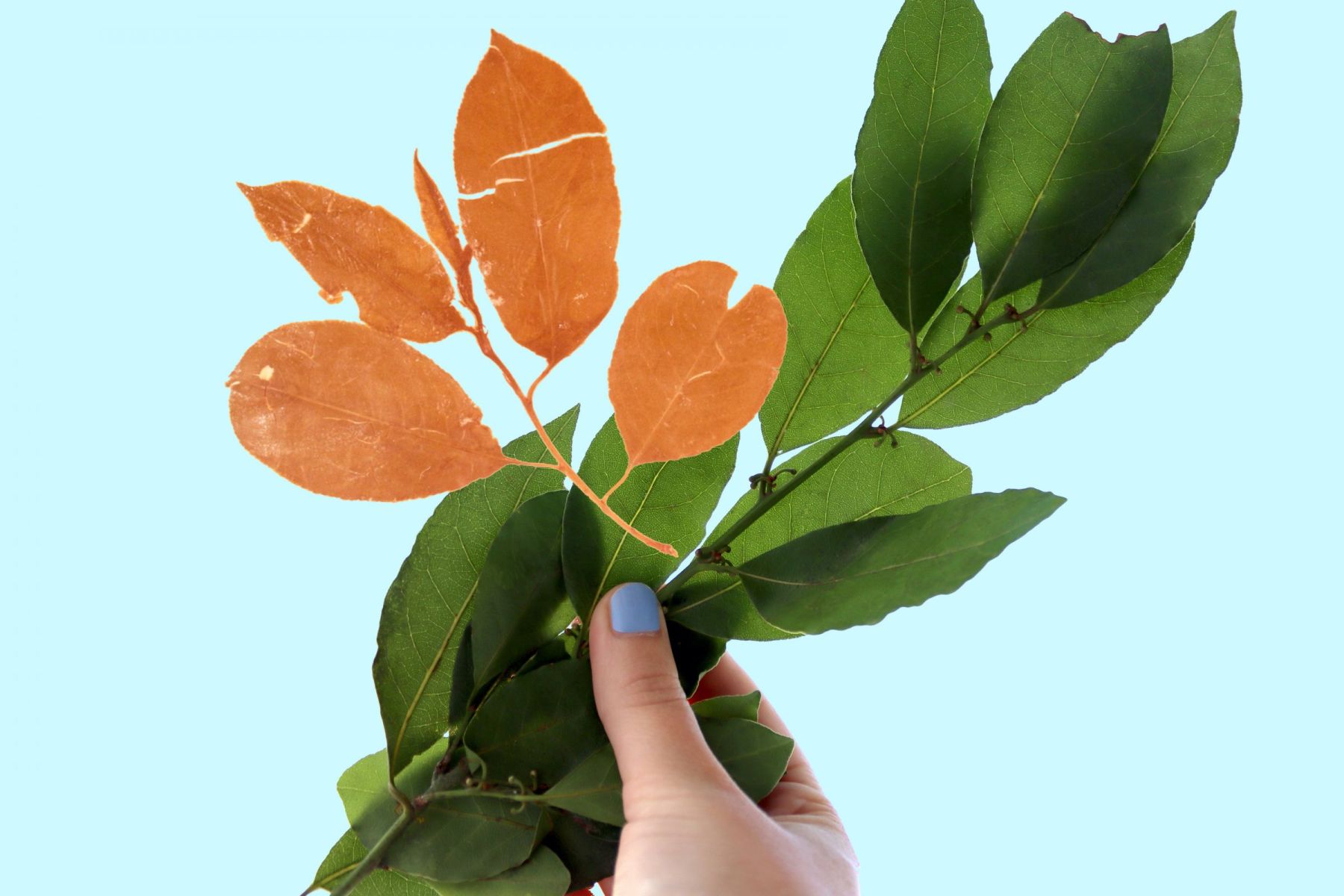
Luiza Margan, Monument in the Making: ROSA LUXEMBURG, 2021
Sunday, September 19th, 11 a.m. until approx 8 p.m.
Location: Starting at Siegesdenkmal (Europaplatz), ending at Stadtgarten
Freiburg’s Stadtgarten holds a multitude of monuments, none however to commemorate Rosa Luxemburg’s pacifist speech delivered here in 1914. A petition to that effect was refused by the municipality. In 2017 the municipality reconstructed the victory memorial at the nearby Europaplatz, commemorating a period of armed conflict between nation states that was overcome with the establishment of Franco-German friendship and the European Union.
This anachronism and inconsistency in public remembrance led artist Luiza Margan to consider the notion of representation, especially of women, in public space in Freiburg. Inspired by the photograph “The Fallen Goddess” by Willy Pragher from 1962 that shows the victory memorial’s goddess figure in one of the stages of relocation, Margan invites visitors to participate in a communal act of remembrance: the creation of a larger-than-life laurel wreath, using laurel leaves handpicked and imported from her hometown Rijeka in Croatia.
MONUMENT IN THE MAKING aims to break with the symbolical passivity of the laurel wreath as a ceremonial object and instead fosters community and exchange, encouraging participants to discuss issues of public remembrance and representation in public space as well as the politics of monumentality in the city of Freiburg. The made wreath will be laid on the spot where Rosa Luxemburg gave her speech on March 7, 1914.
No registration necessary, participants can join anytime.
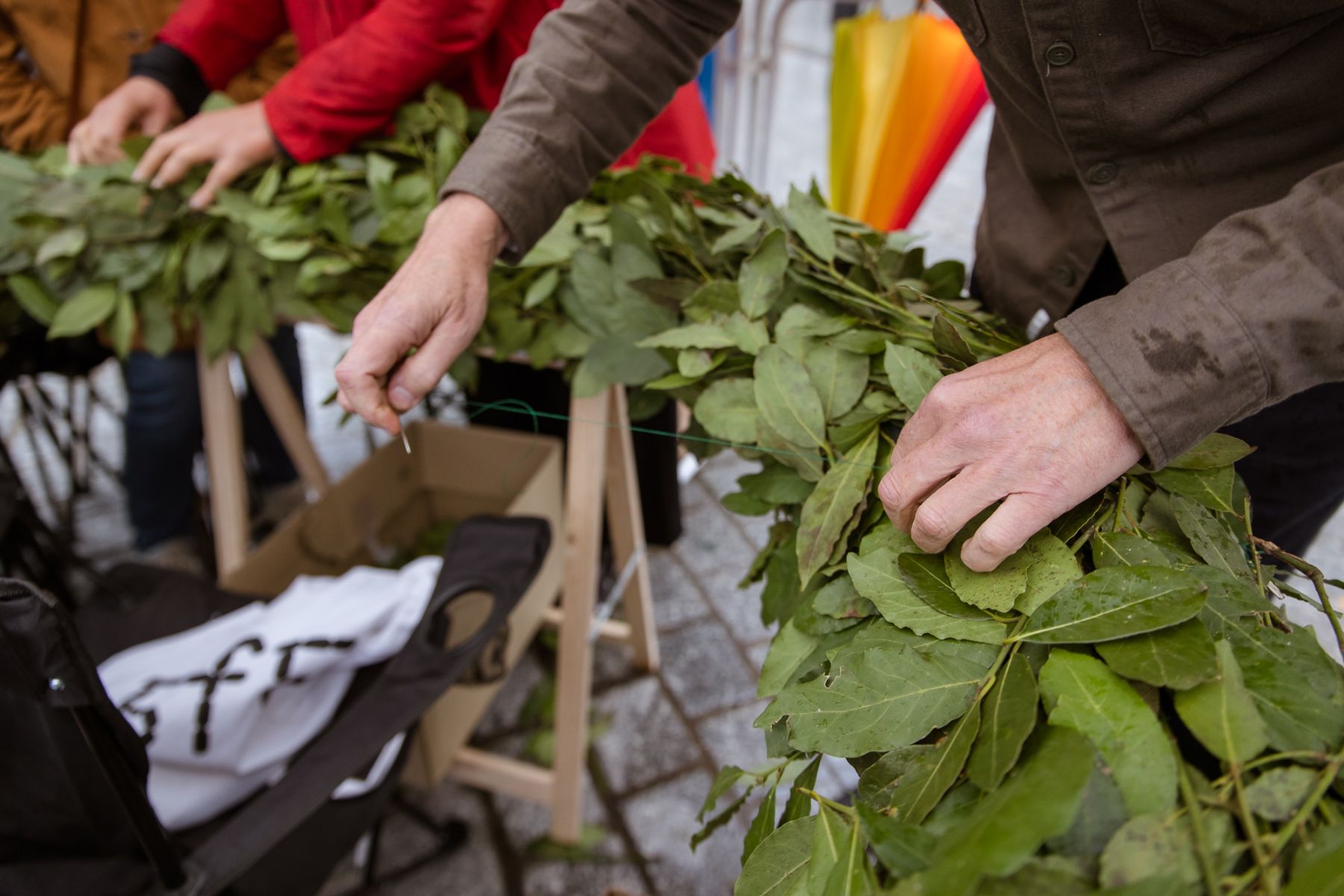
Foto: Jennifer Rohrbacher
LUIZA MARGAN, born in Rijeka (Croatia), lives and works in Vienna. Margan studied at the Academy of Fine Arts Vienna (2009-2013). She received numerous scholarships and awards for her artistic projects. She showed works at Scope Berlin (2021), Donumenta Regensburg (2020), Kunsthalle Karlsplatz (2020), Viennacontemporary (2019), 21er Haus Belvedere (2018), Museum der Moderne / Generali Foundation, Salzburg (2017), Kunstforum Wien (2016) among others.
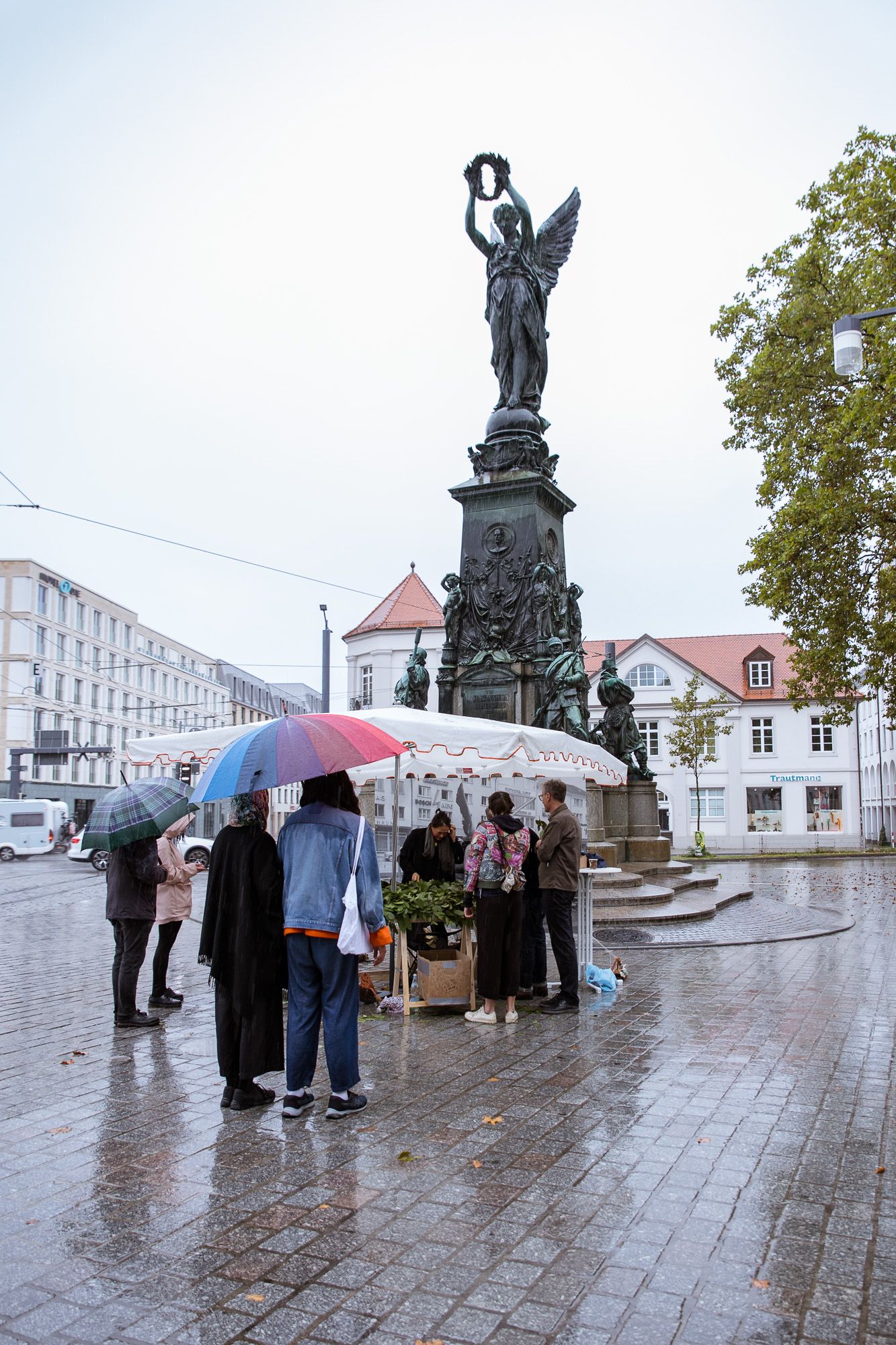
Foto: Jennifer Rohrbacher
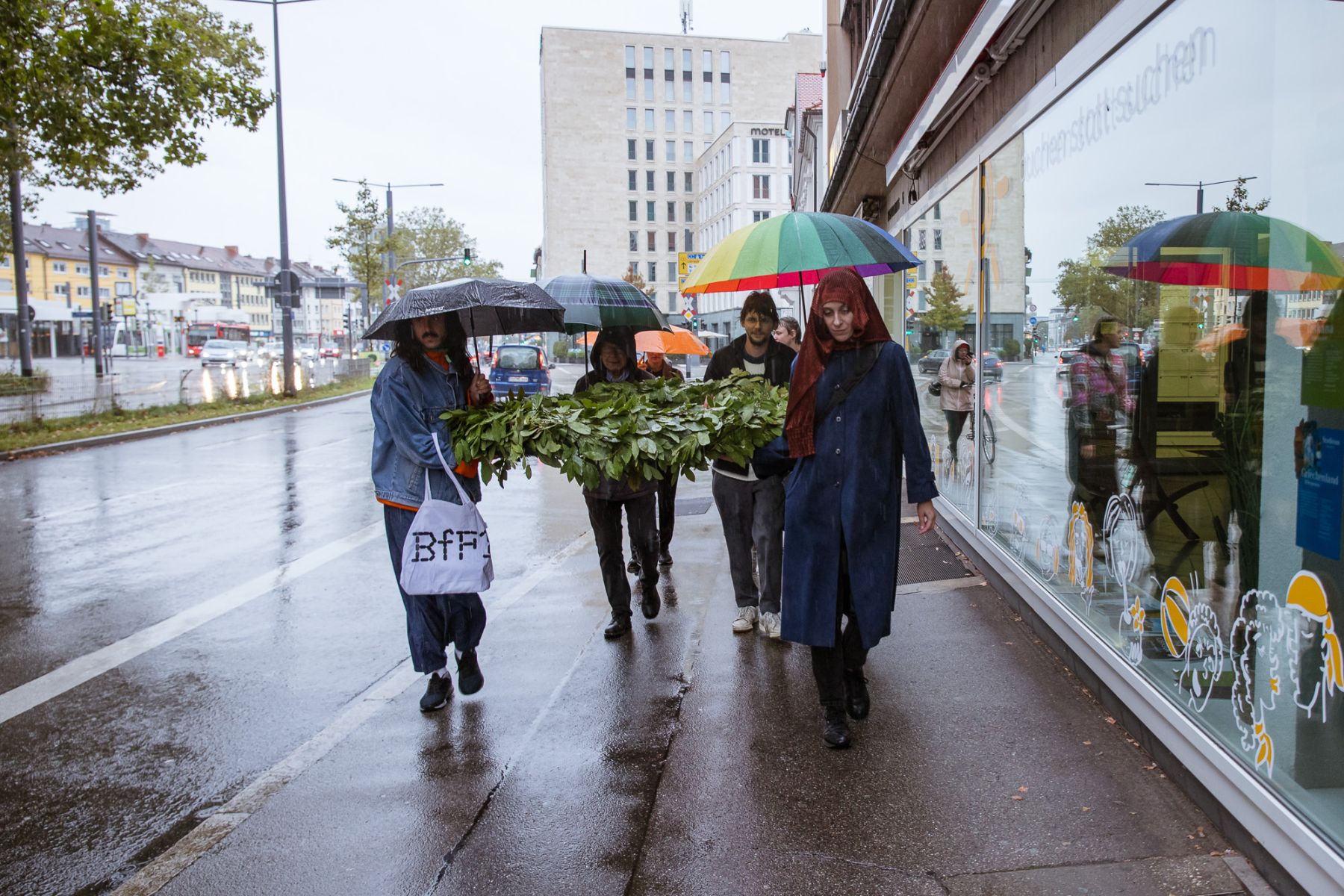
Foto: Jennifer Rohrbacher

Foto: Jennifer Rohrbacher
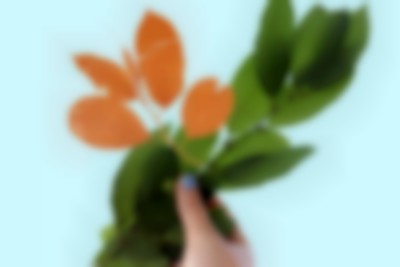

Luiza Margan, Monument in the Making: ROSA LUXEMBURG, 2021
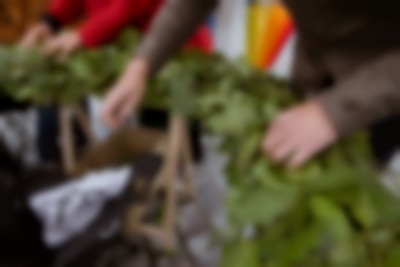

Foto: Jennifer Rohrbacher
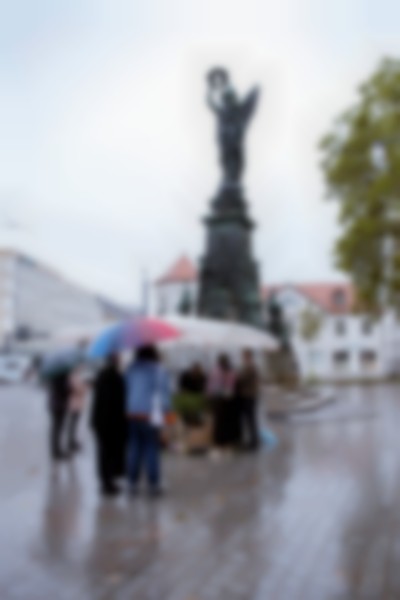

Foto: Jennifer Rohrbacher
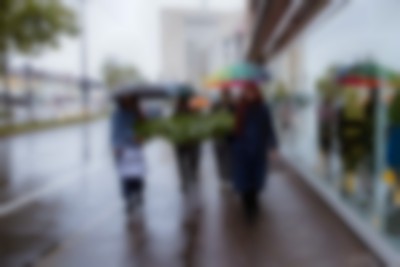

Foto: Jennifer Rohrbacher
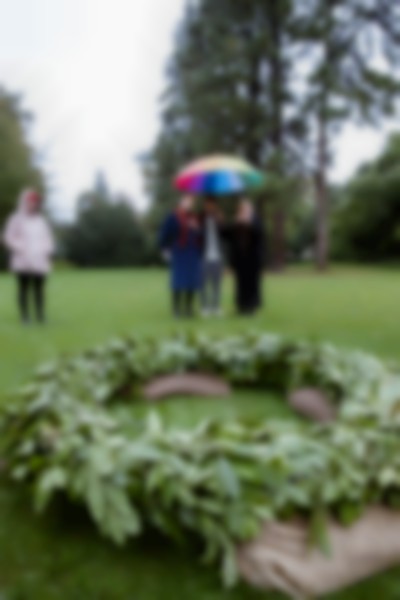

Foto: Jennifer Rohrbacher
Young Boy Dancing Group
Hans Bunte Areal
18.09 / 20:00
Performance by Young Boy Dancing Group
… MoreYoung Boy Dancing Group
18.09.2021 / 20:00 / Hans Bunte Areal
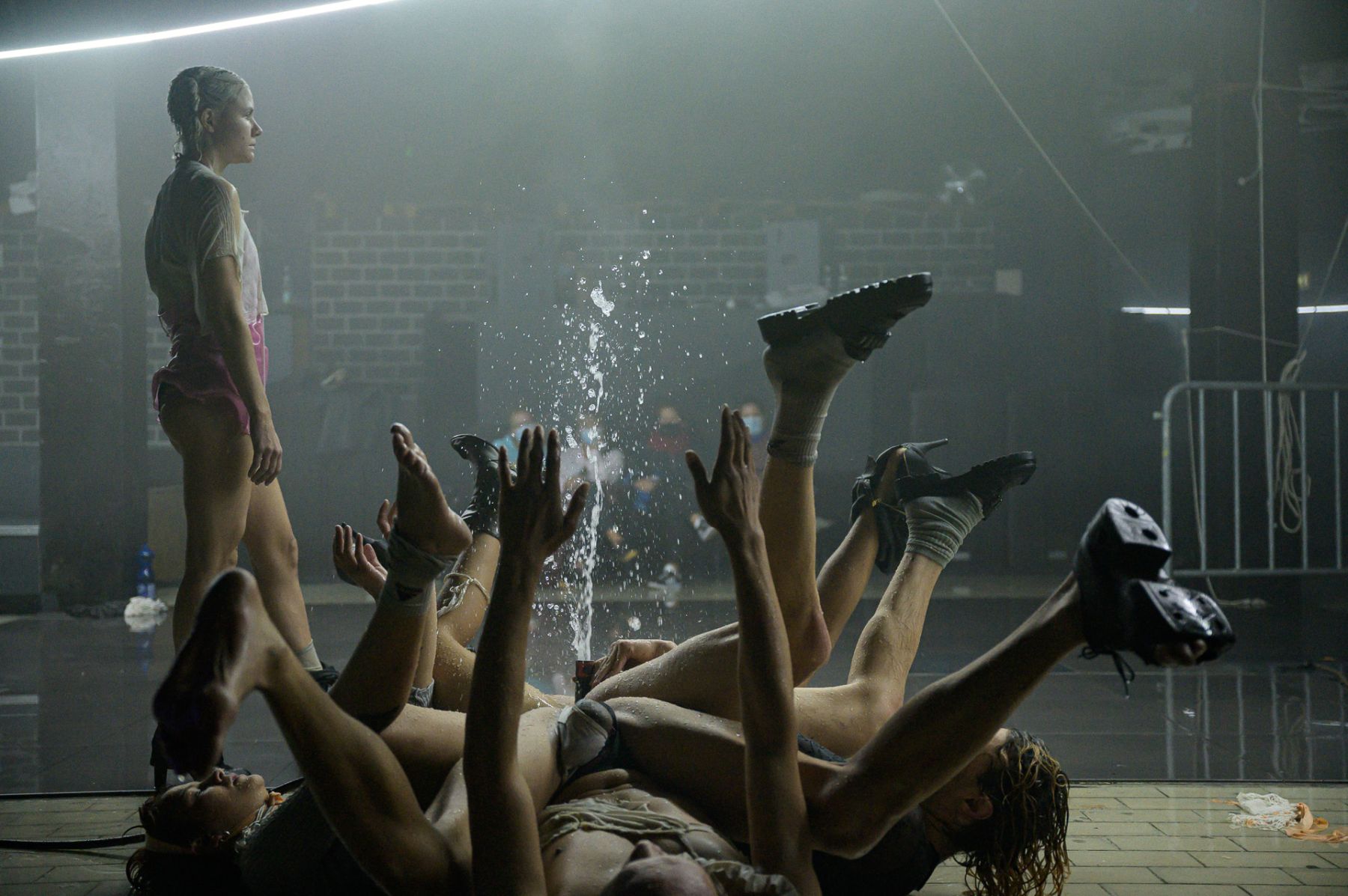
Foto: Marc Doradzillo
Performance
Saturday, September 18
Entrance: 7 pm
Begin of performance: 8 pm
Location: Hans Bunte Areal, Hans-Bunte-Straße 16c
Admission free, with advance registration at anmeldung@biennalefuerfreiburg.de
Access only with 3G (proof of vaccination or convalescence), negative rapid antigen test.
Mask obligation applies.
The Biennale for Freiburg #1 is pleased to present a new performance by the Young Boy Dancing Group.
The materiality of bodies meets spherical light and piercing sound in the Young Boy Dancing Group’s (YBDG) intimate performances. Their objectives are always physical exploration instead of sexualization, exposure instead of exhibitionism, communal liberation instead of tamed isolation, object identification instead of commercialization, DIY instead of institutional polish.
In the process, the performance collective founded in 2014 collaborates with an ever-changing network of dancers from all over Europe, taking on new perfomers at each venue, with whom they connect mostly via the social media platforms Instagram and TikTok. The public performances and preparatory rehearsals in different cities and continents are thus also a physical meeting point for virtual networks.
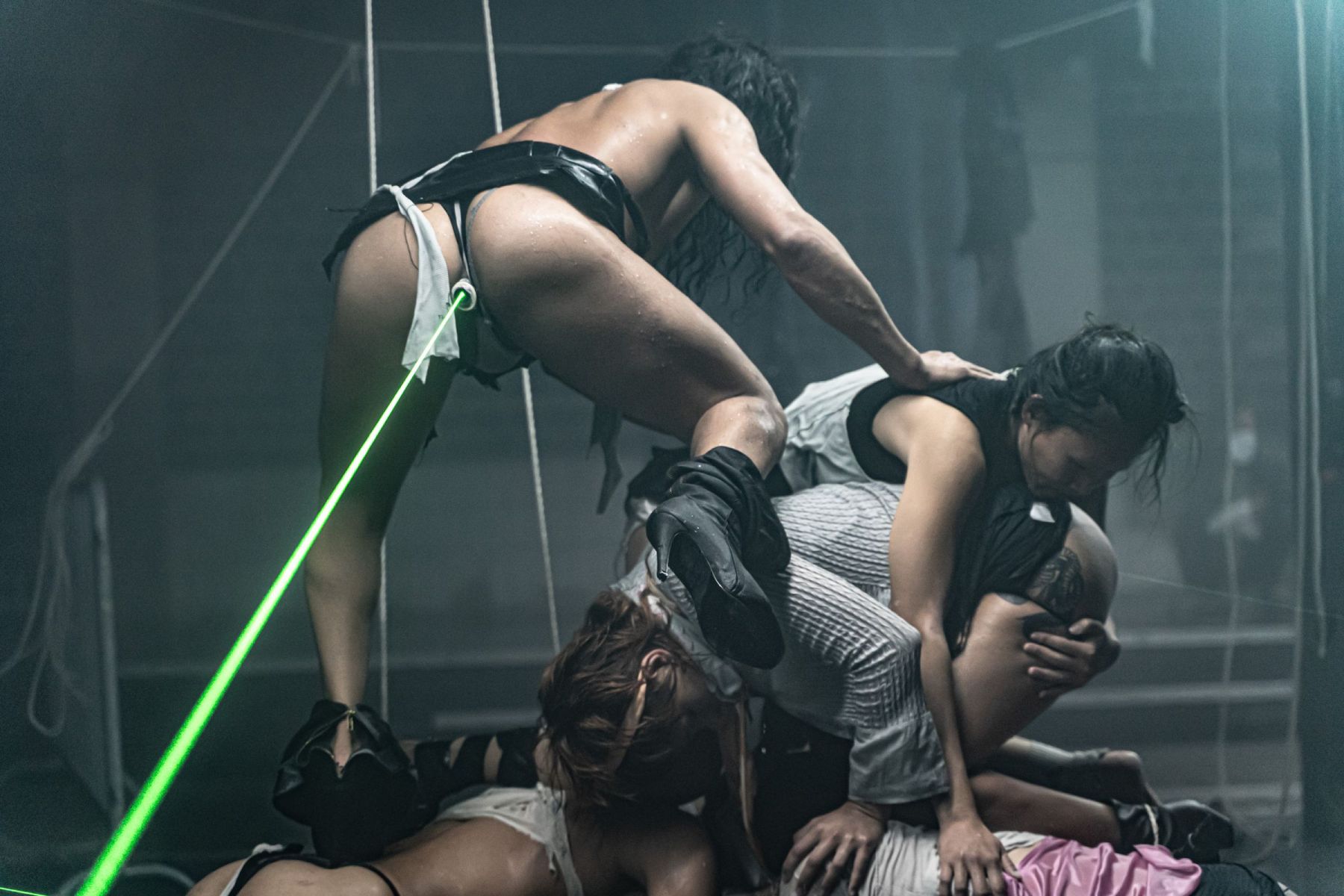
Foto: Sévérine Kpoti
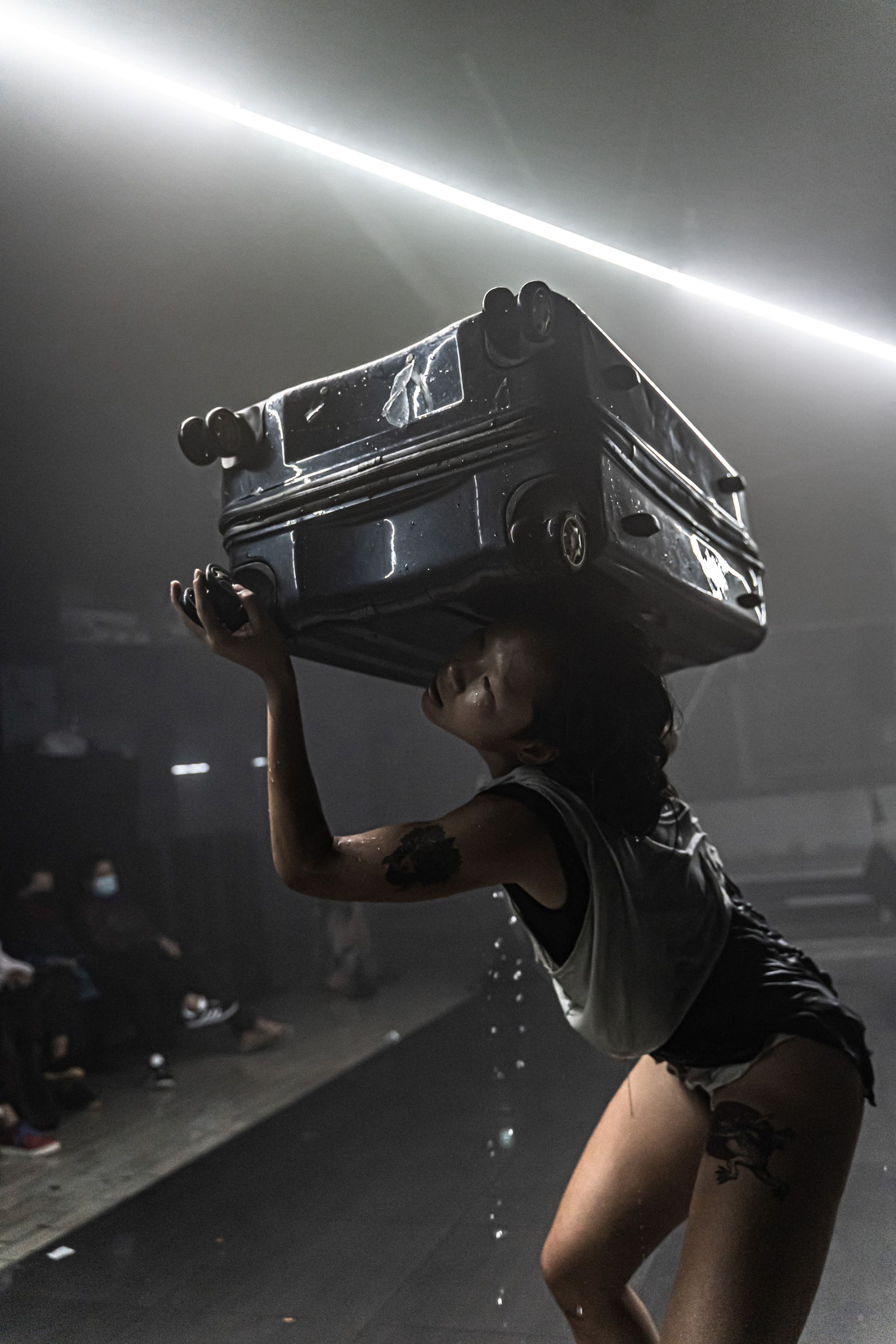
Sévérine Kpoti
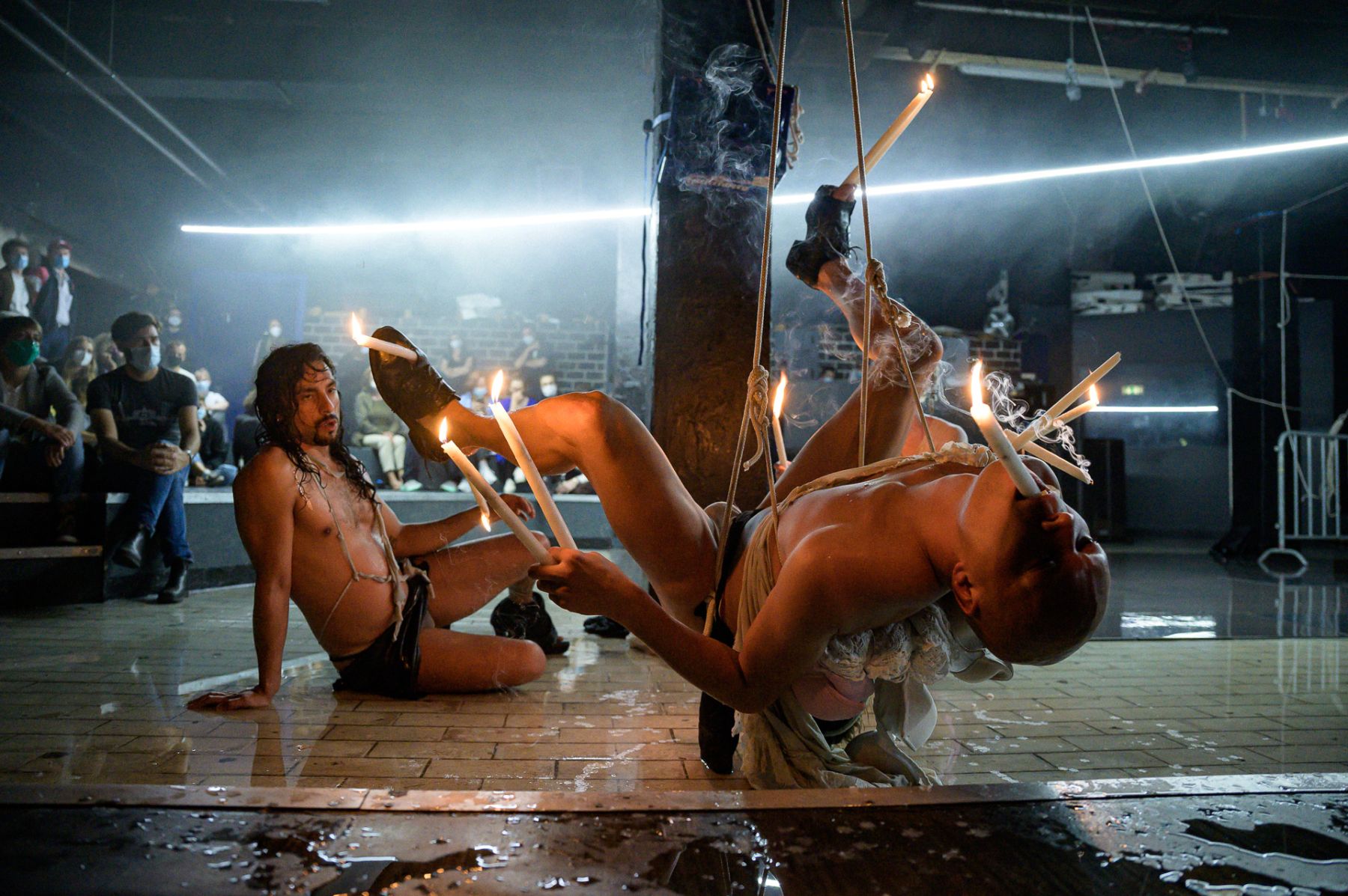
Foto: Marc Doradzillo
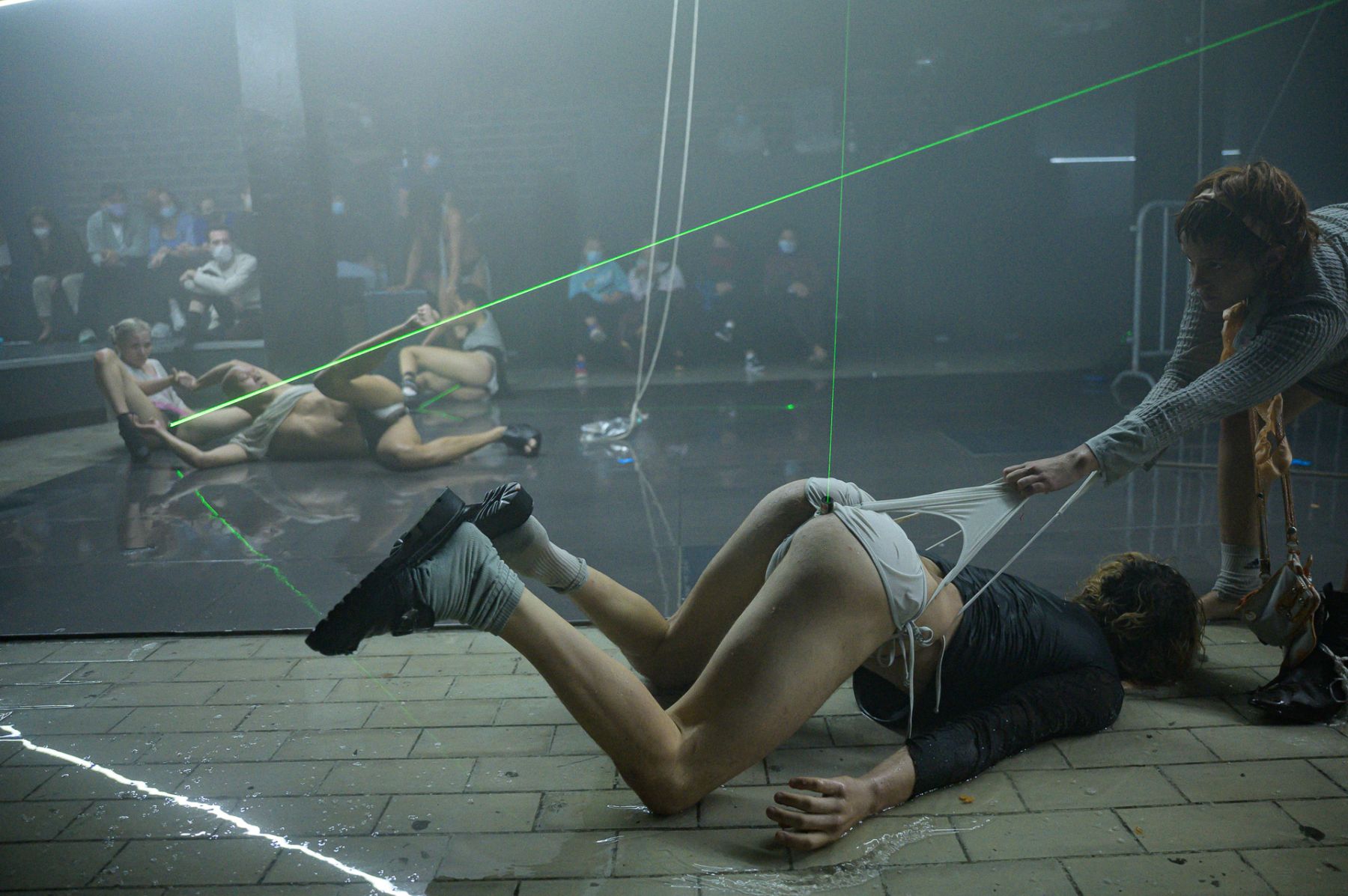
Foto: Marc Doradzillo
YOUNG BOY DANCING GROUP has performed at Schinkel Pavillon, Berlin (2019); Ceremonia Festival, Toluca, Mexico (2019); Athens Biennial (2018); Baltic Triennial, Tallinn, Estonia (2018); Creepy Teepee Festival, Kutná Hora, Czech Republic (2018); Norberg Festival, Sweden (2018); Roskilde Festival, Denmark (2017); Yvon Lambert Gallery, Berlin (2017); Lithuanian Pavilion, Venice Biennale (2015); and Silencio, Paris (2014).
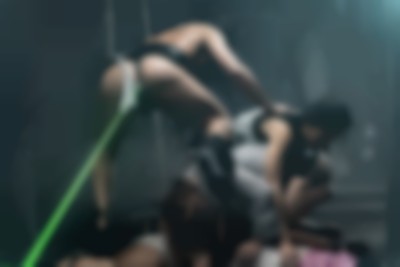

Foto: Sévérine Kpoti
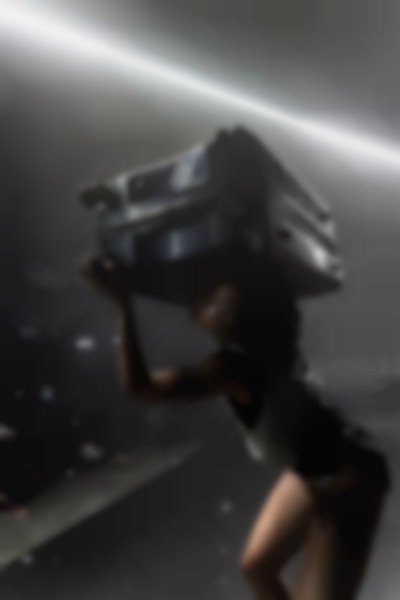

Sévérine Kpoti
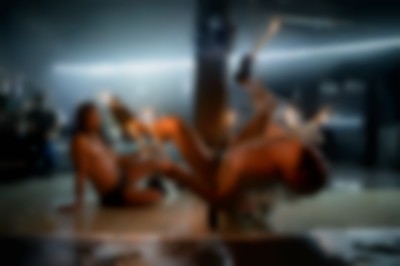

Foto: Marc Doradzillo


Foto: Marc Doradzillo
Workshop TOMIKO Archive
Kunstverein
12.09 /
14:00 – 18:00
Workshop on the TOMIKO archive by Partizia Bach and launch of the digital archive.
… MoreWorkshop TOMIKO Archive
12.09.2021 / 14:00 – 18:00 / Kunstverein
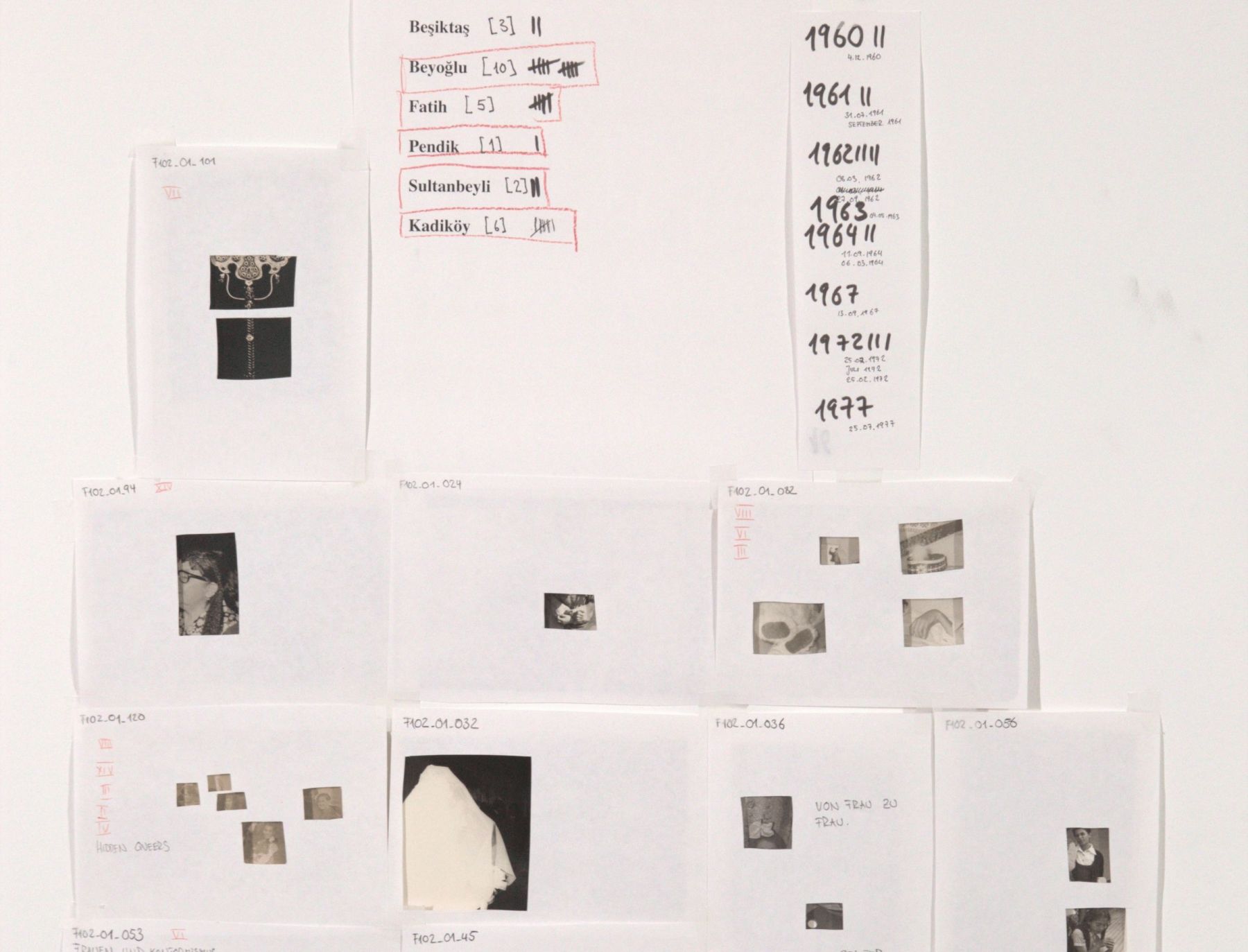
WORKSHOP
2:00–4:00 pm
LAUNCH OF THE DIGITAL ARCHIVE
4:30–6:00 pm
For the workshop we ask for registration at anmeldung@biennalefuerfreiburg.de.
Private photo estates as a starting point for collective historiography?
The starting point for the workshop is the TOMIKO Archive, a collection of over 500.000 photographs from private estates.
In the workshop, we will open and view boxes of private photographic estate together; let them speak and awaken our own memories, share them or keep them silent. We will observe and retell what the images (don't) tell. Can a moment of truth be found in photographs at all, and to whom does that truth belong?
We will exchange boxes and individual photographs, learn what different moods and assumptions are inherent to them and how exactly those can be overwritten again with each individual re-viewing. Can we use these images to suggest a path to an alternative and collaborative historiography? And what might it look like to integrate this practice of seeing differently into everyday life and to pass it on? At the beginning of these questions are purely associative observation, but out of them we want to spin utopias that open up individual possibilities for the transmission of history in the present.
Starting at 4:30 pm, Patrizia Bach will present the digital archive of the collection as a website for the first time and invite participants to join in. Participation in this second part of the event is also possible without registration!
In the future viewable at www.tomikoarchiv.de
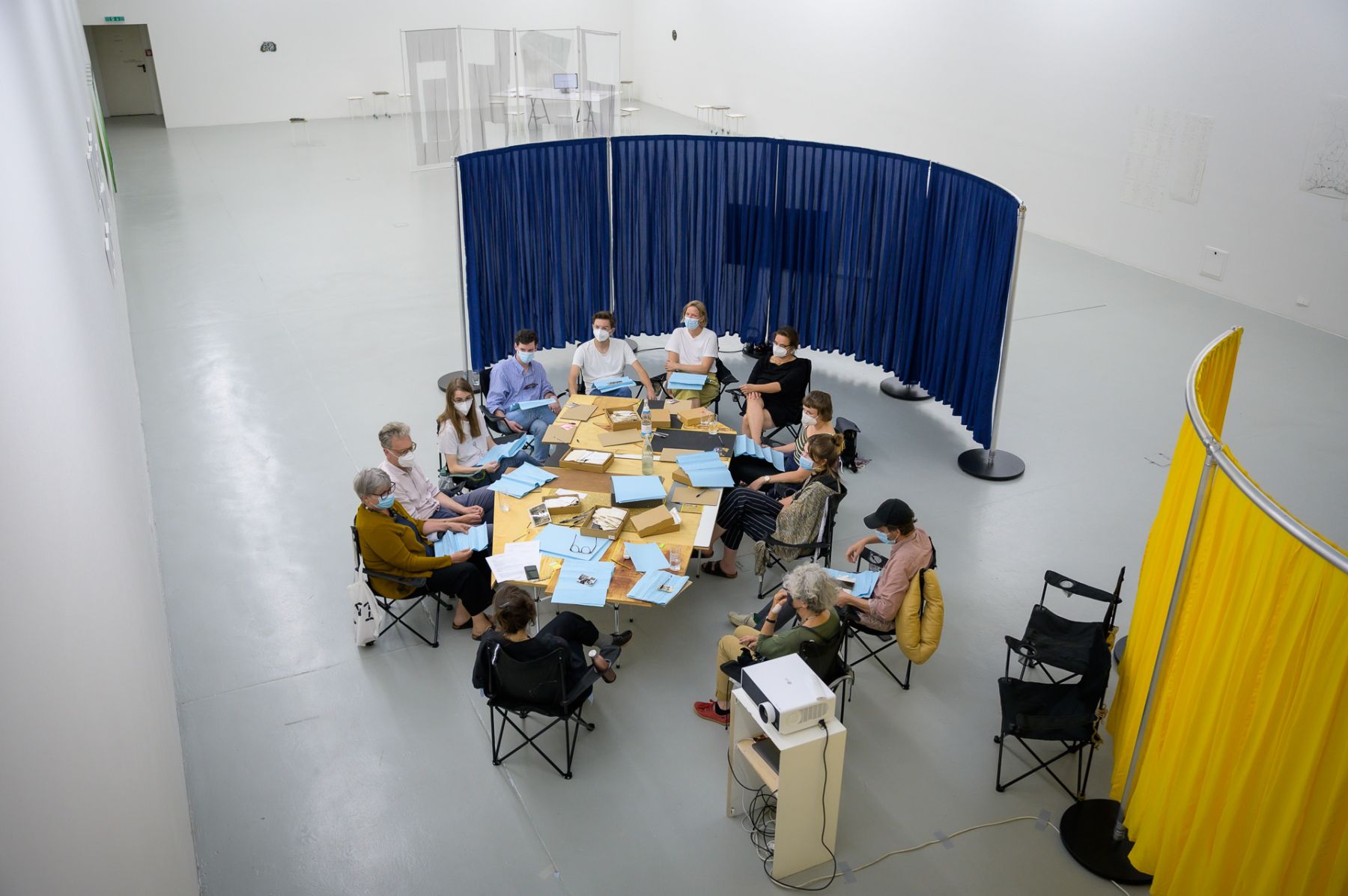
Foto: Marc Doradzillo
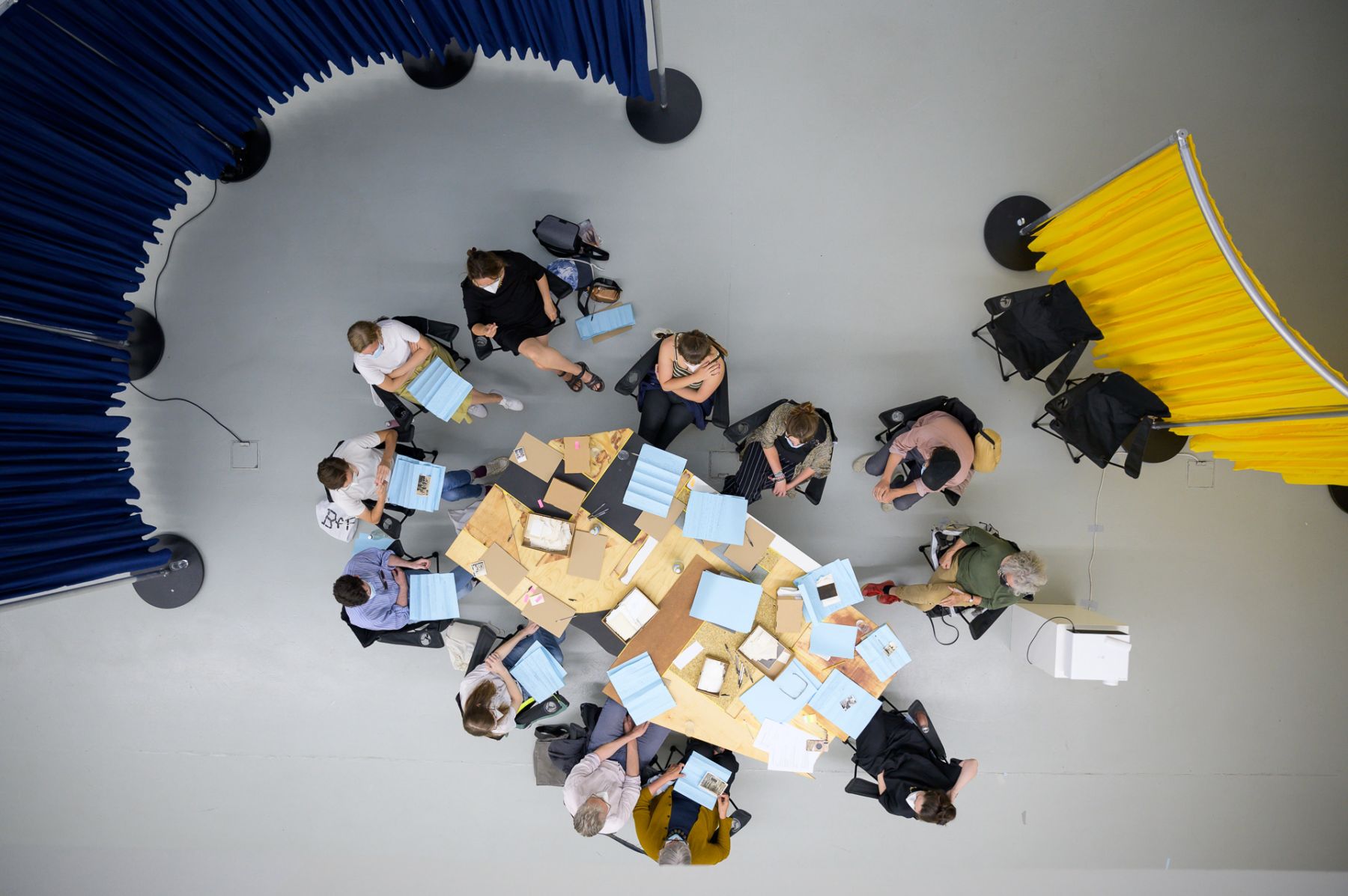
Foto: Marc Doradzillo
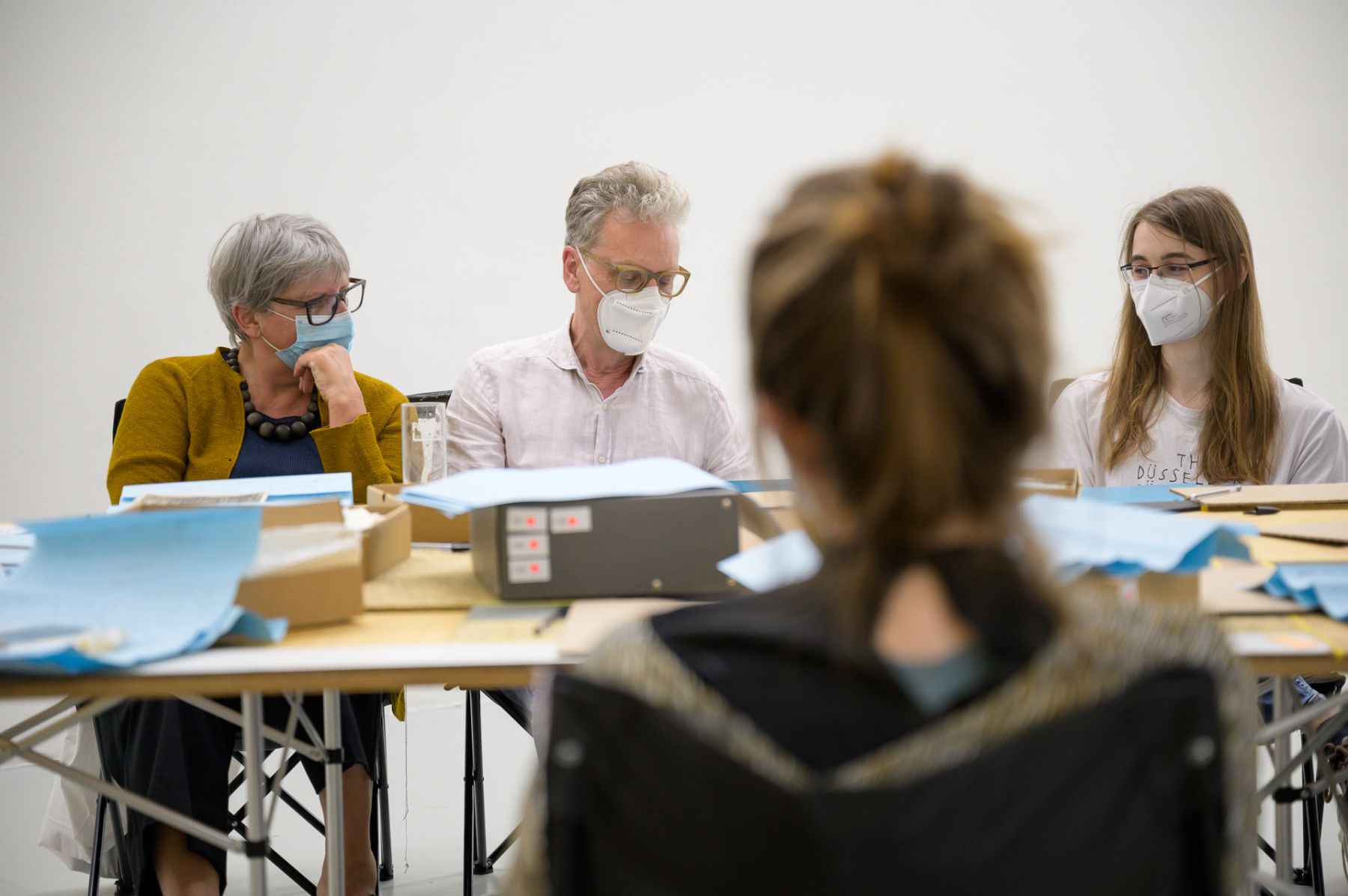
Foto: Marc Doradzillo
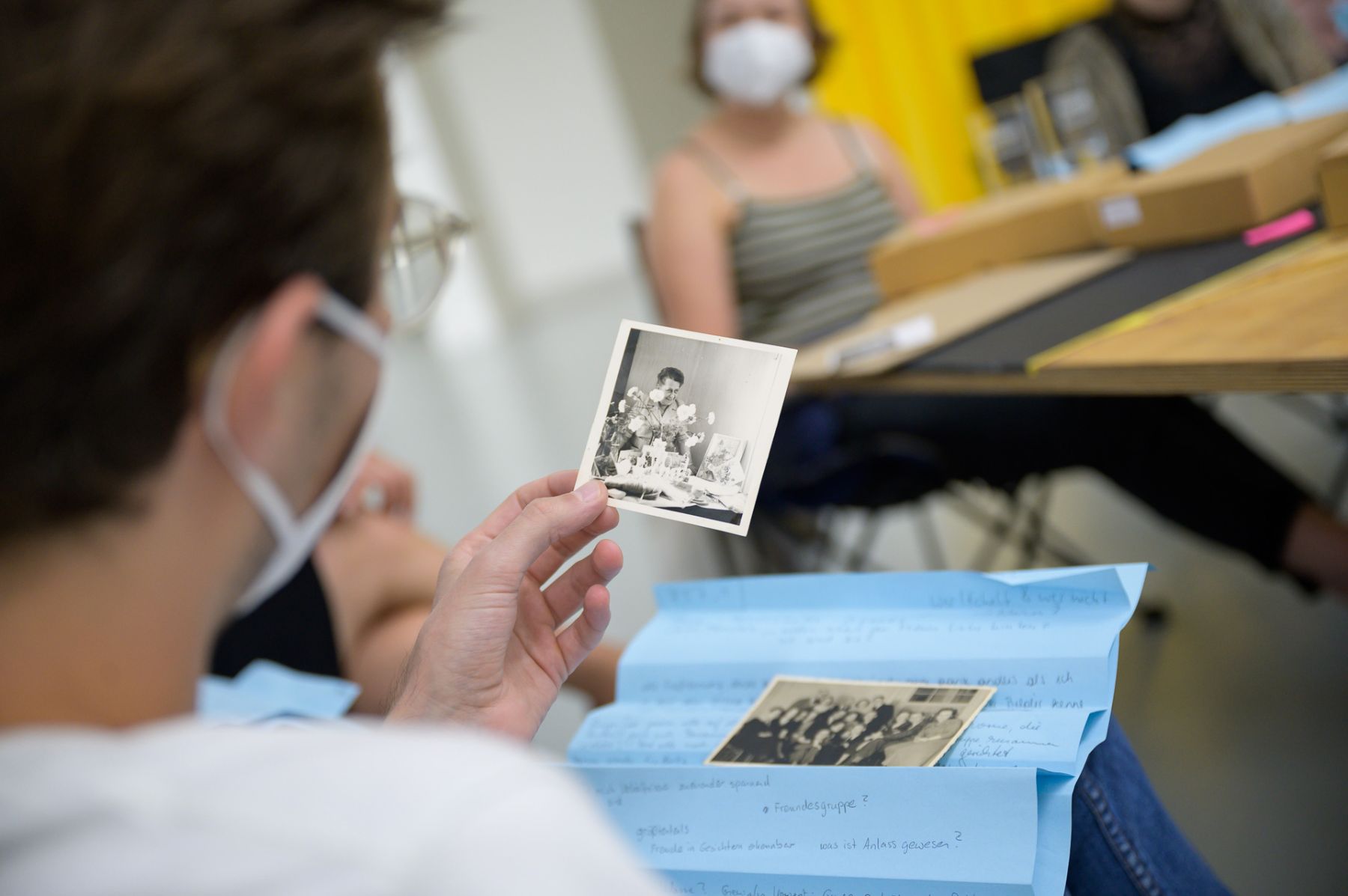
Foto: Marc Doradzillo
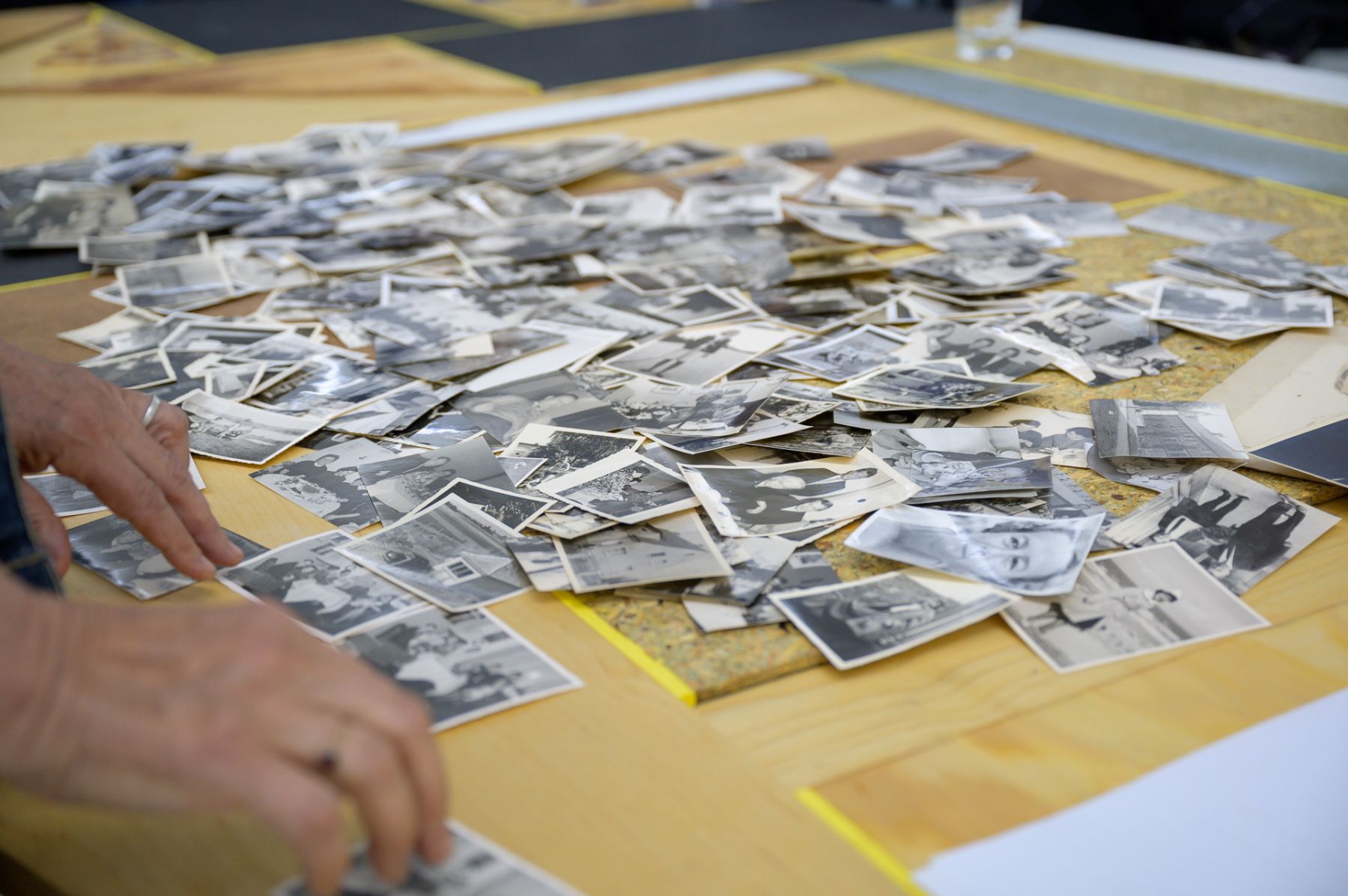
Foto: Marc Doradzillo
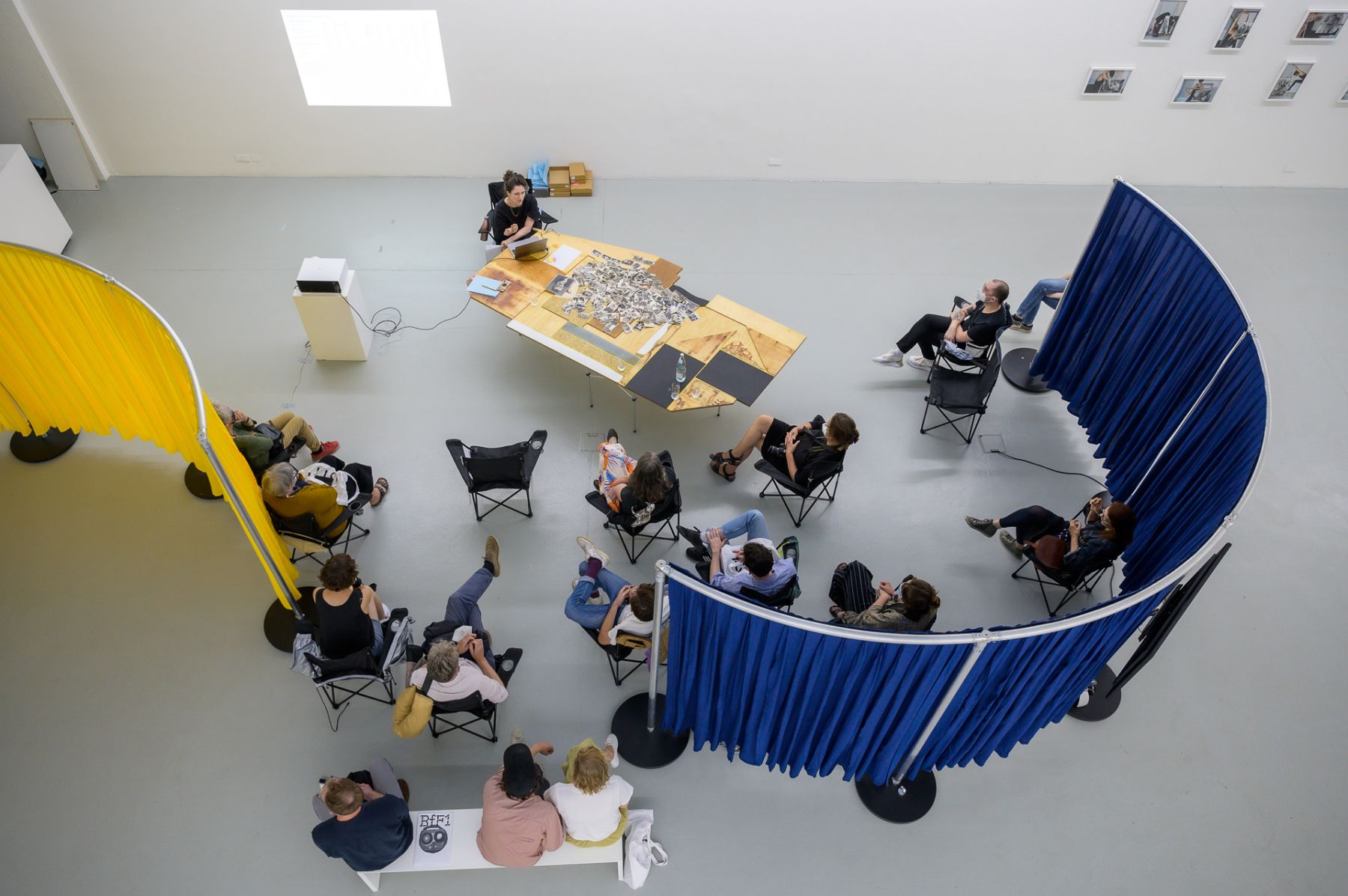
Foto: Marc Doradzillo


Foto: Marc Doradzillo
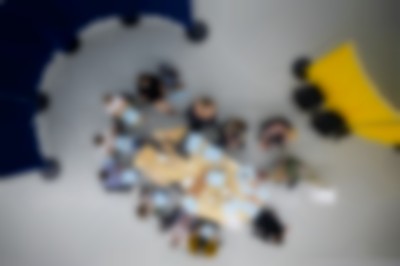

Foto: Marc Doradzillo
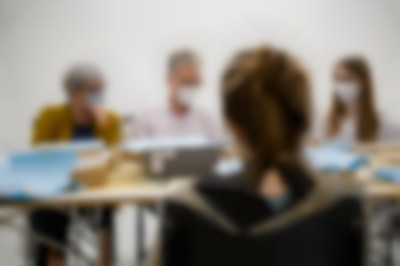

Foto: Marc Doradzillo
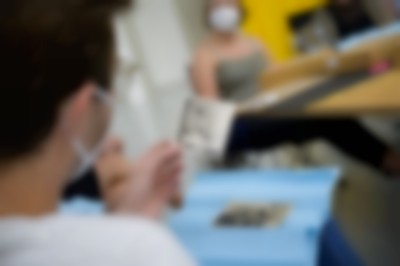

Foto: Marc Doradzillo
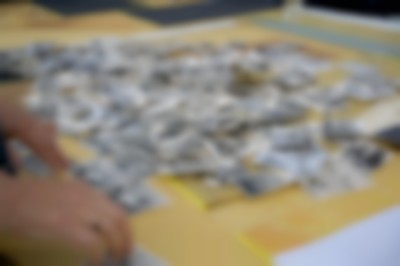

Foto: Marc Doradzillo
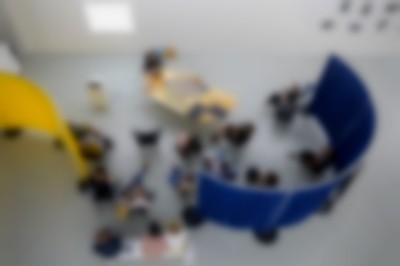

Foto: Marc Doradzillo
Opening Party
Slow Club Freiburg
10.09 / 20:00
Opening party with l'imunsystem and other DJ’s at Slow Club.
Conclusion of the Walk-Workshop
DELPHI_space
10.09 / 13:00
Public closing event of the one-week WALK-WORKSHOP by Rahima Gambo.
OPENING
All Venues
10.09 /
12:00 – 22:00
All exhibition venues are open on the opening day from 12 am to 10 pm. Speeches and drinks from 6 pm at the BfF Visitorcenter, Münsterplatz 6.
… MoreOPENING
10.09.2021 / 12:00 – 22:00 / All Venues

All exhibition venues are open on the opening day from 12 am to 10 pm.
SPEECHES AND DRINKS: 6 pm, in front of the BfF Visitor Center/Münsterplatz 6 (formerly Geschenke Hansen)
OPENING PARTY: starting at 8 pm, Slow Club
Biennale für Freiburg enters its final phase and invites you to the opening and program of the exhibition parcours!
Taking place in eight different locations, the exhibition parcours is distributed across Freiburg and gathers 23 international artistic positions. Issues arising from previous projects around public spheres, urban spaces, collectivity, and historical stratification are expanded through a sprawling exhibition, performances and interventions and, thus, read in global and political contexts.
In its initial deliberations, the Biennale for Freiburg #1 centered on the site of the artist’s studio to explore the relationship between temporary exhibition, public space, and artistic forms of knowledge production. After in-depth, site-specific, and often collective investigations of the city in walks, workshops, readings, screenings, discussions, a symposium, research, and working residencies, Biennale for Freiburg #1 now presents its final exhibition parcours!
ARTISTS:
Michel Auder with Michael Stickrod in collaboration with Julius Martin-Humpert; Maristella Witt; Ilja Zaharov and Franziska Rist; Patrizia Bach; Patricia Esquivias; Rahima Gambo; Thomas Geiger in collaboration with Birgit Heidtke, Sévérine Kpoti, Oliver Matthes and Dietrich Roeschmann; Niklas Goldbach; Philipp Gufler; Markus Hanakam & Roswitha Schuller; Belinda Kazeem-Kamiński; Vika Kirchenbauer; Sarah Lehnerer with Jackie Grassmann and Inka Meißner; Luiza Margan; Kriz Olbricht; John Smith; Milica Tomić; Liesl Raff; Andreas von Ow; Young Boy Dancing Group

Foto: Marc Doradzillo

Foto: Marc Doradzillo

Foto: Marc Doradzillo


Foto: Marc Doradzillo


Foto: Marc Doradzillo


Foto: Marc Doradzillo
WALK-WORKSHOP
DELPHI_space
06.09 – 10.09
Workshop with Rahima Gambo
… MoreWALK-WORKSHOP
06.09.2021 – 10.09.2021 / DELPHI_space
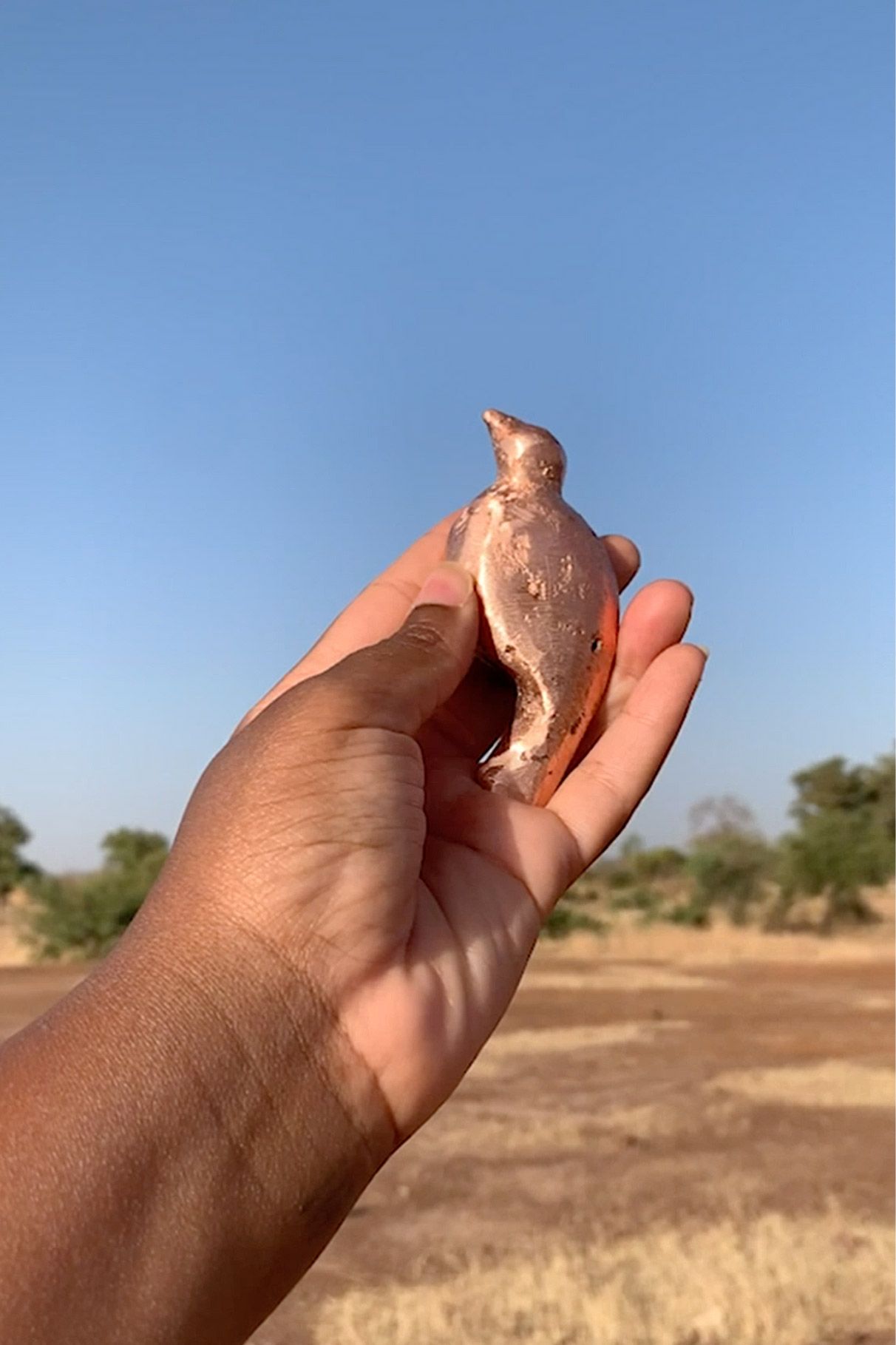
NEST-WORKS AND WANDER-LINES by Rahima Gambo explores the architectures of the non-verbal and non-linear story by mimicking the process of wandering and bricolage mirrored in the moving paths and nest making activities of birds, cow herds, and termites, their nests, habitats, and moving pathways. Non-verbal communication such as movement, symbols, signs gesturing, tracing, and silence are expressed in the work as a liberatory mode of being, seeing, speaking, and writing. The work ponders on the inception of language and what it means to see spatially and communicate collectively as part of a larger ecological system.
For NEST-WORKS AND WANDER-LINES Rahima Gambo invites to a 5-day WALK-WORKSHOP in Freiburg (September 6–10). During this workshop Gambo’s installation for the Biennale für Freiburg will be developed in a participatory process. The artist takes the 7 participants to individual morning walks. During these walks, materials and objects will be collected. These could be stones, leaves, sound recordings, videos, pictures, objects or texts. The collected objects will become a part of the installation “Nest-works and wander-lines”, which will also include a jointly generated video as well as musical elements. During that time, DELPHI_space will become “A Walk Space,” Gambo’s open studio and presentation space where discussions, screenings, assembling and editing will take place.
Learn more about Rahima’s work on her homepage and on the Instagram profile @walkspace.
Registration for the Walk-Workshop will be open until August 31. The workshop will start every day with morning walks and ends with daily collective gatherings at DELPHI_space between 11–1 pm. Participation on all days is desired but not mandatory. We are looking forward to your registration via anmeldung@biennalefuerfreiburg.de
In advance of her work for the Biennale für Freiburg Rahima Gambo showed her new film “INSTRUMENTS OF AIR” at DELPHI_space on July 15th Afterwards, the artist talked with the curator and writer Aziza Harmel, member of the Curatorial Advisory Board of BfF #1, about her film as well as about her participatory project that will be realized in Freiburg in September.
Open Studio #3
Online
26.08 / 19:30
Third iteration of the OPEN STUDIO in which artist Patrizia Bach shares insights into her artistic practice.
… MoreOpen Studio #3
26.08.2021 / 19:30 / Online

August 26, 7:30 pm
The event will take place online via Zoom:
Zoom-Link
The OPEN STUDIO is intended as an invitation to collective reflection on artistic processes — it focuses on the unfinished and the processual. The 'opening' of the studio is not understood primarily as the physical opening of a private workspace, but rather as the unlocking of a space of thought that facilitates an exchange about artistic modes of production.
Every last Thursday of the month, from May to September, the OPEN STUDIOS take place. Invited artists, curators, thoerists and writers will give fragmentary insights into their artistic practice during the event series. Be it loose thoughts, specific objects and their stories or conceptual reflections on works — the OPEN STUDIOS invite to continue thinking together in ‘intimate public’, to associate, to talk about processes and to reflect on conditions of production.
PATRIZIA BACH is a visual artist with a focus on drawing. She lives and works in Berlin and occasionally in Istanbul. Bach's works are mostly related to texts, without illustrating them in the conventional sense. She develops her projects over several years, incorporating other media along the way to create her spacious drawing installations. Interdisciplinary collaborations are as much a part of her regular working practice as solitary, remote drawing.
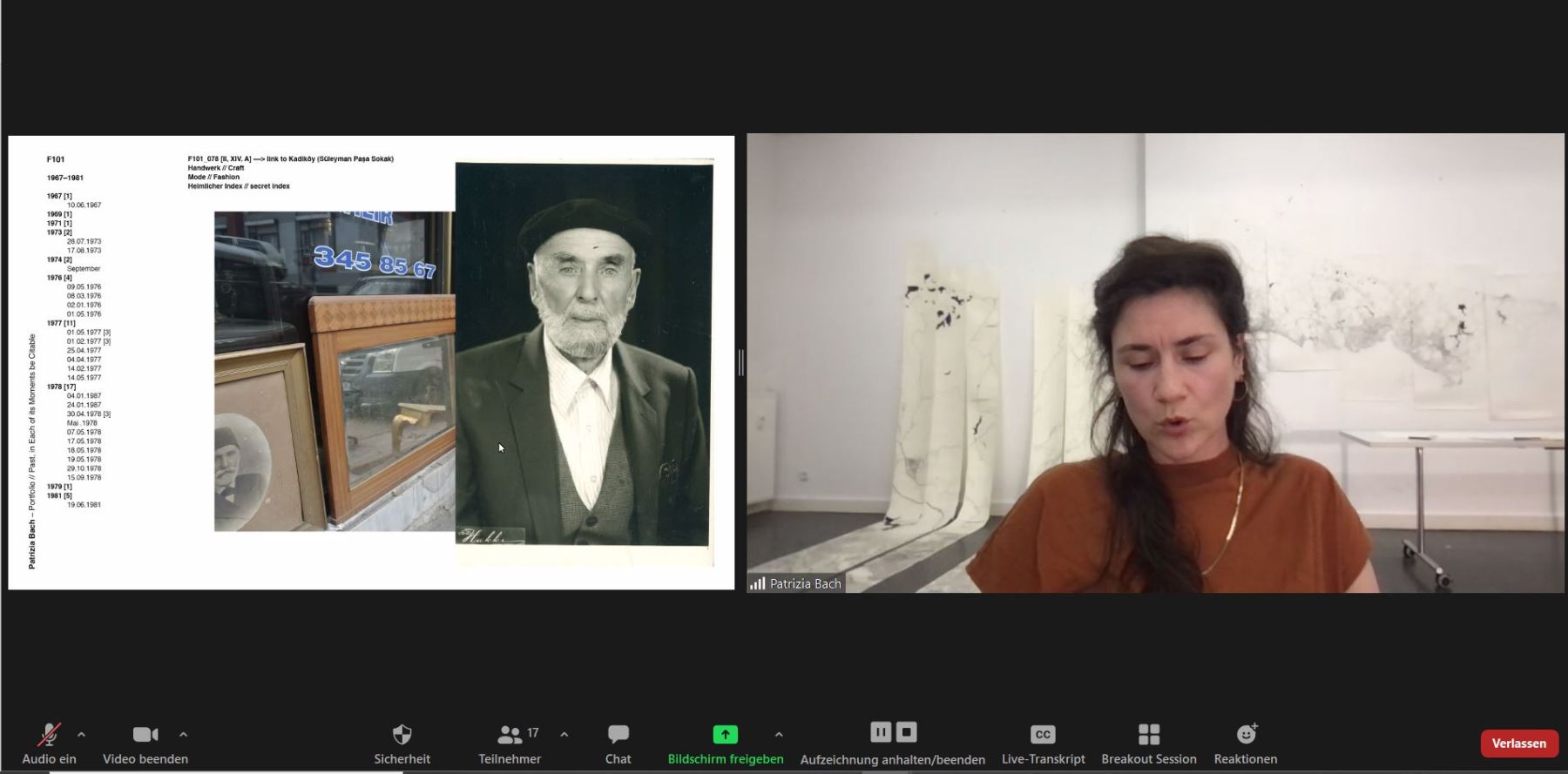
OPEN STUDIO #3 via Zoom with Patrizia Bach



OPEN STUDIO #3 via Zoom with Patrizia Bach
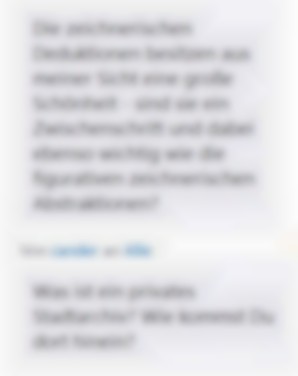

Bust Talk–Illumina
Stadtgarten
23.07 – 24.07
Performance by Thomas Geiger. In collaboration with Sévérine Kpoti (HereandBlack), Birgit Heidtke (Feminist history-werkstatt), Dieter Roeschmann (Comission Art in public Space) and Oliver Matthes (FREIeBÜRGER).
… MoreBust Talk–Illumina
23.07.2021 – 24.07.2021 / Stadtgarten
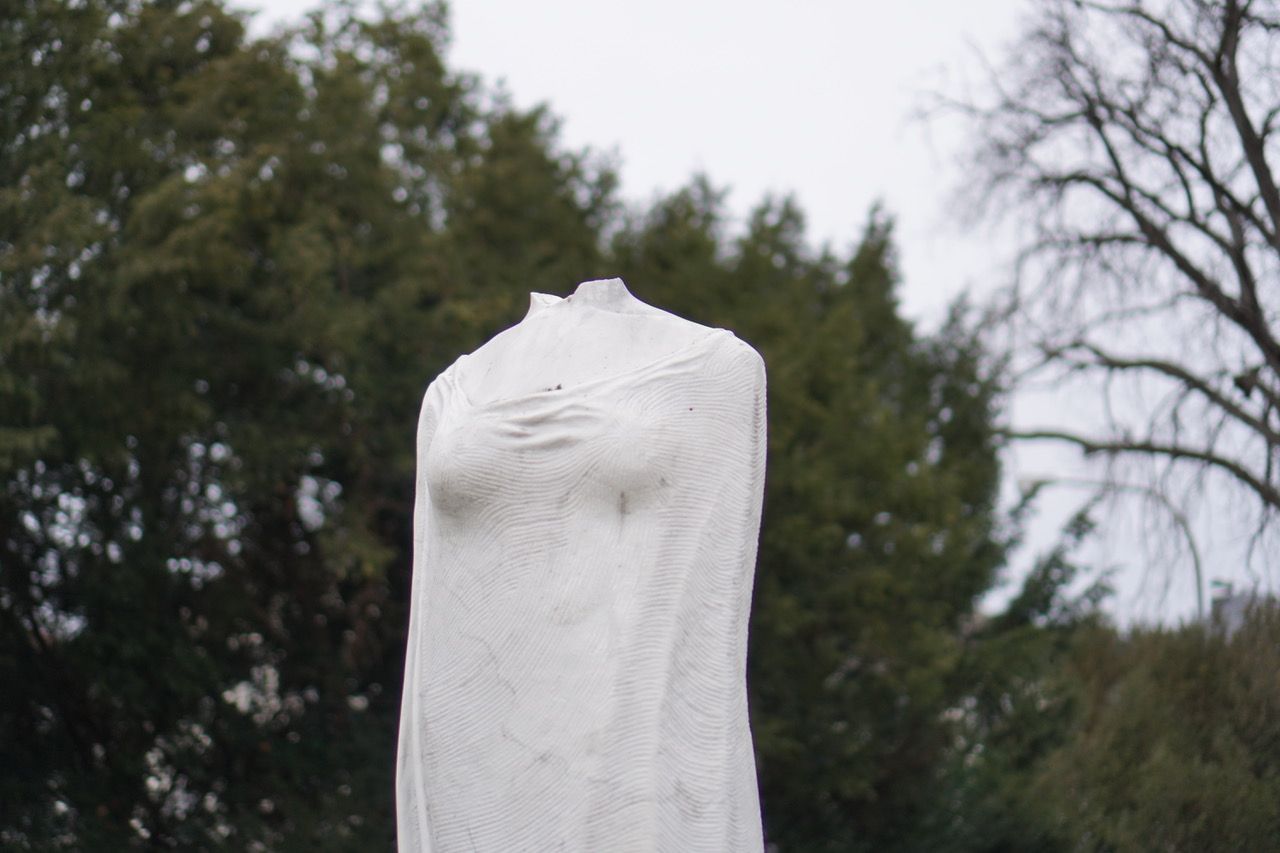
Till Peter Otto: Illumina, 2000, © Thomas Geiger
Thomas Geiger
Performance
Friday, 23 and Saturday, 24 July, 5 pm
Rosegarden in the Stadtgarten Freiburg
In the Stadtgarten Freiburg stands the statue “Illumina” by sculptor Till Peter Otto, a marble stele designed as a sundial with a female body. According to Otto, the work’s intention is to represent the diversity of the city's society; an anonymous Freiburg woman of Ethiopian origin stood portrait for the head of the statue. In 2014, the statue was damaged by unknown persons and remains in this condition today. Since then, the statue has been missing its head; the "Illumina" has become ‘the decapitated’.
As part of the Biennale für Freiburg, Thomas Geiger will lead a Bust Talk with the statue. The artist’s line of questioning aims to discursively fill the void of the missing head and to give voice to the different perspectives on this figure. In preparation for the discussion, possible answers of the statue to the artist's questions were found in collaboration with representatives of different Freiburg institutions and initiatives. These will now be expressed in the conversation between Thomas Geiger as ‘host’ and Illumina as ‘guest. During the approx. 30-minute performance, the statue will share its views and the perspectives with the audience in a frank negotiation of concepts such as (in)visibility, corporeality and the public in general.
In collaboration with Birgit Heidtke (Feminist history-werkstatt), Sévérine Kpoti (HereandBlack), Oliver Matthes (FREIeBÜRGER) and Dieter Roeschmann (Municipal Comission Art in public Space).
THOMAS GEIGER, born 1983 in Germany, is an interdisciplinary artist living in Vienna. In his artistic practice he uses performance, sculpture, and language in diverse combinations to create fragmentary stage-situations and playful scenarios. In recent years he has realized individual projects with Kunsthalle Wien, Wiener Festwochen, steirischer herbst, Ausstellungsraum Klingental (Basel), Kunstverein Langenhagen, Dehli Projects / Museum Tinguely (Basel), Despacio (San José, Costa Rica), Fondation d'entreprise Ricard (Paris) among others.
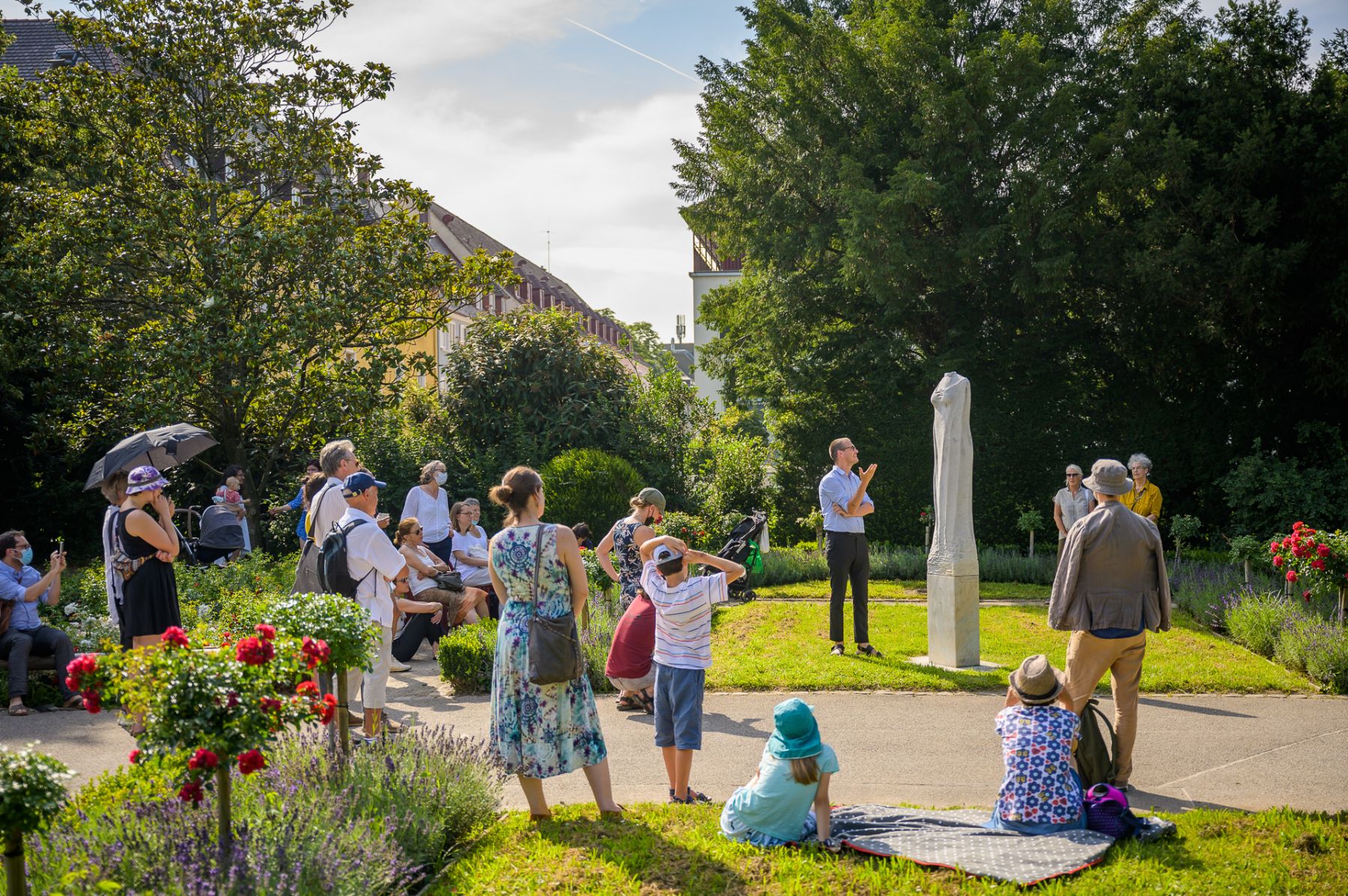
Foto: Marc Doradzillo

Foto: Marc Doradzillo
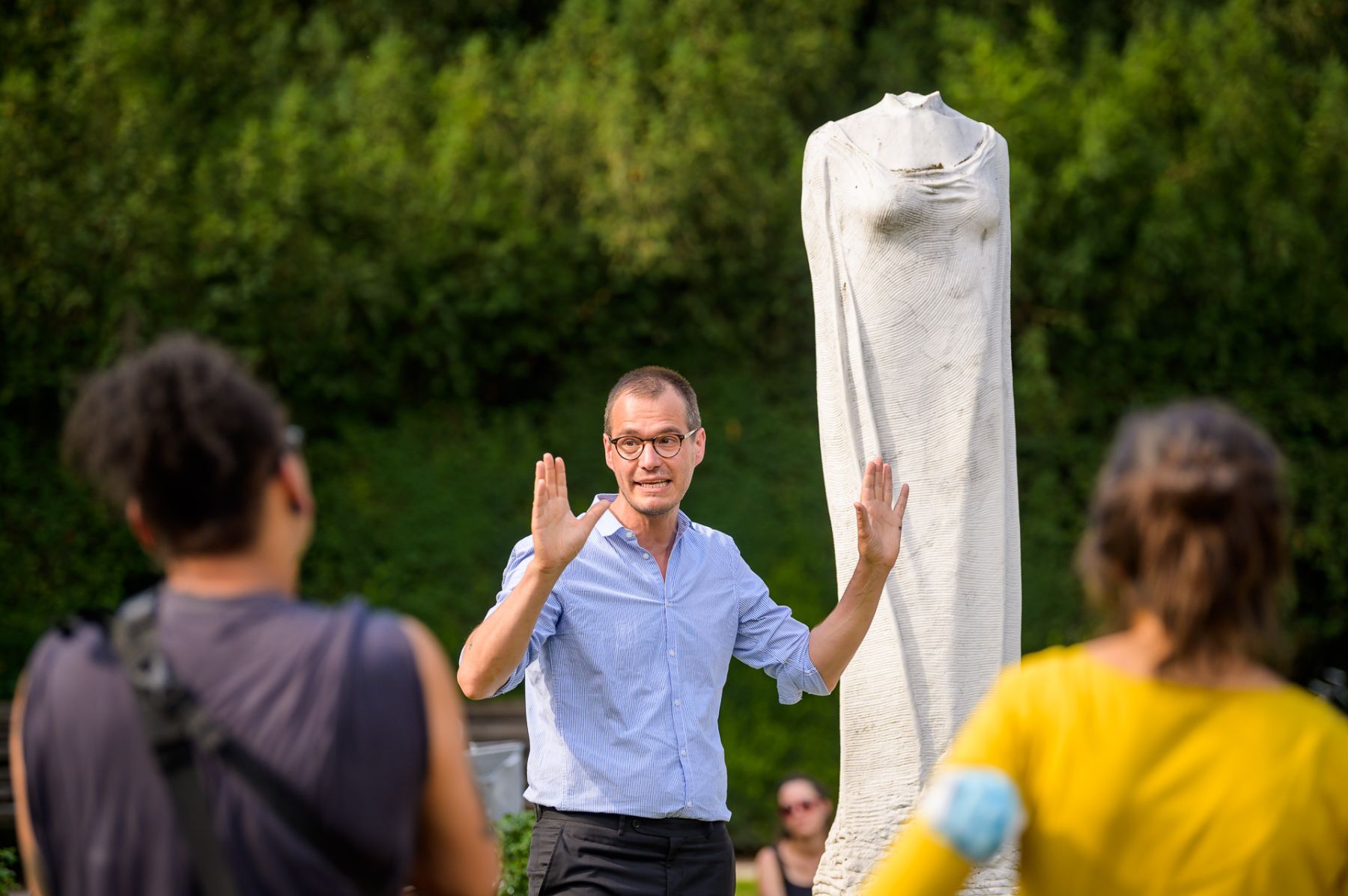
Foto: Marc Doradzillo
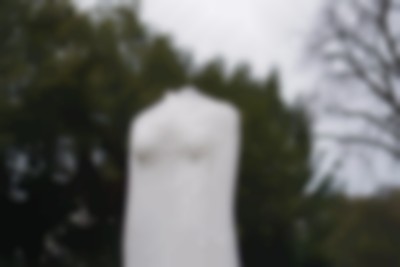

Till Peter Otto: Illumina, 2000, © Thomas Geiger
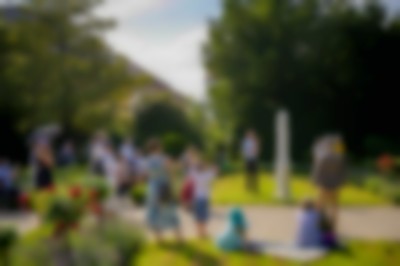

Foto: Marc Doradzillo
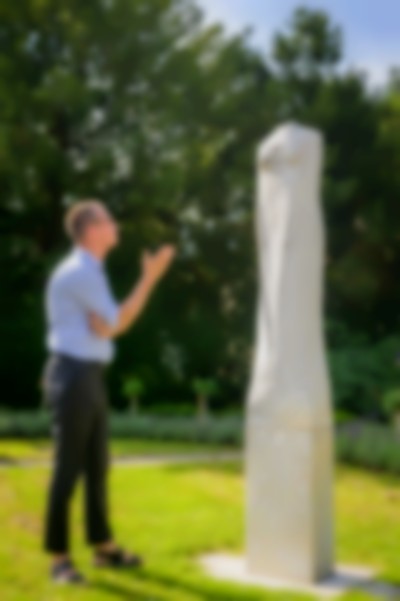

Foto: Marc Doradzillo
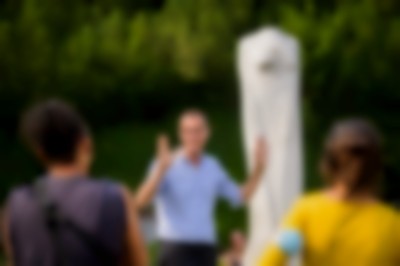

Foto: Marc Doradzillo
Cracking Dis/Parities
Bandstand, Rieselfeld
18.07 / 11:00
Workshop with Fritz Laszlo Weber.
… MoreCracking Dis/Parities
18.07.2021 / 11:00 / Bandstand, Rieselfeld
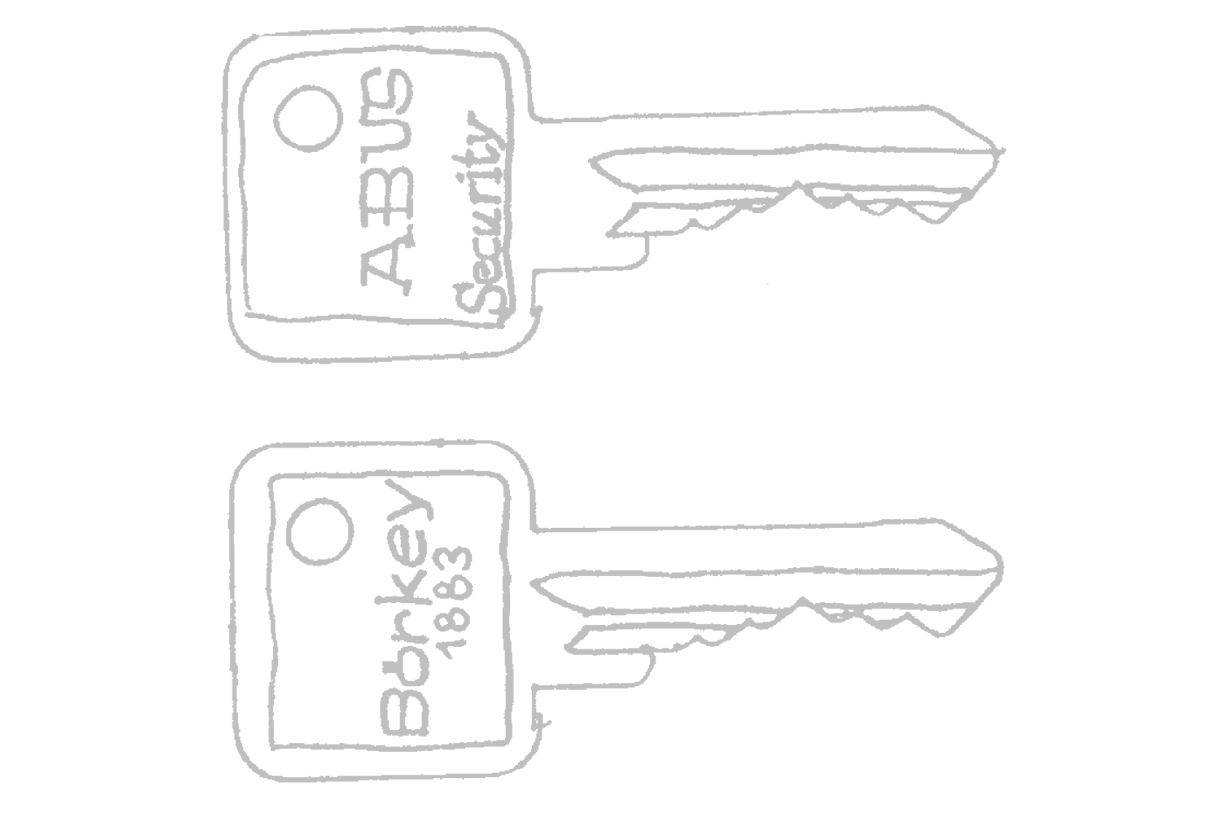
Workshop
Sunday, July 18th, 11 a.m.
Location: Bandstand at Rieselfeld
Duration: about 2 hours.
Please register here.
Free of charge.
Beginning with the Key of Bremen—featured prominently in the city’s coat of arms—this workshop is dedicated to the history of keys and movements of un/locking. It connects the coat of arms with the keys needed to enter a newly built real estate project in Freiburg Rieselfeld or in the future district of Dietenbach.
Keys and locks serve a symbolic purpose and as instruments of power, operating at a central, axiomatic point in a tale of societal security. Through a series of sound and listening exercises, the participants of the workshop explore the insecurities of these apparatuses. ‘Cracking‘ as a verb already indicates the acoustic dimension of this activity (‘to crack a lock’). Lock-picking, the final exercise in the workshop, attempts to imitate the movements that the key produces inside the lock. This creates an acoustic dialogue between the body and lock. Both the picking of locks and the unlocking of hegemonic narratives, necessitate careful listening.
Fritz Laszlo Weber studied at the Kunsthochschule Kassel and the Hochschule für Künste Bremen. Today he works interdisciplinary on his own and collective projects in artistic and filmic contexts. He was collectively involved in the tribunal "NSU-Kompelx auflösen" 2017 at Schauspiel Köln, and the "Society of Friends of Halit" at documenta 14 in Kassel. Currently, he is involved in the mobile exhibition project "Offener Prozess", among others, and is a member of the Curatorial Advisory Board of the Biennale für Freiburg.
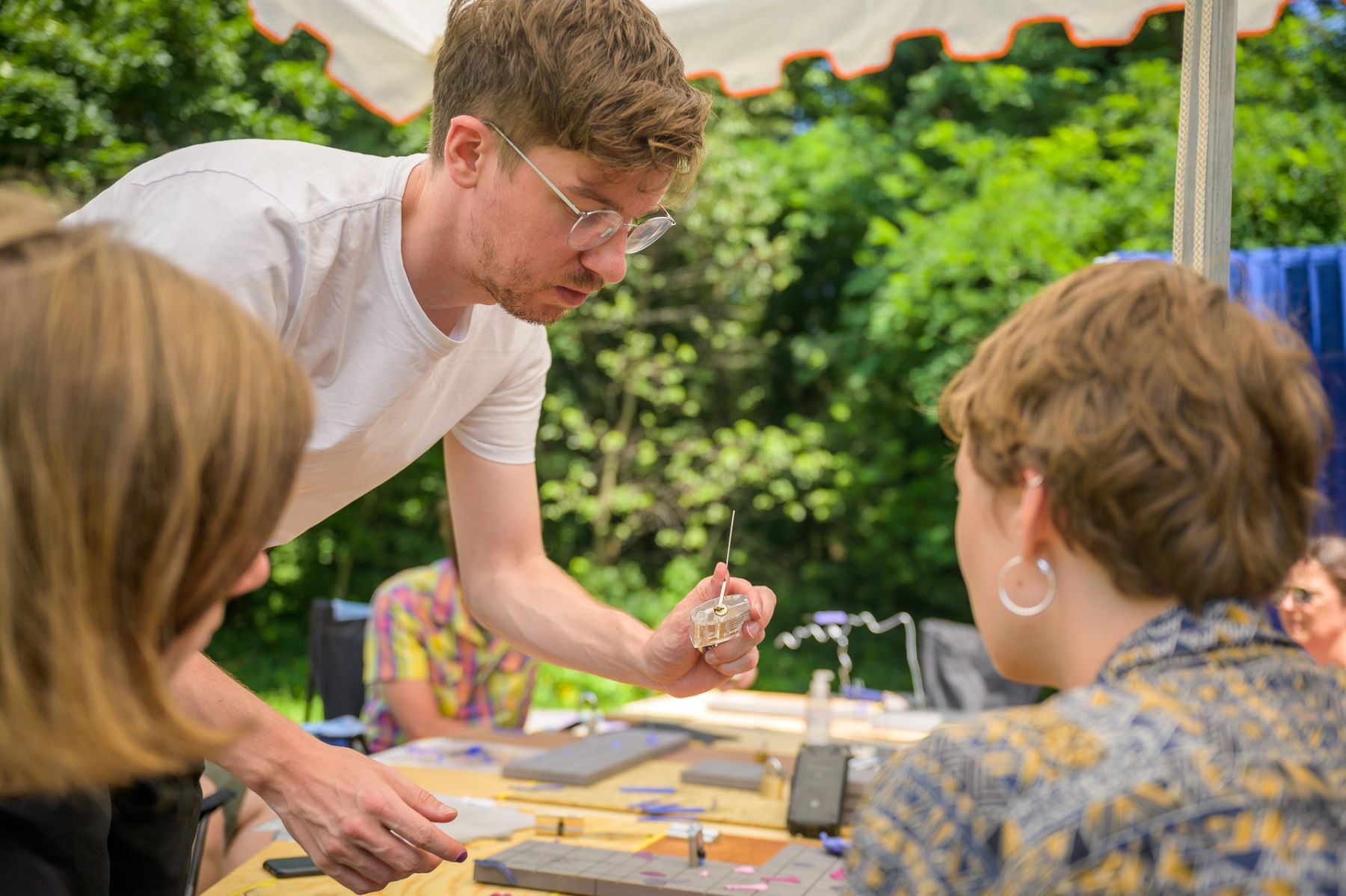
Fritz Laszlo Weber during the Workshop "Cracking Dis/Parities"
Foto: Marc Doradzillo
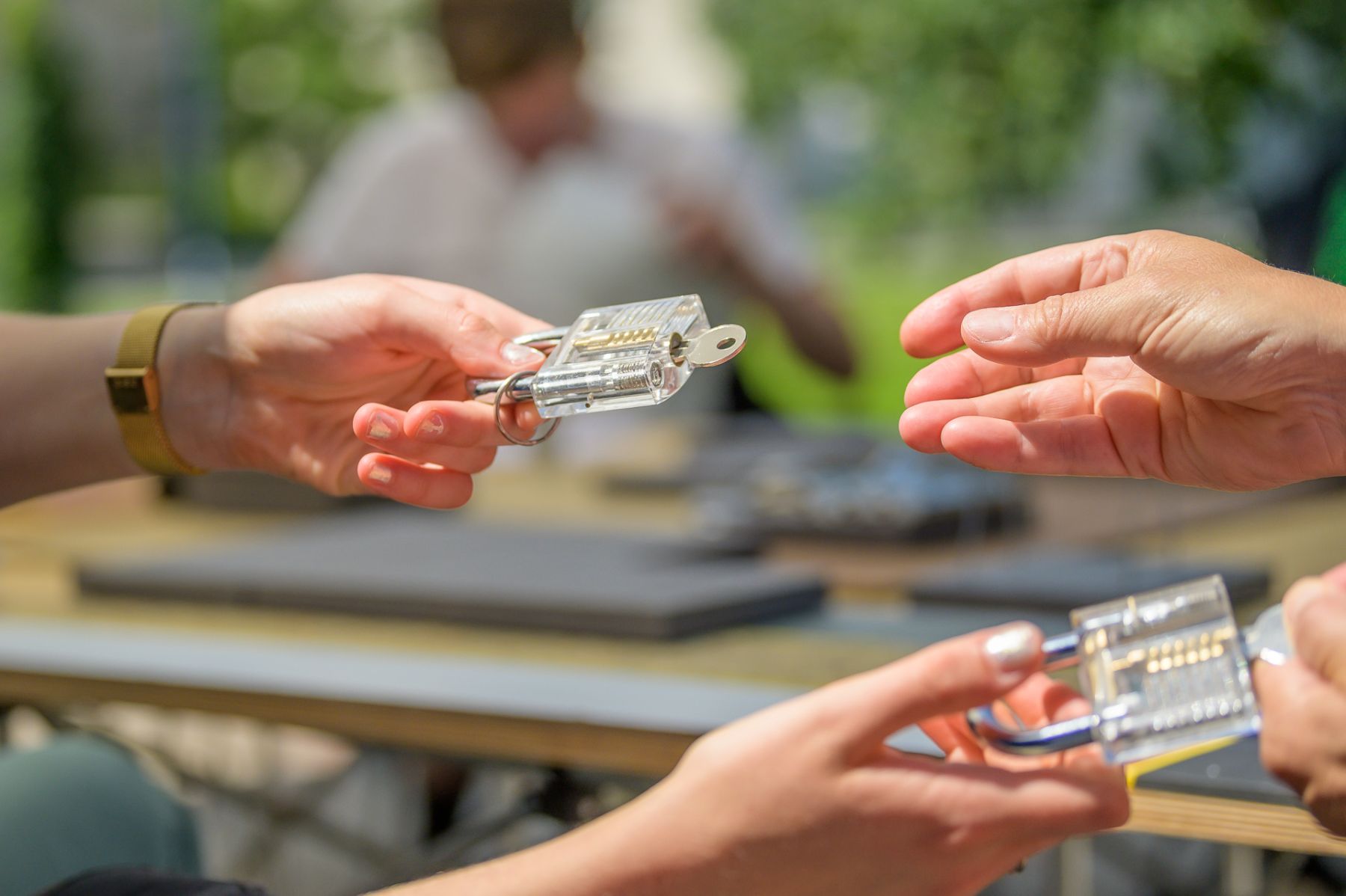
Photo: Marc Doradzillo
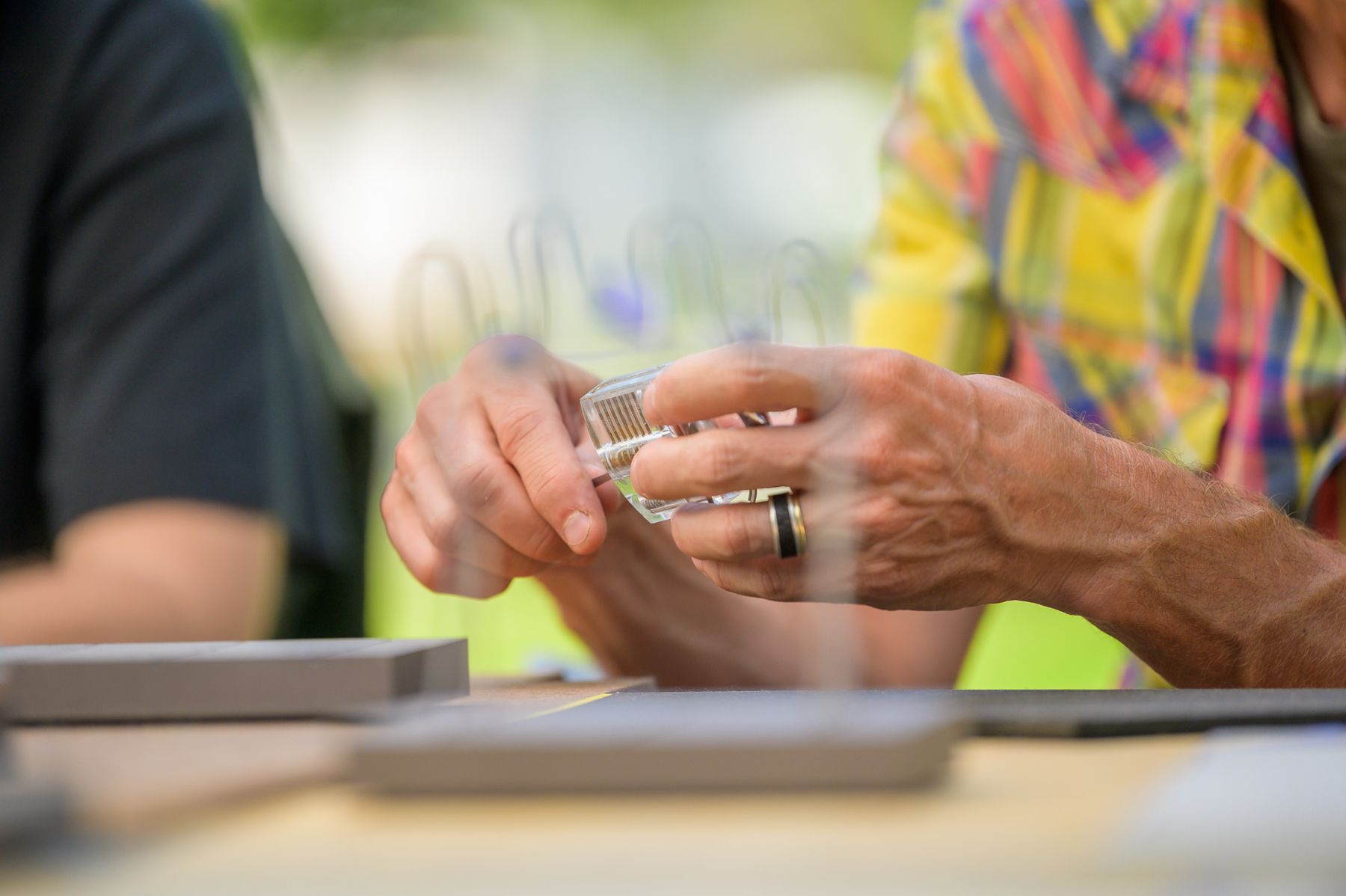
Photo: Marc Doradzillo
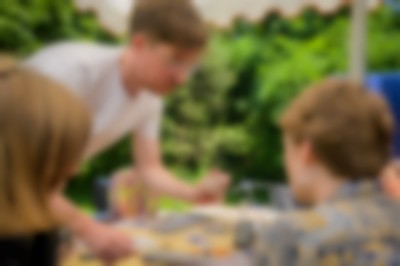

Fritz Laszlo Weber during the Workshop "Cracking Dis/Parities"
Foto: Marc Doradzillo


Photo: Marc Doradzillo


Photo: Marc Doradzillo
Nest-Works and Wander-Lines
DELPHI_space
15.07 / 20:00
Presentation and film screening by Rahima Gambo and conversation with Aziza Harmel. Event in English.
… MoreNest-Works and Wander-Lines
15.07.2021 / 20:00 / DELPHI_space
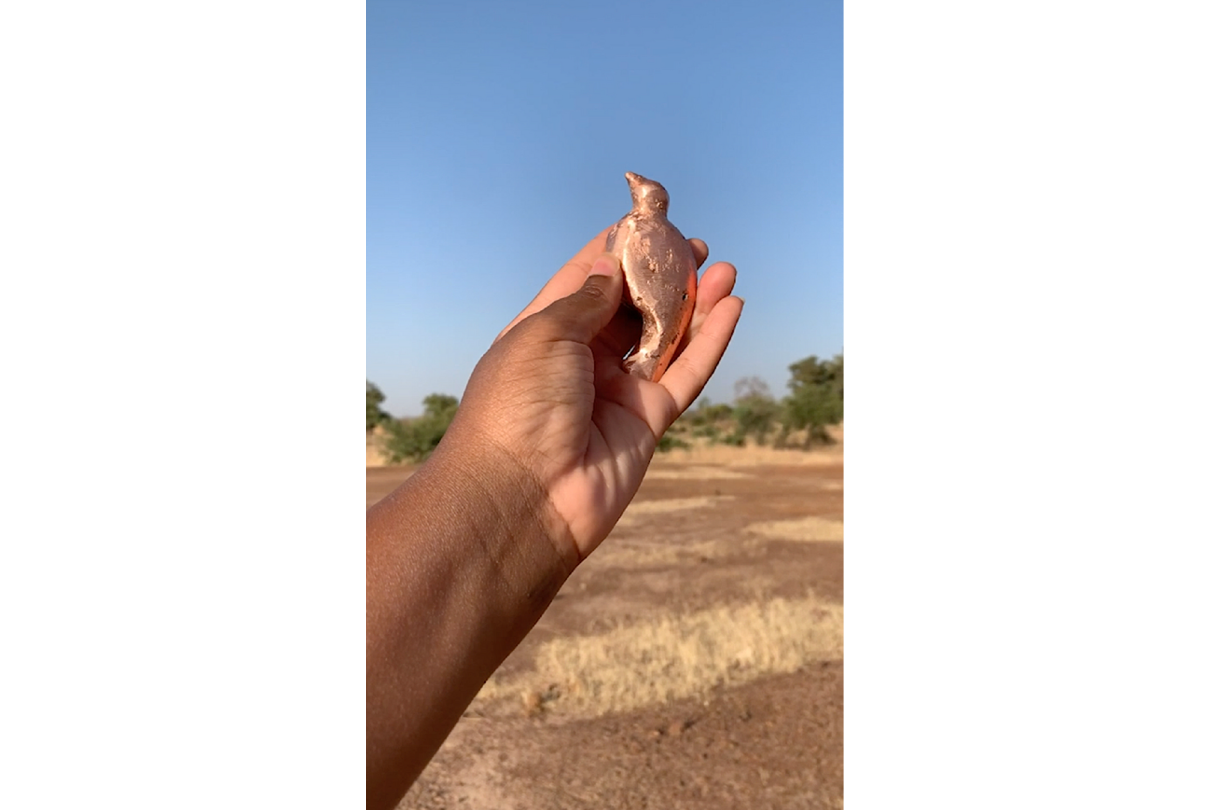
Rahima Gambo: Nest-works and wander-lines, 2021, Filmstill
Film screening and discussion between Rahima Gambo and Aziza Harmel
Date: Thursday, July 15, 8:00 p.m.
Place: DELPHI_space, Emmendinger Str. 21
Admission free, event in English
Limited seating capacity due to the weather situation. For physical attendance please register register here.
The event also takes place online via the following Zoom-link:
us02web.zoom.us/j/88194869876
In advance of her work for the Biennale for Freiburg “Nest-works and wander-lines” we will show a new film by Rahima Gambo. Afterwards, the artist will talk with the curator and writer Aziza Harmel, member of the Curatorial Advisory Board of BfF #1, about her film as well as about her participatory project that will be realized in Freiburg in September. Afterwards, interested people can directly ask questions to Rahima Gambo and register for the collaborative workshop in September.
“Nest-works and wander-lines” explores the architectures of the non-verbal and non-linear story by mimicking the process of “wandering” and “bricolage” mirrored in the moving paths and nest making activities of birds, cow herds and termites, their nests, habitats and moving pathways. Non-verbal communication such as movement, symbols, signs, gesturing, tracing and silence are expressed in the work as a liberatory mode of being, seeing, speaking and writing. The work ponders on the origins of language and what it means to “see” spatially, and communicate collectively as part of a larger ecological system to weave together a moving psycho-spiritual-geographic narrative that is both interior, exterior and specific to the spaces Gambo and participants “walk” through.
In the 5 day Walk workshop to take place in Freiburg in September, Rahima Gambo wants to invite 7 participants to join her for a series of disparate morning strolls through the city. During the workshop participants will be engaged in picking up found things. This could be a rock, a leaf, sound, video, images, objects, texts. All of these materials will become a part of the “Nest-works and Wander-lines” installation that also contains a jointly created video work as well as musical elements. For that DELPHI_space will become “A Walk Space” Gambo’s open studio and presentation space where discussions, screenings, assembling and editing will take place.
Rahima Gambo was born in London, United Kingdom, in 1986. She lives and works in Abuja, Nigeria and London, United Kingdom. Gambo completed an MSc in Gender and Social Policy and in Journalism. She developed her artistic practice by working independently on long form trans media documentary projects. Gambo was named a Foam Talent for 2020 and was among the awardees of the CAP prize – The Contemporary African Photography Prize 2020.
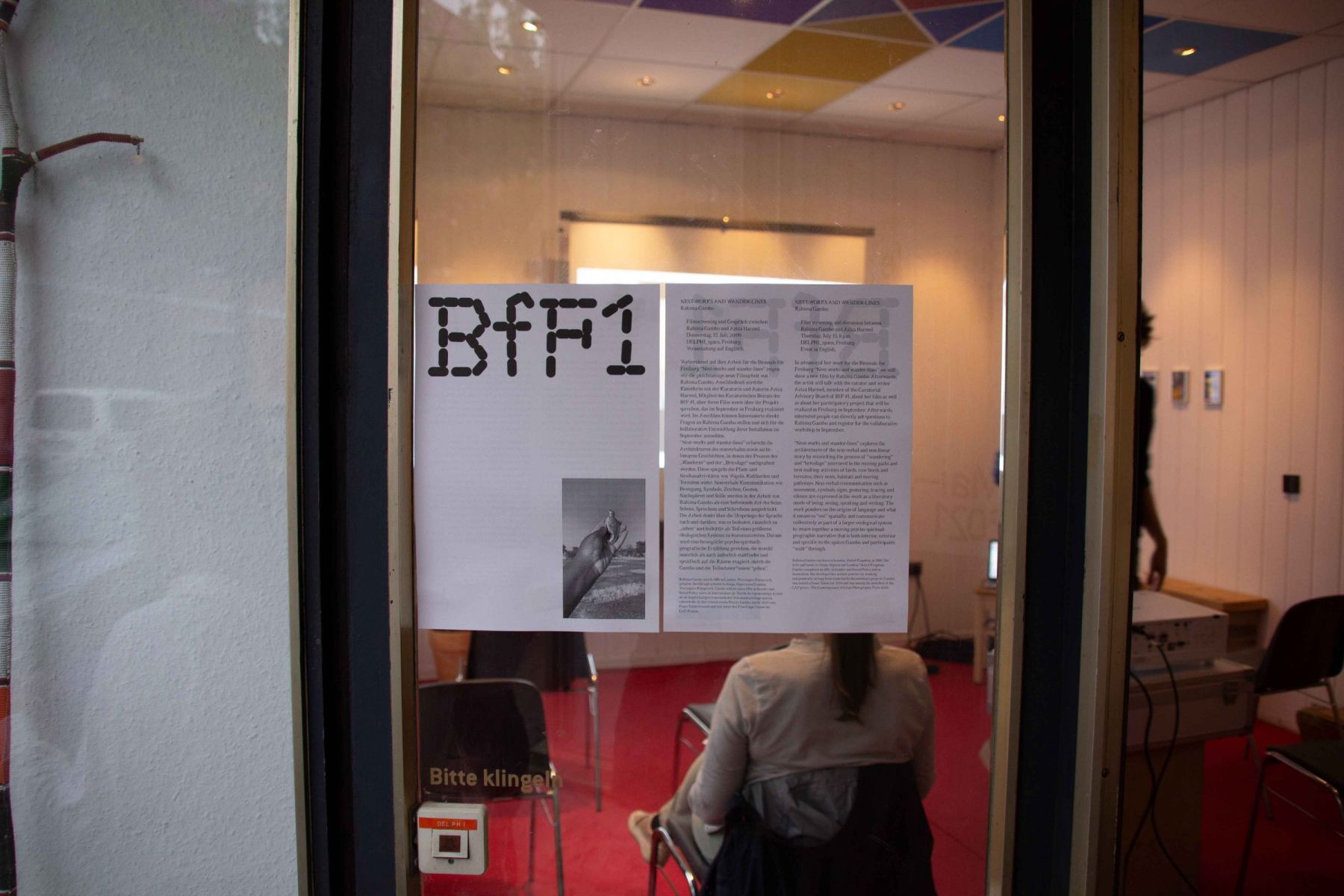
NEST-WORKS AND WANDER-LINES at DELPHI_space

The event took place in a hybrid format
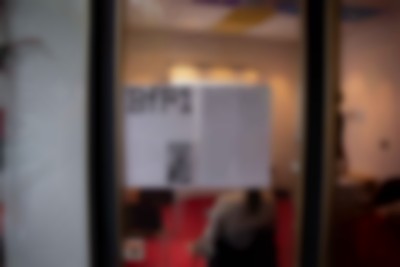

NEST-WORKS AND WANDER-LINES at DELPHI_space
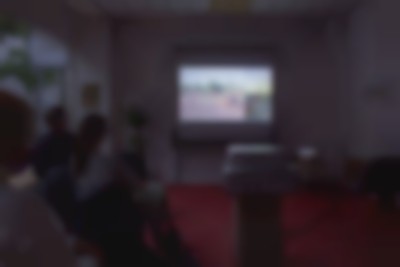

The event took place in a hybrid format
Symposion
“A Commonplace is Not a Cliché”
Basler Hof
10.07 /
10:30 – 17:30
Perspectives on Public Spheres, Asynchronous Commonplaces, and Infrastructural Intimacies. Conception: Christoph Chwatal and Lisa Stuckey.
… MoreSymposion
“A Commonplace is Not a Cliché”
10.07.2021 / 10:30 – 17:30 / Basler Hof

PERSPECTIVES ON PUBLIC SPHERES, ASYNCHRONOUS COMMONPLACES, AND INFRASTRUCTURAL INTIMACIES
Date: Saturday, July 10, 10:30 a.m. - 5:30 p.m.
Location: Basler Hof, Kaiser-Joseph-Str. 167
The event is free of charge
Due to limited seating capacity, participation is only possible after registration: Registration here
As part of the symposion three workshops will be held on July 9, further information here.
Please find the VIDEO DOCUMENTATION of most parts of the symposion at the end of this page.
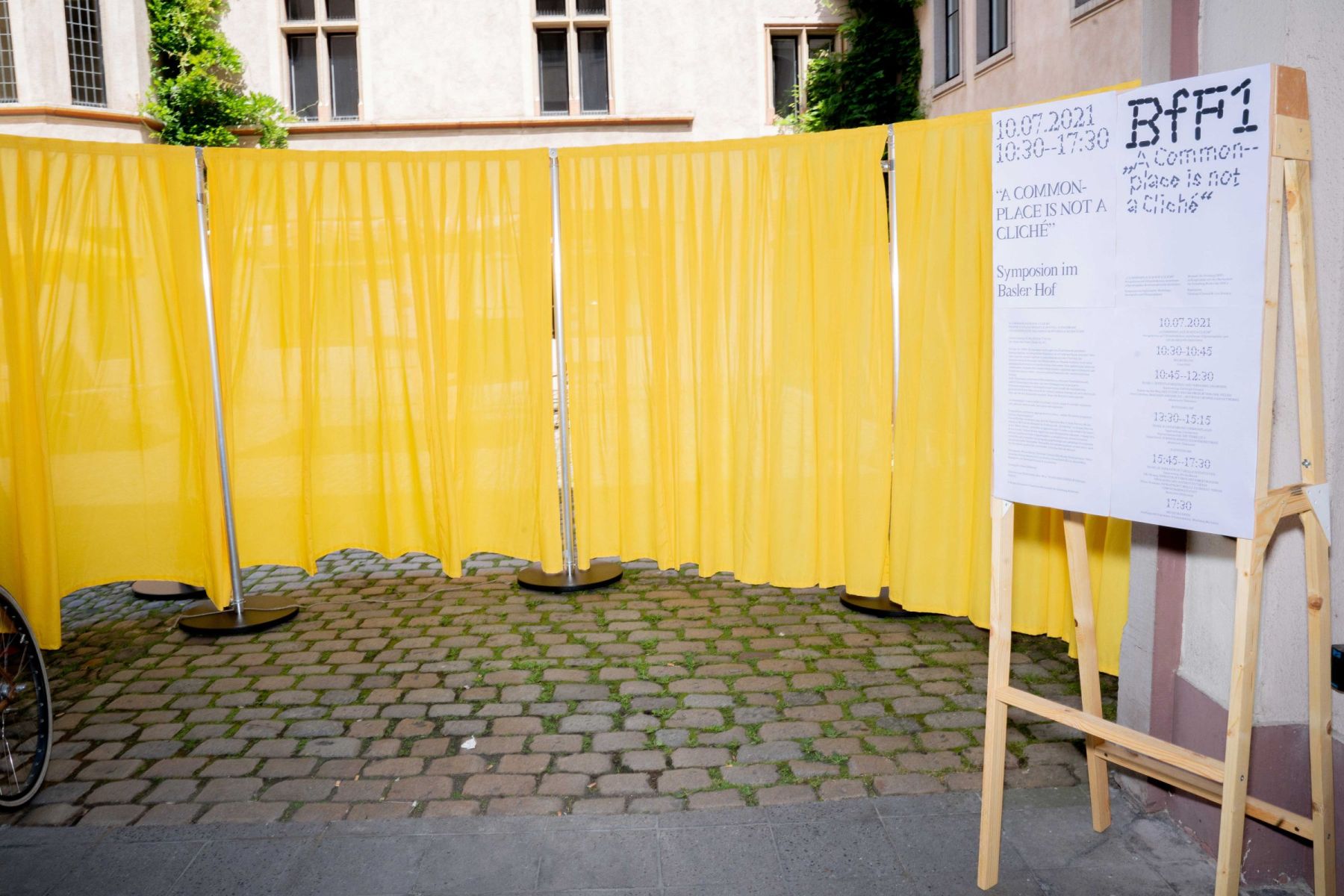
ABOUT THE SYMPOSION
Christoph Chwatal & Lisa Stuckey
In the wake of the anti-establishment movements of 1968, spatial production became increasingly associated with public bodily co-presence. On the one hand, this resonated with radical democratic theories, which challenged consensus-oriented notions of public spheres, as well as with related forms of artistic activism. On the other hand, this association was accompanied by an abandonment of the artist’s studio in favor of new workplaces and modes of production, such as those in social contexts or scientific settings, for example.
Conceptions of asynchronous temporalities and other genealogies are therefore of interest to the symposium, for instance via narrative montages and emancipative ways of referencing. Commonplaces are analyzed as the literal communal goods in addition to rhetorical places to which arguments refer. For, as Barbara Cassin states: "A commonplace is not a cliché, it is a bank, a stock, a tank of available arguments and a place in which to seek, find and invent arguments." Frequenting, standardizing, appropriating et cetera — which procedures and methodologies are grouped around commonplaces?
The figuration Best Friends Forever, which shares the acronym 'BFF' with the Biennale für Freiburg, may also appear as a cliché. "Friendship," Jacques Derrida wrote in the 1980s, "resembles an appeal because it makes a sign toward the future: be my friends." Insofar as this appeal currently bears a renewed urgency, it necessitates awareness of transforming commonplaces. Taking this idea further, the symposium illuminates present and future manifestations of infrastructural intimacies. The understanding of both practical and imaginary 'critical infrastructures' will be negotiated and recontextualized.
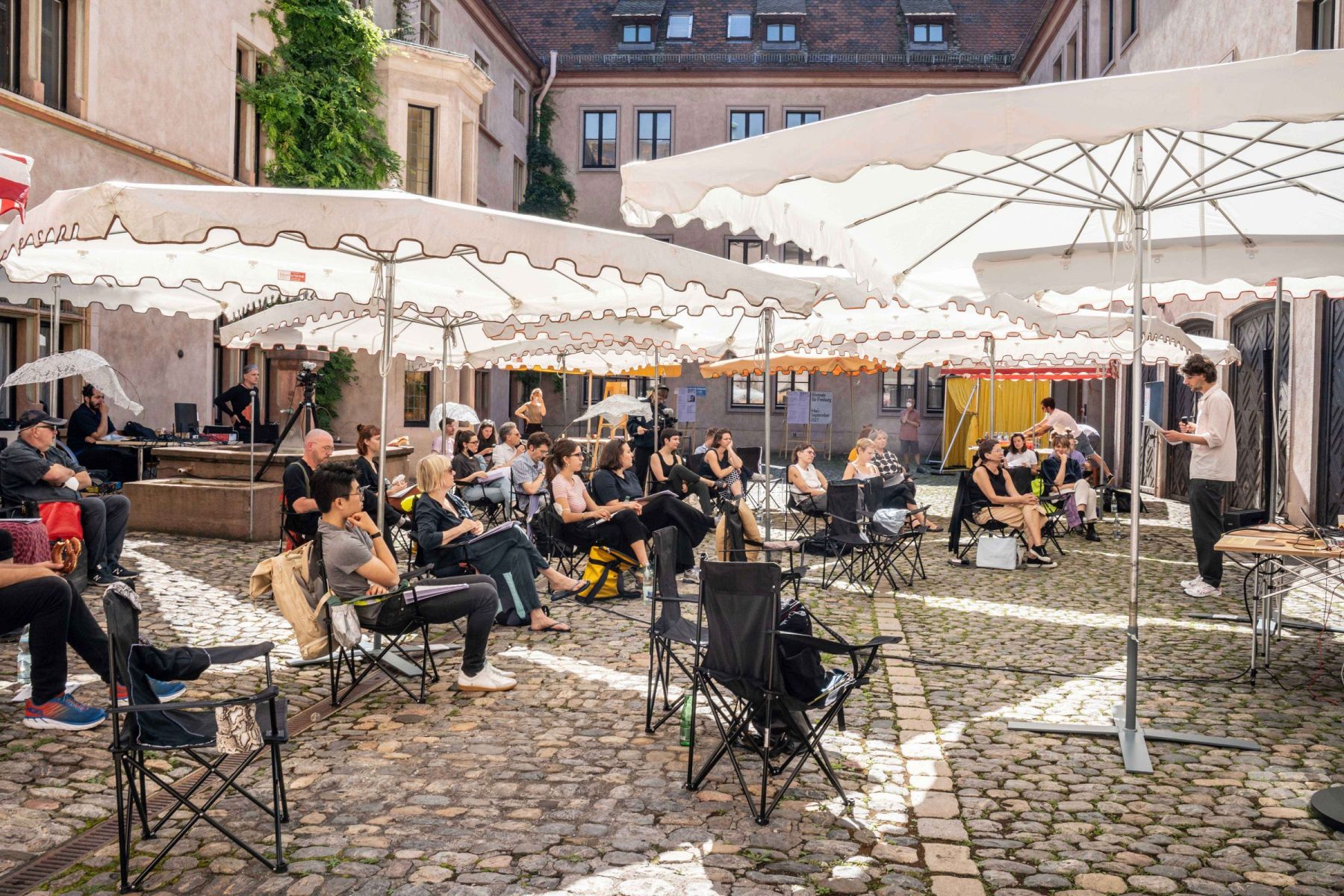
SPEAKERS:
Mirela Baciak, Christoph Chwatal, Elke Krasny, Sven Lütticken, Viktor Neumann, Karina Nimmerfall, Lisa Stuckey, Simon Strick, Karen van den Berg
CONVENED BY
Christoph Chwatal and Lisa Stuckey
SCENOGRAPHY
Diane Hillebrand
FILM SCREENING
Michel Auder, May ´68 in ´78 (1978/2019) EDITED BY Michael Stickrod
Reconstruction of the BLEACHER: Julius Martin-Humpert
COOPERATION
Karlsruhe University of Arts and Design
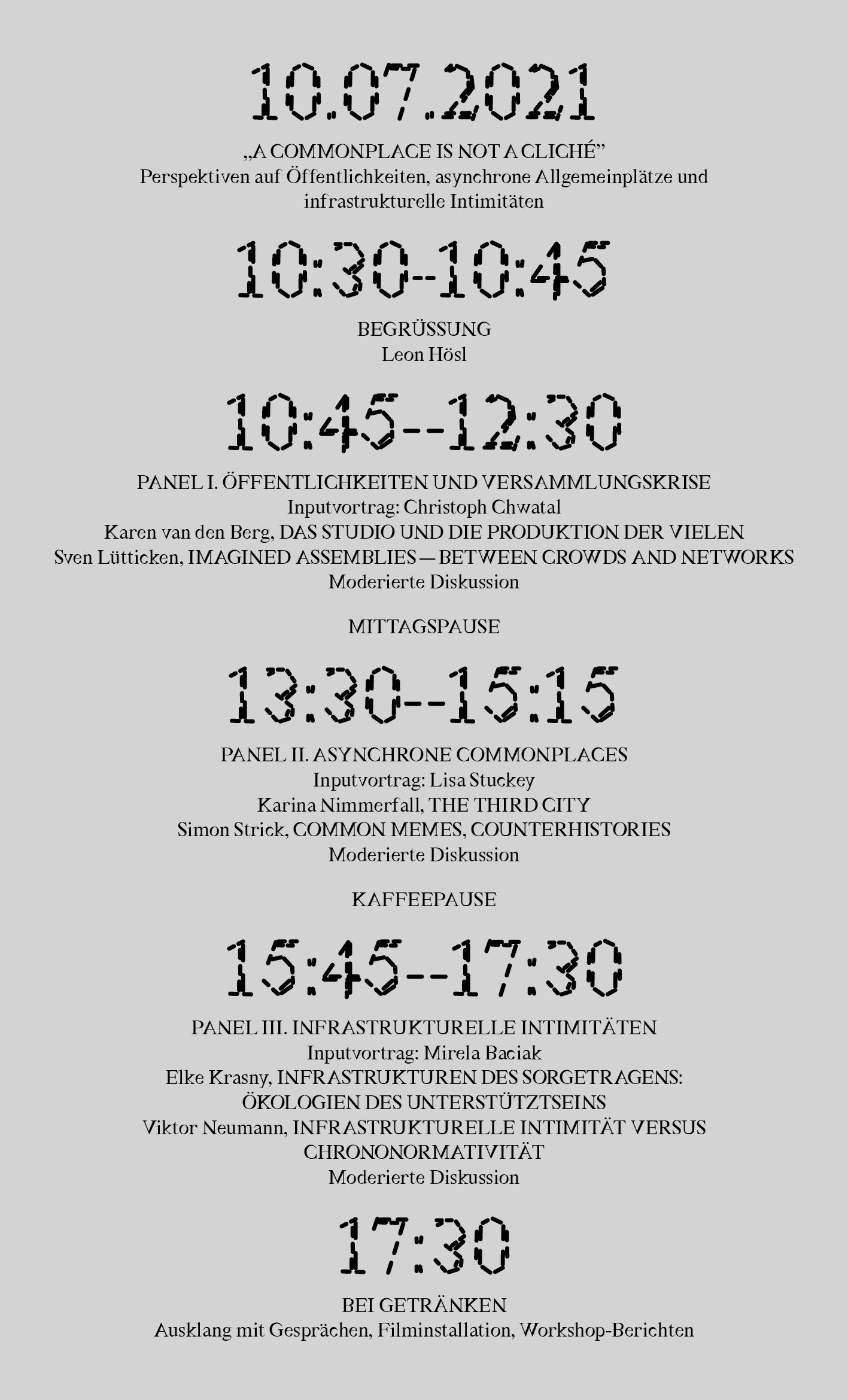
Download the full program brochure here.
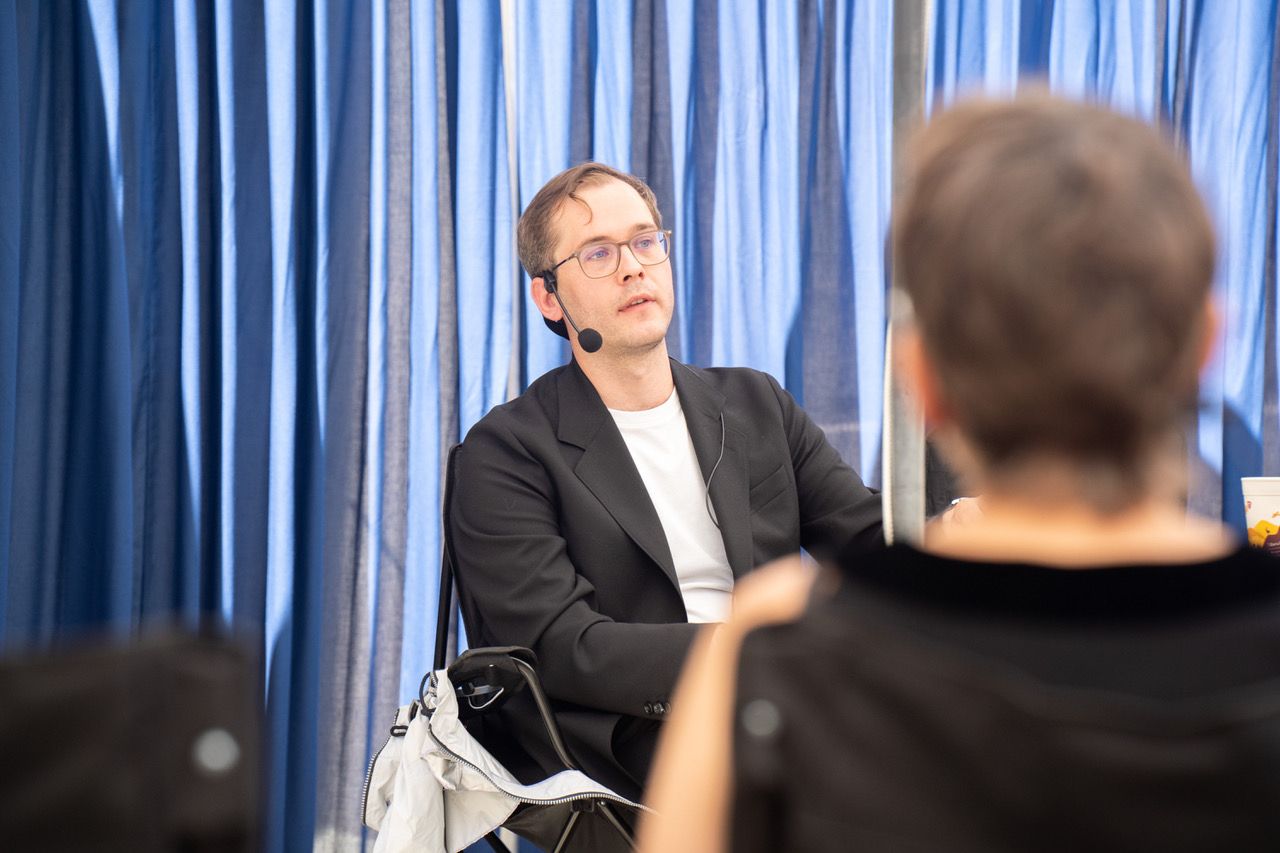
Input presentation by Christoph Chwatal for Panel I.
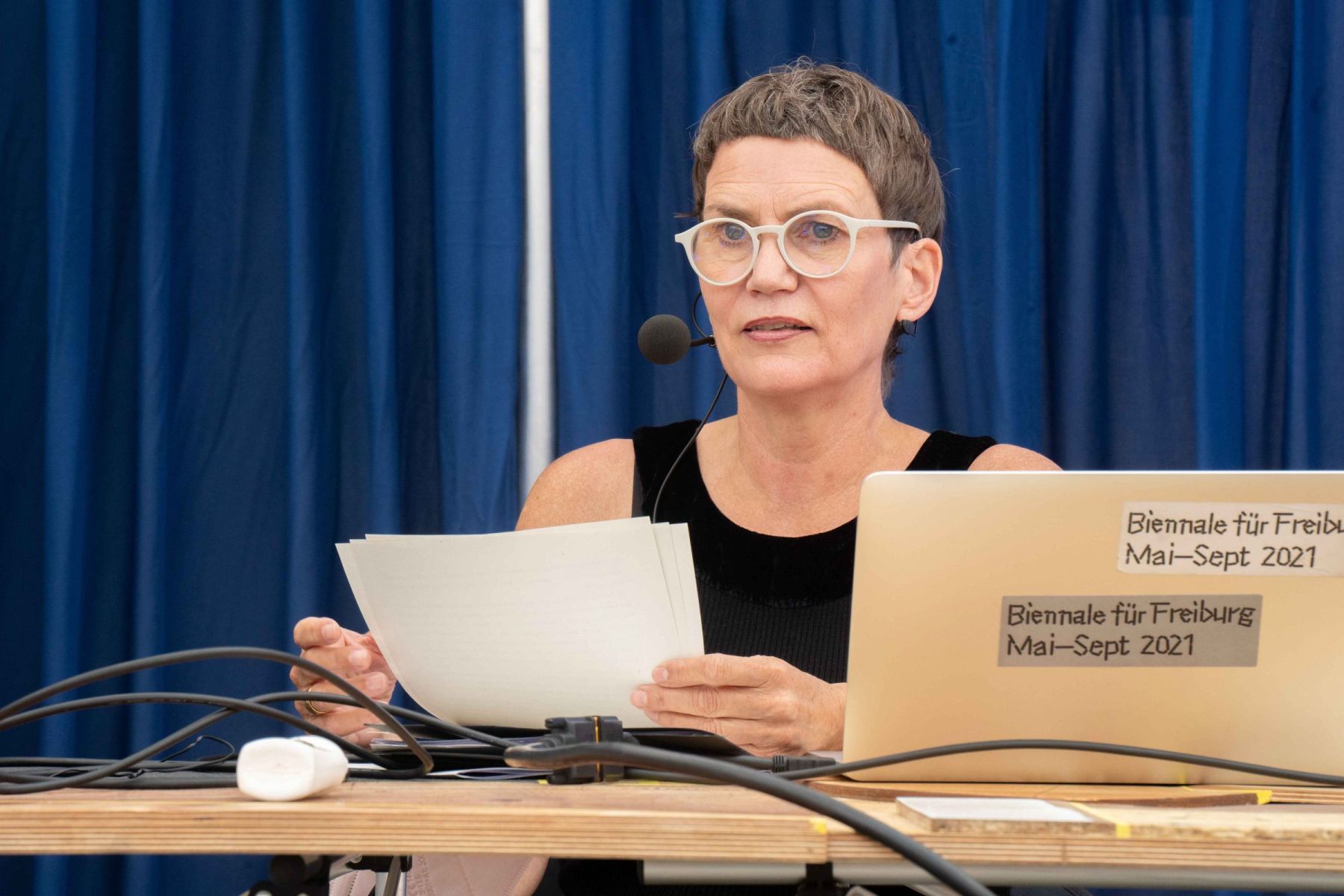
Karen van den Berg, DAS STUDIO UND DIE PRODUKTION DER VIELEN
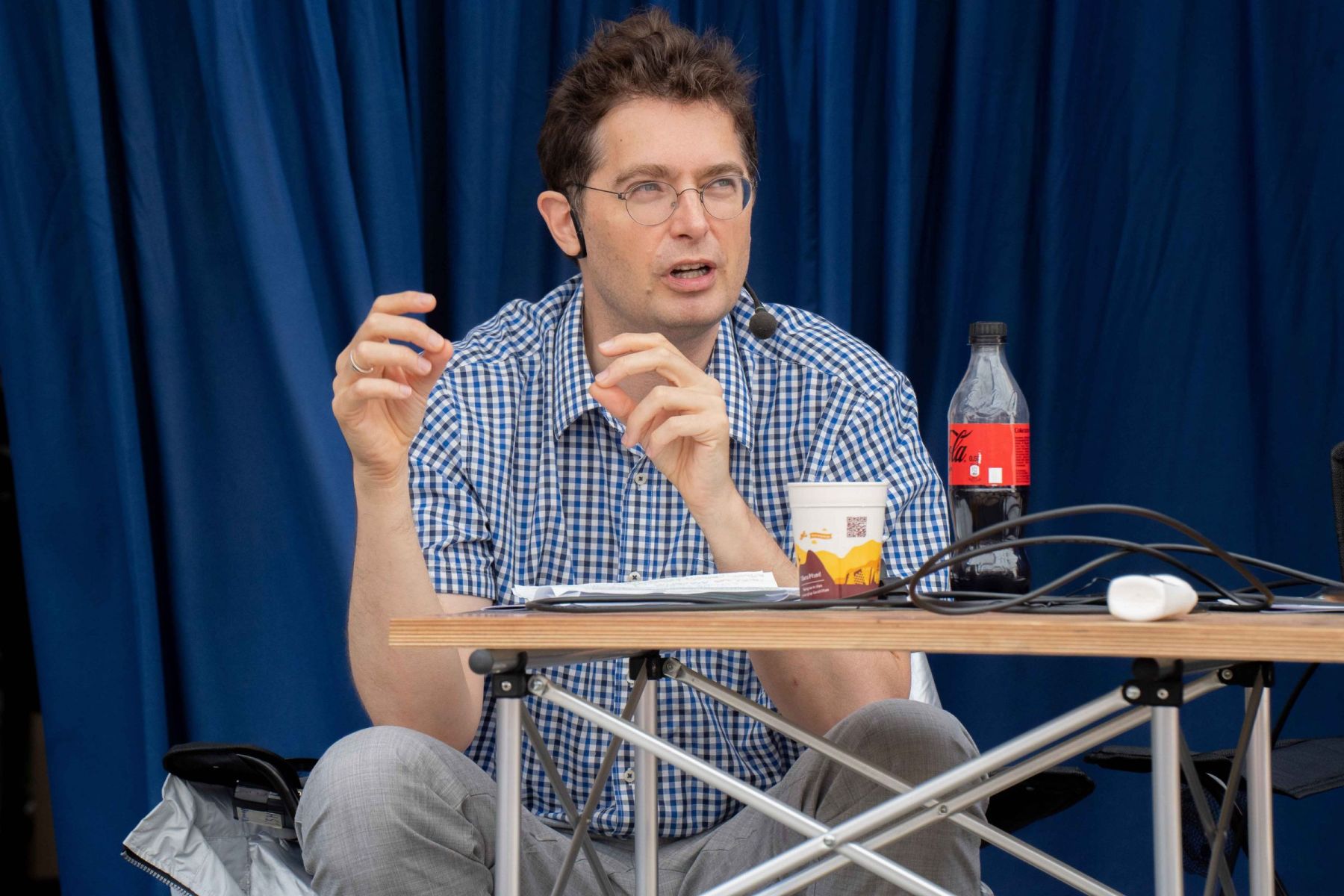
Sven Lütticken, IMAGINED ASSEMBLIES — BETWEEN CROWDS AND NETWORKS
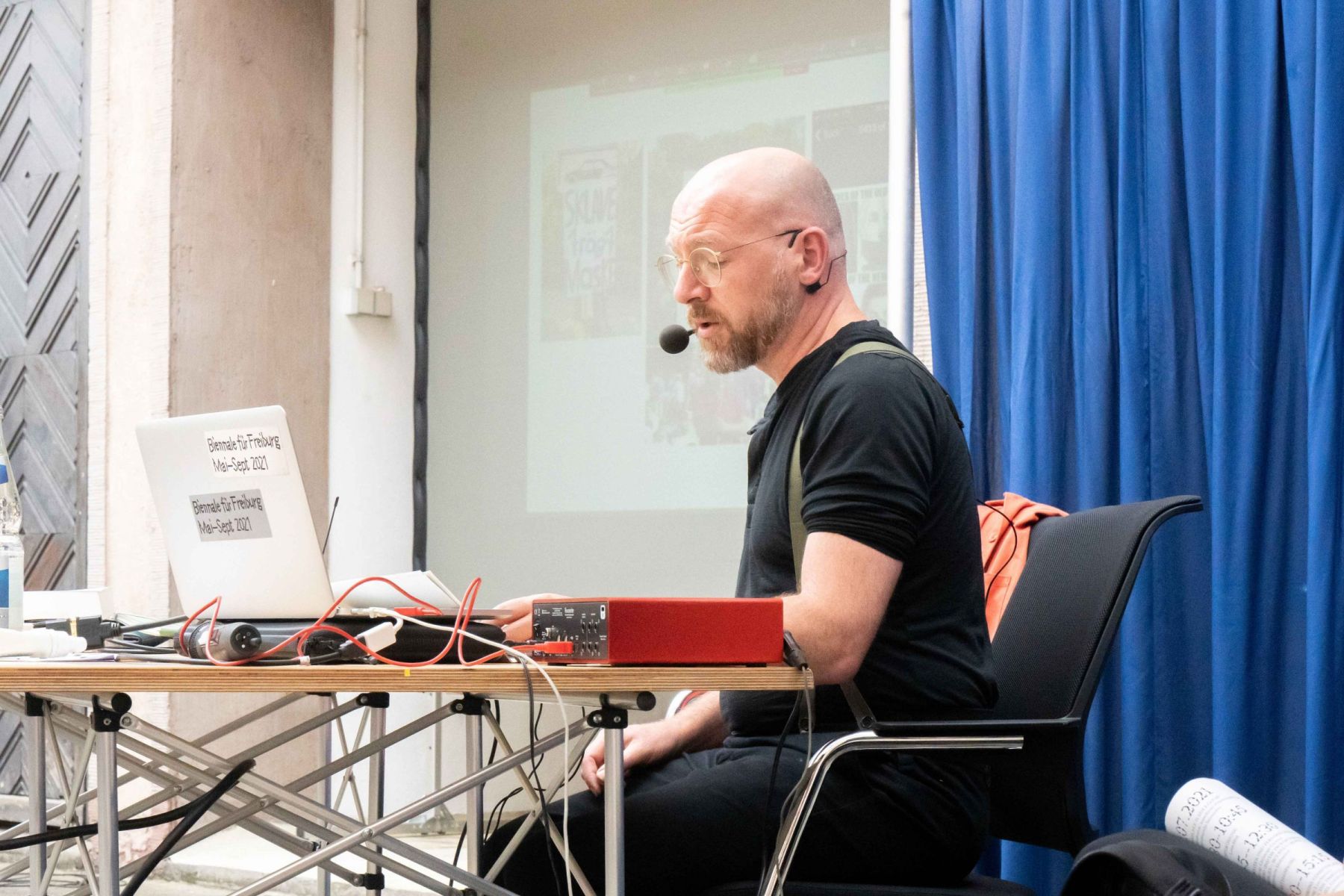
Simon Strick, COMMON MEMES, COUNTERHISTORIES
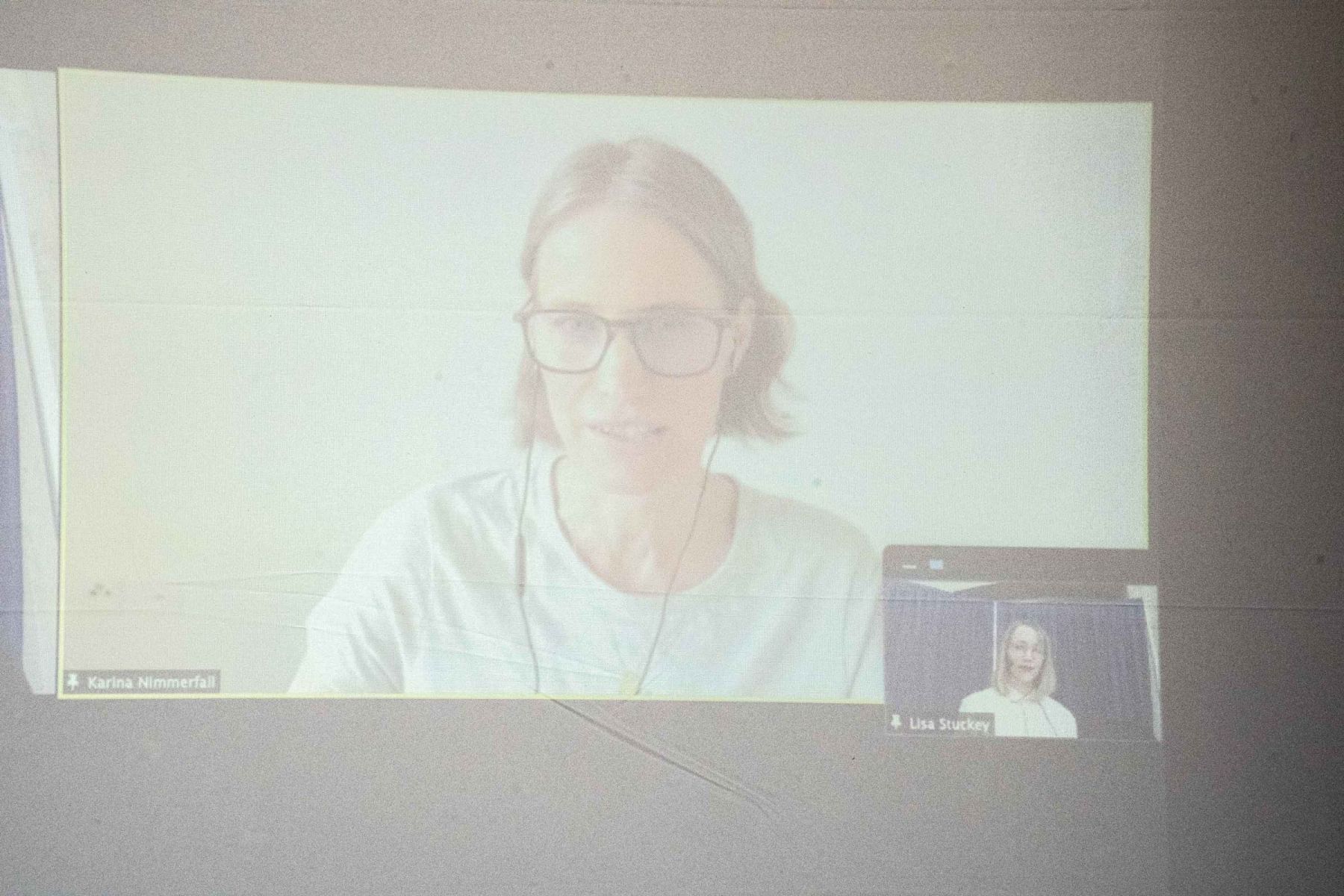
PANEL II: Input lecture by Lisa Stuckey, THE THIRD CITY by Karina Nimmerfall (online), COMMON MEMES, COUNTERHISTORIES by Simon Strick.
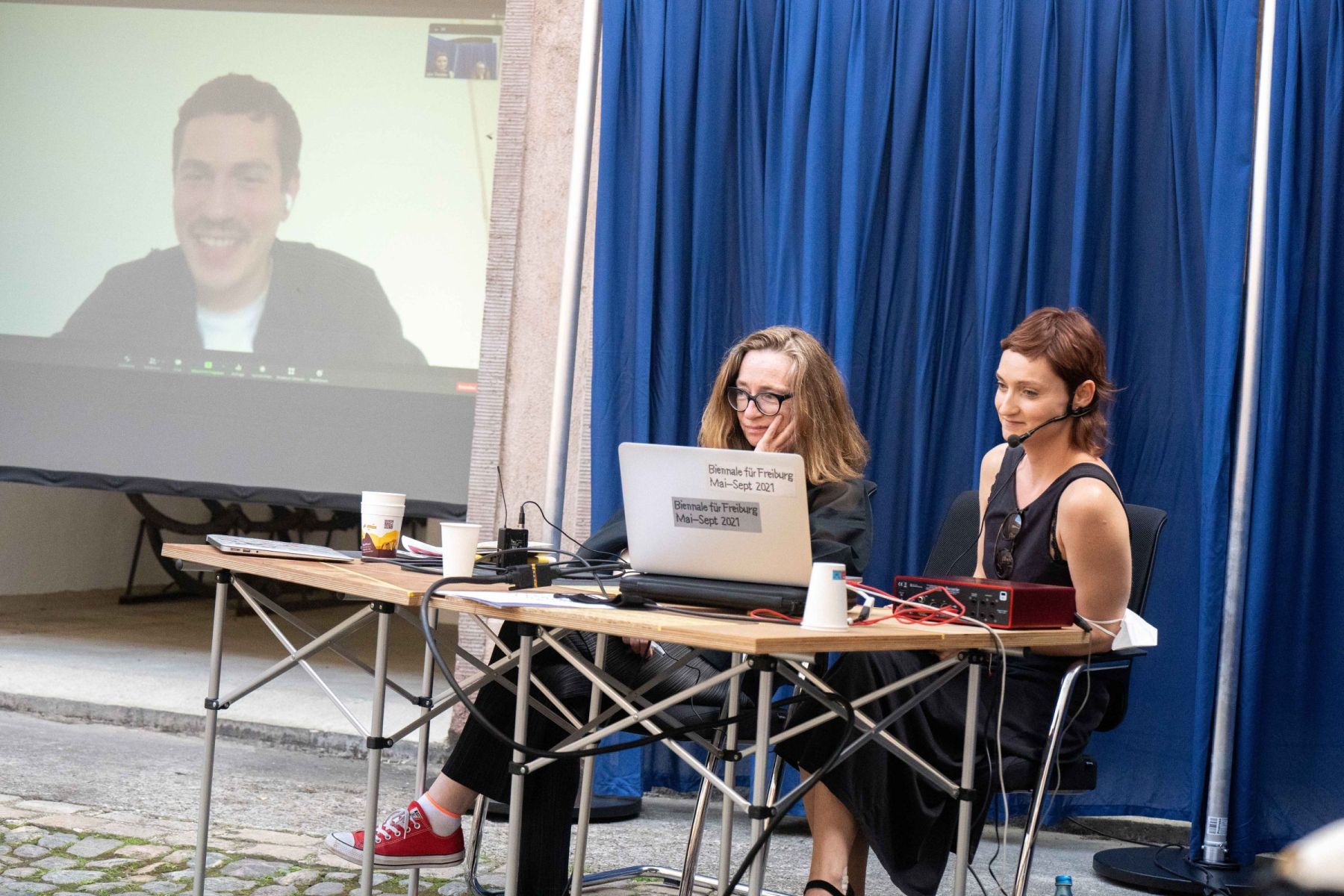
Panel III: Input lecture by Mirela Baciak, INFRASTRUKTUREN DES SORGETRAGENS: ÖKOLOGIEN DES UNTERSTÜTZTSEINS by Elke Krasny and INFRASTRUKTURELLE INTIMITÄT VERSUS CHRONONORMATIVITÄT by Viktor Neumann.
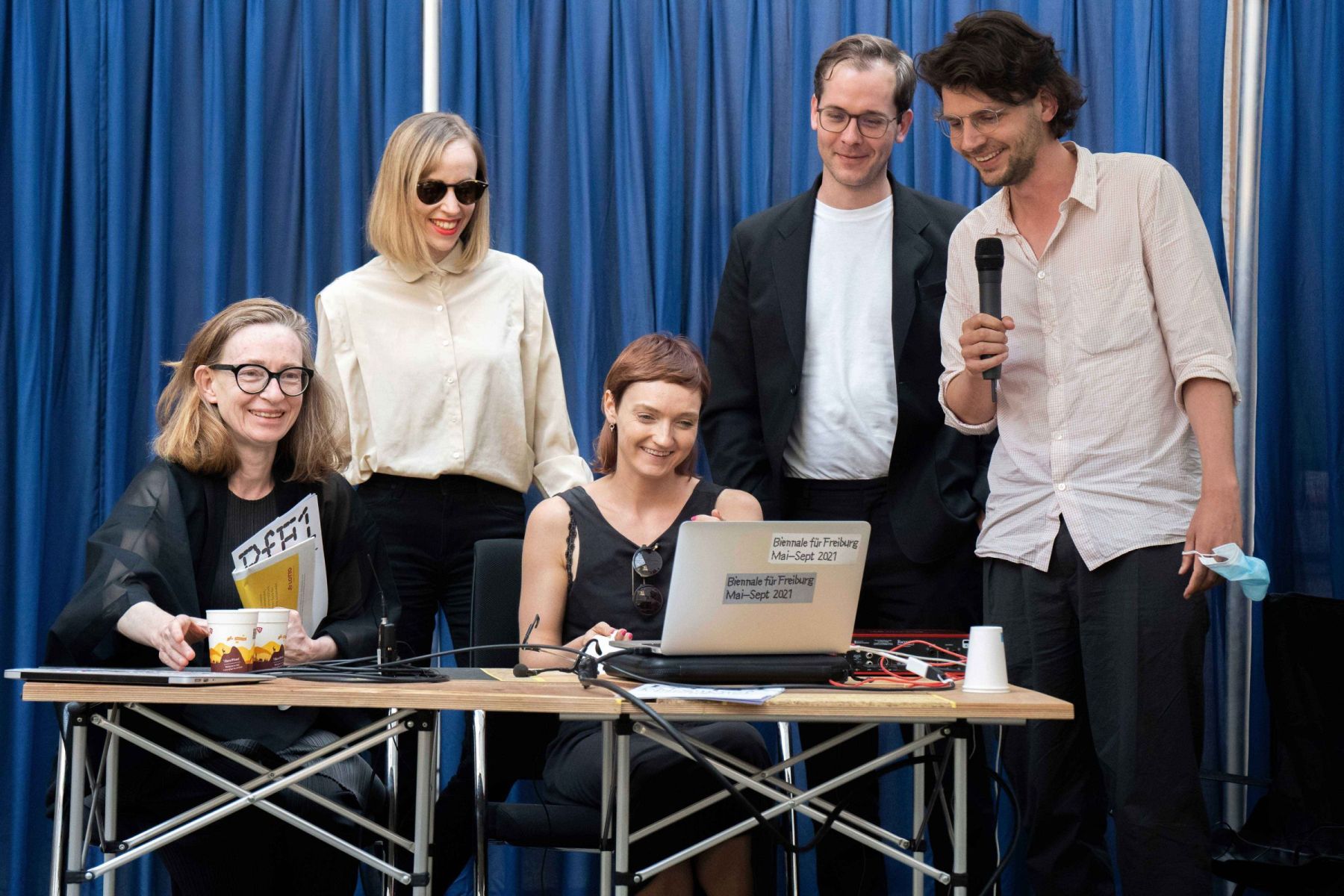
Elke Krasny, Lisa Stuckey, Mirela Baciak, Christoph Chwatal and Leon Hösl (f.l.t.r.)
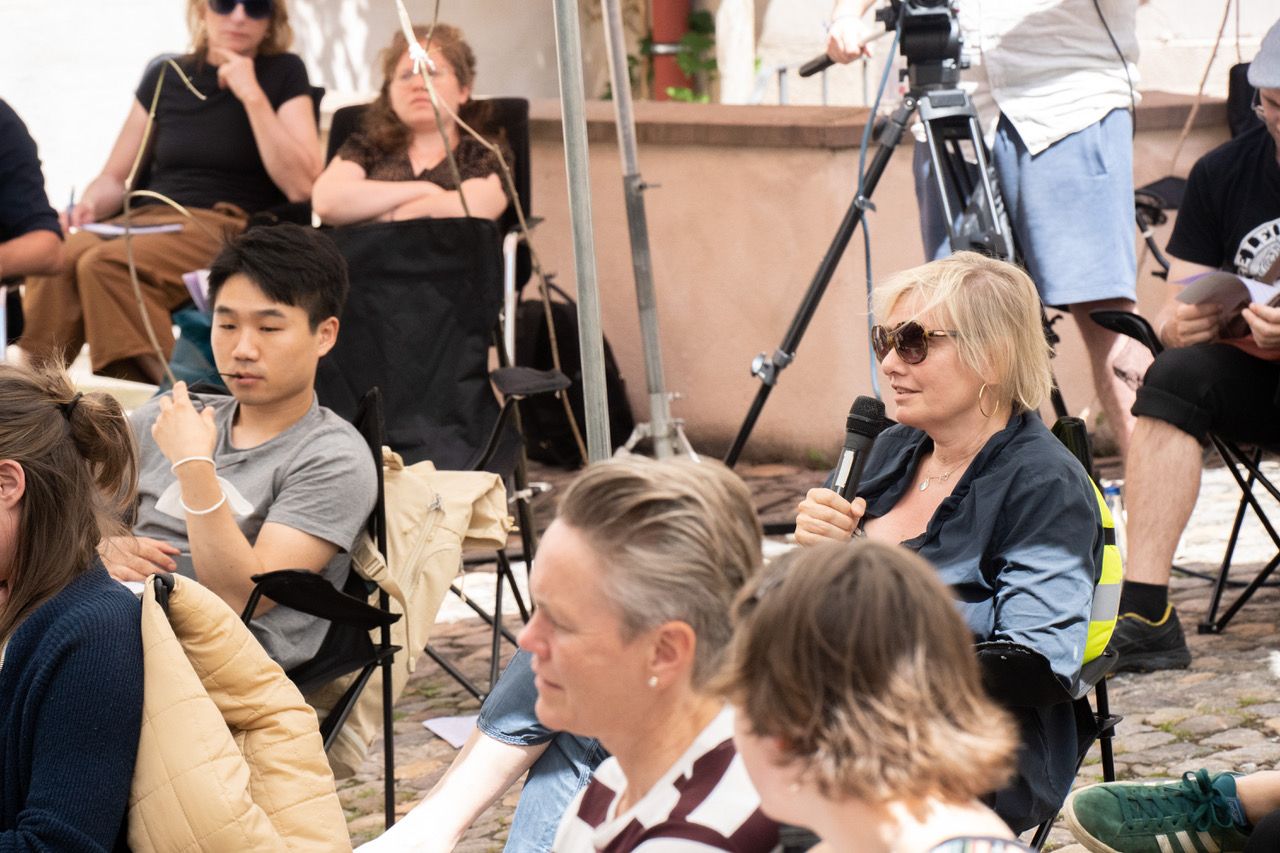
Open discussion following the first panel.
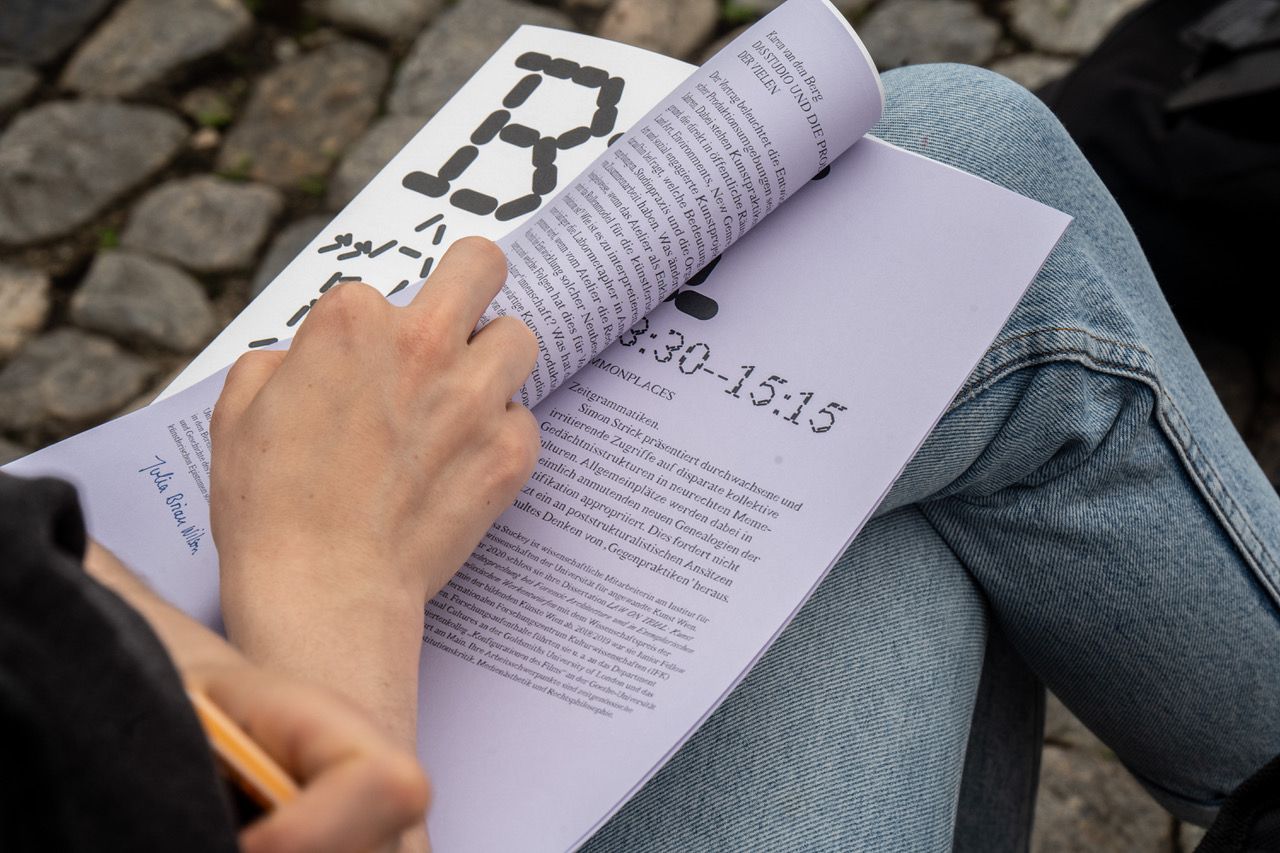
Program brochure on the symposion.
Graphic by Ronja Andersen & Marius Schwarz
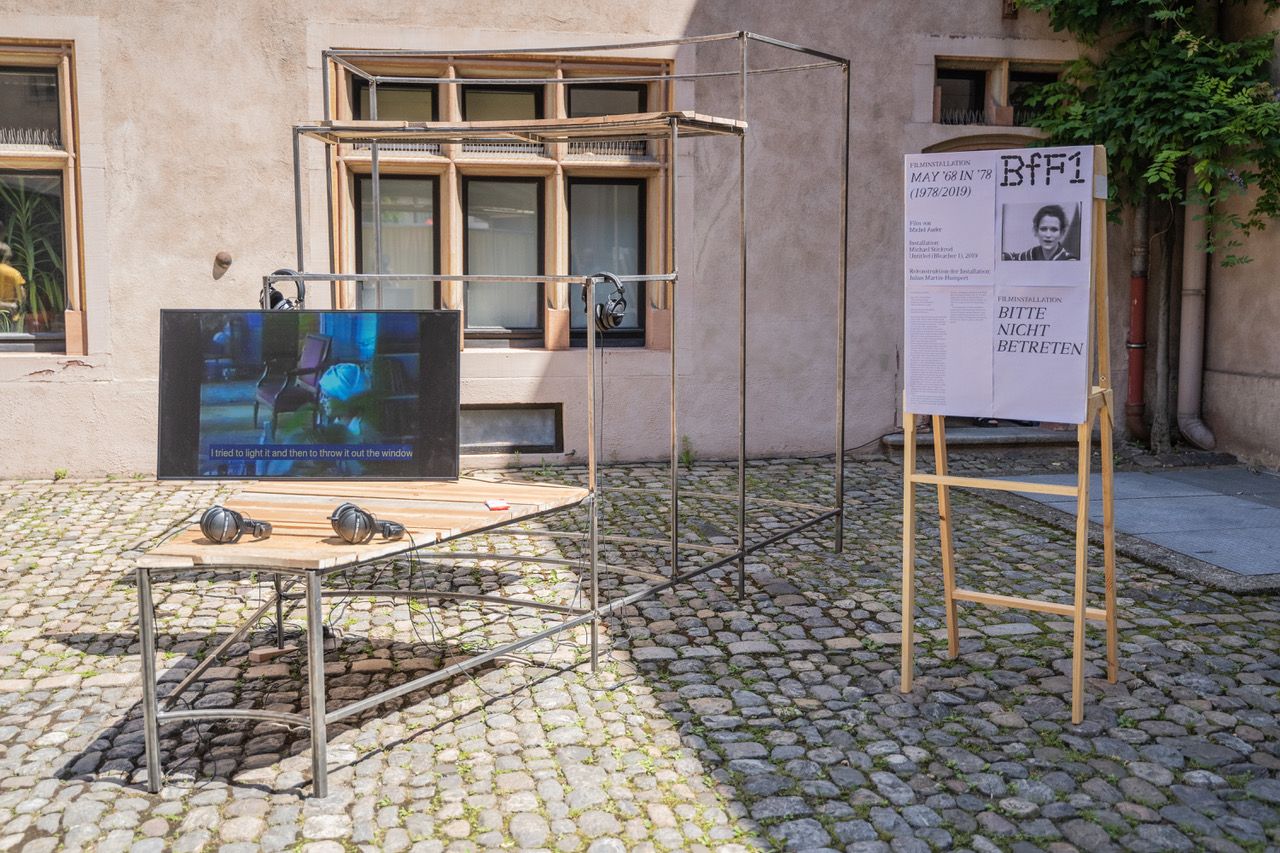
Michel Auder, MAY ´68 IN ´78 (1978/2019) EDITED BY Michael Stickrod
Reconstruction: Julius Martin-Humpert
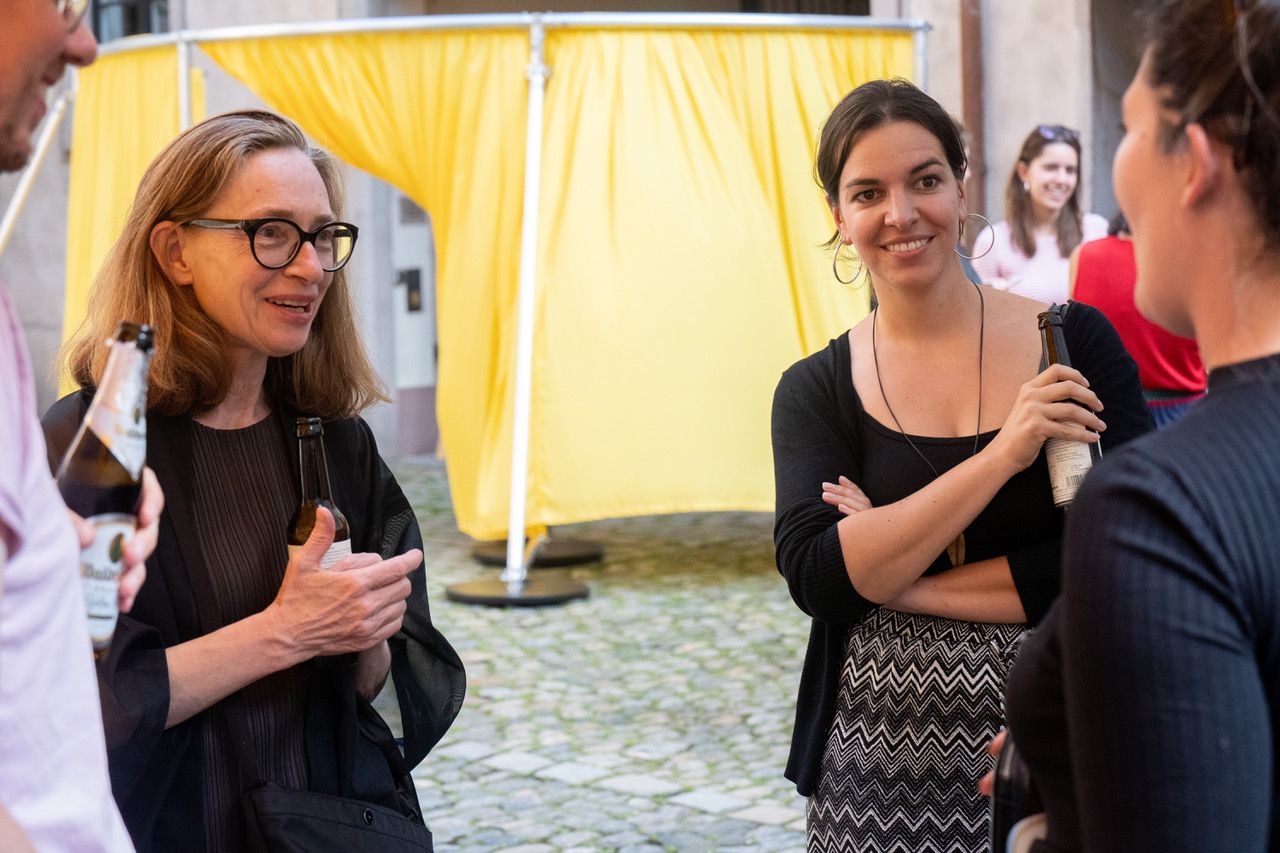
After the last panel: Fritz Laszlo Weber, Elke Krasny, Sascia Bailer, Fanny Hauser (v.l.n.r.)
Photos: Karolina Sobel
ARTICLE BY SASCIA BAILER
The curator Sascia Bailer was one of the participants of the symposion. For the art magazine artline.org she wrote an article about the symposion that you can read here (in German only).
VIDEO DOCUMENTATION
Camera: Mustafa Emin Büyükcoşkun and Team
Editing: Stefan Reisinger
Note: Please make sure to agree to the use of cookies in order to be able to view the embedded videos below.
Begrüßung von Leon Hösl
Inputvortrag von Christoph Chwatal zu PANEL I. ÖFFENTLICHKEITEN UND VERSAMMLUNGSKRISE
Karen van den Berg, DAS STUDIO UND DIE PRODUKTION DER VIELEN
Sen Lütticken, IMAGINED ASSEMBLIES — BETWEEN CROWDS AND NETWORKS
PANEL II: Simon Strick, COMMON MEMES, COUNTERHISTORIES
Inputvortrag von Mirela Baciak zu PANEL III. INFRASTRUKTURELLE INTIMITÄTEN
Elke Krasny, INFRASTRUKTUREN DES SORGETRAGENS: ÖKOLOGIEN DES UNTERSTÜTZTSEINS
Viktor Neumann, INFRASTRUKTURELLE INTIMITÄT VERSUS CHRONONORMATIVITÄT
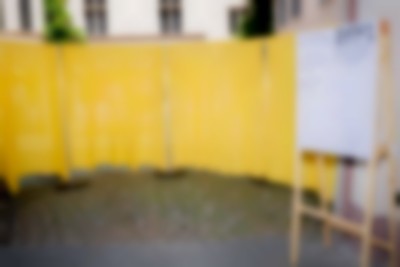

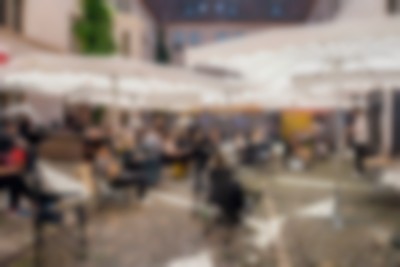



Input presentation by Christoph Chwatal for Panel I.


Karen van den Berg, DAS STUDIO UND DIE PRODUKTION DER VIELEN
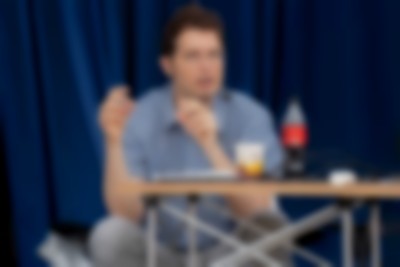

Sven Lütticken, IMAGINED ASSEMBLIES — BETWEEN CROWDS AND NETWORKS
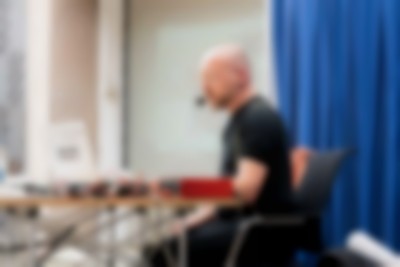

Simon Strick, COMMON MEMES, COUNTERHISTORIES
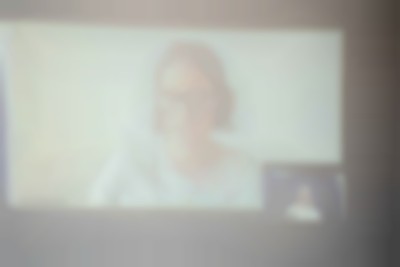

PANEL II: Input lecture by Lisa Stuckey, THE THIRD CITY by Karina Nimmerfall (online), COMMON MEMES, COUNTERHISTORIES by Simon Strick.


Panel III: Input lecture by Mirela Baciak, INFRASTRUKTUREN DES SORGETRAGENS: ÖKOLOGIEN DES UNTERSTÜTZTSEINS by Elke Krasny and INFRASTRUKTURELLE INTIMITÄT VERSUS CHRONONORMATIVITÄT by Viktor Neumann.


Elke Krasny, Lisa Stuckey, Mirela Baciak, Christoph Chwatal and Leon Hösl (f.l.t.r.)
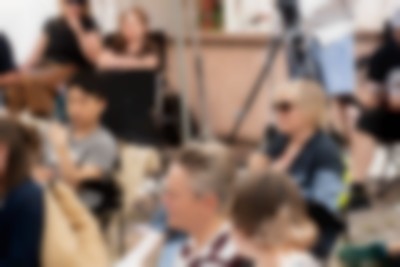

Open discussion following the first panel.
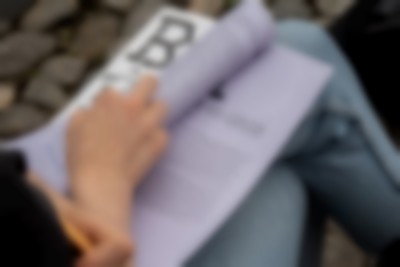

Program brochure on the symposion.
Graphic by Ronja Andersen & Marius Schwarz
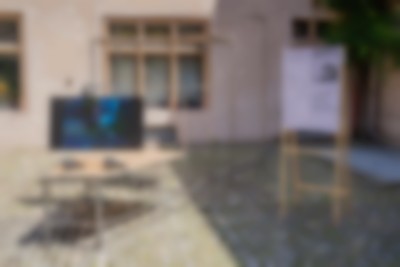

Michel Auder, MAY ´68 IN ´78 (1978/2019) EDITED BY Michael Stickrod
Reconstruction: Julius Martin-Humpert
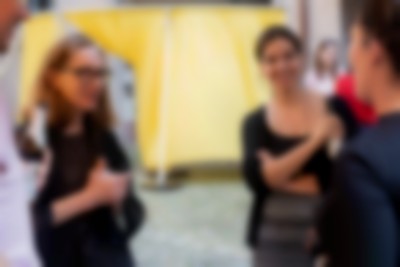

After the last panel: Fritz Laszlo Weber, Elke Krasny, Sascia Bailer, Fanny Hauser (v.l.n.r.)
Workshops
“A Commonplace is Not a Cliché”
BfF #1
09.07
Three workshops will expand the symposion July 10 to include practical artistic, curatorial and feminist perspectives.
… MoreWorkshops
“A Commonplace is Not a Cliché”
09.07.2021 / BfF #1

Date: Friday, July 9, 2021
The workshops will take place all day, exact times to be communicated.
Please register by July 06: here
Three workshops expand the symposion "A Comonplace is not a Cliché" with practical artistic, curatorial and feminist perspectives. They offer students the opportunity to engage and discuss already the day before the symposion. Connectingly, the workshops are dedicated to different forms of remembering as well as to the production of emancipatory narratives and signs.
The exploration of public spaces and the creation of new narratives around "infrastructural intimacies" will take place on a small scale on an applied as well as reflexive-theoretical level. No explanations or even keys to the symposion program will be offered, but rather spaces of encounter and experimentation will be designed together.
WORKSHOP I - (ENGLISH)
COLLECT AND EXHAUST: FREIBURG SPECIMENS
Ronja Andersen and Marius Schwarz invite you to go in search of traces in urban space. With a sharpened eye on the structure and nature of the environment, graphic designs will be developed.
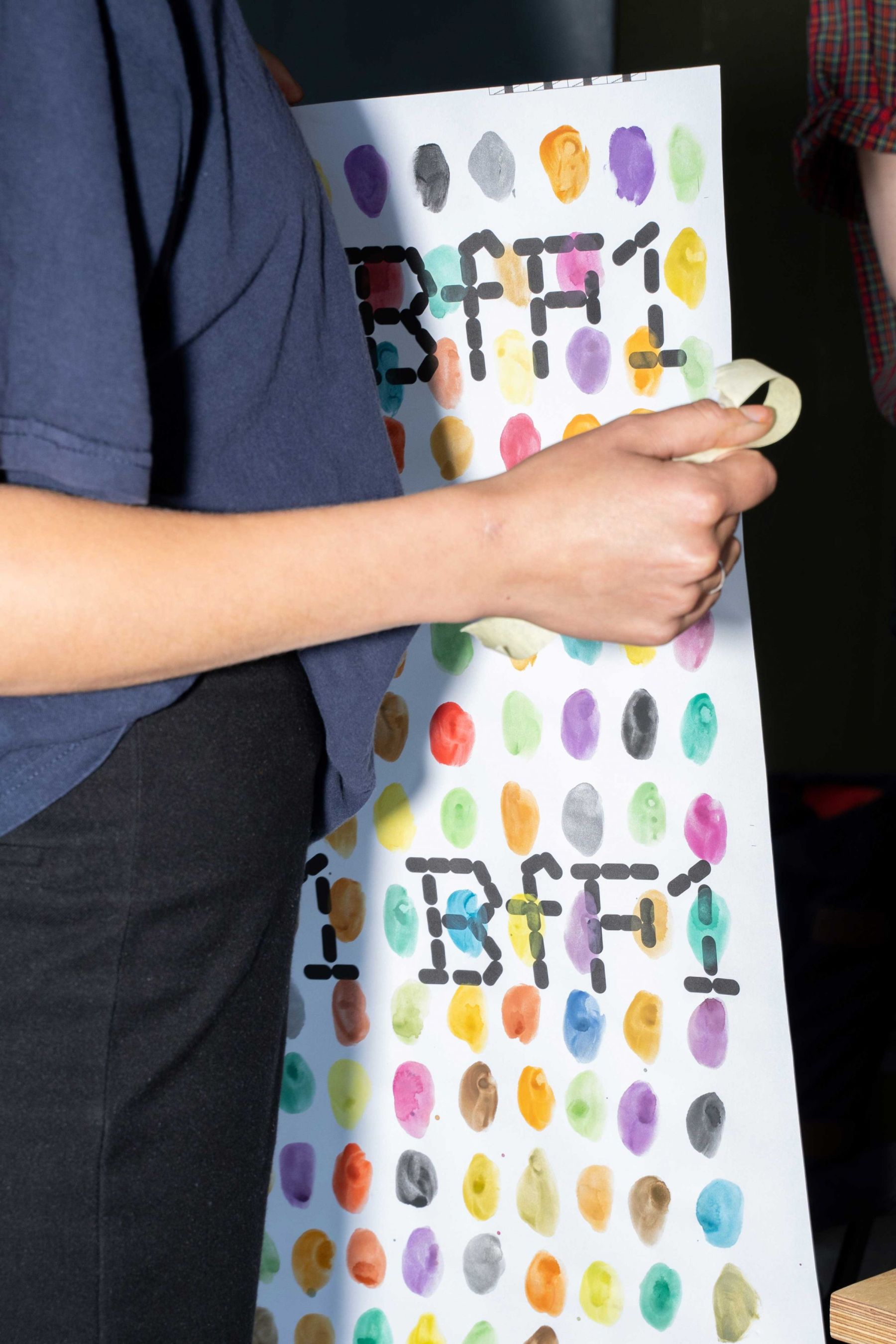
Foto: Karolina Sobel
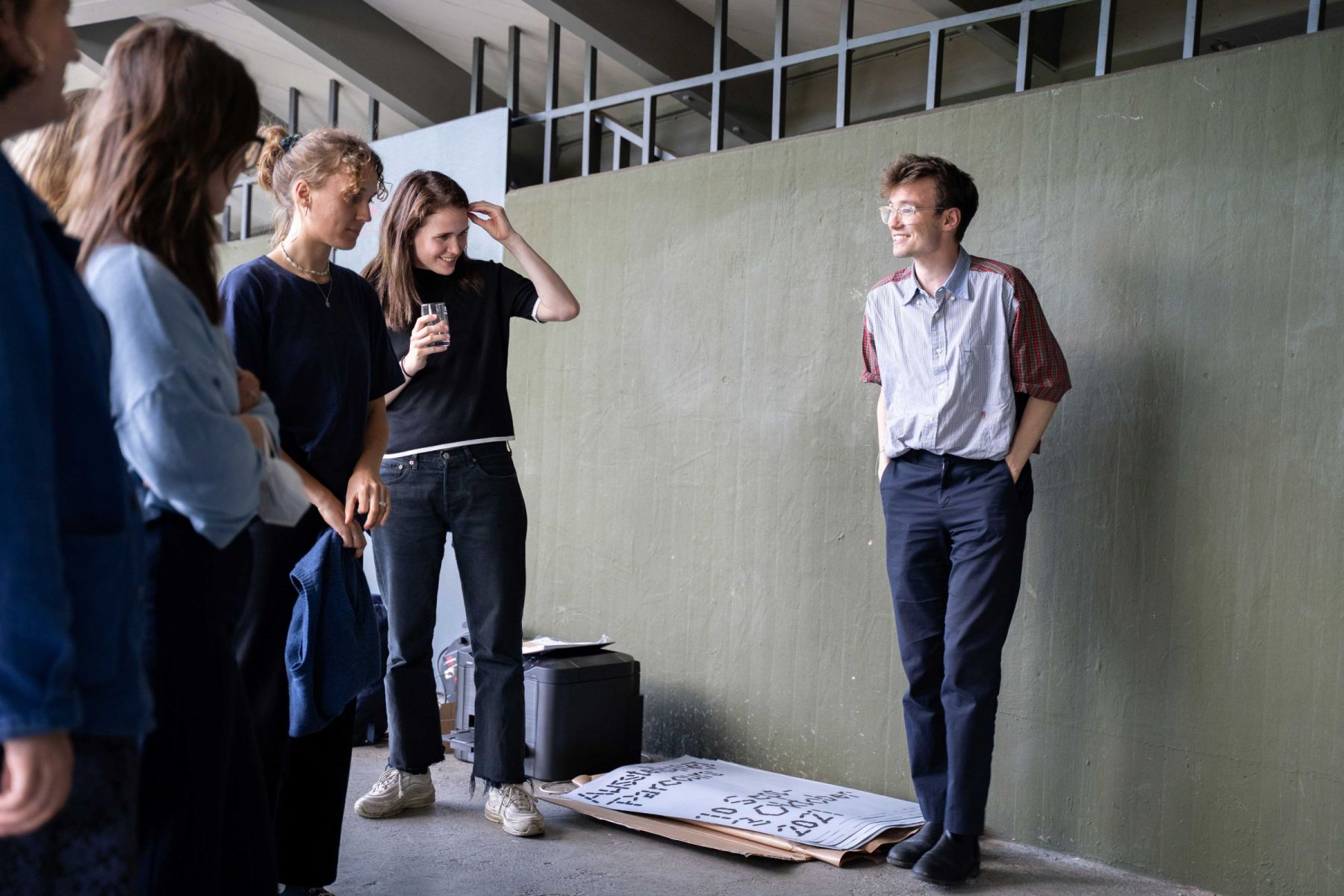
Foto: Karolina Sobel
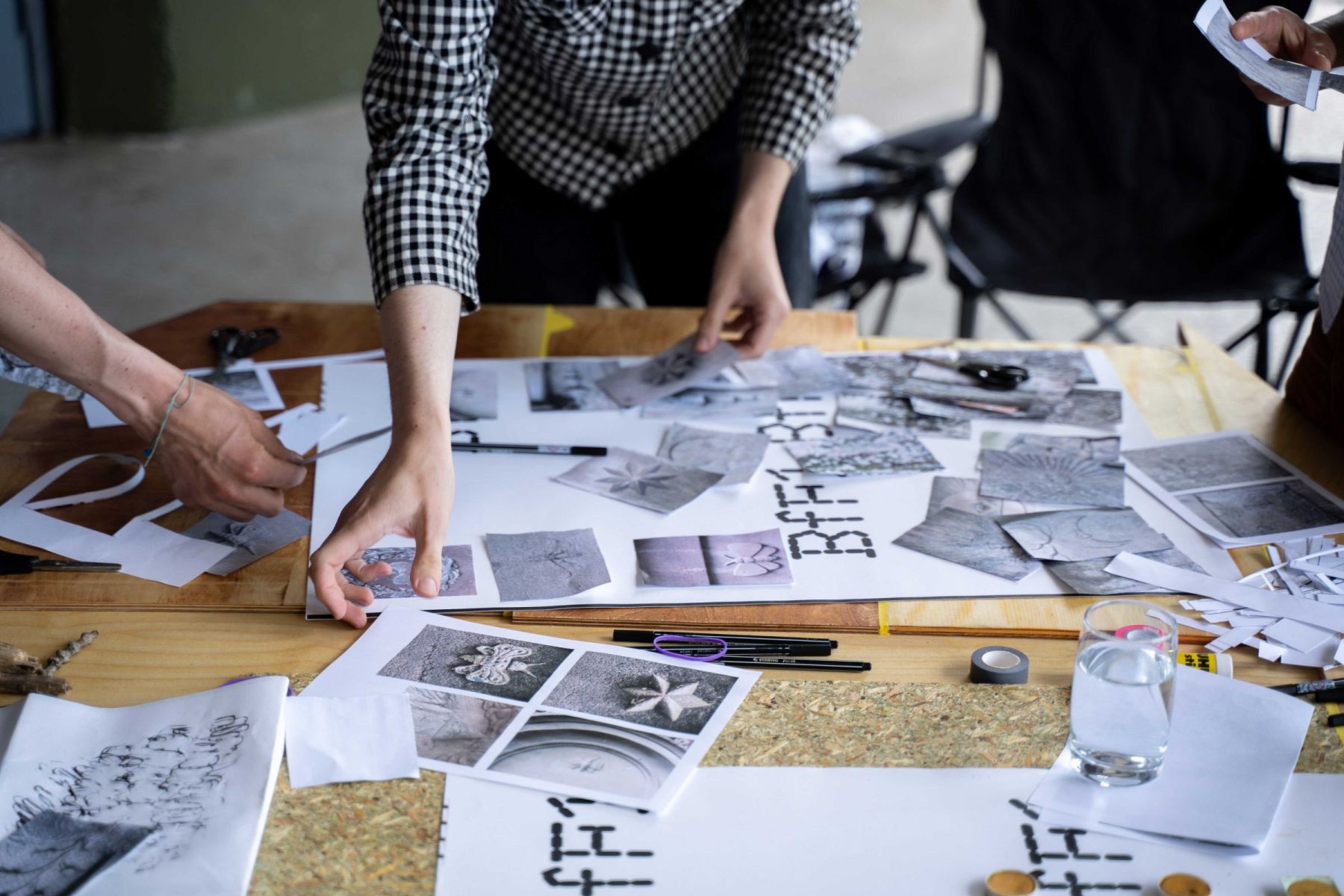
Foto: Karolina Sobel
WORKSHOP II
TUNNEL OF TIME: VON ERINNERUNGSRÄUMEN UND ZEITKAPSELN
With Lou von der Heyde and Daniel Vollmer, the neighborhood around the DELPHI_space will come into focus. Together and based on fictional and collective forms of memory, a temporary exhibition will be curated.
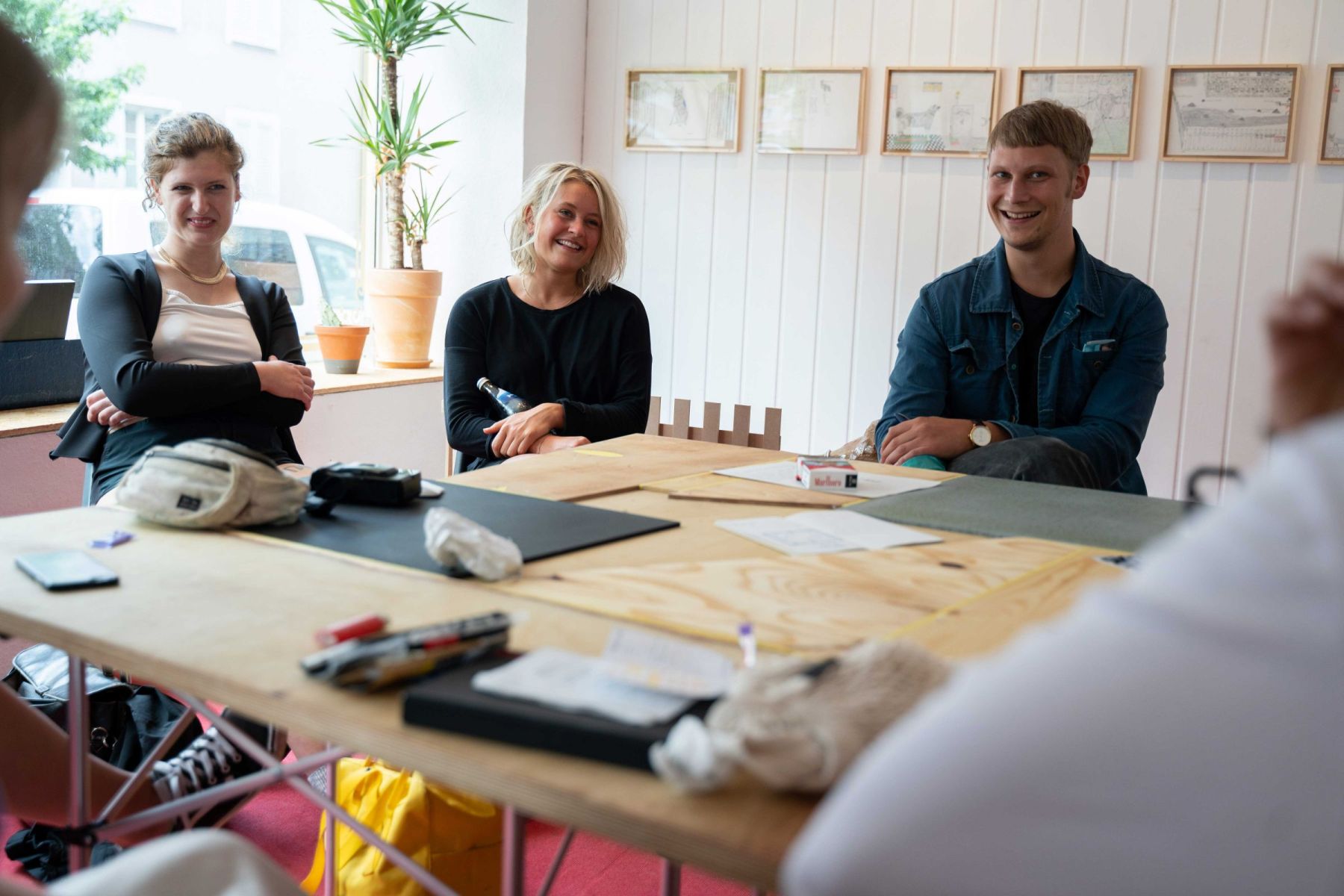
Foto: Karolina Sobel
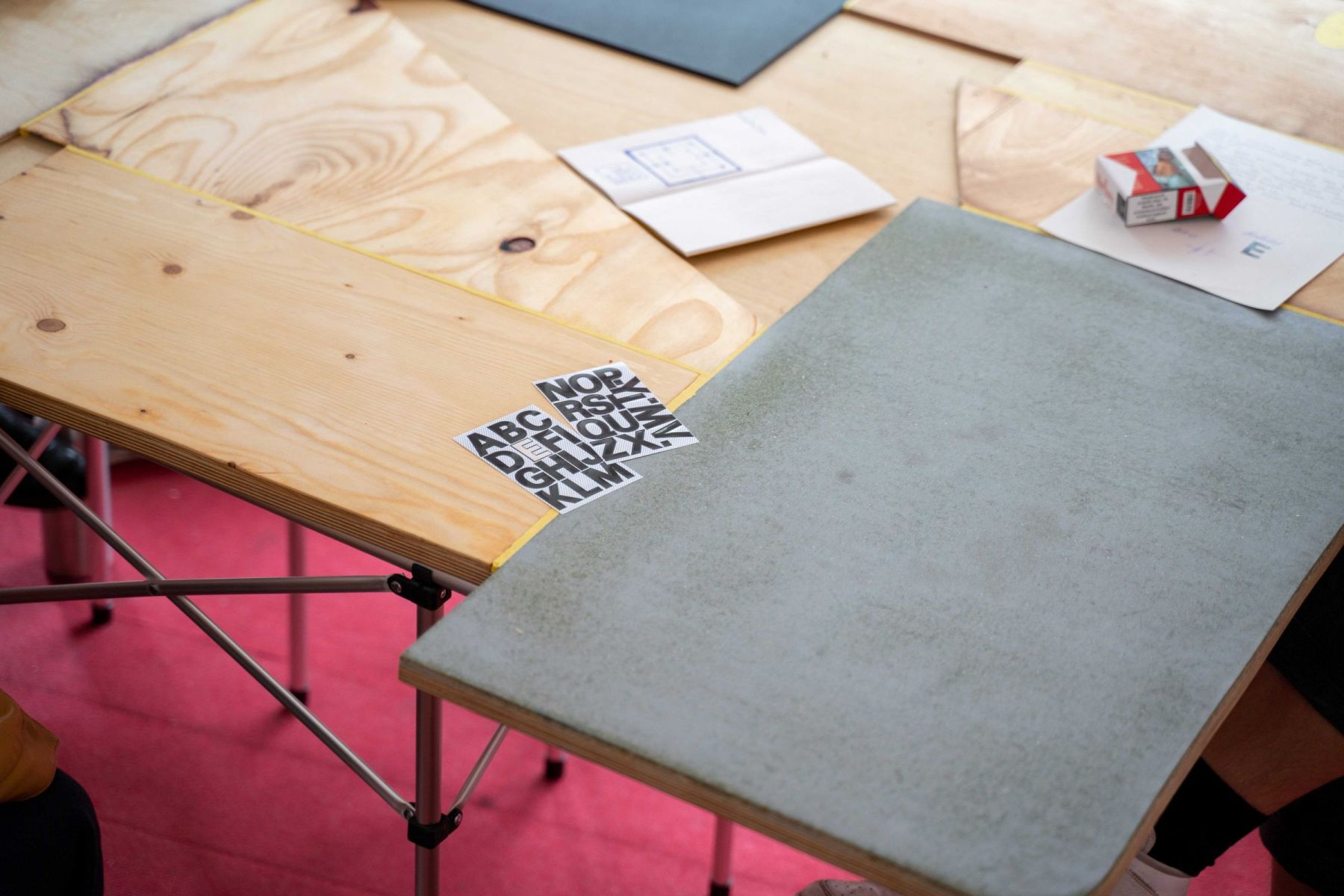
Foto: Karolina Sobel

Foto: Karolina Sobel
WORKSHOP III
BETWEEN US, IN ALL OF OUR DIFFERING EMBODIMENTS
Hanne König and Claudia Barth take lines of tradition of feminist practices as a starting point to test forms of confiding in each other through shared narration and local references.
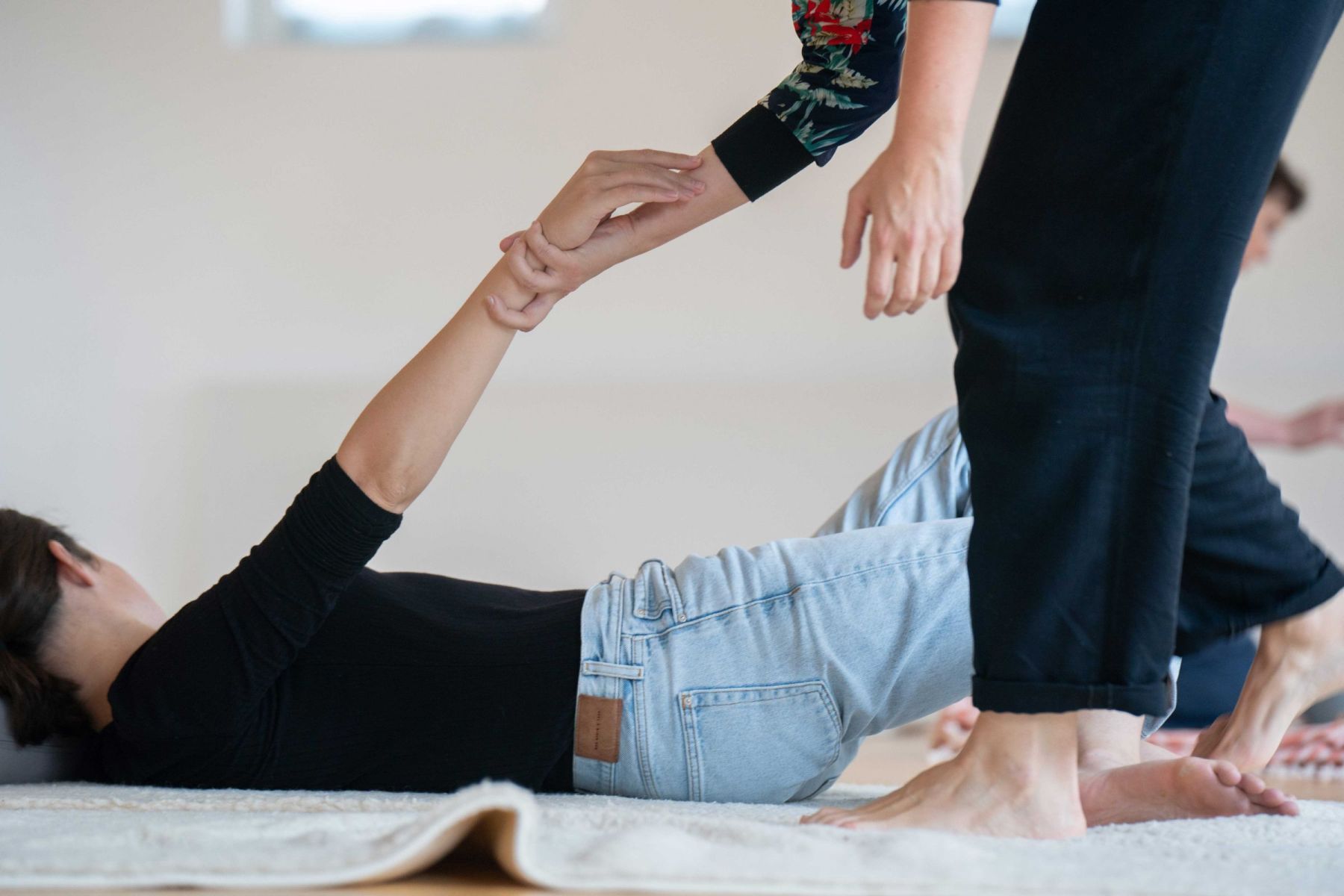
Foto: Karolina Sobel
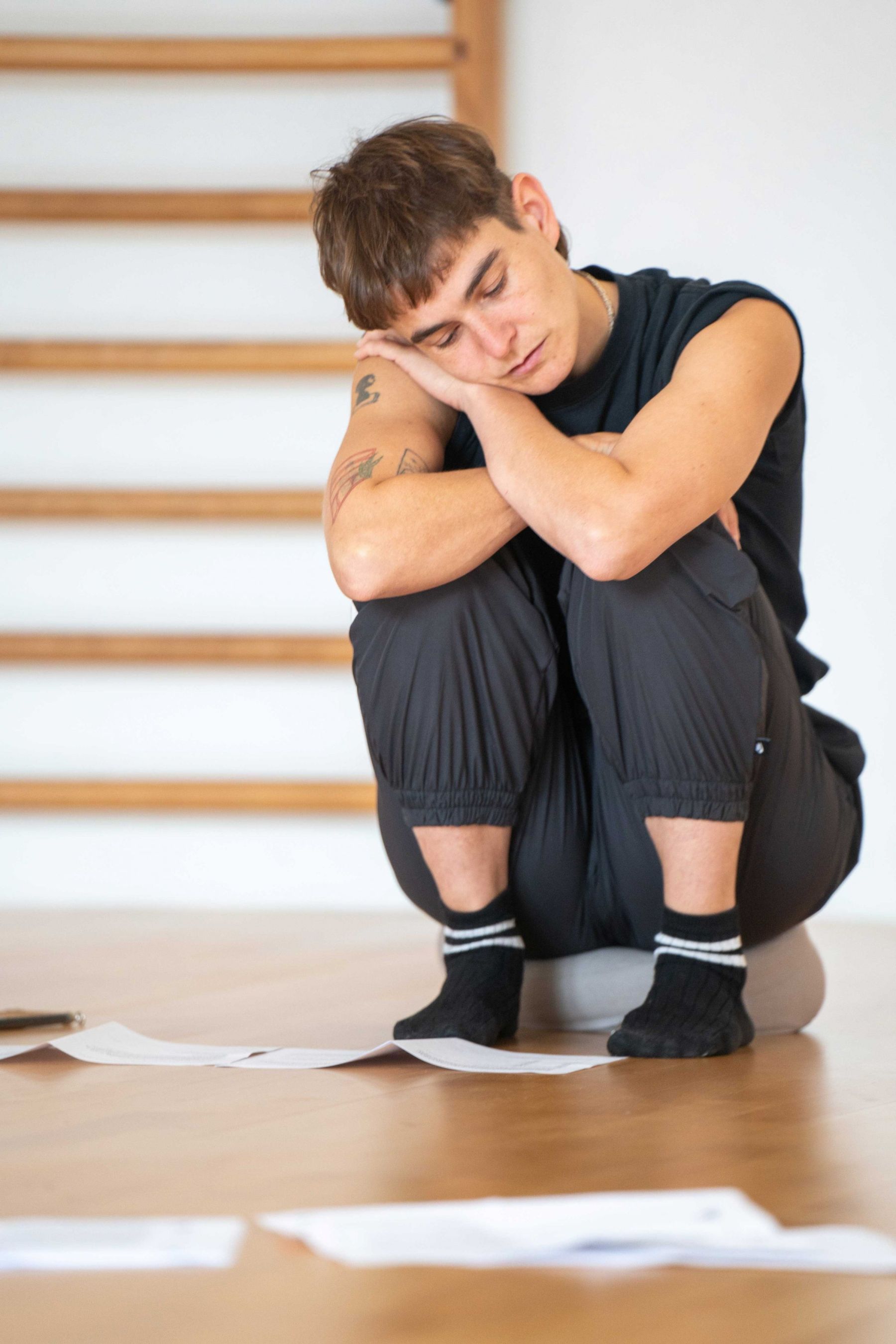
Foto: Karolina Sobel
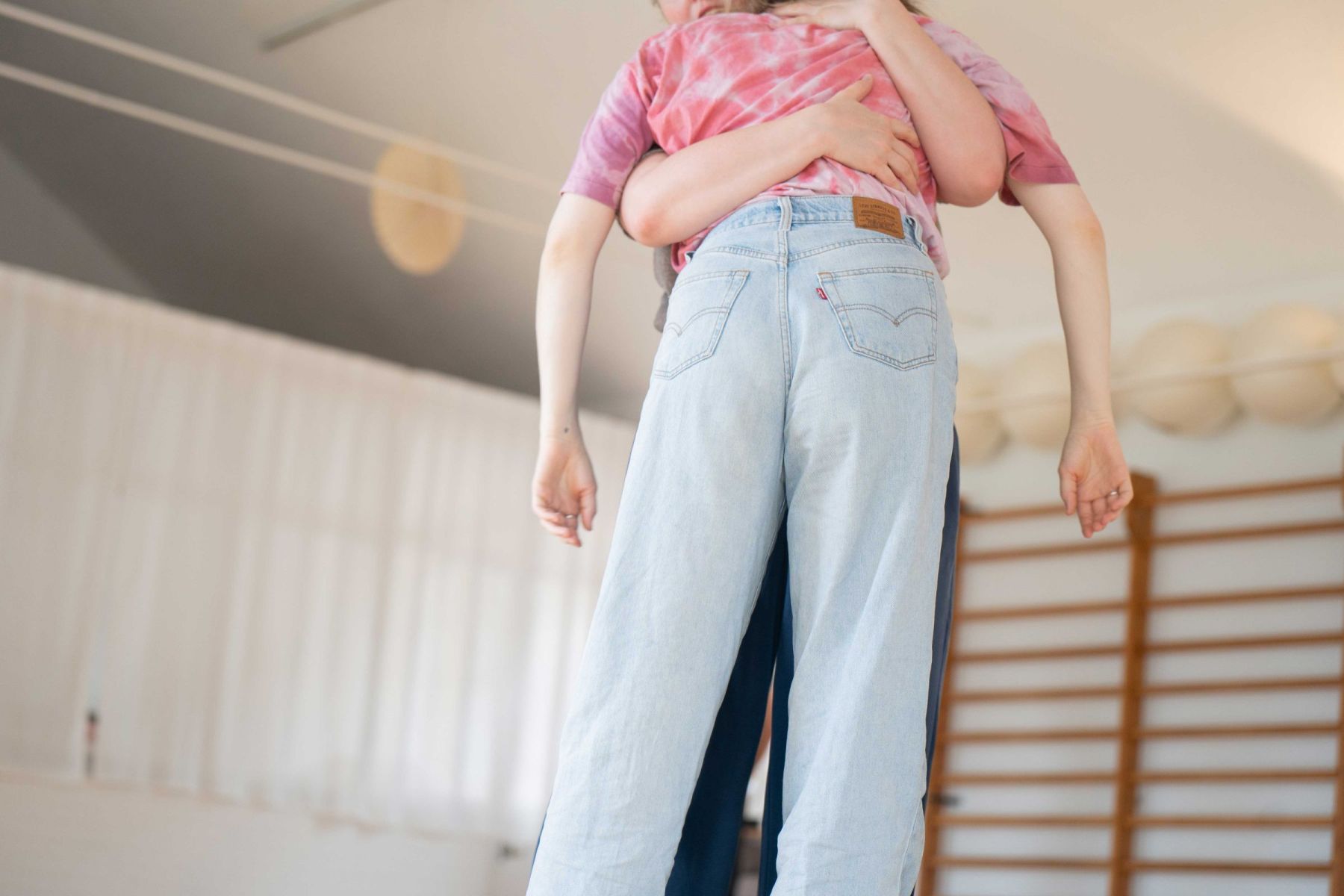
Foto: Karolina Sobel
Detailed information about the workshops is available here.
Following the workshops, the symposion "A Commonplace is Not a Cliché" Perspectives on Public Spheres, Asynchronous Commonplaces and Infrastructural Intimacies will take place on July 10 at the Basler Hof.
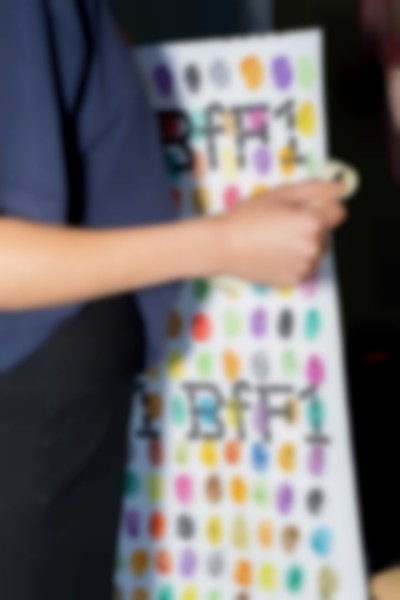

Foto: Karolina Sobel
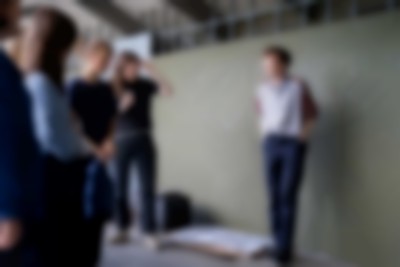

Foto: Karolina Sobel
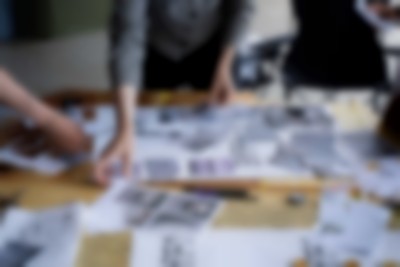

Foto: Karolina Sobel


Foto: Karolina Sobel
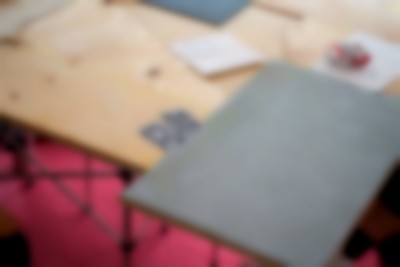

Foto: Karolina Sobel
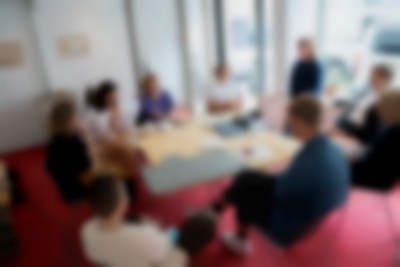

Foto: Karolina Sobel
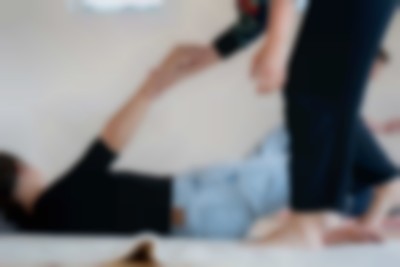

Foto: Karolina Sobel


Foto: Karolina Sobel
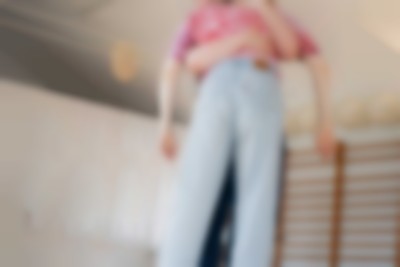

Foto: Karolina Sobel
A Day’s Work:
Minerva and the miscarriage of the brain by Johanna Hedva
Kommunales Kino
02.07 / 20:00
Reading and video screening followed by Q&A with Johanna Hedva and Jackie Grassmann.
… MoreA Day’s Work:
Minerva and the miscarriage of the brain by Johanna Hedva
02.07.2021 / 20:00 / Kommunales Kino
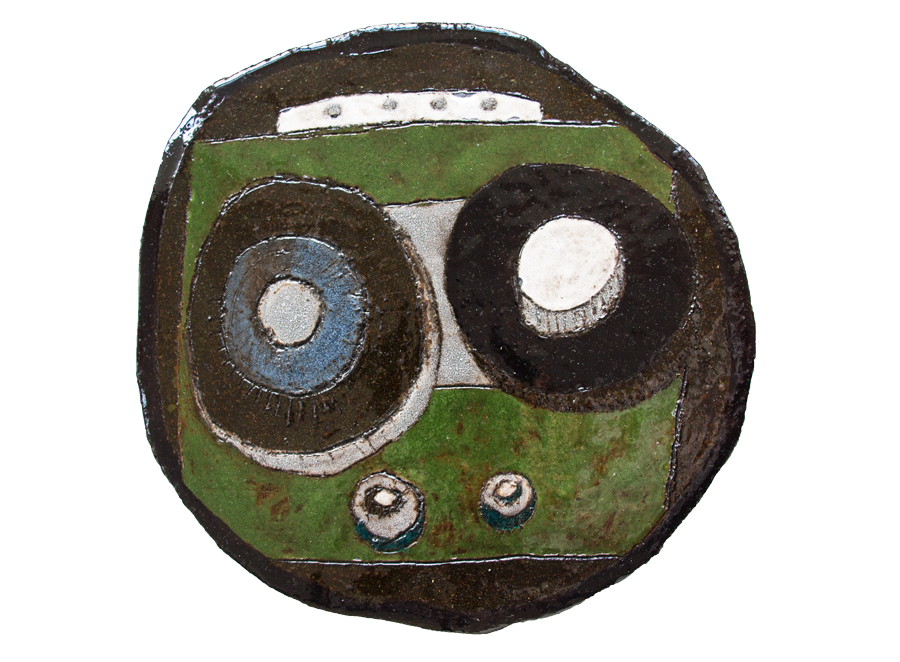
Sarah Lehnerer, A Day‘s Work, 2021, glazed ceramic, ca 30 x 30 cm
Reading and video screening followed by Q&A
Date: Friday, July 2, 8 p.m.
Location: Kommunales Kino, Urachstraße 40
Event in English with German translation.
Free entry, limited seating capacity.
Registration here
As part of A DAY’S WORK artist Johanna Hedva will read from their new book Minerva: The Miscarriage of the Brain. The reading will be streamed parallel to recordings of a live underwater camera and Jackie Grassmann will read her German translation of the text afterwards. For the subsequent conversation and Q&A Johanna Hedva will be joining live via video. Johanna Hedva will talk to us about how permeability, mysticism, processes of artistic work, biographical and encounters with friends and strangers relate to their texts and art. What influence do political, familial, physical and psychological conditions have on our creative work, and how do we deal with them?
A DAY’S WORK is a project conceived by Sarah Lehnerer, in collaboration with Jackie Grassmann and Inka Meißner for Biennale für Freiburg. The project consists out of two workshops and subsequent guest readings as part of the Biennale’s studio program. The workshops interrogate forms of initially non-purposeful, intimate writing: drawing on research in the German diary archive in Emmendingen, the workshops examine (one‘s own) writing on the threshold between everyday notation and artistic production. Sometimes in the stoicism of writing down or drawing everyday life at the table in the evening, transforming what has been experienced into something that can endure, lies that peripheral act from which artistic work also emerges. The workshops will be accompanied by a site-specific installation by Sarah Lehnerer – a painted setting of room dividers and utilitarian objects, ceramic furniture and writing equipment. The spatial installation A DAY’S WORK will then make the installative elements as well as text fragments from the workshops accessible to the public during the exhibition of the Biennale. The workshops will be framed by two guest lectures as a subsequent evening program, for which Keren Cytter (18.6. Literaturhaus Freiburg) and Johanna Hedva (2.7. Kommunales Kino) will each stage a reading.
Johanna Hedva (they/them) is a Korean-American writer, artist, musician, and astrologer, who was raised in Los Angeles by a family of witches, and now lives between LA and Berlin. Hedva is the author of Minerva the Miscarriage of the Brain (Sming Sming/Wolfman 2020), and the novel On Hell (Sator/Two Dollar Radio 2018). They have released the albums Black Moon Lilith in Pisces in the 4th House (2021), and The Sun and the Moon (2019).
The reading is preceded by a workshop by Jackie Grassmann and Sarah Lehnerer: ECHOES AS RESPONSE
The event is partially barrier-free, for more information please contact:
info@biennalefuerfreiburg.de
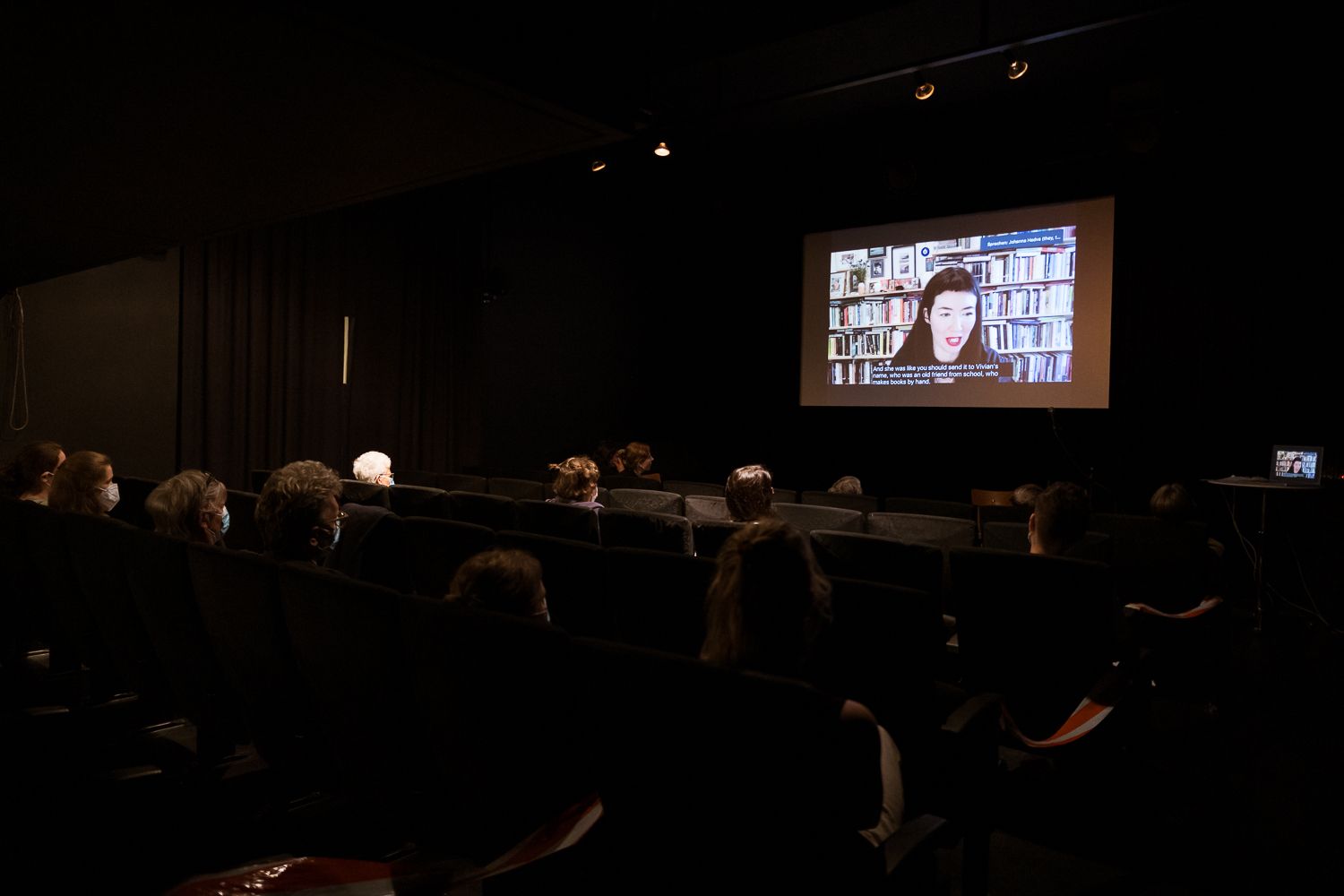
Johanna Hedva (Screen) during her reading "Minerva and the miscarriage of the brain" at the Kommunale Kino Freiburg.
Foto: Jennifer Rohrbacher
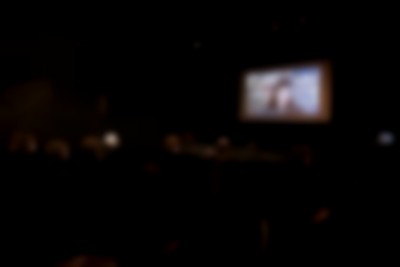

Johanna Hedva (Screen) during her reading "Minerva and the miscarriage of the brain" at the Kommunale Kino Freiburg.
Foto: Jennifer Rohrbacher
A Day's Work: Echoes as Response
Musikpavillon, Stadtgarten
02.07 /
11:00 – 15:00
Workshop by Jackie Grassmann and Sarah Lehnerer
… MoreA Day's Work: Echoes as Response
02.07.2021 / 11:00 – 15:00 / Musikpavillon, Stadtgarten

Sarah Lehnerer, A Day‘s Work, 2021, glazed ceramic, ca 30 x 30 cm
With Jackie Grassmann and Sarah Lehnerer
To whom, for whom, and with whom do we actually write when we write? In the workshop we will explore what it means to refer to others, to appropriate, to dialogue, to repeat, to collect and to exchange. How does it feel to write when we become aware that we as writers are never alone, but are always already involved in a political and social fabric, describing it and being described by it? Using selected text fragments, we will try to read out which forces, echoes, objects or other elements beyond the author‘s ego are the driving force of writing. In small writing exercises we will experiment with the forms that emerge when we give these forces their own voice.
The workshop reflections have their origin in the collaborative project „Fireflies in the Dark. A Reading on Ambiguities“ by the two artists.
As part of the Biennale für Freiburg, artist Sarah Lehnerer, in collaboration with Jackie Grassmann and Inka Meißner, will realize the project A DAY’S WORK and hold two workshops as part of the studio program. They interrogate forms of initially non-purposeful, intimate writing: drawing on research in the German diary archive in Emmendingen, the workshops examine (one‘s own) writing on the threshold between everyday notation and artistic production. Sometimes in the stoicism of writing down or drawing everyday life at the table in the evening, transforming what has been experienced into something that can endure, lies that peripheral act from which artistic work also emerges. The workshops will be framed by two guest lectures as a subsequent evening program, for which Keren Cytter and Johanna Hedva will each stage a reading.
The workshops will be accompanied by a site-specific installation by Sarah Lehnerer – a painted setting of room dividers and utilitarian objects, ceramic furniture and writing equipment. The spatial installation A DAY’S WORK at the Kunstverein Freiburg in
September will then make the installative elements as well as text fragments from the workshops accessible to the public.
After the workshop the performative reading MINERVA AND THE MISCARRIAGE OF THE BRAIN will be given by Johanna Hedva.
July 2, 11 a.m.-5 p.m.
Musikpavillon at Stadtgarten
Free entry, Limited seating capacity, Registration required: Registration here
The event is partially barrier-free, for more information please contact: info@biennalefuerfreiburg.de
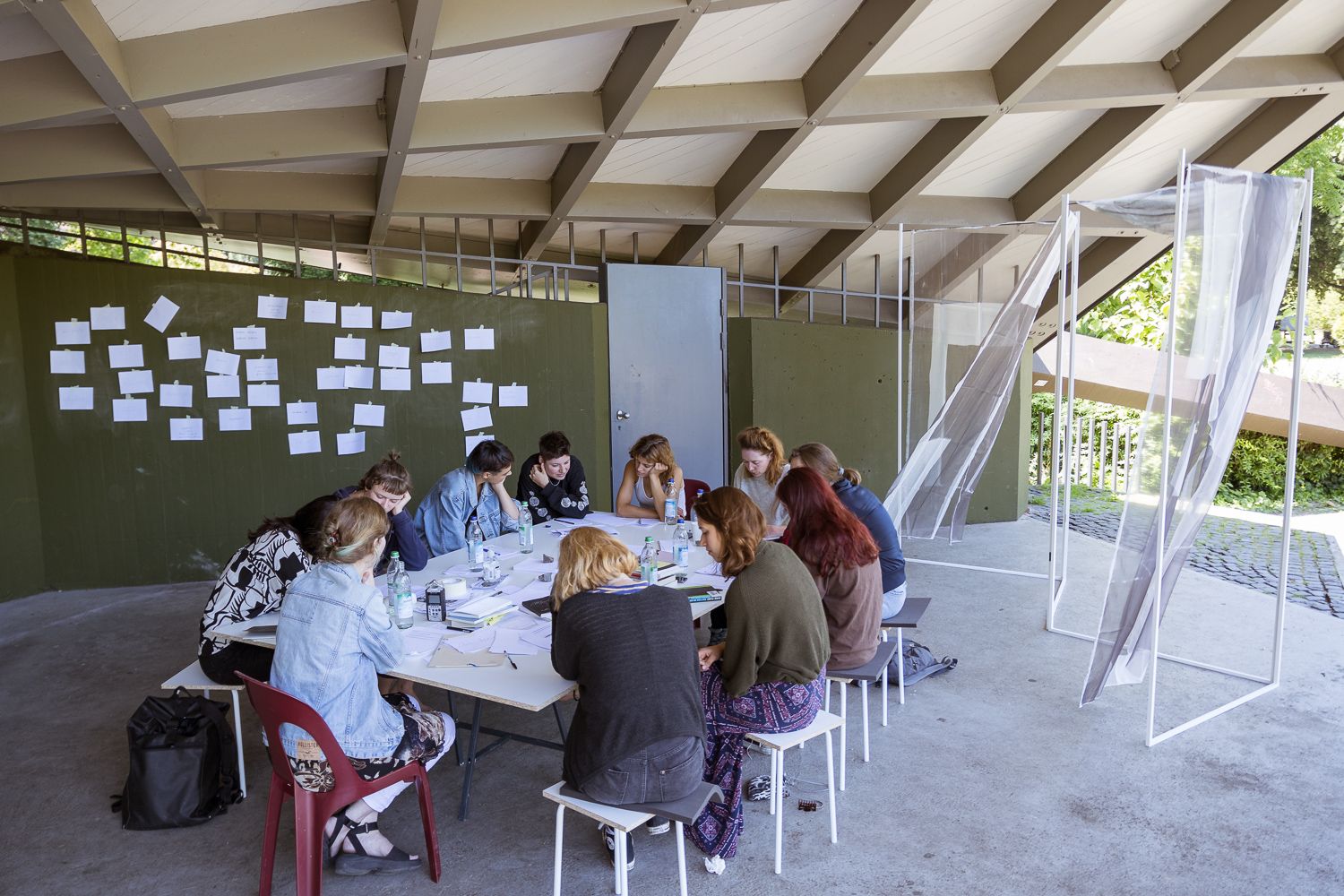
Foto: Jennifer Rohrbacher
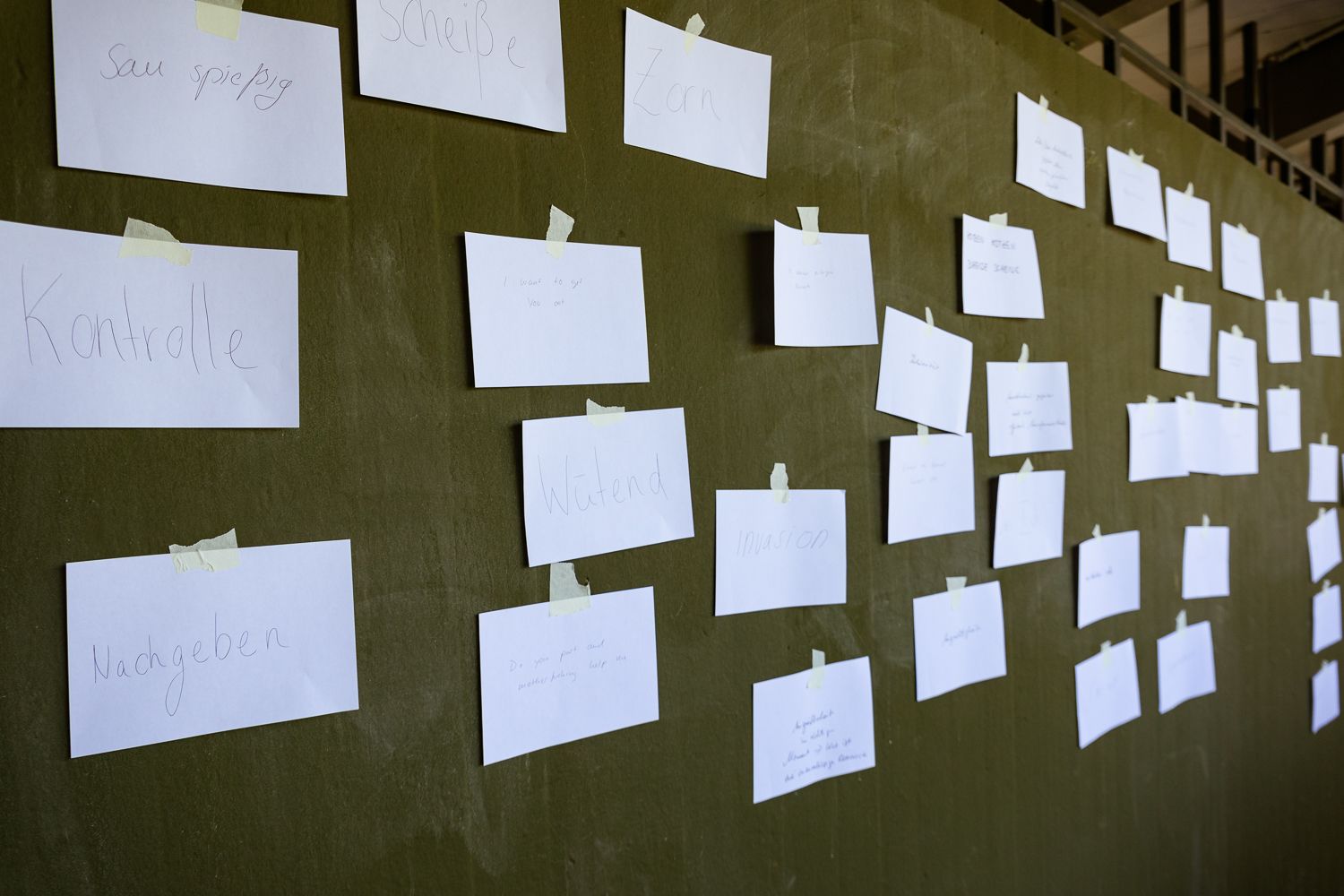
Foto: Jennifer Rohrbacher
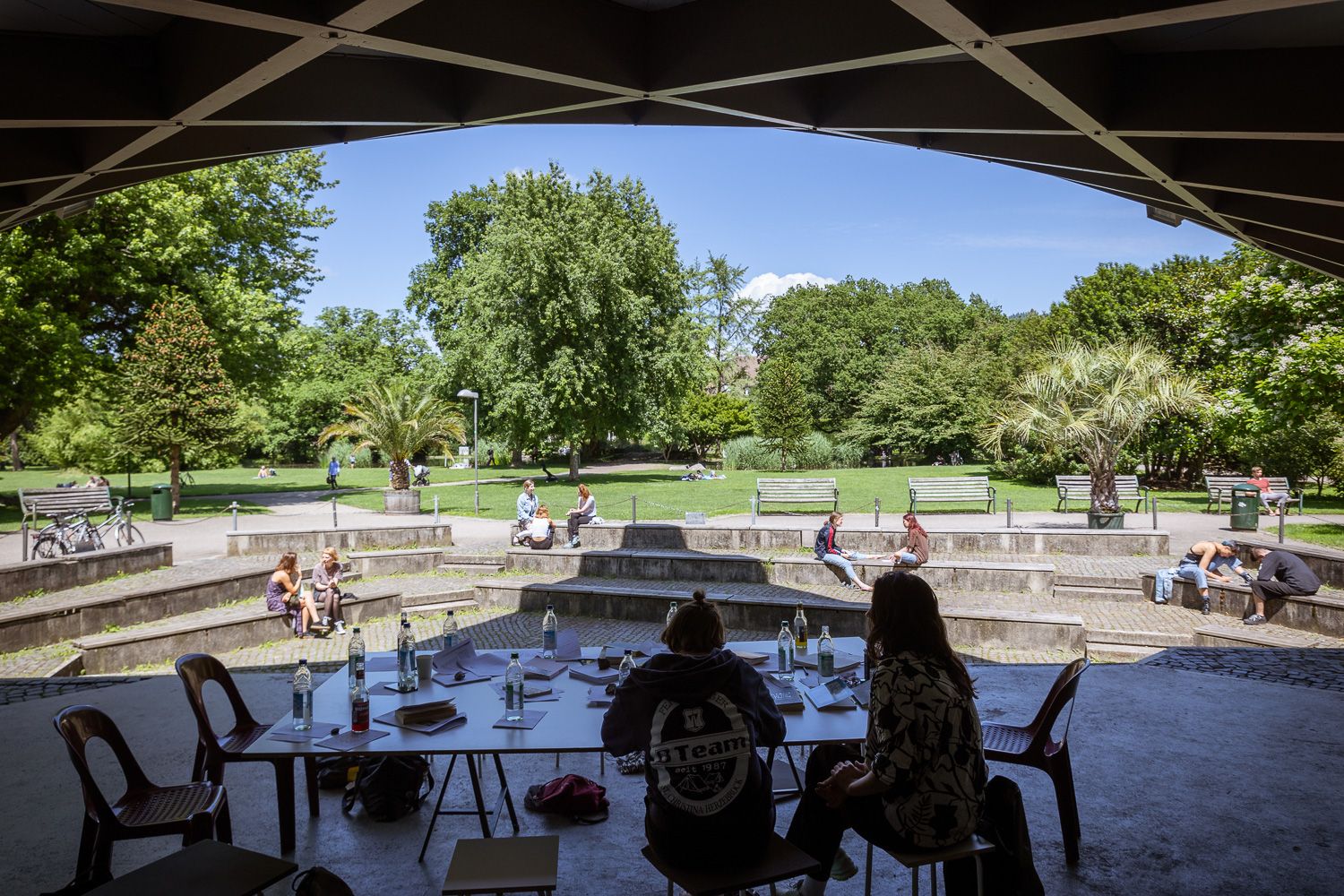
Foto: Jennifer Rohrbacher
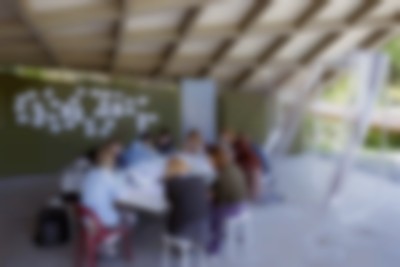

Foto: Jennifer Rohrbacher
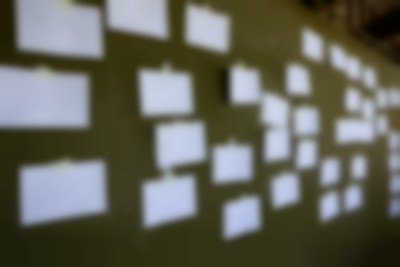

Foto: Jennifer Rohrbacher
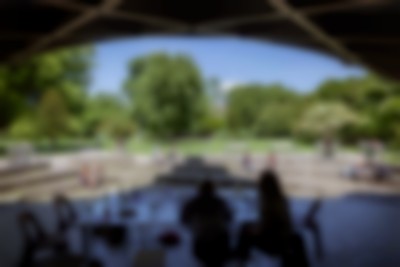

Foto: Jennifer Rohrbacher
Between the pavement, the beach! A slow walk for a green (Freiburg)
Musikpavillon, Stadtgarten
26.06 /
11:00 – 17:00
Greencollecting-walk with Andreas von Ow in the entire Freiburg urban area.
… MoreBetween the pavement, the beach! A slow walk for a green (Freiburg)
26.06.2021 / 11:00 – 17:00 / Musikpavillon, Stadtgarten
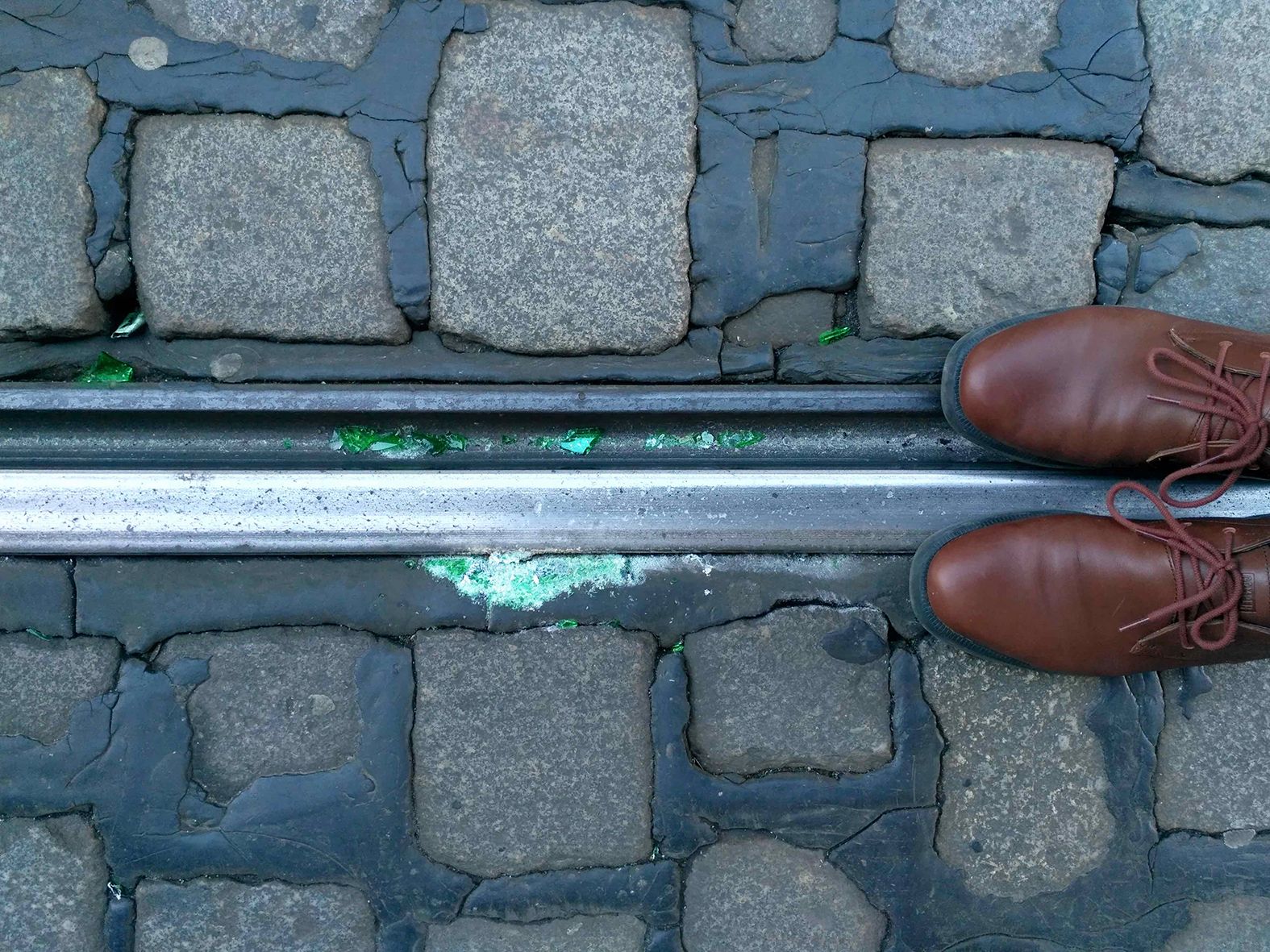
„Zwischen dem Pflaster liegt der Strand, a slow walk for a green (Freiburg)“, Workingprocess, 2021, © Andreas von Ow
We are happy to invite you for a special walk, where green becomes the red thread until the city map turns black! We will find a rich source: the green glass in all its nuances, the coveted raw material for what will ultimately become a color painting.
Starting from the meeting point at the Musikpavillon, participants will be sent to one area of Freiburg. Equipped with a citymap, a black pen (to blacken searched places), tweezers and plastic bags, we will all spread out in pairs.
The valuable blanks for the green pigments are taken from the surrounding area. The collected material is processed by Andreas von Ow to pigment in different grain sizes, enriched with binder and condensed on a picture carrier in several layers to a color painting, from the green in all its facets. The color receives a body, the green becomes “flesh”. Later on, this work will be presented as part of the exhibition of the Biennale that opens in September.
While walking and simultaneously removing the green from the cityscape, questions arise: How does one's own perspective on the land- and cityscape change when one focuses on "green"? What stories do the traces of green glass tell us about the place? What happens to our color vision and to our perception of the environment, before, during, and after walking? And finally, what does it mean to advocate for art in a society?
The found objects and (color) impressions will be brought together at 5 p.m. during a drink in the Stadtgarten, where conversations may take place and common reflections can be shared.
We would be happy to meet and walk with you on June 26! Already two days earlier, Andreas von Ow will talk about his artistic practice – for more information please visit: here.
With best regards and in great anticipation,
Andreas von Ow and the team of the Biennale für Freiburg
Date: June 26, Start: 11 a.m. at Musikpavillon inside the Stadtgarten.
Final color collection from 5 p.m. ibid.
The event is free of charge
Please register at: Registration here
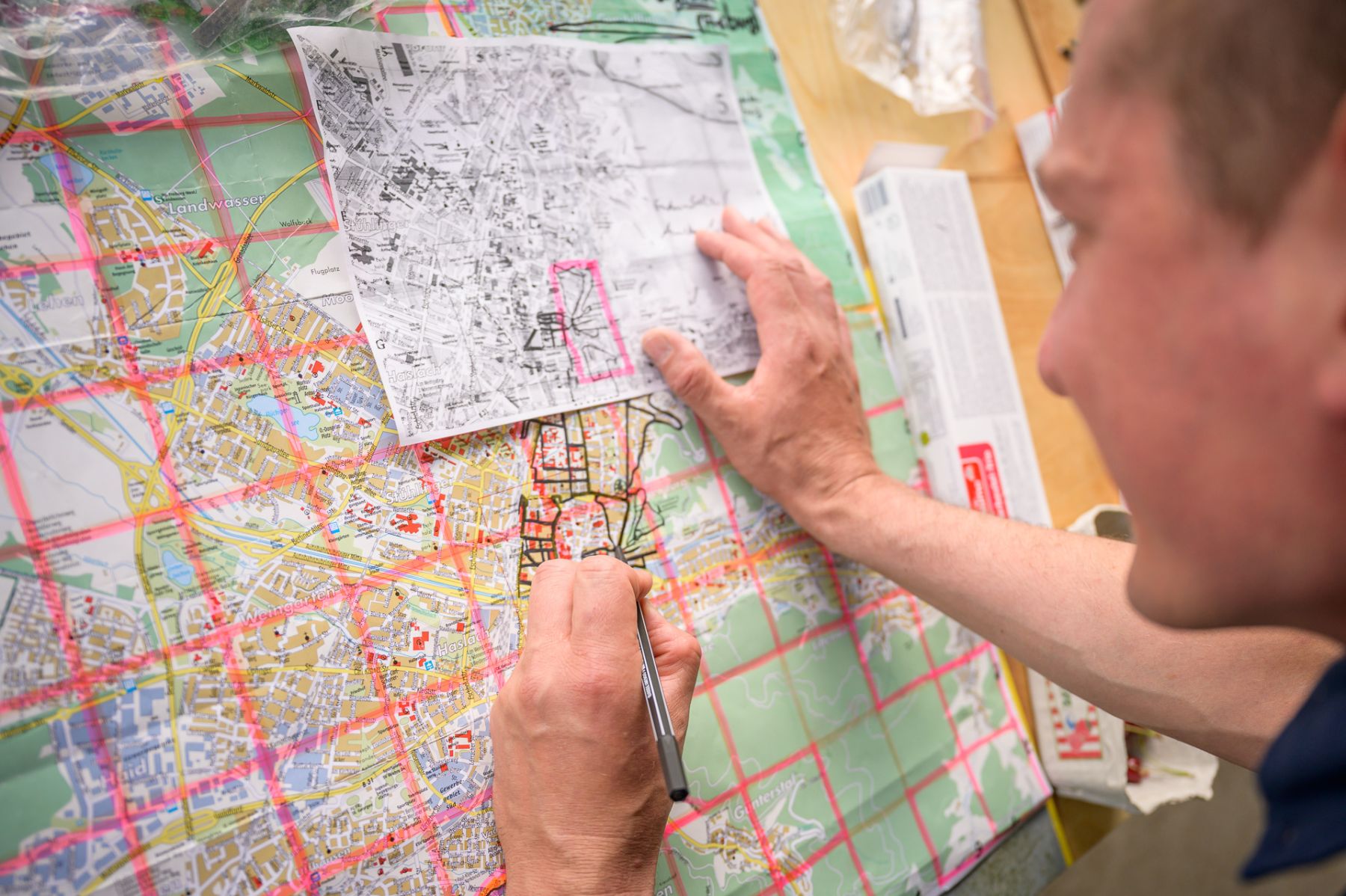
Photo: Marc Doradzillo
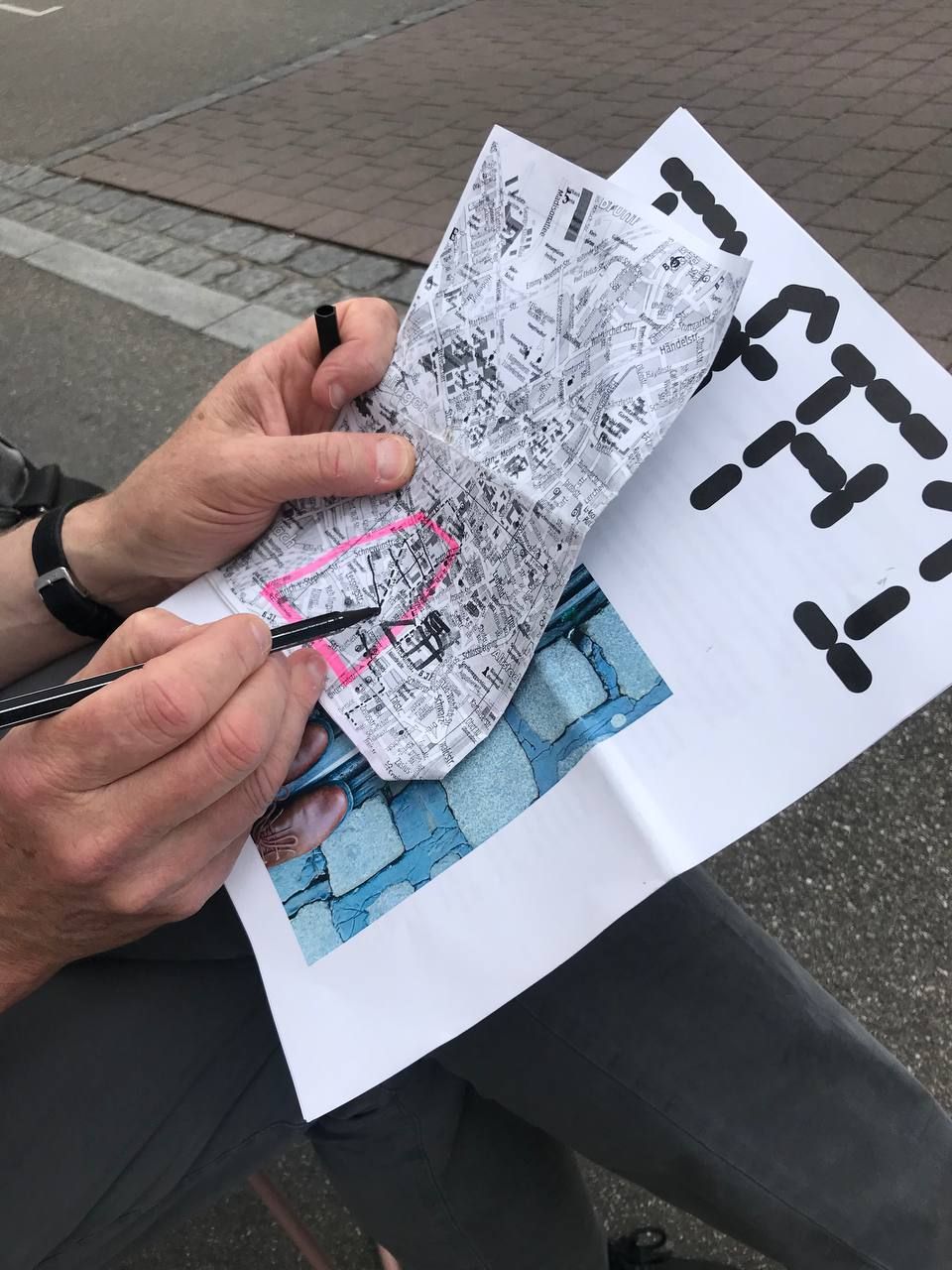
Photo: Andrea Mihaljevic
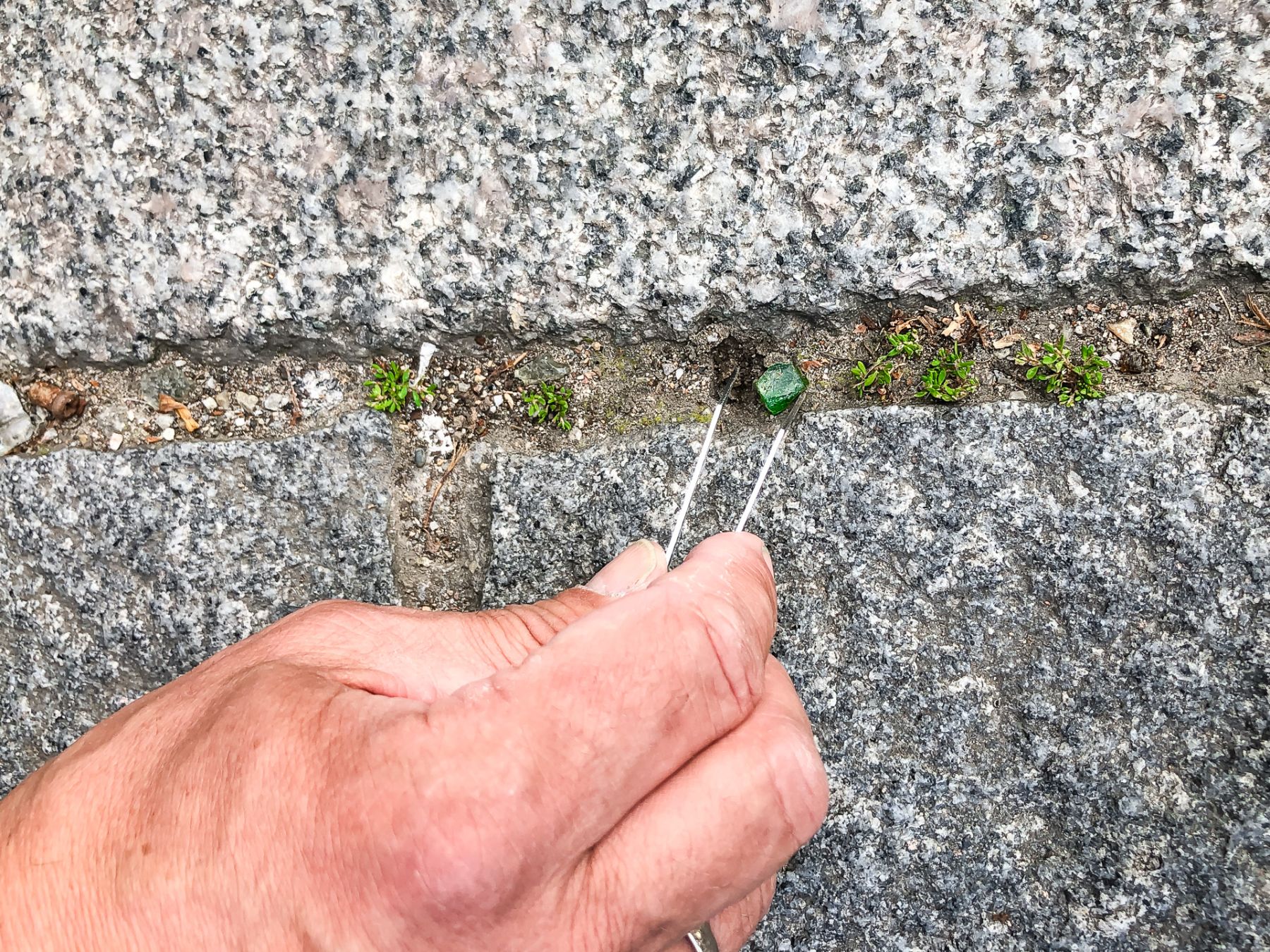
Photo: Marc Doradzillo
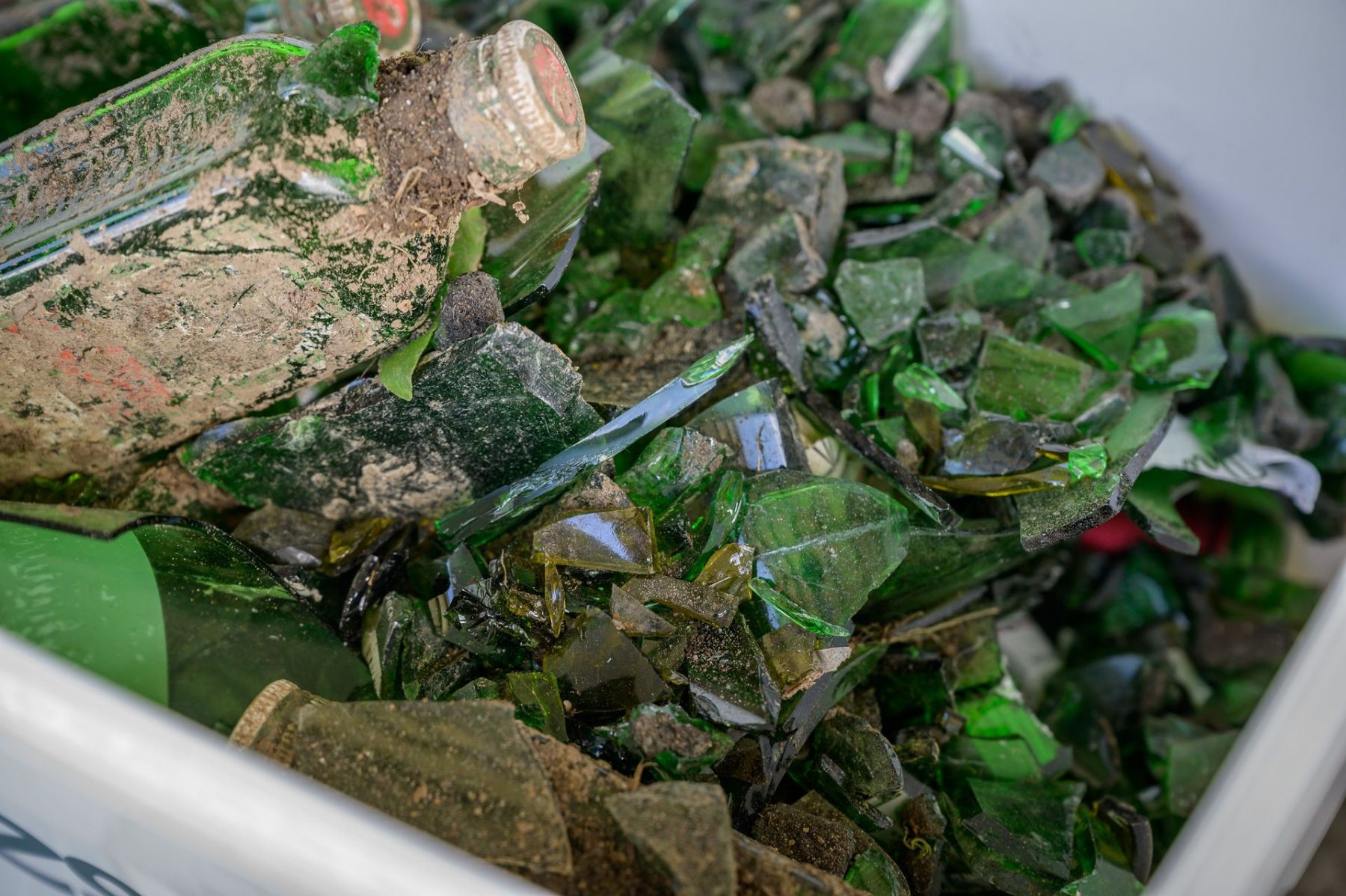
Photo: Marc Doradzillo
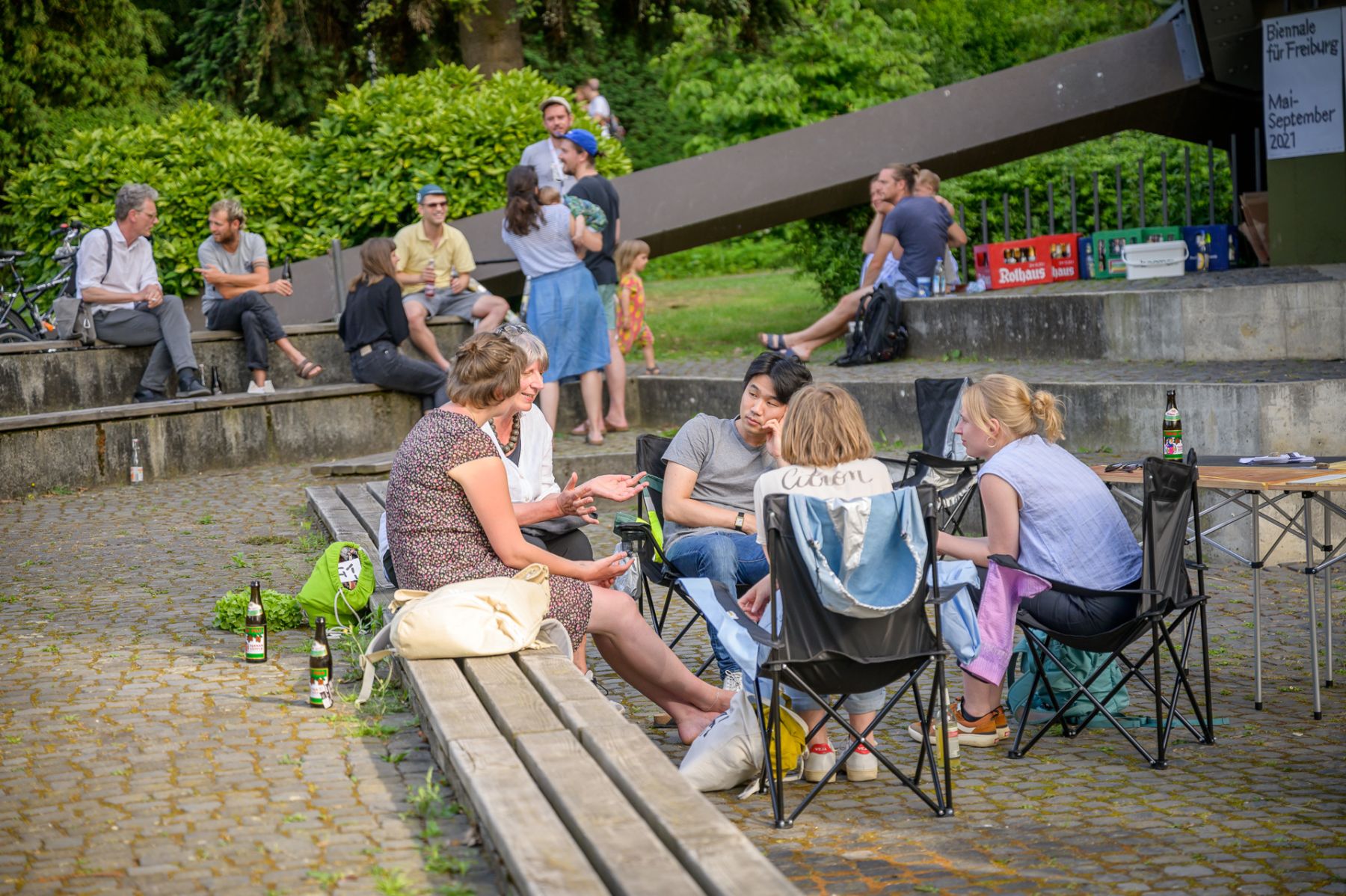
Foto: Marc Doradzillo
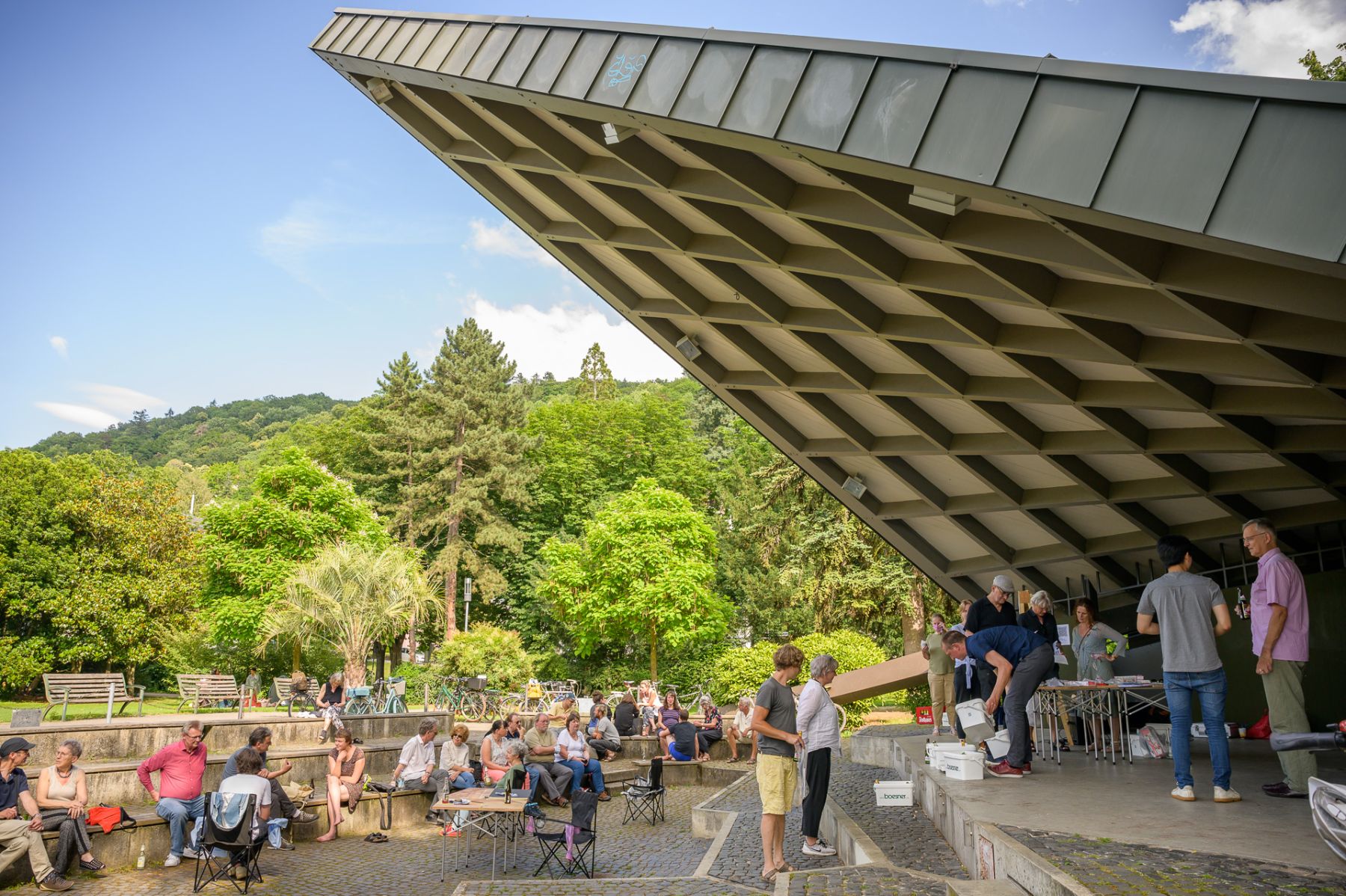
Photo: Marc Doradzillo


„Zwischen dem Pflaster liegt der Strand, a slow walk for a green (Freiburg)“, Workingprocess, 2021, © Andreas von Ow
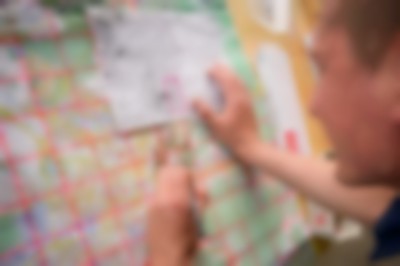

Photo: Marc Doradzillo
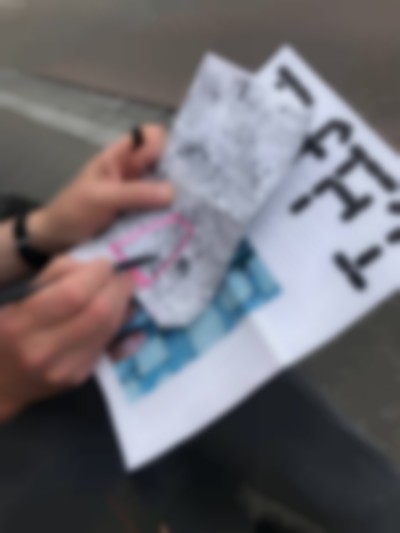

Photo: Andrea Mihaljevic
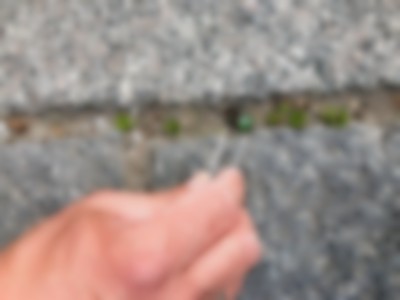

Photo: Marc Doradzillo
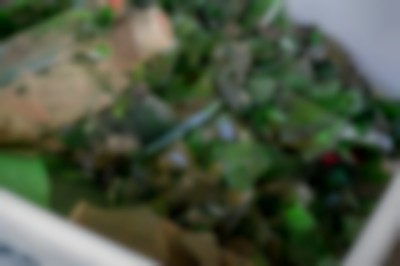

Photo: Marc Doradzillo
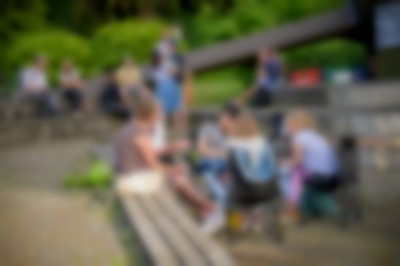

Foto: Marc Doradzillo
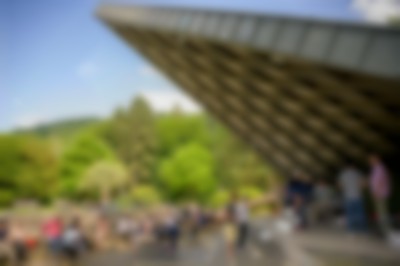

Photo: Marc Doradzillo
Open Studio #2
Online
24.06 / 19:30
Second iteration of the OPEN STUDIO in which artist Andreas von Ow and cultural anthropologist and architect Aylin Yildirim Tschoepe share insights into their practice.
… MoreOpen Studio #2
24.06.2021 / 19:30 / Online

With artist Andreas von Ow and cultural anthropologist and architect Aylin Yildirim Tschoepe.
The OPEN STUDIO is intended as an invitation to collective reflection on artistic processes — it focuses on the unfinished and the processual. The 'opening' of the studio is not understood primarily as the physical opening of a private workspace, but rather as the unlocking of a space of thought that facilitates an exchange about artistic modes of production.
Every last Thursday of the month, from May to September, the OPEN STUDIOS take place. Invited artists, curators, thoerists and writers will give fragmentary insights into their artistic practice during the event series. Be it loose thoughts, specific objects and their stories or conceptual reflections on works — the OPEN STUDIOS invite to continue thinking together in ‘intimate public’, to associate, to talk about processes and to reflect on conditions of production.
Date: June 24, 7:30 p.m.
The event will take place online via Zoom due to bad weather conditions, a link will be sent after registration.
The event is free of charge, Registration required: Registration here
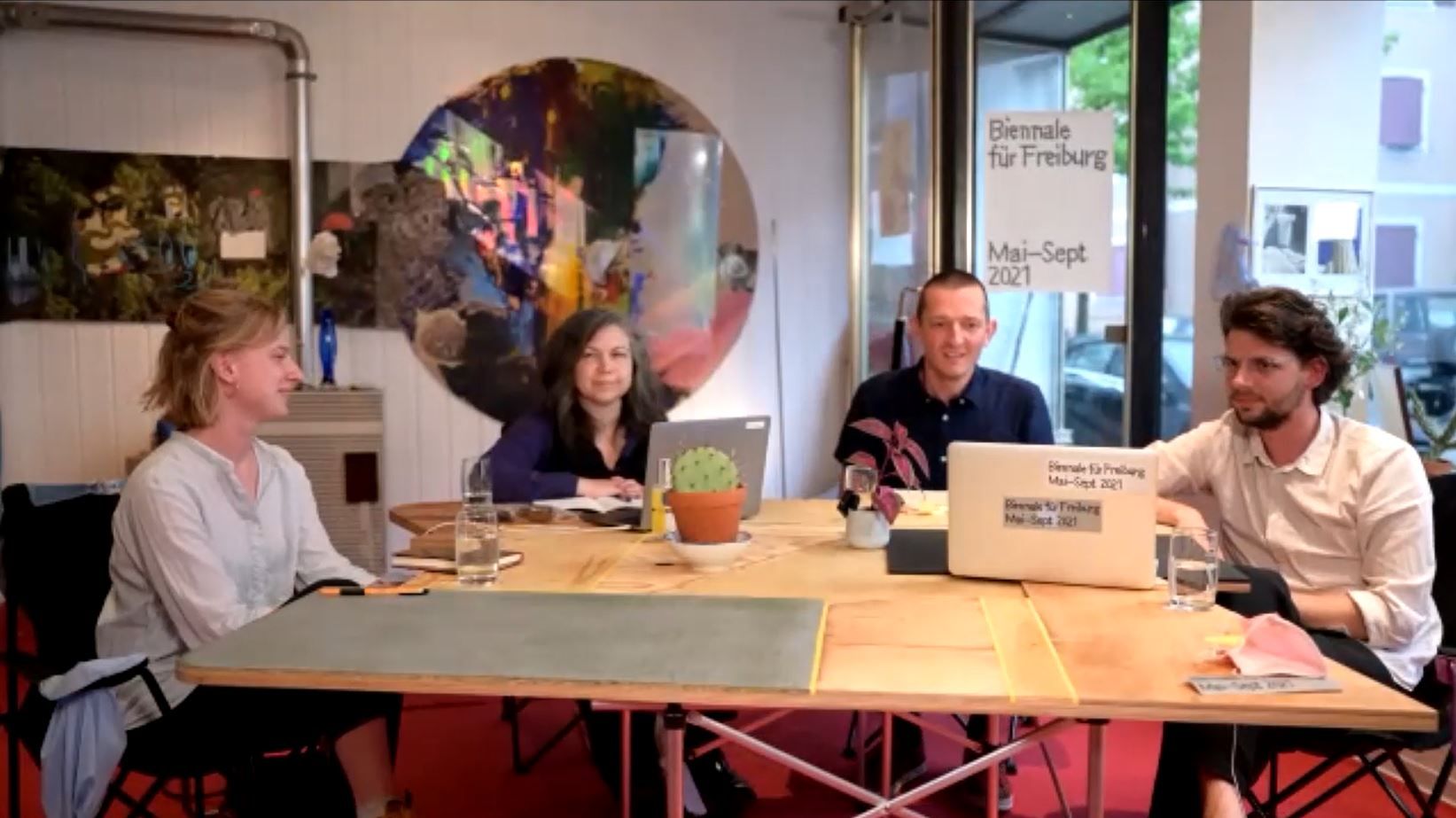
Screenshot of OPEN STUDIO #2
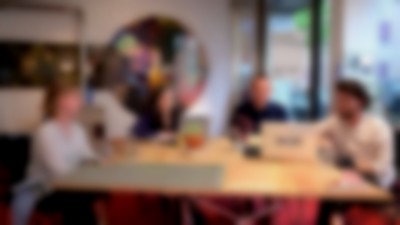

Screenshot of OPEN STUDIO #2
A Day’s Work: Business Class
by Keren Cytter
Literaturhaus Freiburg
18.06 / 19:30
Performative reading by Keren Cytter, with Inka Meißner and Laurie Mlodzik.
… MoreA Day’s Work: Business Class
by Keren Cytter
18.06.2021 / 19:30 / Literaturhaus Freiburg
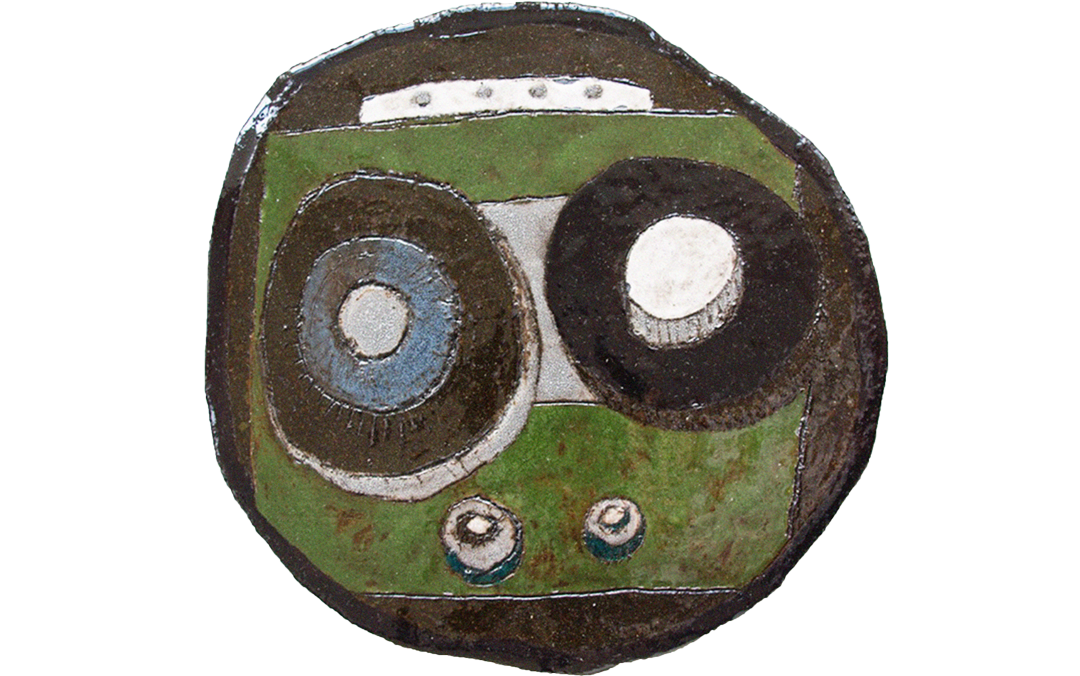
Sarah Lehnerer, A Day‘s Work, 2021, glazed ceramic, ca 30 x 30 cm
Performative Reading
For A DAY'S WORK, concept by Sarah Lehnerer in collaboration with Jackie Grassmann and Inka Meißner, artist Keren Cytter will stage a simulation of a rehearsal of her currently developing performance Business Class at the Literaturhaus Freiburg. In the process, Cytter will rehearse a specific excerpt from the performance with two non-professional actresses and follow the process of memorising and physically interpreting the written word until a reading emerges. Finally, the relevant section is presented as a recording of the original performance.
Woman: Once when I was in Paris I went to buy earrings for Isabelle, my then sister in law. It was a huge department store high ceilings and escalators. As I was walking and looking at the jewels, I see this cool-looking young woman, walking around the store. I smiled at her and she smiles back. She seemed so nice and friendly. I had to introduce my self to her. So I’m walking to her with my hand like that, and I bump my head in the mirror.... I ran away from the store. That was the last time I saw me.
In cooperation with German Diary Archive and Literaturhaus Freiburg.
Keren Cytter was born in Tel Aviv, Israel, in 1977. She lives and works in New York, USA since 2012. Cytter studied Fine Arts at the Avni Institute of Art in Tel Aviv. Among others, she received the Baloise Art Prize in 2006 and the Ars Viva Prize in 2008. In 2014/2015 she was appointed professor of Fine Arts at the Kunstakademie Düsseldorf
The reading is preceded by a workshop by Inka Meißner and Sarah Lehnerer: ROOM WITHOUT WALLS
Date: June 18, 7:30 p.m.
Location: Literaturhaus Freiburg, Bertoldstraße 17
Participation only with current negative Corona rapid test (or evidence of recovery, or complete vaccination)
Free entry, The event is held in English
Limited seating capacity, registration required:
Registration here
The event is partially barrier-free, for more information please contact:
info@biennalefuerfreiburg.de
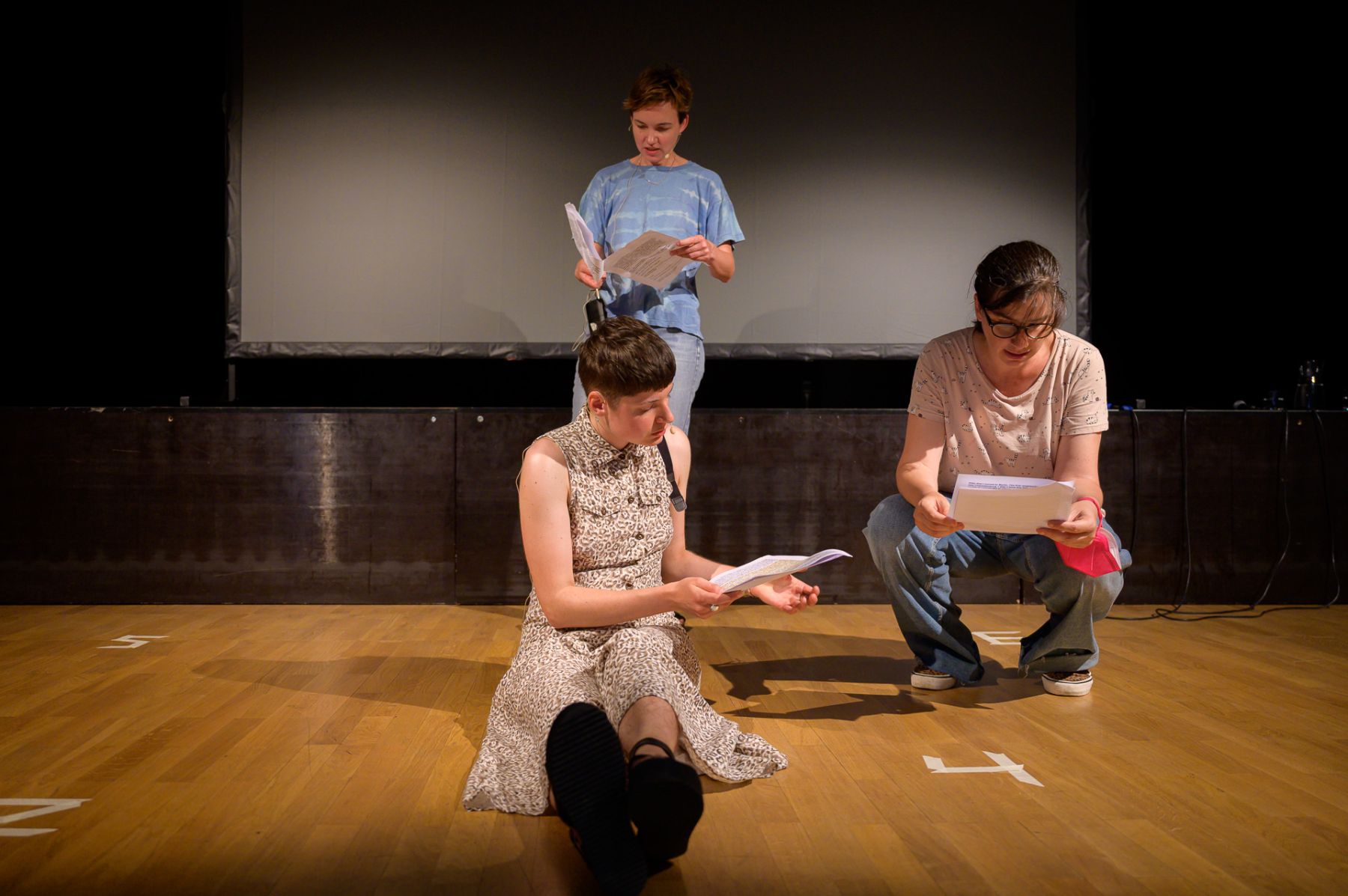
Inka Meißner (back), Laurie Mlodzik (front left) and Keren Cytter (right) at the performative Reading BUSINESS CLASS at Literaturhaus Freiburg.
Image: Marc Doradzillo
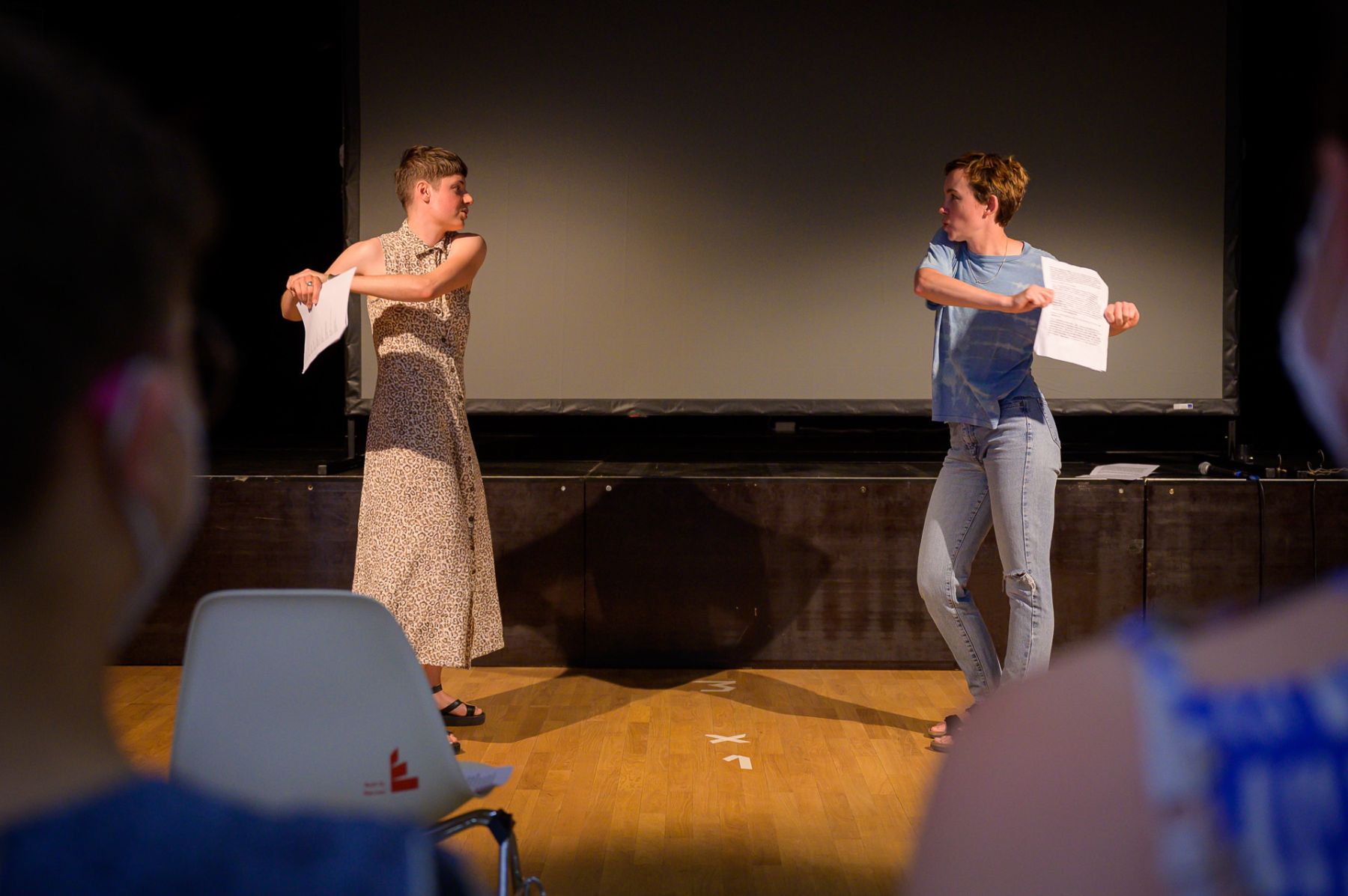
Laurie Mlodzik (left) and Inka Meißner (right) at the performative Reading BUSINESS CLASS at Literaturhaus Freiburg.
Foto: Marc Doradzillo
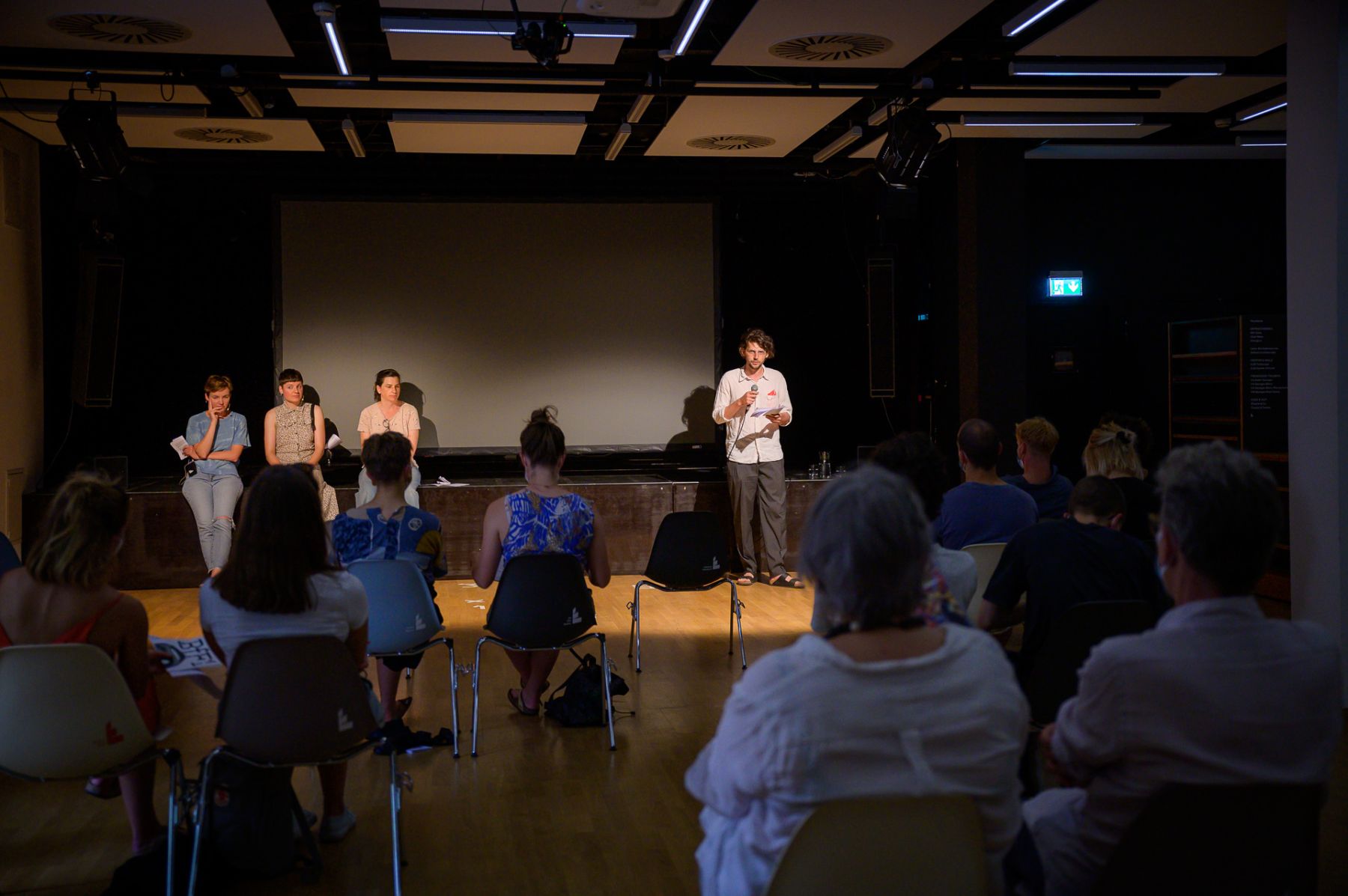
Inka Meißner, Laurie Mlodzik, Keren Cytter and Leon Hösl (v.r.n.l.) at the performative Reading BUSINESS CLASS at Literaturhaus Freiburg.
Photo: Marc Doradzillo
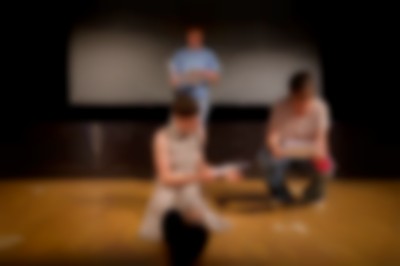

Inka Meißner (back), Laurie Mlodzik (front left) and Keren Cytter (right) at the performative Reading BUSINESS CLASS at Literaturhaus Freiburg.
Image: Marc Doradzillo


Laurie Mlodzik (left) and Inka Meißner (right) at the performative Reading BUSINESS CLASS at Literaturhaus Freiburg.
Foto: Marc Doradzillo
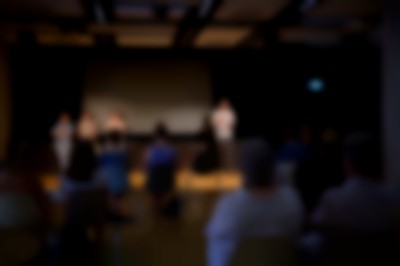

Inka Meißner, Laurie Mlodzik, Keren Cytter and Leon Hösl (v.r.n.l.) at the performative Reading BUSINESS CLASS at Literaturhaus Freiburg.
Photo: Marc Doradzillo
A Day's Work: Room without walls
Musikpavillon, Stadtgarten
18.06 /
11:00 – 15:00
Workshop by Sarah Lehnerer and Inka Meißner
… MoreA Day's Work: Room without walls
18.06.2021 / 11:00 – 15:00 / Musikpavillon, Stadtgarten

Sarah Lehnerer, A Day‘s Work, 2021, glazed ceramic, ca 30 x 30 cm
This workshop is about starting and creating a writing process from scratch or from the absence of purpose. We will devote ourselves to the beginnings of our own writing: Drawing on material from the German Diary Archive, beginnings by others will be read, attempted ourselves, and then shared. Repetitive sequences of looking at, writing, reading aloud. Embracing the initial uncertainty then allows for reflection on writing itself and how even immediate, undirected forms can be understood as the starting point of a practice
With: Inka Meißner and Sarah Lehnerer
As part of the Biennale für Freiburg, artist Sarah Lehnerer, in collaboration with Jackie Grassmann and Inka Meißner, will realize the project A DAY’S WORK and hold two workshops as part of the studio program. They interrogate forms of initially non-purposeful, intimate writing: drawing on research in the German diary archive in Emmendingen, the workshops examine (one‘s own) writing on the threshold between everyday notation and artistic production. Sometimes in the stoicism of writing down or drawing everyday life at the table in the evening, transforming what has been experienced into something that can endure, lies that peripheral act from which artistic work also emerges. The workshops will be framed by two guest lectures as a subsequent evening program, for which Keren Cytter and Johanna Hedva will each stage a reading.
The workshops will be accompanied by a site-specific installation by Sarah Lehnerer – a painted setting of room dividers and utilitarian objects, ceramic furniture and writing equipment. The spatial installation A DAY’S WORK at the Kunstverein Freiburg in
September will then make the installative elements as well as text fragments from the workshops accessible to the public.
Following the workshop the performative reading BUSINESS CLASS will be given by Keren Cytter.
Date: June 18, 11 a.m.-5 p.m.
Location: Musikpavillon at Stadtgarten
Free entry, Limited seating capacity,
Registration required:
Registration here
The event is partially barrier-free, for more information please contact:
info@biennalefuerfreiburg.de
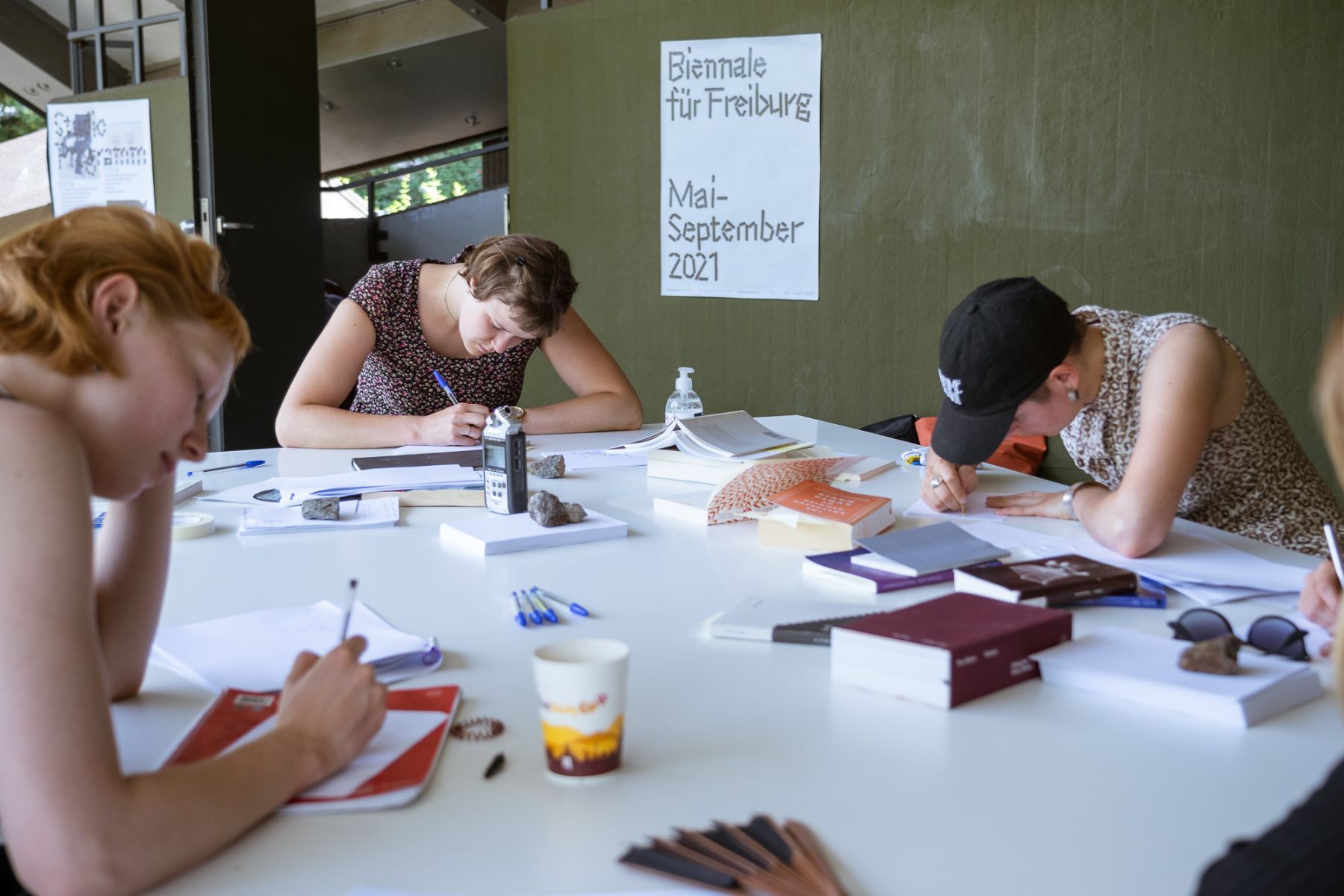
Image: Jennifer Rohrbacher
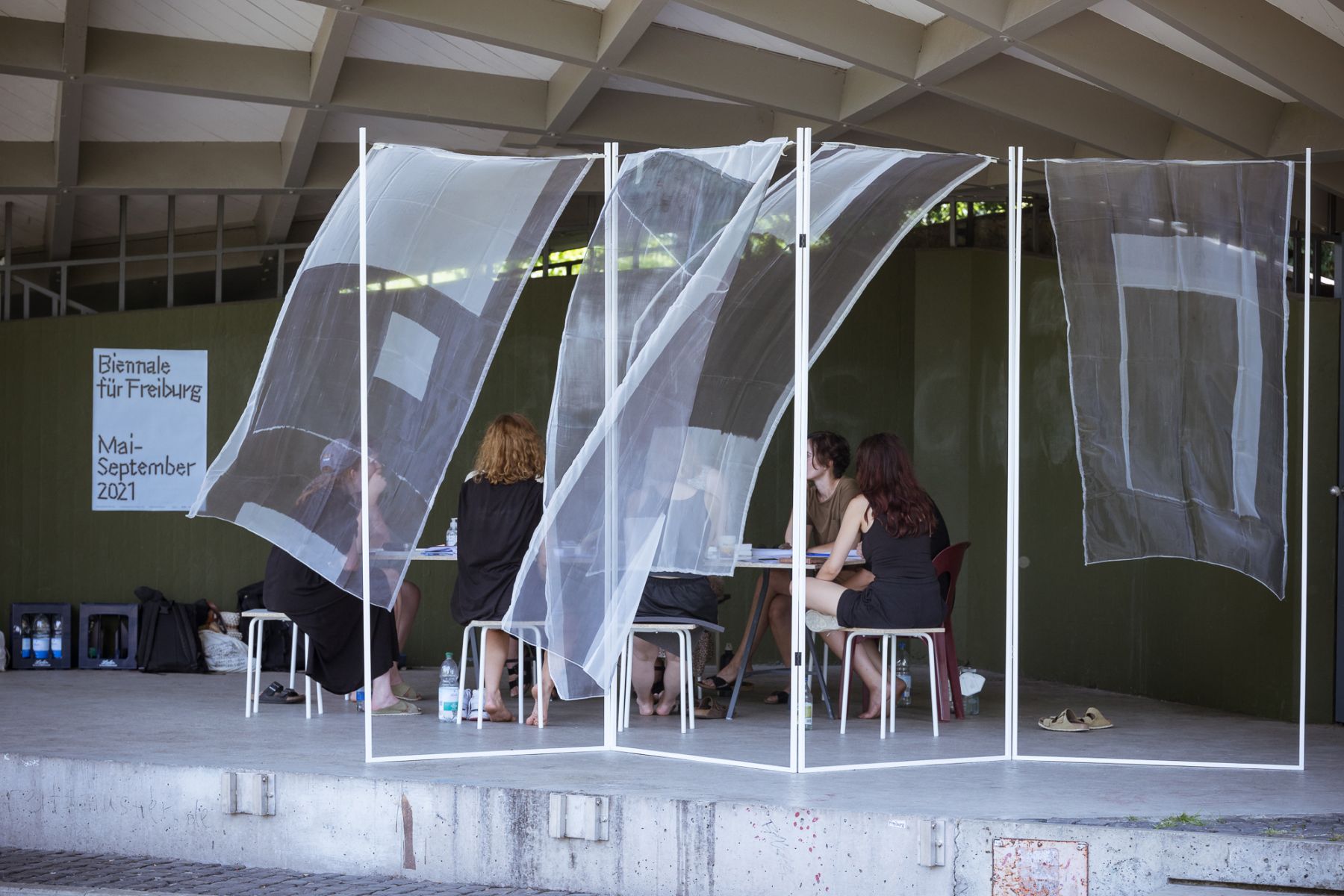
Image: Jennifer Rohrbacher
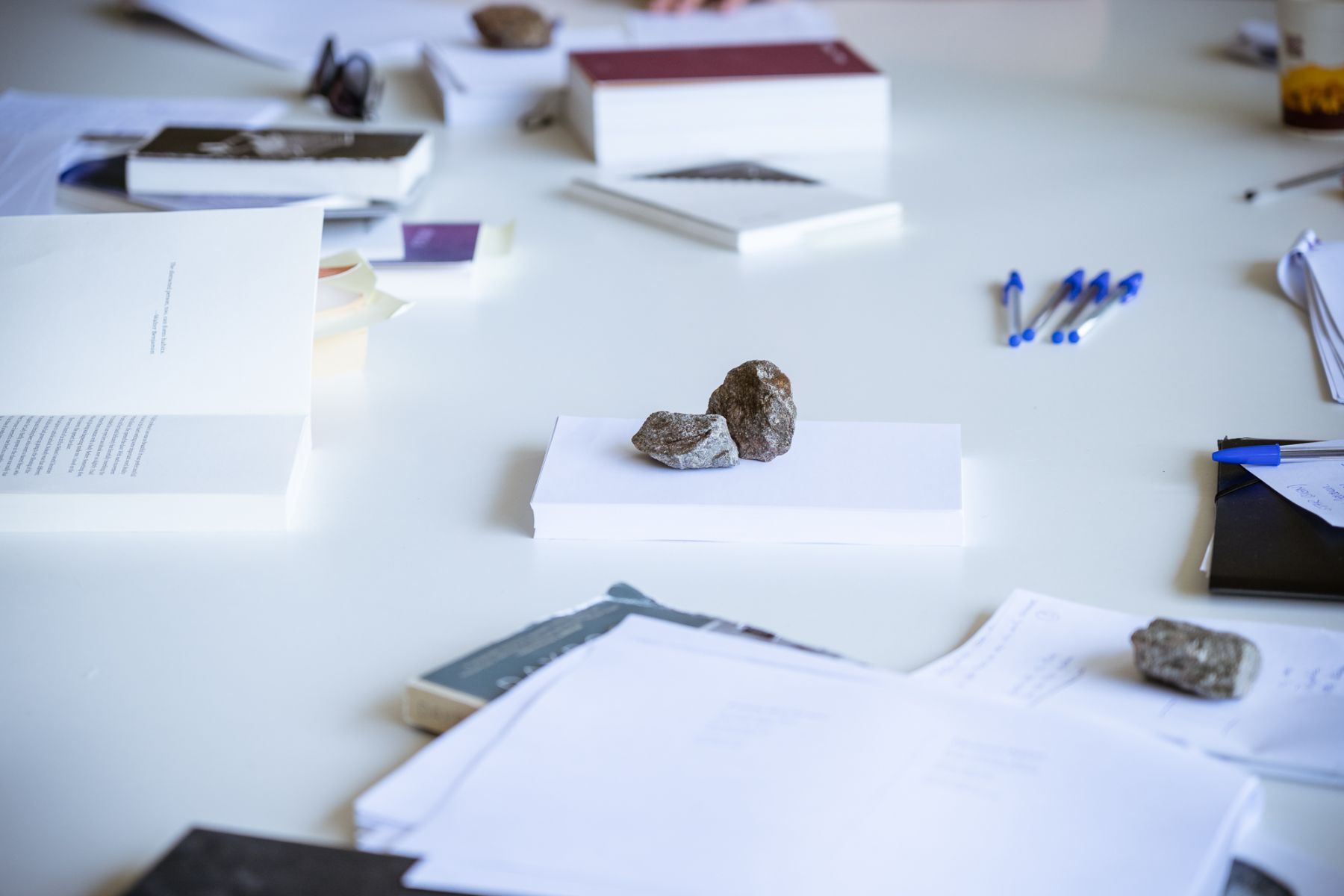
Image: Jennifer Rohrbacher
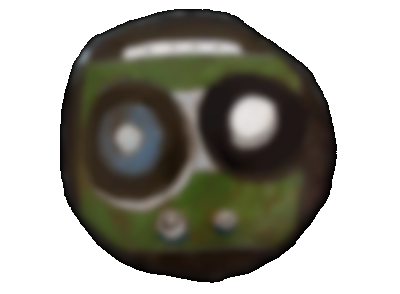

Sarah Lehnerer, A Day‘s Work, 2021, glazed ceramic, ca 30 x 30 cm
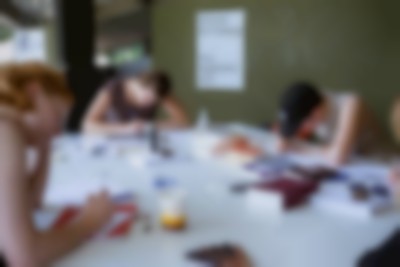

Image: Jennifer Rohrbacher
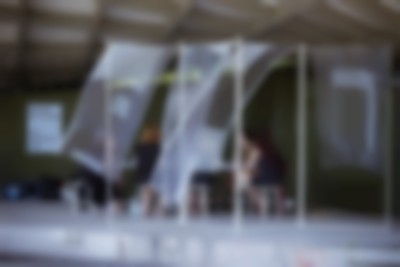

Image: Jennifer Rohrbacher


Image: Jennifer Rohrbacher
Library of Requests #6
Stadtbibliothek Freiburg
07.06 /
16:30 – 18:30
Belinda Kazeem-Kamiński in cooperation with Dear White People Festival.
… MoreLibrary of Requests #6
07.06.2021 / 16:30 – 18:30 / Stadtbibliothek Freiburg

The LIBRARY OF REQUESTS is a project by Belinda Kazeem-Kamiński and explores the formation of legitimised and marginalised knowledge and analyzes the inclusion and exclusion of certain groups. In the sixth edition of LoR, we approach the topic of colonial continuity: How to deal with the persistent re-articulations of colonial violence? How to comprehend a past, which does not seem to have stayed in the past? The act of reading together and the subsequent discussions stand in the foreground of the joint read-in for the release of the sixth edition of LoR.
As part of the Studio Program, this event draws attention to spaces that facilitate and initiate artistic processes. In addition to the public realm, such spaces also include public archives or libraries. The LIBRARY OF REQUESTS creates a framework in which the available canon of reading is expanded through the collectively selected publications. Shared readings and discussions are declared as an integral part of the reading process.
A cooperation of the Dear White People Festival and the city library of Freiburg with the Biennale für Freiburg. With the participation of the experts Akiko Rive, Andrea-Vicky Amankwaa-Birago, Alex M. Moepedi, Qùynh-nhu Nguyễn, Rufine Songue, Leonora Lorena and Valéria Fekete.
Belinda Kazeem-Kamiński is a writer whose work is inspired by the visual.
"DEAR WHITE PEOPLE..." LET'S BREAK THE SILENCE! is a festival that addresses marginalized issues such as the entanglement of colonialism and racism, the connection between ecological crisis and exploitation of the Global South, and the systemic structure of (multiple) discrimination in our society through workshops, panel discussions, performances, lectures, films, exhibitions or podcasts.
The Library of Request #6 is installed and can be visited at Stadtbibliothek Freiburg:
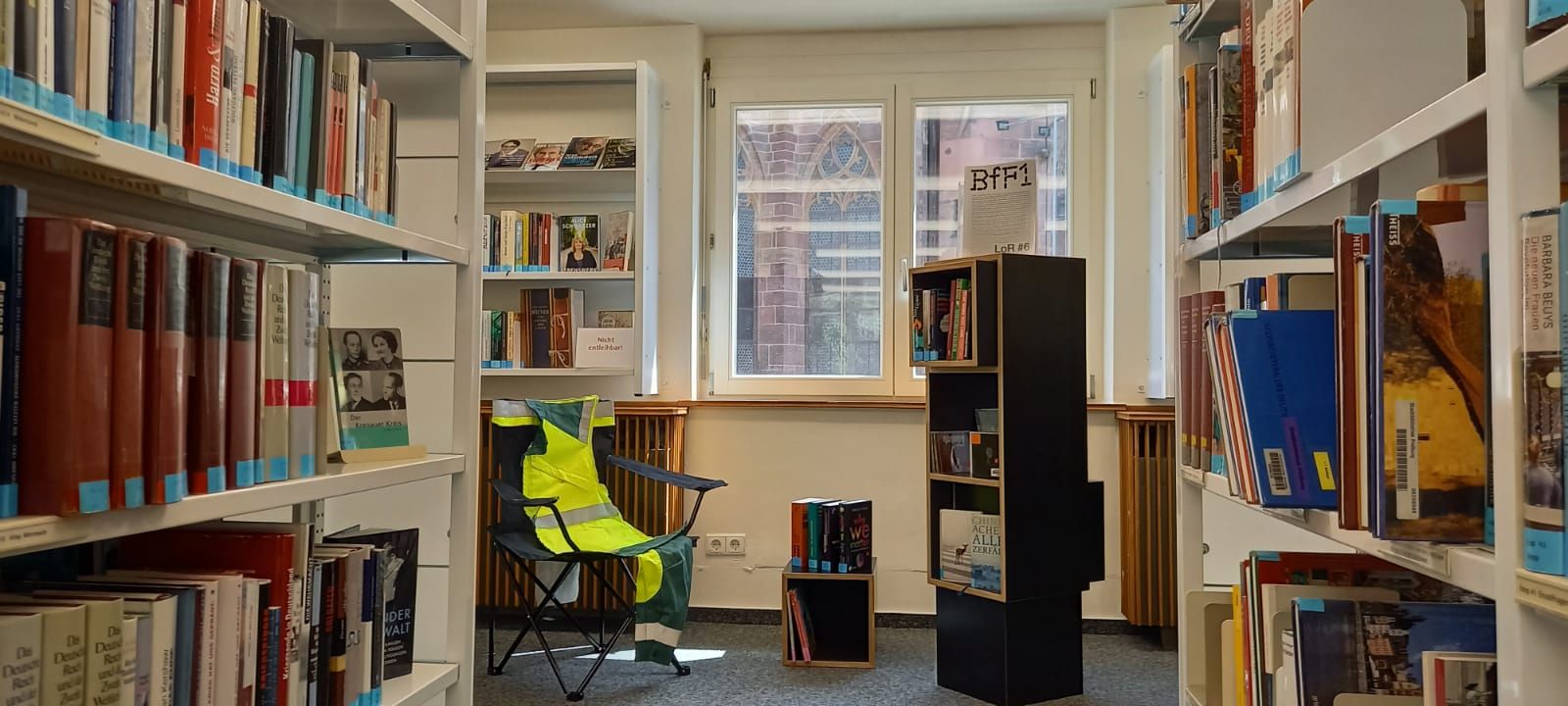
Library of Request #6, Stadtbibliothek Freiburg.
Display: Julius Martin-Humpert
Chair: Diane Hillebrand
List of publications of LIBRARY OF REQUESTS #6:
Dagmar Yü-Dembsk: Chinesen in Berlin (2007),
Resmaa Menakem: My Grandmother’s Hand: Racialized Trauma and the Pathway to Mending our Hearts and Bodies (2017),
Cheryl Dunye: Watermelon Woman (1996),
Emilia Roig: Why We Matter. Das Ende der Unterdrückung (2021),
Robin Di Angelo: White Fragility (2018),
Walter Rodney: How Europe Underdeveloped Africa (1972),
John Coates & Tina Hetherington: Decolonizing Social Work (2013),
Volker Seitz: Afrika wird armregiert oder Wie man Afrika wirklich helfen kann (2009),
Michael Lüders: Wer den Wind sät. Was westliche Politik im Orient anrichtet (2015),
Trân Tô Nga: Ma terre empoisonnée (2016),
Cathy Park Hong: Minor Feelings. An Asian American Reckoning (2021),
Ocean Vuong: Auf Erden sind wir kurz grandios (2019),
Sault: Untitled (Black is) (2020),
Nashi 44: Asian Berlin Pussy Power (2021),
Blick Bassy: 1958 (2019),
Rodrigue Péguy Takou Ndie: Die Suchenden (2018),
Mame-Fatou Niang & Kaytie Nielsen: Mariannes Noires (2016),
Theater X: Verlassen wir dieses Europa!, Oyeronke Oyewumi: The Invention of Women: Making an African Sense of Western Gender (1997),
Peace Adzo Medie: His Only Wife (2020),
Chinua Achebe: Things fall appart (1958),
Elizabeth Acevedo: Clap When You Land (2020),
Yaa Gyasi: Transcendent Kingdom (2020),
Ondjaki: Die Durchsichtigen (2015),
Djaimilia Pereira de Almeida: Luanda, Lisboa, Paraíso (2018),
Djaimilia Pereira de Almeida: That Hair (2020),
Leonor Teles: Ballade der Batrachia (2016),
Azagaia: Só Dever (2019),
Christina Sharpe: In the Wake. On Blackness and Being (2016),
Grada Kilomba: Plantation Memories. Episodes of Everyday Racism (2008),
May Ayim, Katharina Oguntoye & Dagmar Schultz: Farbe bekennen. Afro-deutsche Frauen auf den Spuren ihrer Geschichte (2020),
Katharina Oguntoye: Schwarze Wurzeln. Afro-deutsche Geschichte (2020),
Kien Nghi Ha, Nicola Lauré al-Samarai & Sheila Mysorekar: re/visionen – Postkoloniale Perspektiven von People of Color auf Rassismus, Kulturpolitik und Widerstand in Deutschland (2016),
David Olusoga & Caspar W. Erichsen: The Kaiser’s Holocaust. Germany’s Forgotten Genocide (2010),
Natasha Kelly: Schwarzer Feminismus – Grundlagentexte (2019),
Rainer Fassbinder: Angst essen Seele auf (1974),
Maureen Maisha Eggers, Grada Kilomba, Peggy Pesche & Susan Arndt: Mythen, Masken und Subjekte: Kritische Weißseinsforschung in Deutschland (2017),
Karin Beese: Nelly und die Berlinchen (2019),
Dayan Kodua: Odo (2019),
Susan Arndt: Hornscheidt, Antje. Afrika und die deutsche Sprache – Ein kritisches Nachschlagewerk (2018)


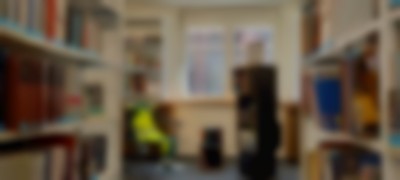

Library of Request #6, Stadtbibliothek Freiburg.
Display: Julius Martin-Humpert
Chair: Diane Hillebrand
Open Studio #1
Online
27.05 / 19:30
OPEN STUDIO artists share insights into their artistic practice. With Diane Hillebrand and Hanakam & Schuller.
… MoreOpen Studio #1
27.05.2021 / 19:30 / Online

With scenographer Diane Hillebrand and artist duo Hanakam & Schuller.
Moderated by Leon Hösl and Catherin Schöberl.
The OPEN STUDIO is intended as an invitation to collective reflection on artistic processes — it focuses on the unfinished and the processual. The 'opening' of the studio is not understood primarily as the physical opening of a private workspace, but rather as the unlocking of a space of thought that facilitates an exchange about artistic modes of production.
Every last Thursday of the month, from May to September, the OPEN STUDIOS take place. Invited artists, curators and writers will give fragmentary insights into their artistic practice during the event series. Be it loose thoughts, specific objects and their stories or conceptual reflections on works — the OPEN STUDIOS invite to continue thinking together in ‘intimate public’, to associate, to talk about processes and to reflect on conditions of production.
Date: May 27, 7:30 p.m.
The event will take place online via Zoom
The event is free of charge
Registration required:
Registration here
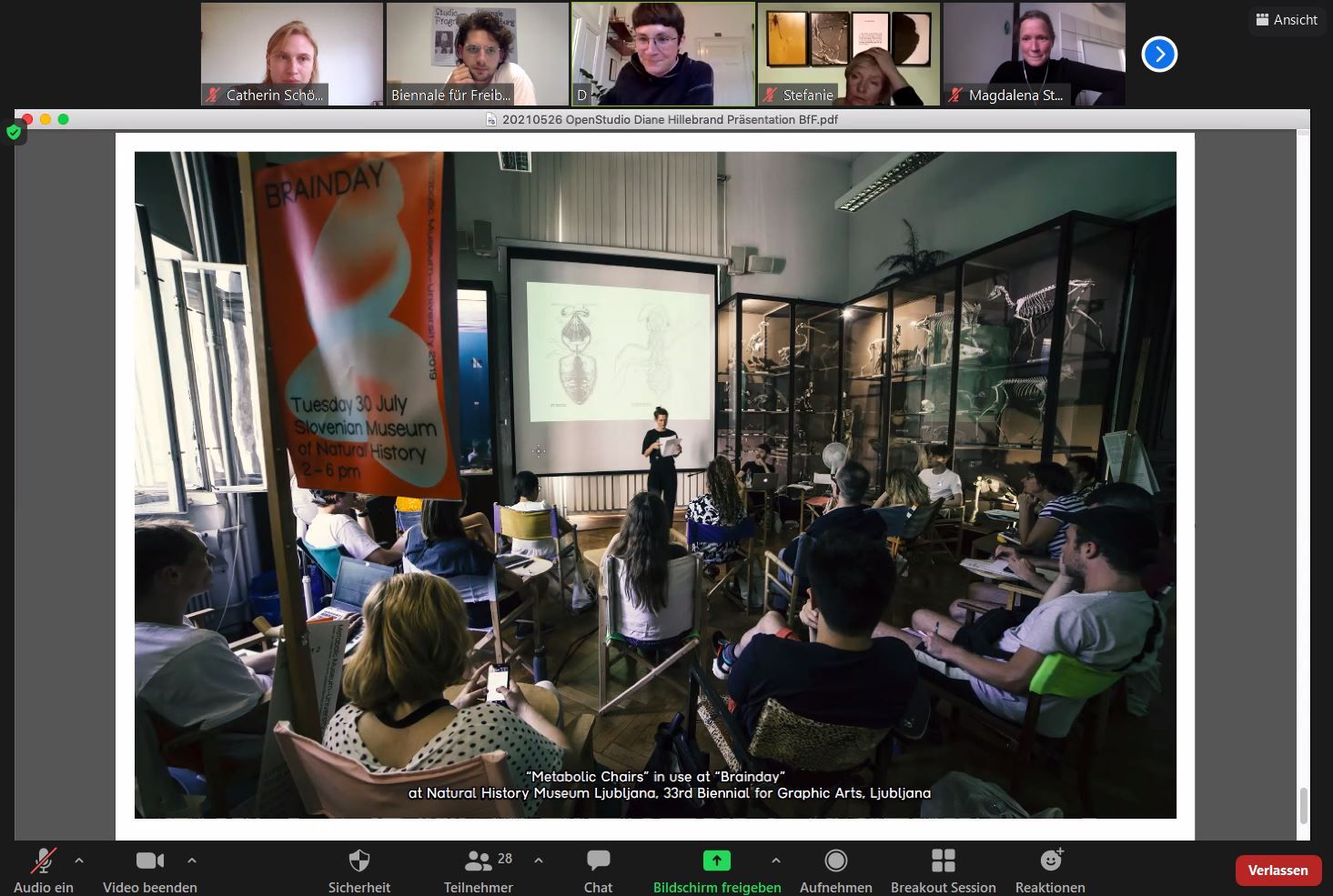
Screenshot of OPEN STUDIO #1
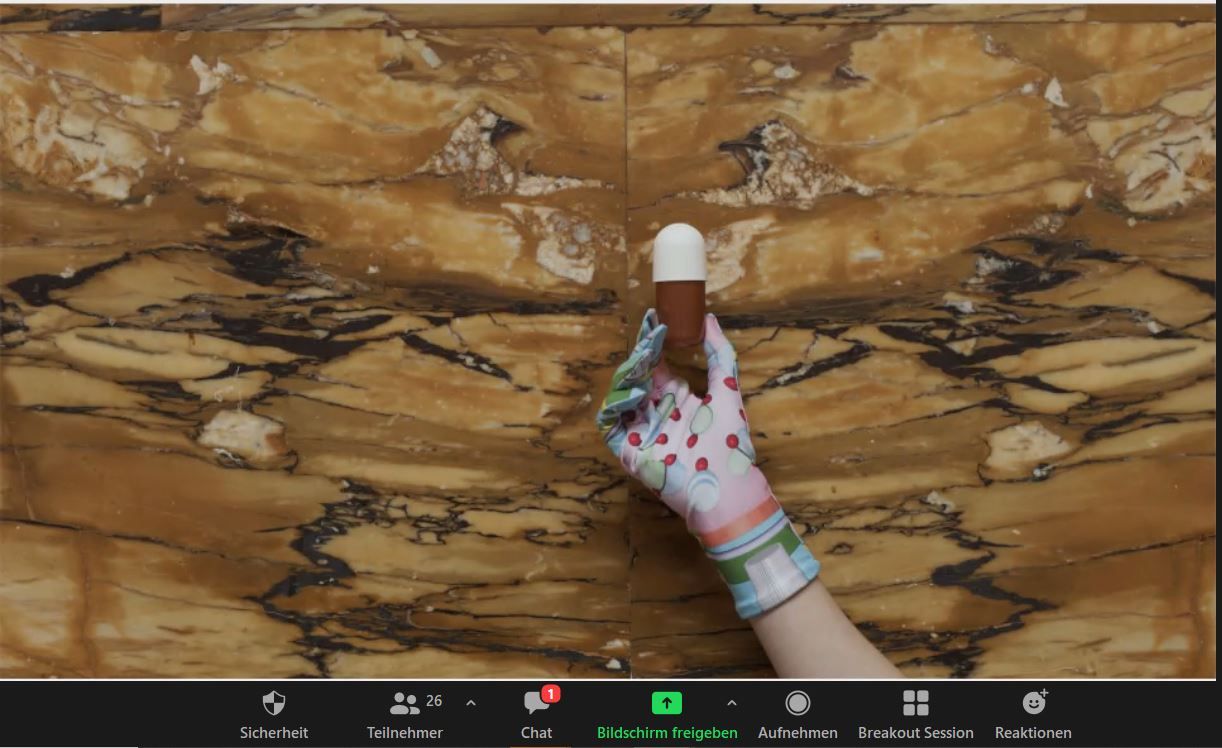
Markus Hanakam & Roswitha Schuller, The Moist Cabinet, 2021, Production Shot / Screenshot OPEN STUDIO #1
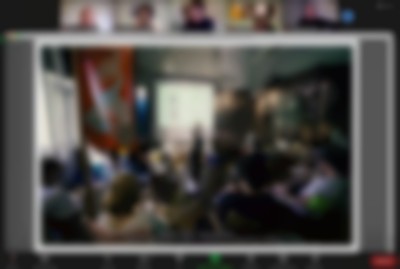

Screenshot of OPEN STUDIO #1
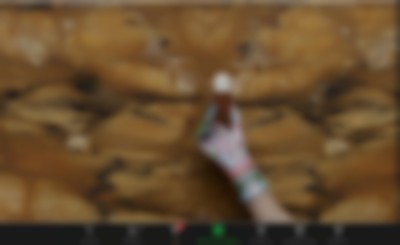

Markus Hanakam & Roswitha Schuller, The Moist Cabinet, 2021, Production Shot / Screenshot OPEN STUDIO #1
The Moist Cabinet
Macromedia Hochschule Freiburg
08.05 / 10:00
Workshop by artist Duo Hanakam & Schuller with art students of the Macromedia Hochschule.
… MoreThe Moist Cabinet
08.05.2021 / 10:00 / Macromedia Hochschule Freiburg
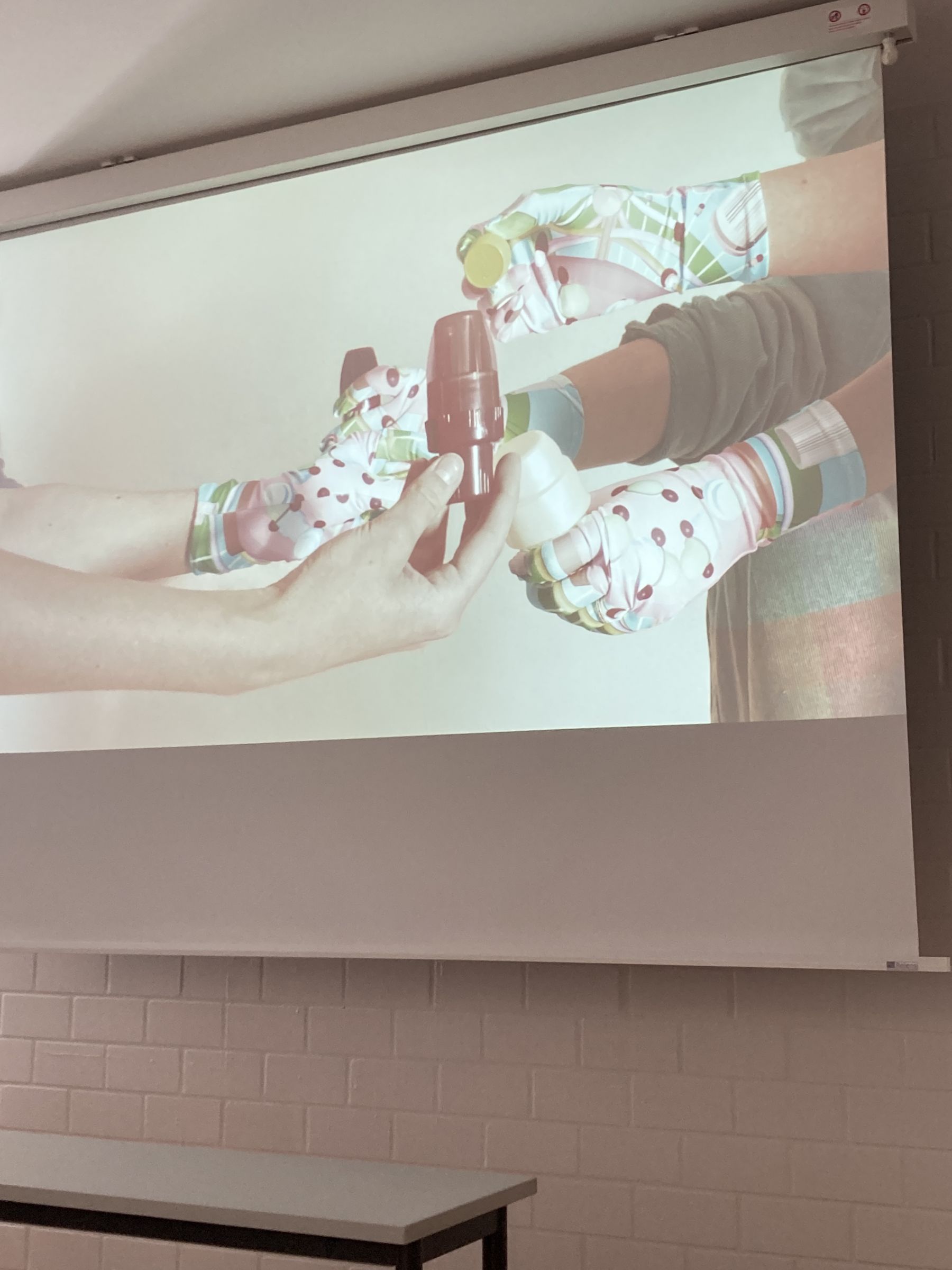
Workshop at Macromedia Hochschule Freiburg with artistduo Hanakam & Schuller
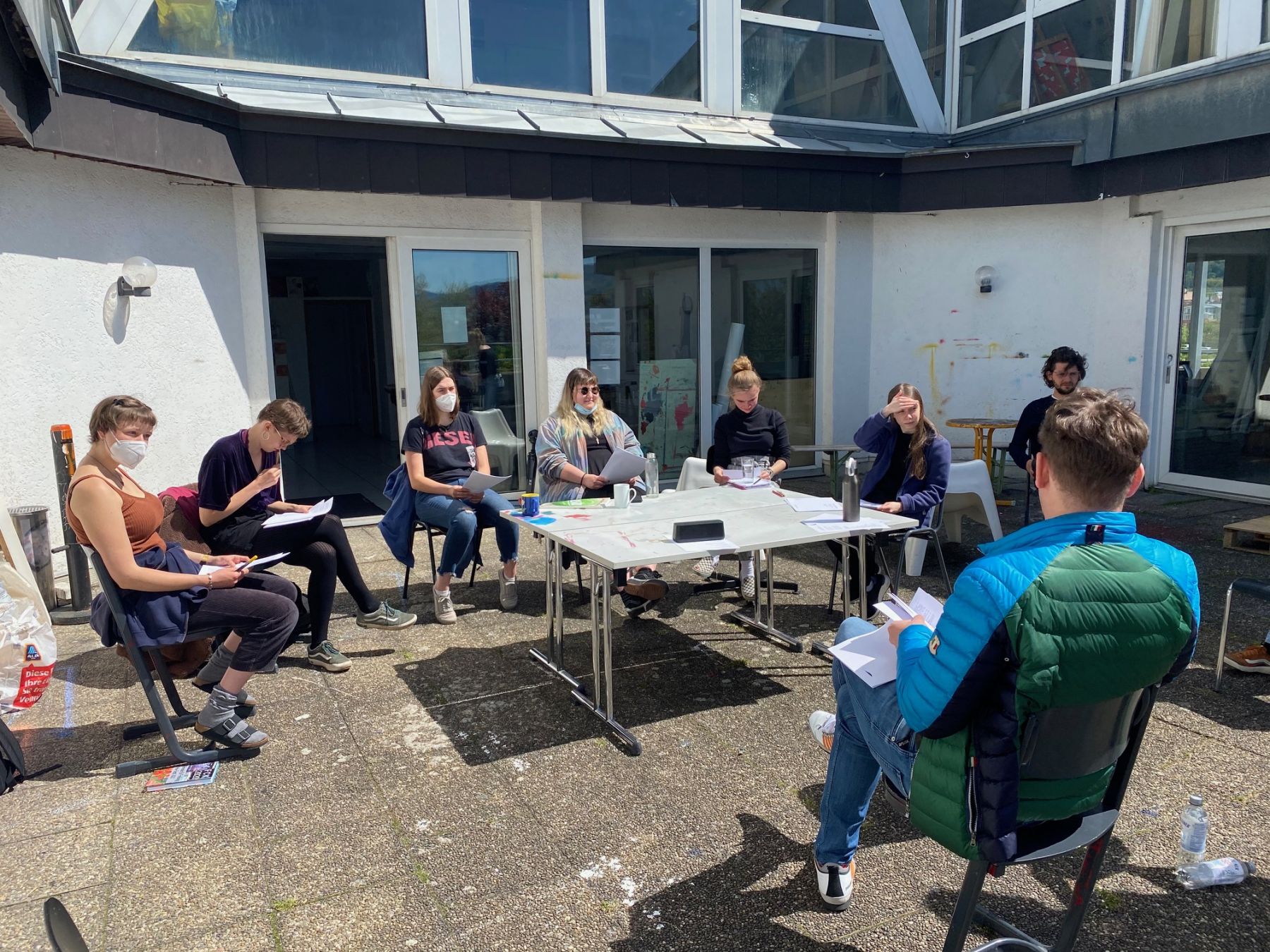
Workshop at Macromedia Hochschule Freiburg with artistduo Hanakam & Schuller
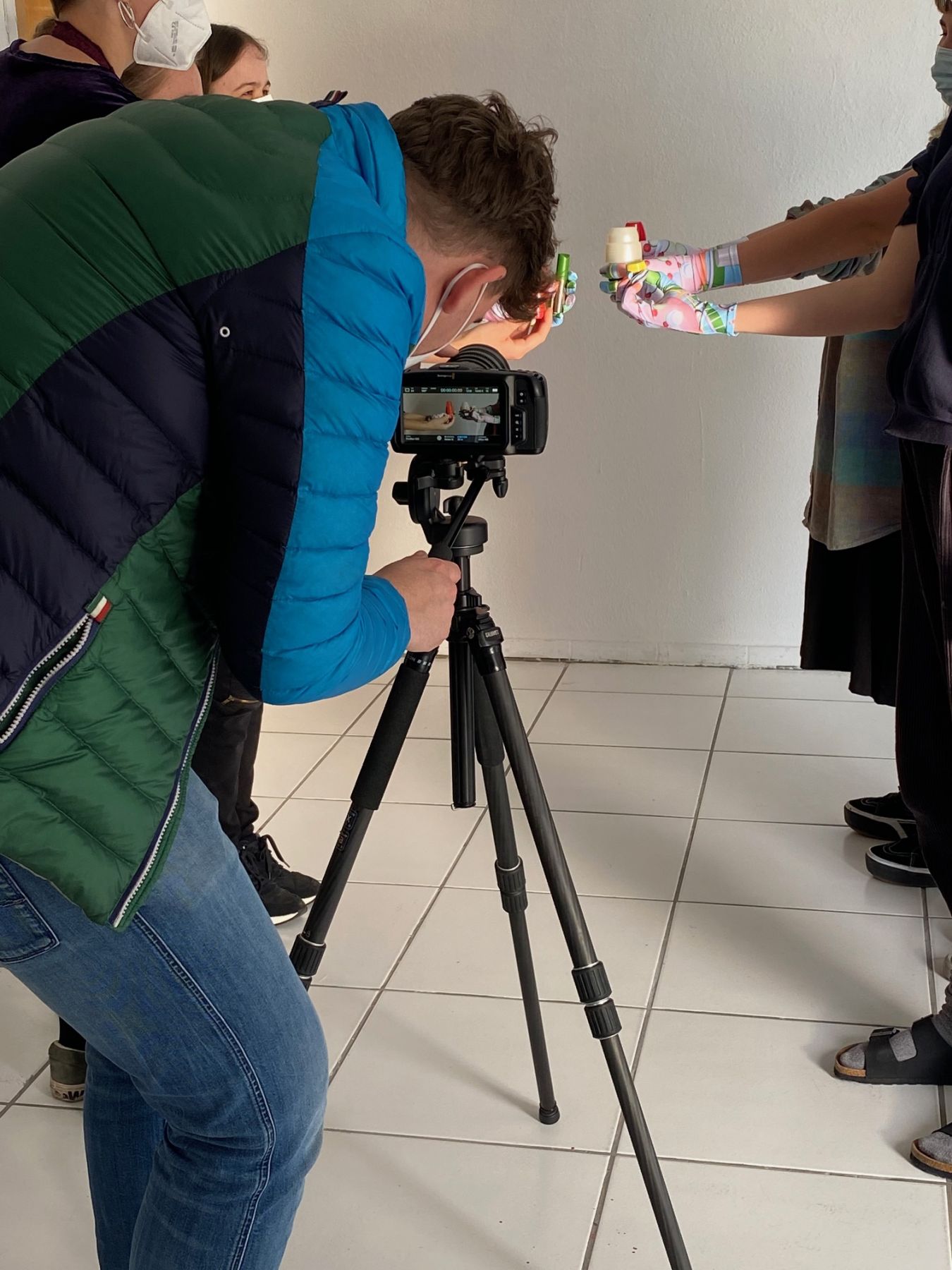
Workshop at Macromedia Hochschule Freiburg with artistduo Hanakam & Schuller
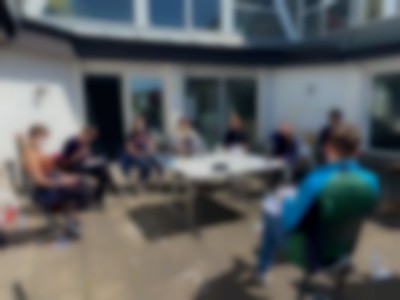

Workshop at Macromedia Hochschule Freiburg with artistduo Hanakam & Schuller
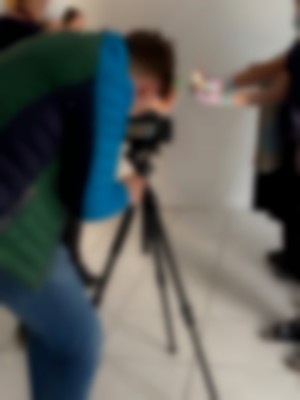

Workshop at Macromedia Hochschule Freiburg with artistduo Hanakam & Schuller
Ortsbegehung
Stadtgarten
24.09
Biennale für Freiburg (BfF) invites you to its first event. During the Ortsbegehung, an on-site visit, the conceptual and thematic approach of the first edition will be presented, tested and discussed during a collective walk.
… MoreOrtsbegehung
24.09.2020 / Stadtgarten

September 24th, 7 pm
Stadtgarten, Freiburg
The studio of an artist or a class of art students does not necessarily depend on a physical space. A studio is primarily a place for production, experiment and exchange. A studio can be envisioned as a place of production, experiment and exchange: a protective space for thoughts and the actions taking place within it. A space for things in the making. A space of regular review, where actions are presented, tested and reflected upon. A space where honest opinions can be expressed and skills can be developed and applied. A space for construction and destruction, for consideration and spontaneity. A studio is a place where suggestions are made.

Rahima Gambo, A Walk Map, 2019
Biennale für Freiburg (BfF) invites you to its first event. During the Ortsbegehung,(on-site visit) the conceptual and thematic approach of the inaugural edition will be presented, tested and discussed during a collective walk. This will be the first attempt to declare the public space as a work place and to create a temporary mobile studio. The event ends with the film “A Walk” (2019) by artist Rahima Gambo.
Participants:
Ronja Andersen and Marius Schwarz, Christoph Chwatal, Rahima Gambo, Aziza Harmel, Fanny Hauser, Leon Hösl, Perspektiven für Kunst in Freiburg e.V. (Heidi Brunnschweiler, Heinrich Dietz, Julia Galandi-Pascual, Ben Hübsch), Magdalena Stöger, Fritz Laszlo Weber.


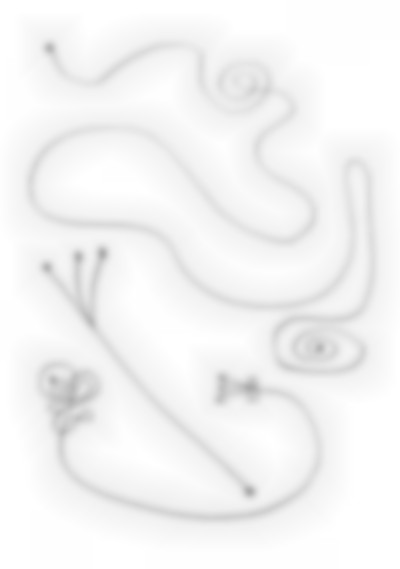

Rahima Gambo, A Walk Map, 2019
Michel Auder with Michael Stickrod
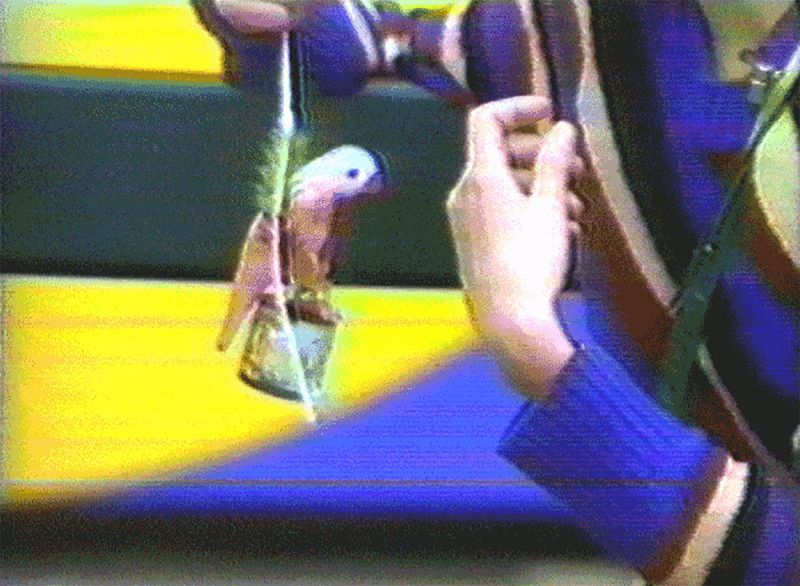
In collaboration with Julius Martin-Humpert, Maristella Witt, Ilja Zaharov and Franziska Rist
at Kommunales Kino
Michel Auder with Michael Stickrod
in collaboration with Julius Martin-Humpert, Maristella Witt, Ilja Zaharov, and Franziska Rist
MAY ’68 IN ’78
Venue: Kommunales Kino
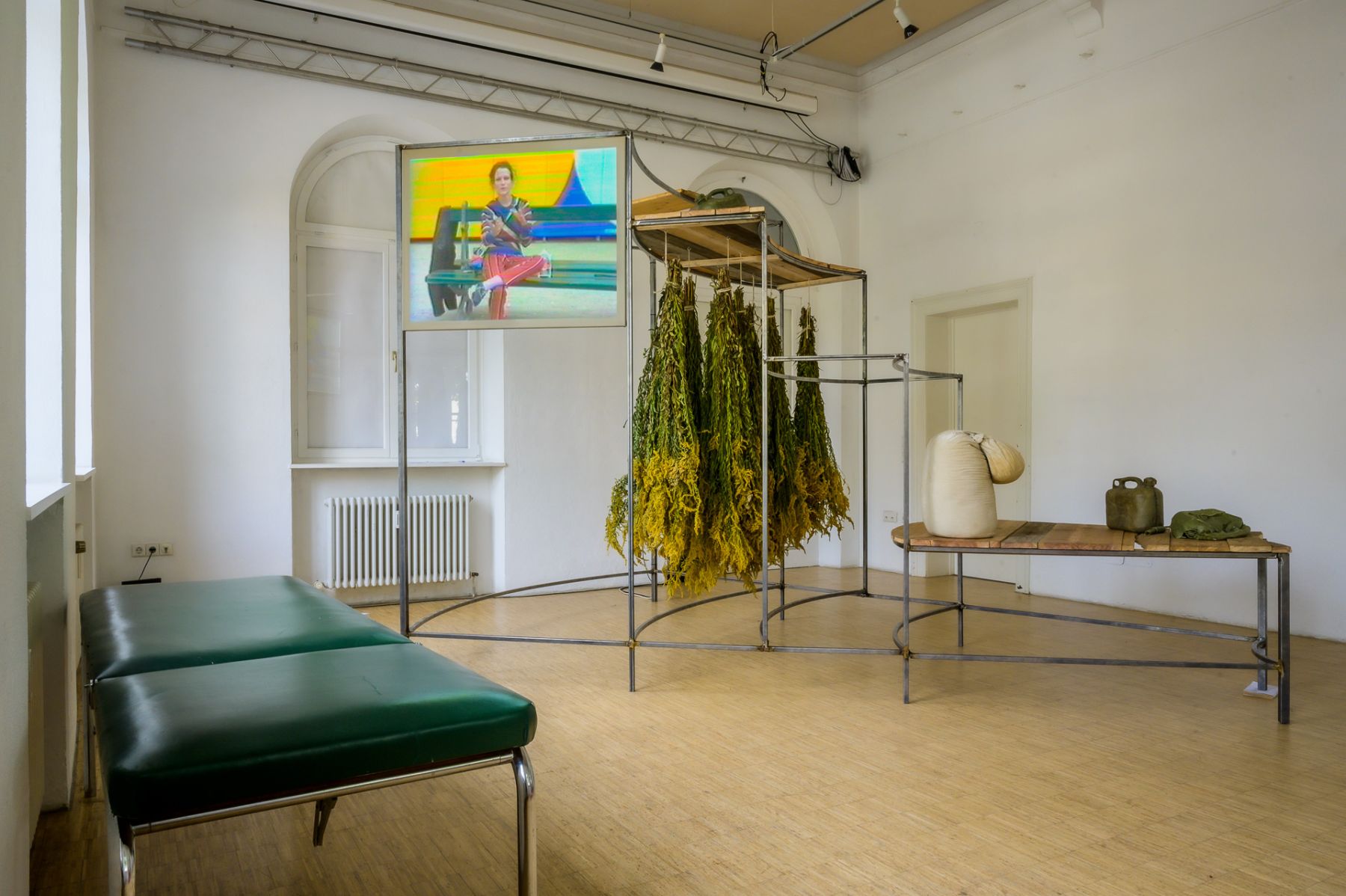
Michel Auder, Michael Stickrod with Julius Martin-Humpert, Maristella Witt, Ilja Zaharov und Franziska Rist, Installation view Kommunales Kino Freiburg, Biennale für Freiburg #1, 2021, photo: Marc Doradzillo
In 1968, photographer and filmmaker Michel Auder documented the revolts in Paris, but lost the footage shortly after when he moved to the United States. Exactly ten years after the events, Auder restored these cinematic memories with MAY ’68 IN ’78 by entering into dialogue with Parisian artists, workers, a policeman, and a saleswoman, interviewing them about their personal memories of May 1968.
MAY ’68 IN ’78 paints a polyphonic portrait of the different roles and views the interviewees took during the protests and in retrospect. While some were actively involved themselves, others perceived the protests as a nuisance or simply classified them as insignificant. The conversations Auder initiated with people of different social and professional affiliations reenact the social encounters that, as one of his interviewees recounts, were also characteristic of the events of May 1968: “People were talking to each other, anybody talked to anybody, telling each other what had never been said before.”
Originally planned as a film screening in Jean Tinguely’s sculpture LE CYCLOP in Milly-la-Foret, which could not be realized for technical reasons, MAY ’68 IN ’78, 2019/2020 was shown for the first time at Beeler Gallery in Colombus, Ohio, in a sculptural setting by Michael Stickrod. A frequent collaborator of Michel Auder, Stickrod had screened, digitized, and edited the video footage for this exhibition.
For BfF#1, one element of Michael Stickrod’s installation was reconstructed: bleachers that refer to the theatricality of many of the events in May 1968, while at the same time occupying the gallery space like a barricade. On and next to the construction, four Freiburg-based artists show new works that emerged from their engagement with MAY ’68 IN ’78 and were developed in exchange with Michael Stickrod and Michel Auder. In the context of the symposium of the BfF #1 “A COMMONPLACE IS NOT A CLICHÉ”: PERSPECTIVES ON PUBLICITIES, ASYNCHRONE GENERALITIES, AND INFRASTRUCTURAL INTIMITIES on July 10, the film was shown as an important contemporary document and cinematic reflection of the commonplace “May 1968.”
MAY ’68 IN ’78, 1978/2019
Michel Auder video, edited by Michael Stickrod, BLEACHER, sculptural elements by Michael Stickrod.
Originally conceived for Beeler Gallery, Ohio, recconstruction by Julius Martin-Humpert.
“UNTITLED” (POUR CAUSE D‘INUTILITÉ), 2021
Ilja Zaharov
Offset print on paper, 16 x 42 x 59,4 cm (ideal height) [edition 800]
“UNTITLED” (POUR CAUSE D‘INUTILITÉ) comprises printed sheets reading CLOSED (DUE TO USELESSNESS) in French, recalling the protest posters of May ’68. The poster refers to the short-lived closing of the Musée d‘Art Moderne by students with the phrase written on a banner covering the entrance; an incident recounted by an interviewee in the film. Visitors may take the sheets, thereby individually determining their usage and revolutionary potency.
ÉCOUTE, 2021
Franziska Rist
Pillow, plaster, 55 x 40 x 70 and 38 x 33 x 45 cm
As I immerse myself in Stickrod and Auder’s work and prepare for the collaborative exhibition at KoKi, I confront myself with my most personal material to date in my studio work: my mother’s old pillows. Since the pillows still smell like her, I experience flashbacks to my childhood and develop a strong emotional connection to the work. When I include the sculptures in the collective installation, the reference changes, but my relationship remains. In dialogue with the film MAY ’68 IN ’78, they provide a glimpse into an individual history.
LAST NIGHT OF INSURRECTION, 2021
Julius Martin-Humpert
Paraffin wax, 30 x 20 x 25 cm
The work LAST NIGHT OF INSURRECTION relates to Tinguely’s quote stating that May ‘68 had no material consequence but led to a revolution of thoughts and attitudes. A jerry can of wax capturing the lack of gas in Paris during the strikes, synthetic paraffin wax turning the inside to the outside, creating an envelope for (destructive) potentials to develop. The climate between social upheaval and constant change, between riots and reforms, gas and fire, is temporarily solidified as a state of aggregation.
UNTITLED, 2021
Maristella Witt
Various materials and size
Civil disturbances stir up in the roles of public and private facilities. During protests, schools and universities were repurposed, the museum’s symbolism and raison d’être was called into question, the printing house was transformed into a poster printing factory. As people’s needs shift, certain spaces transform for coming together, planning, occupying, strategizing, forging out plans. As daunting as the protests appeared to some, they also evoked a piteous, puny impression among interviewees—like a bug that has fallen on its back.
I was interested in the theatrical connotation of the welding curtain material, due to its resemblance to a theater curtain, while also providing a connection to the mental image of forging and welding out a project, a plan, a weapon. ‘In my mind it was more like a fever, radical, inflamed’—the theme of inflamed theatricality served as the initial prompt for my sculpture making process.
MICHEL AUDER is an american-french videoartist living in Brooklyn, NY. Auder’s approach to video evolves out of the politics of May ‘68 as a witness to both sides of the cultural matrix, Auder counter-poises the political and the social in his work. For the last 30 years, Auder has used video as a means to, and extension of, his experience of the world.
MICHAEL STICKROD has exhibited his work in New York, Los Angeles, Chicago, Marseilles, Oslo, Copenhagen, Zurich, Brussels, Milan and Berlin. In 2008 he was awarded the Altoids Award and an exhibition at the New Museum in New York. His recent exhibition at Krabbesholm Højskole, GARDEN OF THE GODS, was his first solo show in Denmark. He currently lives and works in New York City.
FRANZISKA RIST (born 1997) is a young artist who grew up in the Freiburg area. From 2017 to 2021 she studied sculpture at the Edith Maryon Kunstschule Freiburg and will continue her art studies at the Hochschule für Bildende Künste in Dresden from fall ‘21. Her works are space-related sculptures and installations which are created from everyday materials and found objects, always in personal relation to the artist.
ILJA ZAHAROV, born in 1998 in Tokmok, Kyrgyzstan, studied at Hochschule Macromedia, Freiburg, where he received his B.F.A. in 2021. Zaharov's conceptual works deploy a reference based approach to artmaking by sampling oftentimes other artists' strategies. His practice concerns itself with the inquiry into current and developing tropes in contemporary art thereby probing the complex relationship between identity and iteration.
JULIUS MARTIN-HUMPERT, born 1993 in Freiburg, 2015–2018 carpenters’ formation, since 2020 studies of Fine Arts with focus on sculpture at Edith Maryon Kunstschule Freiburg. Based on crafts in which material determines a certain outcome, he is now focusing on the process of physical perception. His works try to explore the field, abandoning hierarchic, homogeneous thinking in favor of pluralistic, decentral, and cartographic thinking.
MARISTELLA WITT lives and works in Freiburg and has been studying Fine Arts at Macromedia University (former hKDM) since 2018. She deals with mixed media processes that undergo a kind of alchemical transformation. Stop-motion animations are used to manipulate realities in a surrealistic way, while hot glue and clay are used to explore and capture different states of aggregation. Through erratic associations, impulses are expanded on various levels beyond microcosm-macrocosm.
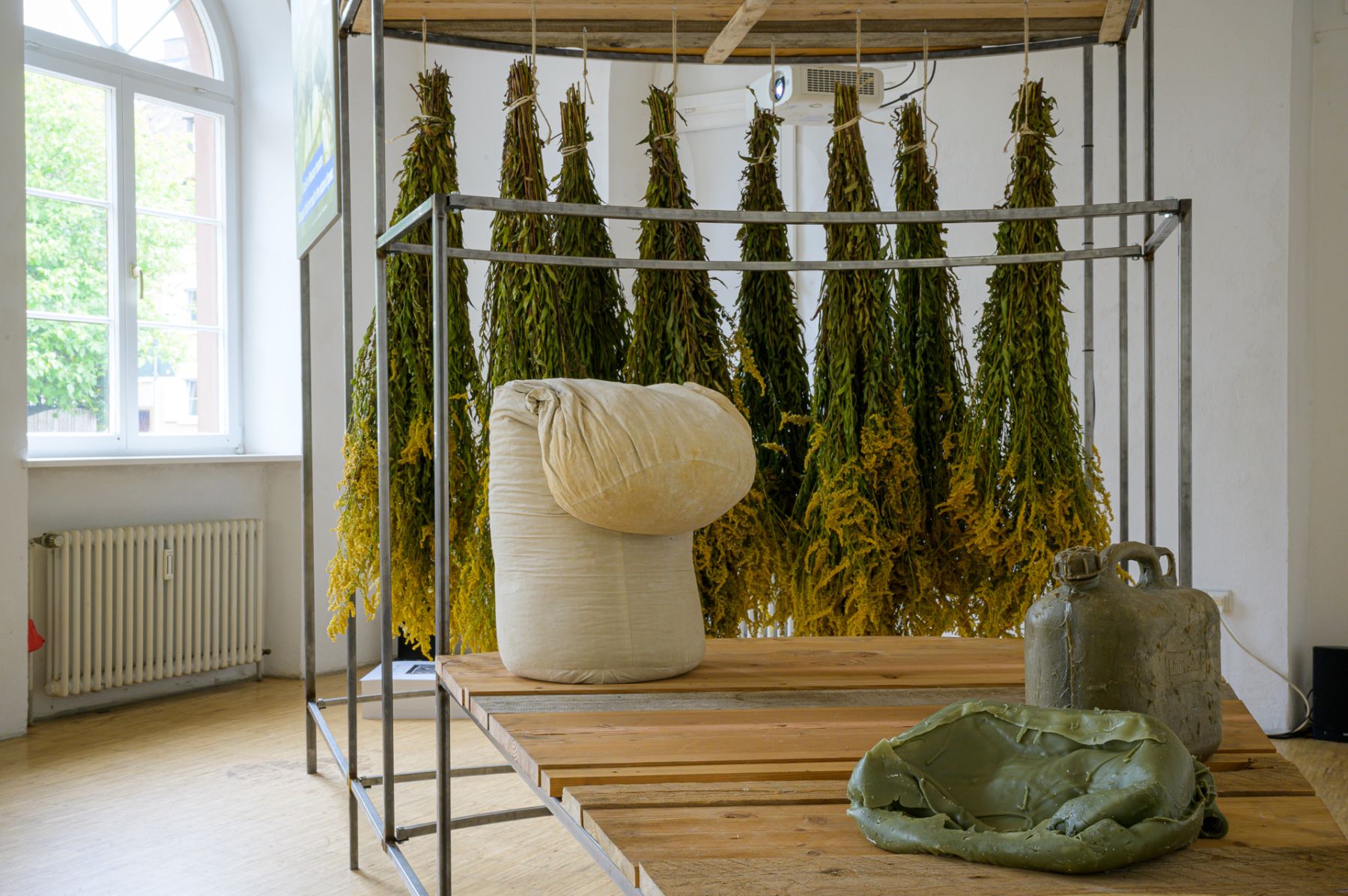
Julius Martin-Humpert, Franziska Rist, Michael Stickrod, Installation view, Kommunales Kino Freiburg, Biennale für Freiburg #1, 2021, Photo: Marc Doradzillo
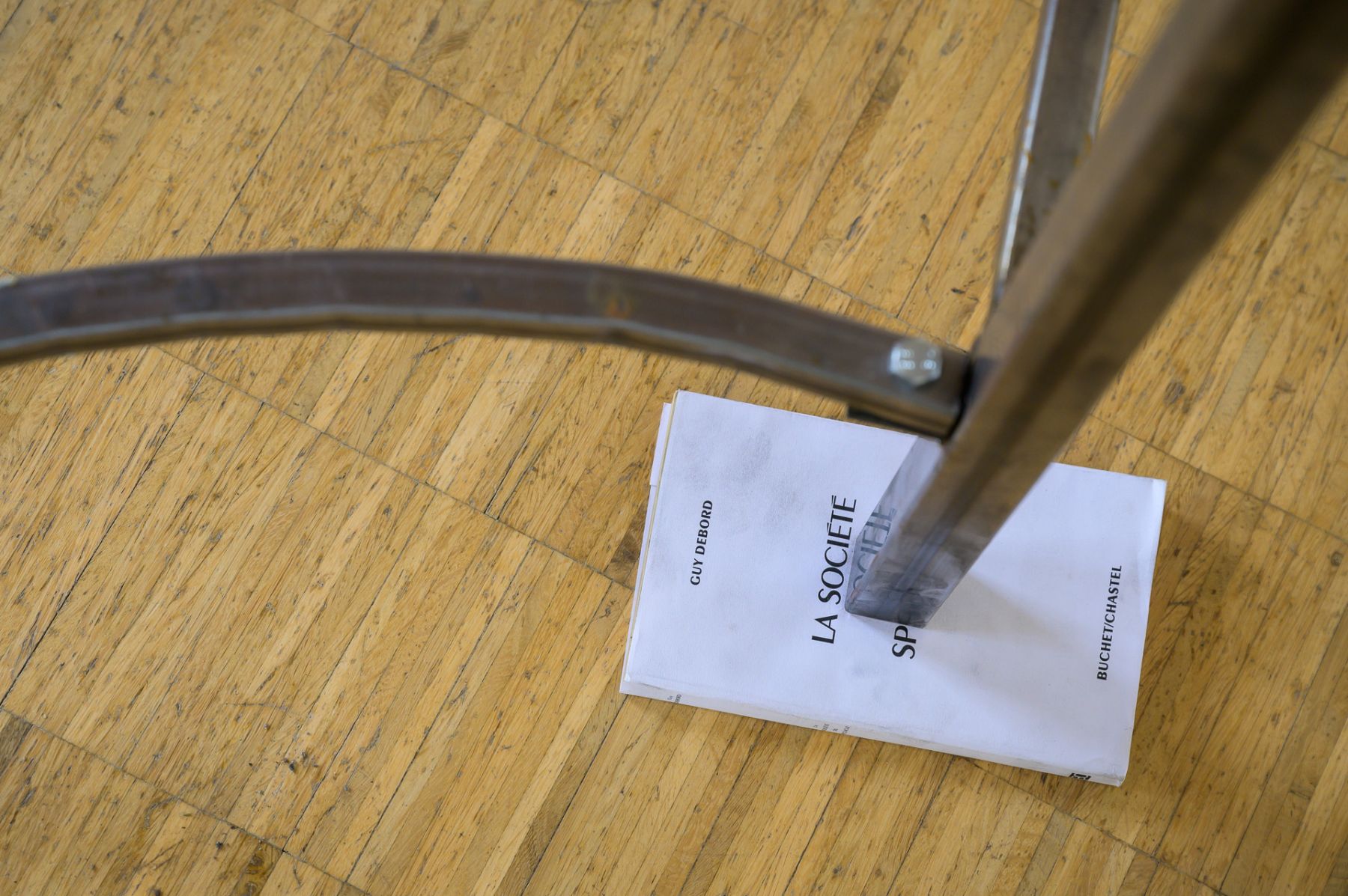
Ilja Zaharov, Michael Stickord, Installation view, Kommunales Kino Freiburg, Biennale für Freiburg #1, 2021, Photo: Marc Doradzillo
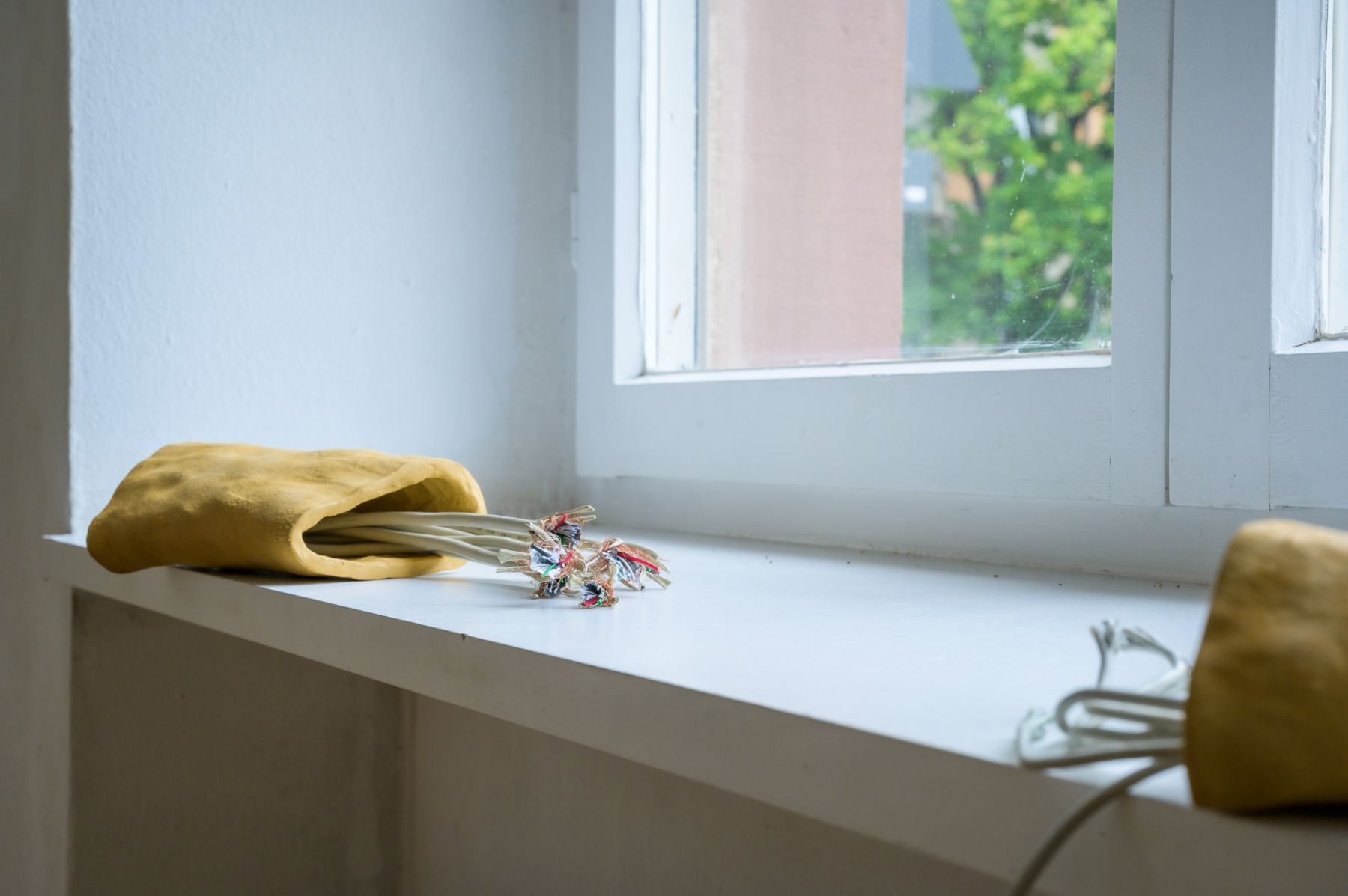
Maristella Witt, Installation view, Kommunales Kino Freiburg, Biennale für Freiburg #1, 2021, Photo: Marc Doradzillo
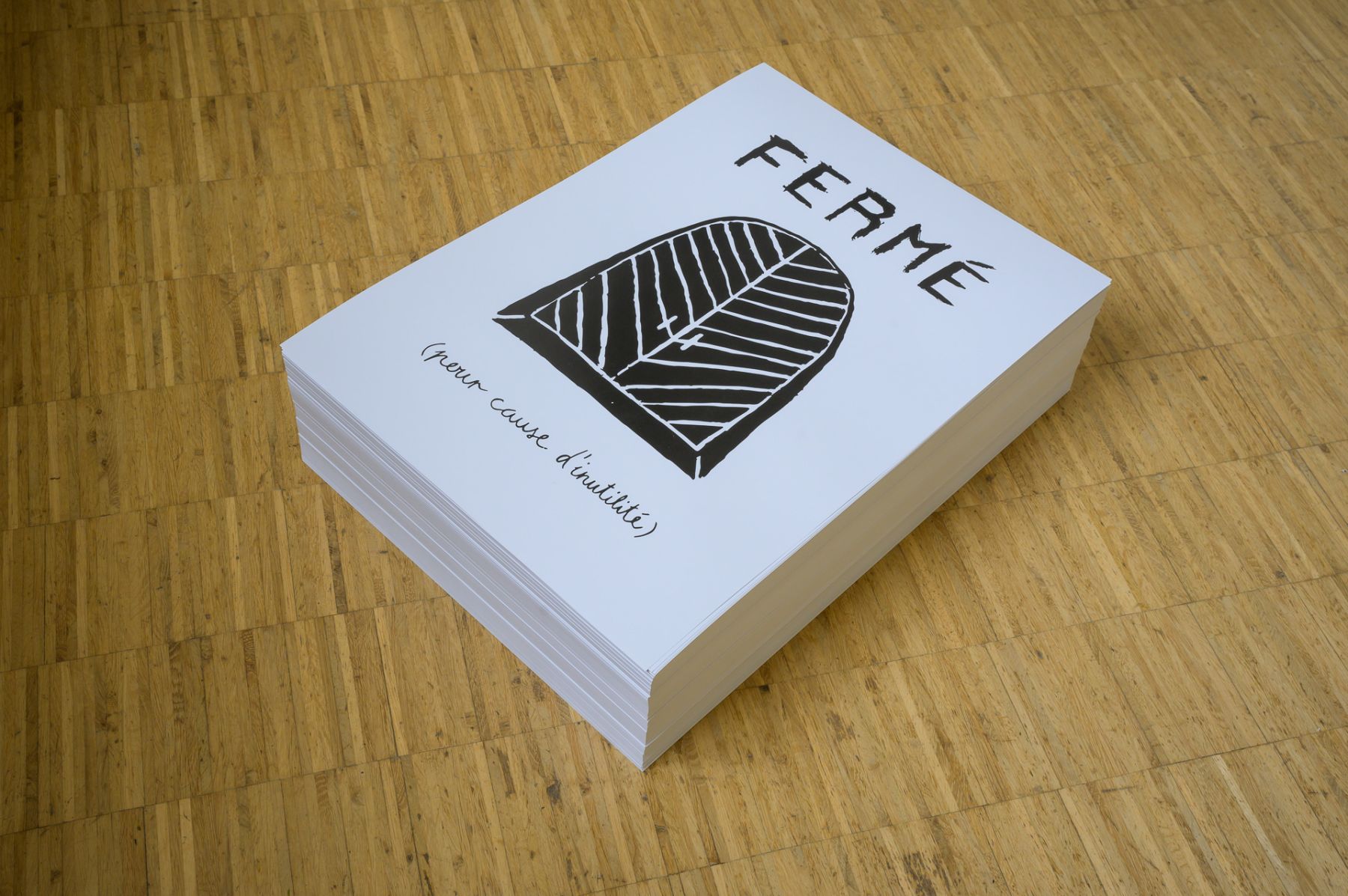
Ilja Zaharov, Installationsansicht, Kommunales Kino Freiburg, Biennale für Freiburg #1, 2021, Foto: Marc Doradzillo
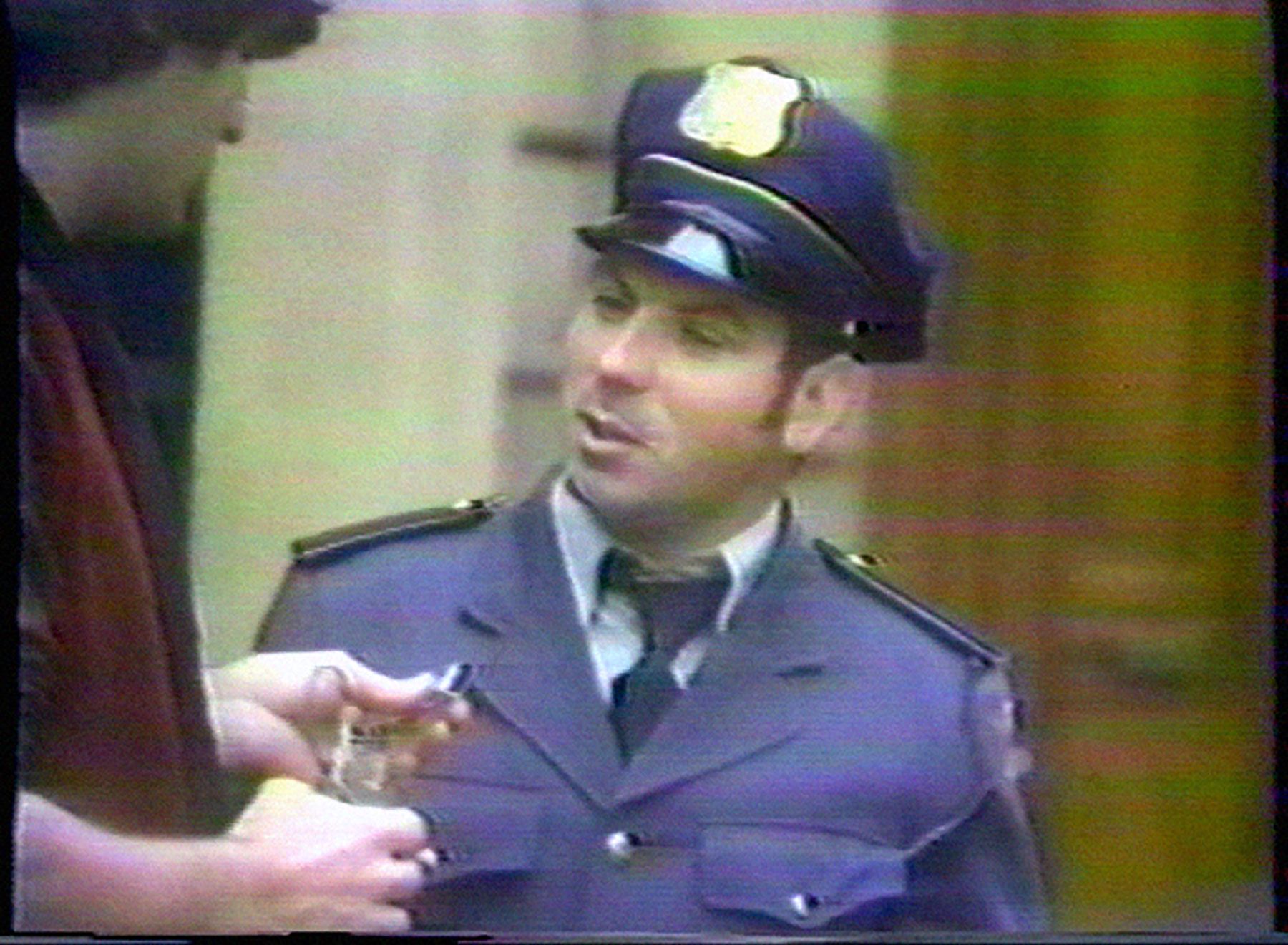
Michel Auder, MAY ’68 IN ’78, 1978/2019, edited by Michael Stickrod, Video still

Michel Auder, MAY ’68 IN ’78, 1978/2019, edited by Michael Stickrod, Video still
Click here to read an interview with Michel Auder about May 68 in78.
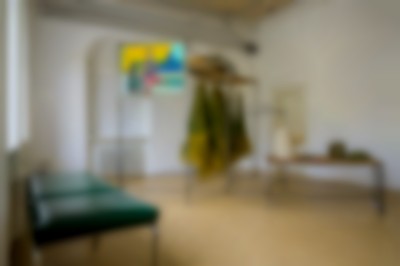

Michel Auder, Michael Stickrod with Julius Martin-Humpert, Maristella Witt, Ilja Zaharov und Franziska Rist, Installation view Kommunales Kino Freiburg, Biennale für Freiburg #1, 2021, photo: Marc Doradzillo
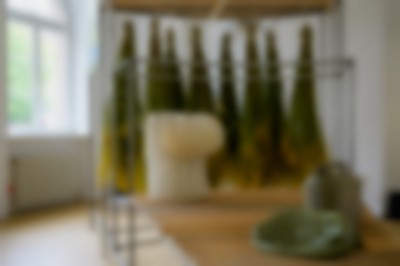

Julius Martin-Humpert, Franziska Rist, Michael Stickrod, Installation view, Kommunales Kino Freiburg, Biennale für Freiburg #1, 2021, Photo: Marc Doradzillo
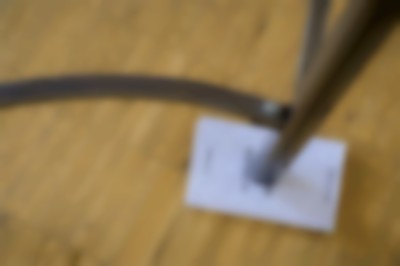

Ilja Zaharov, Michael Stickord, Installation view, Kommunales Kino Freiburg, Biennale für Freiburg #1, 2021, Photo: Marc Doradzillo
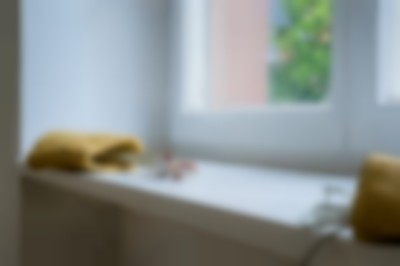

Maristella Witt, Installation view, Kommunales Kino Freiburg, Biennale für Freiburg #1, 2021, Photo: Marc Doradzillo
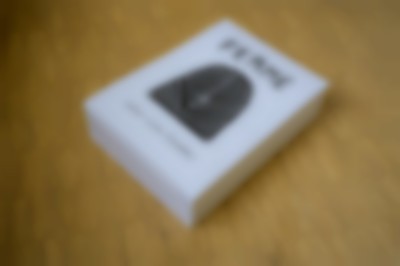

Ilja Zaharov, Installationsansicht, Kommunales Kino Freiburg, Biennale für Freiburg #1, 2021, Foto: Marc Doradzillo


Michel Auder, MAY ’68 IN ’78, 1978/2019, edited by Michael Stickrod, Video still
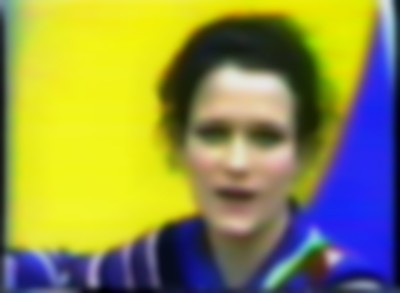

Michel Auder, MAY ’68 IN ’78, 1978/2019, edited by Michael Stickrod, Video still
Patrizia Bach
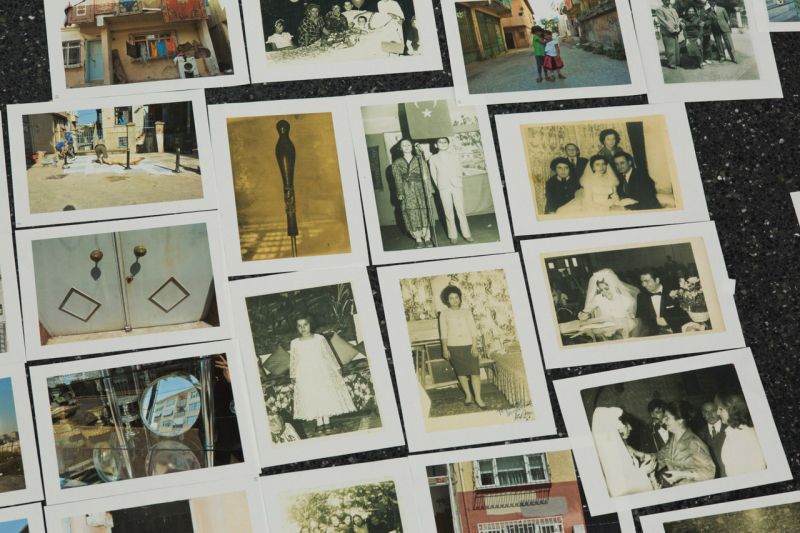
at Kunstverein Freiburg
… MorePatrizia Bach
PAST, IN EACH OF ITS MOMENTS, BE CITABLE (USING ISTANBUL AS AN EXAMPLE)
Venue: Kunstverein Freiburg
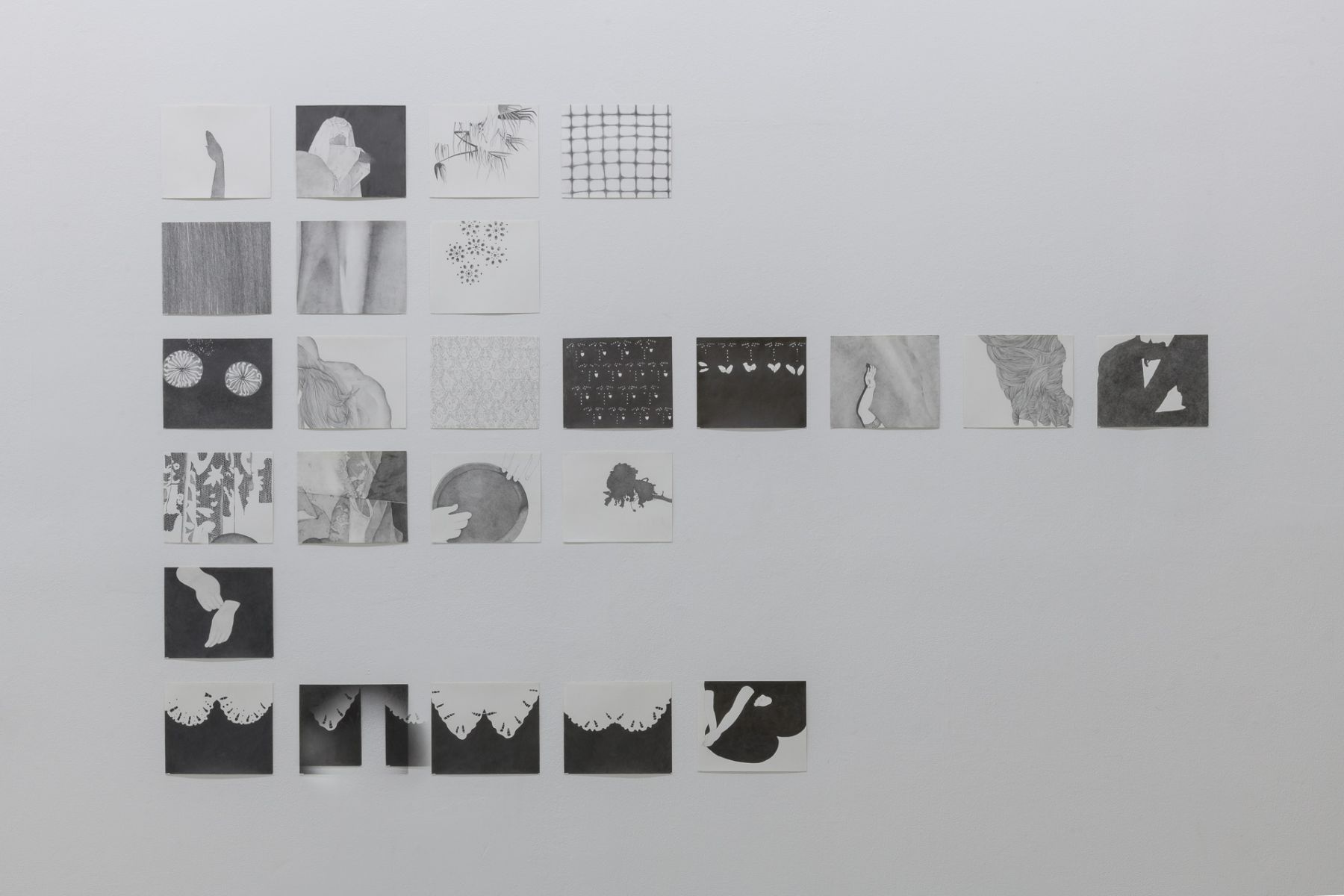
Patrizia Bach, Archive Drawings, 2017–2021, Biennale für Freiburg #1, Photo: Marc Doradzillo
ISTANBUL STADTPLAN by Patrizia Bach documents ongoing research since 2015, in which the artist traces the layers of history in extensive city walks—always focused on marginal phenomena and neglected aspects.
Guided by geographical clues in amateur photographs, Bach walked numerous streets of different parts of the city to find possible correlations of today’s places with the historical shots. The private photographs she used as a starting point for her 46 walks are part of the TOMIKO archive, in which the artist has been collecting, digitizing, and indexing photographs documenting private histories since 2006, with the intention of preserving them in their original bequests. In numerous projects, the artist uses her archive to investigate the mechanisms of historiography, its voids, and the archival entity.
Taking Walter Benjamin’s notes on the concept of history as a guideline, Patrizia Bach interweaves various stories with places in Istanbul. In addition to amateur photographs, she works with the brisk name changes of streets and entire neighborhoods, documenting their overwritings at different points in time since 2015. Her meticulous lists map this renaming process, which is an expression of changing political attitudes and images of history and can be understood as representative of the city’s transformation, its system of representation, and the presentness of history. (Mst)
ISTANBUL CITY MAP 1, 2015 (ongoing)
5 parts, each approx. 107 x 60 cm, pencil and colored pencil,
fineliner on paper
TRANSLATION DRAWINGS* (WORKING TITLE), 2016 (ongoing)
Height variable, width 40 cm each, pencil and colored pencil,
fineliner on paper
* for 46 city walks in Istanbul between 2015 and 2021
Archive Drawings*, 2017–2021
Pencil on paper, each 20 x 24 cm
*on the found photographs in Istanbul
PATRIZIA BACH is a visual artist with a focus on drawing. She lives and works in Berlin and occasionally in Istanbul. Bach’s works are mostly related to texts without illustrating them in the conventional sense. She develops her projects over the course of several years, incorporating other media in the process to her expansive drawing installations. Interdisciplinary collaborations are as much a part of her regular working practice as solitary, secluded drawing.
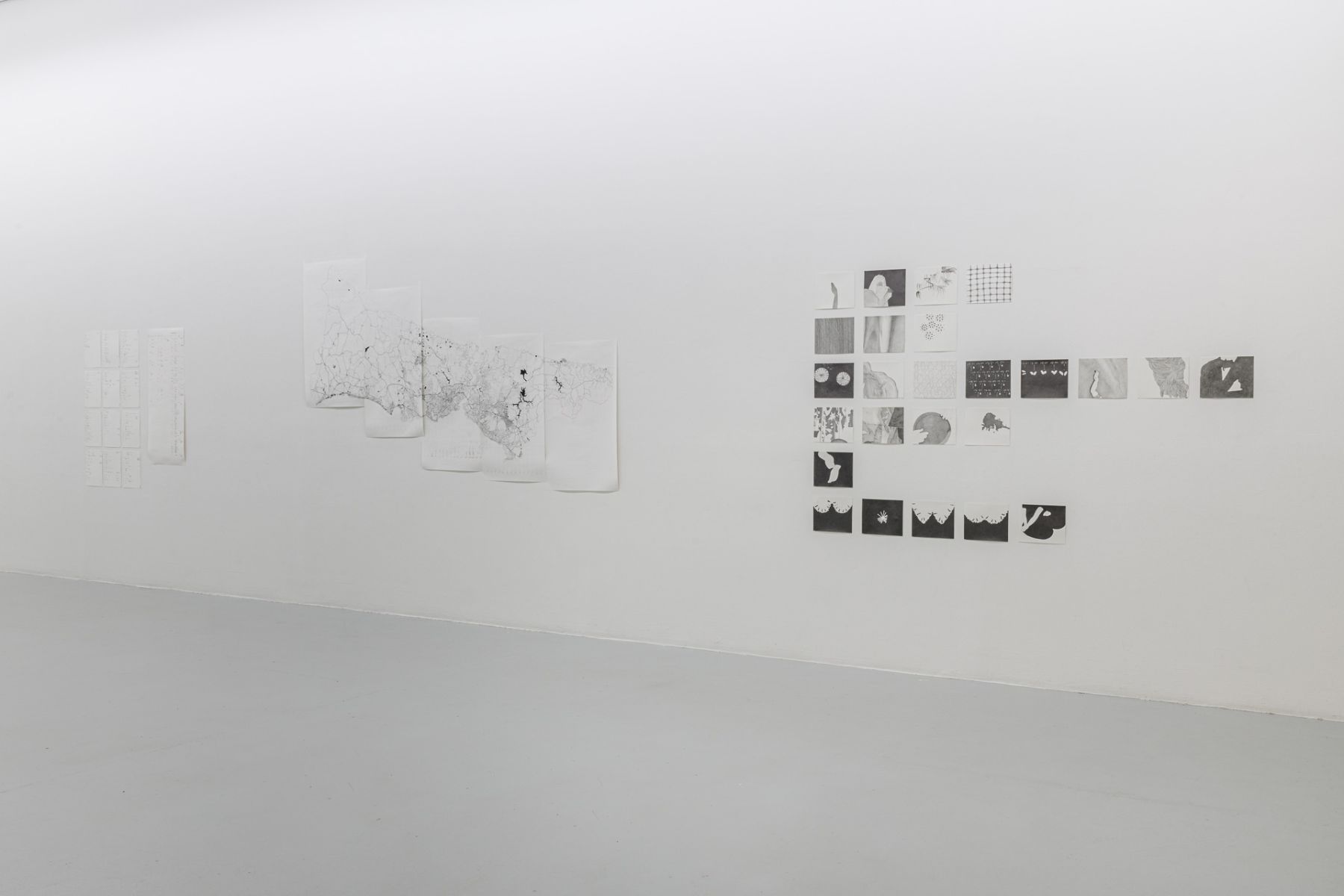
Patrizia Bach, Installationsansicht Kunstverein Freiburg, Biennale für Freiburg #1, Foto: Marc Doradzillo
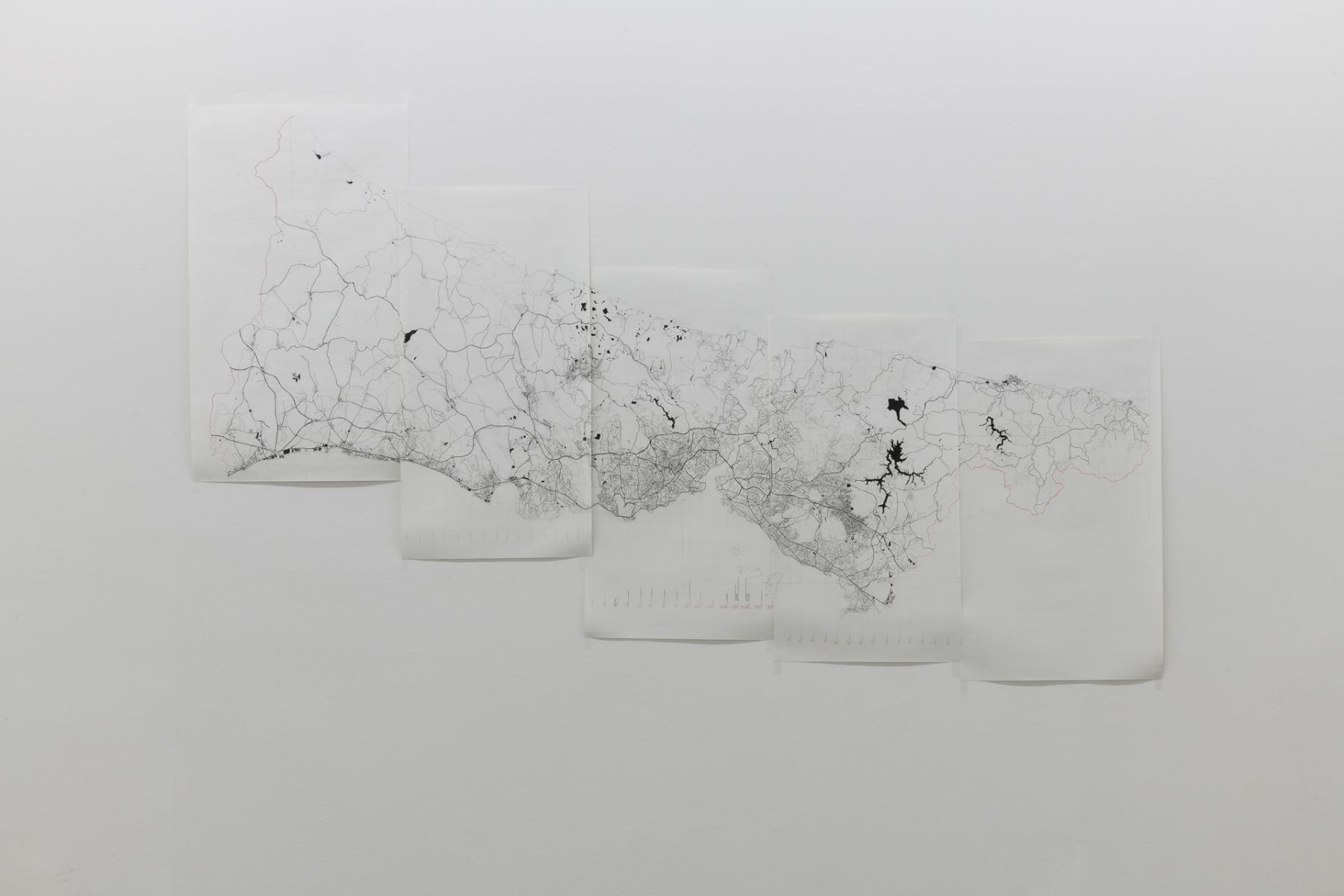
Patrizia Bach, ISTANBUL CITY MAP 1, 2015 (ongoing), Biennale für Freiburg #1, 2021, Photo: Marc Doradzillo

Patrizia Bach, TRANSLATION DRAWINGS (WORKING TITLE), 2016 (ongoing), Biennale für Freiburg #1, Photo: Marc Doradzillo


Patrizia Bach, Archive Drawings, 2017–2021, Biennale für Freiburg #1, Photo: Marc Doradzillo
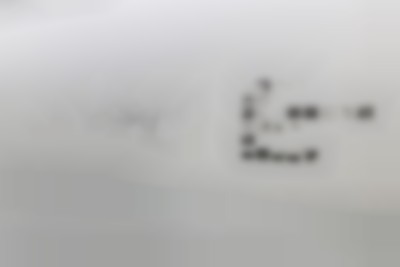

Patrizia Bach, Installationsansicht Kunstverein Freiburg, Biennale für Freiburg #1, Foto: Marc Doradzillo
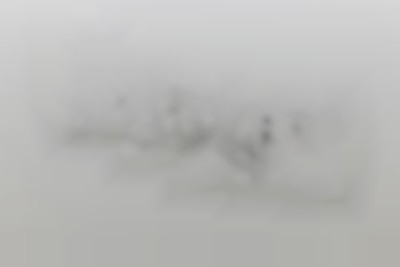

Patrizia Bach, ISTANBUL CITY MAP 1, 2015 (ongoing), Biennale für Freiburg #1, 2021, Photo: Marc Doradzillo
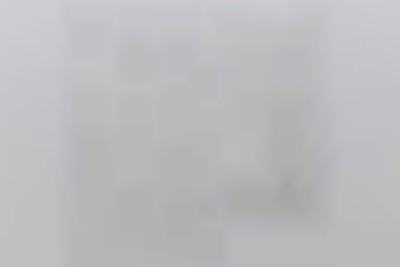

Patrizia Bach, TRANSLATION DRAWINGS (WORKING TITLE), 2016 (ongoing), Biennale für Freiburg #1, Photo: Marc Doradzillo
Rahima Gambo

at DELPHI_Space and Museum für Neue Kunst
… MoreRahima Gambo
NEST-WORKS AND WANDER-LINES, 2021
Venue: DELPHI_space and Museum für Neue Kunst
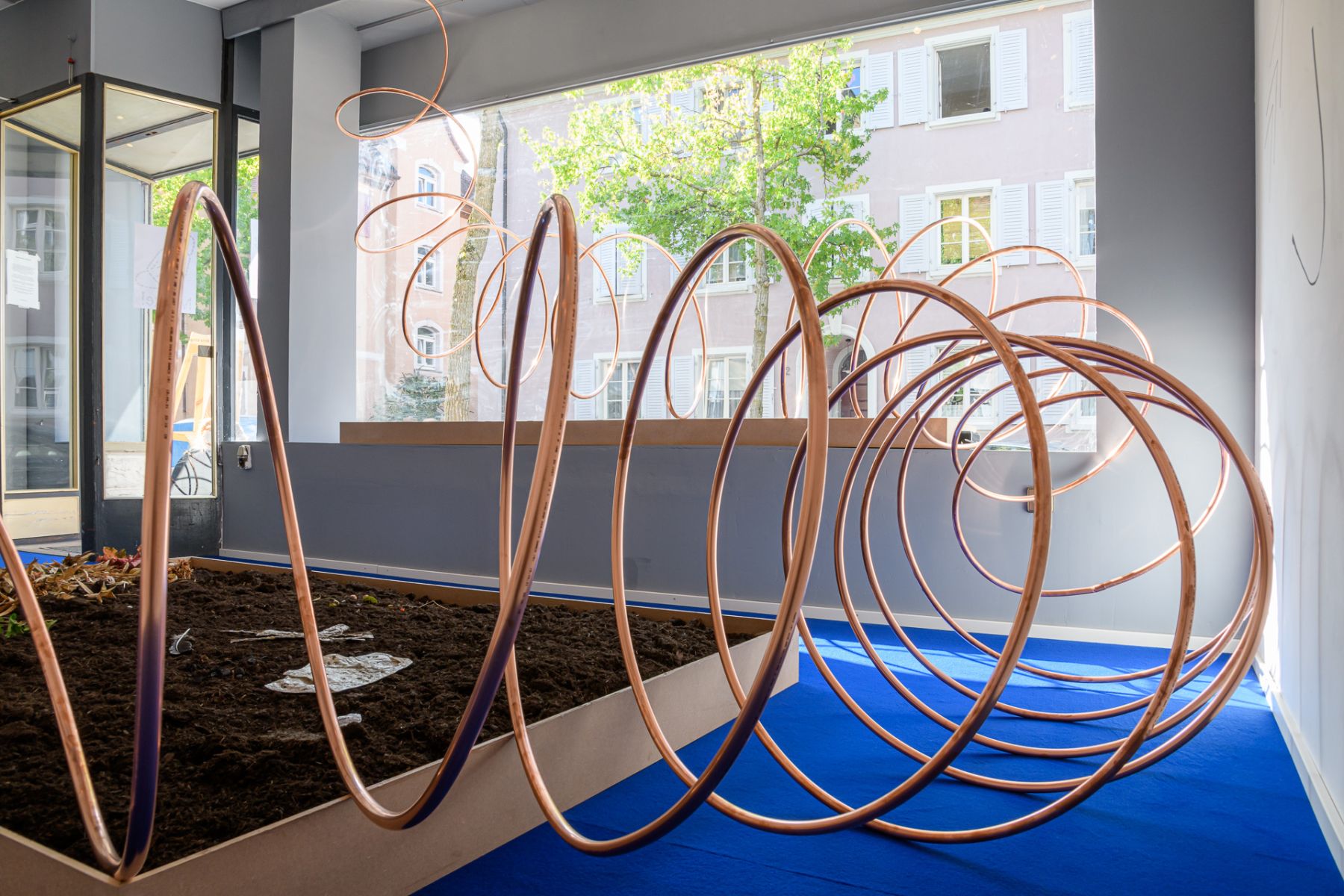
Rahima Gambo with Maristella Witt, Michaela Tröscher, Andrea Mihaljevic, Marie Klauder, Installation view DELPHI_space, Biennale für Freiburg #1, 2021, Photo: Marc Doradzillo
The installation NEST-WORKS AND WANDER-LINES by Rahima Gambo explores architectures of non-verbal and non-linear stories by mimicking the process of wandering and bricolage mirrored in the moving paths and nest making activities of birds, cow herds, and termites: their nests, habitats, and pathways. Non-verbal communication such as movement, symbols, signs gesturing, tracing, and silence are expressed in the work as a liberatory mode of being, seeing, speaking, and writing. The work ponders the inception of language and what it means to see spatially and communicate collectively as part of a ecological system.
The title of the work echoes the language used by experimental educator Ferdinand Deligny’s concepts derived from his writings and theories which Gambo is inspired by.
The installation was preceded by a 5-day WALK-WORKSHOP at the beginning of September in Freiburg. During individual morning walks, the artist and seven participants collected materials and objects: stones, leaves, sound recordings, videos, pictures, objects, or texts. A selection of these collected objects is a part of the installation NEST-WORKS AND WANDER-LINES. A psychospiritual-geographic narrative emerges that is both interior, exterior, and specific to the spaces Gambo and participants walked through. (AH)
More video and text material on the colletive installation can be found here.
NEST-WORKS AND WANDER-LINES, 2021
Collaborative installation, Freiburg
Artists: Rahima Gambo with Marie Klauder, Maristella Witt, Sarah Lehnerer, Michaela Tröscher and Andrea Mihaljevic
RAHIMA GAMBO was born in London, United Kingdom, in 1986. She lives and works in Abuja, Nigeria and London, UK. Gambo completed an MSc in Gender and Social Policy and in Journalism. She developed her artistic practice by working independently on long form trans media documentary projects. Gambo was named a Foam Talent for 2020 and was among the awardees of the CAP prize – The Contemporary African Photography Prize 2020.
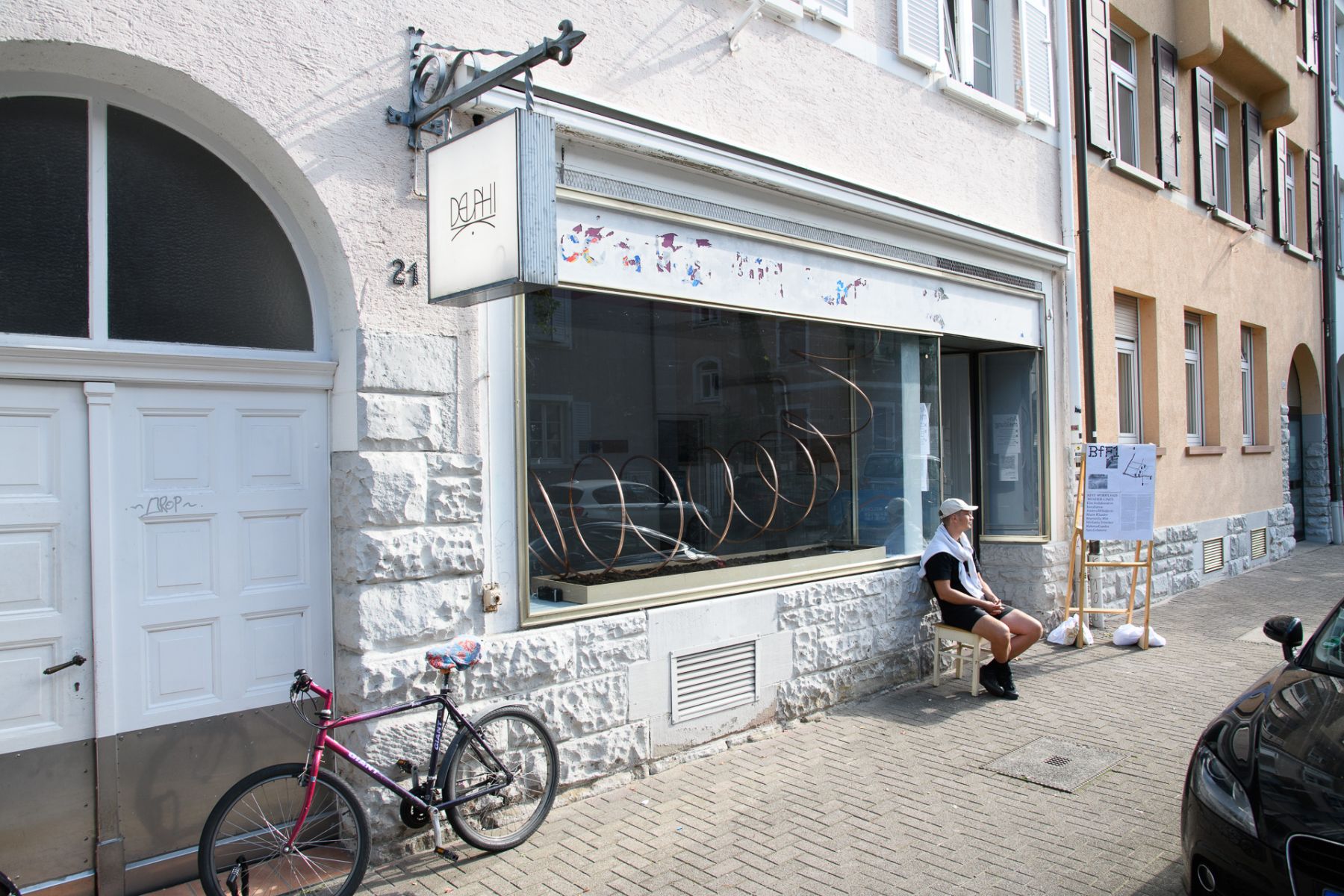
Rahima Gambo with Maristella Witt, Michaela Tröscher, Andrea Mihaljevic, Marie Klauder, Installation view DELPHI_space, Biennale für Freiburg #1, 2021, Photo: Marc Doradzillo
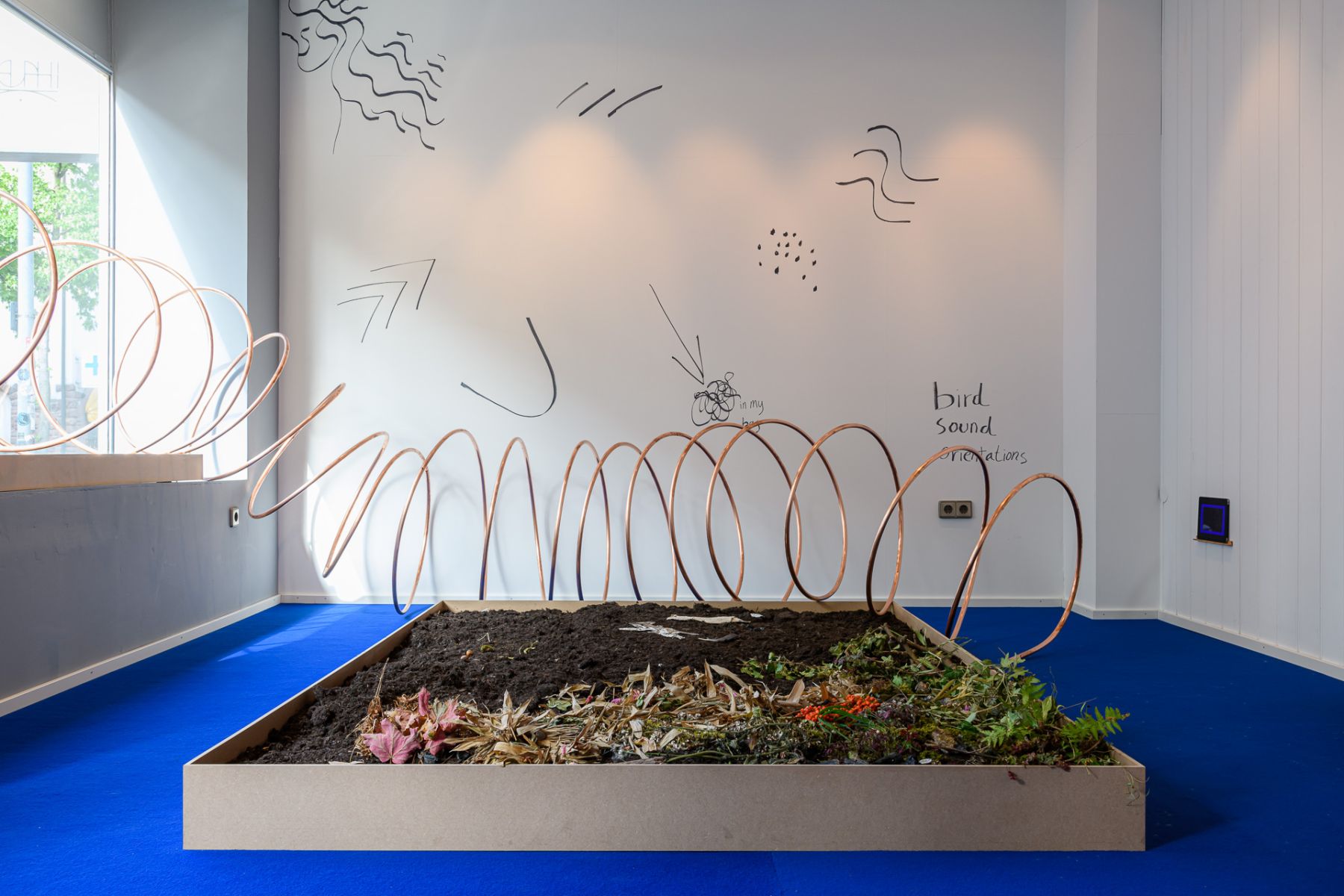
Rahima Gambo with Maristella Witt, Michaela Tröscher, Andrea Mihaljevic, Marie Klauder, Installation view DELPHI_space, Biennale für Freiburg #1, 2021, Photo: Marc Doradzillo
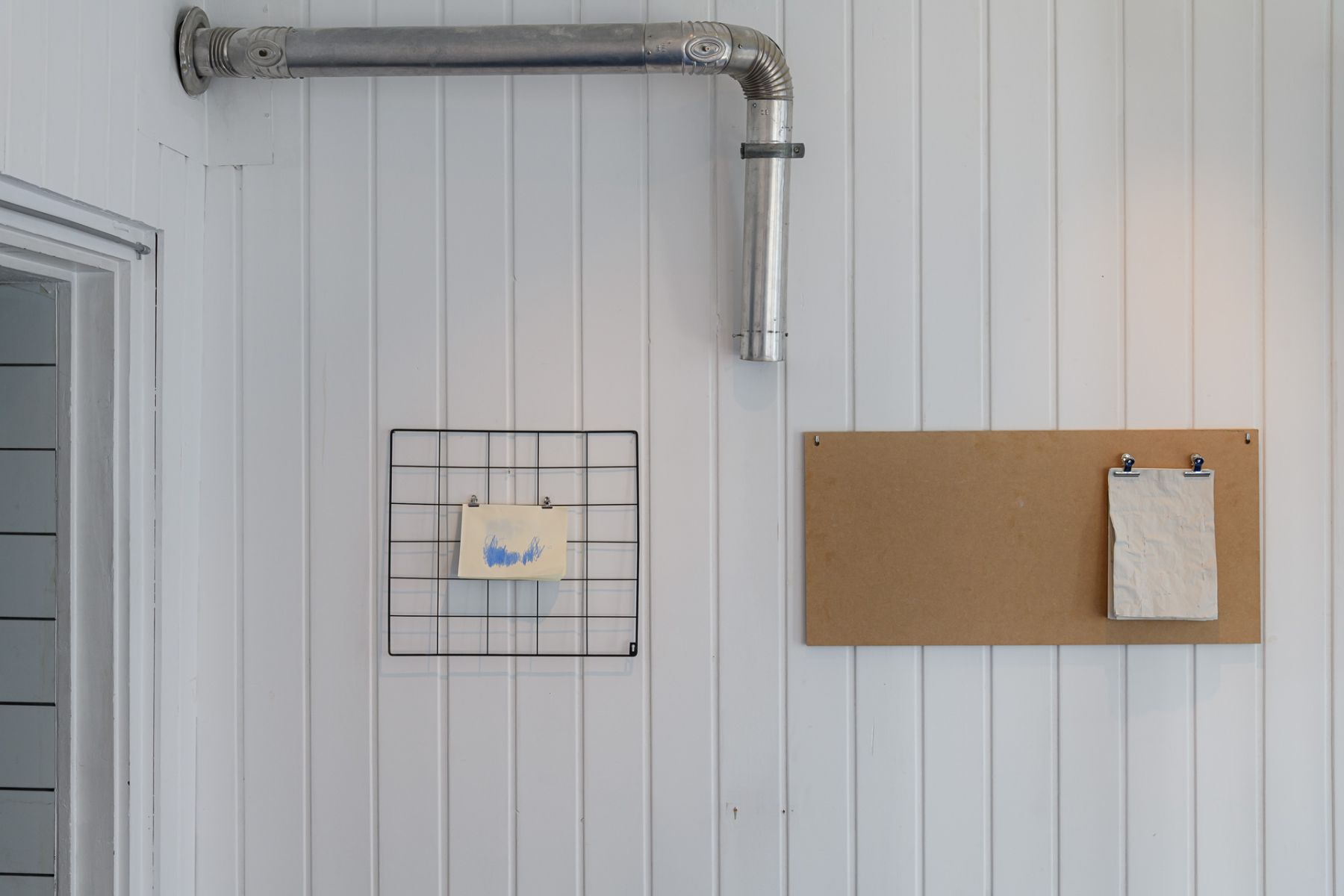
Rahima Gambo with Maristella Witt, Michaela Tröscher, Andrea Mihaljevic, Marie Klauder, Installation view DELPHI_space, Biennale für Freiburg #1, 2021, Photo: Marc Doradzillo
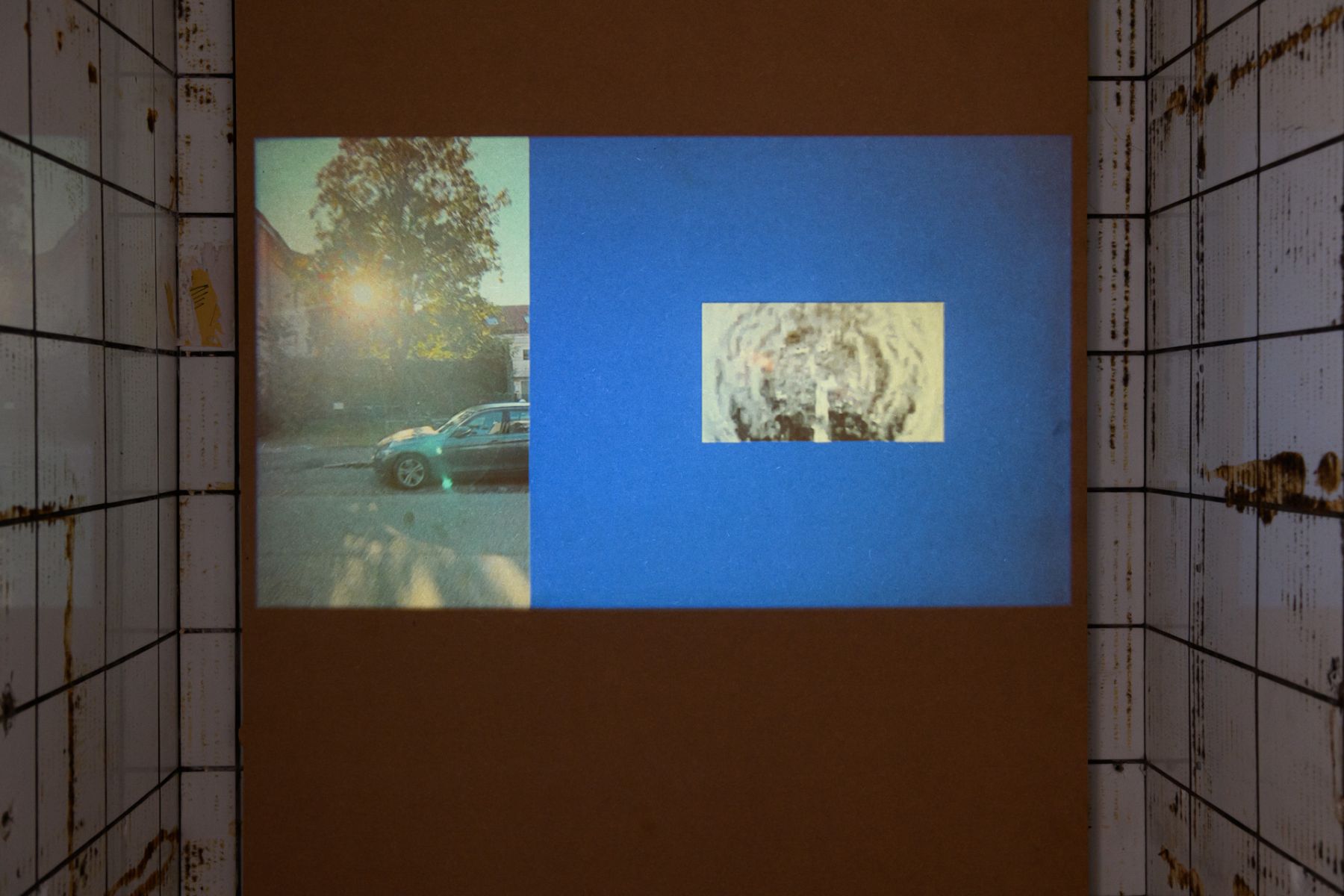
Rahima Gambo with Maristella Witt, Michaela Tröscher, Andrea Mihaljevic, Marie Klauder, Installation view DELPHI_space, Biennale für Freiburg #1, 2021, Photo: Marc Doradzillo
See the full video here.

Rahima Gambo with Maristella Witt, Michaela Tröscher, Andrea Mihaljevic, Marie Klauder, Installation view DELPHI_space, Biennale für Freiburg #1, 2021, Photo: Marc Doradzillo
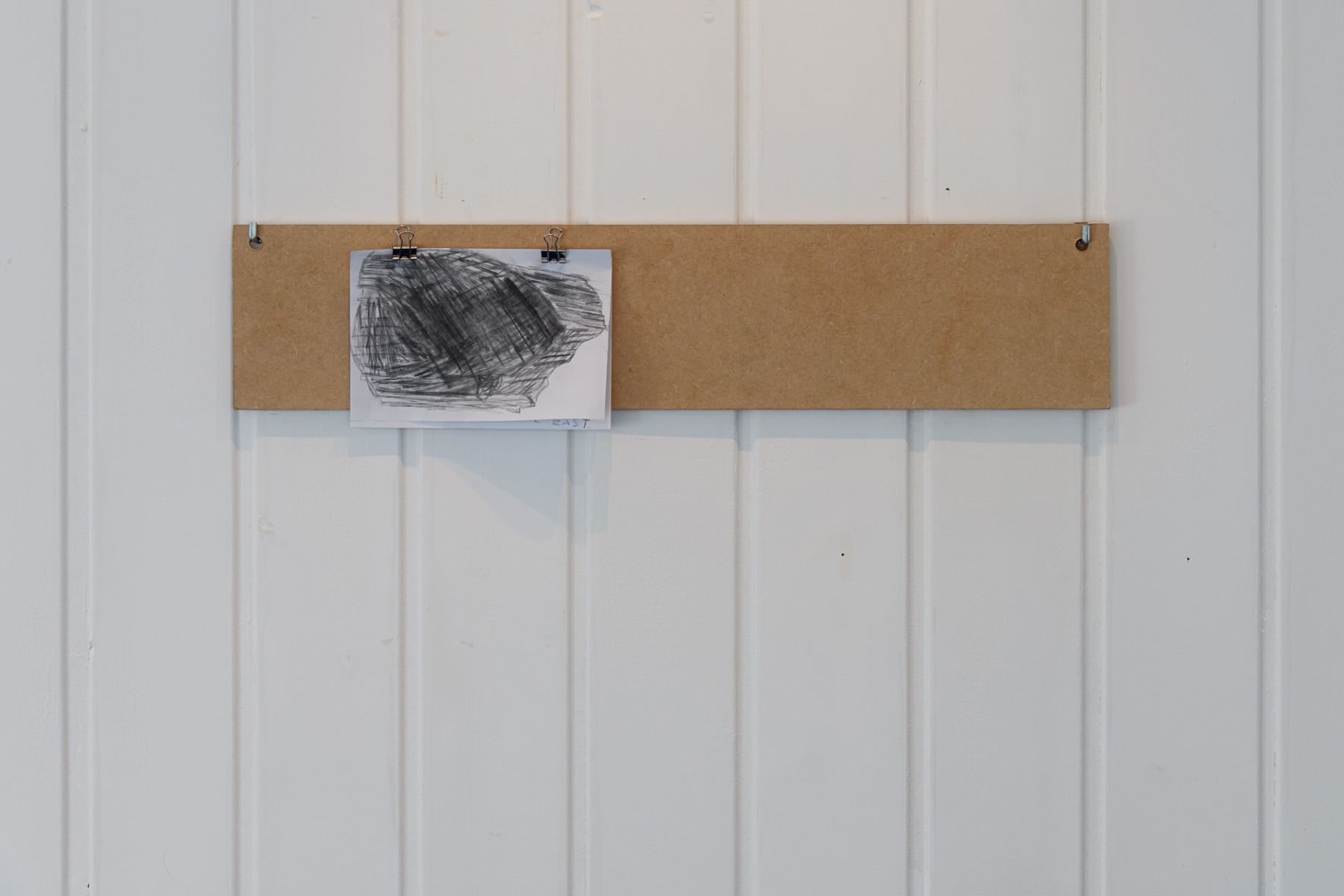
Rahima Gambo with Maristella Witt, Michaela Tröscher, Andrea Mihaljevic, Marie Klauder, Installation view DELPHI_space, Biennale für Freiburg #1, 2021, Photo: Marc Doradzillo
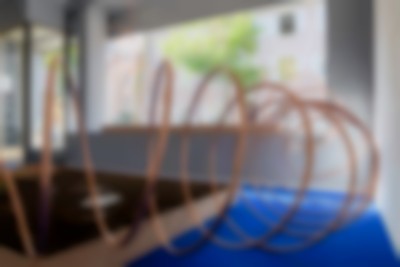

Rahima Gambo with Maristella Witt, Michaela Tröscher, Andrea Mihaljevic, Marie Klauder, Installation view DELPHI_space, Biennale für Freiburg #1, 2021, Photo: Marc Doradzillo
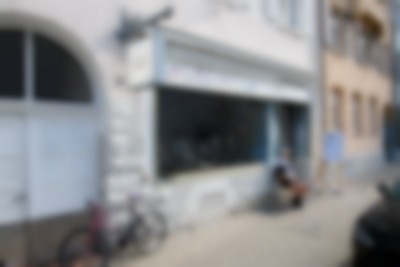

Rahima Gambo with Maristella Witt, Michaela Tröscher, Andrea Mihaljevic, Marie Klauder, Installation view DELPHI_space, Biennale für Freiburg #1, 2021, Photo: Marc Doradzillo
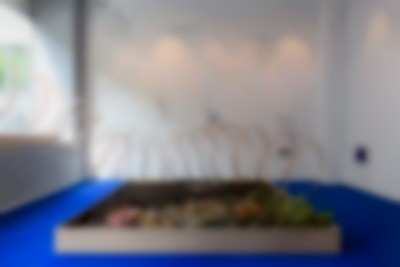

Rahima Gambo with Maristella Witt, Michaela Tröscher, Andrea Mihaljevic, Marie Klauder, Installation view DELPHI_space, Biennale für Freiburg #1, 2021, Photo: Marc Doradzillo


Rahima Gambo with Maristella Witt, Michaela Tröscher, Andrea Mihaljevic, Marie Klauder, Installation view DELPHI_space, Biennale für Freiburg #1, 2021, Photo: Marc Doradzillo
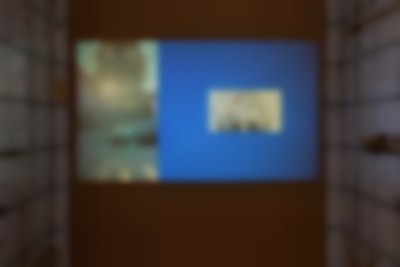

Rahima Gambo with Maristella Witt, Michaela Tröscher, Andrea Mihaljevic, Marie Klauder, Installation view DELPHI_space, Biennale für Freiburg #1, 2021, Photo: Marc Doradzillo
See the full video here.
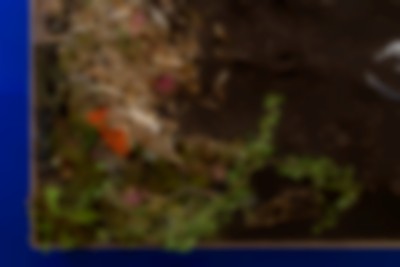

Rahima Gambo with Maristella Witt, Michaela Tröscher, Andrea Mihaljevic, Marie Klauder, Installation view DELPHI_space, Biennale für Freiburg #1, 2021, Photo: Marc Doradzillo
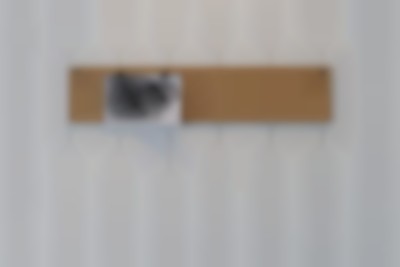

Rahima Gambo with Maristella Witt, Michaela Tröscher, Andrea Mihaljevic, Marie Klauder, Installation view DELPHI_space, Biennale für Freiburg #1, 2021, Photo: Marc Doradzillo
Thomas Geiger
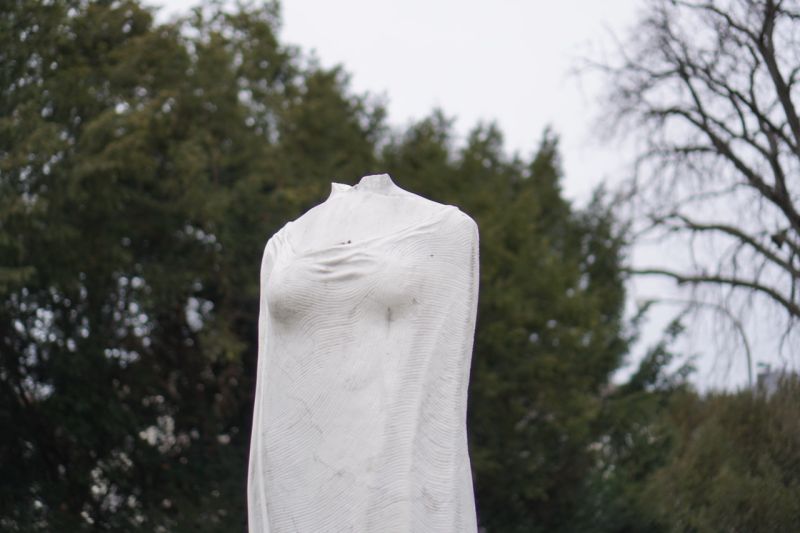
In collaboration with Birgit Heidtke, Sévérine Kpoti, Oliver Matthes and Dietrich Roeschmann
at Kunstverein Freiburg
Thomas Geiger
BUST TALK – ILLUMINA
Venue: Kunstverein Freiburg
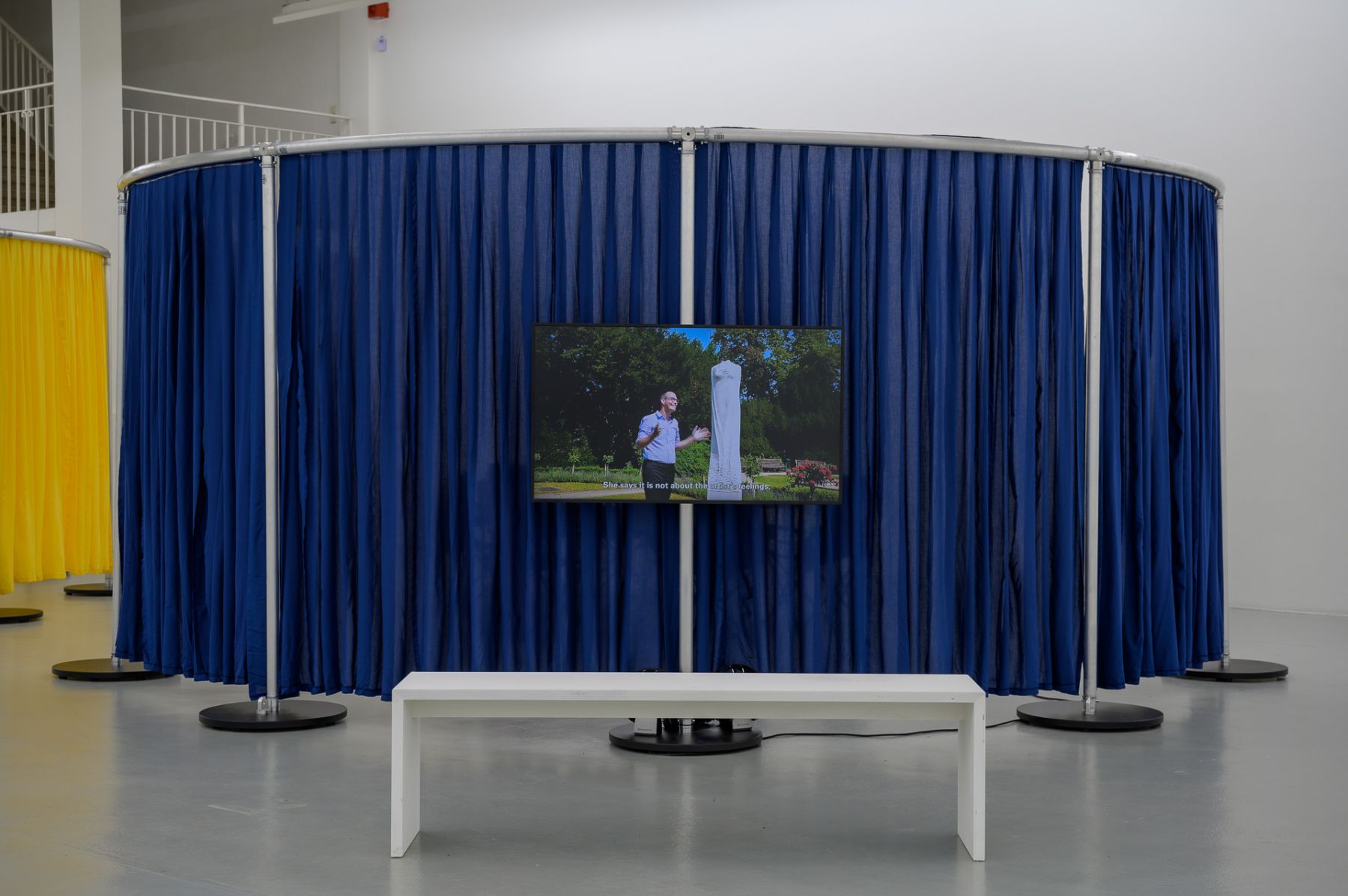
Thomas Geiger, Scenography: Diane Hillebrand, Installation view Kunstverein Freiburg, Biennale für Freiburg #1, 2021, Photo: Marc Doradzillo
Part of his ongoing series of BUST TALKS, Thomas Geiger conceived of ILLUMINA for BfF#1: a conversation with the Illumina statue by sculptor Till Peter Otto in Freiburg’s Stadtgarten. According to Otto, the marble stele with a female body, designed as a sundial, was intended to represent the city’s diversity. An anonymous Freiburg woman of Eritrean origin posed for the head of the statue. In 2014, it was damaged by unknowns and has remained in this condition until today. Since then, the statue has been missing its head; “Illumina” turned into the decapitated woman.
Thomas Geiger aims to fill this void discursively in his BUST TALK, giving voice to different perspectives on the figure. In the run-up, the artist met with representatives of various Freiburg initiatives and institutions to exchange views on the role of the statue, its effect on viewers, and their own readings, for example feminist or critical of racism. This group consisted of Birgit Heidtke (Feministische Geschichtswerkstatt), Sévérine Kpoti (Here&Black), Oliver Matthes (Strassenzeitung FREIeBÜRGER) and Dietrich Roeschmann (Städtische Kunstkommission). Together, they found the statue’s potential answers to the questions developed by the artist.
The fictitious dialogue between Thomas Geiger and Illumina, who speaks to the viewers through the artist, expresses the different perspectives, including the statue’s own. In his critical-serious and humoristic-stubborn BUST TALK, the artist not only negotiates questions of (in)visibility, corporeality, and the public sphere in general, but also adds his own performative contribution to current debates about (historical) monuments in public space. (CS)
The full video can be found here.
BUST TALK – ILLUMINA
In collaboration with Birgit Heidtke, Sévérine Kpoti, Oliver Matthes and Dietrich Roeschmann
Performance and Video, color, sound, 25:22 min
THOMAS GEIGER, born 1983 in Germany, is an interdisciplinary artist living in Vienna. In his artistic practice he uses performance, sculpture, and language in diverse combinations to create fragmentary stage-situations and playful scenarios. In recent years he has realized individual projects with Kunsthalle Wien, Wiener Festwochen, steirischer herbst, Ausstellungsraum Klingental (Basel), Kunstverein Langenhagen, Dehli Projects / Museum Tinguely (Basel), Despacio (San José, Costa Rica), Fondation d’entreprise Ricard (Paris) among others.
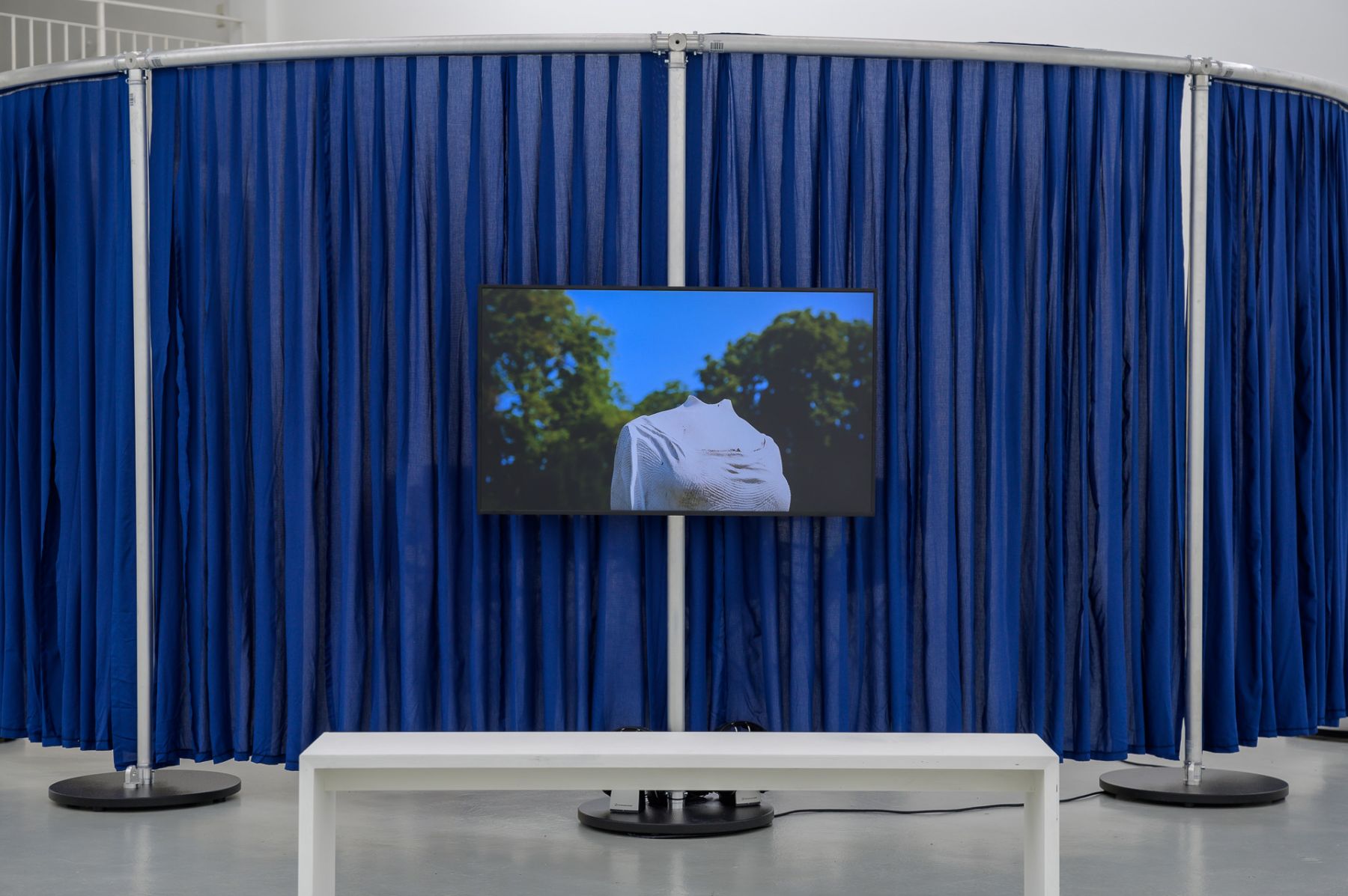
Thomas Geiger, Scenography: Diane Hillebrand, Installation view Kunstverein Freiburg, Biennale für Freiburg #1, 2021, Photo: Marc Doradzillo

Thomas Geiger, BUST TALK – ILLUMINA, Biennale für Freiburg, 2021, Photo: Marc Doradzillo
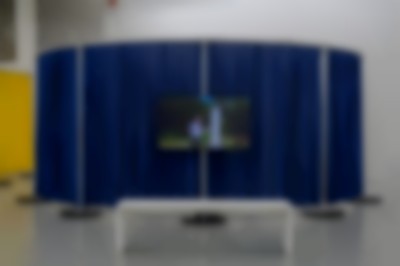

Thomas Geiger, Scenography: Diane Hillebrand, Installation view Kunstverein Freiburg, Biennale für Freiburg #1, 2021, Photo: Marc Doradzillo


Thomas Geiger, Scenography: Diane Hillebrand, Installation view Kunstverein Freiburg, Biennale für Freiburg #1, 2021, Photo: Marc Doradzillo


Thomas Geiger, BUST TALK – ILLUMINA, Biennale für Freiburg, 2021, Photo: Marc Doradzillo
Niklas Goldbach
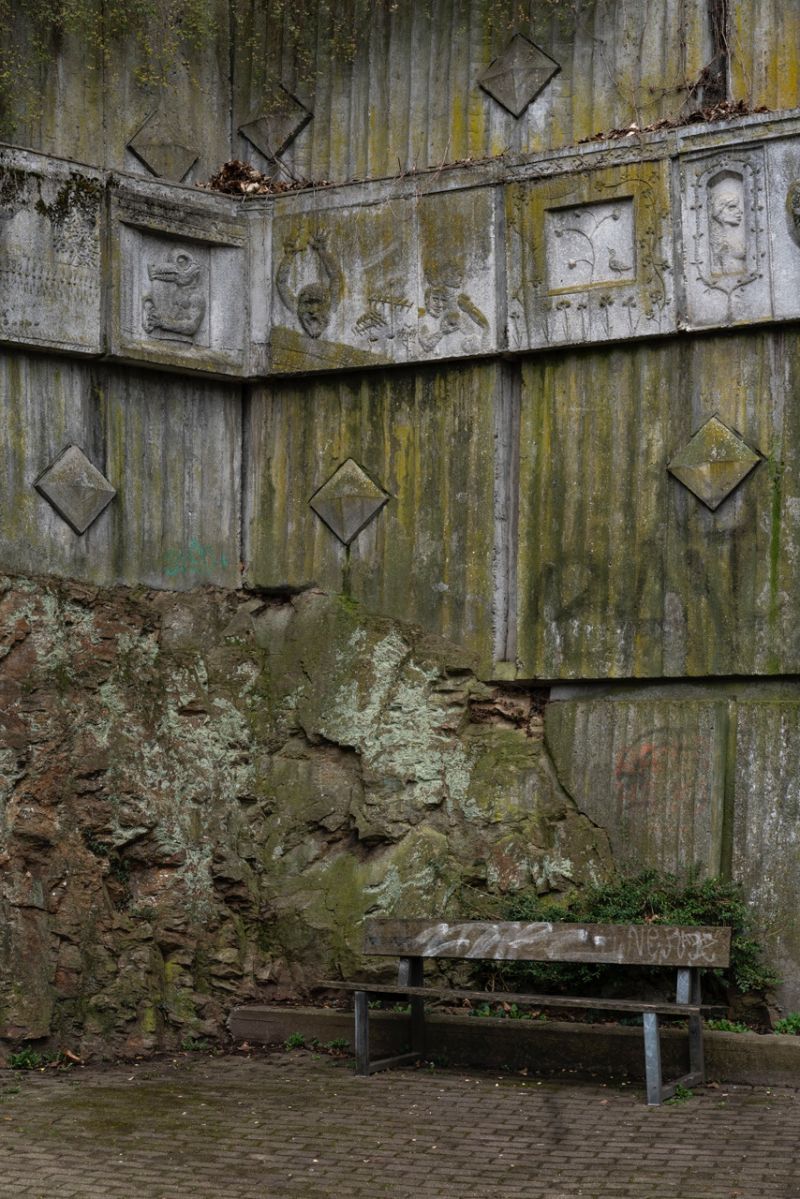
at Kaiserwache and Kunstverein Freiburg
… MoreNiklas Goldbach
AUFSTELLUNG: FREIBURG, 2021
ALBUM (CUT TOGETHER – CUTTING THROUGH) #3, 2021
SAND, 2021
Venues: Kunstverein Freiburg and Kaiserwache
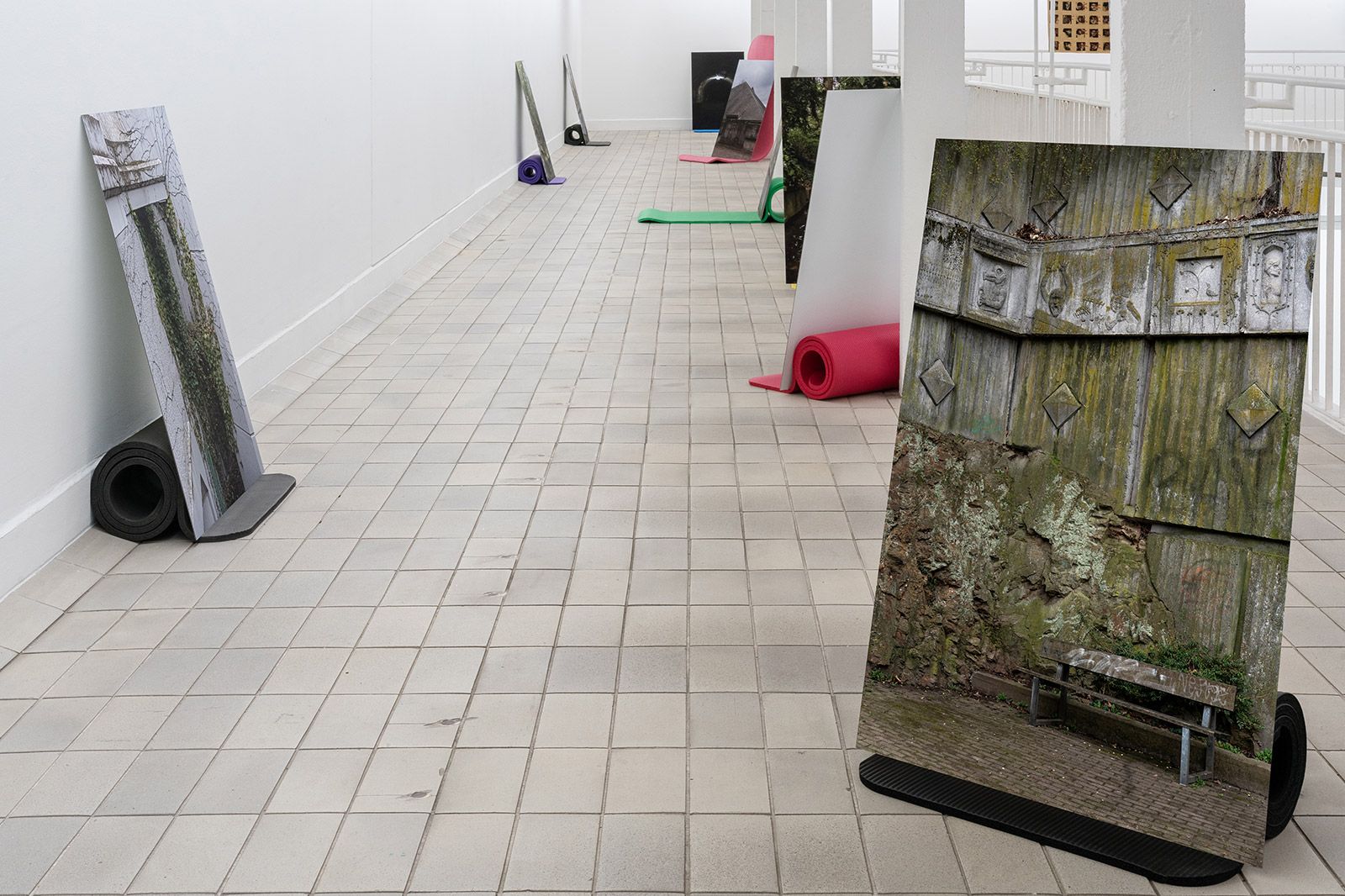
Niklas Goldbach, Installation view Kunstverein Freiburg, Biennale für Freiburg #1, 2021
Niklas Goldbach’s work negotiates the relationship between architecture and necropolitics within its modernist traditions and postmodern manifestations. His works dissect architectural elements and concepts that serve both as backdrops and catalysts of (neo)liberal subject construction. In Freiburg, Goldbach presents his new photographic installation AUFSTELLUNG: FREIBURG, its title alluding to the therapeutic method of systemic family constellation that attempts to reveal unrecognized dynamics and traumas in a given family. A newspaper article about the expulsion of homeless people from a former nuclear protection bunker in Freiburg marks the starting point of this work.
Challenging the notion of public space in Freiburg and its surroundings, the installation explores contemporary forms of displacement, decay and liminality and consists of a series of photographs of abandoned spaces and infrastructures often providing shelter and protection for those rendered invisible by dominant society. While the individual images are extended through sleeping matts that serve as props, the unframed photographs precariously lean against walls and pillars—their delicate position reminding us of the inherent fragility of life.
Niklas Goldbach’s ongoing and ever-evolving video installation ALBUM (CUT TOGETHER – CUTTING THROUGH) #3 amalgamates every single image taken by the artist with various cameras since 2013 until the very day of its respective future installation. While his photographic series usually constitute a meticulously edited selection of images, the video installation inverts this practice: compiled chronologically for the duration of two frames per second, more than 85,000 images often evoke the illusion of stop-motion-techniques while revealing Goldbach’s artistic process of scanning architectures and urban environments. Presented in the premises of a former public toilet and cruising area, the images bare every facet of contemporary and queer life and renounce distinctions between work and leisure, the public and very private image, the documentation of excessive joy and intimate pain. Here, the uncensored stream of images activates a stream of consciousness on one’s own ordinary and not-so-ordinary moments, narratives, and images, one’s own celebrations of a time-bound and vulnerable life.
Goldbach further presents the first edition of SAND, a self-published monothematic photo essay dedicated to the portrayal of a single building. Reminiscent of street newspapers, SAND seeks to provide easy access to architecture photography and thus deliberately opposes the glossy photographs known from real estate websites. The first edition of SAND is dedicated to the abandoned building of the Schwarzwald Kurklinik Bad Rippoldsau-Schapbach — a former rehabilitation centre from the 1970s that was closed in 2011 and has been vacant since. (FH)
AUFSTELLUNG: FREIBURG, 2021
Photo print on alu-dibond, various materials, 10 x 100 x 67 cm
ALBUM (CUT TOGETHER – CUTTING THROUGH) #3, 2021
UHD video installation, silent, ca. 128 min
SAND #1: Schwarzwaldklinik Bad Rippoldsau-Schapbach
Newspaper, 2021
ColdSet print, Halb-Rheinisches Format (250 X 350 mm), 40 pages, color, 52 g/qm, ISO 69, Edition:1000
NIKLAS GOLDBACH lives and works in Berlin. His works were presented, among others, at the Berlinale, International Short Film Festival Oberhausen, Museo Reina Sofia Madrid, Barbican Arts Center London, S.M.A.K. Gent, Centre Pompidou Paris, Museum Ludwig Köln, Berlinische Galerie, Neuer Berliner Kunstverein n.b.k, Württembergischer Kunstverein Stuttgart, documenta 14 public programs, Bergen Assembly 2019, Media Art Biennale Wroclaw 2021.
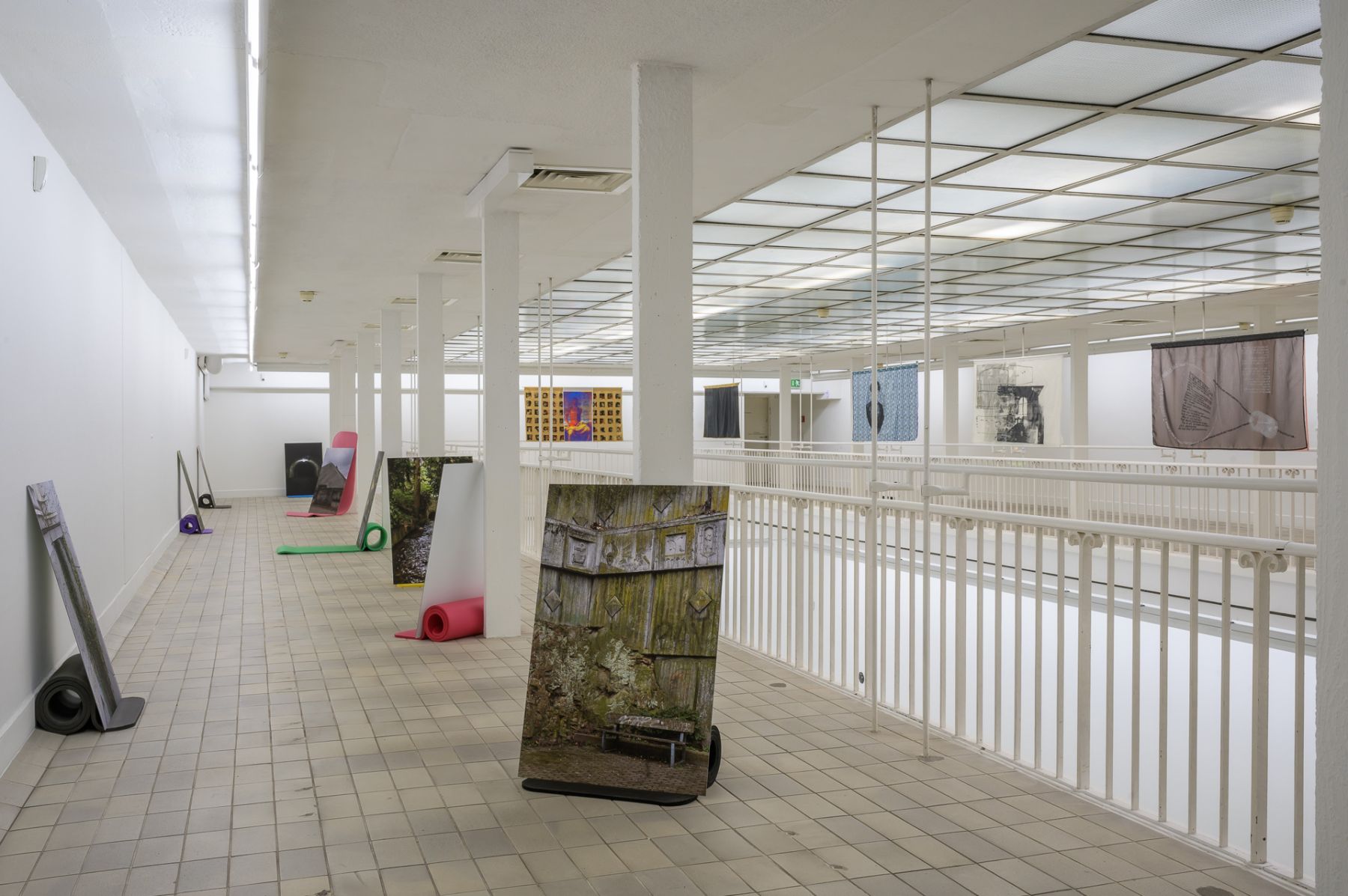
Niklas Goldbach, Installation view, Kunstverein Freiburg, Biennale für Freiburg #1, 2021, photo: Marc Doradzillo

Niklas Goldbach, Installation view Kunstverein Freiburg, 2021, Biennale für Freiburg #1
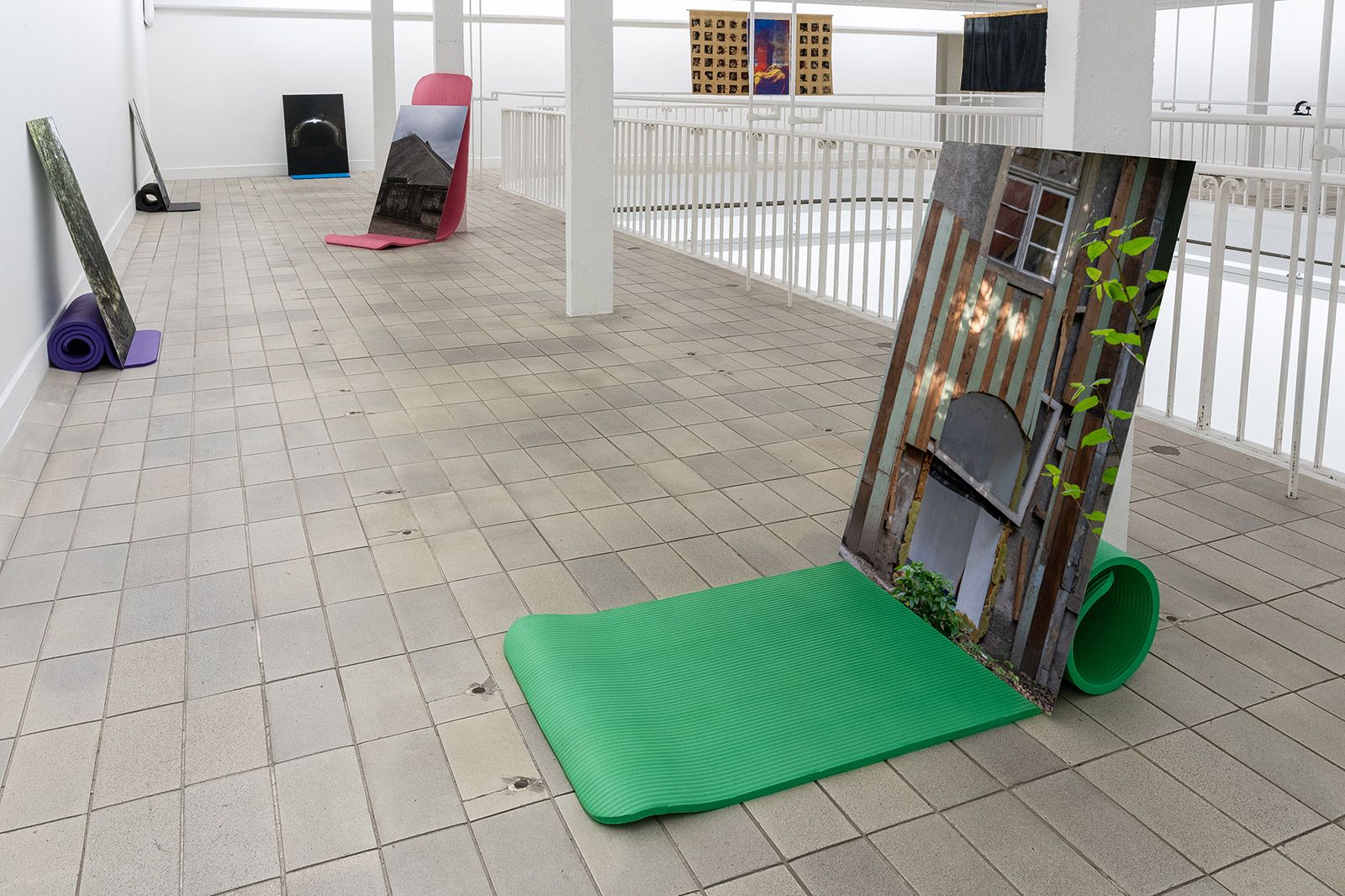
Niklas Goldbach, Installation view, Kunstverein Freiburg, Biennale für Freiburg #1, 2021
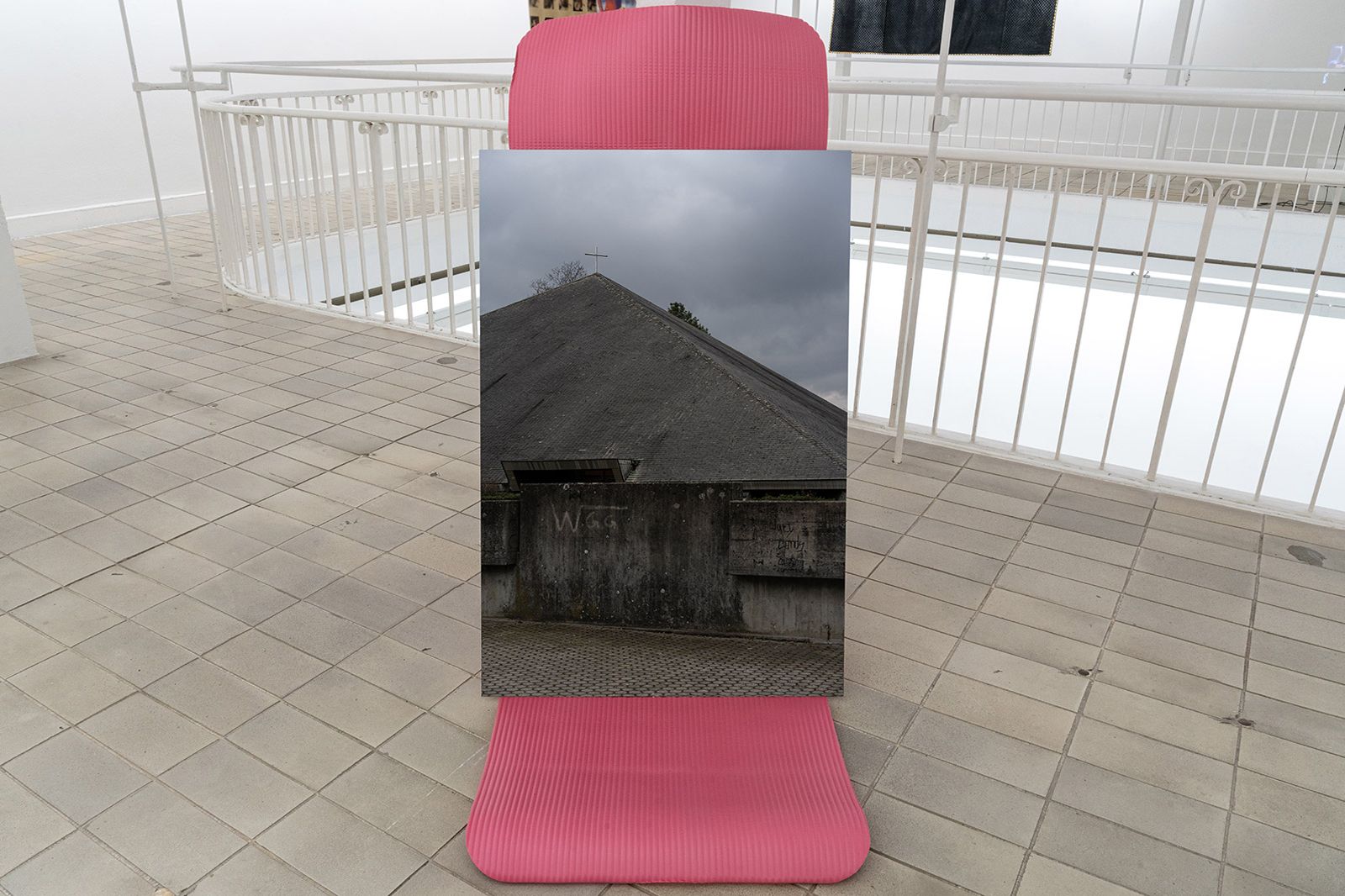
Niklas Goldbach, Installation view Kunstverein Freiburg, Biennale für Freiburg #1, 2021
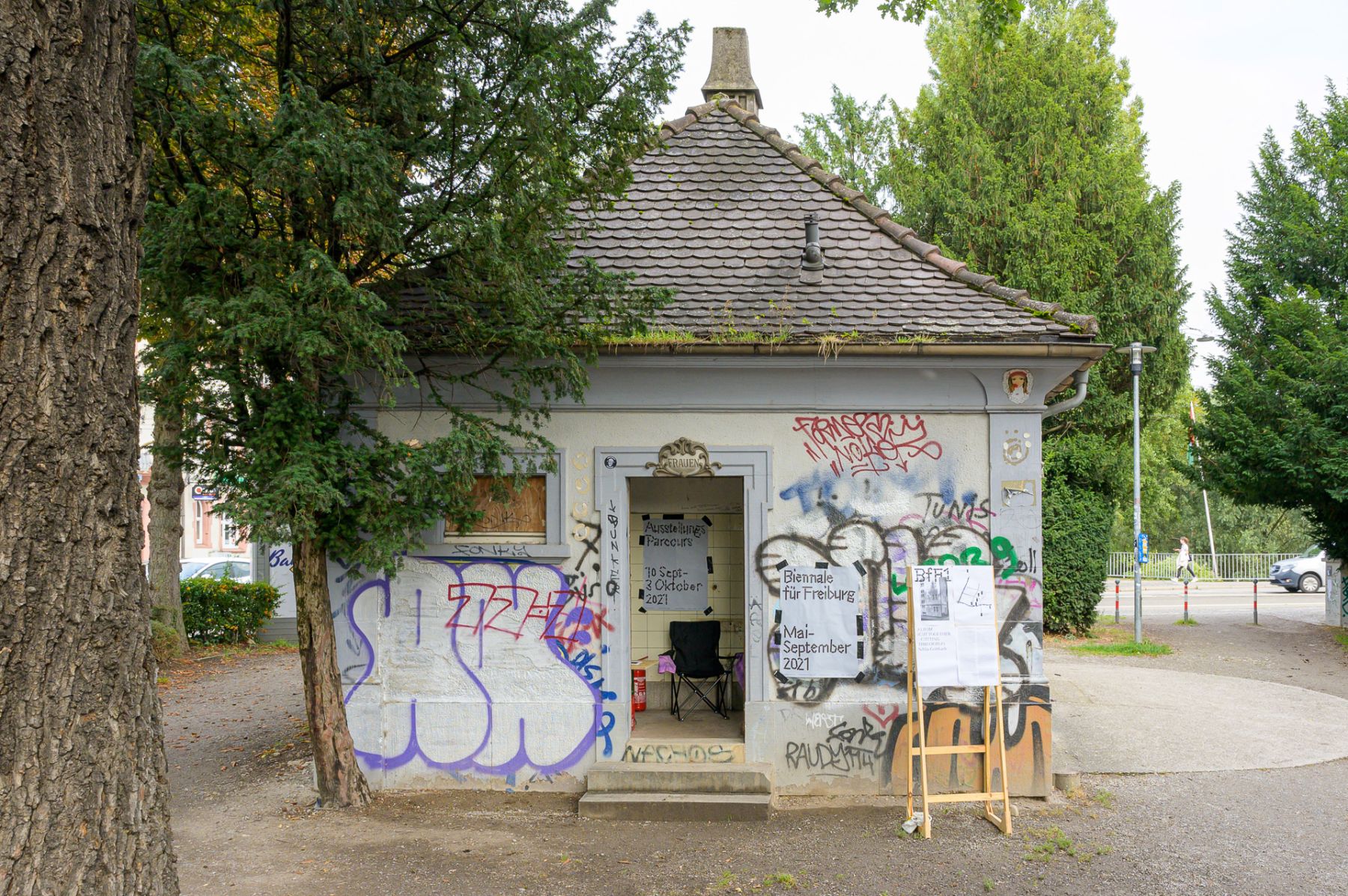
Kaiserwache, Biennale für Freiburg #1, 2021, Foto: Marc Doradzillo
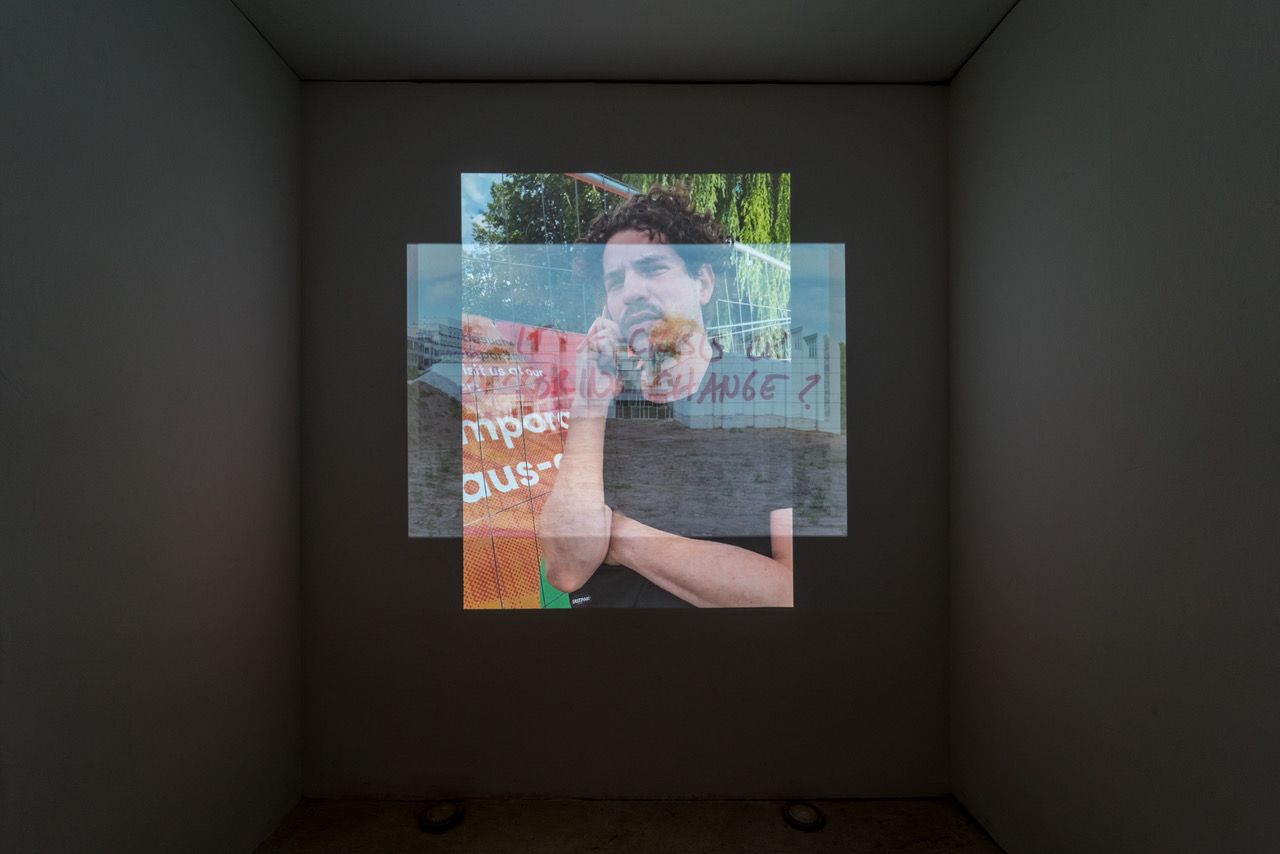
Niklas Goldbach, ALBUM (CUT TOGETHER – CUTTING THROUGH) #3, Biennale für Freiburg #1, 2021
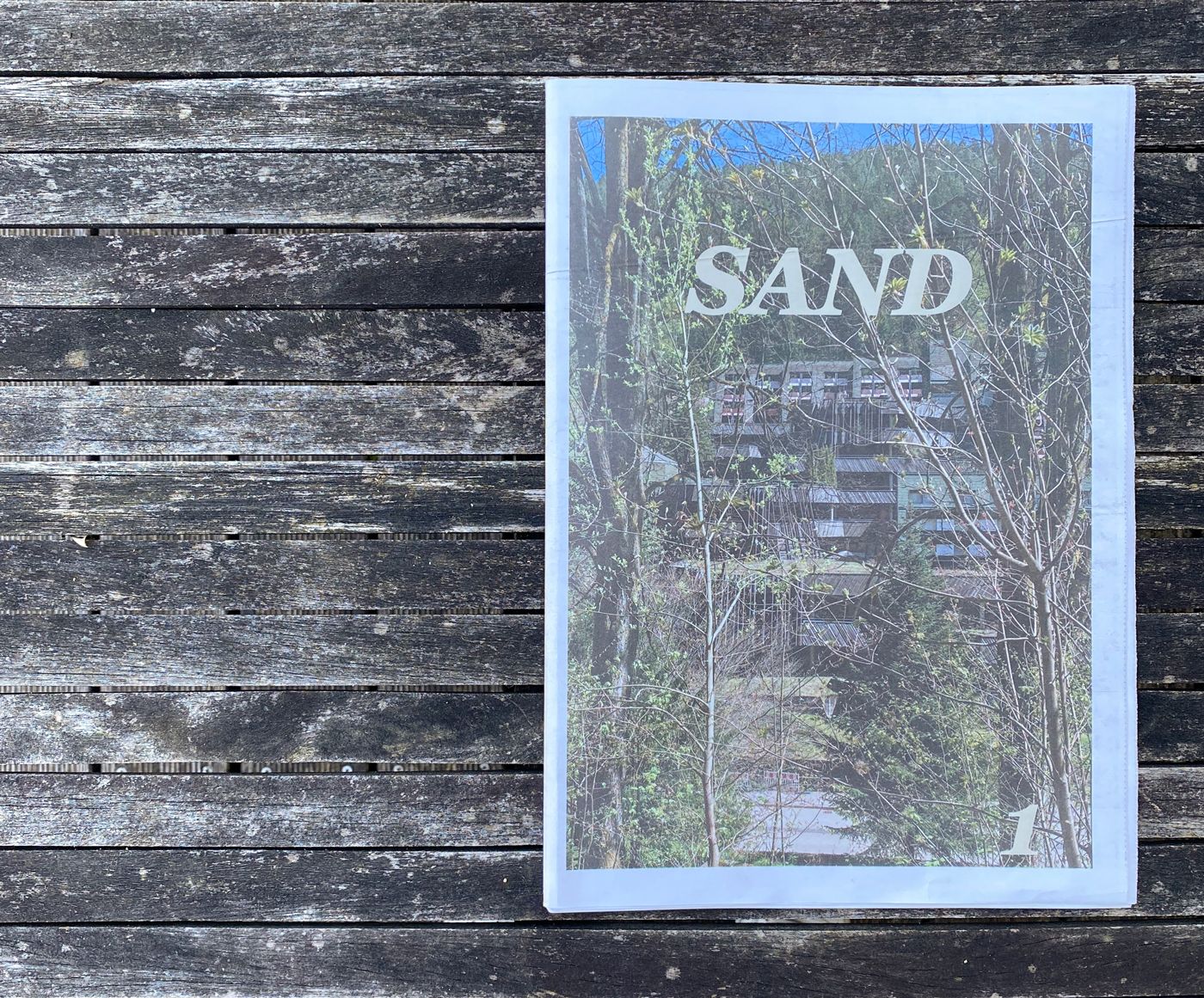
SAND #1: Schwarzwaldklinik Bad Rippoldsau-Schapbach, Newspaper, 2021
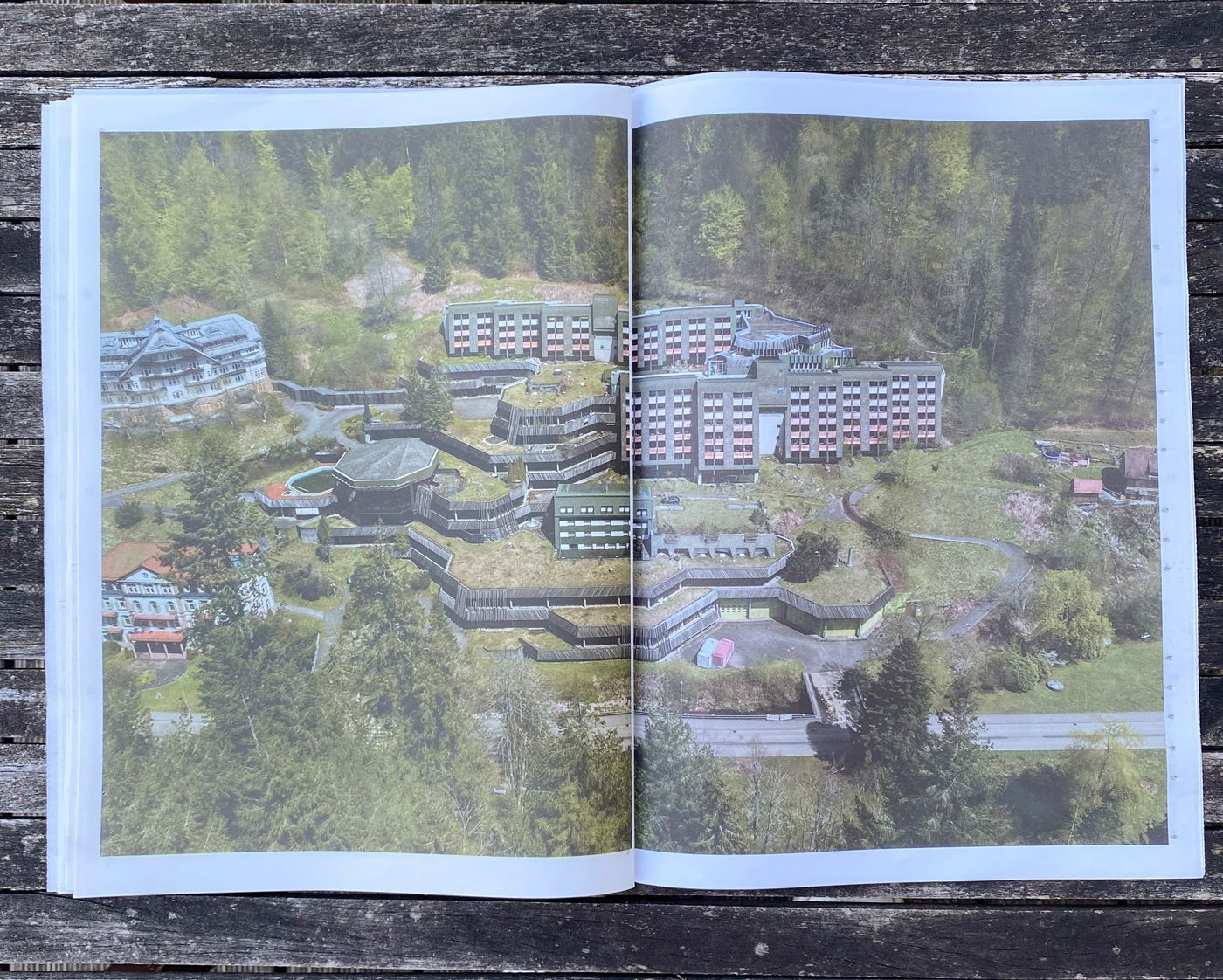
SAND #1: Schwarzwaldklinik Bad Rippoldsau-Schapbach
Newspaper, 2021
Download the full newspaper PDF here.
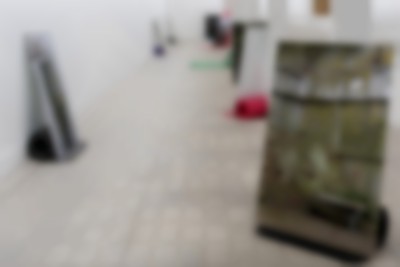

Niklas Goldbach, Installation view Kunstverein Freiburg, Biennale für Freiburg #1, 2021
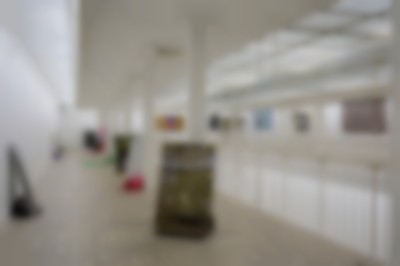

Niklas Goldbach, Installation view, Kunstverein Freiburg, Biennale für Freiburg #1, 2021, photo: Marc Doradzillo
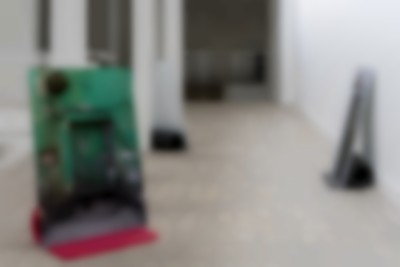

Niklas Goldbach, Installation view Kunstverein Freiburg, 2021, Biennale für Freiburg #1
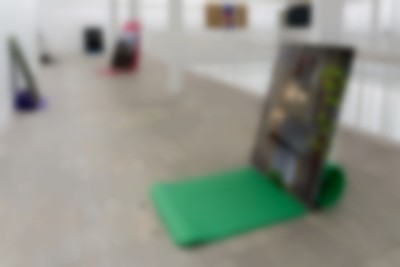

Niklas Goldbach, Installation view, Kunstverein Freiburg, Biennale für Freiburg #1, 2021


Niklas Goldbach, Installation view Kunstverein Freiburg, Biennale für Freiburg #1, 2021
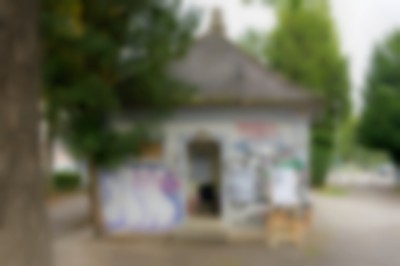

Kaiserwache, Biennale für Freiburg #1, 2021, Foto: Marc Doradzillo
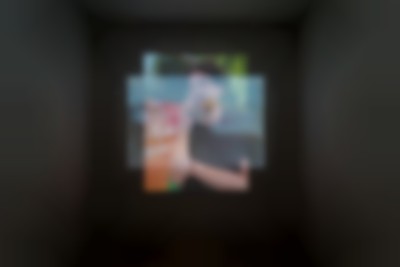

Niklas Goldbach, ALBUM (CUT TOGETHER – CUTTING THROUGH) #3, Biennale für Freiburg #1, 2021
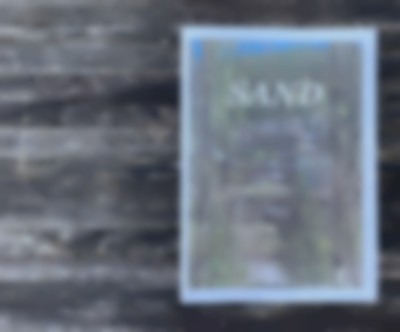

SAND #1: Schwarzwaldklinik Bad Rippoldsau-Schapbach, Newspaper, 2021
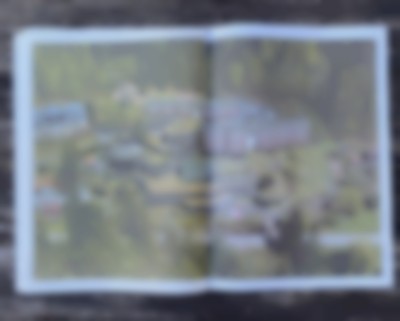

SAND #1: Schwarzwaldklinik Bad Rippoldsau-Schapbach
Newspaper, 2021
Philipp Gufler
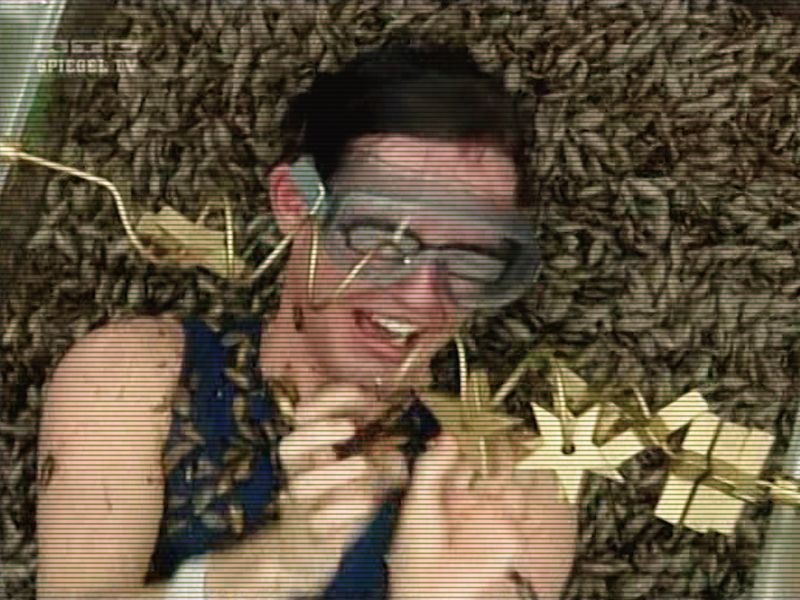
at Kunstverein Freiburg
… MorePhilipp Gufler
QUILT#21 (Paul Hoecker), 2018
QUILT#23 (Wies Smals), 2018
QUILT#24 (C.), 2018
QUILT#25 (Ludwig II), 2019
QUILT#38 (Nino Cesarini)
LANA KAISER, 2020
Venue: Kunstverein Freiburg
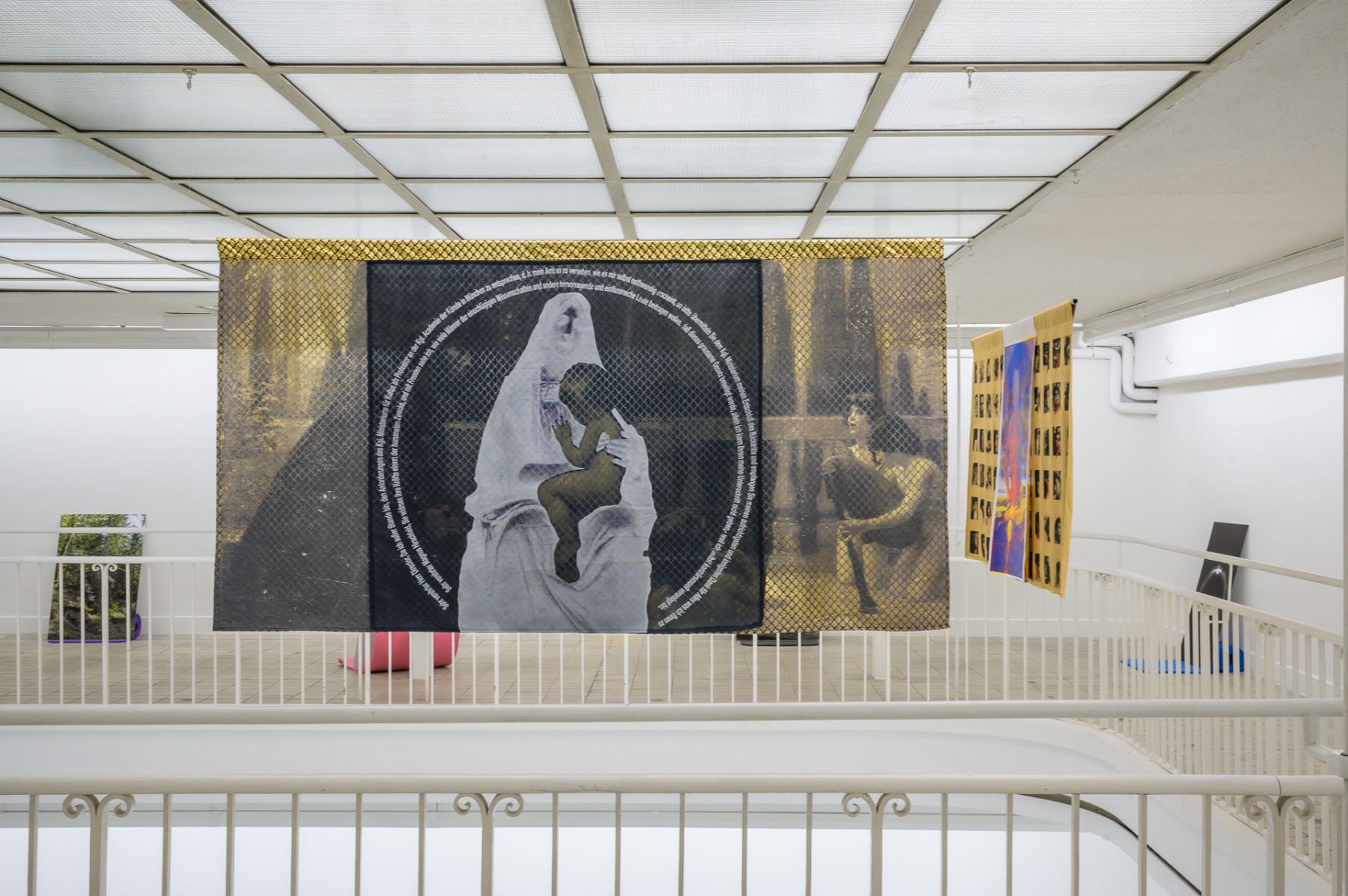
Philipp Gufler, Installation view Kunstverein Freiburg, Biennale für Freiburg #1, Photo: Marc Doradzillo
Philipp Gufler’s ongoing series of QUILTS explores queer counter-images of existent narratives. The quilts negotiate the tensions between private and public life while addressing desires rendered invisible by dominant historiography and its institutions.
QUILT #25 features King Ludwig II, whose homoerotic friendships can be traced in his love letters that appeared in auction in the 1990s. The names of the addressees have been printed onto the quilt by the artist. The painter Paul Hoecker (QUILT #21) was forced to resign from his professorship at the Academy in Munich in 1898 for allegedly using a male sex worker as a model for his portrait of a Madonna. Later, he visited the poet Jacques d’Adelswärd-Fersen and his lover Nino Cesarini (QUILT #38) in Capri. Wies Smals (QUILT #23) founded De Appel in Amsterdam in 1974 and left a legacy of supporting independent artists. The sketches of the exhibition space used for the quilt were made by Smals’ life partner Marijke van der Wijst and are shown alongside photographs from her private archive. QUILT #24 further delves into the realm of the private and employs fragments of diary entries written by the quilt’s protagonist, C.
LANA KAISER pays tribute to the German entertainer mostly known to the public under her birth name Daniel Küblböck. Kaiser, who got famous in 2002 in the first season of German Idol, soon became a human projection surface for discussions around gender ambiguity. (FH)
QUILT#21 (Paul Hoecker), 2018
Silkscreen print on fabric, 2 layers, 93 x 177 cm
Courtesy Françoise Heitsch, München
QUILT#23 (Wies Smals), 2018
Silkscreen print on fabric, 3 layers, 94 x 166,5 cm
Courtesy BQ, Berlin
QUILT#24 (C.), 2018
Silkscreen print on fabric, 2 layers, 94,5 x 178 cm
Courtesy Françoise Heitsch, München
QUILT#25 (Ludwig II), 2019
Silkscreen print on fabric, 2 layers, 93 x 183 cm
Courtesy Françoise Heitsch, München
QUILT#38 (Nino Cesarini)
Silkscreen print on fabric, 180 x 95 cm
Courtesy BQ, Berlin
LANA KAISER, 2020
13 min, HD, 4 x 3 ratio
Music: Rory Pilgrim; director of photography: Julia Swoboda; color corrections: Theo Cook; sound: Nathalie Bruys
Courtesy BQ, Berlin und / and Philipp Gufler
PHILIPP GUFLER (born 1989, Germany) lives in Amsterdam and Munich and has been a member of the Forum Queeres Archiv München since 2013. Gufler studied at the Academy of Fine Arts in Munich. Gufler was resident at De Ateliers in Amsterdam, and Delfina Foundation, London, had solo exhibitions at Kunstverein Göttingen, Françoise Heitsch in Munich, BQ Berlin, and Kevin Space, Vienna, as well as group exhibitions at Haus der Kunst, Munich, Centraal Museum, Utrecht, and Haus der Kulturen der Welt, Berlin, among others.
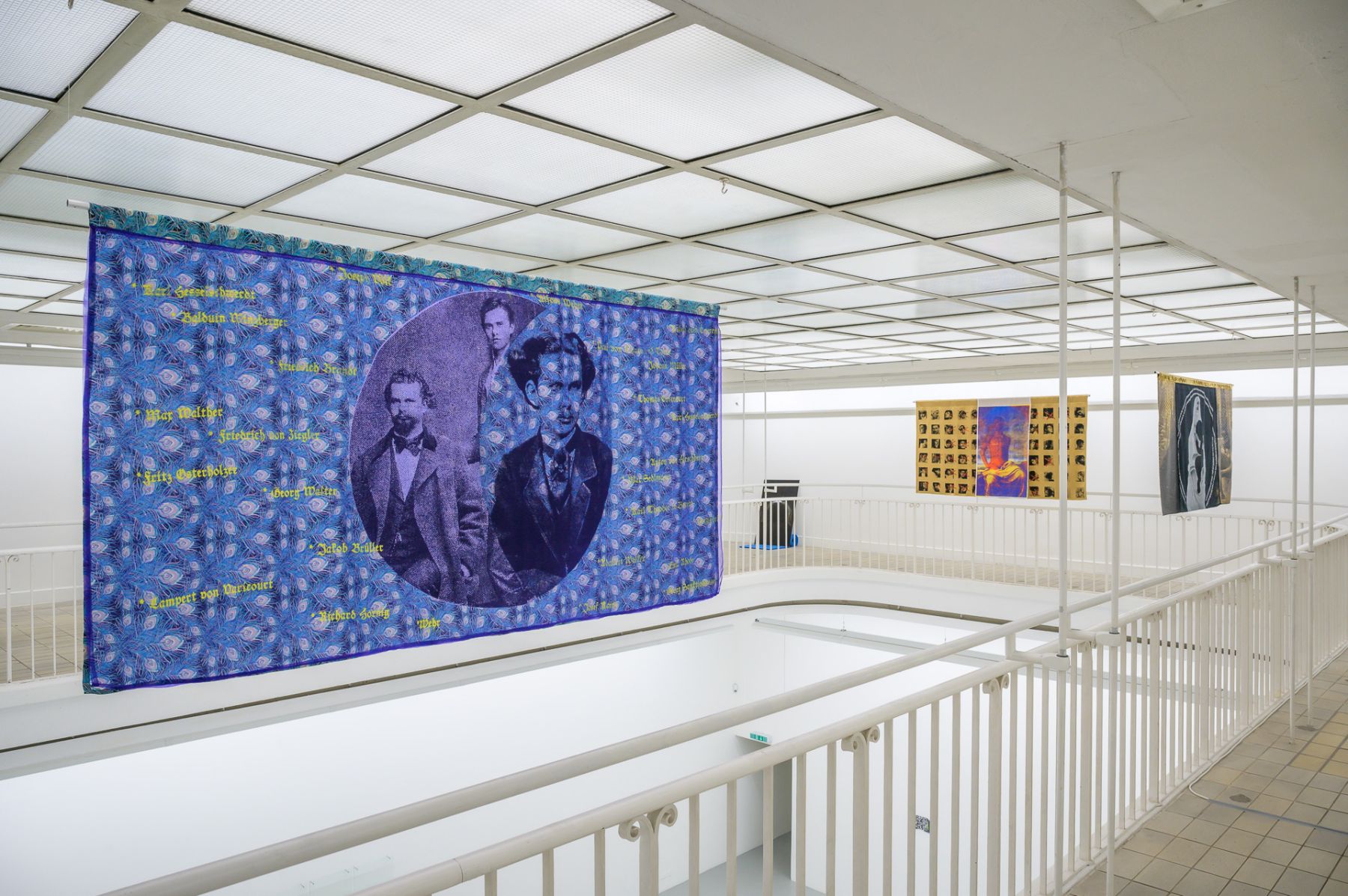
Philipp Gufler, Niklas Goldbach, Installationsansicht Kunstverein Freiburg, Biennale für Freiburg #1, Foto: Marc Doradzillo
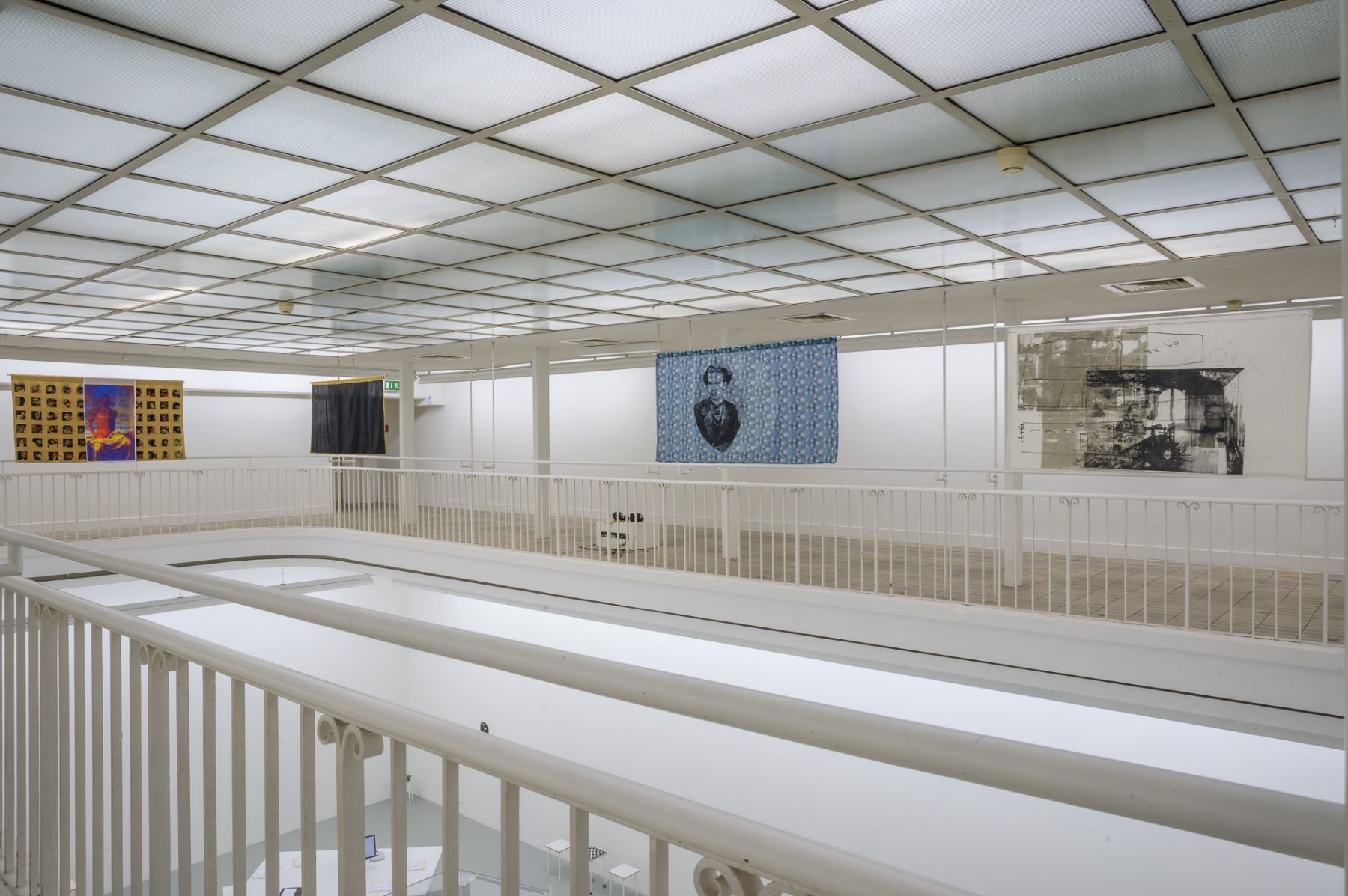
Philipp Gufler, Installation view Kunstverein Freiburg, Biennale für Freiburg #1, 2021, Photo: Marc Doradzillo

Philipp Gufler, Niklas Goldbach, Installationsansicht Kunstverein Freiburg, Biennale für Freiburg #1, Foto: Marc Doradzillo
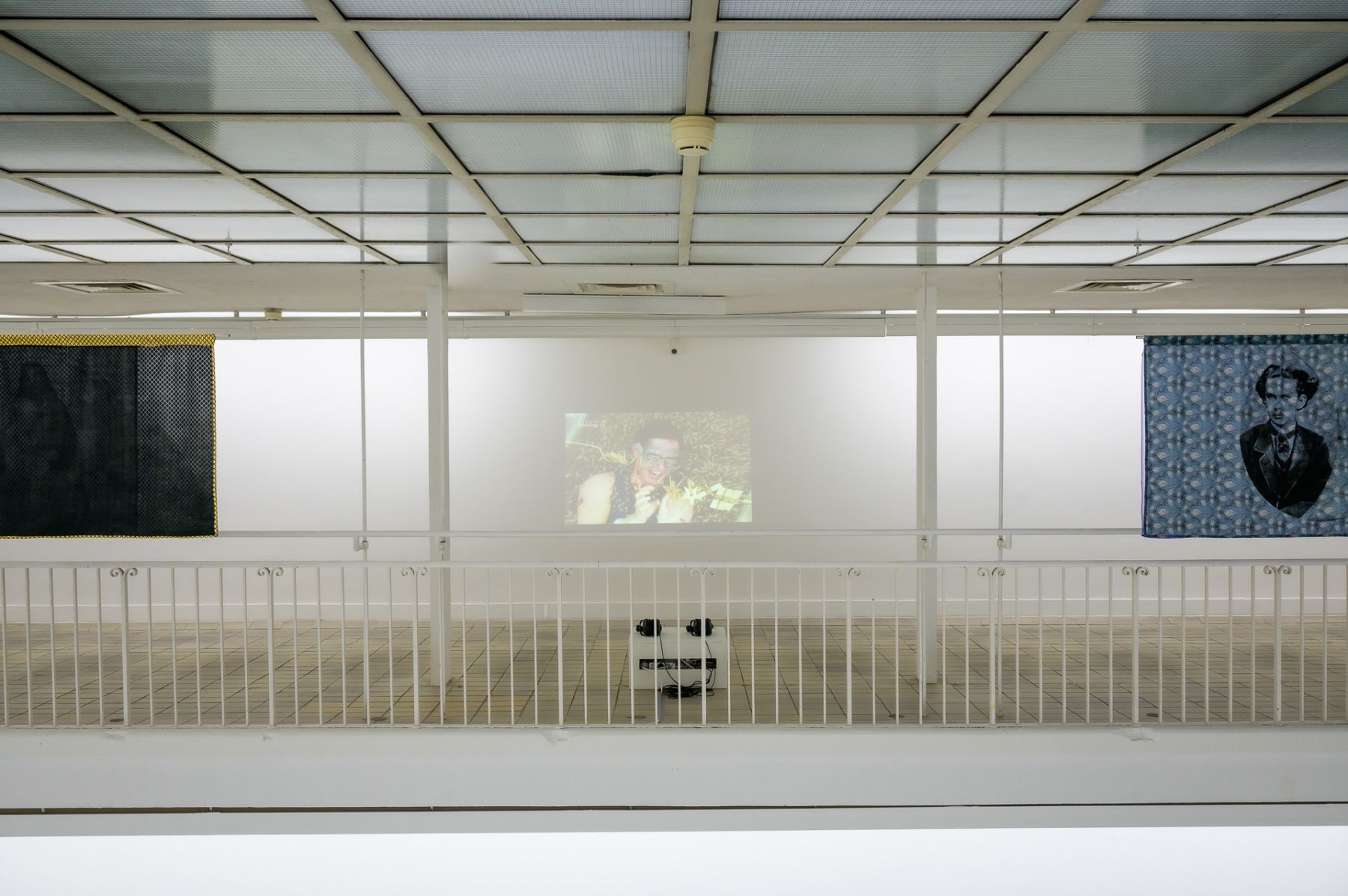
Philipp Gufler, Installation view Kunstverein Freiburg, Biennale für Freiburg #1, 2021, Photo: Marc Doradzillo
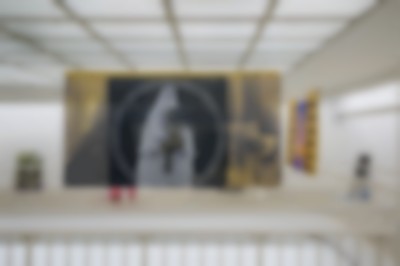

Philipp Gufler, Installation view Kunstverein Freiburg, Biennale für Freiburg #1, Photo: Marc Doradzillo
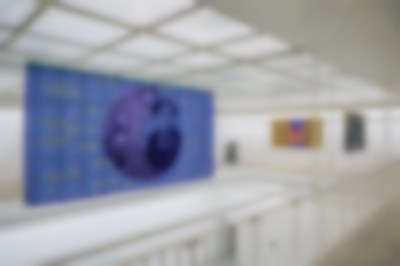

Philipp Gufler, Niklas Goldbach, Installationsansicht Kunstverein Freiburg, Biennale für Freiburg #1, Foto: Marc Doradzillo
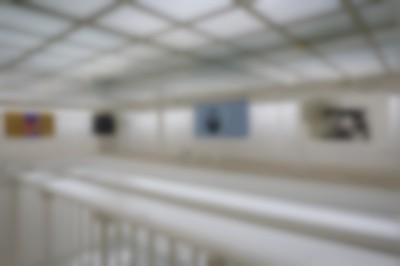

Philipp Gufler, Installation view Kunstverein Freiburg, Biennale für Freiburg #1, 2021, Photo: Marc Doradzillo


Philipp Gufler, Niklas Goldbach, Installationsansicht Kunstverein Freiburg, Biennale für Freiburg #1, Foto: Marc Doradzillo
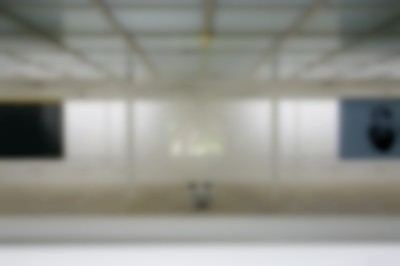

Philipp Gufler, Installation view Kunstverein Freiburg, Biennale für Freiburg #1, 2021, Photo: Marc Doradzillo
Hanakam & Schuller
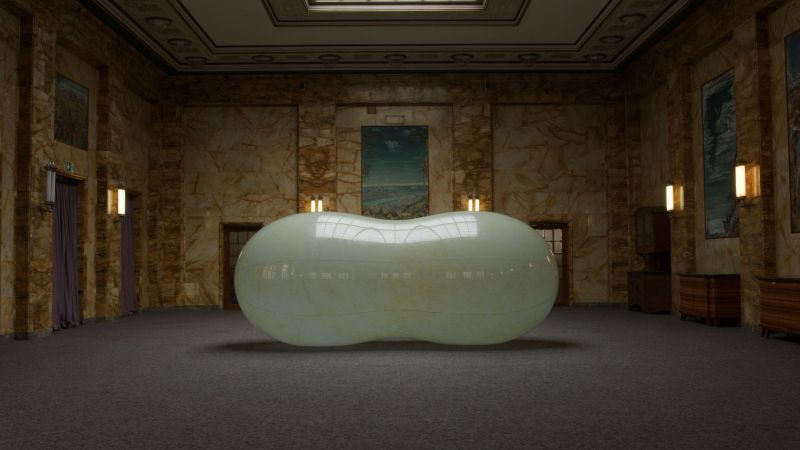
at the BfF Visitor Center
… MoreHanakam & Schuller
THE MOIST CABINET, 2021
Venue: BfF Visitor Center, Münsterplatz 6
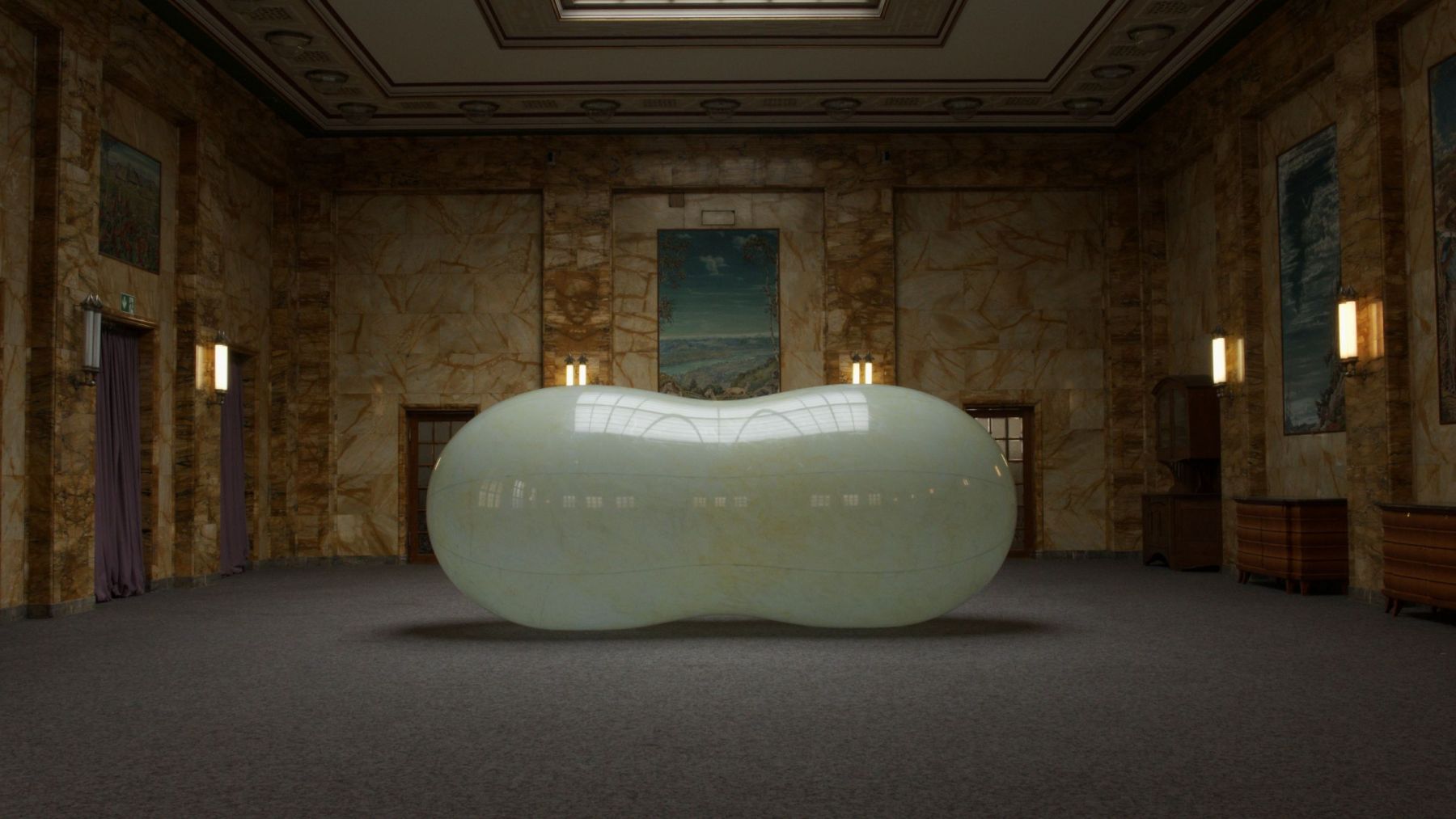
The new film by Hanakam & Schuller was created during the studio program of BfF#1 between May and August 2021. THE MOIST CABINET takes the nature of the Black Forest and the long history of its numerous climatic health resorts as its points of departure. In the process, the art duo introduces artificial objects into shots of the moisture-retaining landscape and dining hall of the recently closed St. Blasien Sanatorium – a peanut-shaped air chamber, colorful artifacts, and color panels. They seem to move by themselves or are guided by performers. Special attention is paid to the surfaces: the damp moss, the structure of the marble, the reflecting brook, the brushstrokes on the landscape paintings of the painter Adolf Hillebrand. The 2-channel video intertwines these landscape and interior spaces.
THE MOIST CABINET is inspired by the literary genre of climate fiction. Through the voice-over of the film, we encounter poems by Bettina von Arnim and William Shakespeare, each in the original language. Hanakam & Schuller view these poems from the 16th and 19th centuries a prequel to cli-fi. Both poets seem to be in dialogue with each other, yet testify to different attitudes: in Shakespeare, the description of nature serves as a catalyst of sexual desire; in Arnim, the physical encounter with nature triggers a need to preserve the source of erotic experience: “Your silence, nature, do not break. / Not on rustling leaf / With stylus wake thee.” THE MOIST CABINET thus also describes the influence of literary narratives on the relationships between nature and humans, and the consequential actions. (LH)
The Moist Cabinet | Voice Over Anne Rab, Jim Libby | Cast Chiara Da Re, Alicia Oetjens, Estefania Martinez, Lena Reckord, Maristella Witt, Emina Suljkavnović | Production Assistance Catherin Schöberl | Produced by Biennale für Freiburg #1 with friendly support of BIA Black Forest Institute of Art, Land Kärnten Kultur, BMKOES Federal Ministry Republic of Austria Arts, Culture, Civil Service and Sport
HANAKAM & SCHULLER is an artist duo living in Vienna. As artists and explorers, Markus Hanakam and Roswitha Schuller redesign the rules of fine arts and create unconventional arrangements and new world designs in videos and objects as well as applied artforms. Their works have been shown in Haus der Kulturen der Welt, Berlin; Eyebeam Art + Technology Center, New York; Palais de Tokyo, Paris; MAK, Vienna; MAK Center for Art and Architecture, Los Angeles; and the National Art Center in Tokyo.

Hanakam & Schuller, THE MOIST CABINET, Biennale für Freiburg #1, 2021, photo: Marc Doradzillo
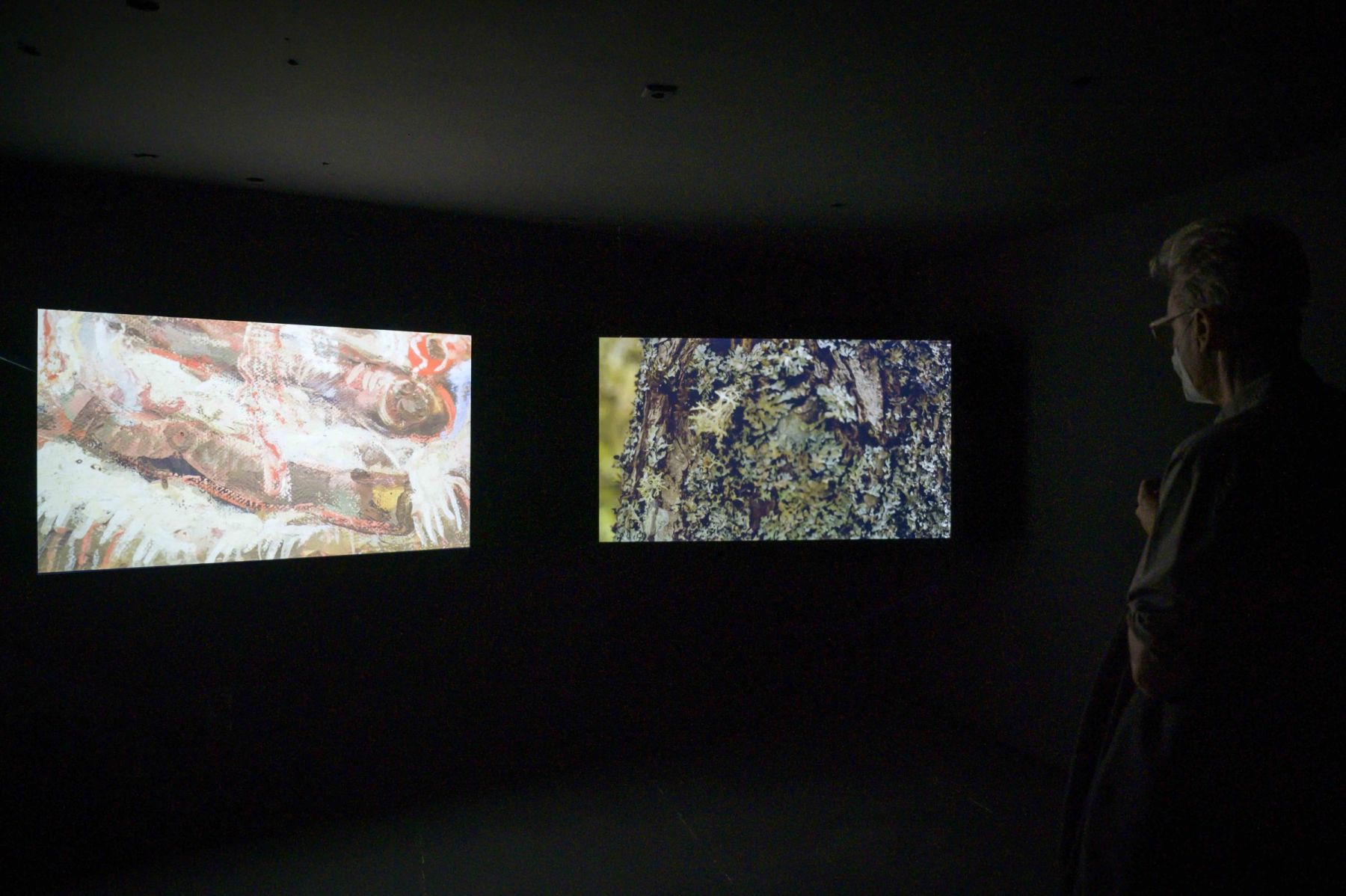
Hanakam & Schuller, THE MOIST CABINET, Biennale für Freiburg #1, 2021, photo: Marc Doradzillo
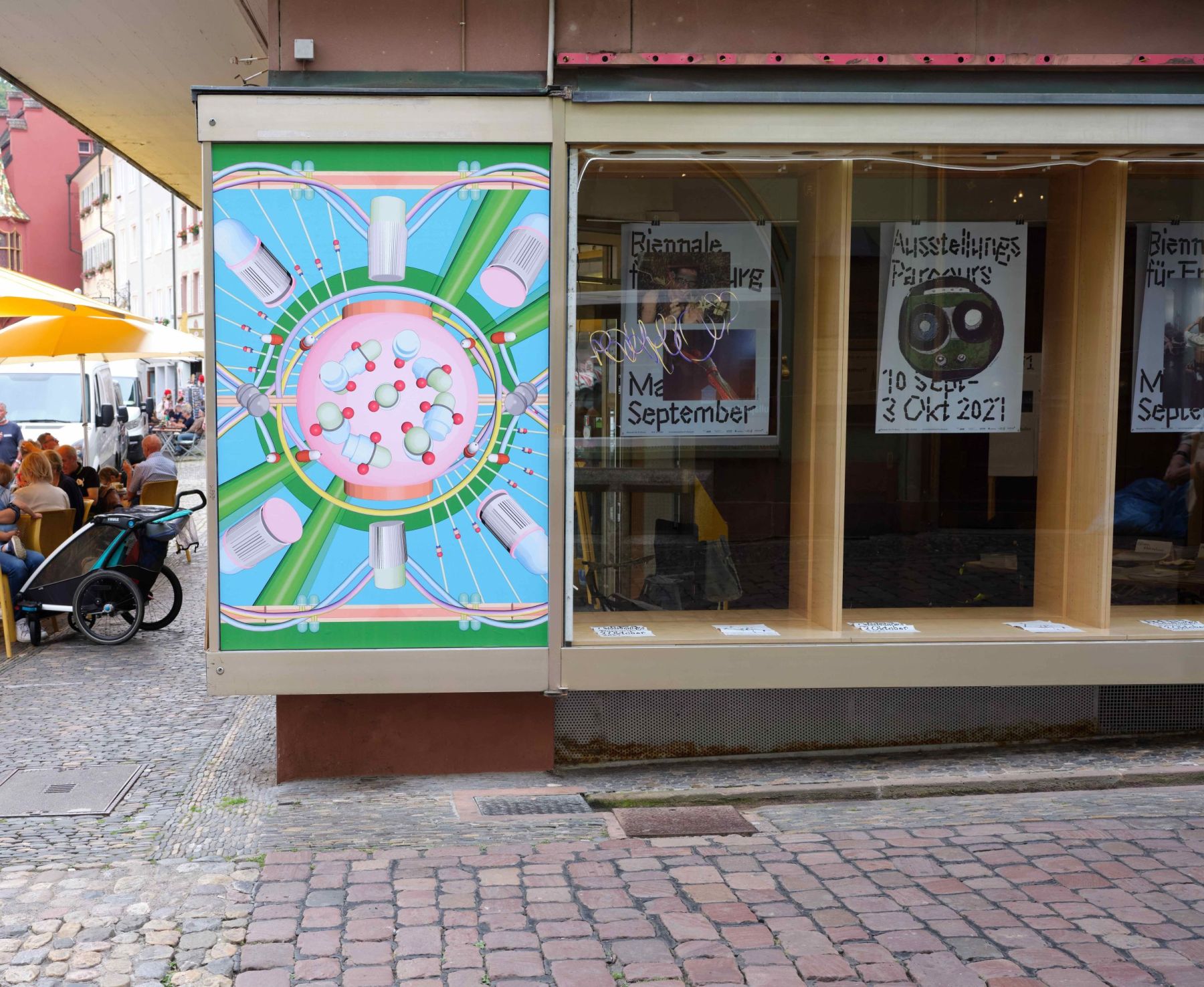
Visitor Center, Münsterplatz 6
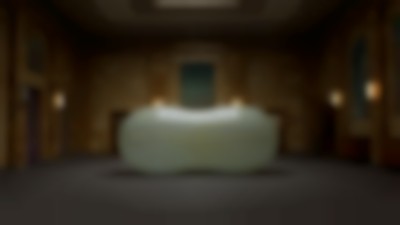



Hanakam & Schuller, THE MOIST CABINET, Biennale für Freiburg #1, 2021, photo: Marc Doradzillo
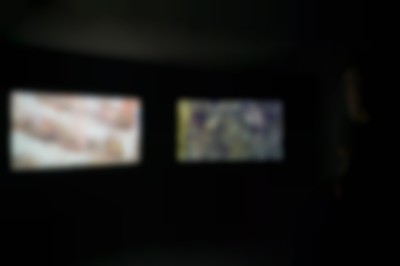

Hanakam & Schuller, THE MOIST CABINET, Biennale für Freiburg #1, 2021, photo: Marc Doradzillo
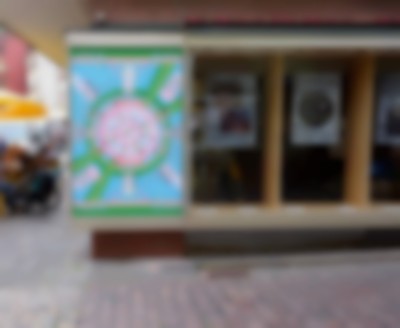

Visitor Center, Münsterplatz 6
Diane Hillebrand
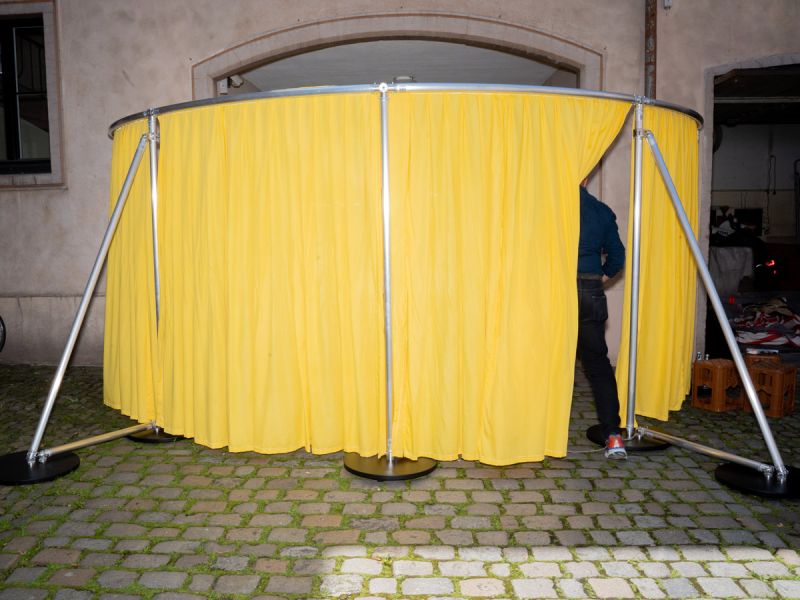
Scenography
… MoreDiane Hillebrand
SCENOGRAPHY
Different locations and events
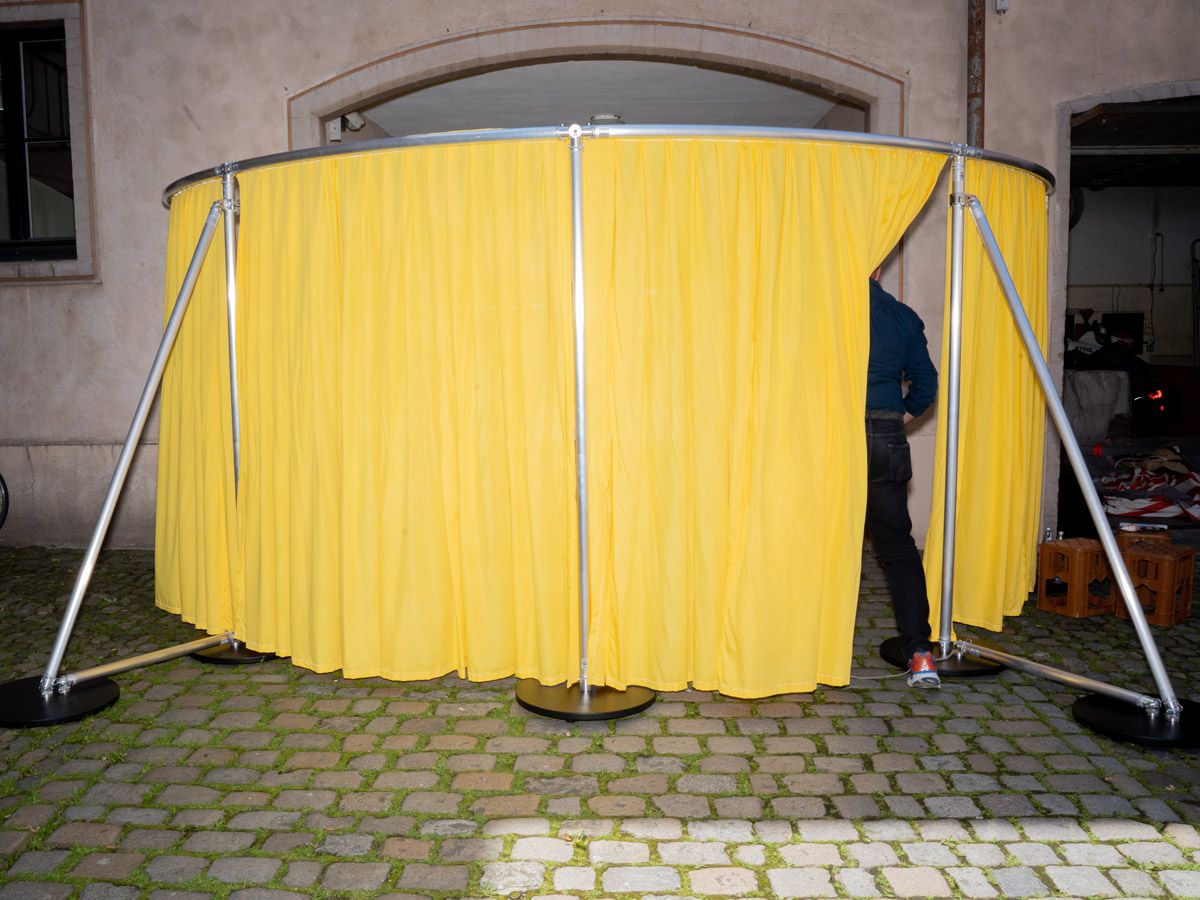
The scenography of BfF#1 creates an open structure of chairs, tables, and curtain elements which enables the creation of site-specific studio situations in public space. It picks up on the desire for spontaneous gatherings in outdoor spaces that has become visible during the pandemic. The camping chair, which has thus experienced a boom, can also be read as the outdoor equivalent of the museum stool. While the museum stool, however, is ergonomically designed to invite only brief lingering, the camping chair is suitable for occupying a place and forming camps. Such camps are created by the scenographic design—shielded and surrounded by curtain constructions as space-creating elements. Visitors are also invited to gather at tables that show traces of Hillebrand’s previous works as well as objects that have been reused in the respective workshops.
Parts of the scenography were produced in cooperation with Karlsruhe University of Arts and Design on occasion of the symposium "A COMMONPLACE IS NOT A CLICHÉ".
Production team of the scenography: Camping chairs: Lizzy Ellbrück, Lara Landbrecht, Corinne Riepert.
The camping chairs carry ‘connectors’, which were conceived in a workshop with students from the Karlsruhe University of Design: Giulia Bertolino, Flo Knöbl, Jule Köpke, Livia Emma Lazzarini, Alexander Scharf; Tabletops: Verena Zenker; Poster stands: Rolf Kniffki; Moveable walls: dp Showtechnik & Domitile Guinchard.
DIANE HILLEBRAND is a scenographer and artist. The focus of Diane’s work is on the design of conceptual spatial contexts in the exhibition complex, for conferences, and in the theater. Diane Hillebrand mostly works in collective groupings that address the norms of their discipline or institution from queer-feminist, design-theoretical, or sociological perspectives. Diane understands scenography as a critical artistic practice that experiments with the deformation of the museum space, obligatory contextualization, and the (reading) relationship between recipients, epistemic objects, and authors. Diane Hillebrand is interested in the ergonomic conditions as well as tactile, muscular, and instinctive needs of visitors.
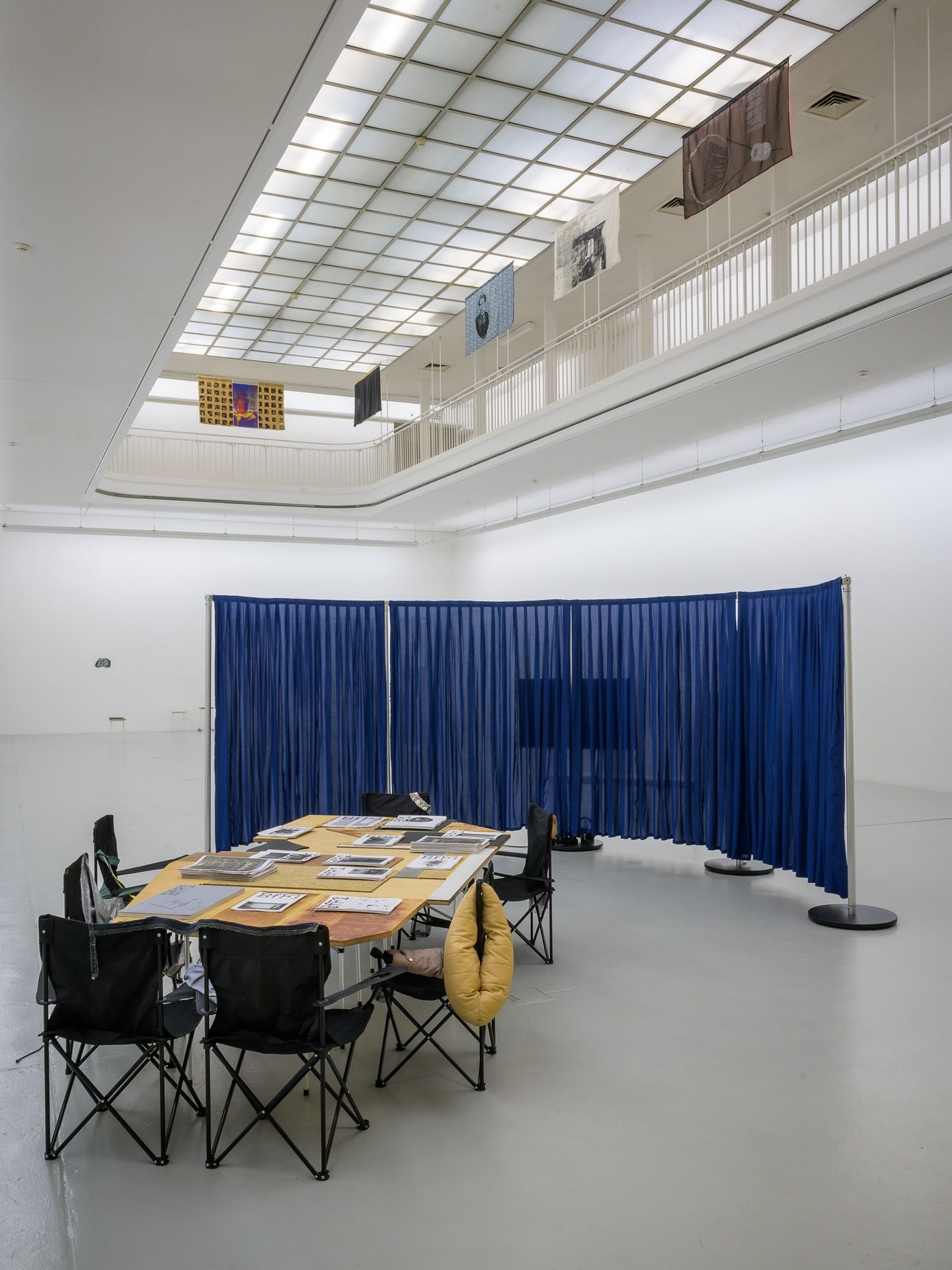
Szenografie: Diane Hillebrand, Philipp Gufler, Installationsansicht Kunstverein Freiburg, Biennale für Freiburg #1, Foto: Marc Doradzillo
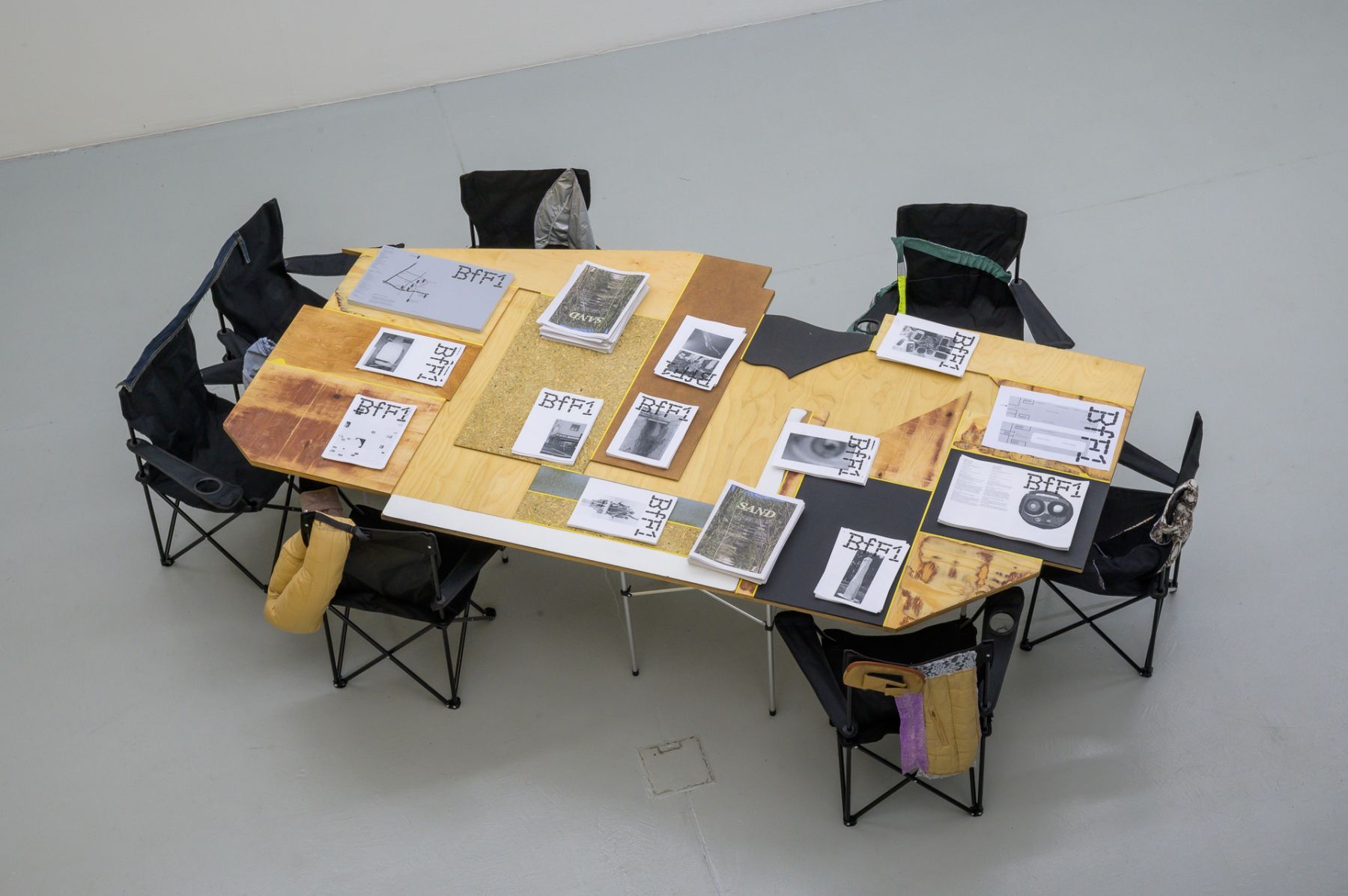
Installationsansicht Kunstverein Freiburg, Biennale für Freiburg #1, Photo: Marc Doradzillo
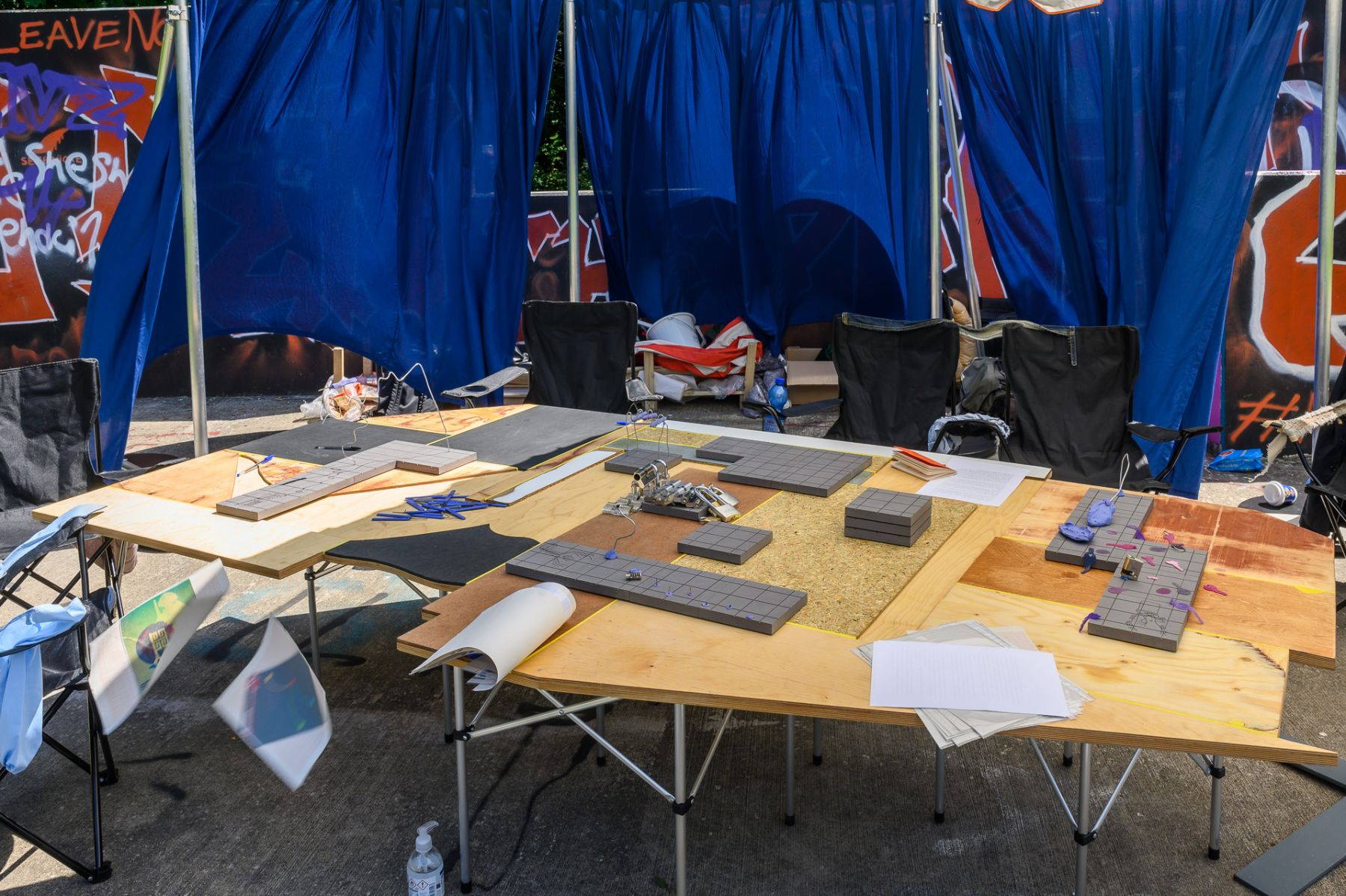
Scenography: Diane Hillebrand, Workshop „UNSTIMMIGKEITEN KNACKEN“, Fritz Lazlo Weber, Bandstand Rieselfeld, Biennale für Freiburg #1, 2021, Photo: Marc Doradzillo
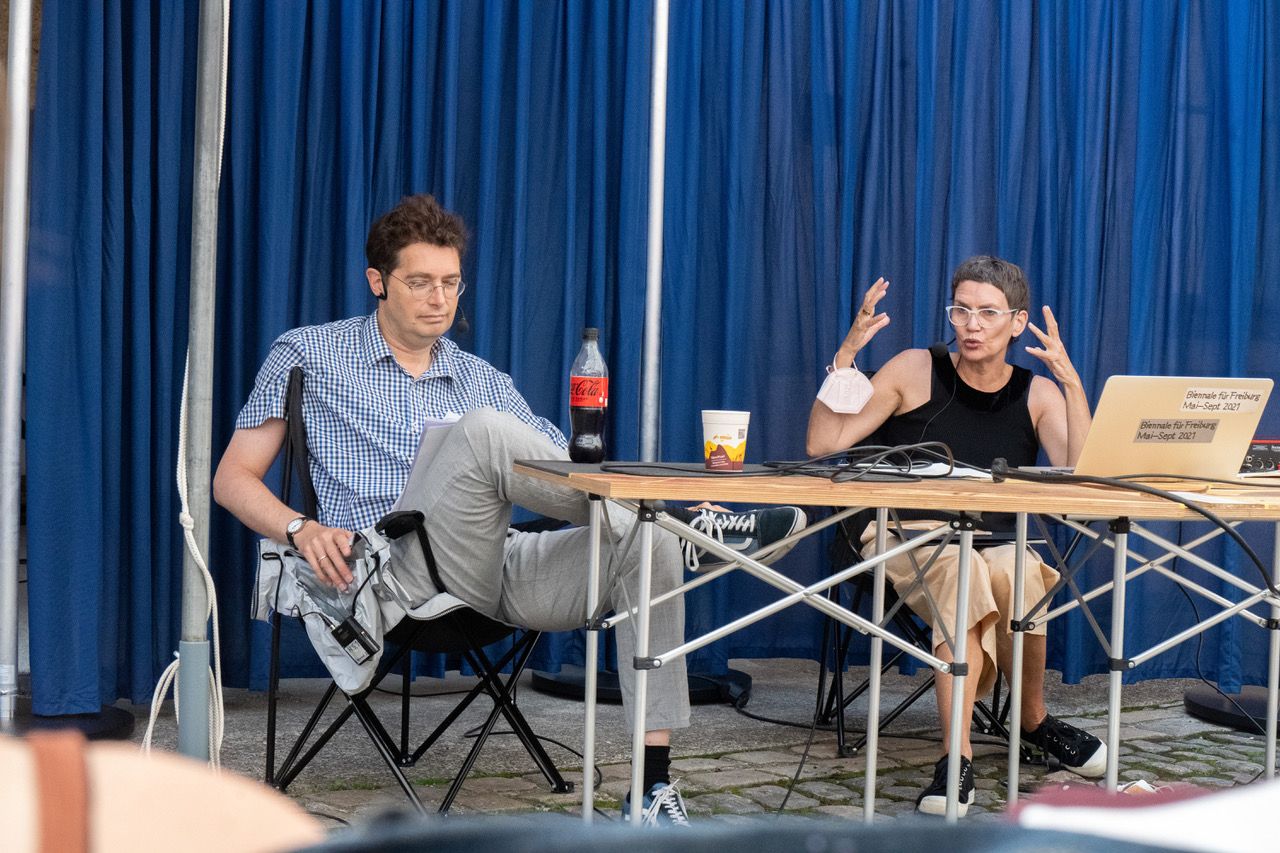
Scenography: Diane Hillebrand, Symposion „A COMMON PLACE IS NOT A CLICHÉ“, Basler Hof Freiburg, Biennale für Freiburg #1, 2021, Photo: Karolina Sobel
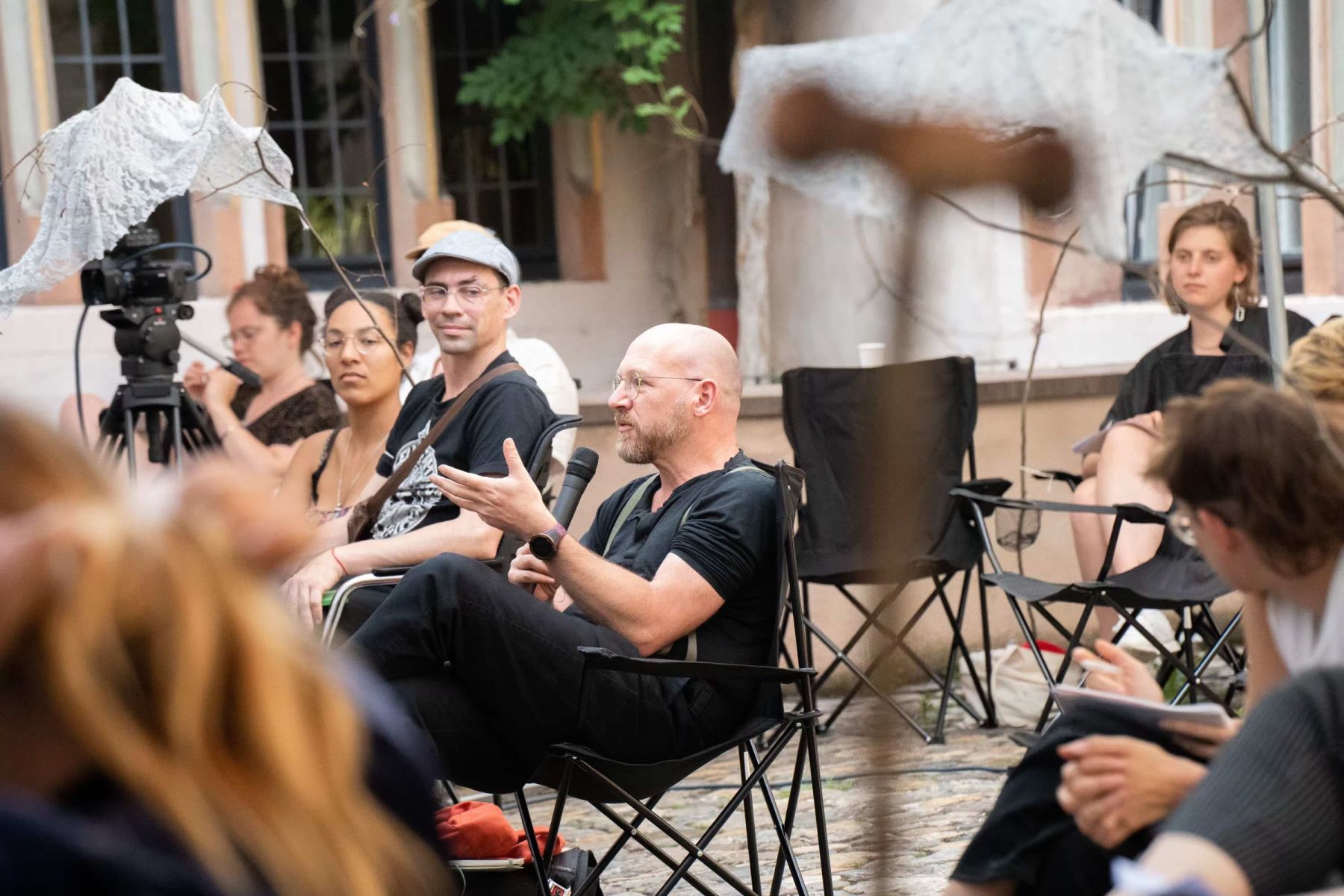
Scenography: Diane Hillebrand, Symposion „A COMMON PLACE IS NOT A CLICHÉ“, Basler Hof Freiburg, Biennale für Freiburg #1, 2021, Photo: Karolina Sobel
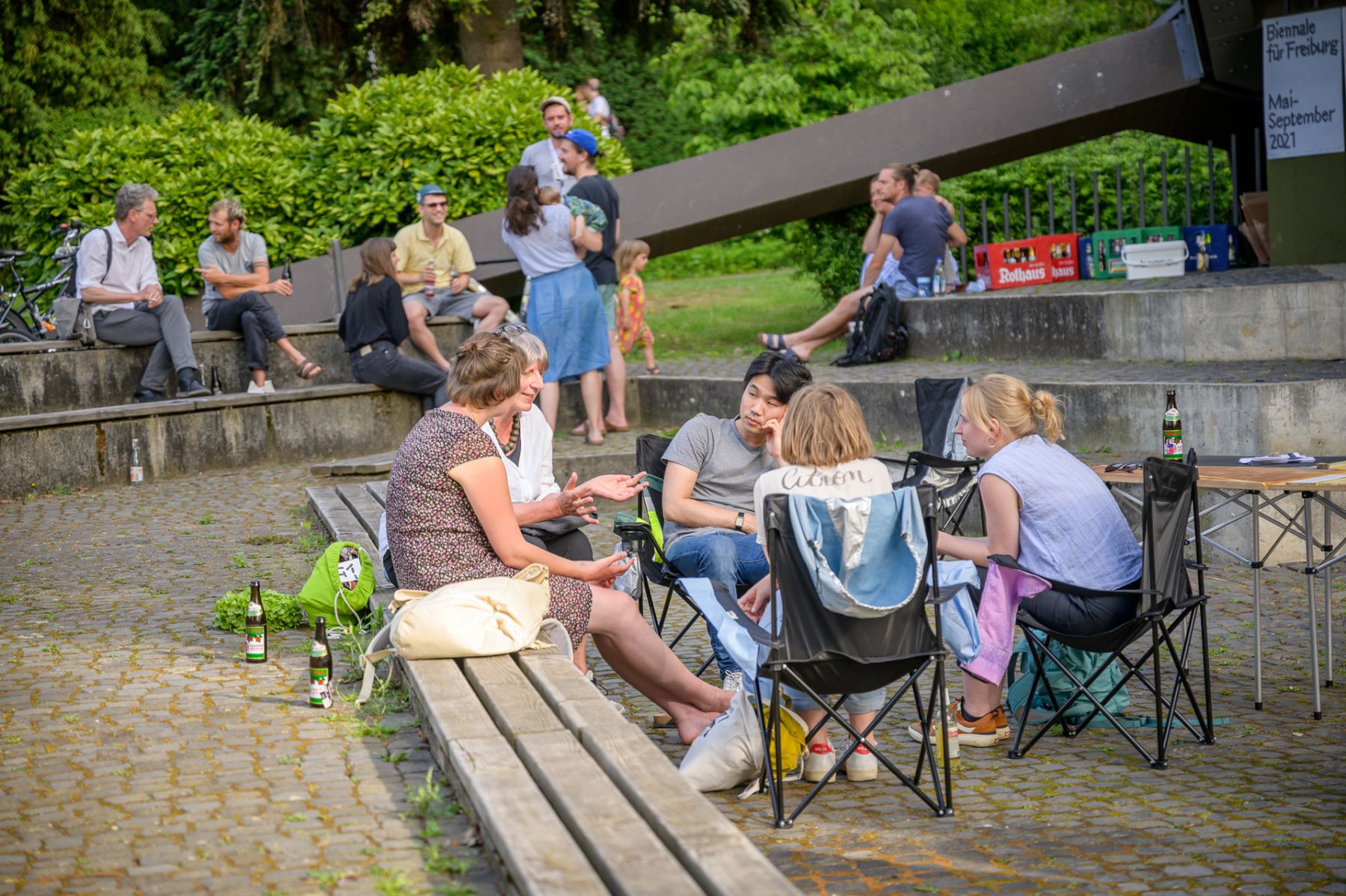
Szenografie: Diane Hillebrand, Studioprogramm, Biennale für Freiburg #1, 2021, Foto: Karolina Sobel
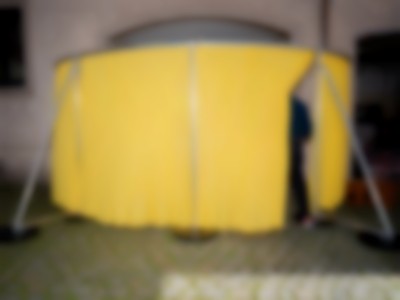

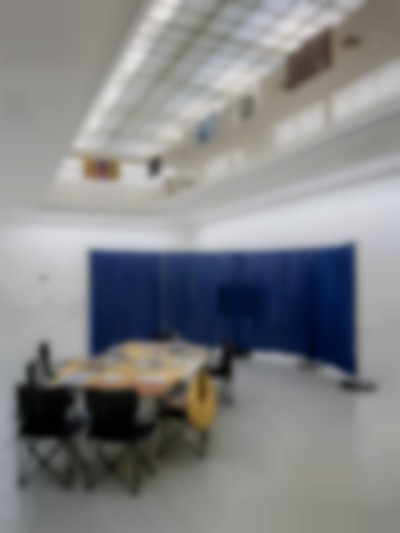

Szenografie: Diane Hillebrand, Philipp Gufler, Installationsansicht Kunstverein Freiburg, Biennale für Freiburg #1, Foto: Marc Doradzillo


Installationsansicht Kunstverein Freiburg, Biennale für Freiburg #1, Photo: Marc Doradzillo
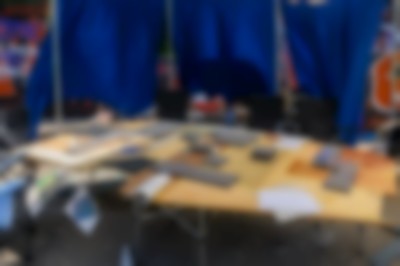

Scenography: Diane Hillebrand, Workshop „UNSTIMMIGKEITEN KNACKEN“, Fritz Lazlo Weber, Bandstand Rieselfeld, Biennale für Freiburg #1, 2021, Photo: Marc Doradzillo
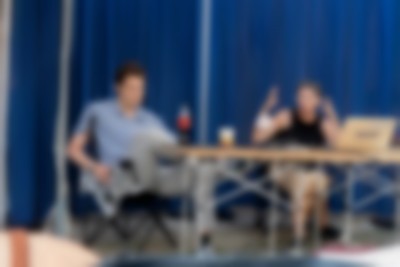

Scenography: Diane Hillebrand, Symposion „A COMMON PLACE IS NOT A CLICHÉ“, Basler Hof Freiburg, Biennale für Freiburg #1, 2021, Photo: Karolina Sobel
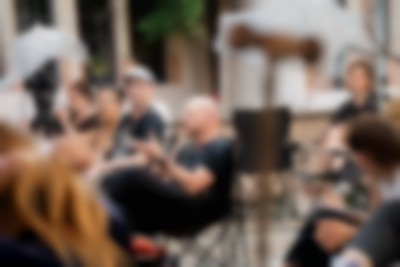

Scenography: Diane Hillebrand, Symposion „A COMMON PLACE IS NOT A CLICHÉ“, Basler Hof Freiburg, Biennale für Freiburg #1, 2021, Photo: Karolina Sobel
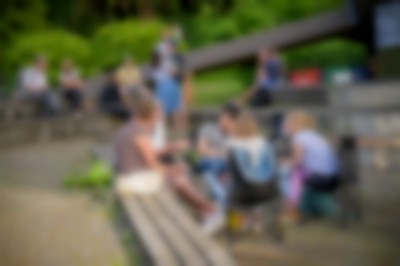

Szenografie: Diane Hillebrand, Studioprogramm, Biennale für Freiburg #1, 2021, Foto: Karolina Sobel
Belinda Kazeem-Kamiński
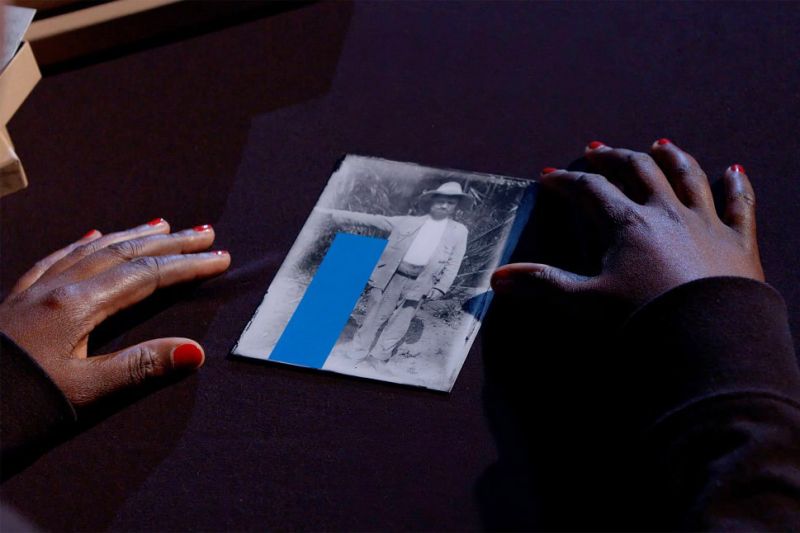
at Stadtbibliothek Freiburg
… MoreBelinda Kazeem-Kamiński
LIBRARY OF REQUESTS #6, 2021
UNEARTHING. IN CONVERSATION, 2017
Venue: Stadtbibliothek

The LIBRARY OF REQUESTS by Belinda Kazeem-Kamiński is a project that explores the formation of established and marginalized knowledge, and the inclusion and exclusion of certain groups. In doing so, it examines gaps and voids in libraries and seeks to close them through selected works. LIBRARY OF REQUESTS #6 addresses the issue of colonial continuities: How to deal with the ever-emerging re-articulations of colonial violence? How to grasp a past that does not seem to have stayed in the past? With the compiled reference library in the Freiburg Public Library, the artist approaches this topic and invites visitors to read it. In her film UNEARTHING. IN CONVERSATION (2017), Belinda Kazeem-Kamiński likewise examines the connection between knowledge production and colonial trauma: using the example of photographs from the present-day Republic of Congo by the Austrian-Czech missionary, author, and ethnographer Paul Schebesta, the film addresses the violent history of archival material as well as representational strategies and mechanisms of othering.
LIBRARY OF REQUESTS #6, 2021
A cooperation of the Dear White People Festival and the city library of Freiburg with the Biennale für Freiburg. With the participation of the experts Akiko Rive, Andrea-Vicky Amankwaa-Birago, Alex M. Moepedi, Qùynh-nhu Nguyễn, Rufine Songue, Leonora Lorena and Valéria Fekete. List of publications can be found at the end of the page.
UNEARTHING. IN CONVERSATION 2017
Video, 13min. Performer and Director: Belinda Kazeem-Kamiński, Camera: Sunanda Mesquita, Sound & Light: Nick Prokesch, Director’s Assistant: Liesa Kovacs, Distributer: sixpack film, Vienna
BELINDA KAZEEM-KAMIŃSKI was born in Vienna, Austria, in 1980. She lives and works in Vienna. From 2015 to 2018 Kazeem-Kamiński taught at the Academy of Fine Arts in Vienna where she completed her PhD-in-Practice on the performativity of Blackness in relation to Austrian coloniality in 2020. Currently she is a visiting professor at the KHM in Cologne. She received the Catrin Pichler Prize of the Academy of Fine Arts Vienna (2018) and was awarded the Theodor Körner Prize for Art (2016).
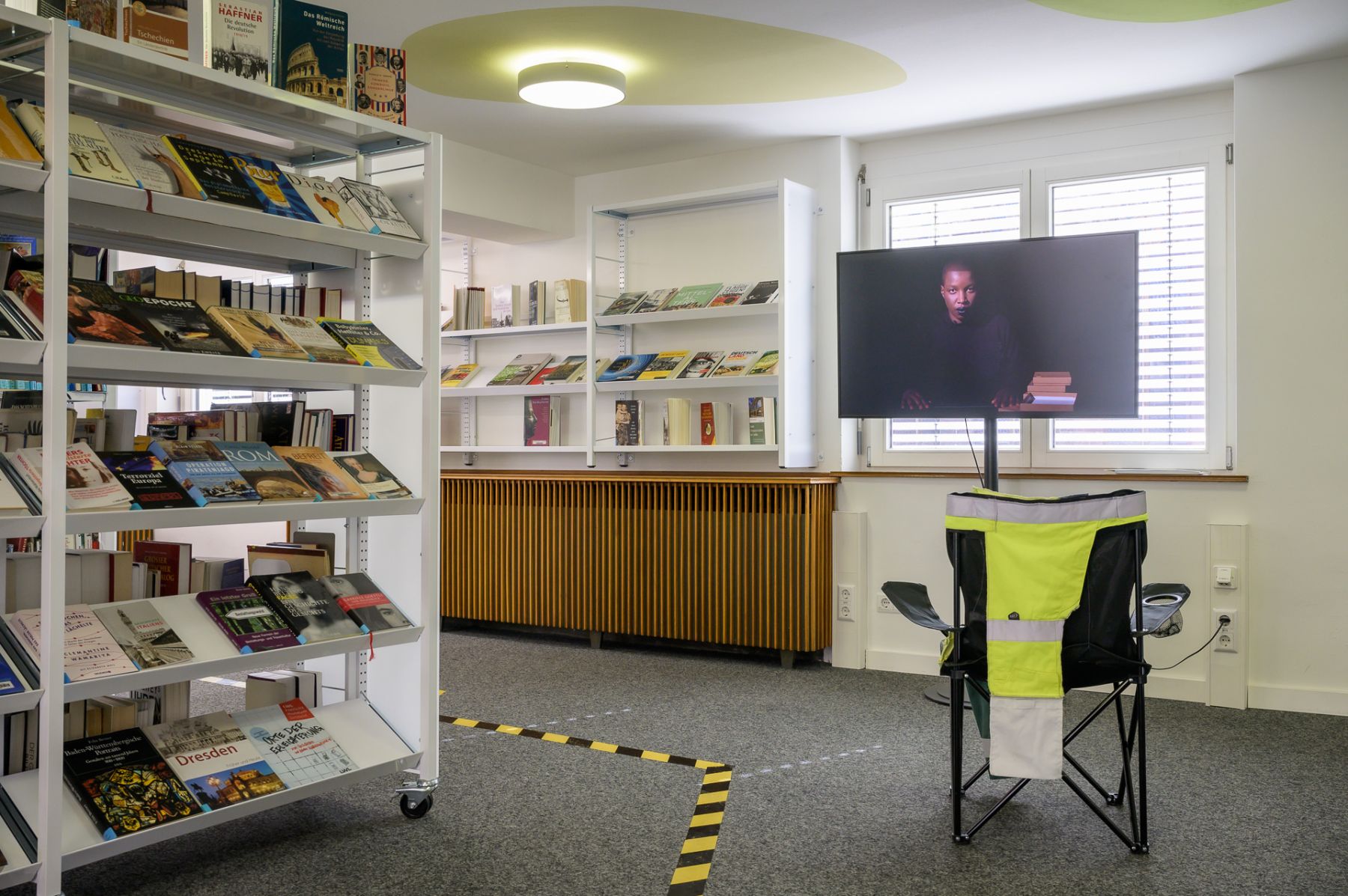
Belinda Kazeem-Kaminński, Installationsansicht Stadtbibliothek Freiburg, Biennale für Freiburg #1, Foto: Marc Doradzillo
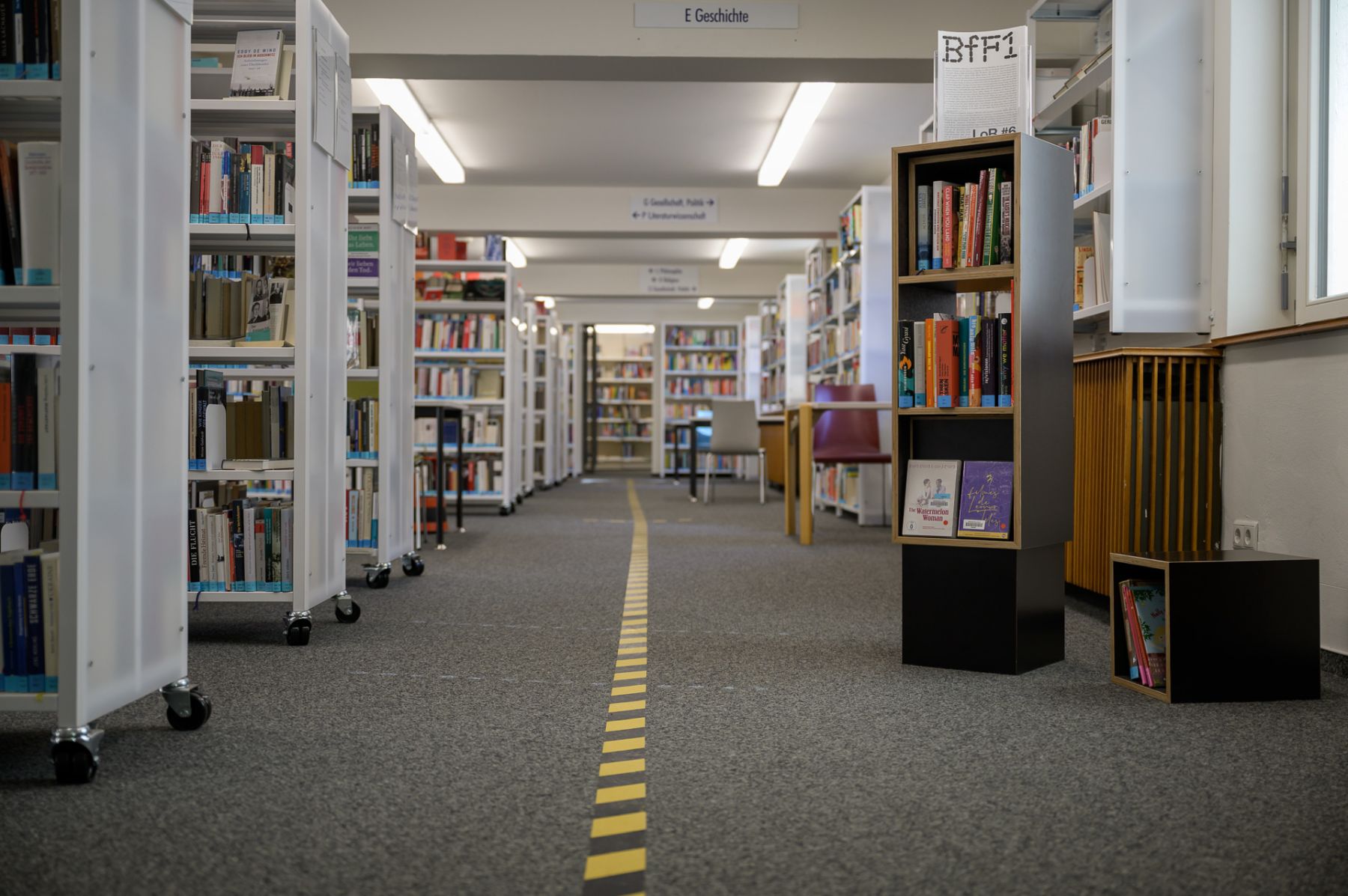
Belinda Kazeem-Kaminński, Library of Requests #6, Display: Julius Martin-Humpert, Installationsansicht Stadtbibliothek Freiburg, Biennale für Freiburg #1, Foto: Marc Doradzillo
List of publications of LIBRARY OF REQUESTS #6:
Dagmar Yü-Dembsk: Chinesen in Berlin (2007),
Resmaa Menakem: My Grandmother’s Hand: Racialized Trauma and the Pathway to Mending our Hearts and Bodies (2017),
Cheryl Dunye: Watermelon Woman (1996),
Emilia Roig: Why We Matter. Das Ende der Unterdrückung (2021),
Robin Di Angelo: White Fragility (2018),
Walter Rodney: How Europe Underdeveloped Africa (1972),
John Coates & Tina Hetherington: Decolonizing Social Work (2013),
Volker Seitz: Afrika wird armregiert oder Wie man Afrika wirklich helfen kann (2009),
Michael Lüders: Wer den Wind sät. Was westliche Politik im Orient anrichtet (2015),
Trân Tô Nga: Ma terre empoisonnée (2016),
Cathy Park Hong: Minor Feelings. An Asian American Reckoning (2021),
Ocean Vuong: Auf Erden sind wir kurz grandios (2019),
Sault: Untitled (Black is) (2020),
Nashi 44: Asian Berlin Pussy Power (2021),
Blick Bassy: 1958 (2019),
Rodrigue Péguy Takou Ndie: Die Suchenden (2018),
Mame-Fatou Niang & Kaytie Nielsen: Mariannes Noires (2016),
Theater X: Verlassen wir dieses Europa!, Oyeronke Oyewumi: The Invention of Women: Making an African Sense of Western Gender (1997),
Peace Adzo Medie: His Only Wife (2020),
Chinua Achebe: Things fall appart (1958),
Elizabeth Acevedo: Clap When You Land (2020),
Yaa Gyasi: Transcendent Kingdom (2020),
Ondjaki: Die Durchsichtigen (2015),
Djaimilia Pereira de Almeida: Luanda, Lisboa, Paraíso (2018),
Djaimilia Pereira de Almeida: That Hair (2020),
Leonor Teles: Ballade der Batrachia (2016),
Azagaia: Só Dever (2019),
Christina Sharpe: In the Wake. On Blackness and Being (2016),
Grada Kilomba: Plantation Memories. Episodes of Everyday Racism (2008),
May Ayim, Katharina Oguntoye & Dagmar Schultz: Farbe bekennen. Afro-deutsche Frauen auf den Spuren ihrer Geschichte (2020),
Katharina Oguntoye: Schwarze Wurzeln. Afro-deutsche Geschichte (2020),
Kien Nghi Ha, Nicola Lauré al-Samarai & Sheila Mysorekar: re/visionen – Postkoloniale Perspektiven von People of Color auf Rassismus, Kulturpolitik und Widerstand in Deutschland (2016),
David Olusoga & Caspar W. Erichsen: The Kaiser’s Holocaust. Germany’s Forgotten Genocide (2010),
Natasha Kelly: Schwarzer Feminismus – Grundlagentexte (2019),
Rainer Fassbinder: Angst essen Seele auf (1974),
Maureen Maisha Eggers, Grada Kilomba, Peggy Pesche & Susan Arndt: Mythen, Masken und Subjekte: Kritische Weißseinsforschung in Deutschland (2017),
Karin Beese: Nelly und die Berlinchen (2019),
Dayan Kodua: Odo (2019),
Susan Arndt: Hornscheidt, Antje. Afrika und die deutsche Sprache – Ein kritisches Nachschlagewerk (2018)


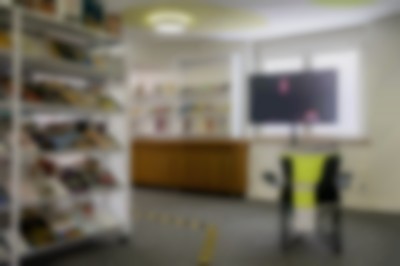

Belinda Kazeem-Kaminński, Installationsansicht Stadtbibliothek Freiburg, Biennale für Freiburg #1, Foto: Marc Doradzillo
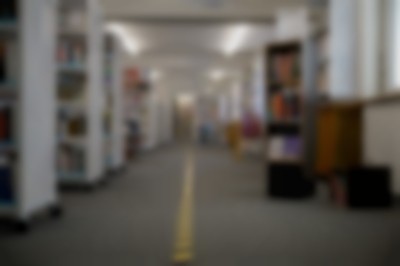

Belinda Kazeem-Kaminński, Library of Requests #6, Display: Julius Martin-Humpert, Installationsansicht Stadtbibliothek Freiburg, Biennale für Freiburg #1, Foto: Marc Doradzillo
Vika Kirchenbauer
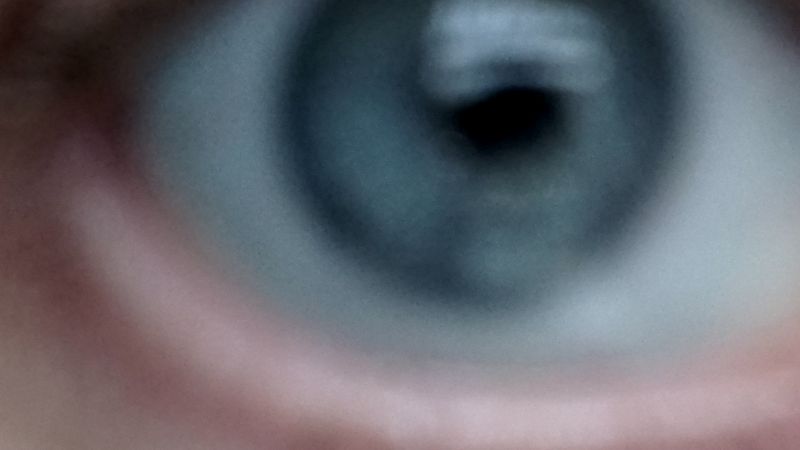
at Kunstverein Freiburg
… MoreVika Kirchenbauer
THE CAPACITY FOR ADEQUATE ANGER, 2021
Venue: Kunstverein Freiburg
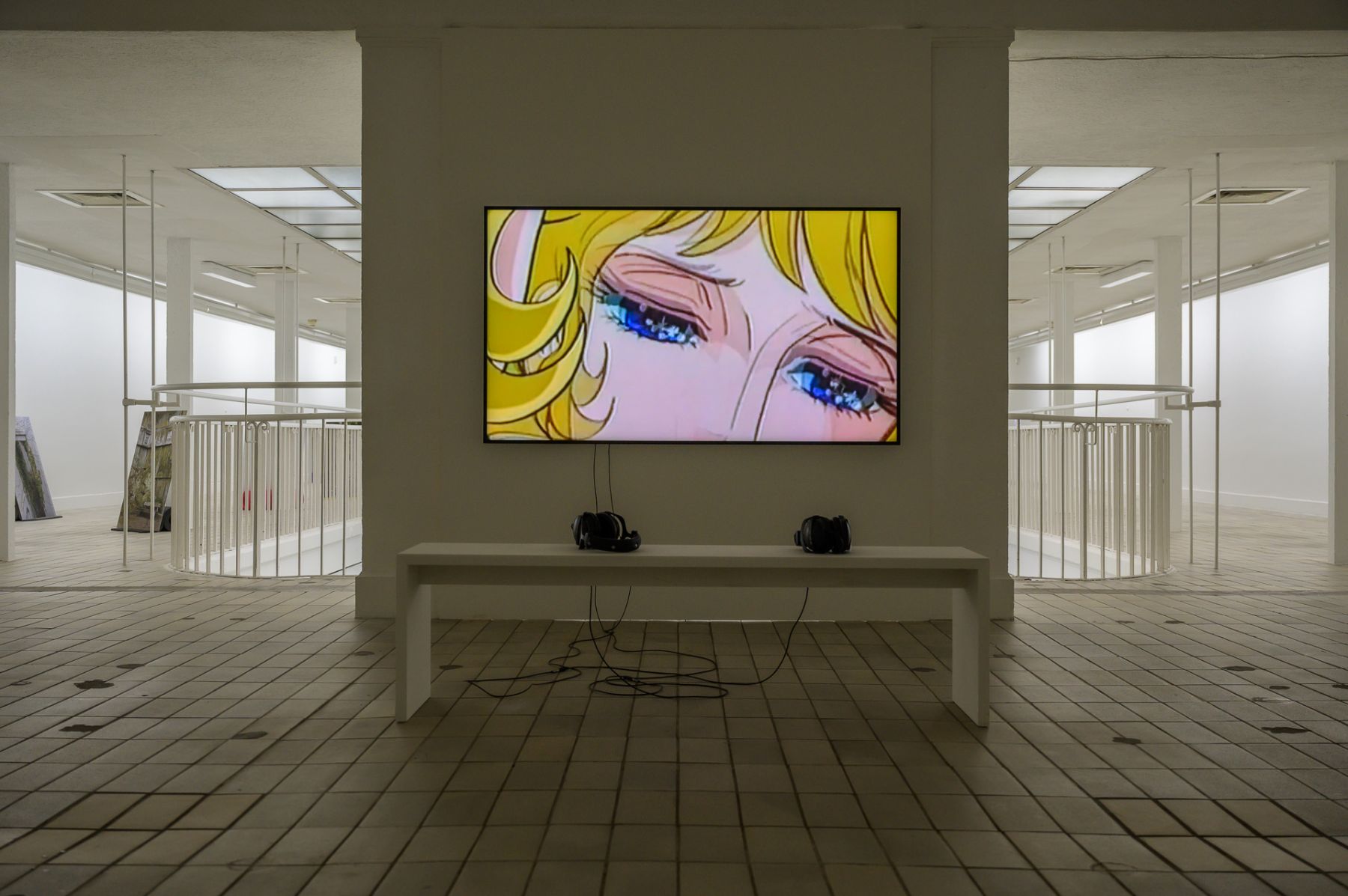
Vika Kirchenbauer, Installation view Kunstverein Freiburg, Biennale für Freiburg #1, 2021, Photo: Marc Doradzillo
In her video work THE CAPACITY FOR ADEQUATE ANGER Kirchenbauer develops a personal and self-reflexive form of artistic critique that considers contemporary art, in its forms of production and presentation, from a perspective of class. Alongside questions around the intersection of negative affect and political agency, the work problematizes notions of upward mobility that the field of contemporary art simultaneously produces and presupposes. Deploying an essayistic approach, the work reflects upon the manifold meanings of distance in both its subjective and social senses.
A return to the village where Kirchenbauer grew up after an absence of over ten years marks the point of departure for this work. Photographs taken on this journey are combined with scans of childhood drawings, CD booklets, family photos, and basketball trading cards as well as reframed scenes of an anime series outlining the life of Marie Antoinette through the story of a fictitious and gender-ambiguous guardsperson. Set against a foundational layer of imagelessness, these pictures and sequences come flashing in and out.
THE CAPACITY FOR ADEQUATE ANGER, 2021
Video, color, sound
14:48 min
VIKA KIRCHENBAUER is an artist, filmmaker, writer and music producer based in Berlin. Recently, the Kunstverein für die Rheinlande und Westfalen, Düsseldorf, has presented her first institutional solo exhibition. Her work has been exhibited in group shows and screenings at, among others, the Tainan Art Museum, Taiwan; the Whitechapel Gallery, London; Kunsthal Charlottenborg, Copenhagen; the Berlin International Film Festival, and the New York Film Festival.
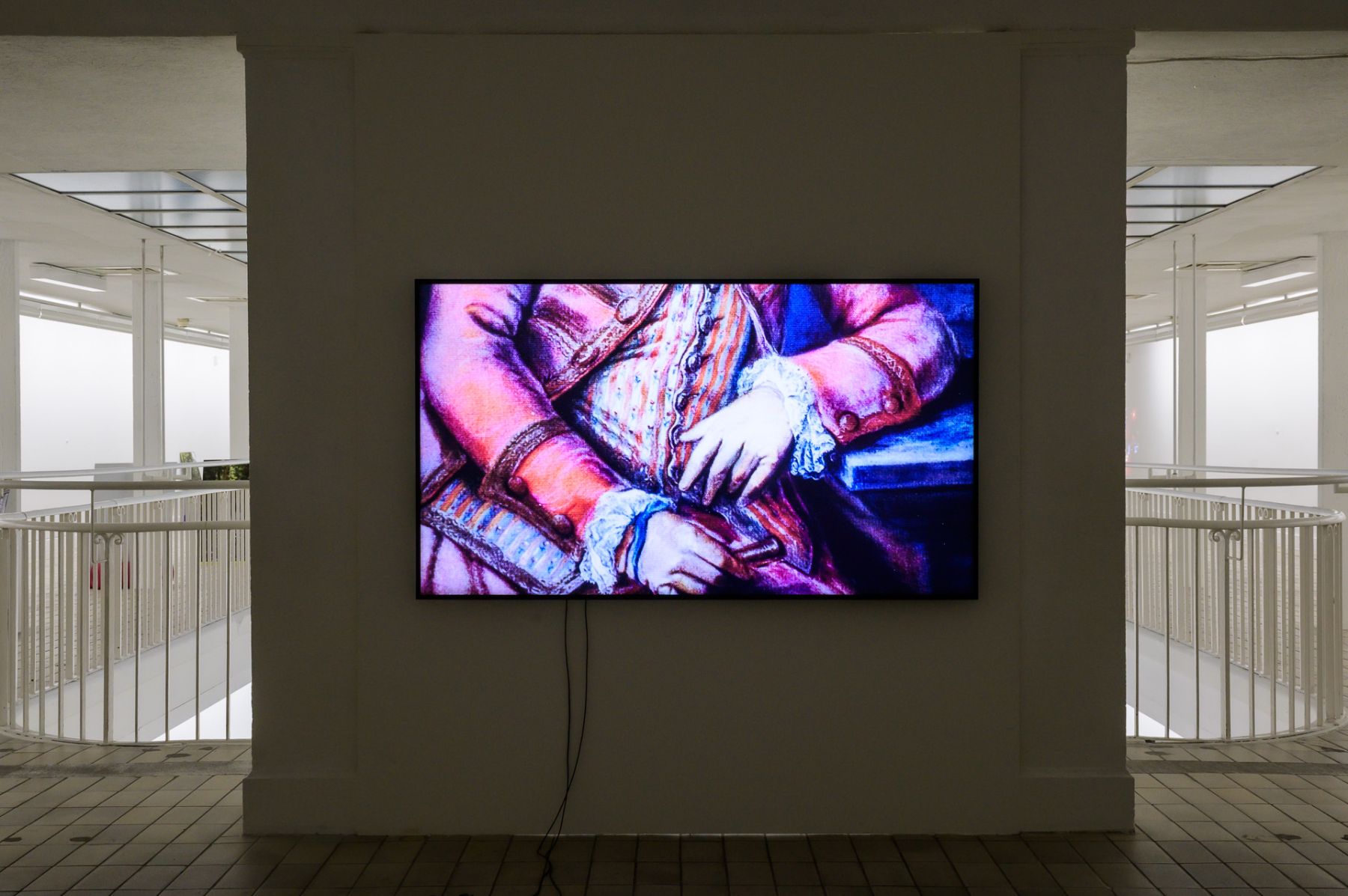
Vika Kirchenbauer, Installation view Kunstverein Freiburg, Biennale für Freiburg #1, 2021, Photo: Marc Doradzillo
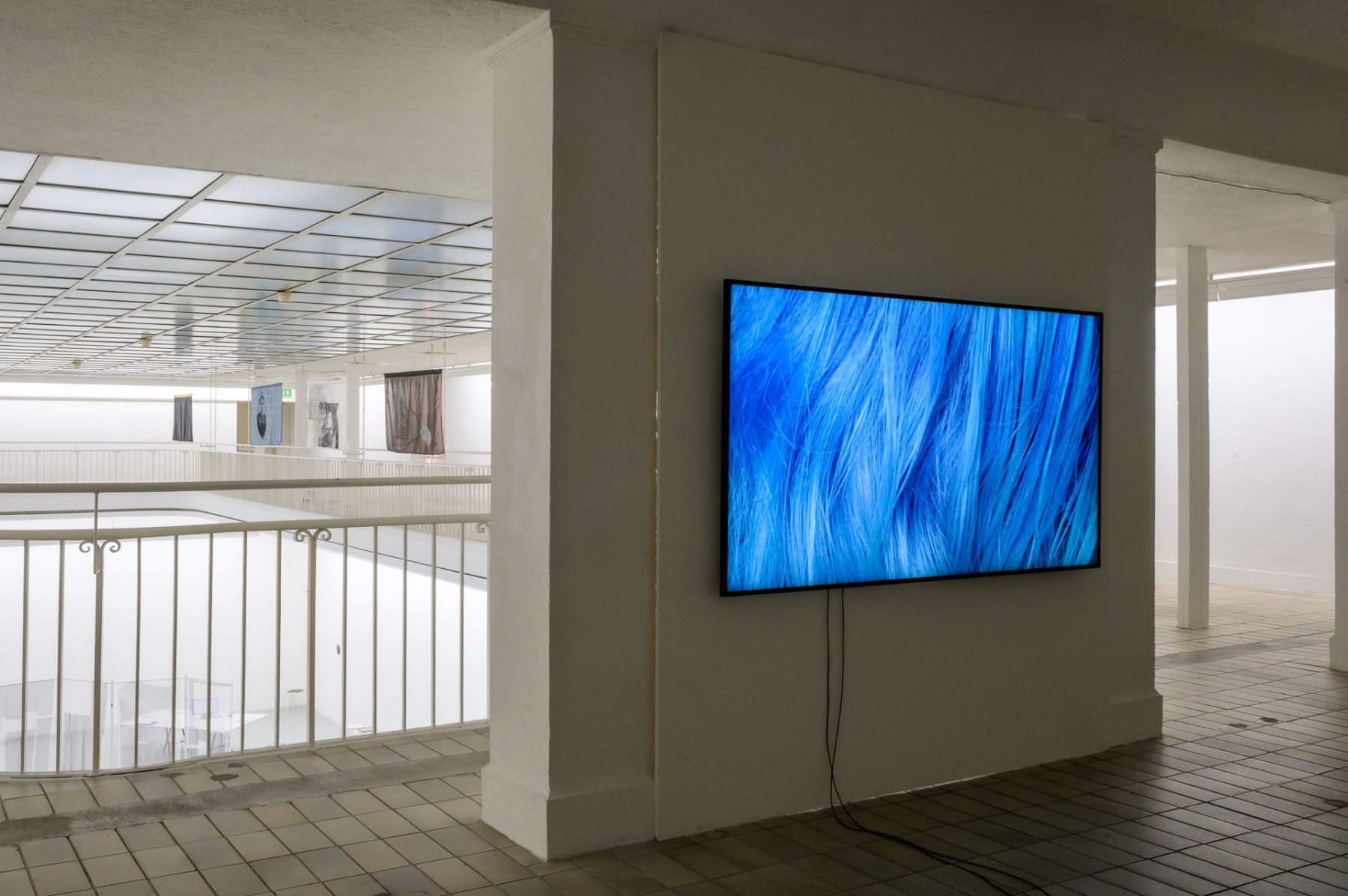
Vika Kirchenbauer, Installation view Kunstverein Freiburg, Biennale für Freiburg #1, 2021, Photo: Marc Doradzillo
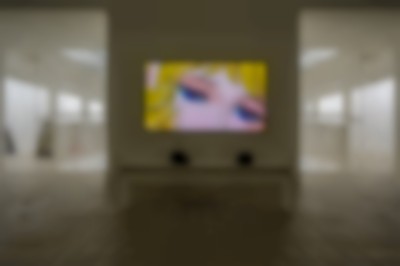

Vika Kirchenbauer, Installation view Kunstverein Freiburg, Biennale für Freiburg #1, 2021, Photo: Marc Doradzillo
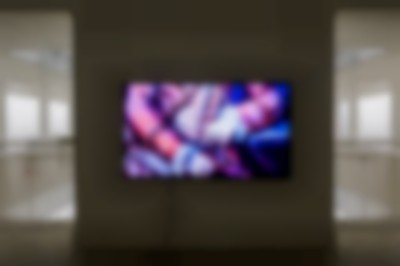

Vika Kirchenbauer, Installation view Kunstverein Freiburg, Biennale für Freiburg #1, 2021, Photo: Marc Doradzillo
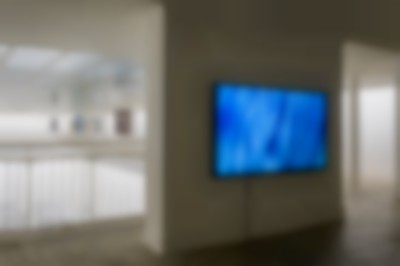

Vika Kirchenbauer, Installation view Kunstverein Freiburg, Biennale für Freiburg #1, 2021, Photo: Marc Doradzillo
Sarah Lehnerer with Jackie Grassmann and Inka Meißner
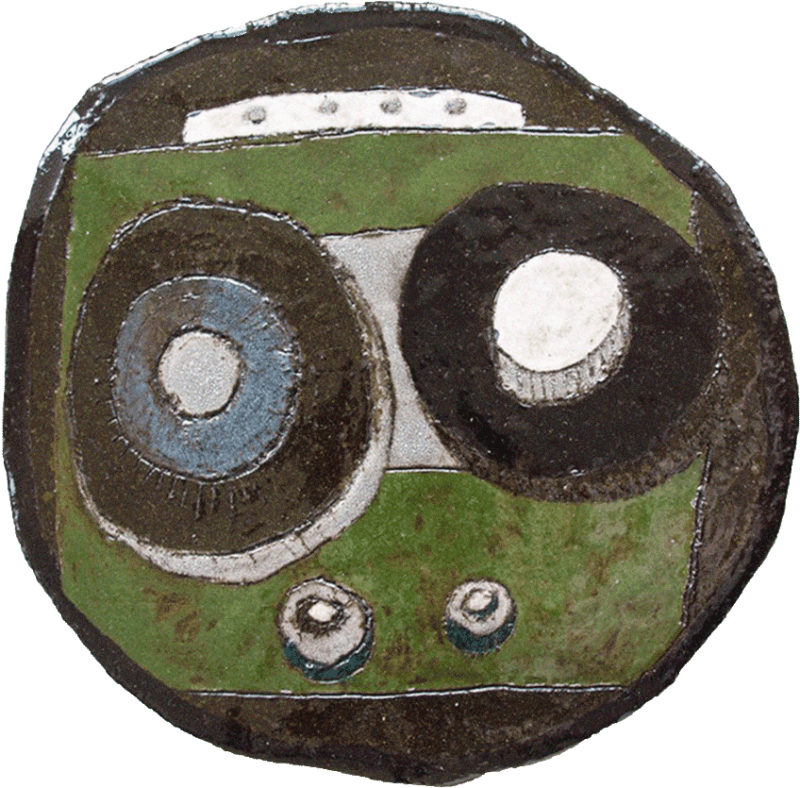
at Kunstverein Freiburg
… MoreSarah Lehnerer with Jackie Grassmann and Inka Meißner
A DAY’S WORK
Venue: Kunstverein Freiburg
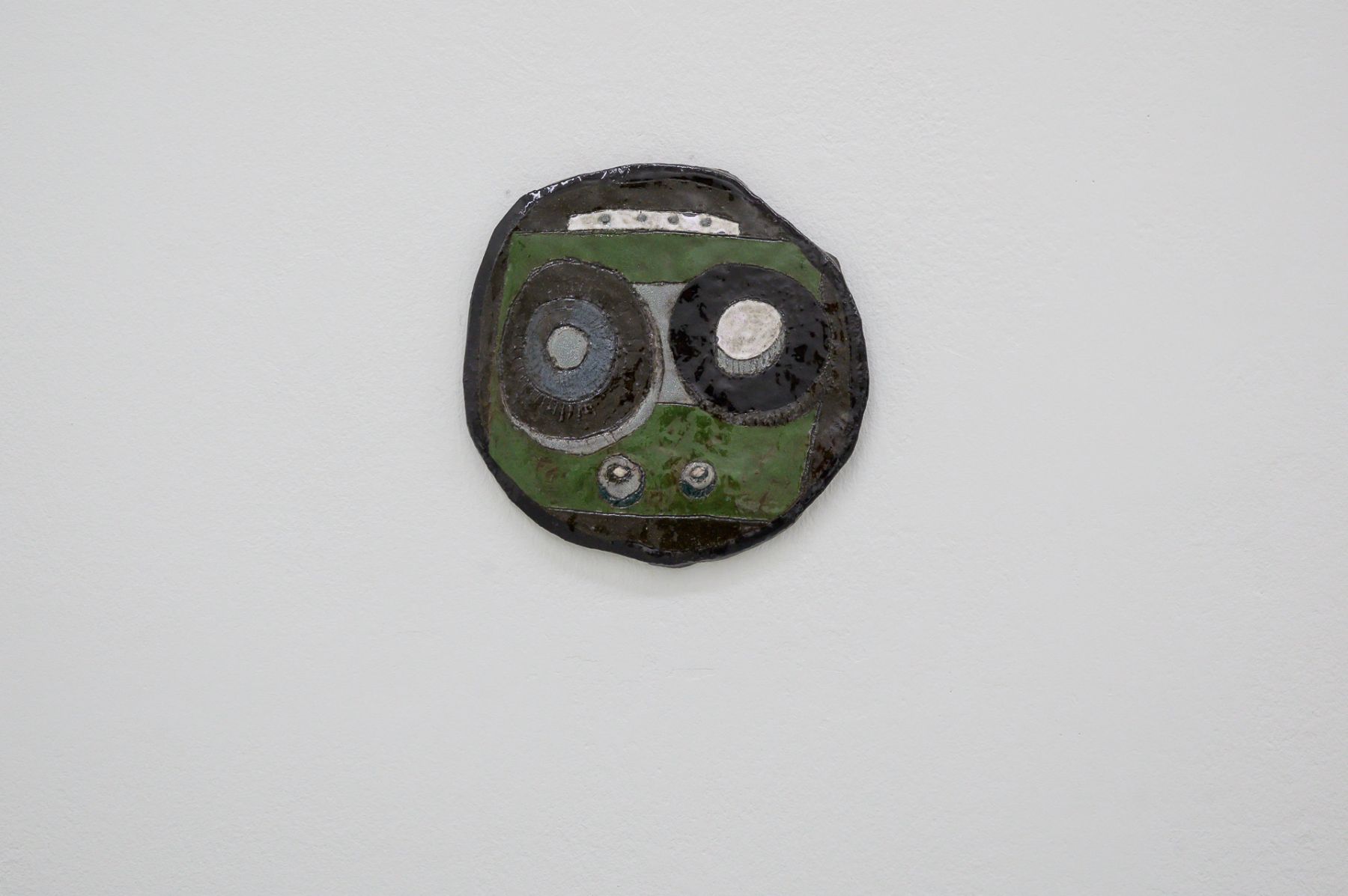
Sarah Lehnerer, A DAY'S WORK, Biennale für Freiburg #1, 2021, Photo: Marc Doradzillo
A DAY’S WORK interrogates forms of intimate notation, like those used in diary entries or in correspondences with familiar people. Sometimes, the stoic act of writing or drawing the everyday, sitting down at a table in the evening, of transforming it into something enduring, is also the peripheral act from which artistic work emerges. For BfF#1, Sarah Lehnerer, Jackie Grassmann, and Inka Meißner implemented a multi-part project over the course of the last few months. Drawing on research in the diary archive in Emmendingen, the only of its kind in the German-speaking realm, they developed two workshops Rooms without walls and Echos as response) which traced the threshold between everyday notation and artistic production in short writing exercises.
The first workshop, rooms without walls, was dedicated to beginning: starting to write from scratch, with or without a specific intention—affirming the initial uncertainty to make it productive as a form. The second workshop, echo as response, focused on the attempt to look at forces beyond the author’s ego that co-write the text. The exercises centered on forms that writing can take when one consciously relates to others in it and ascribes autonomy to these “voices.”
The workshops were accompanied by two evening lectures: Keren Cytter and Johanna Hedvagave insights into working, rehearsal, and writing processes and took up themes from the workshops, like the formalization or dramatization of a language taken directly from the everyday context of relationships and the question of missing addressees.
The installation exhibited here includes both research and workshops. It consists of mobile spatial elements, such as a screen, tabletop, and stool, and ceramics by Sarah Lehnerer. Text fragments from the workshops form the basis of a video work by Jackie Grassmann and the research in the diary archive is rendered visible in the form of a reader by Inka Meißner. The display is not a stage for the results. It is the assertion of a joint working and research process as an artistic act. In it, texts, images and spaces are treated equally and placed in a temporary, specific—and from the outside only fragmentarily comprehensible—context like the reading experience of a diary.
WORK DETAILS
Sarah Lehnerer:
Paravent (This House is not a Home), 2020
Ink on gauze, wood, ca. 450 x 250 cm
o.T. (chair), 2021
Series, 14 pieces, wood, metal
Spaceships, 2021
Series, glazed ceramics, dimensions variable, ca. 30 x 30 cm
A Day’s Work
Glazed ceramics, ca. 25 x 25 cm
A Day’s Work (QR-Code)
Glazed ceramics, ca. 20 x 30 cm
(QR-link: audio recording of the workshops, echo as response,
with Lena Reckord, Mirja Riggert, Farina Kremer, Lucia Hawes, Larissa Wallner, Laurie Młodzik, Bettina Reichmuth, Paula Wolf
and many others)
Jackie Grassmann:
She* she* she* echoes, 2021
Video, ca. 9:00 min, text fragments based
on the texts of the workshop participants,
room without walls and echo as response: Lena Reckord, Mirja Riggert,
Farina Kremer, Lucia Hawes, Larissa Wallner,
Laurie Młodzik, Bettina Reichmuth, Paula Wolf
and many others.
Inka Meißner:
That I as you (that haunts me)
5 booklets with a selection of diary entries. These diaries were the starting point of the research
for A Day’s Work and part of the readers for both workshops.
Source: Deutsches Tagebucharchiv Emmendingen (DTA). Signatur 1863, Tagebücher 1 + 2; Signatur 3803, Tagebücher 6 + 7; Signatur 238, Tagebücher 1 + 4; Signatur 1999, Tagebuch 14; Signatur 2601, Tagebücher 2, 3 + 8.
BIOGRAPHIES
SARAH LEHNERER lives and works as an artist in Berlin. She studied fine arts in Hamburg and München as well as critical theory in Vienna. The focus of her work, which combines painting, texts, and video works, is currently on the exploration of a feminist (science) fiction and its material tectonics within spaces, bodies, objects, and texts.
INKA MEIßNER studied art in Leipzig and art history in Vienna. She lives and works in Berlin, including at Galerie Lars Friedrich. Her practice is often collaborative, seeking forms of text and image in which contemporary production and
analysis converge.
JACKIE GRASSMANN uses auto-fictional strategies in her works and texts, which she interweaves with theoretical and socio-critical elements. For this purpose, she often collaborates with different artist colleagues. She studied Cultural Studies and Art in the Master in Critical Studies at the Academy in Vienna.
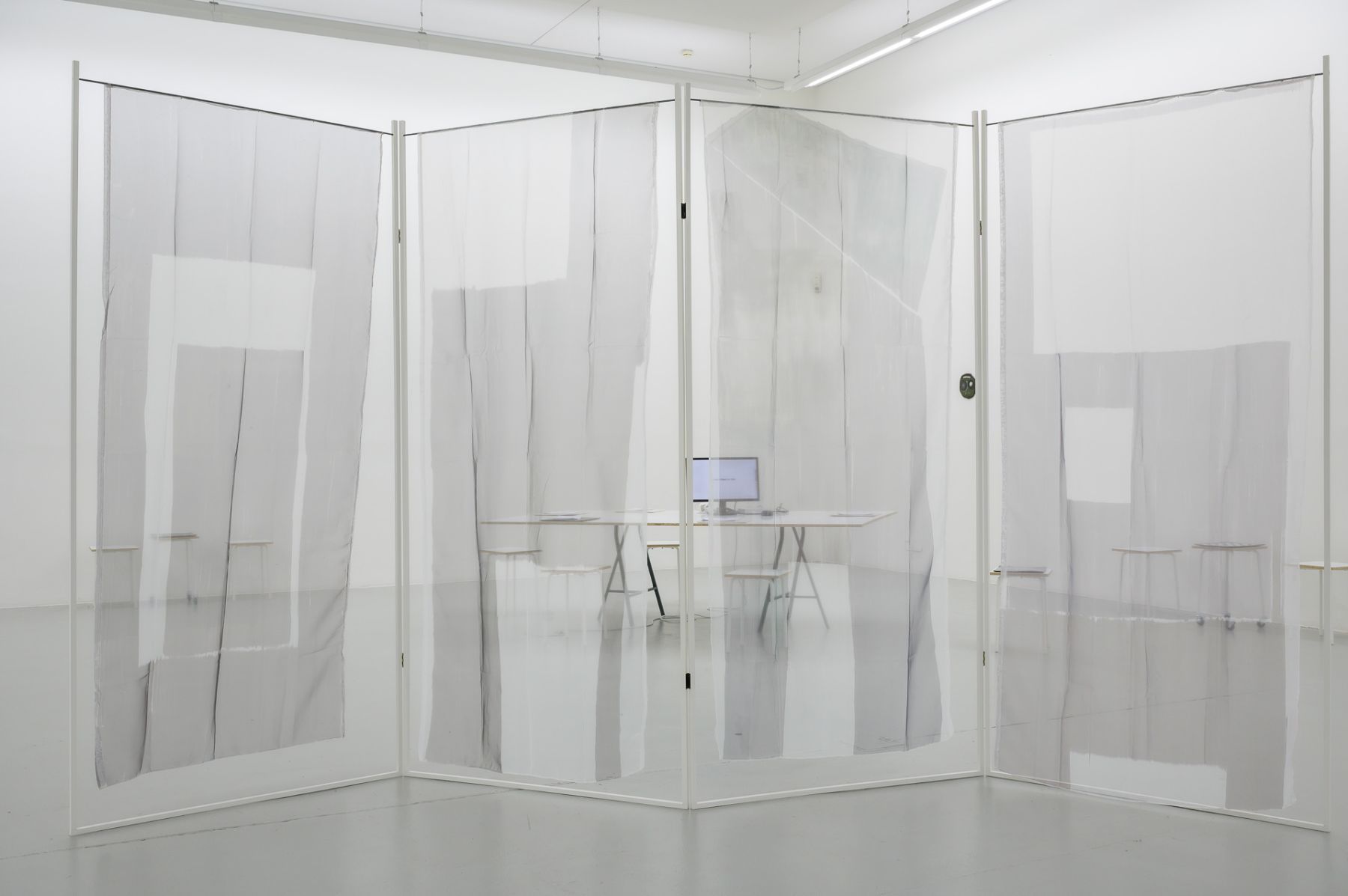
Sarah Lehnerer with Inka Meißner and Jackie Grassmann, Installation view Kunstverein Freiburg, Biennale für Freiburg #1, 2021, Photo: Marc Doradzillo
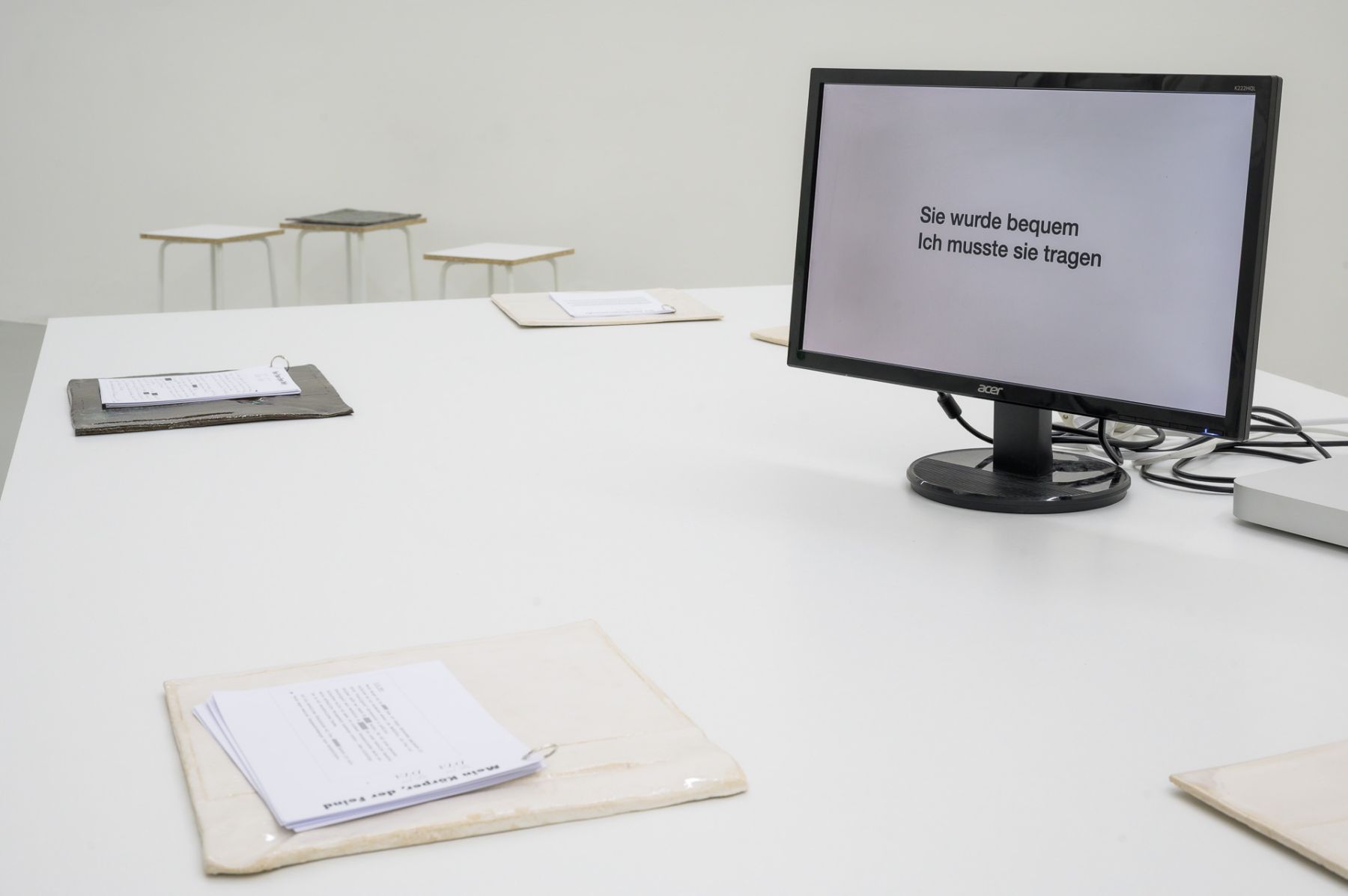
Jackie Grassmann, SHE* SHE* SHE* ECHOES, Installation view Kunstverein Freiburg, Biennale für Freiburg #1, 2021, Photo: Marc Doradzillo
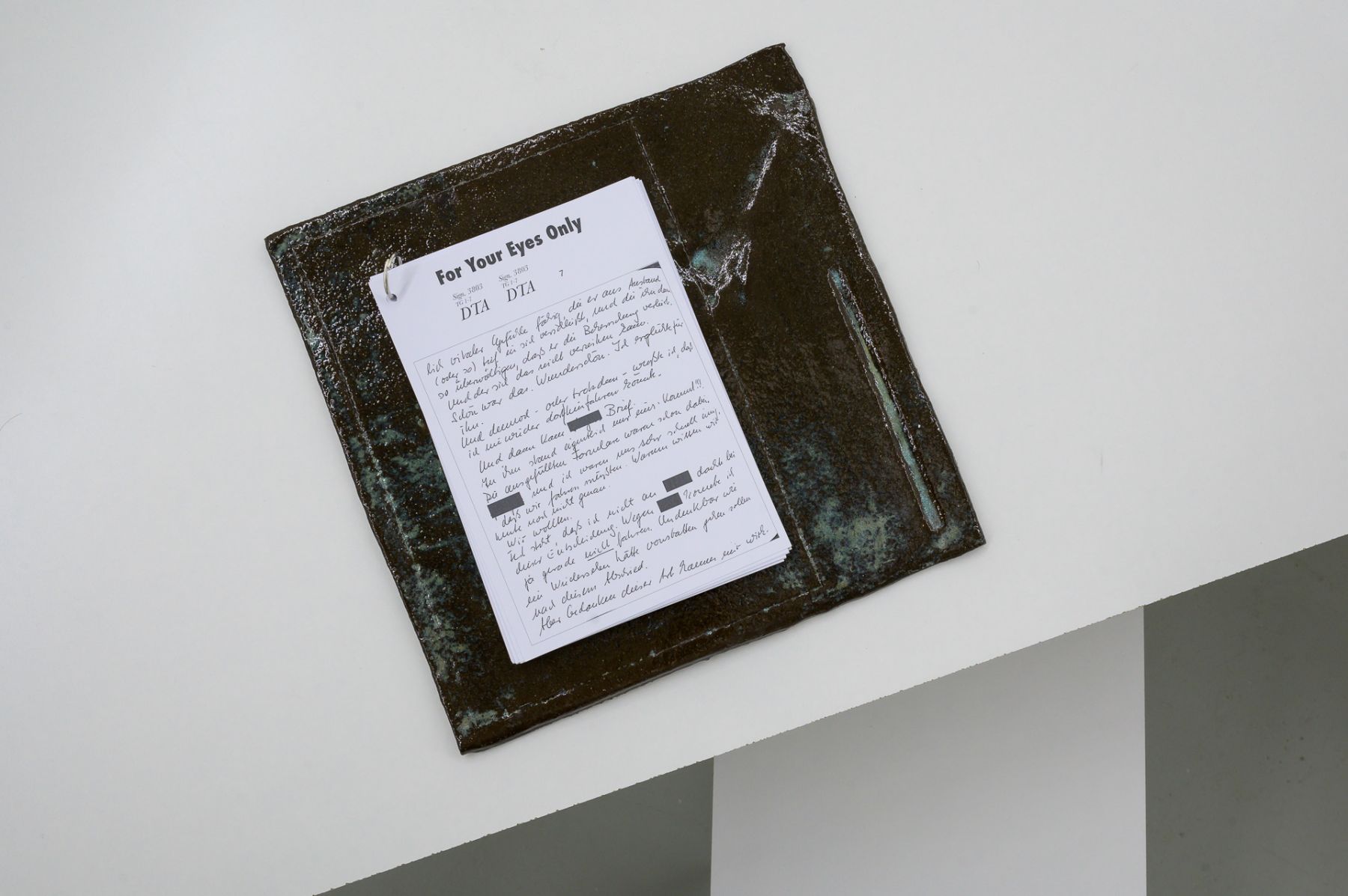
Inka Meißner, THAT I AS YOU (THAT HAUNTS ME), Installation view Kunstverein Freiburg, Biennale für Freiburg #1, 2021, Photo: Marc Doradzillo
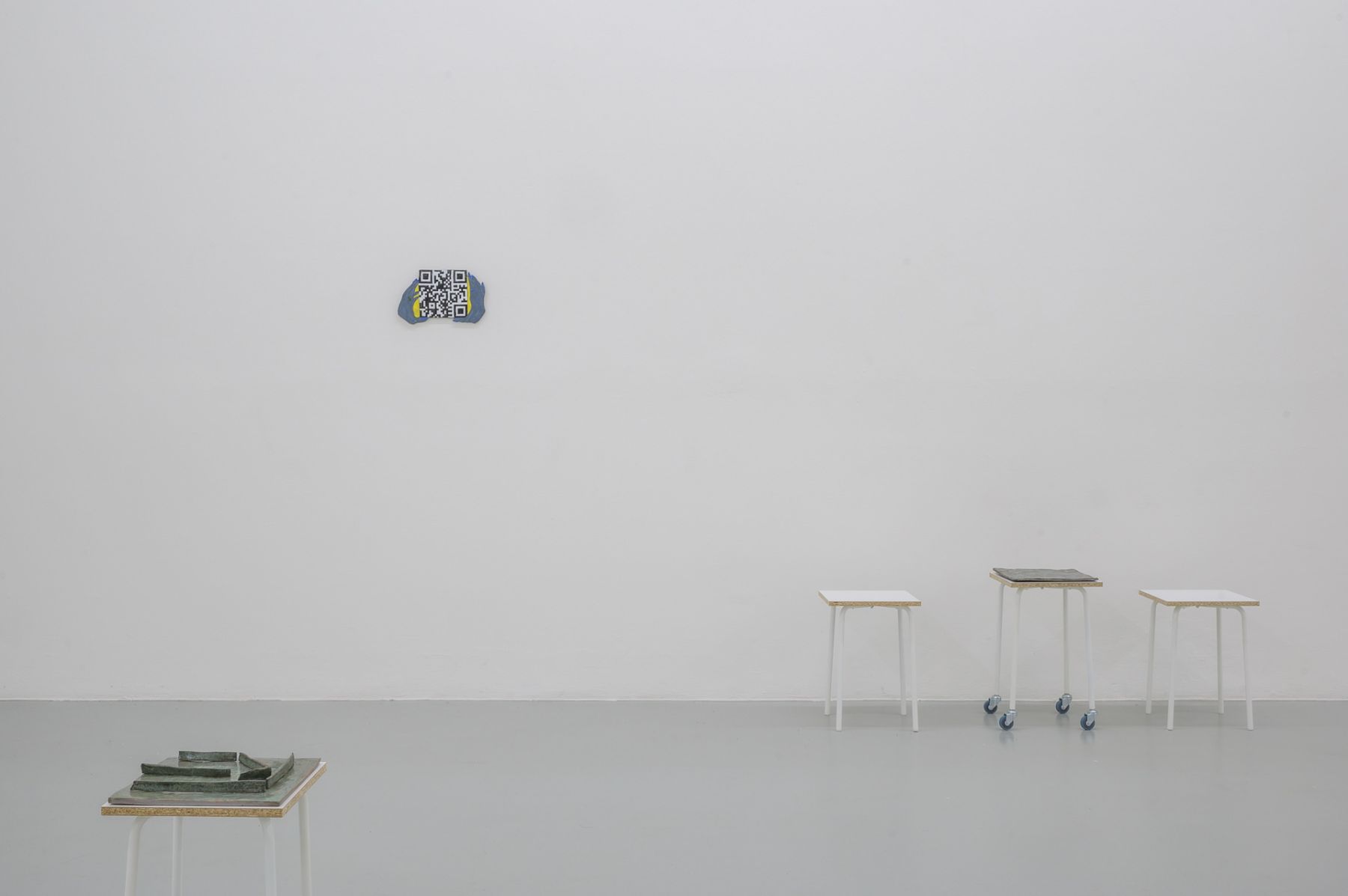
Sarah Lehnerer with Inka Meißner and Jackie Grassmann, Installation view Kunstverein Freiburg, Biennale für Freiburg #1, 2021, Photo: Marc Doradzillo
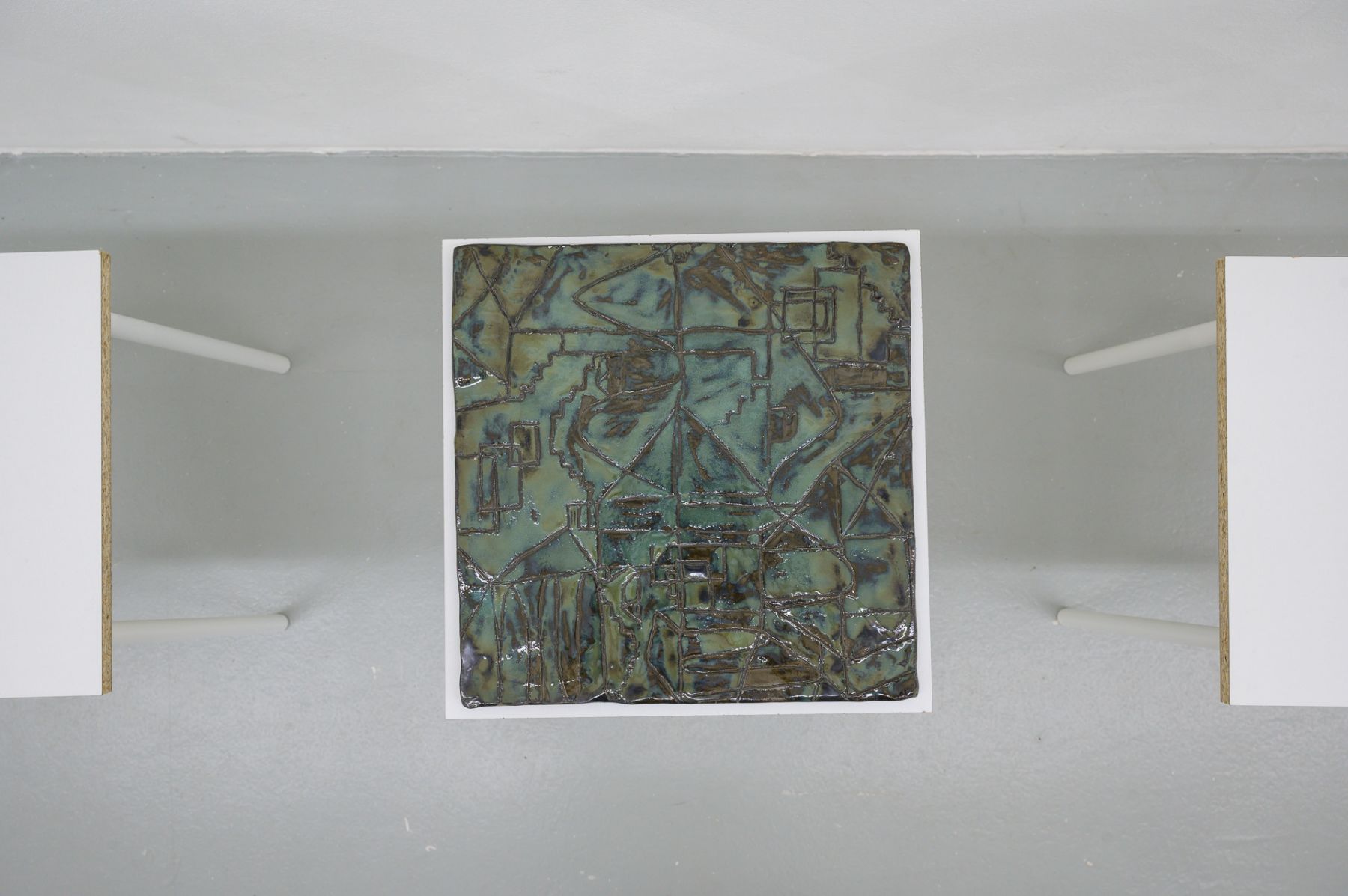
Sarah Lehnerer, SPACESHIPS, Installation view Kunstverein Freiburg, Biennale für Freiburg #1, 2021, Photo: Marc Doradzillo
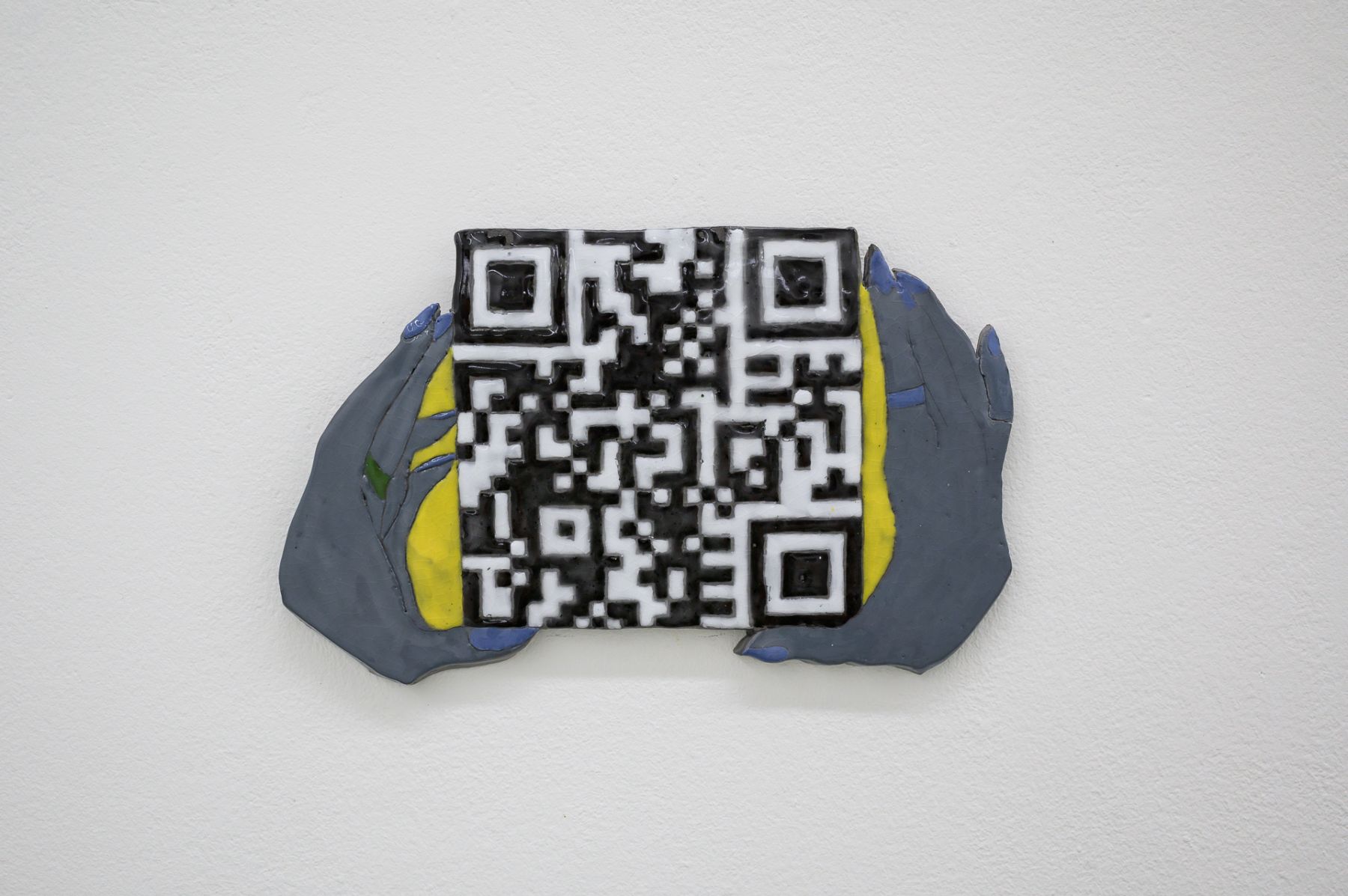
Sarah Lehnerer, A DAY'S WORK (QR CODE), Installation view Kunstverein Freiburg, Biennale für Freiburg #1, 2021, Photo: Marc Doradzillo

Sarah Lehnerer with Inka Meißner and Jackie Grassmann, Installation view Kunstverein Freiburg, Biennale für Freiburg #1, 2021, Photo: Marc Doradzillo

Workshop A DAY'S WORK: ROOMS WITHOUT WALLS, Biennale für Freiburg #1, 2021, Photo: Jennifer Rohrbacher
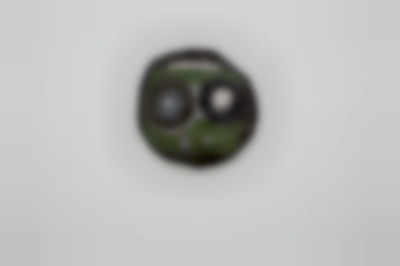

Sarah Lehnerer, A DAY'S WORK, Biennale für Freiburg #1, 2021, Photo: Marc Doradzillo
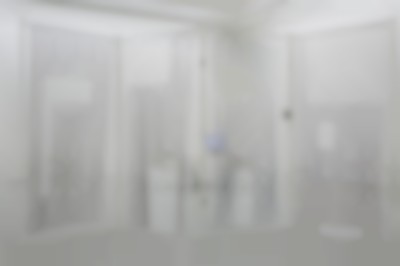

Sarah Lehnerer with Inka Meißner and Jackie Grassmann, Installation view Kunstverein Freiburg, Biennale für Freiburg #1, 2021, Photo: Marc Doradzillo
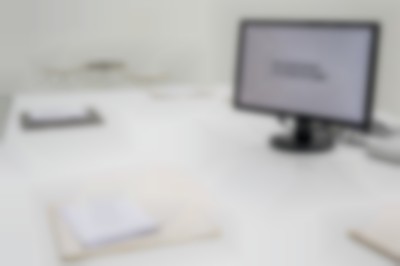

Jackie Grassmann, SHE* SHE* SHE* ECHOES, Installation view Kunstverein Freiburg, Biennale für Freiburg #1, 2021, Photo: Marc Doradzillo


Inka Meißner, THAT I AS YOU (THAT HAUNTS ME), Installation view Kunstverein Freiburg, Biennale für Freiburg #1, 2021, Photo: Marc Doradzillo
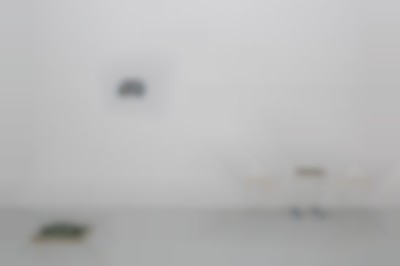

Sarah Lehnerer with Inka Meißner and Jackie Grassmann, Installation view Kunstverein Freiburg, Biennale für Freiburg #1, 2021, Photo: Marc Doradzillo
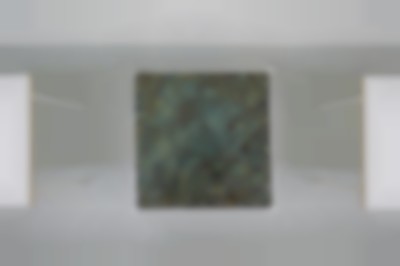

Sarah Lehnerer, SPACESHIPS, Installation view Kunstverein Freiburg, Biennale für Freiburg #1, 2021, Photo: Marc Doradzillo
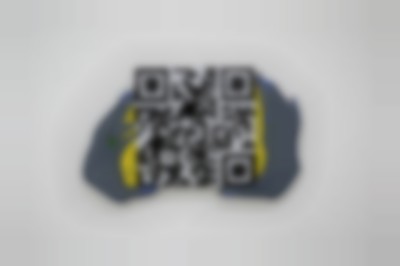

Sarah Lehnerer, A DAY'S WORK (QR CODE), Installation view Kunstverein Freiburg, Biennale für Freiburg #1, 2021, Photo: Marc Doradzillo
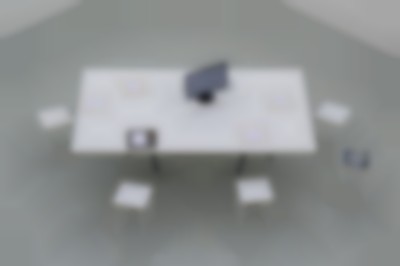

Sarah Lehnerer with Inka Meißner and Jackie Grassmann, Installation view Kunstverein Freiburg, Biennale für Freiburg #1, 2021, Photo: Marc Doradzillo


Workshop A DAY'S WORK: ROOMS WITHOUT WALLS, Biennale für Freiburg #1, 2021, Photo: Jennifer Rohrbacher
Luiza Margan
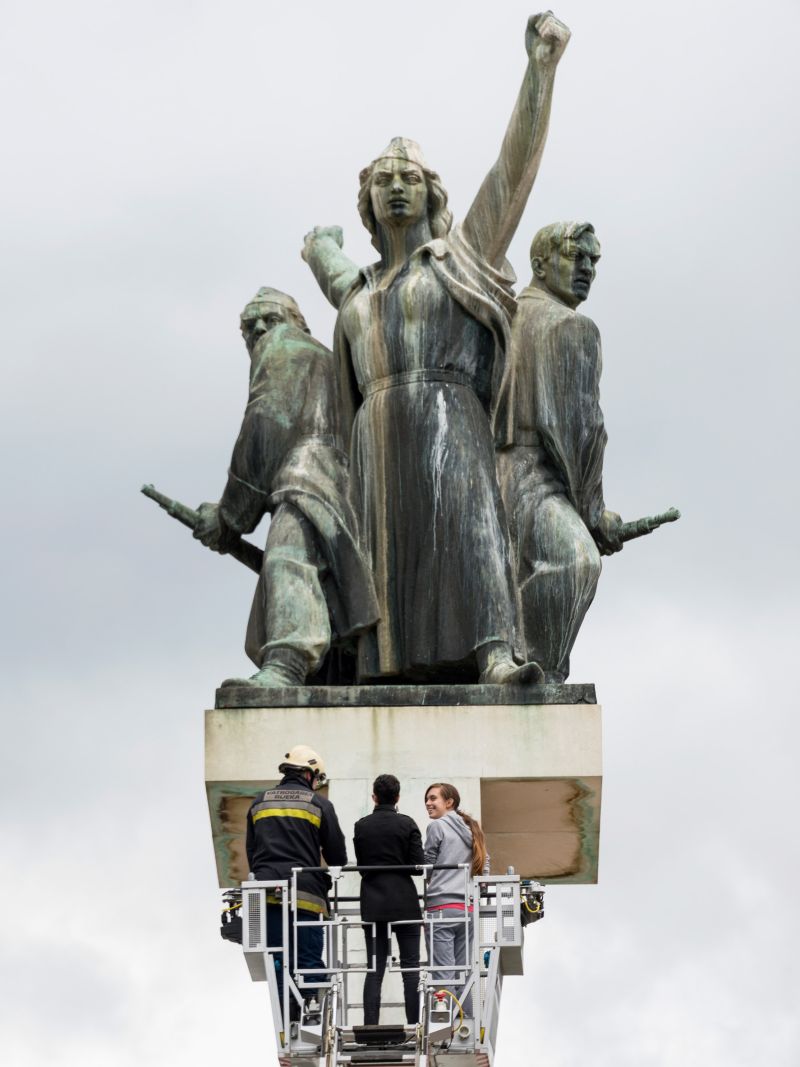
at Kunstverein Freiburg
… MoreLuiza Margan
RESTAGING MONUMENT
Venue: Kunstverein Freiburg
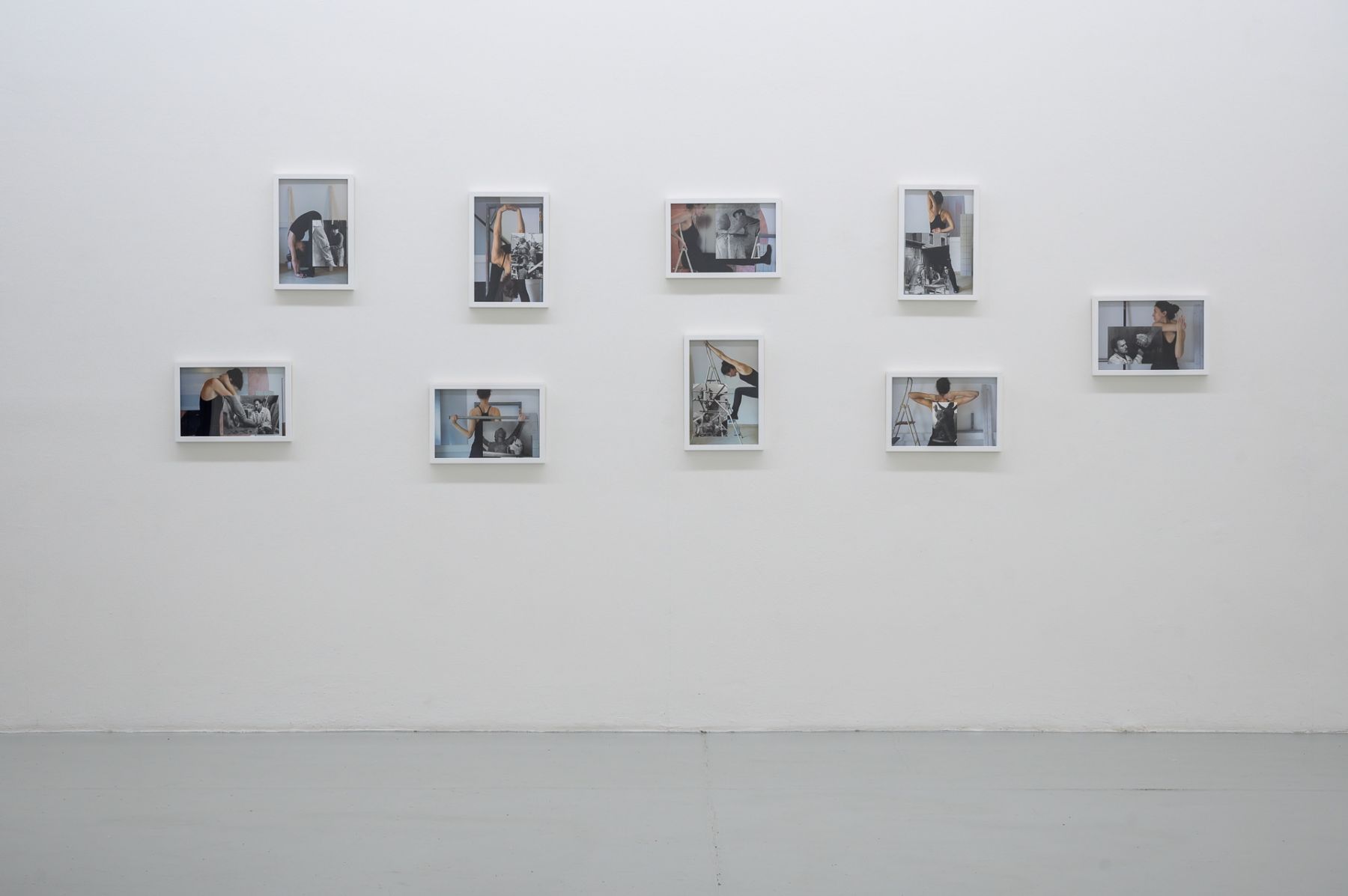
Luiza Margan, Installationsansicht Kunstverein Freiburg, Biennale für Freiburg #1, Foto: Marc Doradzillo
In her nine-part photomontage series RESTAGING MONUMENT Luiza Margan intertwines two temporal levels: Archival photographs from the studio of sculptor Vinko Matković (1911–1973; Rijeka, Yugoslavia) are augmented by photographs that in turn show Margan in her studio.
Portrayed at work, Matković poses next to the in-progress larger-than-life sculpture, which today towers over Rijeka as an allegory of freedom flanked by two partisans on a 19-meter-high pillar. The Liberation Monument in Rijeka commemorates the anti-fascist legacy of the partisans during the Second World War. At this highest monument in the city, Margan carried out the action EYE TO EYE WITH FREEDOM in 2014, which is the conceptual starting point for RESTAGING MONUMENT. Participants were lifted with a crane to eye level with the allegory of freedom in order to initiate a literal change of perspective and draw attention to hegemonies of memory-political representations.
RESTAGING MONUMENT takes up aspects of the previous action by examining Matković’s black and white photographs from the 1950s in their historiographical context and collaging them with photographs from her own studio. Margan establishes a connection between her body and that of the monument’s female figure—the only figure in the group that is explicitly portrayed allegorically. In doing so, Margan points to the importance of gender in historical narratives while highlighting the performative nature of monuments and their relationship to social images of history. (MSt)
Further work by Luiza Margan for BfF#1:
MONUMENT IN THE MAKING: ROSA LUXEMBURG
RESTAGING MONUMENT, 2014
Series of nine photomontages, each 42 x 21 cm
Courtesy the artist and acb Galéria, Budapest
LUIZA MARGAN, born in Rijeka (Croatia), lives and works in Vienna. Margan studied at the Academy of Fine Arts Vienna (2009-2013). She received numerous scholarships and awards for her artistic projects. She showed works at Scope Berlin (2021), Donumenta Regensburg (2020), Kunsthalle Karlsplatz (2020), Viennacontemporary (2019), 21er Haus Belvedere (2018), Museum der Moderne / Generali Foundation, Salzburg (2017), Kunstforum Wien (2016) among others.
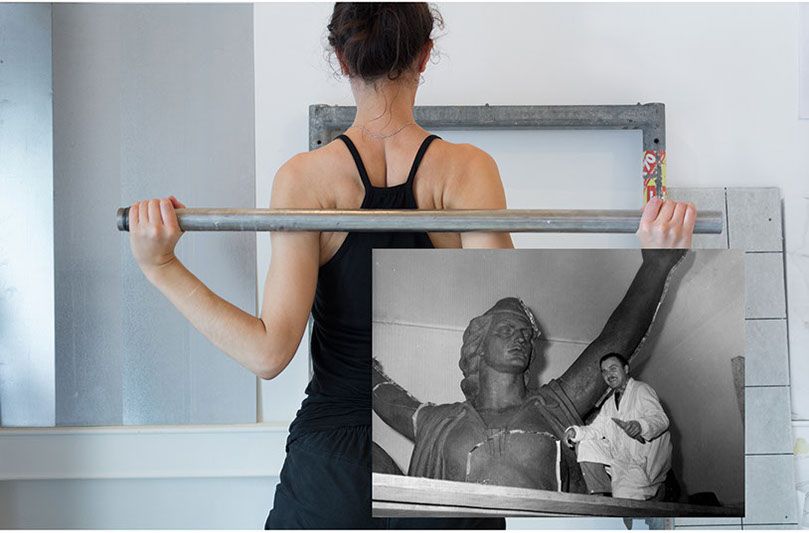
Luiza Margan, RESTAGING MONUMENT, 2014
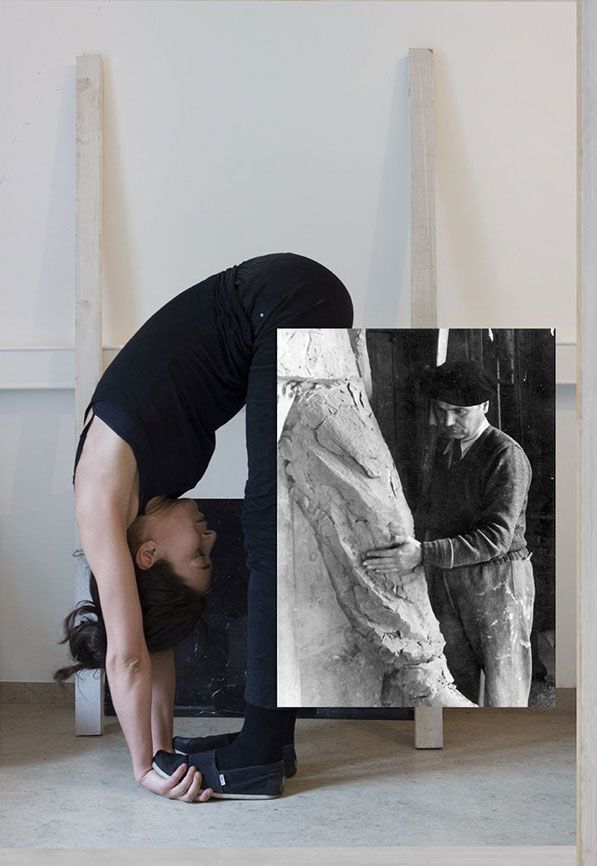
Luiza Margan, RESTAGING MONUMENT, 2014
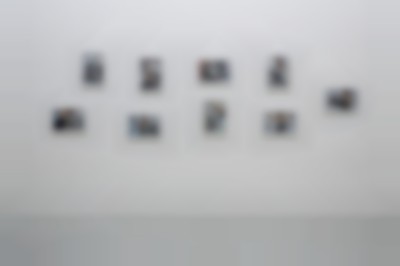

Luiza Margan, Installationsansicht Kunstverein Freiburg, Biennale für Freiburg #1, Foto: Marc Doradzillo
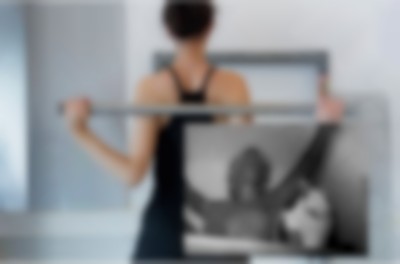

Luiza Margan, RESTAGING MONUMENT, 2014


Luiza Margan, RESTAGING MONUMENT, 2014
Kriz Olbricht
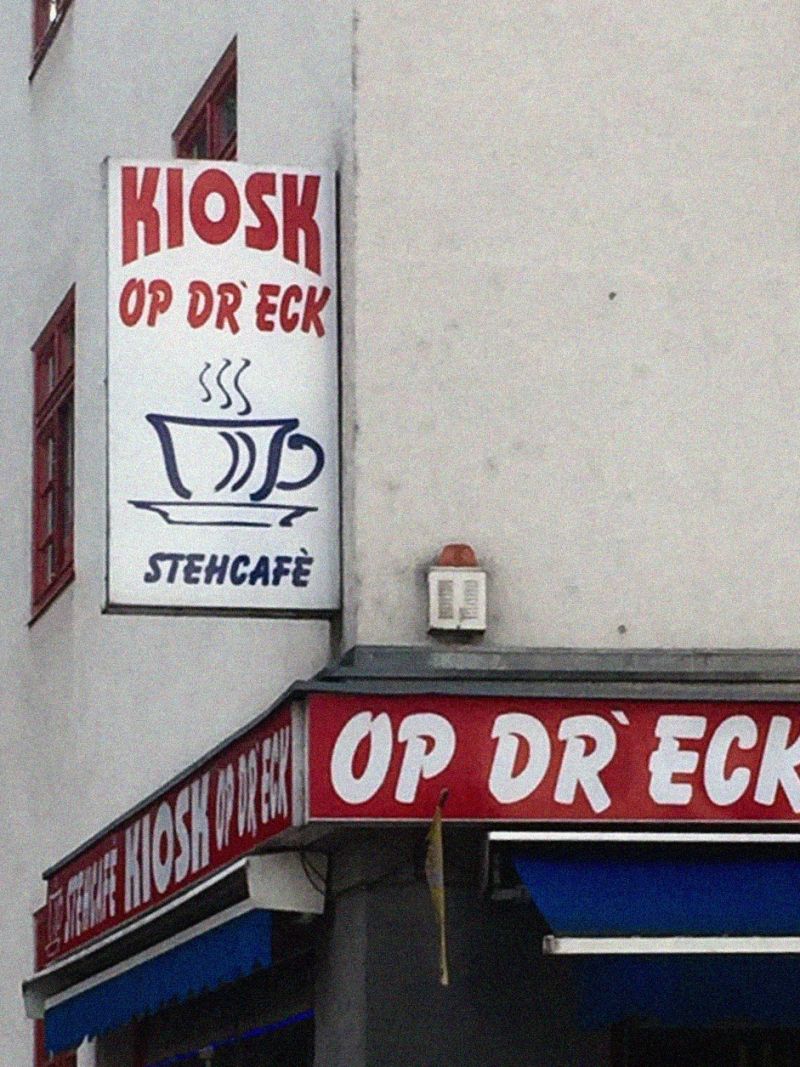
at Kunstverein Freiburg
… MoreKriz Olbricht
OP D’R ECK, 2021
THROW UP, 2021
Venues: Kunstverein Freiburg, public space
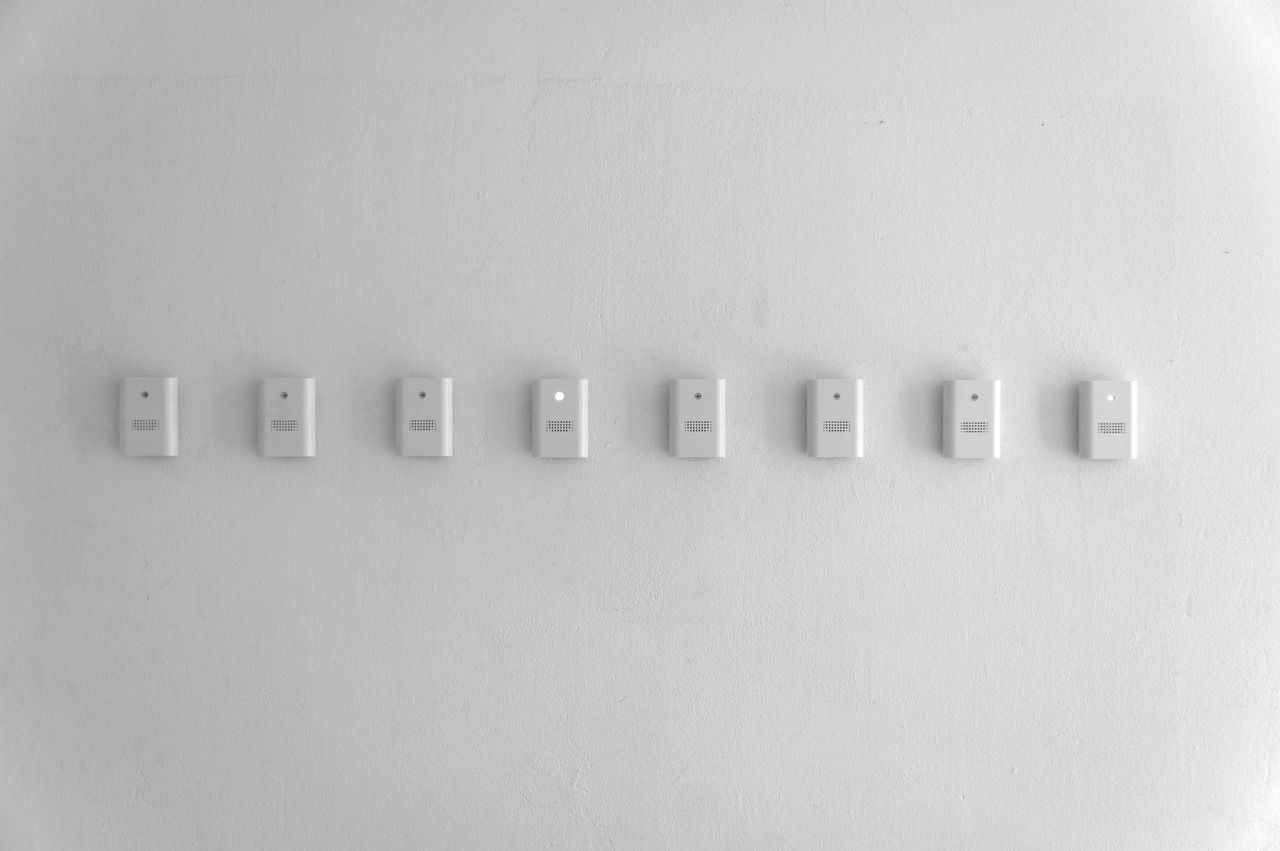
Kriz Olbricht, OP D’R ECK, 2021, Installation view Kunstverein Freiburg, Biennale für Freiburg #1, 2021, Photo: Kriz Olbricht
Kriz Olbricht’s sound installation OP D’R ECK links the exterior with the interior by marking the entrance area of the Kunstverein as a threshold between the noisy and busy street in front of the building and the exhibition space inside. Olbricht uses sensors that record movements at various locations, convert them into sound signals, and bundle them in one place. The signal tone which draws attention to the entrance of customers or visitors, thus, turns into a sound collage. Which movements activate the sensors remains hidden from the visitors.
On the one hand, the work refers to the ubiquitous kiosks in Cologne, the artist’s place of residence. By utilizing a certain type of automatic doorbell, they contribute to the soundscape of the city. On the other hand, Olbricht references the album On the Corner by Miles Davis, which collages sounds of the street with techniques of musique concrète and ideas by Karlheinz Stockhausen.
For BfF#1, Kriz Olbricht thus adds a new element to the Kunstverein, for which he already set up a bar which is used for events in 2018—a work titled BLIND PIG. Like the bar, reduced to its core components, OP D’R ECK also considers the fundamental, infrastructural elements of small-scale places that shape the social fabric of a city. Here, these elements are being transformed and situated in relation to the Kunstverein. (LH)
OP D’R ECK, 2021
Automatic doorbell
THROW UP, 2021
Paste, posters
KRIZ OLBRICHT, born 1986 in Freiburg, is an artist living in Cologne. Through sculpture, sound, photography, and painting, he explores the nature of architectural, public, and private space in relation to the body. His works develop only at the site of their execution, where he diverts the materials used from their intended purpose.
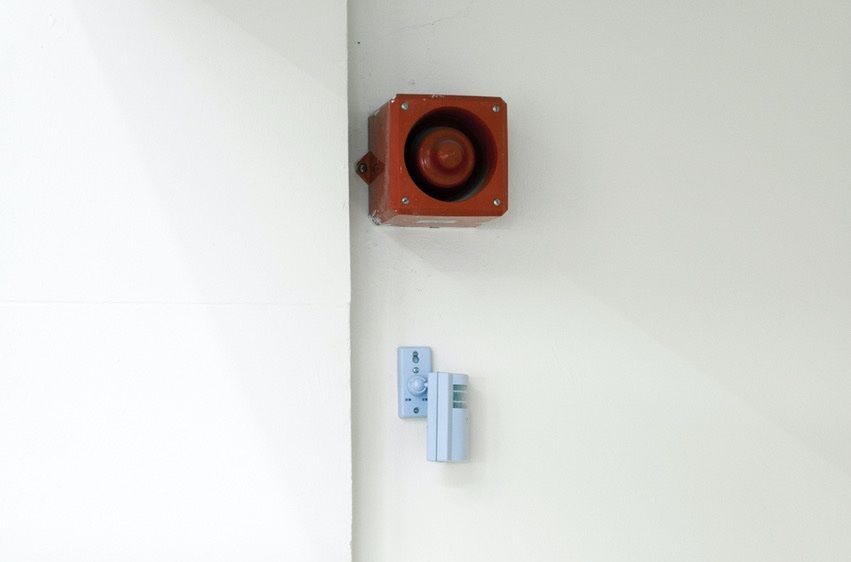
Kriz Olbricht, OP D’R ECK, 2021, Installation view Kunstverein Freiburg, Biennale für Freiburg #1, 2021, Photo: Kriz Olbricht
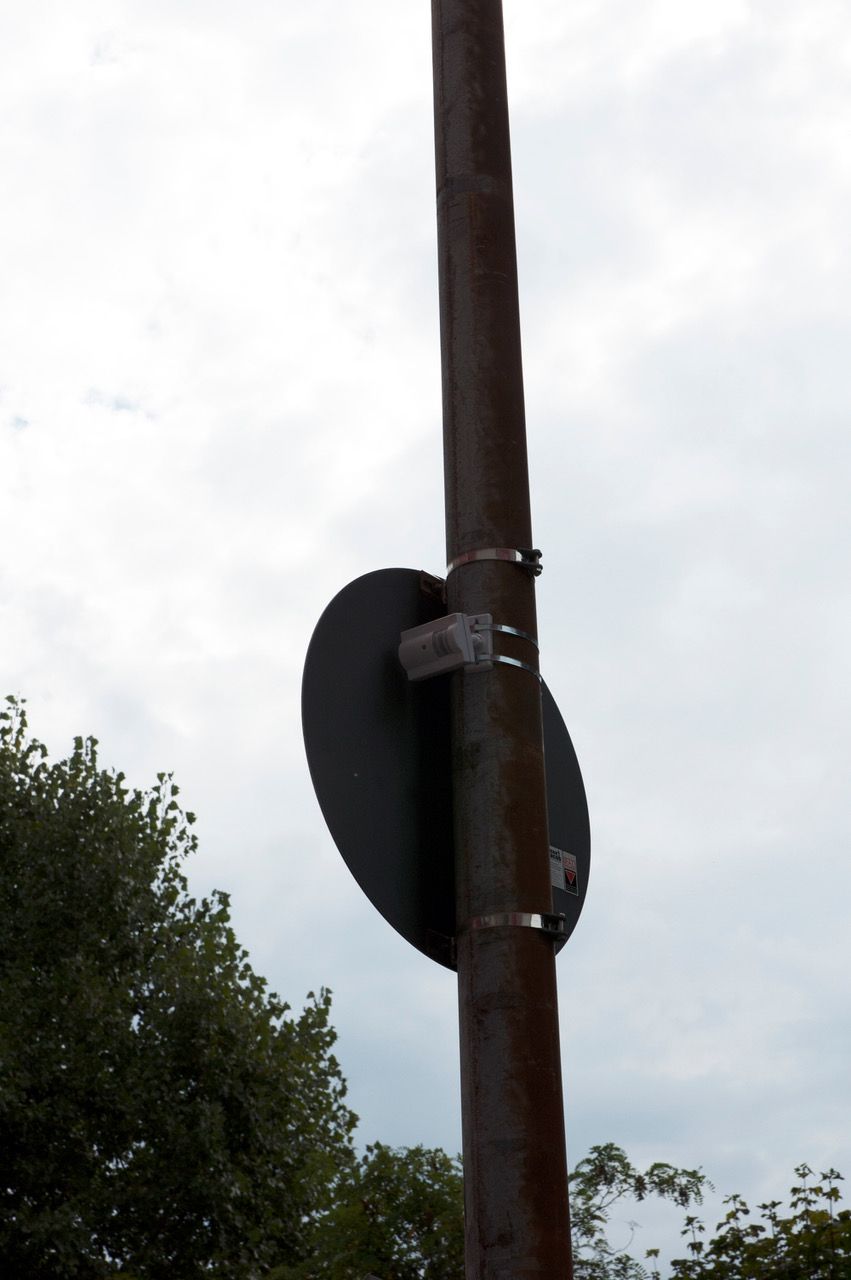
Kriz Olbricht, OP D’R ECK, 2021, Installation view Kunstverein Freiburg, Biennale für Freiburg #1, 2021, Photo: Kriz Olbricht
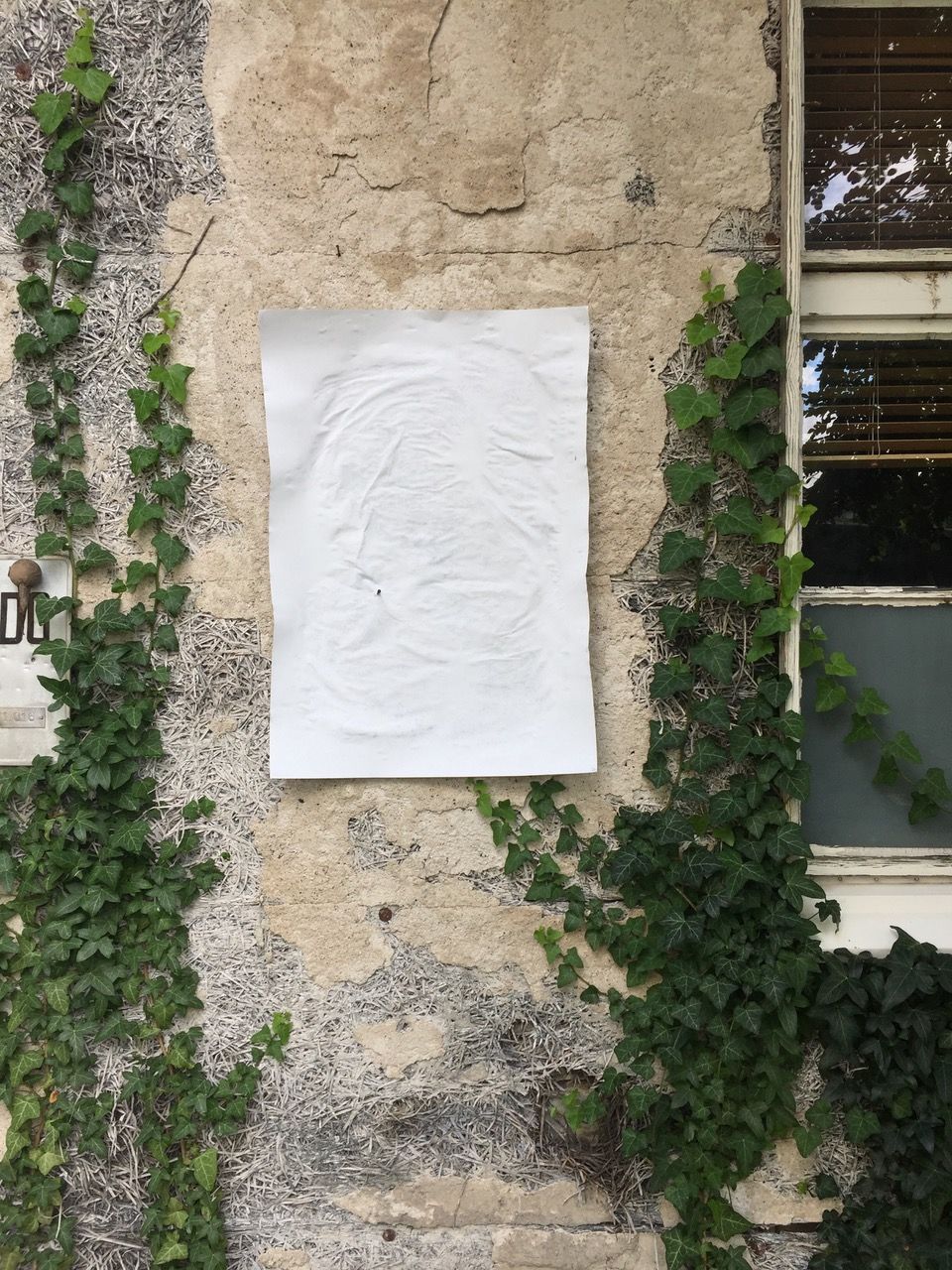
Kriz Olbricht, THROW UP, 2021, Photo: Kriz Olbricht
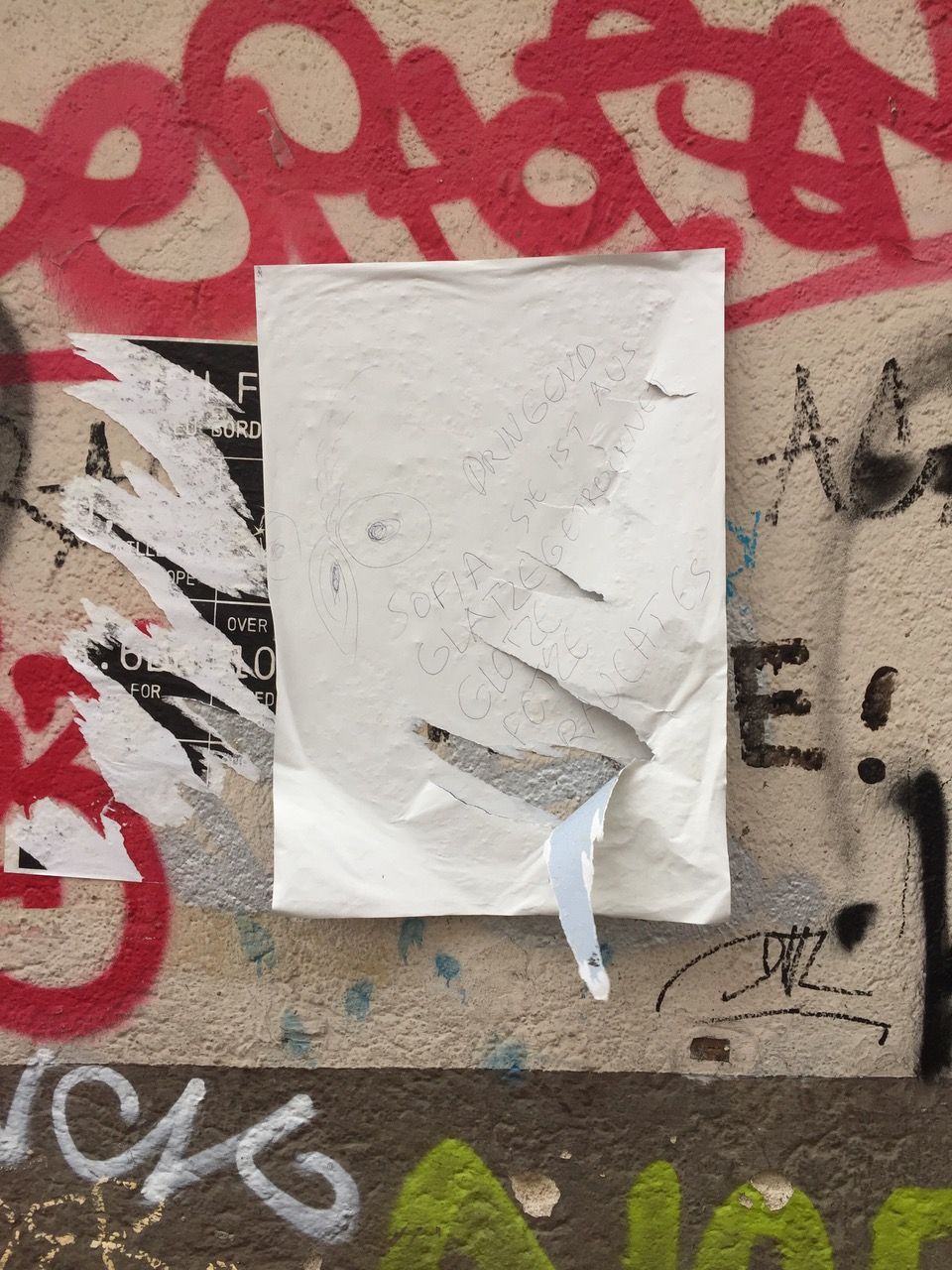
Kriz Olbricht, THROW UP, 2021, Photo: Kriz Olbricht
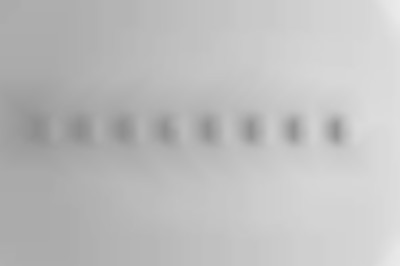

Kriz Olbricht, OP D’R ECK, 2021, Installation view Kunstverein Freiburg, Biennale für Freiburg #1, 2021, Photo: Kriz Olbricht
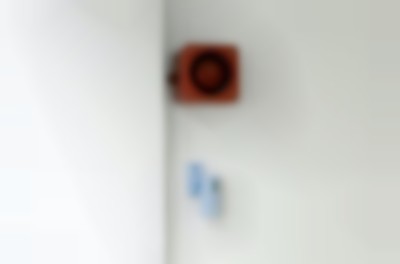

Kriz Olbricht, OP D’R ECK, 2021, Installation view Kunstverein Freiburg, Biennale für Freiburg #1, 2021, Photo: Kriz Olbricht
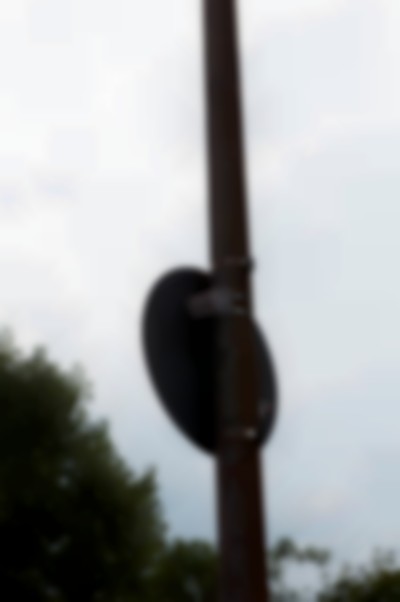

Kriz Olbricht, OP D’R ECK, 2021, Installation view Kunstverein Freiburg, Biennale für Freiburg #1, 2021, Photo: Kriz Olbricht
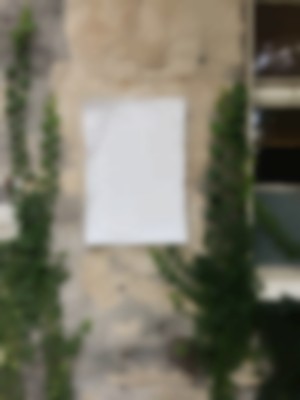

Kriz Olbricht, THROW UP, 2021, Photo: Kriz Olbricht
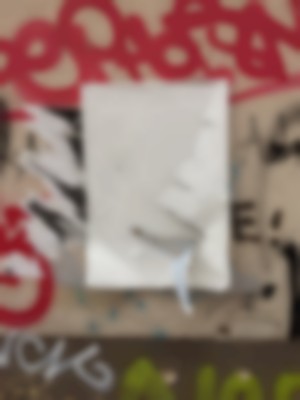

Kriz Olbricht, THROW UP, 2021, Photo: Kriz Olbricht
Andreas von Ow
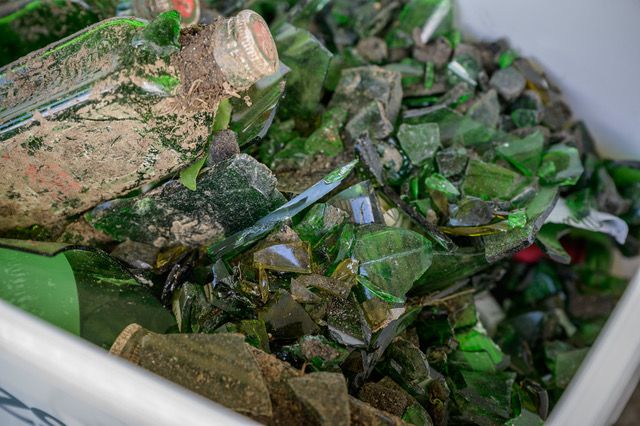
at Kunstverein Freiburg
… MoreAndreas von Ow
GREEN (FREIBURG), 2021
Venue: Kunstverein Freiburg
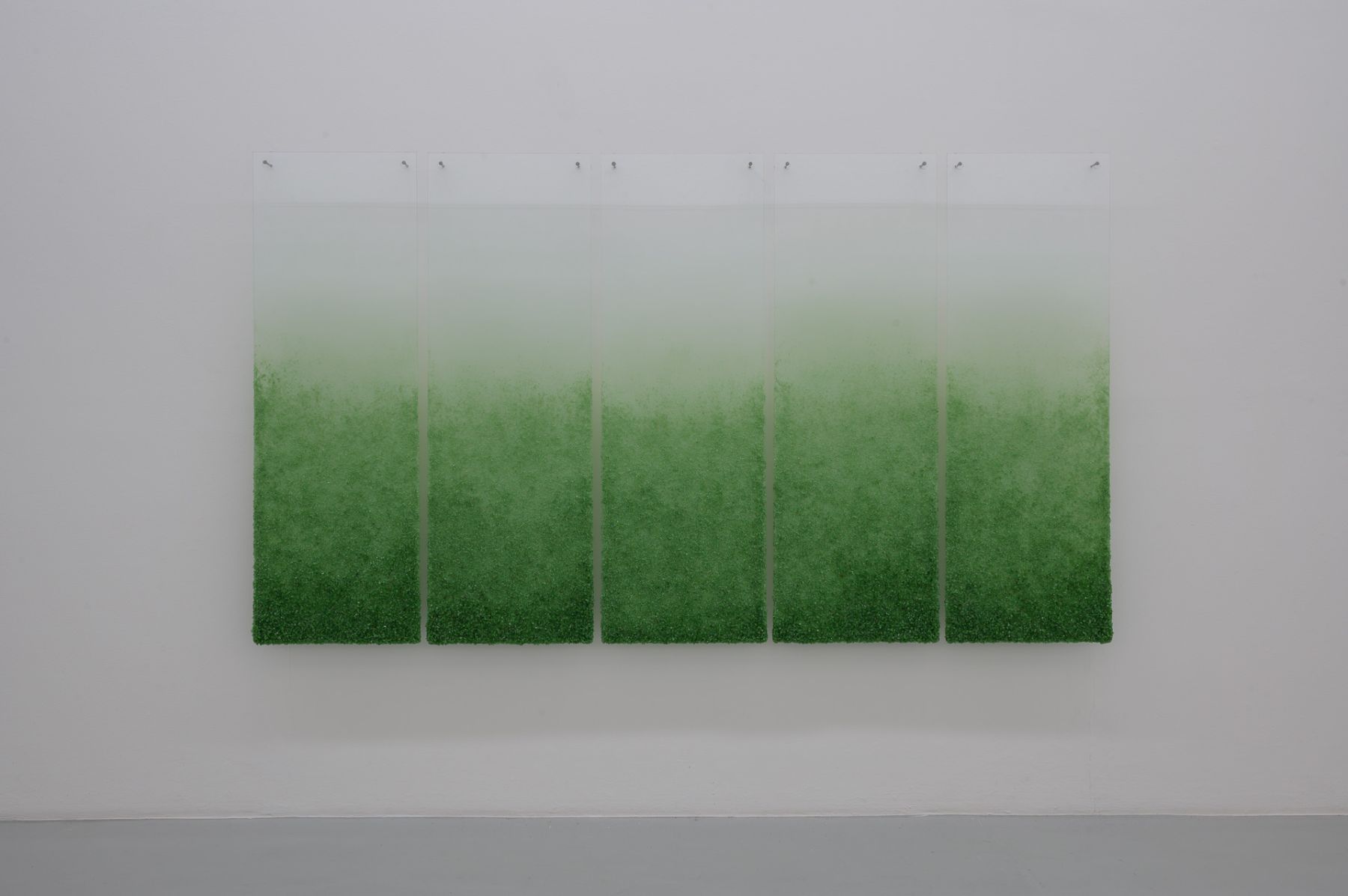
Andreas von Ow, Installation view, Biennale für Freiburg #1, Photo: Marc Doradzillo
The artistic exploration of color’s materiality and perception are at the heart of Andreas von Ow’s painterly practice. Based on his studies of painting, for several years he has been working increasingly with glass, which he grinds into color pigments in various grain sizes and, enriched with binder, condenses into multilayered color paintings onto the surface.
For these color paintings, the artist trawls urban space or his immediate surroundings for materials. By searching for green glass splinters or red fragments of car taillights, for instance, and then producing color pigments from this raw material, von Ow turns the production process of the works into a constituent of his art.
For BfF#1, the artist focused on the color green and took the participants of the studio program on a walk through various districts of Freiburg in search of green glass. While walking and collecting the green from the cityscape, questions were implicitly reflected on: How does one’s view of the cityscape and landscape change when focused on a single color? What do the traces of green glass tell us about a place? And what happens to our color vision and to our perception of the surroundings before, during, and after the walk? (CS)
GRÜN (FREIBURG), 2021
Mit Dank an / With thanks to:
Martha Martin-Humpert; Catherin Schöberl + Sarah Lorbeer; Andrea Mihaljevic + Stefan Hösl; Cornelia Hesse-Pilsak + Ivo Pilsak; Gudrun von Ow + Karl-Friedrich Fackler; Kadda + Alexander Kienzle; Lena Reckord + Sijin Jung; Dr. Gudrun Selz + Annette Merkenthaler; Agnes Dorwarth + Michael Behringer; Brigitte + Andreas Jaschke; Atai Kelle + Timothy Simms; Familie Dangel; Stefan Tolksdorf; Sabina Beck; Leon Hösl + Marc Doradzillo + Ulrich von Kirchbach + Martin Kasper + Ben Hübsch; Sabrina + Luci + Lönne + Emil + Sören + Niko; Christin Czuva + Fabian Fränzle + Grit Luchter + Rolf Kniffki; Albert-Ludwig-University: Herbert Ickler Geology; Dr. Hiltrud Müller-Sigmund Microprobe Analysis, Laboratory Management; Melanie Schrage, Rock Preparation, Thin Section Preparation; Glas Fischer Freiburg: info@glasfischer-freiburg.de
ANDREAS VON OW, born 1981 in Freiburg, studied at the State Academy of Fine Arts Karlsruhe and lives and works in Berlin. Since then, his painting has been focused on color as a pictorial subject and its perception. His sensual-artistic research begins long before the actual painting process in the changing environments, in numerous working stays in Rotterdam or the Rhön, for example. In 2016 he received the Reinhold-Schneider-Förderpreis, in 2015 the Van Look Prize, in 2014 a scholarship from the Atelier Mondial for Rotterdam and in 2013 a working scholarship from the Stiftung Kunstfonds.
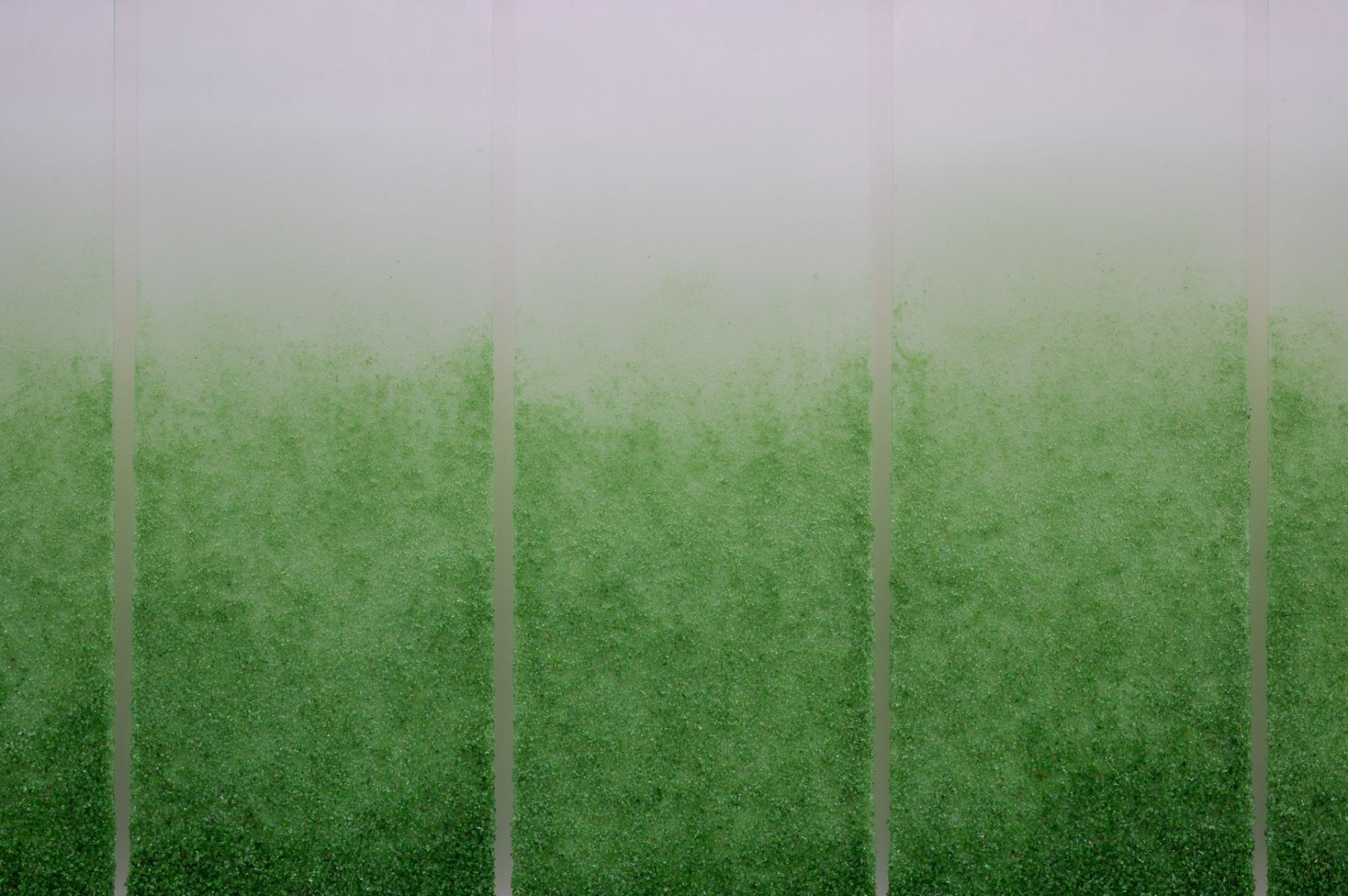
Andreas von Ow, Installation view, Kunstverein Freiburg, Biennale für Freiburg #1, Photo: Marc Doradzillo
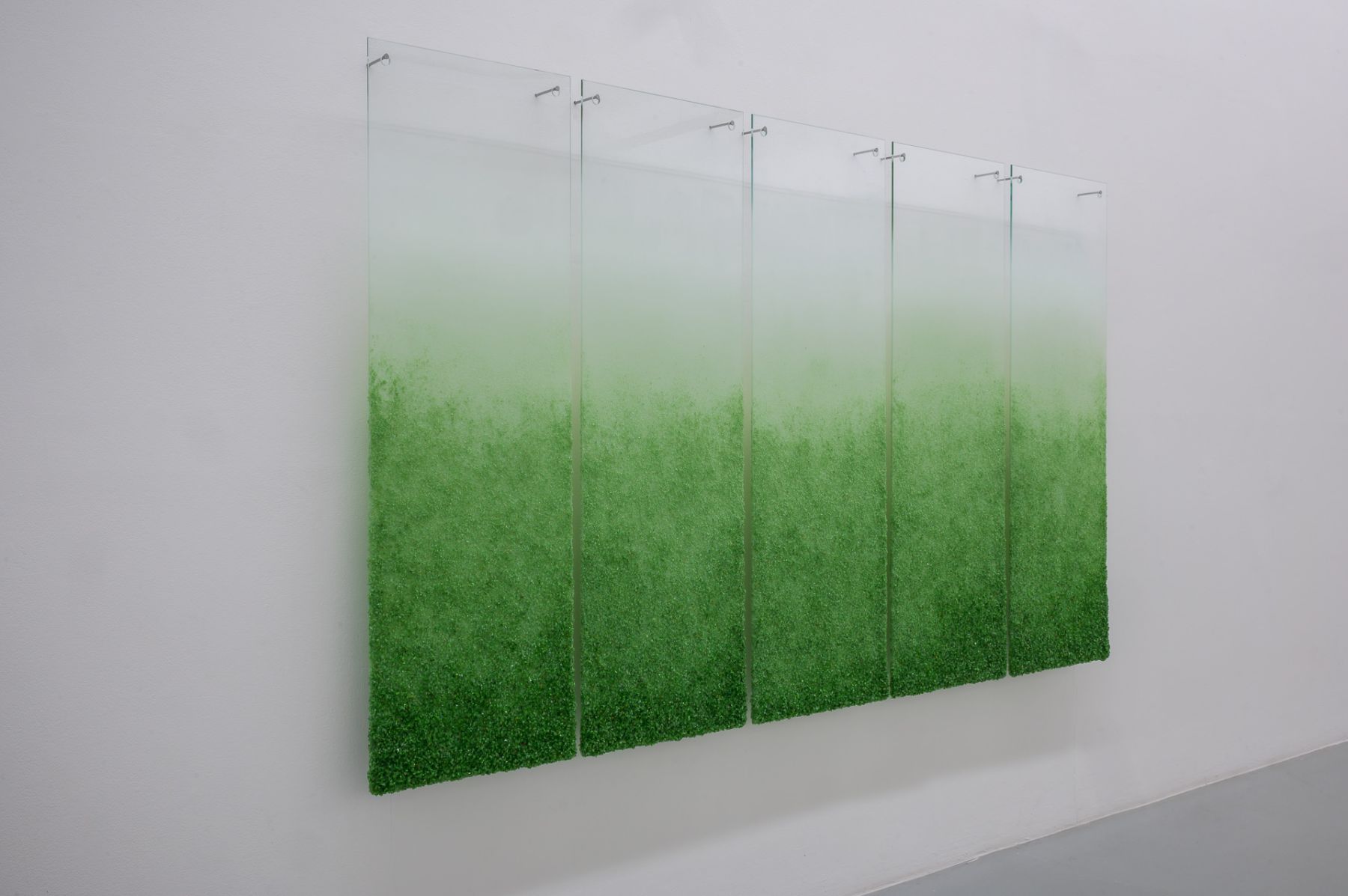
Andreas von Ow, Installation view, Biennale für Freiburg #1, Photo: Marc Doradzillo
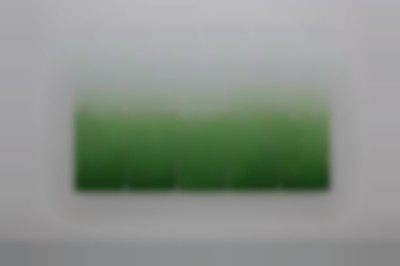

Andreas von Ow, Installation view, Biennale für Freiburg #1, Photo: Marc Doradzillo
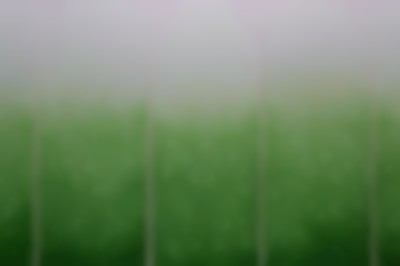

Andreas von Ow, Installation view, Kunstverein Freiburg, Biennale für Freiburg #1, Photo: Marc Doradzillo
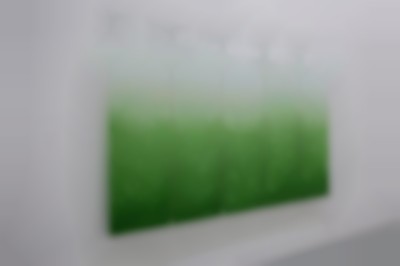

Andreas von Ow, Installation view, Biennale für Freiburg #1, Photo: Marc Doradzillo
Liesl Raff
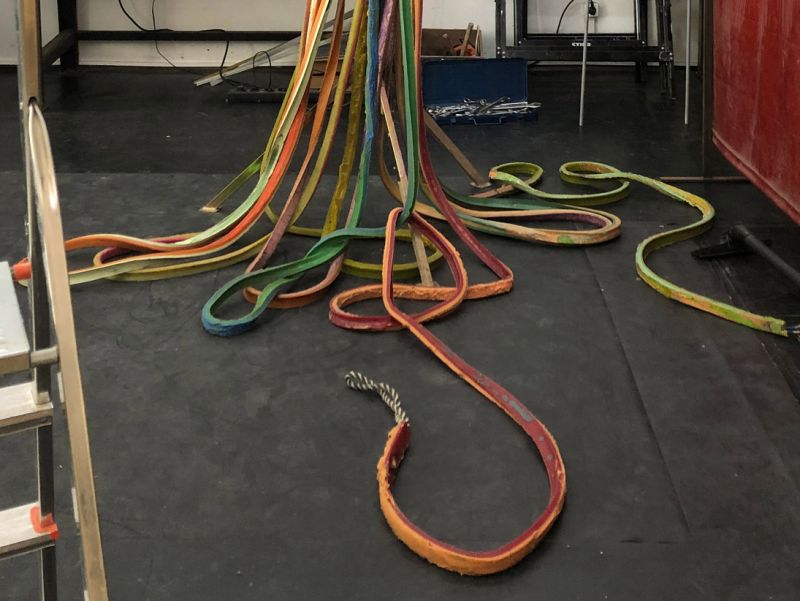
at Pförtnerhaus
… MoreLiesl Raff
SCHWINDEL (VERTIGO)
Venue: Pförtnerhaus

Liesl Raff, Installation view, Pförtnerhaus, Biennale für Freiburg #1, Photo: Marc Doradzillo
In the world of fairy tales, myths, and popular legends, there is almost always a character with the special ability to completely transform themselves from one moment to the next. Whether the comedic archetypes Harlequin and Columbine or Trickster, Crook, and Shapeshifter—each of them holds up a mirror to society and undermines existing orders for a moment. Liesl Raff transfers these abilities to materials that, through her sculptural interventions, appear just as free and changeable and, like these characters, move between different states.
Her installation SCHWINDEL (VERTIGO), developed for the BfF#1 exhibition at the Offspace Pförtnerhaus founded in 2015, consists of two elements: a latex curtain held by cast-in ropes, which acts like a second skin, or a costume stripped off and hung up, and LASSO OF TRUTH 1–3. The aluminum castings of intertwined ribbons, also made of latex and ropes, show the material in various stages of transformation: Reminiscent of human skin or leather, it takes on antiphallic forms, changes over time, becomes brittle, begins to develop odor, and is finally cast in aluminum—destroyed and preserved at the same time. SCHWINDEL (VERTIGO) is to be understood as the material equivalent of the volatile and unruly shape-shifting characters that surprise us by their ability to unbalance both social and physical conditions. (LH)
TWO SOULS IN MY CHEST, 2021
Bamboo, latex, rope, string, silicon oil
LASSO OF TRUTH 1, 2, 3, 2021
Aluminium, bamboo, 110 x 28 x 21 cm,
83 x 45 x 20 cm, 137 x 35 x 22 cm
BACKDROP, 2021
Latex, rope, talcum
LIESL RAFF, born 1979 in Stuttgart lives and works in Vienna. Her practice is characterized by a semiotics of materials that begins where words supposedly fail. Through consistent experimentation and a great sensitivity to different materials, Raff’s sculptures negotiate, demonstrate, and make tangible the beauty and fragility of physical and non-physical coexistence.
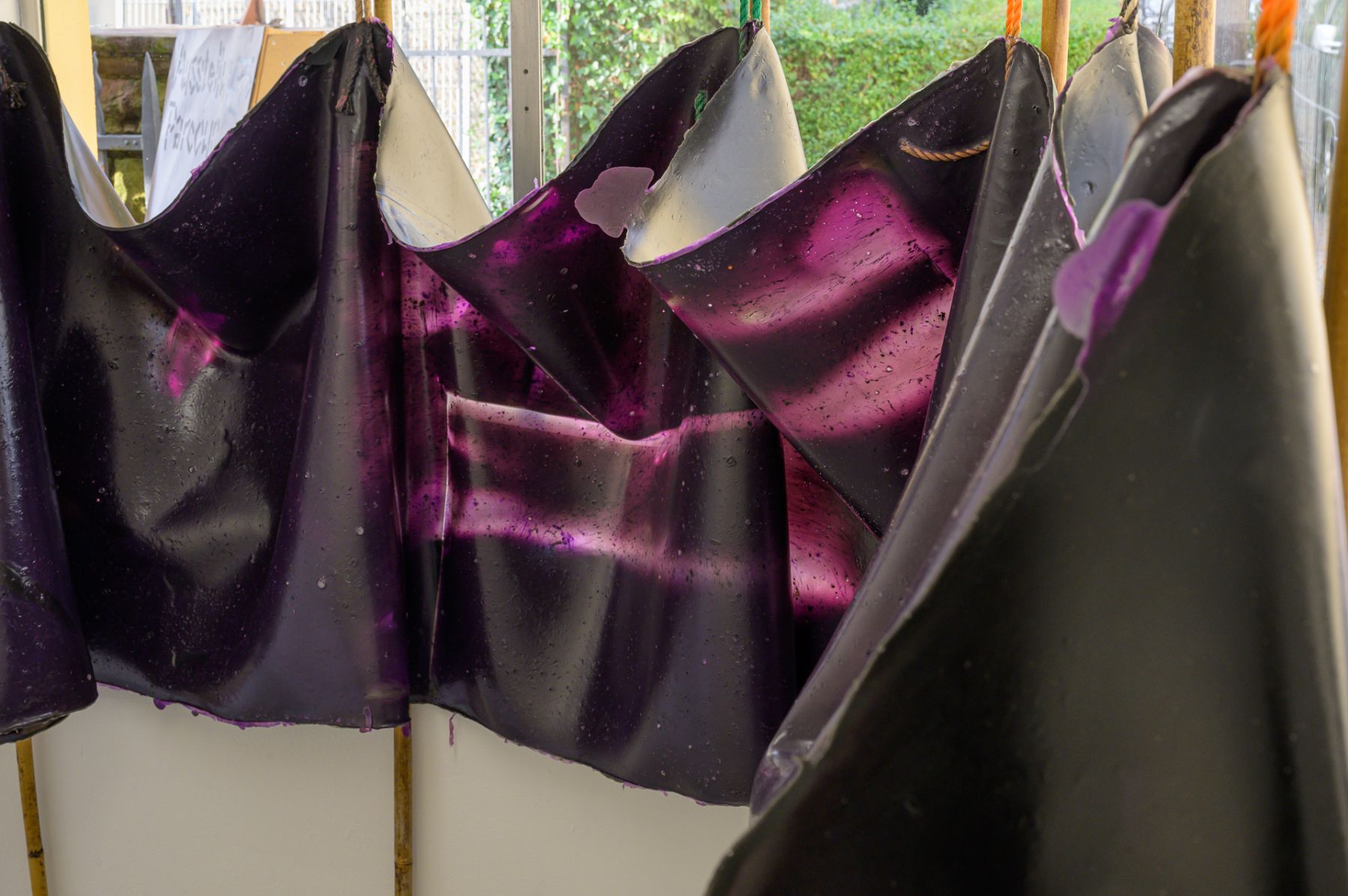
Liesl Raff, Installation view, Pförtnerhaus, Biennale für Freiburg #1, Photo: Marc Doradzillo
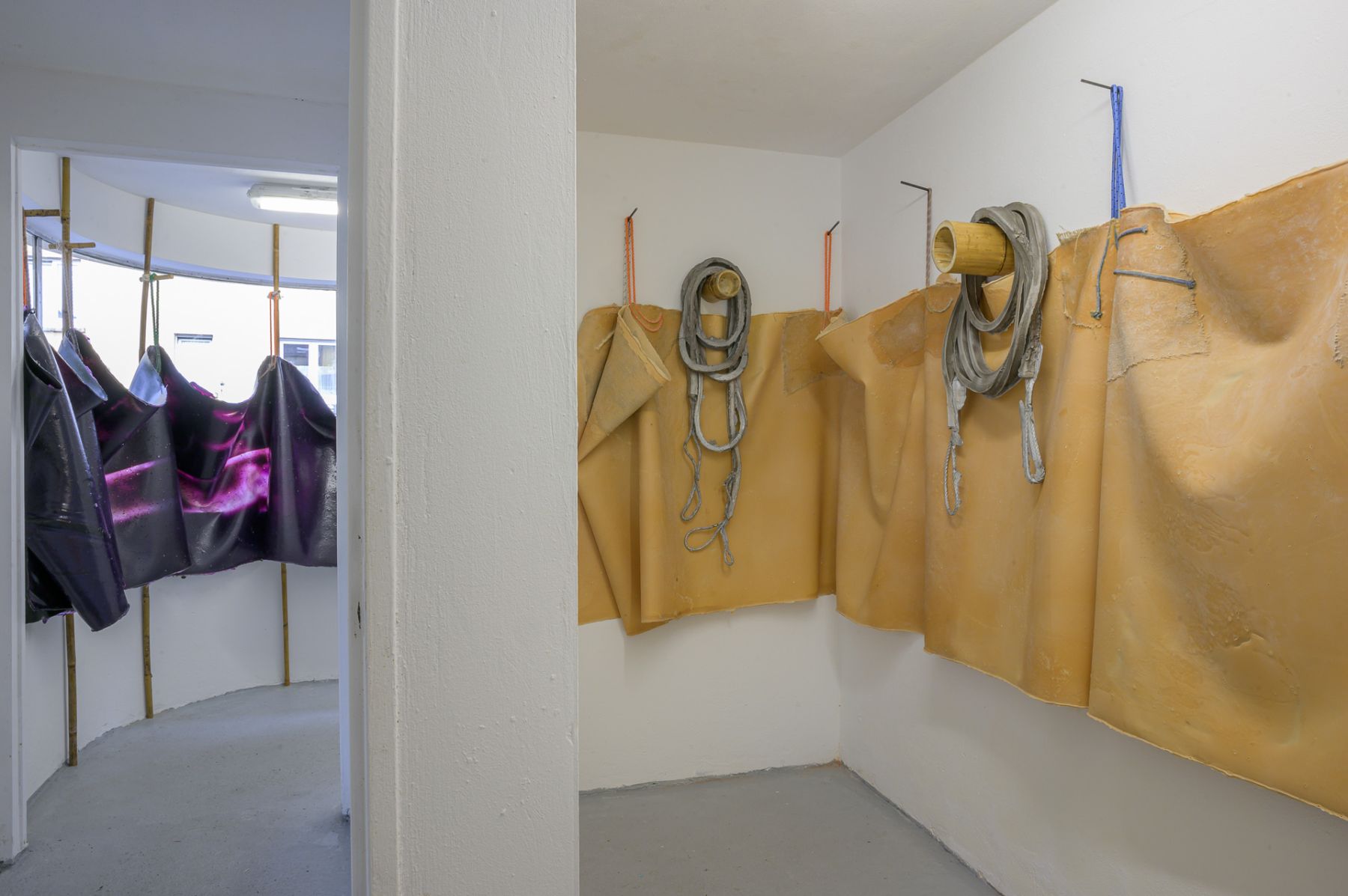
Liesl Raff, Installation view, Pförtnerhaus, Biennale für Freiburg #1, Photo: Marc Doradzillo
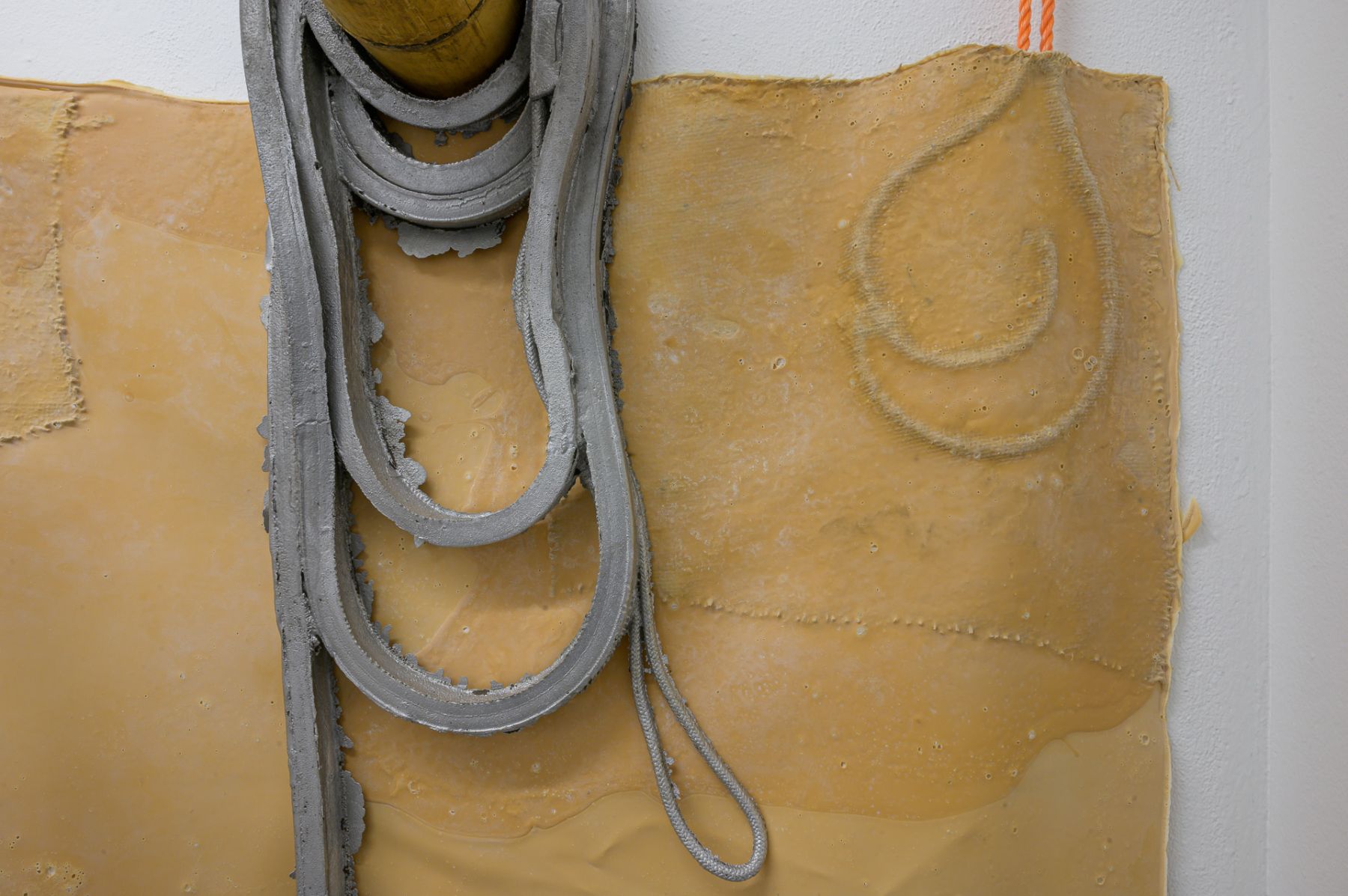
Liesl Raff, Installation view, Pförtnerhaus, Biennale für Freiburg #1, Photo: Marc Doradzillo
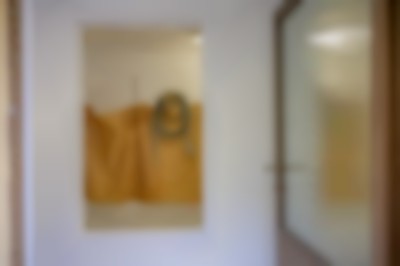

Liesl Raff, Installation view, Pförtnerhaus, Biennale für Freiburg #1, Photo: Marc Doradzillo
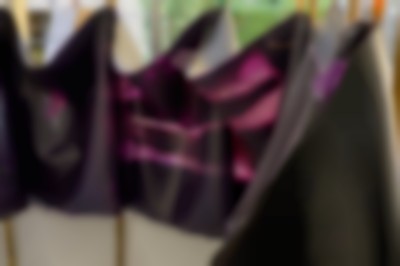

Liesl Raff, Installation view, Pförtnerhaus, Biennale für Freiburg #1, Photo: Marc Doradzillo
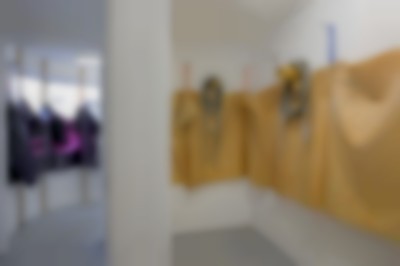

Liesl Raff, Installation view, Pförtnerhaus, Biennale für Freiburg #1, Photo: Marc Doradzillo
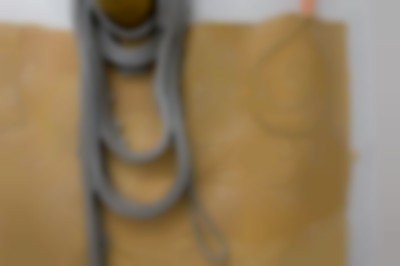

Liesl Raff, Installation view, Pförtnerhaus, Biennale für Freiburg #1, Photo: Marc Doradzillo
Young Boy Dancing Group
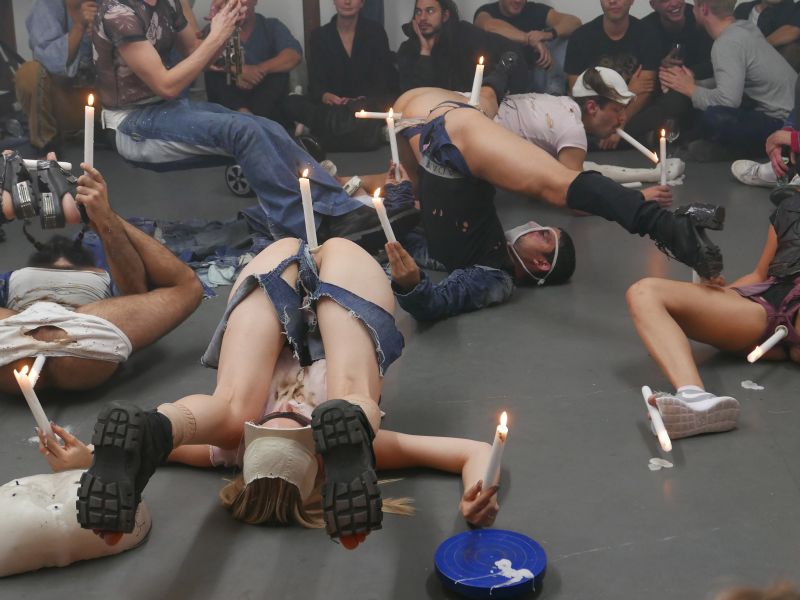
Young Boy Dancing Group
PERFORMANCE
18.9.2021, Hans-Bunte-Areal, 8pm

Young Boy Dancing Group, with ange halliwell, Ju Ishii, Yuna Blue, Valentin Tszin, Nica Roses, Maria Metsalu, Manuel Scheiwiller, Biennale für Freiburg #1, 2021. Foto: Marc Doradzillo
The Biennale for Freiburg #1 is pleased to present a new performance by the Young Boy Dancing Group in Freiburg. The materiality of bodies meets spherical light and piercing sound in the Young Boy Dancing Group’s (YBDG) intimate performances. Their objectives are always physical exploration instead of sexualization, exposure instead of exhibitionism, communal liberation instead of tamed isolation, object identification instead of commercialization, DIY instead of institutional polish.
In the process, the performance collective founded in 2014 collaborates with an ever-changing network of dancers from all over Europe, taking on new perfomers at each venue, with whom they connect mostly via the social media platforms Instagram and TikTok. The public performances and preparatory rehearsals in different cities and continents are thus also a physical meeting point
for virtual networks.
YOUNG BOY DANCING GROUP has performed at Schinkel Pavillon, Berlin (2019); Ceremonia Festival, Toluca, Mexico (2019); Athens Biennial (2018); Baltic Triennial, Tallinn, Estonia (2018); Creepy Teepee Festival, Kutná Hora, Czech Republic (2018); Norberg Festival, Sweden (2018); Roskilde Festival, Denmark (2017); Yvon Lambert Gallery, Berlin (2017); Lithuanian Pavilion, Venice Biennale (2015); and Silencio, Paris (2014).
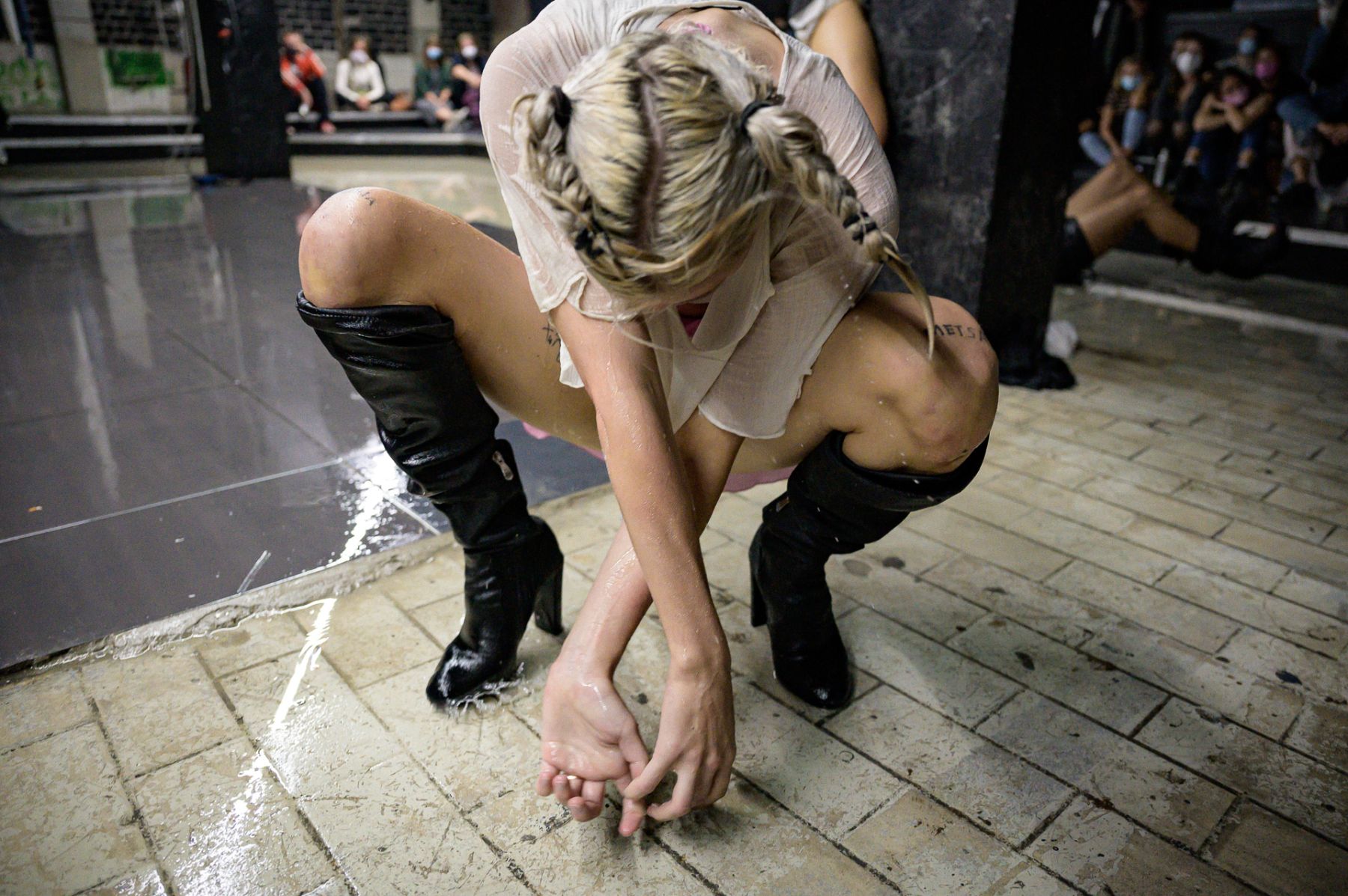
Young Boy Dancing Group, with ange halliwell, Ju Ishii, Yuna Blue, Valentin Tszin, Nica Roses, Maria Metsalu, Manuel Scheiwiller, Biennale für Freiburg #1, 2021. Foto: Marc Doradzillo

Young Boy Dancing Group, with ange halliwell, Ju Ishii, Yuna Blue, Valentin Tszin, Nica Roses, Maria Metsalu, Manuel Scheiwiller, Biennale für Freiburg #1, 2021. Foto: Marc Doradzillo

Young Boy Dancing Group, with ange halliwell, Ju Ishii, Yuna Blue, Valentin Tszin, Nica Roses, Maria Metsalu, Manuel Scheiwiller, Biennale für Freiburg #1, 2021. Foto: Marc Doradzillo

Young Boy Dancing Group, with ange halliwell, Ju Ishii, Yuna Blue, Valentin Tszin, Nica Roses, Maria Metsalu, Manuel Scheiwiller, Biennale für Freiburg #1, 2021. Foto: Marc Doradzillo

Young Boy Dancing Group, with ange halliwell, Ju Ishii, Yuna Blue, Valentin Tszin, Nica Roses, Maria Metsalu, Manuel Scheiwiller, Biennale für Freiburg #1, 2021. Foto: Marc Doradzillo
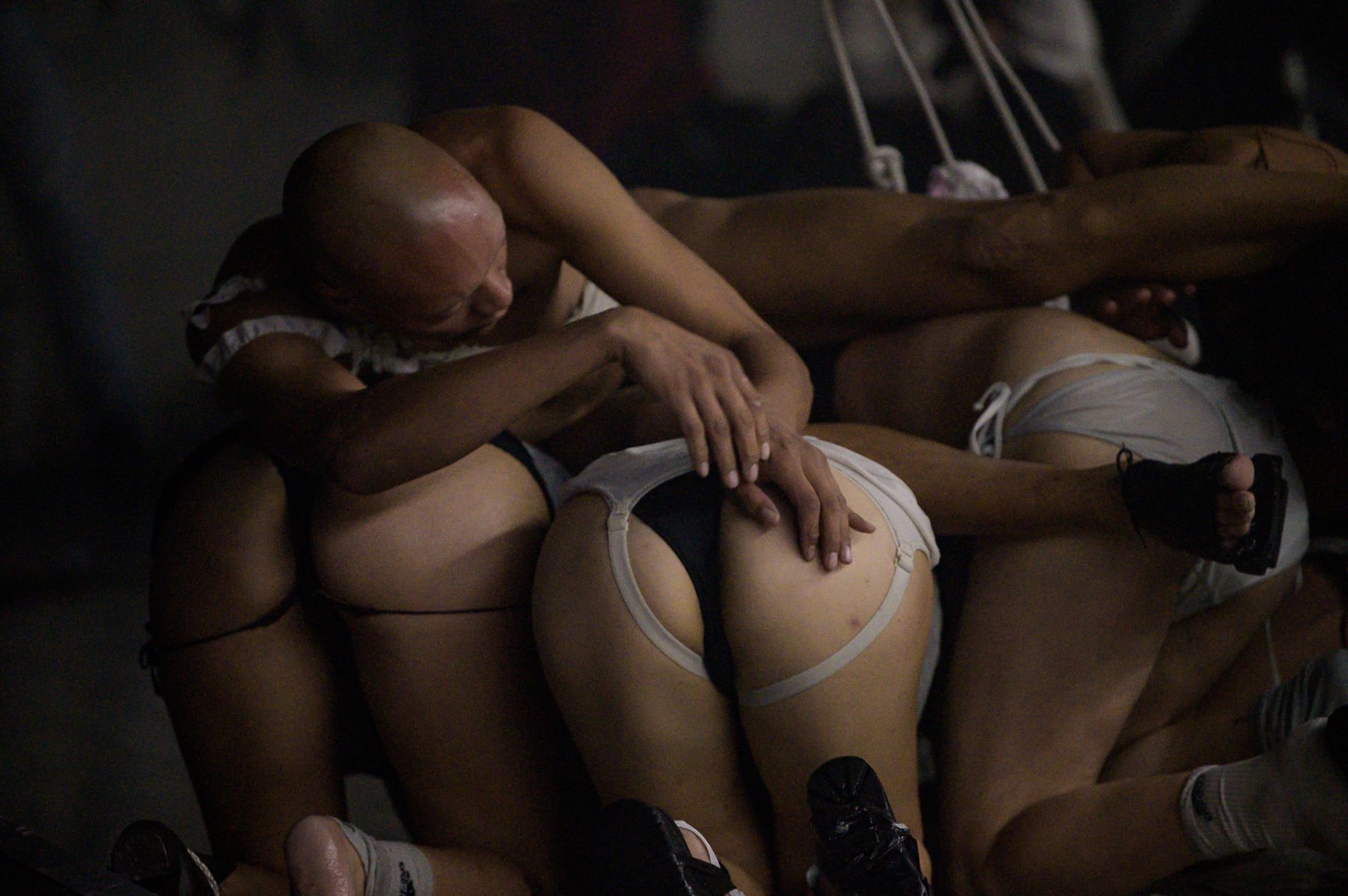
Young Boy Dancing Group, with ange halliwell, Ju Ishii, Yuna Blue, Valentin Tszin, Nica Roses, Maria Metsalu, Manuel Scheiwiller, Biennale für Freiburg #1, 2021. Foto: Marc Doradzillo
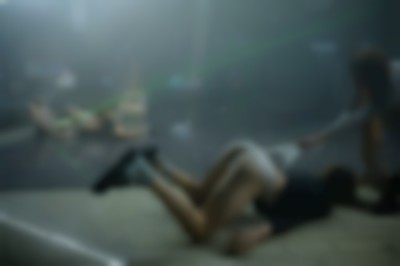

Young Boy Dancing Group, with ange halliwell, Ju Ishii, Yuna Blue, Valentin Tszin, Nica Roses, Maria Metsalu, Manuel Scheiwiller, Biennale für Freiburg #1, 2021. Foto: Marc Doradzillo
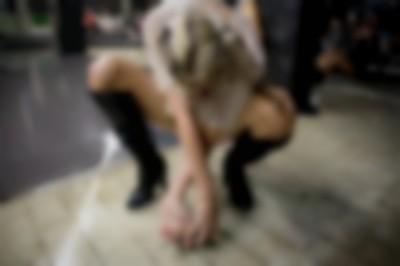

Young Boy Dancing Group, with ange halliwell, Ju Ishii, Yuna Blue, Valentin Tszin, Nica Roses, Maria Metsalu, Manuel Scheiwiller, Biennale für Freiburg #1, 2021. Foto: Marc Doradzillo


Young Boy Dancing Group, with ange halliwell, Ju Ishii, Yuna Blue, Valentin Tszin, Nica Roses, Maria Metsalu, Manuel Scheiwiller, Biennale für Freiburg #1, 2021. Foto: Marc Doradzillo
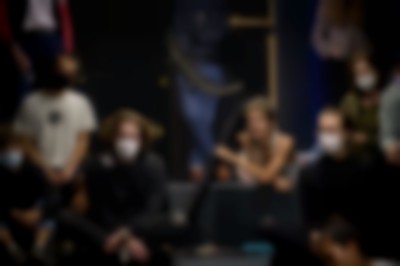

Young Boy Dancing Group, with ange halliwell, Ju Ishii, Yuna Blue, Valentin Tszin, Nica Roses, Maria Metsalu, Manuel Scheiwiller, Biennale für Freiburg #1, 2021. Foto: Marc Doradzillo


Young Boy Dancing Group, with ange halliwell, Ju Ishii, Yuna Blue, Valentin Tszin, Nica Roses, Maria Metsalu, Manuel Scheiwiller, Biennale für Freiburg #1, 2021. Foto: Marc Doradzillo
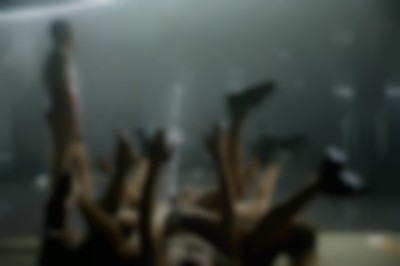

Young Boy Dancing Group, with ange halliwell, Ju Ishii, Yuna Blue, Valentin Tszin, Nica Roses, Maria Metsalu, Manuel Scheiwiller, Biennale für Freiburg #1, 2021. Foto: Marc Doradzillo
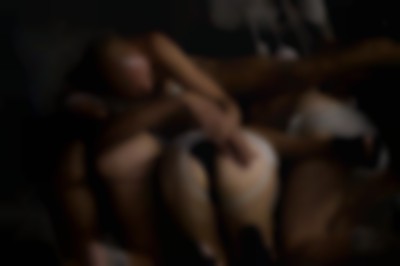

Young Boy Dancing Group, with ange halliwell, Ju Ishii, Yuna Blue, Valentin Tszin, Nica Roses, Maria Metsalu, Manuel Scheiwiller, Biennale für Freiburg #1, 2021. Foto: Marc Doradzillo
Museum für Neue Kunst
Marienstraße 10 A

Tue–Sun 10am–5pm, Thu 10am–7pm,
Mon closed
Museum für Neue Kunst
Marienstraße 10 A
FILM PROGRAM
Patricia Esquivias, Rahima Gambo, John Smith, Milica Tomić
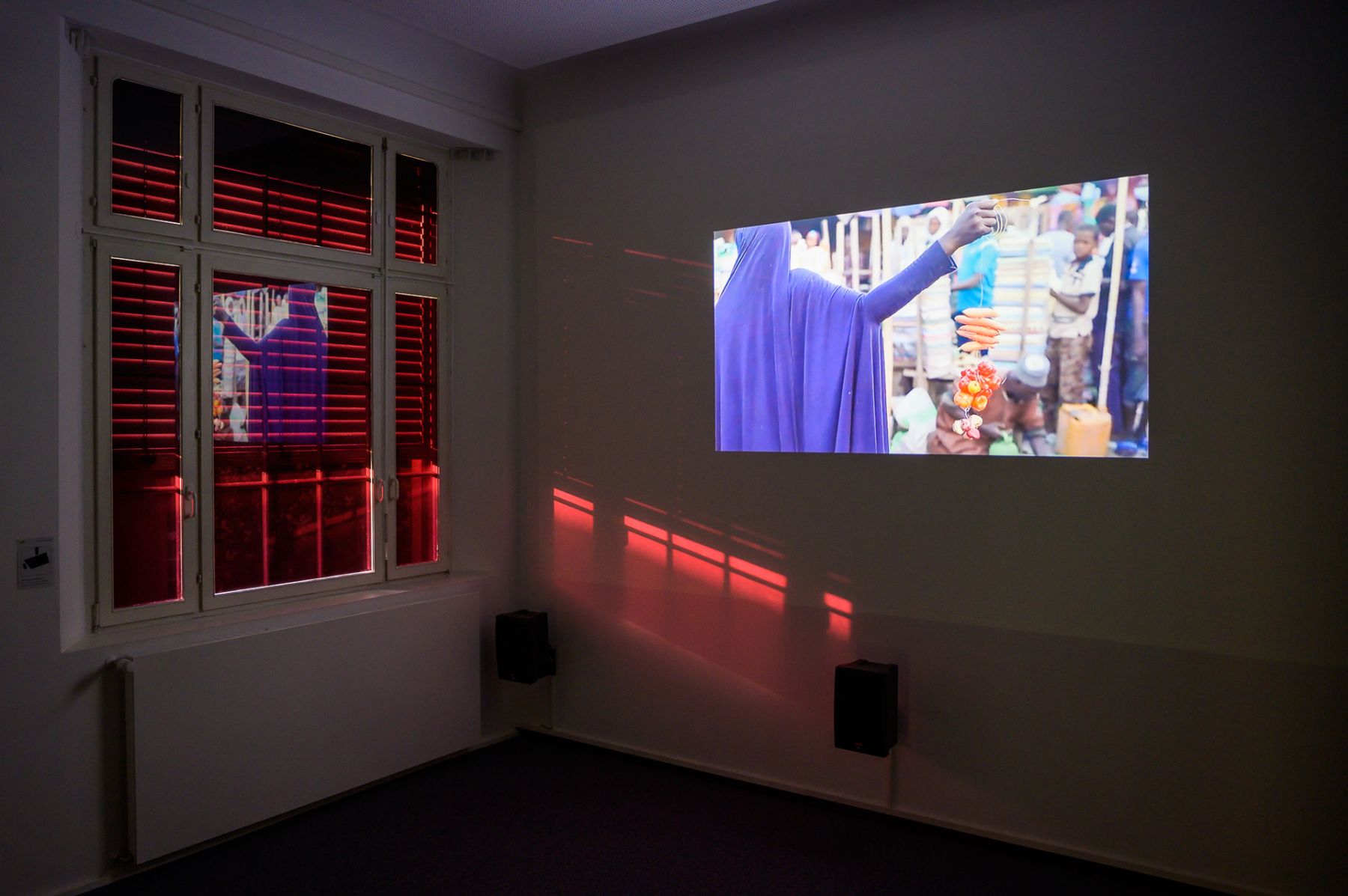
With four cinematic works, selected by the Curatorial Advisory Board and the Artistic Director, the BfF#1 film program extends the thematic threads of the exhibition parcours onto the screen: Set across Europe and Africa, these video works explore ways of relating to urban space and the histories connected to a specific place or structure. While all employ the medium of video, some of the works document performative interventions or are an extension of multilayered artistic projects. In A WALK (2019), British-Nigerian artist Rahima Gambo employs walking, material collection, and poetry as strategies to translate the traumatic events of school attacks in Nigeria into (visual) language. BRAVE WOUNDED BLOWS (2019) by Venezuelan-Spanish artist Patricia Esquivias explores the closing of a former metal workshop to discuss neoliberal transformations in the city of Madrid, while BLIGHT (1994–96) by British filmmaker John Smith turns the demolition of residential houses in London for a motorway into a fictionalization around building materials, construction workers and residents. Drawing on the historical context of Belgrade, Serbian artist Milica Tomić’s ONE DAY, INSTEAD OF ONE NIGHT, A BURST OF MACHINE-GUN WILL FLASH, IF LIGHT CANNOT COME OTHER WISE (OSKAR DAVIčO) (2008–2009) connects the antifascist movement to the contemporary situation in Serbia and beyond. The film will be presented for the first time at BfF#1 as part of a curated film program, which is why the curators are keen to highlight its context in Milica Tomić’s artistic practice. While the four films each deal with very specific situations and local circumstances, they all point to an overarching, global sentiment of the present.
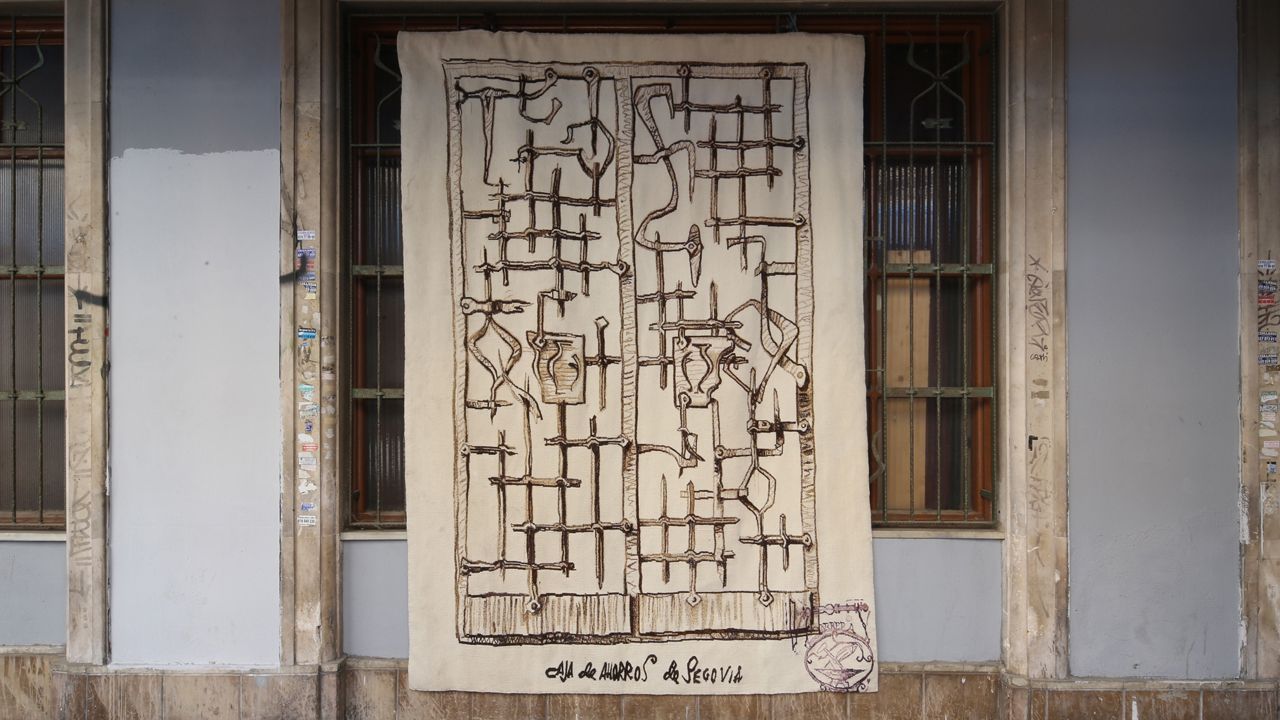
Patricia Esquivias, BRAVE WOUNDED BLOWS, 2019
Digital video, color, sound, 17 Min
Given the rapid transformation of Madrid, Patricia Esquivias wonders about that other city in which the work of artisans and artists was part of the urban landscape, and that is quickly losing its place. This reflection also leads her to dwell on the material nature of a new economic order in which crafts no longer seem to be viable and are merely preserved as heritage, set in the past, devoid of a present and turned into museum pieces, far from the everyday life to which they once belonged. Here, Esquivias explores the dismantled artistic foundry of the Barrera family in Calle Casarrubuelos in Chamberí, where three generations devoted themselves to artistic forging, as well as the universe of the blacksmith’s trade which decorated the city in which the guild trained and worked.
The work of Patricia Esquivias (Caracas, 1979) is mostly presented in video format. In her stories, architecture, history, and folklore are blended in a unique manner, stemming from the personal in order to reach the universal. She is a narrator that, in a deadpan manner, urges us to question given historical frames, re-signifying history and opening leads to a new way of reading modernity and its constructions. Her work has been presented in solo exhibitions at Langenhagen Kunstverein, 2021, Centro Arte Dos de Mayo, Madrid, 2016; Kunsthalle Wintethur, 2013; Museo Arte Contemporaneo de Vigo, 2013; Hammer Museum, Los Angeles, 2012; Museo Nacional Centro de Arte Reina Sofia, Madrid, 2009; Midway Contemporary Art, Minneapolis 2009, White Columns, New York, 2008. She has participated in residencies in Skowhegan, Madison, 2006; Wiels Contemporary Art Centre, Brussels, 2010; Akademie Schloss Solitude, Stuttgart, 2011.
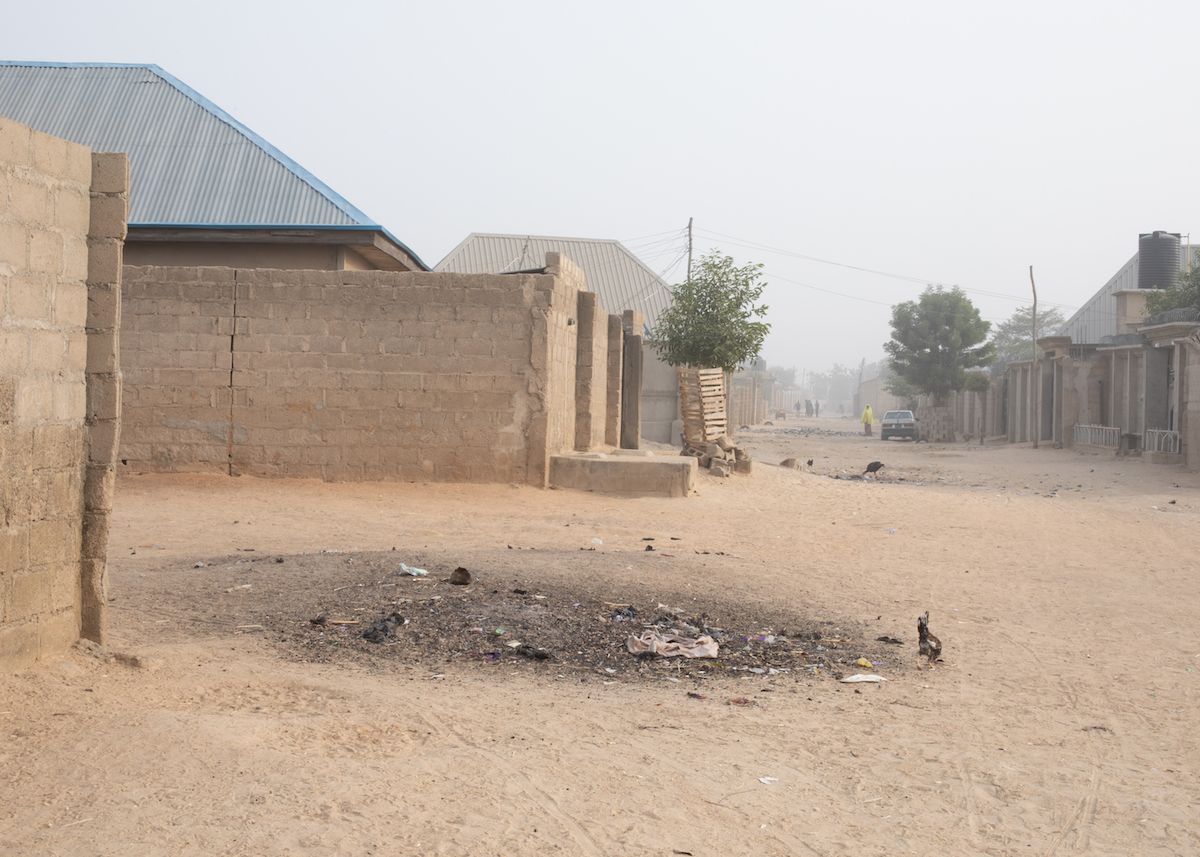
Rahima Gambo, A WALK, 2019
Digitale Video, color, sound, 14 Min
Can we walk as a response to this?
This is one of the first questions that Rahima Gambo asks in her film A WALK Gambo understands walking as a narrative mechanism and collects objects during her strolls that she integrates in her drawings and installations. The artist came to ideate her practice of walking when she was researching the rising incidents of suicide bombings in northeastern Nigeria. Not knowing how to face this horror, she starts to follow a path where she collects information found below the surface of what she can perceive with her own eyes. When the road becomes a site for memory and knowledge, the focus shifts and perceptions merge. The walk recognizes different spatial and temporal knowledge systems and is an attempt to heal, by putting things together like the artist does in her collages and assemblages. Just like in her photographs and video stills, there is something new and disjointed about these collages that differs from what it once was: “Not a woman, not a plant, not a picture, not a drawing, not a body, not a landscape, not a photograph, not a sculpture, not stillness and not movement.” (AH)
Rahima Gambo was born in London, United Kingdom, in 1986. She lives and works in Abuja, Nigeria and London, UK. Gambo completed an MSc in Gender and Social Policy and in Journalism. She developed her artistic practice by working independently on long form trans media documentary projects. Gambo was named a Foam Talent for 2020 and was among the awardees of the CAP prize – The Contemporary African Photography Prize 2020.

John Smith, BLIGHT, 1994–96
HD Video eines 16 mm Films, 14 Min, Farbe, Sound
BLIGHT was made in collaboration with the composer Jocelyn Pook. It revolves around the building of the M11 Link Road in East London, which provoked a long and bitter campaign by residents to protect their homes from demolition. The images in the film record some of the changes which occurred in the area over a two-year period, from the demolition of houses through to the start of motorway building work. The soundtrack incorporates natural sounds associated with these events together with speech fragments taken from recorded conversations with local people.
Although the film is entirely constructed from records of real events, BLIGHT is not a straightforward documentary. Addressing themes of memory and loss, the film constructs stories from unrelated fragments of sound and image, melding disparate reminiscences and contemporary events. Like much of Smith’s other work, BLIGHT exploits the ambiguities of its material to produce new meanings and metaphors, fictionalizing reality through framing and editing strategies. Scenes are frequently shown in close-up, creating a sense of mystery and anticipation through the withholding of visual information. The emotive power of music is used in the film to overtly aid this invention, investing mundane images with dramatic significance. A specific ‘real’ context for the depicted events only becomes apparent at the end of the film. What is presented is simultaneously fact and fiction.
John Smith was born in Walthamstow, London in 1952. He studied at North-East London Polytechnic and the Royal College of Art, after which he became an active member of the London Filmmakers’ Co-op. Inspired in his formative years by conceptual art and structural film, but also fascinated by the immersive power of narrative and the spoken word, he has developed a diverse body of work that subverts the perceived boundaries between documentary, fiction, representation, and abstraction. Often rooted in everyday life, his meticulously crafted films playfully explore and expose the language of cinema.
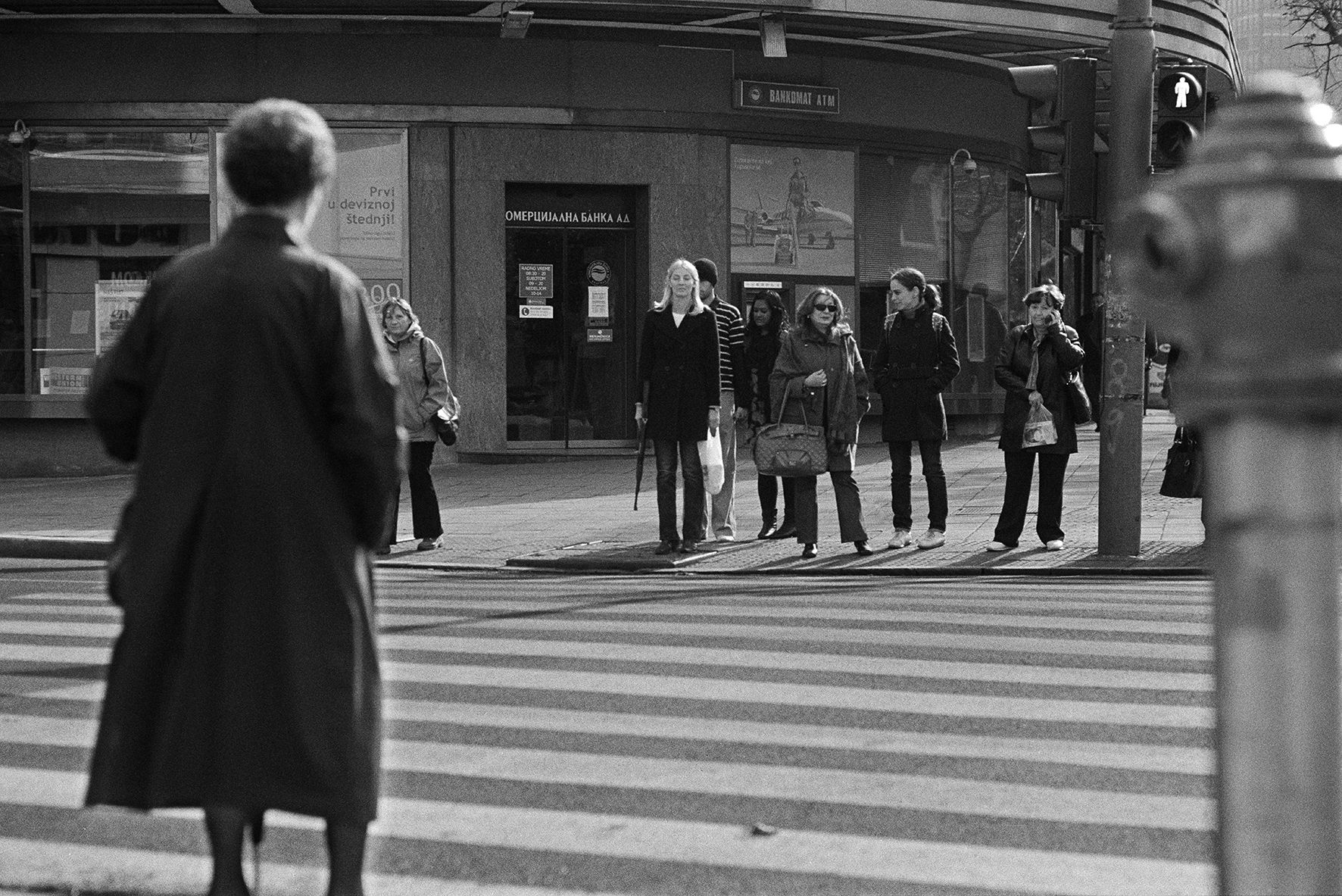
Milica Tomić, ONE DAY, INSTEAD OF ONE NIGHT,
A BURST OF MACHINE-GUN WILL FLASH,
IF LIGHT CANNOT COME OTHER WISE (OSKAR DAVIčO), 2008–2009
Video, color, sound, 10 Min
"Over a period of two months, in the autumn of 2009, I visited particular sites of successful anti-fascist actions that were carried out by the Yugoslav partisans and citizens of Belgrade against German occupation during the Second World War. The photos and videos taken during these repeated walks are documents of an intervention with the aim to create a non-material monument in places that are not part of the public memory. The video draws a connection between the different locations. Through the editing process an artificial landscape is created, a reference to the film making technique invented by the early Russian avant-garde filmmaker Lev Kuleshov in the 1920s, where various locations, places and times appear to all occur in a continuous place at a continuous time. The walk is a continuity between places that share a loss of memory—no mark or sign refers to the history of successful uprisings by the People Liberation Movement. And the walk taking place in between the movement of day-to-day life in Belgrade, creates a continuity between the particular memory of the events of the past with a present situation. This opens a question of anti-fascism today and its erasure from public history and public memory, in this case in former Yugoslavian countries. However, this instance seems to be exemplary for particular histories that are not recognized from official sites and thereby do not enter the public space. But the stories are still present: the sound in the background of the video is composed from a series of interviews that I’ve conducted with protagonists of the anti-Fascist and Communist struggles in Yugoslavia, and that were part of the People Liberation Struggle. Today it is easy to recognize fascism in its excess forms, but what about the fascism that is all around us, which cannot be easily recognized at first sight, but which is built into the laws and administration? What about the events of the past and the present that are kept away from the public memory?" (Milica Tomić)
Milica Tomić, born 1960 in Belgrade, Yugoslavia, lives in Graz and Vienna. Her artistic practice encompasses photography, installation art, and education. Her work focuses on exploring, visualizing, and initiating public debates that address political and economic violence, trauma, and social amnesia. She has participated in major international exhibitions, among them the Sao Paulo Biennale, the Venice Biennale, and the International Istanbul Biennial. Since 2014, she is head of the Institute of Contemporary Art (Faculty of Architecture) at the University of Technology Graz.
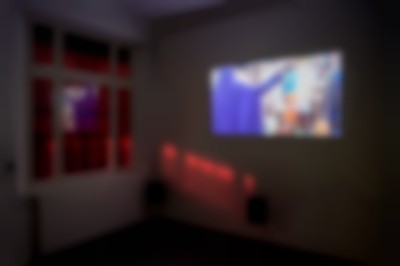

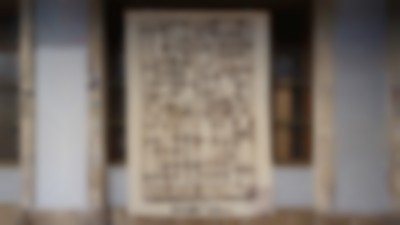

Patricia Esquivias, BRAVE WOUNDED BLOWS, 2019
Digital video, color, sound, 17 Min
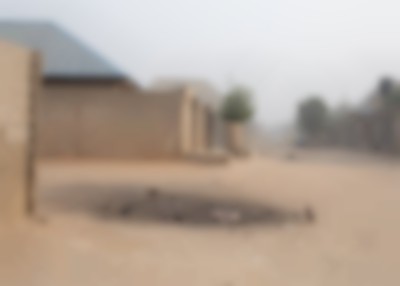

Rahima Gambo, A WALK, 2019
Digitale Video, color, sound, 14 Min
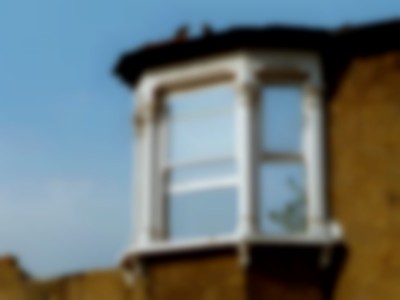

John Smith, BLIGHT, 1994–96
HD Video eines 16 mm Films, 14 Min, Farbe, Sound
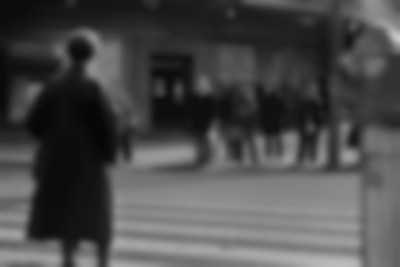

Milica Tomić, ONE DAY, INSTEAD OF ONE NIGHT,
A BURST OF MACHINE-GUN WILL FLASH,
IF LIGHT CANNOT COME OTHER WISE (OSKAR DAVIčO), 2008–2009
Video, color, sound, 10 Min
Eine Dekade Schlaf
26.10.2021 / A Day’s Work:
Minerva and the miscarriage of the brain by Johanna Hedva
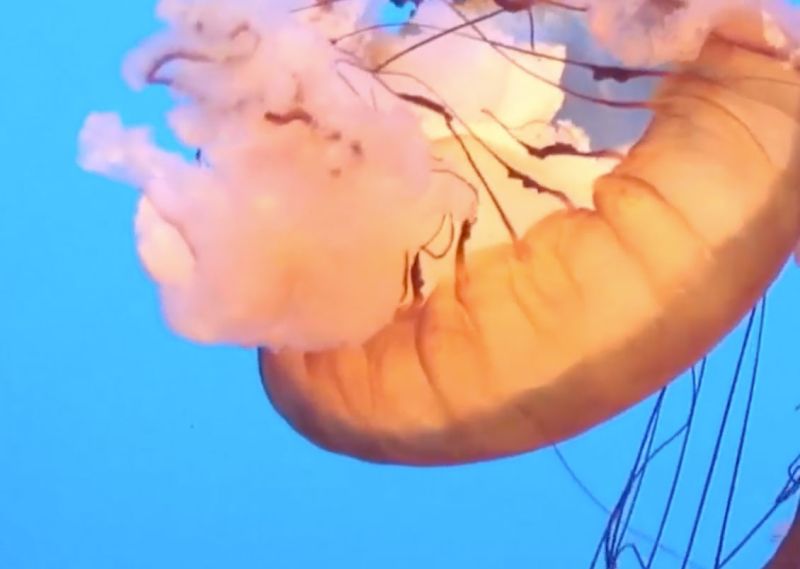
Als Teil des mehrteiligen Projektes A DAY'S WORK sprach Johanna Hedva im Juli über ihr Buch MINERVA THE MISCARRIAGE OF THE BRAIN. Dabei las Jackie Grassmann ihre Übersetzung des Textes, die wir hier veröffentlichen.
… MoreEine Dekade Schlaf
26.10.2021 / A Day’s Work:
Minerva and the miscarriage of the brain by Johanna Hedva
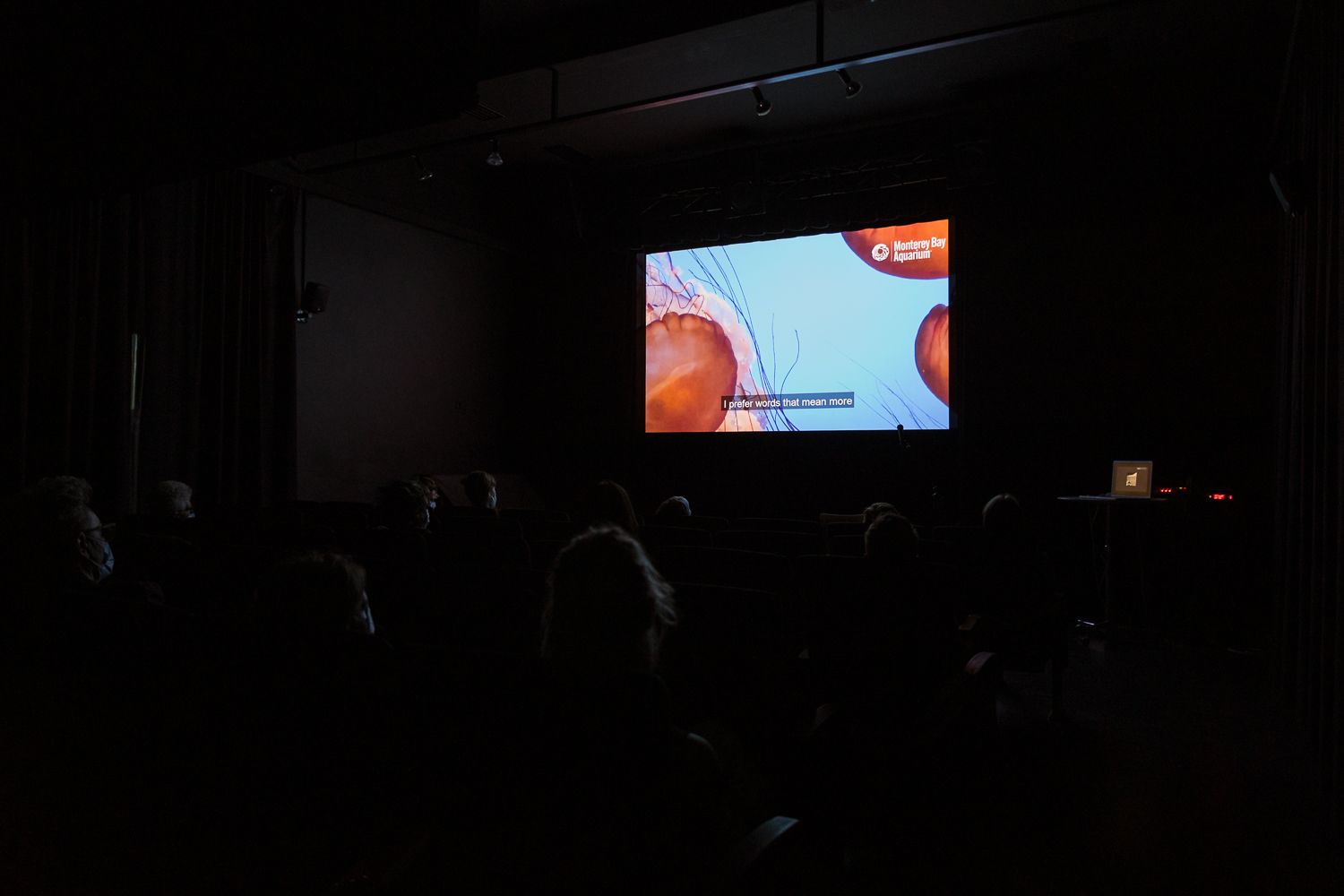
JOHANNA HEDVA
EINE DEKADE SCHLAF
Aus dem Nachwort von MINERVA – DIE FEHLGEBURT DES GEHIRNS (2020) von Johanna Hedva, erschienen bei Sming Sming Books. Aus dem Englischen übersetzt von Jackie Grassmann. Präsentiert im Kommunalen Kino als Teil des Projekts A DAY'S WORK im Rahmen der Biennale für Freiburg.
„Du musst nicht um die Toten trauern: Sie wissen schon, was sie tun“ - Clarice Lispector
ERSTENS
Ich schlafe 10, 11 Stunden jede Nacht, und das nicht wie die Toten, sondern als ob ich fortwährend sterbe, als ob ich wirklich lebe. Jedes Mal wenn ich einschlafe, seit ich mich das erste Mal erinnere als Kind eingeschlafen zu sein, wenn das klösterliche Schwarz hereinbricht, dieses Schwarz, wie ein Haus, ein Himmel, eine Fallgrube, denke ich, ich werde nie wieder aufwachen, das war’s, und dieses sein wird bald ein gewesenes sein. Ein Schock der Todesangst packt mich, manchmal fahre ich dann senkrecht nach oben, jahrelang habe ich laut ausgerufen „Ich will aber nicht sterben!“ und mich dann wieder hingelegt und tief geschlafen, mein Schlaf, der sich mit seiner eigenen queeren-intelligenz dahinwindet, ich, die erstickt wird von meinen Träumen, stelle mich ihren Streichen, bis zum Mittag des nächsten Tages, wenn das Erwachen mich findet und mich, wie eine glitschige Hand die ihren Weg durch schwarzes Wasser sucht, wieder aufrichtet, das Licht durchsickert, und dann, mit einem langen behutsamen Atemzug, ein Tag mit einem Ich darin geboren ist. Ich schlafe bis zum Mittag und nichts kann mich wecken. Den Leuten erzähle ich, dass ich morgens arbeite und dabei nicht gestört werden darf. Ich schlafe, ich arbeite. In meinen Träumen arbeite und arbeite und arbeite ich, die harte blanke Arbeit, die in diesem Bereich eben verrichtet werden muss. Ich habe ausschließlich Alpträume – wie ich bereits gesagt habe, harte Arbeit! Ich töte Leute mit meinen bloßen Händen, weil sie mich, oder diejenigen, die ich beschützen soll, bedrohen. Manchmal kenne ich die Menschen in meinen Träumen, die Bedrohungen, meine Schützlinge, mich selbst – und manchmal sind sie mir alle Fremde, und so zu gleichen Teilen mystisch aufgeladen (anagogic) und (bathetisch) abgedroschen – beides ist mir ein Begriff.
Manchmal lauert die Bedrohung nicht in den Menschen, sondern in der Luft. Der Himmel ist ein atmendes Grün, jedes Gebäude birgt ein Labyrinth, kein Bett entspricht meiner Größe, Tunnel, Badewannen, gehören nicht zu mir. Ich töte langsam und auf brutale Weise. Ich reiße Büschel an Haaren aus, bis sie nur den Schmutz der Kopfhaut zurücklassen, wie Unkraut, das man an den Wurzeln herauszieht. Ich fühle die Muskelstränge unter meinen Fingernägeln, wenn ich mich durch die Haut durchkratze, mich zum Inneren der Knochen durcharbeitend. Ich beobachte, wie Versionen von mir ertrinken, während ich in Körpern von Kindern stecke, deren Fleisch von Wellen zerfetzt wird, ihre kleinen Hälse gebrochen, wache ich über ihren zerschlagenen Körpern und überlasse sie dem Ertrinken, weil ich nur atmen kann, wenn ich mich von ihnen lossage. Ich koche die Knochen meiner Mutter in meinen Träumen, weil sie es mir so befiehlt; sie, ein schwarzes Loch hinter meinem Rücken, sagt mir, in mein Ohr flüsternd, dass ich es bin, die den Scheiß in unserer Familie aufräumen muss, ich die Stückchen von ihrem Fett wegwischen muss, die sich auf der Wand, an der Decke und dem Boden festgesetzt haben. In meinen Träumen bin ich mit drei Schwänzen gesegnet und ich benutze jeden einzelnen brutal und mit Präzision und mit wilden zielstrebigen Stößen, ich zerreiße Leute mit ihnen und lasse mich zerreißen. Unermüdlich bin ich in meinen Träumen auf Händen und Knien, ich falle immer aus großen Höhen. Ich liebe meine Träume dafür, dass sie so simpel und klar sind, für ihr Erbarmen.
Mein Schlaf behandelt mich gut. Ich behandle meinen Schlaf auch gut, behandle ihn wie eine Adelige, räume Termine aus dem Weg, um seine Ankunft zu erwarten. Ich bestehe auf meinen Schlaf, weil irgendeiner muss es machen. Professional gesehen, sozial gesehen, ist das schwer. „Könntest du dich schon früher treffen?“, „Die einzigen freien Termine sind morgens“ „Wir haben mittags geschlossen“. „Die günstigsten Flüge gehen am Vormittag“. Tut mir leid, sage ich. Ich kann nicht. Ich bin nicht verfügbar. Ich bin nicht verfügbar irgendetwas zu machen, bevor es mittags ist. Weil ich schlafe, weil ich arbeite, weil ich dann die bin, die ich am ehesten, am allermeisten bin und das werde ich für nichts aufgeben, und schon gar nicht für sowas imaginäres wie Zeit oder Geld.
Ich habe den größten Anteil dieses Buches, vielleicht sogar alles darin, im Schlaf geschrieben, was möglicherweise für alle meine Bücher gilt. Wer kann schon sagen, ob ich jetzt wach bin? Du etwa? Ich schreibe, sobald ich aufgewacht bin, aber erst durch das Schreiben werde ich richtig wach. Ich öffne meine Augen, spreche nicht und die Träume dieses Schlafes wehren sich mit allem was sie haben gegen eine unrechtmäßige Aneignung, sie gehen nicht einfach leise. Ich gehe an meinen Schreibtisch, ich spreche nicht, sodass sie sich vielleicht weiterhin wehren, und wenn ich irgendetwas anderes mache, als an meinen Schreibtisch zu gehen, meinen Schreibprozess zu beginnen, sind die Träume sehr schnell entthront mit einem brutalen Schnitt, der endgültig ist, zumindest bis zur nächsten Nacht. Ihr müsst verstehen, dass es nicht „mein“ Schlaf ist. „Ich“ gehöre „ihm“.

Johanna Hedva (Screen) während ihrer Lesung MINERVA UND DIE FEHLGEBURT DES GEHIRNS im Kommunalen Kino Freiburg.
Foto: Jennifer Rohrbacher
Ein Lyriker hat mich mal gefragt, wo ich mich während hypnagohischen Zuständen befinde, wer ich werde. Diese Frage geht davon aus, dass das „Ich“ woanders existiert, als jemand Anderes, dass das „Ich“ überhaupt existiert. Er fragte mich, wem ich währenddessen begegne, welche Geschöpfe mir erscheinen, und die Antwort ist, alle, die ich je gekannt habe, in diesem und in anderen Leben, nie erfahre ich aber ihre Namen. Namen haben keinen Stellenwert in Träumen, sie erweisen sich als genau das trügerische Ding, das sie sind.
Namen, Worte, Geld, Zeit.
Der Mond, Magie, meine Mutter.
Die Last der Wahrheit ist manchen gegeben, und manchen nicht. Das kommt natürlich auf den Ort an. An manchen Orten herrschen der Mond, Magie und meine Mutter, und sie sind ein Wunder und sie sind auch Nahrung, ganz gewöhnliche, nächtliche Nahrung.
Als Ann Carson, ihr Gedicht „Eine Ode an den Schlaf“ mit der Zeile „Stell dich dir ohne vor“ begann, muss sie in sich hineingegrinst haben, ein schmales Lächeln auf ihren Lippen. Sie kommt mir vor, wie eine Person, die oft in sich hineingrinst, ihr Schreiben ist von Leerstellen durchzogen. (Kannst du sie nicht sehen, lieber Leserin? Ann Carson, die auf meinen Schultern hockt, während ich das hier schreibe?). Stell dich dir ohne es vor. Der Witz an diesem Satz ist, ihn und sich selbst darin umzutauschen – stell es dir ohne dich vor – jetzt kommen wir der Struktur dieses Ortes schon näher, wie doppelzüngig er ist, ständig seine Form verändernd.
Es gibt viele Selbste, die ich in meinem Schlaf treffe, wie im Leben auch. Sie wandern über den inneren Bildschirm, tauchen kurz auf, oder sitzen still am Rand, die Formen im Hintergrund verschwommen. Ich mag den Gedanken, dass alles und alle im Traum eine Repräsentation der Träumenden sind. Ich bin nicht nur der riesige schwarze Wal unter der Oberfläche des schwarzen bedrohlichen Wassers, ich bin auch das Wasser. Ich bin das kleine Boot, das meine Körpergröße hat, das von den Wellen geschaukelt wird, und ich bin die Wellen. Was mich daran tröstet ist nicht, dass dies eine Welt nahelegt, die ausschließlich aus mir selbst besteht, wo ich im Überfluss vorhanden und viele auf einmal bin, sondern eher, dass mein Selbst mir fremd, es wimmelnd und unzählbar ist, dass mein Körper in unzähligen Fremden existiert, und auch als nicht-menschliches Wesen, als Ozeane, Objekte, Tiere – als das Wetter. Das ruft das Gefühl hervor, dass mein Selbst weit weit weg ist, stets unerreichbar, weiter als das Licht reisen kann. Bis das Licht meines Selbst die äußeren Satelliten meines Selbst erreicht, ist jeglicher Ursprung längst erloschen, und nur die Richtung – darauf zu oder davon weg – bleibt übrig und da der Nachthimmel bekannterweise ein Land der Geister von Sternen ist, ist alles was ich bin, was auch immer es da alles gibt, was ich bin, nur noch Leichenstaub, Planetengräber, und diese Entfernung ist absolut und ganz gewöhnlich, das schiere Faktum schwer und belastend. Darin bin ich verankert. Das ist kein großes Ding. Es sind einfach viele.
Minerva und die Fehlgeburt des Gehirns wurde nicht als ein Buch geboren, sie wurde gar nicht erst gezeugt. Mutterlos entsprang sie meinem Kopf; Sie ist mit den Geistern gekrochen und war eine Schule dieser Geister. 2015 habe ich bemerkt, dass manche Werke, die ich in den letzten Jahren gemacht habe, DNA teilen; 2016 fing ich an, einzelne Teile konzeptlos in einem Dokument zusammenzutragen, dass mir albern und grobschlächtig vorkam, wie eine Person, die ein Wort immer und immer wieder wiederholt, bis sie es schreit und die Bedeutung sowohl aus dem Wort schwindet, als auch aus der Entscheidung es zu schreien und die Luft mit dem Klang verbleibt - wahnsinnig nicht aufgrund seiner faktischen Existenz, sondern wegen der anarchischen Erkenntnis, dass das Existieren ein einziges Chaos ist. Sowohl das Dokument, als auch der Akt es zu konstruieren, haben sich so angefühlt. Es hat mich jung fühlen lassen. Eine Meisterleistung – in diesem Buch geht es darum, wie ich alt bin.
Das Buch, dass du in den Händen hältst, hat wenig Ähnlichkeit mit dem ersten Manuskript, abgesehen davon, dass der erste und letzte Teil nach wie vor als erstes und als letztes kommen, sie die Anker sind, alle Eingeweide in der Mitte ergriffen und liebkost und wieder in Besitz genommen wurden; ich finde nicht, dass es meine Verantwortung ist zu Wissen was es geworden ist, nur dass es ist, und dass es gewesen ist. Es gibt den Schlaf und Wahnsinn und Mystik, das Entsetzliche des Lebens, das transzendent und banal ist, immer beides unaussprechlich zusammen, und jeden Tag dazu aufzuwachen beschwört seine eigene Melodie. Der Körper ist immer da, aber die Frage ist, wie man ihn in den Hintergrund drängt, wie man ihn in Nebel verwandelt, und wie man damit umgeht, wenn das unweigerlich scheitert. Ich dachte, sie würde mein erstes Buch werden, etwas, für das ich mich schäme, wofür ich mir vergeben und was ich in der Vergangenheit gelassen hätte. Ich habe in Räumen geschrieben, ich habe meine Hand durch Wasser geschleift, ich habe geschlafen, geschlafen, geschlafen und geschlafen. Ich schreibe.

Der Lesung ging der Workshop ECHOS ALS ANTWORT von Jackie Grassmann und Sarah Lehnerer voraus. Darin ging es darum, sich bewusst zu machen, dass wir als Schreibende nie alleine, sondern bereits immer in ein politisches und soziales Gewebe eingebunden sind, dieses beschreiben und von ihm beschrieben werden.
Foto: Jennifer Rohrbacher
In den 4 Jahre, in denen ich mich darum bemüht habe, dass sie veröffentlicht wird, veränderte Minerva ständig ihre Form und war nicht in den Griff zu bekommen und ich kann nicht sagen, ob ich Odysseus war und sie Penelope, oder andersherum. Wie Odysseus zog sie in die Welt hinaus, vielleicht um einen Kampf zu kämpfen, vielleicht um berühmt zu werden, vielleicht hatte sie sich auch nur verirrt, sie odyssierte durch zwei Verlagsabenteuer, die geplatzt sind und ich habe auf sie gewartet und mich danach gesehnt, dass sie ein Zuhause findet. Während dieser Zeit habe ich Leichentücher, andere Wörter und andere Bücher gewebt und ich habe mich beraubt gefühlt und war misstrauisch: als Minerva zurückkehrte, konnte ich nicht glauben, dass sie es war, ihr Gesicht hatte sich verändert, sie war so lange unterwegs gewesen. Oder war ich es gewesen, die das Zuhause verlassen hatte, sich durch das dunkle, weinfarbene Meer arbeitend, die von Sirenen verführt worden war, entführt von einer Hexenmeisterin, schiffbrüchig, bis ich endlich meinen Weg in ein Bett gefunden hatte, das sich nicht bewegte.
Bücher sind kleine Särge. Ein Professor von mir hat das mal zu mir gesagt und es ist wahr.
Ah – natürlich – ich war auch Homer.
Minerva hat mich verspottet. Ich habe Freunde um Rat gebeten, ist das überhaupt zu was gut? Es war nicht nur, dass sie weiterhin abgelehnt und als Weise zurückgelassen wurde, es war eher, wie jemandem dabei zuzuschauen, wie sie sich selbst auseinandernimmt, ein neues Gesicht aufmalt, und in Häute schlüpft, die viele Namen tragen, von denen keiner richtig war. Sollte ich Ehrfurcht vor dieser Fähigkeit haben, oder sollte ich ihr misstrauen? Vielleicht ist das das gleiche. Der Hauptgrund, warum ich wollte, dass Minerva veröffentlicht wird, warum ich sie immer wieder ausgesendet habe - was sich anfühlte wie ein Kind in eine Grube zu stoßen, die immer größer und länger wurde - war, dass ich die Zeit auslöschen wollte, die sie dokumentiert. Meine Dekade fing mit einer Scheidung von einem gewalttätigen Ehemann an und einer Fehlgeburt, ausgelöst durch eine Erbkrankheit, es segelte weiter zu einer unfreiwilligen Einweisung und endete mit dem Tod meiner Mutter. Ich wollte Minerva nie wieder sehen, wegen dem, was ich gesehen hatte, als ich hingesehen hatte.
„Ah ich verstehe“ sagte mein erste*r Verleger*in zu mir „du verstößt deine Arbeit in die Welt.“
ZWEITENS
Bataille sagte: "Ich halte die Gottesvorstellung ... für ein Hindernis in der Bewegung, die uns zu der undurchsichtigen Erkenntnis des Nichtwissens führt: einer Gegenwart, die sich in keiner Weise mehr von einer Abwesenheit unterscheidet.
Ich bevorzuge Worte, die mehr als eine Sache bedeuten. Wie das englische Wort apprehension: die Angst oder Befürchtung, dass etwas schlimmes passieren wird. und apprehension: verstehen und begreifen.
Beides meint das Gleiche.
DRITTENS
Viele Jahre hatte ich einen Teil in meinem Lebenslauf, der nannte sich Appearances, (Was im deutschen soviel bedeutet wie: Erscheinungen). Dort wurden Talks und Vorträge aufgelistet, die ich gehalten habe und Träume von anderen Leuten, in denen ich erschienen war. Es waren die Träume von Freund*innen, Texte und Emails, ihre eigenen Worte, jeder Traum von einer anderen Person:
„Ich hatte einen Traum letzte Nacht, in dem ich gesagt habe wie sehr mir Batman missfällt, und du hast meinen Arm berührt und gesagt „aber er ist krank“ und während dem Rest des Traumes habe ich über Batman und psychische Erkrankungen nachgedacht.“
„Ich habe von einem roten Faden geträumt, der vertikal durch den Traum verlief, als ob er sich gleich spalten würde.
Geht’s dir gut? Das ist schon der zweite Traum von dir und einem durchtrennenden Faden. Der erste Faden war in einem Walbauch.“
„Du hast ein Stück mit etwa 4-5 Leuten choreographiert. Einer der Tänzer machte so zeitgenössische Tanzbewegungen auf dem Boden (wie ich es immer gerne mache) und verwandelte sich manchmal in eine Schlange. Nicht so eine feine, schlängelnde Schlange, sondern eher so eine:“
„Letzte Nacht habe ich geträumt, dass ich dich in den Armen hielt, aber du warst bewusstlos. Ich schätze mal es war normal, dass man Puppen von den Leuten hat, die man kennt. Und ich habe dich herumgewirbelt und dann nah an mein Gesicht gebracht und gesagt „bist du da?“ und du hast gesagt „nein, aber das hast du schonmal in Amsterdam gemacht“ und ich hab gesagt „geht’s dir gut?“ und du hast gesagt „ja“.
„Ich habe letzte Nacht von dir geträumt. Es war nur eine Überschrift, die lautete: „nackte Performance Künstlerin klaut den Stift der Universitätsleitung und flüchtet aufs Dach.“
„Ich hab gerade geträumt, dass du dir die Haare abrasiert und einige von den Haaren als Schnurrbart implantiert hast. Du hast einen beigen Anzug getragen und hattest in etwa eine drei Meter große Blase um dich rum, die dein ganz persönlicher Schutzraum war. Wir waren auf einer Doppelbeerdigung/Grundstücksverkauf. Wenn du gelächelt hättest, hätte das deinen Schnurrbart beschädigt, also hast du es gelassen.“
„Gestern warst du in meinem Traum. Ich erinnere mich an nicht viel, außer dass es darum ging, in Fluren auf und ab zu laufen und Mäntel anzuprobieren, die wir brauchten, weil es kalt war. Es gab eine Mitfahrgelegenheit, um zu einer Oper zu fahren, die wir nicht verpassen sollten, aber der Flur schien einfach zu lang. Irgendwie warst du auch eine Sicherheitsbeauftragte für Autos.“
„Du hast rot getragen und hast eine super lange Metallstange gehalten, die so hoch war, dass sie aus meinem Sichtfeld herausragte. Ich konnte nicht erkennen, was auf der anderen Seite der Stange war, aber es kam mir so vor, als ob sie Teil so einer Art Struktur war, eine Struktur innerhalb derer wir uns beide befanden, die aber unsichtbar blieb für uns (entweder wirklich unsichtbar oder einfach sehr groß). Also, du standst da und hast die Stange gehalten und dann bin ich aufgewacht.“

Workshop ECHOS ALS ANTWORT von Jackie Grassmann und Sarah Lehnerer.
Foto: Jennifer Rohrbacher
„Ich hab gerade geträumt, dass du dir die Haare abrasiert und einige von den Haaren als Schnurrbart implantiert hast. Du hast einen beigen Anzug getragen und hattest in etwa eine drei Meter große Blase um dich rum, die dein ganz persönlicher Schutzraum war. Wir waren auf einer Doppelbeerdigung/Grundstücksverkauf. Wenn du gelächelt hättest, hätte das deinen Schnurrbart beschädigt, also hast du es gelassen.“
„Gestern warst du in meinem Traum. Ich erinnere mich an nicht viel, außer dass es darum ging, in Fluren auf und ab zu laufen und Mäntel anzuprobieren, die wir brauchten, weil es kalt war. Es gab eine Mitfahrgelegenheit, um zu einer Oper zu fahren, die wir nicht verpassen sollten, aber der Flur schien einfach zu lang. Irgendwie warst du auch eine Sicherheitsbeauftragte für Autos.“
„Du hast rot getragen und hast eine super lange Metallstange gehalten, die so hoch war, dass sie aus meinem Sichtfeld herausragte. Ich konnte nicht erkennen, was auf der anderen Seite der Stange war, aber es kam mir so vor, als ob sie Teil so einer Art Struktur war, eine Struktur innerhalb derer wir uns beide befanden, die aber unsichtbar blieb für uns (entweder wirklich unsichtbar oder einfach sehr groß). Also, du standst da und hast die Stange gehalten und dann bin ich aufgewacht.“
VIERTENS
Wie tröstlich bequem, dass Schlaf flüchtig ist, so wie ich in die Träume von Freunden eingebrochen bin, wie auch meine von anderen heimgesucht wurden, all diese Leben, die sich gegenseitig leben, aneinander gebunden, süß. In diesen zehn Jahren, wie viele von mir waren da, da waren, wie viele.
Ich glaube nicht, dass die Achse zwischen Hoffnung und Untergang die einzige ist, da ich gar nicht erst an Koordinatensysteme glaube und ich glaube nicht an Hoffnung. Es gibt keine andere höhere Bestimmung als das Telos des Nichts und die Kriegszone der Sozialbeziehungen, aber beide werfen wunderschönen Müll ab, ein khoratisches Plenum. Es gibt eine Kleine Tasche im Mantel des Universums und ich und meine Sprachen leben da, wie ein Wunder, leben wir da, schlafen, wir sind ein kleiner Klumpen und manchmal steckt uns das Universum ein paar Krümel zu. Abgesehen davon, wie kalt es da ist, kann es auch warm sein.
FÜNFTENS
Minerva, ich hoffe ich muss dir nie wieder begegnen, ich werde dir jetzt zuschauen, wie du ins Schwarz verschwindest. Ich hoffe, dass es ein Schwarz ist, dass in einem Bett schläft, das nicht mir gehört.
Bis bald.
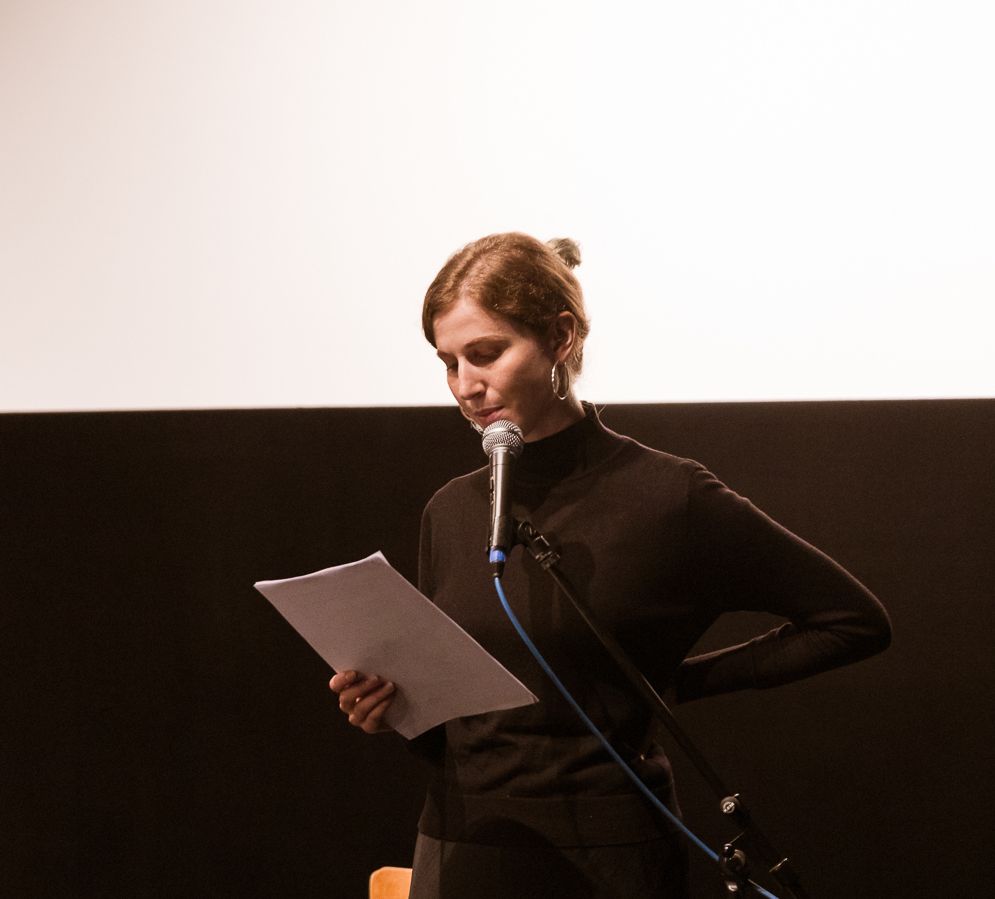
Jackie Grassmann liest ihre deutsche Übersetzung von MINERVA DIE FEHLGEBURT DES GEHIRNS.
Foto: Jennifer Rohrbacher




Johanna Hedva (Screen) während ihrer Lesung MINERVA UND DIE FEHLGEBURT DES GEHIRNS im Kommunalen Kino Freiburg.
Foto: Jennifer Rohrbacher


Der Lesung ging der Workshop ECHOS ALS ANTWORT von Jackie Grassmann und Sarah Lehnerer voraus. Darin ging es darum, sich bewusst zu machen, dass wir als Schreibende nie alleine, sondern bereits immer in ein politisches und soziales Gewebe eingebunden sind, dieses beschreiben und von ihm beschrieben werden.
Foto: Jennifer Rohrbacher


Workshop ECHOS ALS ANTWORT von Jackie Grassmann und Sarah Lehnerer.
Foto: Jennifer Rohrbacher
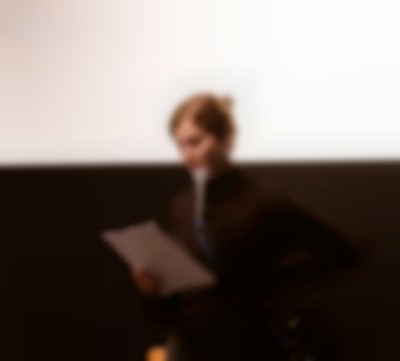

Jackie Grassmann liest ihre deutsche Übersetzung von MINERVA DIE FEHLGEBURT DES GEHIRNS.
Foto: Jennifer Rohrbacher
Von Papierfetzen, Fertigtagebüchern Und Bullet Journals. Zur Materialität Des Tagebuchs
14.10.2021 / Janina Meissner
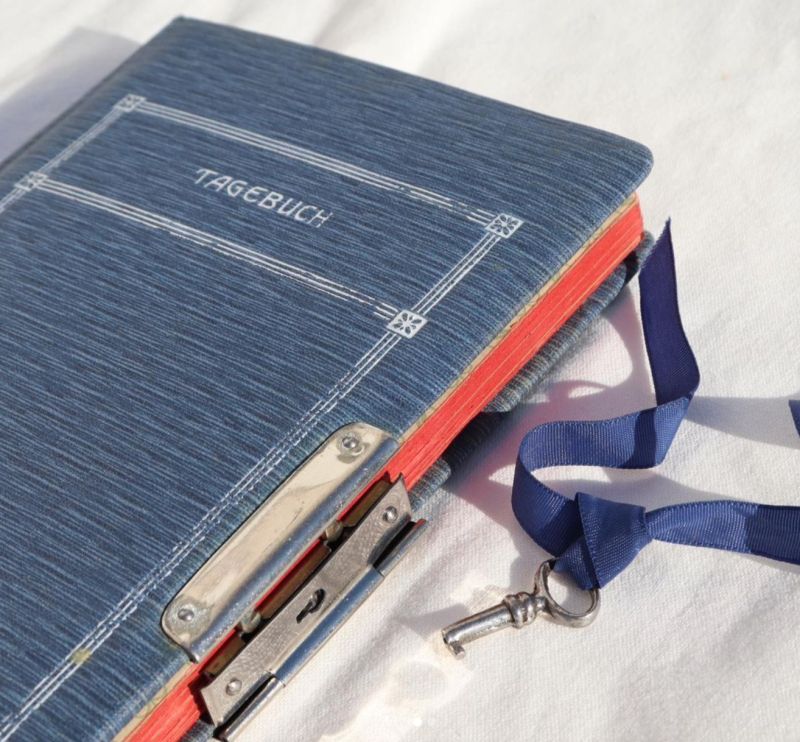
Ob Blogs, Instagram-Stories oder Bullet Journals – diaristische Praktiken sind heute gegenwärtiger denn je. Die Germanistin Janina Meissner widmet sich in ihrem Essay der Geschichte und Materialität des Tagebuchs.
… MoreVon Papierfetzen, Fertigtagebüchern Und Bullet Journals. Zur Materialität Des Tagebuchs
14.10.2021 / Janina Meissner
Ob Blogeinträge, Instagram-Stories oder Bullet Journals – diaristische Praktiken sind heute gegenwärtiger denn je. Das Archiv des Deutschen Tagebucharchivs in Emmendingen, ein Kooperationspartner der Biennale für Freiburg, bietet dabei einen reichhaltigen historischen Fundus, der regelmäßig über soziale Medien der Öffentlichkeit zugänglich gemacht wird. Die Germanistin Janina Meissner widmet sich in ihrem Essay der Geschichte und Materialität des Tagebuchs und beleuchtet die gegenwärtige Konjunktur des Diaristischen im Digitalen und Analogen.
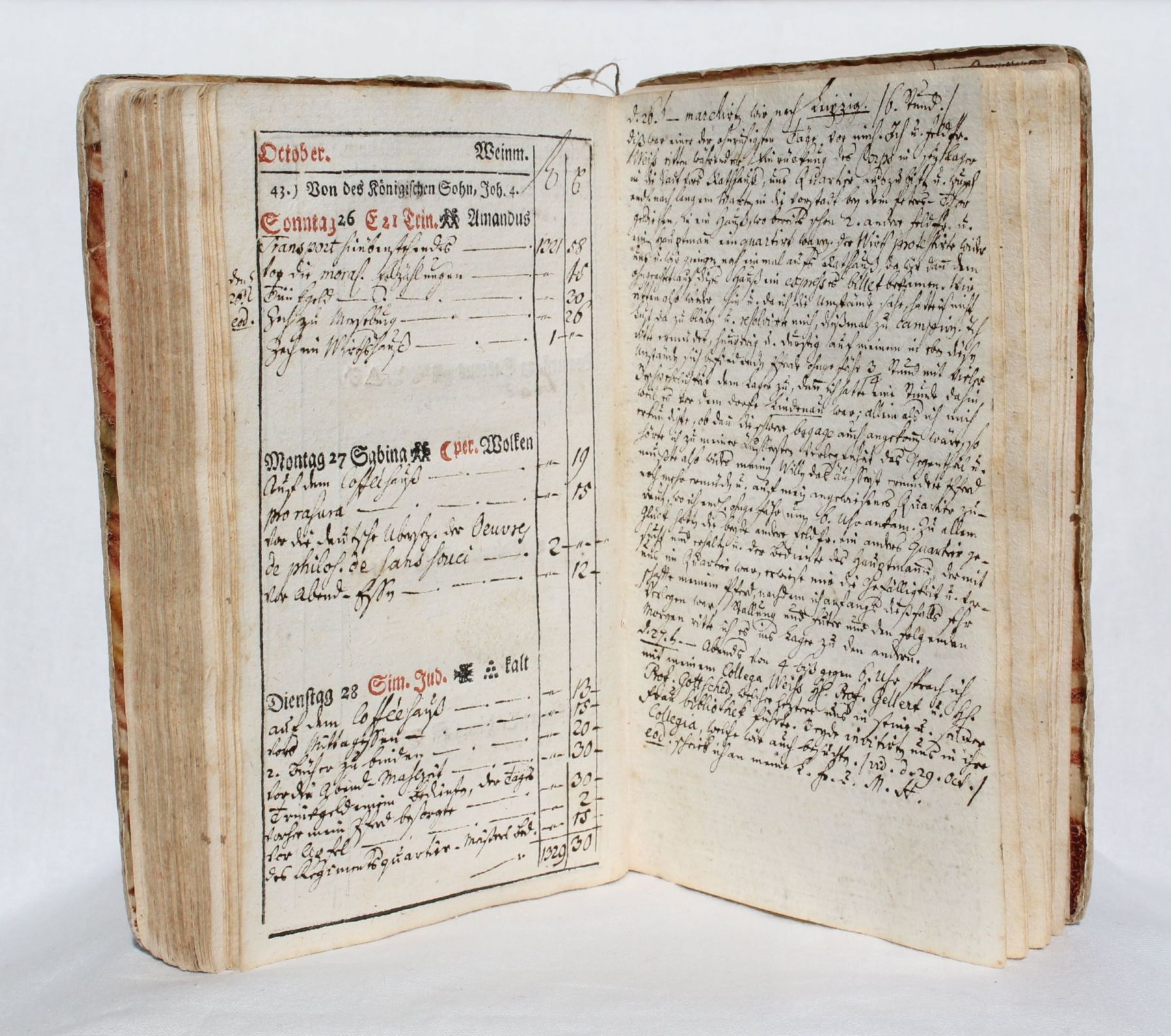
Abb. 1: Almanach des Feldpredigers Johann Gottlieb B. aus dem Jahr 1760 (DTA 1576)
Fotos © Gerhard Seitz, Deutsches Tagebucharchiv
Wer sich ein Tagebuch vorstellt, denkt zumeist an ein Buch, vorzugsweise mit Schlösschen, in das private Gedanken und Erlebnisse eingetragen werden. Dieses archetypische Bild des geheimen Journals ist jedoch nur eine von zahlreichen Erscheinungsformen einer Gattung, die sich durch eine immense materielle Vielfalt auszeichnet. Von losen Blattsammlungen, Spiralblöcken, vorgedruckten Kalendern, Schreibheften, Leineneinbänden mit Goldschnitt, Papierfetzen und selbst Toilettenpapier verwenden Diarist*innen alles erdenkliche Material, das sich zum Beschreiben eignet. Aber warum wird im deutschen überhaupt von einem Tagebuch gesprochen und welche Rolle spielt das Medium ‚Buch‘ für die Gattung? Welche Textträger werden für das Tagebuchschreiben gebraucht und wie haben sich diese im Laufe der Zeit verändert? Was machen die materiellen Besonderheiten der Gattung aus? Und stirbt das handgeschriebene Tagebuch in Zeiten der Digitalisierung aus? In diesem Beitrag gehe ich den Materialitäten diaristischer Praktiken nach und untersuche, welche Implikationen diese für die Gattung ‚Tagebuch‘, ihre Autor*innen und ihre Leser*innen haben.
Tagebücher?
Das Wort ,Tagebuch‘ geht auf Johannes Kepler zurück, der den Begriff 1613 als wörtliche Übersetzung des spätlateinischen diurnum (commentāriolum) prägt und das „anfangs vor allem in kaufmännischem Sinne ,Buch, worin die laufenden Geschäfte der Zeit nach geordnet eingetragen werden’“, gebraucht wurde. (i) Bei einem Tagebuch handelt es sich also um einen Textträger mit täglichen oder regelmäßigen Aufzeichnungen, wozu beispielsweise auch Logbücher (auch ‚Schiffstagebücher‘ genannt), Kalender oder kaufmännische Notizbücher gezählt werden. Das persönliche Tagebuch, welches das Ich, seine Gedanken und Erfahrungen zum Thema hat, dominiert zwar bis heute die Vorstellung von dem, was unter einem Tagebuch verstanden wird, ist jedoch nur eine Spielart des Diaristischen, die sich mit dem zunehmenden Ich-Bewusstsein in der Moderne herausbildet.
Im Gegensatz etwa zum englischen diary oder französischen journal verweist das Kompositum ‚Tagebuch‘ nicht nur auf die Zeiteinheit ‚Tag‘, sondern auch auf die spezifische materielle Beschaffenheit ‚Buch.‘ Diese begriffliche Besonderheit des Deutschen verdient eine eingehendere Betrachtung, da die Gattung sowohl materiell als auch inhaltlich auf ihr ,Buchsein‘ Bezug nimmt, auch wenn es sich in vielen Fällen gar nicht um Bücher in strengem Sinne handelt. (ii)
Die Abbildung am Eingang dieses Beitrags zeigt einen Schreibkalender aus dem Jahre 1760, das älteste Tagebuch aus dem Bestand des 1998 gegründeten Deutschen Tagebucharchivs in Emmendingen. Dabei handelt es sich um einen Almanach, den der Pfarrer Gottlieb Christoph Bohnenberger zur Buchhaltung und für Notizen nutzte. Dieser „Schreib-Kalender“ verfügt über ein vorgedrucktes Titelblatt, das sich an Elementen des Buchdesigns mitsamt bibliographischen Angaben (Ort, Titel, Jahr, Verlag, etc.) orientiert.
Solche Imitationen des Buchdesigns auf graphischer Ebene lassen sich jedoch nicht nur in gedruckten Diarien beobachten, sondern auch in Handschriftlichen, (iii) wie das folgende Beispiel zeigt. Hierbei handelt es sich um ein Tagebuch, das der Wehrmachtssoldat Kurt B. in amerikanischer Kriegsgefangenschaft verfasste und seiner Frau widmete. Die Wörter „Und“, „Du, „Erinnerung“, „Weisst“ und „Spiel“ imitieren Druckschriftbuchstaben und dienen sowohl als Überschriften als auch der Hervorhebung eines Wortes. Die Buntstiftzeichnungen, die in einer engen Wechselbeziehung zum Text stehen, erinnern aufgrund ihres illustrativen Charakters an Bilderbücher für Kinder.
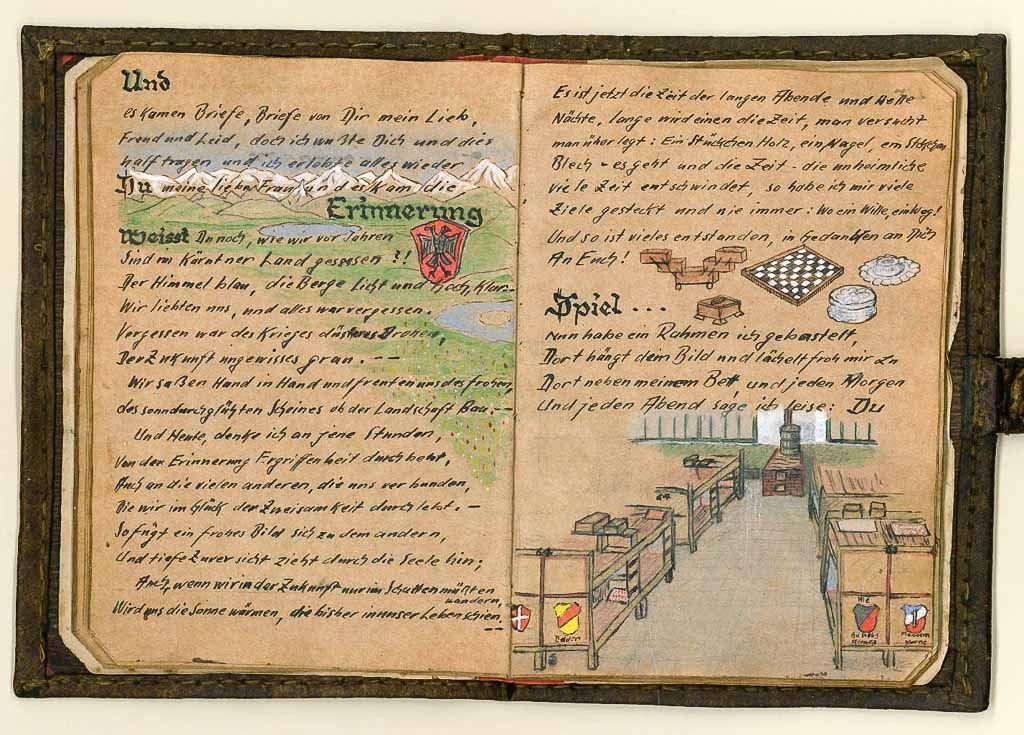
Abb. 2: Tagebuch aus der Lagerhaft 1945/46 von Kurt B., (DTA 3955)
Fotos © Gerhard Seitz, Deutsches Tagebucharchiv
Bevor Hefte und Notizbücher um 1900 zur Massenware wurden, (iv) war es überdies üblich, dass Diarist*innen ihre Aufzeichnungen erst nachträglich als Buch binden ließen, wie etwa die berühmten Tagebücher des englischen Staatssekretärs Samuel Pepys, die er zwischen 1666 und 1669 führte. (v) Einige Diarist*innen nähten ihre Tagebücher sogar selbst, wie Peter Hebbel am 19. August 1843 in seinem Tagebuch selbstreflexiv notiert:
Ich werde meinen Gewohnheiten ungetreu. Ein gebundenes Tagebuch! Vierundzwanzig Bogen auf einmal! Ein starker Wechsel, auf die Zukunft bezogen! Sonst beschrieb ich Blatt nach Blatt und heftete nachher alles mühsam mit der Nadel zusammen. (vi)
Das Tagebuch als Kulturtechnik im 19./20. Jahrhundert
Hebbels Wechsel vom einzelnen Bogen zum gebundenen Buch markiert einen kulturhistorischen Umbruch. Mit der fortschreitenden Industrialisierung, der damit einhergehenden Herausbildung einer bürgerlichen Sphäre sowie der Alphabetisierung im 19. Jahrhundert florierte auch die Schreibwarenindustrie. So wurden mit der Jahrhundertwende „zahlreiche Papiererzeugnisse für private Zwecke erhältlich.“ (vii) Das regelmäßige Schreiben wurde „zu einer Kulturtechnik, derer sich so viele Menschen bedienen konnten und auch bedienten wie niemals zuvor in der Geschichte.“ (viii) Die im 19. Jahrhundert vor allem im Bürgertum praktizierte Selbsttechnik des Tagebuchschreibens wurde mit der Jahrhundertwende auch in anderen gesellschaftlichen Schichten immer beliebter. Dies brachte wiederum eine „Pluralisierung der Formen und Verfasser“ (ix) mit sich.
Auch Arbeiter*innen wurden ermuntert, „zur Persönlichkeitsbildung ein Tagebuch [zu] führen.“ (x) Dies betraf vor allem Jugendliche, die während ihrer Ausbildung geregelt Tagebuchschreiben sollten, aber auch Erwachsene, die mittels Vordrucke und vorgefertigter Kalender, die es auch häufig als „kommerzielle oder politische Werbegeschenke“ (xi) gab, zum Tagebuchschreiben angeregt wurden. So stellt Li Gerhalter fest, dass sich im 20. Jahrhundert die Praxis durchsetzte,
Tagebuchnotizen in (Termin-)Kalender einzutragen, wobei insbesondere diese Aufzeichnungen oft sehr umfangreich sind. […] Es scheint, dass die vorgedruckte strikte Rahmung – neben ihren Reglementierungen – dazu animieren konnte, feste Aufzeichnungsgewohnheiten zu etablieren. (xii)
Interessant ist bei solchen Vordrucken und vorgefertigten Medien, dass hier die „Intervall- beziehungsweise Lückenhaftigkeit als weiteres Merkmal der Praxis des diaristischen Schreibens hingegen sichtbar zu Tage“ (xiii) trete, etwa dann, wenn der vorgesehene Platz für einen Tag leer bleibt; ganz anders etwa das Blanco-Tagebuch, in dem sich einzelne Einträge lückenlos aneinanderreihen und das so zumindest auf den ersten Blick einen Anschein von ungebrochener Regelmäßigkeit und Vollständigkeit vermittelt.
Materialität des Geheimen
Das wohl ikonischste Beispiel solcher vorgefertigten Medien, die zu Beginn des 20. Jahrhunderts Verbreitung fanden, ist das Fertigtagebuch mit Prägung und Schlösschen, das sich als kanonisiertes Geschenk für junge Mädchen etablierte (Abb. 3.). (xiv) Trotz seines relativ späten Erscheinens ist das verschlossene Fertigtagebuch zum diaristischen Archetypen geworden; es erscheint gleichsam als das Tagebuch schlechthin. Das älteste gebundene Exemplar mit Prägung und Schlösschen aus dem deutschsprachigen Raum, das in der Tagebuchforschung bekannt ist, stammt aus 1905, zwei weitere Bücher mit Schlösschen, aber ohne Prägung stammen aus 1885, wovon eines einem erwachsenen Mann gehörte. (xv)
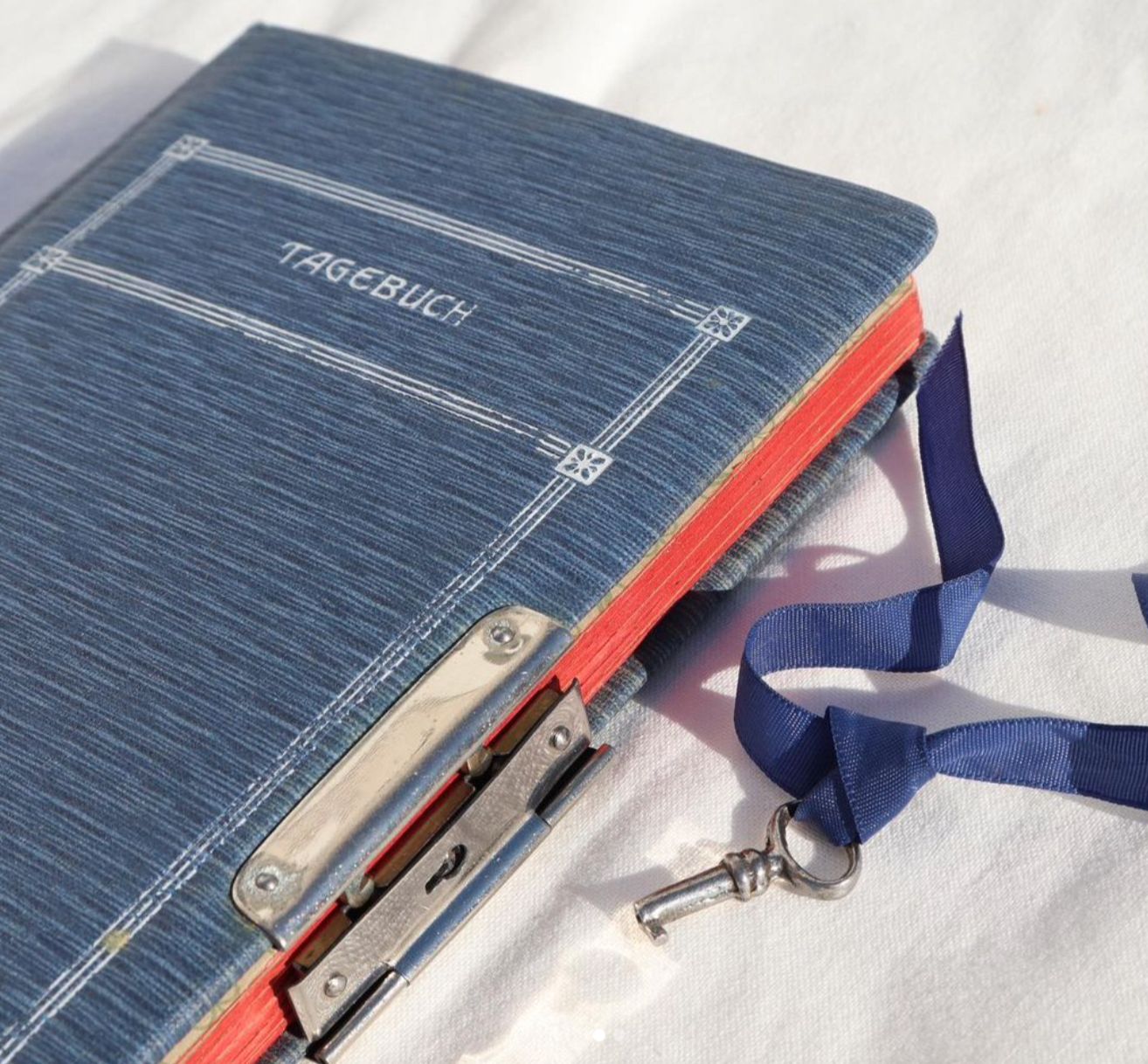
Abb. 3: Tagebuch von 1911 von Paula L., (DTA 1614)
Fotos © Gerhard Seitz, Deutsches Tagebucharchiv
In dem Schlösschen materialisiert sich die Vorstellung, dass das Tagebuch einen privaten Raum darstellt, in dem geheime Gedanken aufbewahrt werden, eine „Minimalvariante von ,A Room of One’s Own‘“ (xvi), wie Li Gerhalter formuliert. Für die weiblichen, vornehmlich bürgerlichen Tagebuchschreiberinnen, die die Zielgruppe solcher vorgefertigten Tagebücher darstellten, brachte dieser private Raum jedoch nicht nur neue Freiheiten mit sich. Auf „die häusliche Sphäre beschränkt“ wurden die Schreiberinnen „dazu angeleitet, sogar ihre Gedanken in den Zwischenraum zweier Buchdeckel zurückzuziehen – wo diese von den Erziehungsberechtigten dann auch leicht kontrolliert werden konnten.“ (xvii)
Neben der eindeutigen Symbolik und tatsächlichen Funktion des Schlösschens gibt es eine Vielzahl anderer Möglichkeiten, unliebsame Leser*innen abzuwehren. So etwa „Bannsprüche“, die den Tagebuchaufzeichnungen vorangestellt werden und die sich vor allem seit Mitte des 20. Jahrhunderts etablierten. (xviii) Solche Sprüche können sich direkt und unverblümt präsentieren, wie: „Wer das liest, ist wirklich gemein und soll auf ewig ein schlechtes Gewissen haben!“ (xix) oder „Tagebuch bitte nicht lesen! Bei Deiner Würde“ (xx), wie sie sich häufig in Tagebüchern von Jugendlichen finden lassen. Aber auch kryptischere, sowohl mit Widersprüchen als auch mit potentiellen Leser*innen spielende Bannsprüche markieren den Eintritt in den privaten Tagebuchraum, wie der Folgende des Nirvana-Frontsängers und Gitarristen Kurt Cobain: „Don’t read my diary when I’m gone. OK, I’m going to work now. When you wake up this morning, please read my diary. Look through my things and figure me out.” (xxi)
Eine weitere Technik, in denen sich der Wille zur Geheimhaltung manifestiert, ist das Verschlüsseln von Informationen. Namensänderungen, Abkürzungen, der Gebrauch von Stenographie oder einer Geheimsprache sollen eine mögliche Leseschaft abhalten oder begrenzen. Einer der bekanntesten Beispiele in der Geschichte des europäischen Tagebuchs ist der bereits erwähnte Samuel Pepys. Dieser schrieb seine Diarien mit der von dem englischen Stenographen Thomas Shelton entwickelten Tachygraphie, einer im 17. und 18. Jahrhundert in Großbritannien gebrauchten Kurzschrift, und verschlüsselte zusätzlich Schilderungen seiner zahlreichen Affären in einer eigenen Geheimsprache aus Englisch, Französisch, Spanisch und Latein.
Tagebücher als „materialisierte Zeit“
Die eigensinnigen Formen, die Tagebücher annehmen können, werfen auch die Frage auf, inwiefern Tagebuchtexte überhaupt ohne ihren ursprünglichen Textträger rezipiert werden können. Der Germanist Klaus Hurlebusch spricht von einer „sinnhafte[n] Einheit von Text und Textmedium“ (xxii) diaristischer (und brieflicher) Zeugnisse. Ihre Materialität ist ebenso bedeutsam wie ihr Inhalt, weshalb Text und Medium nicht losgelöst voneinander betrachtet werden können, wie dies jedoch häufig in Tagebucheditionen der Fall ist. Nicht nur das Schriftbild und damit auch Spuren des Zögerns und Stockens in der Handschrift gehen im Editionsprozess verloren, auch Zeichnungen und Einlagen wie Eintrittskarten, Zeitungsausschnitte, gepresste Blumen oder Haarbüschel sind in edierten Tagebuchausgaben nur unter Verlust ihrer spezifischen Materialität reproduzierbar.
Tagebücher sind, so Arno Dusini, „materialisierte Zeit“ (xxiii) , nicht nur, weil Leser*innen mit ihnen „Zeit in Händen“ halten und durch „Jahre, Monate, Tage“ blättern können (xxiv), sondern auch, weil sich in ihrer Materialität Spuren ihrer Entstehung einschreiben, die eine Transkription nicht einfangen kann. Eine Edition, so Dusini, „reguliert die Möglichkeiten dessen, was wir aus einem anderen Leben verstehen können.“ (xxv)
Eine Möglichkeit, diese „normierte […] Gleichförmigkeit“ (xxvi) in der Edition zu vermeiden, sind Faksimile-Ausgaben, die, so Thorsten Ries, ein größeres Bedeutungspotential enthalten, als es ins lateinische Alphabet übertragene Transkriptionen vermögen. (xxvii) Auch wenn Faksimile-Ausgaben der materiellen Vielfalt von Tagebüchern gerechter werden als linearisierte Transkriptionen, sind sie für Leser*innen häufig nicht zugänglich. Während Kurt Cobains Tagebücher ein deutliches und lesbares Schriftbild aufweisen und auch als Faksimile für eine breite Leseschaft rezipierbar sind, können die originalen Tagebücher Samuel Pepys‘ nur von einem außerordentlich spezialisierten Fachpublikum gelesen werden, das in der Lage ist, seine Kurzschrift zu entziffern.
Wie sehr Medium und Inhalt in Tagebüchern zusammenfallen und wie abhängig diese wiederum von dem je individuellen Schreibkontext der Diarist*innen sind, tritt in historischen Krisensituationen am deutlichsten zutage. Der Mangel an Schreibmaterial veranlasste die Wienerin Emilie Wehle im KZ Theresienstadt, ihre diaristischen Aufzeichnungen auf Papierfetzen zu schreiben. (xxviii) Und der Norweger Petter Moen stach sein ,Gefängnistagebuch‘ (Februar-September 1944) in Gestapohaft mit einem Nagel in Toilettenpapier, rollte dieses zusammen und warf es in einen Luftschacht. Solche Beispiele zeigen „eindrücklich die völlige Auflösung zivilgesellschaftlicher Ordnungen auch auf den materiellen Ebenen von Selbstzeugnissen.“ (xxix) Nicht nur der geschilderte Inhalt, sondern auch das verwendete Material bezeugt die spezifischen Entstehungsumstände und macht Tagebücher auch auf materieller Ebene zu einem Zeitzeugnis.
Doch welchen Unterschied macht es eigentlich, ob ein Text nun mit Feder oder Bleistift, in ein Heft oder Word-Dokument geschrieben wird? Schreibprozesse unterliegen nicht nur kognitiven, kommunikativen, diskursiven und medialen Faktoren, sondern werden auch maßgeblich von materiellen Voraussetzungen geprägt, wie die jüngere Schreibprozessforschung überzeugend gezeigt hat. Autor*innen haben solche Abhängigkeiten von ihrem Schreibmaterial schon weitaus früher reflektiert. Am prägnantesten formulierte Nietzsche dieses Zusammenspiel von Schreibmaterial und Denken: „UNSER SCHREIBZEUG ARBEITET MIT AN UNSEREN GEDANKEN,“ schrieb der zunehmend erblindende Philosoph mit seiner Schreibkugel, einer Vorläuferin der Schreibmaschine.
Im Falle von Emilie Wehle und Petter Moen spricht es für sich, dass das begrenzte Schreibmaterial und die Prekarität der Schreibsituation keine ausschweifenden Reflexionen zulassen und die Schreibenden dazu zwingen, sich kurz zu fassen. Auch das Schreiben mit Feder und Tintenfass gestaltet sich durchaus mühsamer als das Schreiben mit dem Bleistift oder dem Kugelschreiber. Während Diarist*innen, die handschriftlich zu Werk gehen, einen begrenzten Raum zur Verfügung haben und – vor allem, wenn sie diesen auch graphisch gestalten wollen – diese Begrenzung miteinplanen müssen, erscheint ein digitales Dokument beinahe wie ein infiniter weißer Raum. Im Gegensatz zu handschriftlichen Tagebüchern, in denen Passagen nachträglich geschwärzt, durchgestrichen, überklebt oder herausgerissen werden und solche Korrekturprozesse zum konstitutiven Bestandteil ihrer Materialität werden, kann in digitalen Dokumenten nach Belieben gelöscht und verschoben werden, ohne deutlich sichtbare Spuren zu hinterlassen.
Das Tagebuch im 21. Jahrhundert – analog und digital
Ob Blogs, Tagebuch-Apps oder Instagram-Stories – diaristische Praktiken sind in Zeiten der Digitalisierung gegenwärtiger denn je. Aber auch das analoge Tagebuch hat bis heute nicht an Beliebtheit eingebüßt. Das Deutsche Tagebucharchiv promotet das Tagebuch als ein einzigartiges Objekt mit einer „eigene[n] Aura“ (xxx) und verfügt seit 2014 sogar über ein kleines Museum, in dem besondere Stücke der Sammlung ausgestellt werden. Die Kuratorin Johanna Hilbrandt berichtet, welche Kriterien für den Auswahlprozess aus über 22.000 Dokumenten entscheidend waren:
Die Materialität, d.h. die äußere Gestalt, die optische Präsenz der jeweiligen Tagebücher und die mit außersprachlichen Mitteln gestalteten Seiten in den von uns so genannten Künstler[*innen]tagebüchern sollten ebenso berücksichtigt werden wie die ästhetischen Schriftbilder mancher Aufzeichnungen.
Fasziniert von den „Wortgebilde[n], die das weiße Blatt besiedeln, mal dicht gedrängt mal groß und weit hingeworfen“, wollten Hilbrandt und ihre Mitarbeiter*innen „die Visualität des Textlichen zum Ausdruck bringen.“ Seit 2020 postet das Deutsche Tagebucharchiv auch regelmäßig Bilder von Tagebüchern auf Instagram und überführt diese so auch in die digitale Sphäre. Damit schließt das Tagebucharchiv an einen Trend an, der sich in den letzten Jahren vermehrt beobachten lässt, nämlich die fotografische Inszenierung von analogen Diarien, die über soziale Medien geteilt werden.
Auslöser für diesen Trend ist die von dem Designer Ryder Carroll ausgearbeitete und 2013 lancierte Methode des „Bullet Journals“. Dies ist ein vornehmlich auf Selbstoptimierung ausgerichtetes Aufschreibesystem, das zu einem achtsameren und absichtsvolleren Leben und zugleich zu mehr Produktivität verhelfen soll. Typische Elemente eines Bullet Journals sind, wie der Name bereits sagt, „Bullets“, kurze Sätze, die anhand eines spezifischen Symbolsystems (Punkte, Kreise, Striche, Sternchen etc.) organisiert werden und welches wiederum mit einem dem Journal vorangestellten Schlüssel erklärt wird. In vielen Bullet Journals wird auch ein Index mit Seitenzahlen vorangestellt, sodass verschiedene Kapitel (hier zeigt sich wieder der Bezug zum Medium Buch) leichter gefunden werden können. Ebenfalls typisierend sind Gewohnheits- und Stimmungstracker und Listen jeglicher Art, von To-Do-Listen bis hin zu Lese- und Filmlisten.
Bemerkenswert ist im Falle des Bullet Journals vor allem das Interesse an und der bewusste Umgang mit Materialitäten. In Blogs, auf Instagram und Pinterest teilen passionierte Bullet Journalists Fotos ihrer Journale und tauschen Gestaltungstipps aus. Diese reichen von spezifischen Schriftarten bis hin zu Anleitungen, wie man eine nicht so schöne Handschrift verbessern oder fehlendes Zeichentalent mit Hilfe von Collagen ausgleichen kann. (xxxi) Überdies diskutieren Bullet Journalists in Online-Communities, welche Stifte sich am besten eignen, welches Papier sich gut ‚anfühlt‘ und nicht durchscheinend ist und ob sich etwa Punktraster oder Blanco-Seiten besser für die eigenen Kreationen eignen.
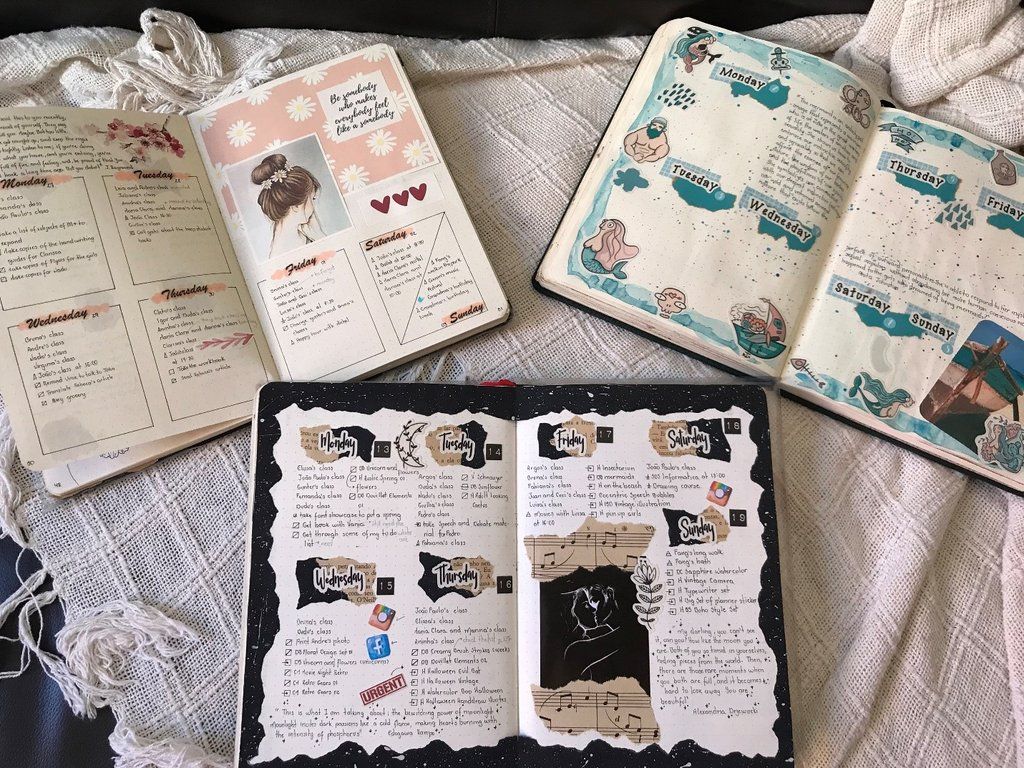
Camila Caminha/BulletJournal.com
Beim Bullet Journal kommen viele bekannte Techniken des Diaristischen zurück: Collagen, kalligraphische Überschriften, Zeichnungen, Sticker, persönliche Reflexionen und vor allem auch Optimierungstools wie die private und professionelle Buchführung und das Anfertigen von Listen, die seit jeher zum Repertoire des Diaristischen gehören. Und auch das Fertigbulletjournal als Konsumgegenstand, mit aufgeprägtem Titel und teilweise vorgedruckten Seiten konnte sich in den letzten Jahren im Schreibwarenhandel etablieren.
Zwar machen Diarist*innen zunehmend Gebrauch von digitalen Kanälen, das analoge Tagebuchführen hat jedoch noch lange nicht ausgedient. Damit ist auch Johanna Hilbrandts Feststellung, dass die „Epoche der Handschrift zu Ende“ gehe und das Deutsche Tagebucharchiv deshalb einen „Verlust‘“ ausstelle, zu relativieren. Stattdessen zeigt sich, dass digitale Formen nicht nur anstelle von oder parallel zum analogen Tagebuchschreiben verwendet werden, sondern dass diese in einem produktiven Wechselverhältnis zueinanderstehen, etwa dann, wenn Gestaltungs- und Materialtipps in sozialen Medien ausgetauscht werden und ausgewählte Journal-Seiten fotografisch inszeniert und mit anderen geteilt werden.
Janina Meissner ist seit 2019 Doktorandin an der Universität zu Köln und der Universität Amsterdam (UvA) im Fachbereich Germanistik.
i) „Tagebuch“, in: Wolfgang Pfeifer et al., Etymologisches Wörterbuch des Deutschen (1993), digitalisierte und von Wolfgang Pfeifer überarbeitete Version im Digitalen Wörterbuch der deutschen Sprache, https://www.dwds.de/wb/etymwb/Tagebuch, abgerufen am 14.05.2021.
ii) Arno Dusini: Tagebuch. Möglichkeiten einer Gattung. München 2005, S. 130.
iii) Vgl. ebd., S. 132.
iv) Janosch Steuwer / Rüdiger Graf: Selbstkonstitution und Welterzeugung in Tagebüchern des 20. Jahrhunderts. In: Ders. (Hg.): Selbstreflexionen und Weltdeutungen. Tagebücher in der Geschichte und der Geschichtsschreibung des 20. Jahrhunderts. Göttingen 2005, S. 7–36, hier S. 13.
v) Dusini, Tagebuch, S. 132.
vi) Hebbel zit. n. Dusini, S. 133.
vii) Steuwer / Graf, Selbstkonstitution, S. 13.
viii) Ebd., S. 12.
ix) Ebd.
x) Ebd., S. 18.
xi) Gerhalter, Li: Materialitäten des Diaristischen. Erscheinungsformen von Tagebüchern von Mädchen und Frauen im 20. Jahrhundert. In: L‘Homme: Europäische Zeitschrift für feministische Geschichtswissenschaft 24/2 (2013), S. 53-71. Hier, S. 59.
xii) Ebd.
xiii) Ebd.
xiv) Ebd., S. 58.
xv) Ebd., S. 55.
xvi) Ebd., S. 65.
xvii) Ebd.
xviii) Ebd.
xix) Olivia Peter (13.05.2020): Liebes, altes Tagebuch! https://wienerin.at/olivia-peter-liebes-altes-tagebuch, abgerufen am 7.5.2021.
xx) Helga M. Frey (geb. 1940), Jänner 1955, SFN NL 68, zit. n. Gerhalter, Materialitäten, S. 65.
xxi) Kurt Cobain: Kurt Cobain Journals. New York 2003. o.S.
xxii) Klaus Hurlebusch: Divergenzen des Schreibens vom Lesen. Besonderheiten der Tagebuch- und Briefedition. In: editio. Internationales Jahrbuch für Editionswissenschaften 9. Tübingen 1995, S. 18-36. Hier, S. 25.
xxiii) Dusini, Tagebuch, S. 9.
xxiv) Ebd., S. 9-10.
xxv) Ebd., S. 49.
xxvi) Ebd., S. 51.
xxvii) Thorsten Ries: „Materialität“? Notizen aus dem Grenzgebiet zwischen editorischer Praxis, Texttheorie und Lektüre. Mit einigen Beispielen aus Gottfried Benns „Arbeitsheften“. In: Martin Schubert (Hg.): Materialität in der Editionswissenschaft. Berlin 2010, S. 159-178. Hier, S. 164.
xxviii) Gerhalter, Materialitäten, S. 67.
xxix) Ebd.
xxx) Johanna Hilbrandt (2.2.2020): Lebenslust – Lebenslast – Lebenskunst. https://tagebucharchiv.de/wp-content/uploads/2020/03/J.-Hilbrandt_Einf%C3%BChrung-in-Ausstellung_02.02.20.pdf, abgerufen am 7.5.2021. Alle folgenden Zitate von Hilbrandt sind diesem Dokument entnommen.
xxxi) So heißt es beispielsweise in einem Blogeintrag: „I changed my handwriting a couple of months before starting my first BuJo just because I wanted a better handwriting. I did that the old fashion way: tracing calligraphy worksheets. It was boring and hard, but it was what I wanted, so it was worth it. So if you do not like your handwriting, know that if a little bit of work, you can change it.” Camila Caminha: Beautifully Organized. https://bulletjournal.com/blogs/bulletjournalist/beautifully-organized, abgerufen am 7.5.2021.


Abb. 1: Almanach des Feldpredigers Johann Gottlieb B. aus dem Jahr 1760 (DTA 1576)
Fotos © Gerhard Seitz, Deutsches Tagebucharchiv
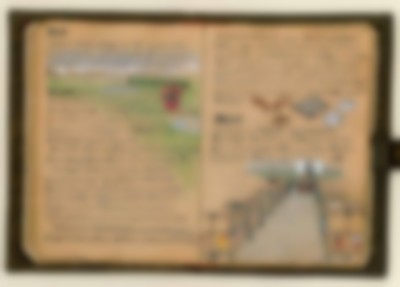

Abb. 2: Tagebuch aus der Lagerhaft 1945/46 von Kurt B., (DTA 3955)
Fotos © Gerhard Seitz, Deutsches Tagebucharchiv
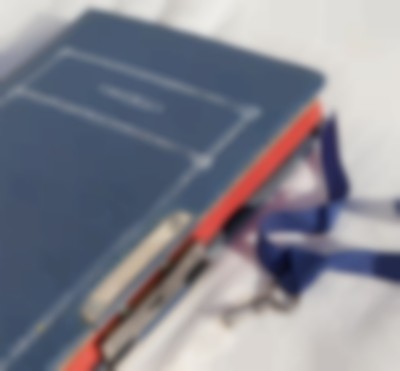

Abb. 3: Tagebuch von 1911 von Paula L., (DTA 1614)
Fotos © Gerhard Seitz, Deutsches Tagebucharchiv


Camila Caminha/BulletJournal.com
MAY 68 IN 78 – in 2021. A conversation with Michel Auder
13.10.2021 / BfF #1
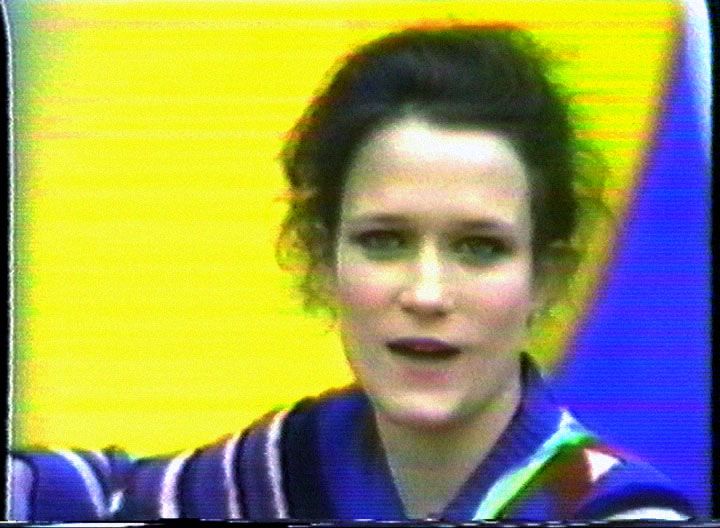
A conversation with Michel Auder about his video work MAY 68 IN 78 (1978/2019) by Fanny Hauser and Leon Hösl.
… MoreMAY 68 IN 78 – in 2021. A conversation with Michel Auder
13.10.2021 / BfF #1

Michel Auder, Michael Stickrod with Julius Martin-Humpert, Maristella Witt, Ilja Zaharov and Franziska Rist, Installation view Kommunales Kino Freiburg, Biennale für Freiburg #1, 2021, photo: Marc Doradzillo
In 1968, photographer and filmmaker Michel Auder documented the revolts in Paris, but lost the footage shortly after when he moved to the United States. Exactly ten years after the events, Auder restored these cinematic memories with MAY '68 IN '78 by entering into dialogue with Parisian artists, workers, a policeman, and a saleswoman, interviewing them about their personal memories of May 1968. Originally planned as a film screening in Jean Tinguely’s sculpture LE CYCLOP in Milly-la-Foret, MAY '68 IN '78, 2019/2021 was shown for the first time at Beeler Gallery in Colombus, Ohio, in a sculptural setting by Michael Stickrod. A frequent collaborator of Michel Auder, Stickrod had screened, digitized, and edited the video footage for this exhibition. For the exhibition of BfF#1, one element of Michael Stickrod’s installation was reconstructed: bleachers that refer to the theatricality of many of the events in May 1968, while at the same time occupying the gallery space like a barricade. On and next to this bleacher, four Freiburg-based artists showed new works that emerged from their engagement with MAY '68 IN '78 and were developed in exchange with Michael Stickrod and Michel Auder.
During the preparation for the project, Fanny Hauser, member of the Curatorial Board of BfF#1 and Leon Hösl, Artistic Director of BfF#1, spoke with Michel Auder about how this video work came together, why it was not presented as originally planned in 1978 and his own memories on May 1968.
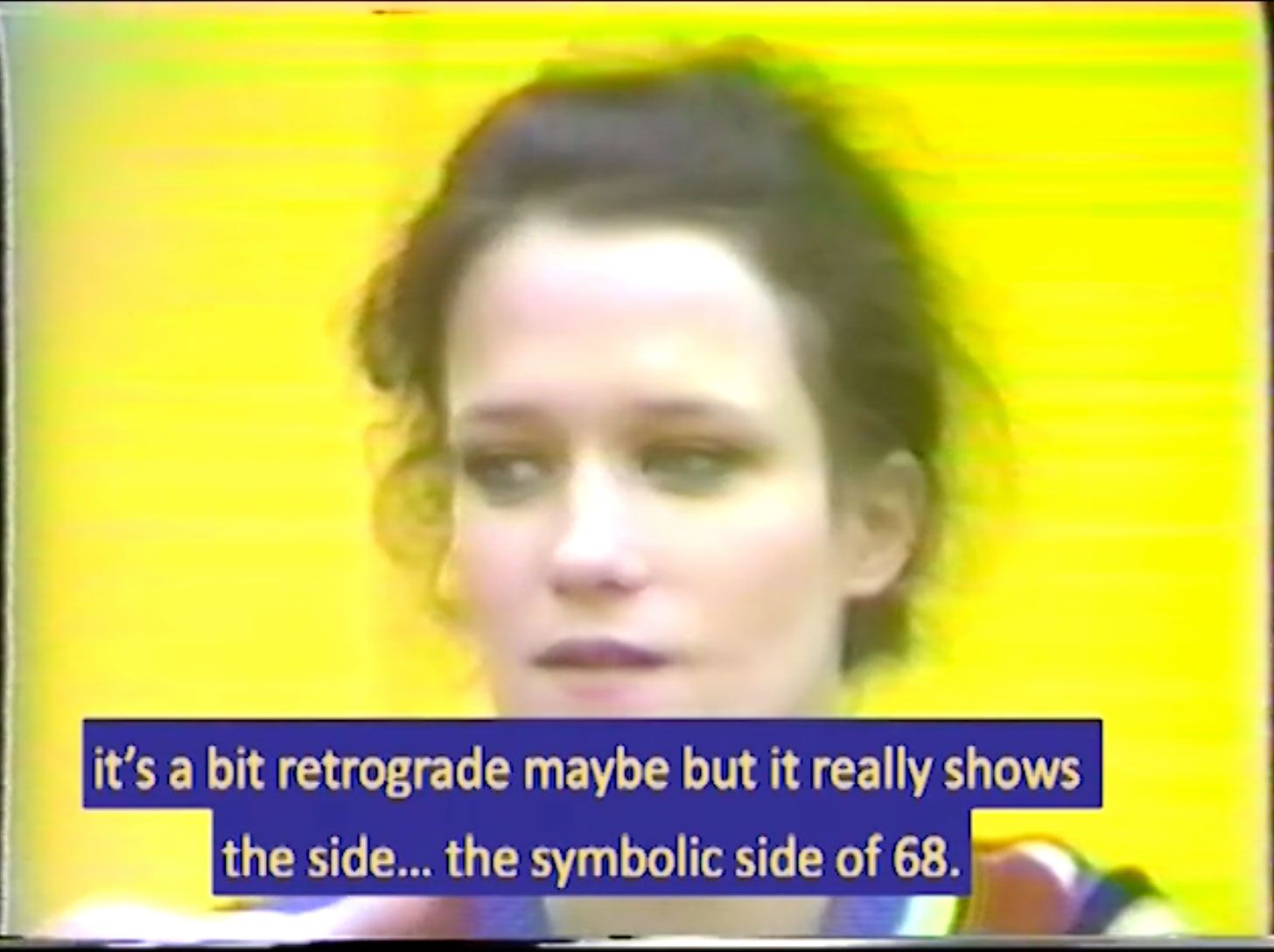
Michel Auder, May ‘68 in ‘78, 1978 (2019), edited by Michael Stickrod (video still)
Fanny Hauser: Your video work “May 68 in 78” is presented for the first time in Europe this year, in the context of the Biennale für Freiburg. The work consists of several interviews you conducted with friends and people in the streets of Paris in which they share their memories of May 68. How did this work come together?
Michel Auder: It’s a longer story that is initially linked to the artist Jean Tinguely. He was a friend of my friend Larry Rivers with whom I collaborated on different occasions. When I came back to Paris from Los Angeles, Larry offered me a space in his studio to get back on my feet. Tinguely asked Larry to produce something for Milly-la-Forêt where Tinguely built his monumental sculpture Le Cyclop. Tinguely invited some artist friends to contribute works, that visitors could encounter inside of Le Cyclop. (We) I suggested a video, and eventually decided to produce “May 68 in 78”. It was the first time I was back in Paris and saw my friends since May 68. “May 68 in 78” is basically a portrait of the Parisians and their memories and experiences of May 68. It’s a long time ago now, but back then the events were still fresh enough to trigger people’s memories.
FH: The film was never presented in Milly-la-Forêt though. What happened?
MA: We produced the film. I interviewed the people and Larry filmed me. When we came to an end, I spoke to Tinguely who thought it might be too complicated to bring all the video equipment to the woods after all. At that time the equipment was still very mechanical and unwieldy, so we decided to drop it. Since the film was in French, I stored it because I’ve been living in America all the time. I couldn't find the energy to spend more time on the work and make something out of it. It’s a lot of work to translate everything into English. My friend and former student Michael Stickrod is very important to the project. He edited the film and made a sculpture for the installation in which we presented the work. Michael has been working with me all along. He likes to put his nose into my archives. When he found the work, he organized the exhibition in Ohio where we showed the work for the first time. He put a lot of energy into it and (organized) raised money to pay students to translate the scenes into English.
FH: In the work, the events of May 68 are reconstructed via the memories of people who were in Paris back then. Let’s speak about your memories. How did you experience May 68?
MA: I was forced to go to the army in 1963. They say the army will make a man out of you. In a way it did because I didn’t really have any strong political opinion until then. I was a 19-year-old fashion photographer with a studio in Paris. I made good money and things were going well for me. When I was forced to go to the army, I lost everything. They ruined my life. The army gave you coffee and cigarette money $100 of now per month which is close to nothing. We were not properly paid. I became a hardcore leftist with an anti-government stance. During May 68 I got involved with some groups, but I could sense that they were exploiting me too, which is why I started rebelling against these political groups at some point too. May 68 was an extraordinary time. We were outside all night, on the barricades and in the streets. It was fantastic. At night the cops were chasing us. They were driving undercover, in normal cars, and tried to run us over. I didn’t go to the barricades to get into a fight with the police though. It’s a lost battle. In a way, we were my friend and me all dilettantes. We were for the revolution, but without any real physical interaction with the police. We made films instead. We took over the Cinémathèque française. Henri L'anglois, who founded the Cinémathèque was my friend. He opened his arms for us right away.

Michael Stickrod, Untitled (Bleachers 1, 2), 2019; Michel Auder, May ’68 in ’78, 1978, EDITED IN 2019, by Michael Stickrod. Installation view Beeler Gallery, 2019.
Leon Hösl: Did you film the events of May 68?
MA: I did but I lost all my footage. When I moved to the US, I left my films somewhere, but I couldn’t remember where. I didn’t have a place. I’ve been travelling around without any backup since I was 17. (I still got no backup). I used to make films in 16 mm, but I lost all the films I made between 1962 and the 70s. This was also the time when I switched to video in the US.
LH: Many of your works are recorded either in the streets or looking at the streets from a window. Do you think your experience of this extra-ordinary time in Paris, seeing the city change, shaped your work? Did you use the streets for filmmaking rather than the revolution?
MA: My work was and is always about looking at people. Observing my surroundings and making something out of it is the very base of my work. By editing the material, I turn it into something else. Did May 68 influence me in terms of filming? Not necessarily because I was already filming people before. I remember filming from the window of my place in rue de Rennes, which is in Saint-Germain-des-Prés where a lot of action took place. The police saw me and tried to get into my building. Luckily, there was a barricade nearby, so they lost interest in me relatively soon. But for a while, a group of policemen was banging at the door downstairs trying to enter my building. At some point I also went to the Odeon theatre with some people, where they keep Molière costumes and stuff like that. The people who came out of the building were all dressed up. They had broken into the vitrines to get to the costumes. They were wearing hats and coats, while throwing Molotov cocktails from the roof at the police that was standing outside of the theatre. At that time, it was like touch and go—both the cops and the people were all over the place. I filmed all kinds of amazing things, burst by burst...
FH: Thinking of “May 68 in 78” and the present day, the events of May 68 are still romanticized oftentimes. How did this mediation of May 68 develop in the past decades?
MA: I think it’s good to protest. Personally, I don’t feel like getting involved physically. I never did but I got my ass kicked by the police anyway. This was usually for other reasons though: perhaps because I talked back to them or because I was at the wrong place at the wrong time. Even in New York when I bought Heroin, I was beaten up by the police. I got slapped around or punched but I didn't fight back, because I didn't want to get into it. I’m not a physical fighter. Things are also much easier for me as a white man. If you’re black—forget it! That's why black people are fighting back and protesting. They just can’t take it anymore. As a white person, the police might beat you once, and then they arrest you or let you go. That’s my knowledge and experience with the police as a white man. I have a strong survival instinct. The only thing I had to survive was life in general. As soon as May 68 ended, it was also the end of me being in France. I had to leave because the French were so closed in. If you don't have the right education, or the right background, it is very hard to build up new connections. It might work for some, but for me it was just impossible to get into the circles I was interested in. In the US, they give you a chance. I entered the art world, and everything somehow came into place.
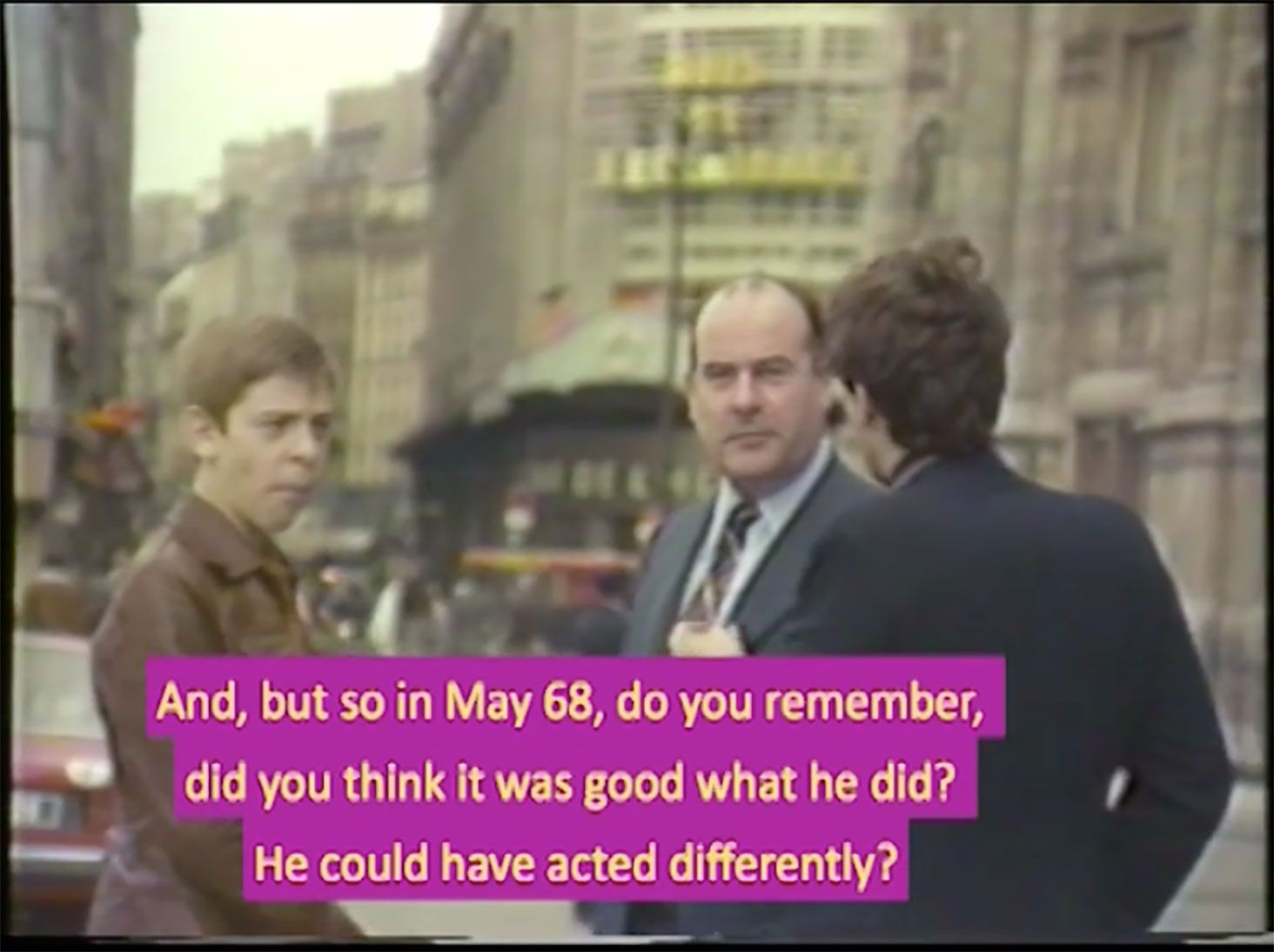
Michel Auder, May ‘68 in ‘78, 1978 (2019), edited by Michael Stickrod (video still)
LH: The interview aspect in this work very much reminds me of street interviews that are very common in today’s TV. Was this a common format back then?
MA: Not yet, but it soon became a kind of television trick. Not because of my film, of course, but things are always in a process of osmosis. People think about something at the same time, and then some of them pick it up and make it happen for real. Going out and interviewing people in the streets became more prevalent in the 80s for public television. You get an incredible array of stories and material. I also made a piece called “Jesus” in which I am interviewing people on the streets during the gay parade in New York and ask them to share their thoughts on Jesus. I used the same formula as with “May 68 in 78”. The film was only shown once, in SoHo, in 1981 or 82. I basically did it without any editing equipment or funds. It’s quite funky but it looks better and better as it goes along.
LH: How about technical equipment?
MA: When video came into fashion in 1969 it was groundbreaking. Everything looked so modern. Later, in 1975, the microphone company Sennheiser released a wireless microphone. Until then, portable microphones were only used by big television companies, but once the smaller and less expensive version was one the market, Larry bought one, and I used it to produce many works, including “Jesus”.
LH: Did the people you interviewed for “May 68 in 78” ever see the work? Are you still in touch with some of them?
MA: The work was put in boxes and went up on a shelf like many of my works. Nobody really saw it back then and I’m also not in touch with anyone anymore. Some of them are still alive, but a lot of my friends have passed away in the meantime. Basically, it’s a bunch of dead people talking.
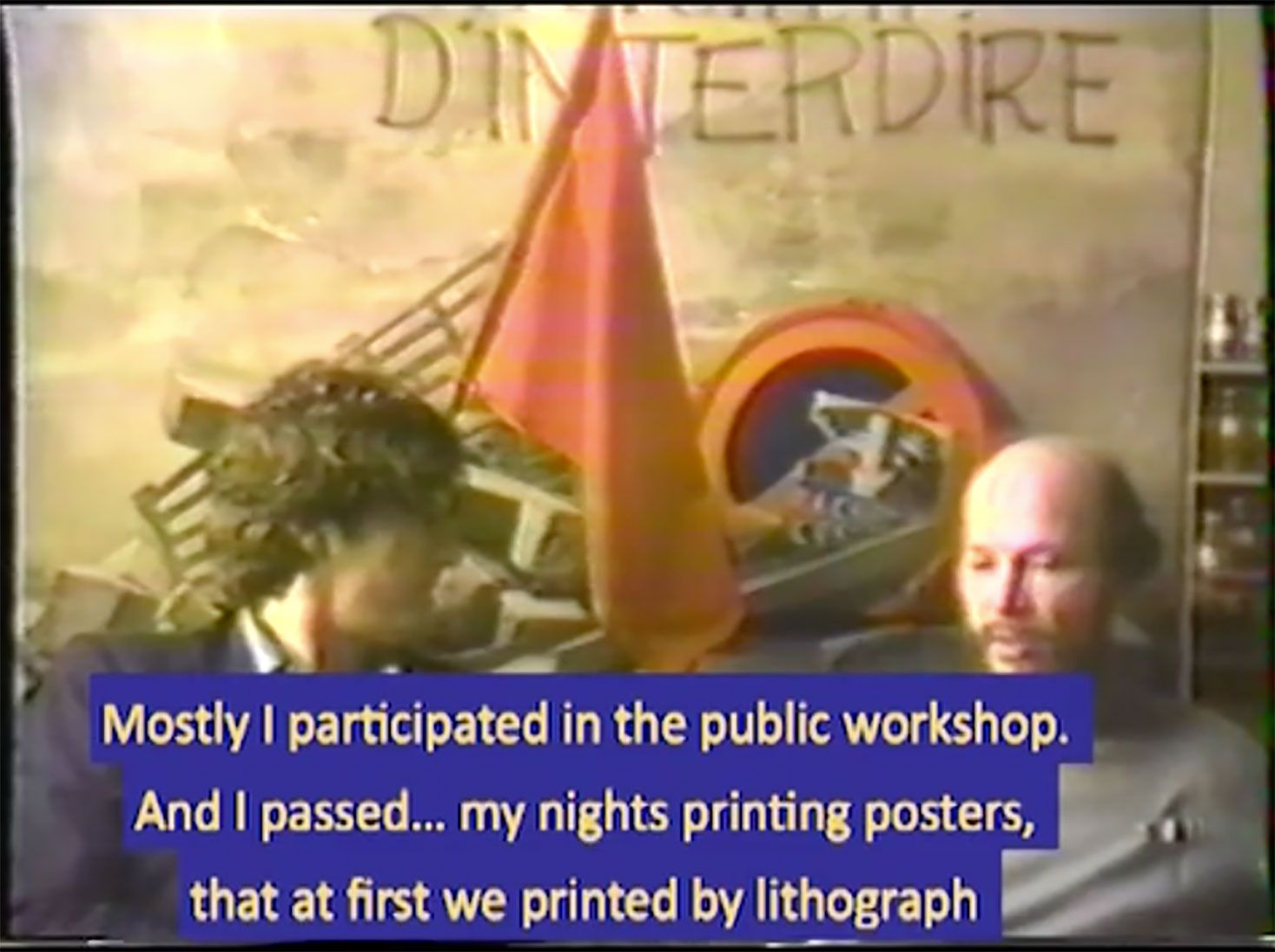
Michel Auder, May ‘68 in ‘78, 1978 (2019), edited by Michael Stickrod (video still)
FH: The first person who appears in the film is a young woman that you ask about an image from May 68 that remained with her. She speaks about protesters that were in the streets holding pitch forks, like peasants. It resonates with the scene you described at the Odeon theatre and people wearing costumes. May 68 as a big street theatre…
MA: It was all very theatrical indeed. We all hung out together: artists and rock and rollers, the misfits and the “blousons doré”—that’s how we called the kids that came from rich families. The “blousons noirs” were the ones who wore leather jackets, less privileged kids from the working class. All kinds of people came together: workers and students, actors, artists, or druggies from the neighborhood.
LH: I am interested in the role of the artist in the context of May 68. One man in the film speaks about how artists opened their studios and the workshops of the academy to teach people how to produce flyers with the silk screen printer. And the weeks of the revolution have created very stron images. How would you say has May 68 influenced your own work? Or did it at all?
MA: The thing with May 68 is that it has been May 68 for me all the time—even today. That’s my life and this formula has been my religion. I think I did the best I could do; I made films, I lost them, and so I made another one in 1978 and this is what remains. Look at me. I live the life of a millionaire without a million. I am May 68. Forget Michel Auder. It’s been quite a ride…
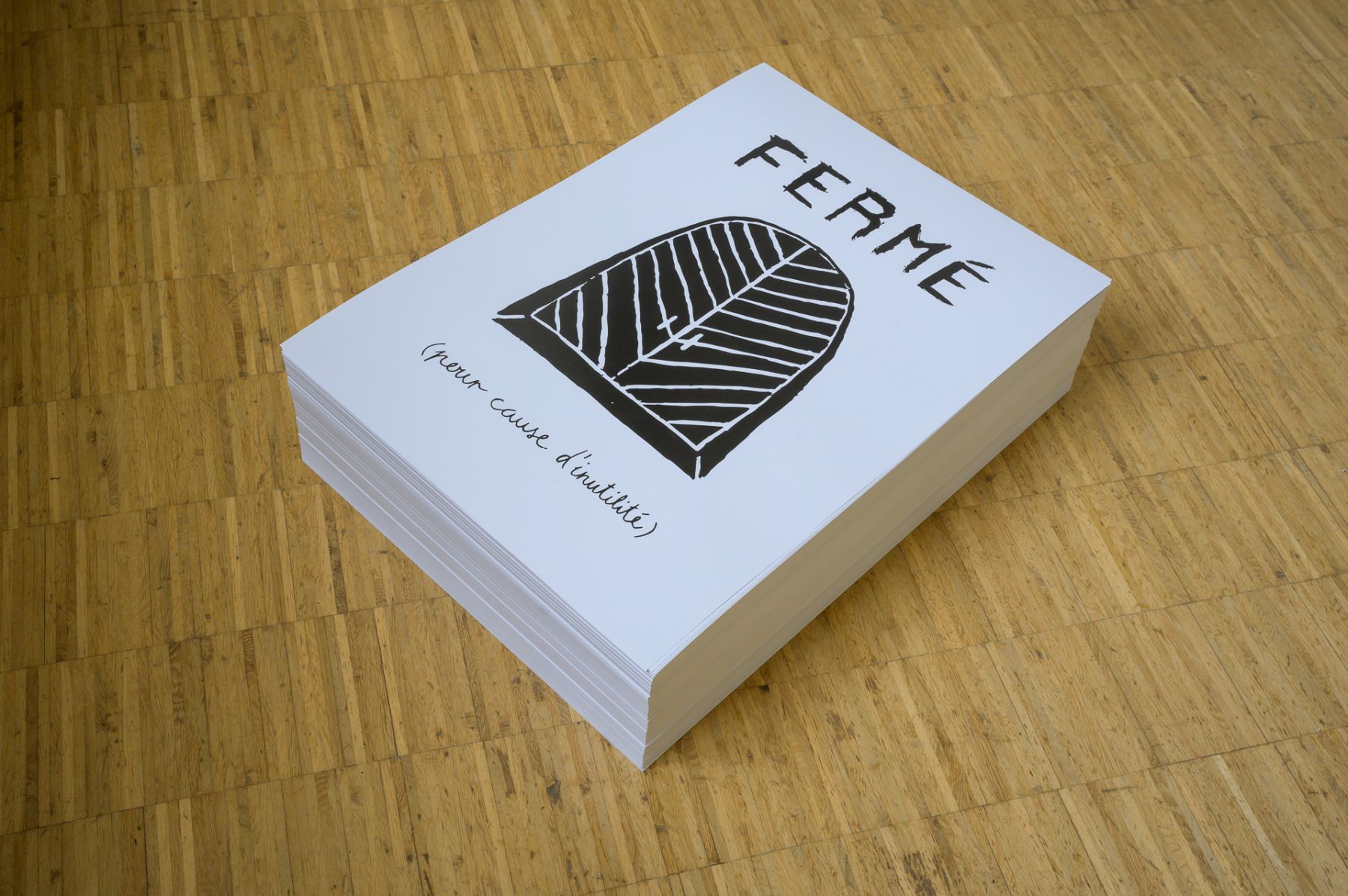
Ilja Zaharov, "UNTITLED" (POUR CAUSE D'INUTILITÉ), 2021, Offsetdruck auf Papier, 16 x 42 x 59,4 cm (ideale Höhe), 2021, Foto: Marc Doradzillo


Michel Auder, Michael Stickrod with Julius Martin-Humpert, Maristella Witt, Ilja Zaharov and Franziska Rist, Installation view Kommunales Kino Freiburg, Biennale für Freiburg #1, 2021, photo: Marc Doradzillo
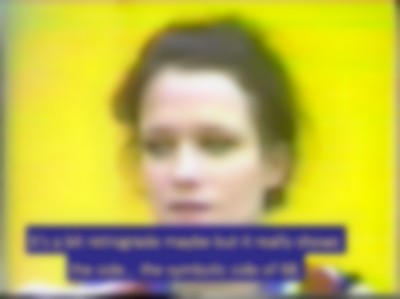

Michel Auder, May ‘68 in ‘78, 1978 (2019), edited by Michael Stickrod (video still)
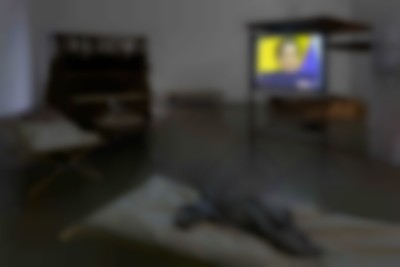

Michael Stickrod, Untitled (Bleachers 1, 2), 2019; Michel Auder, May ’68 in ’78, 1978, EDITED IN 2019, by Michael Stickrod. Installation view Beeler Gallery, 2019.
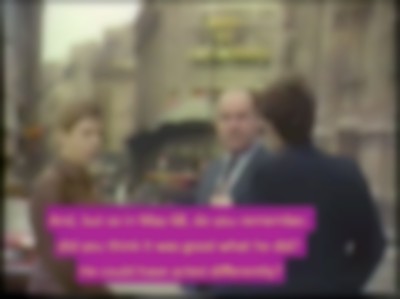

Michel Auder, May ‘68 in ‘78, 1978 (2019), edited by Michael Stickrod (video still)
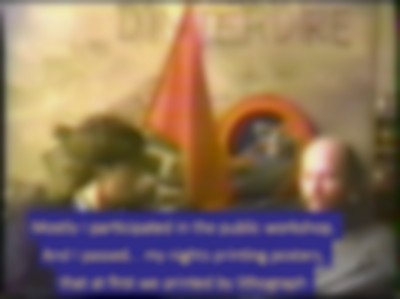

Michel Auder, May ‘68 in ‘78, 1978 (2019), edited by Michael Stickrod (video still)
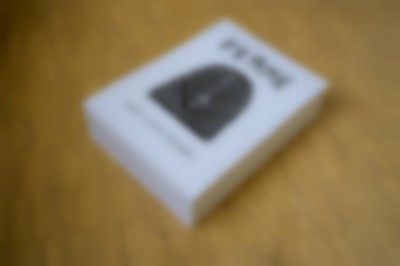

Ilja Zaharov, "UNTITLED" (POUR CAUSE D'INUTILITÉ), 2021, Offsetdruck auf Papier, 16 x 42 x 59,4 cm (ideale Höhe), 2021, Foto: Marc Doradzillo
Spazieren mit Schildkröte
29.09.2021 / Theresa Rössler

PARCOURSWALK 4
… MoreSpazieren mit Schildkröte
29.09.2021 / Theresa Rössler
Mit den PARCOURSWALKS geben Freiburger Kunst- und Kulturarbeiter*innen sowie eine Gruppe Jugendliche einen persönlichen Blick auf die Stadt, indem sie dazu einladen, sich auf Um- und Abwege durch den Ausstellungsparcours der BfF #1 zu begeben und dabei den Spaziergang entlang der Ausstellungsorte mit eigenen Empfehlungen und Blickwinkeln verbinden. Lesen Sie hier den Text von Theresa Rössler.

Mit dem Bild „mit einer Schildkröte an der Leine spazieren zu gehen“, schaffte Benjamin eine Geh-Metapher, die wir uns zu Beginn dieses Parcourswalks in Erinnerung rufen möchten: „Das gibt einen Begriff vom Tempo des Flanierens in den Passagen.“ Nun ist Freiburg nicht Paris, im Gegenteil, und ziellos, wie es dem Flanieren eigen ist, sind wir auch nicht unterwegs. Dennoch scheint das Ausstellungsformat Biennale, was sich in Freiburg über insgesamt acht unterschiedliche Standorte erstreckt, prädestiniert dafür, sich dieser anachronistischen Sehnsucht nach dem Flanieren gerade im Zuge einer Ortsbegehung und -erkundung hinzugeben, indem einfach mal innegehalten, stehen geblieben oder sich auf die Bordsteinkante gesetzt wird, um mit den Augen nicht nur die ausgestellte Kunst, sondern auch das uns Umgebende abzutasten. (Ein bisschen so wie Tarkowskis elendig lange Kameraeinstellungen.)
Wir beginnen in der Galerie des Kommunalen Kinos, wo der Film May ’68 in ’78 (1978/2019) des französischen Künstlers Michel Auder (editiert von Michael Steckrod) gezeigt wird – ein Zusammenschnitt aus von ihm mit Passant?*innen und Freund*innen geführten Interviews aus dem Jahr 1978 zum Pariser Mai 68. Neben einer Tribüne von Steckrod zeigen vier junge in Freiburg lebende Künstler*innen Arbeiten: Julius Martin-Humpert, Maristella Witt, Ilja Zaharov und Franziska Rist. Dem Erinnern als ein performativer Prozess per se – d.h. als einer, der seine Geschichte, seinen Gegenstand, seine Personen eigens konstituiert, inszeniert und immer wieder Modifikationen unterzieht – geht Auders Film insofern nach, als individuelle Erinnerungen und Lebensrealitäten mit einer kollektiven nationalen Gedächtnis- und Erinnerungskultur korrelieren und/oder zumeist kollidieren. Aleida Assmann schrieb davon, dass ein Staat, eine Nation oder auch die Institution Kirche selbst kein Gedächtnis besitzen, sich dieses aber schließlich „machen“. Es ist also kein Zufall, dass Auder Personen zum Mai 68 befragt, die gerade aus dem Pariser Rathaus kommen, wo im November 1978 eine Charles de Gaulle-Ausstellung gezeigt wurde.
Benjamin kommt noch einmal ins Gespräch, wenn wir im Anschluss den Kunstverein Freiburg besuchen und uns Patrizia Bachs Arbeit Istanbul Stadtplan (2015) nähern, die ihre Stadtbegehungen und Recherchen seit 2015 mit unbeschreiblicher Akribie dokumentiert. Der Versuch, Benjamins Geschichtsbegriff auf eine Zeile herunterzubrechen, sei hier zum Scheitern verurteilt. Dass es ihm um einen Bruch mit einer universalistischen Geschichtsphilosophie ging und eben darum, sich von einer historischen, nationalen Chiffrierung fernzuhalten, die „Ereignisse“ und „Fakten“ lediglich chronologisch aneinanderreiht, scheint für die Auseinandersetzung mit Bachs Arbeit unerlässlich: Stattdessen geht es um eine Pluralität an Perspektiven und den Fokus auf individuelles Erleben und Erinnern. Seit 2006 arbeitet Bach an dem TOMIKO Archiv, das private Geschichte dokumentiert und ab 12.09.2021 online zugänglich ist: www.patriziabach.de/projekte/tomiko/www-tomiko-archiv
Auch Philipp Guflers Quilt Serie (2018/19) auf der Galerie des Kunstvereins beschäftigt sich mit der Darstellung von Vergangenheit und der ihr inhärenten Exklusionsmechanismen. Einer binären Gesellschaftsordnung stellt er eine queere Geschichtsschreibung entgegen und führt anhand einzelner Narrative vor Augen, wie Heteronormativität u.a. in Identitäts- und Körperpolitik, in Geschlechterverhältnisse und daraus resultierende Machtverhältnisse eingeschrieben ist. Das Leben der Lana Kaiser, wie es Gufler im gleichnamigen Film (2020) vorstellt, sorgt für heftige Gänsehaut. Mehr als das kann ich nicht schreiben, jedoch ergänzen: Im beiliegenden Zine, das ihr in der Besuchszentrale erwerben könnt, wird Josè Esteban Muoz zitiert, „queerness as something not yet here“.
Weiter zur Stadtbibliothek und zu Belinda Kazeem-Kamińskis Arbeit Library of Request #6, die sich jeweils auch mit der Frage beschäftigt, wie (Institutions-)Geschichte geschrieben, Wissen manifestiert wird und welche Machtverhältnisse, die wiederum Marginalisierung und Diskriminierung zur Folge haben, diesen Prozessen zu Grunde liegen. „Räume des Wissens“, wie Bibliotheken und Archive oftmals betitelt werden, verkörpern mit ihren zeitspezifischen, vermeintlich „objektiven“ Auswahl-, Ordnungs-, Systematisierungs- und Repräsentationsprinzipien ja ohnehin schon ein bestimmtes Ideal oder Konzept von „Wissen“ und dessen Rezeption. Konkret geht es in Kazeem-Kaminskis Filmarbeit Unearthing. In Conversation (2017) um generationsübergreifende, koloniale Traumata der Kongoles*innen und um Leerstellen und Lücken im Archivmaterial, eben jene, die uns die Geschichte der Unterdrückten nicht sehen und nicht lesen lassen. „Die Desaster, die dieses Ende eines Milleniums markieren, sind auch Archive des Übels/ Archive des Bösen (archives du mal): verheimlichte oder zerstörte, verbotene, abgelenkte, ‚verdrängte‘,“ schreibt Derrida. Spannend bleibt für mich v.a., wen Kazeem-Kamiński anspricht. Die Zuschauer*innenränge im Theater bleiben leer.
Beim Rausgehen bitte nicht vergessen, die Schildkröte loszubinden. Vegane Grillknacker mit scharfer Soße gibt es am Taifun-Stand auf dem Markt. Auf dem Bordstein sitzend nochmals innehalten und geruhsam abtasten.
THERESA RÖSSLER ist seit Dezember 2020 am Kunstverein Freiburg als kuratorische Assistentin tätig. Zuvor arbeitete sie u.a. für das ZKM | Zentrum für Kunst und Medien Karlsruhe, den Kunstverein Braunschweig, die Galerie B4 – Plattform für junge Kunst in Wien und die Galerie Arratia Beer in Berlin. Sie studierte Kunstgeschichte in Wien, Kunstwissenschaft und Ausstellungsdesign in Karlsruhe sowie Kunsttheorie in Dublin.
Eine Stadt voller Geschichte(n)
28.09.2021 / Seribana, Sadija Asani, Mariam & Anano Papinashvili

PARCOURSWALK 3
… MoreEine Stadt voller Geschichte(n)
28.09.2021 / Seribana, Sadija Asani, Mariam & Anano Papinashvili

Samstag, 18.09
- Hey, wie war die Ausstellung, von der Du mir erzählt hast?
- Es war richtig spannend! Wir sind gestern am Besuchszentrum der BfF#1 gestartet und haben uns ein Kunstwerk von einem Künstler?*innenduo aus Wien angeschaut.
- Cool, erzähl mal!
- Da war ein komplett schwarzer Raum und unsere Augen waren nur auf die Videos gerichtet – bunte Farben, Wassergeräusche, Natur, der Schwarzwald. Menschen, die sich langsam fortbewegen und viele Hände. Es gab zwei Stimmen, sehr beruhigend, eine Frau und ein Mann, die abwechselnd und teilweise gleichzeitig gesprochen haben. Dann haben wir uns erstmal Bubble Tea zur Stärkung geholt und eine Pause auf der Blauen Brücke gemacht.
- Habt Ihr euch da auch die Skulptur angeschaut?
- Was meinst Du?
- Da gibt es so einen Mantel aus Bronze – wenn man die Treppen vom Konzerthaus hochgeht. Er soll an die Deportation von Freiburger Juden und Jüdinnen in das Konzentrationslager Gurs in Südfrankreich erinnern.
- Das wusste ich gar nicht!
- Ich habe das auch nur über die Schule erfahren und das Denkmal davor immer übersehen.
- Das ist wie mit den Stolpersteinen, die sind mir zuerst auch nicht aufgefallen. Aber wenn man mal von ihnen weiß und darauf achtet, sieht man sie an vielen Stellen in ganz Freiburg.
Sonntag, 19.09
- Hey, ich habe mir die Ausstellung heute endlich auch angeschaut! Ich war an der Kaiserwache, ein ehemaliges Toilettenhäuschen beim Café Extrablatt.
- Es gibt echt viel zu wenige öffentliche Toiletten in Freiburg! Und übrigens auch viel zu wenig Trinkwasserbrunnen – in Georgien gibt es davon richtig viele! Aber zurück zur Ausstellung – wie fandest Du das Video mit den vielen Bildern?
- Ich fand es spannend, dass der Künstler das zulässt…so ganz private Bilder und sein Leben mit anderen Menschen zu teilen.
- Aber wir zeigen ja unser Privatleben auch auf Social Media…
- Stimmt schon, aber nur ausgewählte Bilder und die müssen dann perfekt sein.
- Warst Du eigentlich noch im Kunstverein? Da sind richtig viele Kunstwerke ausgestellt!
- Ja da war ich auch noch. Dort hat mich am meisten das Video mit der Statue fasziniert.
- Ich fand das erstmal etwas komisch… Der Künstler steht vor einer Statue und redet mit ihr, als sei es eine echte Person.
- Aber die Geschichte hinter der Statue und seine Fragen ergeben voll Sinn! Ohne die Fragen und seine Performance würde man die Statue gar nicht beachten und nicht weiter darüber nachdenken.
- Stimmt! Wir haben danach noch richtig viel darüber geredet, wie die Statue überhaupt dargestellt ist. Eine Frau, hilflos, ohne Arme – der abgeschlagene Kopf zeigt das noch mehr.
- Ich habe auch darüber nachgedacht, dass es zwar viele Statuen von Männern gibt, aber kaum welche von Frauen! Und wenn dann so schöne, dünne, „perfekte“ Frauen. Gibt es eigentlich irgendwo auch Statuen von dicken Frauen?
- Es gibt diese Nana-Figuren. Aber die sind halt nicht realistisch; das sind keine echten Frauen, die mal berühmt waren.
- Vielleicht braucht „Mama Merkel“ mal eine Statue :D Oder welche Frau fällt Dir ein, die eine Statue verdient hat?
- Auf jeden Fall Malala Yousafzai, die Kinderrechtlerin, die sogar einen Nobelpreis bekommen hat!
- Und Rosa Parks! Das hatten wir in der Schule – sie ist Bürgerrechtlerin aus den USA und setzte sich gegen Rassismus ein.
- Das stimmt! Weiß Du was, ich finde wir sollten ein eigenes Kunstprojekt machen – nur mit Statuen von Frauen!
- Ich bin dabei! Sollen wir uns im Stadtgarten treffen und darüber reden?
- Ja! Ich bringe eine Picknickdecke mit! Bis gleich!
Seribana (*2005) und Sadija Asani (*2007) sind im Jahr 2010 mit ihrer Familie aus Bosnien nach Deutschland gekommen. Seitdem leben sie in Freiburg und sind seit einigen Jahren Teil des Patenschaftsprogramm der Initiative Schlüsselmensch e.V. Sie tanzen gerne HipHop und treffen sich mit Freund*innen in den Freiburger Parks oder erkunden die Stadt. Sie interessieren sich für die deutsche Geschichte und den Nationalsozialismus und engagieren sich seit einigen Jahren im Roma Büro Freiburg.
Mariam (*2006) und Anano Papinashvili (*2008) sind im Jahr 2013 aus Georgien nach Deutschland gekommen und leben seitdem in Freiburg. Beide tanzen gerne und mögen es Zeit in der Stadt zu verbringen. Hier vermissen sie vor allem mehr Trinkwasserbrunnen, die sie noch aus ihrer Heimat kennen. Sie nehmen regelmäßig an Ferienfreizeiten der sozialistischen Kinderorganisation „Rote Peperoni“ teil und tauschen sich gerne über gesellschaftskritische Themen und insbesondere über Rassismus aus.


Flex and ask: Who owns the city?
15.09.2021 / Dorothee Annette Kreuzer

PARCOURSWALK
… MoreFlex and ask: Who owns the city?
15.09.2021 / Dorothee Annette Kreuzer
With the PARCOURSWALKS, Freiburg's artists and culture workers and group of of teenagers give a personal view of the city, invite you to take detours through the exhibition parcours of the BfF #1 and combine the walk along exhibition sites with their own recommendations and perspectives. Here you can read the text by Dorothee Annette Kreuzer.

We start at the PFÖRTNERHAUS and walk across the Fabrikbrücke. Homeless people often spent the night here, which the city now prevents by installing stones. Along the Dreisam we walk towards the city center to the KUNSTVEREIN. Since July 2021, a memorial stone at the Kaiserbrücke commemorates people who died due to their addiction. In 2020, Freiburg was, after Stuttgart, the place with the most people who died of addiction in the state. Next to the memorial stone, up the stairs, we reach the KAISERWACHE. Via the Holzmarkt we continue to the MUSEUM FÜR NEUE KUNST. We order an espresso at the window of the Caffa da Gianni. Crossing Ni-Una-Menos Square with the monument to victims of femicides, we walk past the Augustinermuseum and continue through Augustinergasse onto Schusterstraße. We turn off to MÜNSTERPLATZ 6. Passing the Münster we look for the entrance of the STADTBIBLIOTHEK, the public library. From the square of the new synagogue and the Pflasterstub’ we walk a short distance to Kaiser-Joseph-Straße. We know the look of the inner city from all other inner cities. We sit down, change perspective, and experience the feeling of disregard and at the same time extreme observation by regulatory authorities. At Europaplatz, we cannot miss the Victory Monument. Below us, until two years ago, the White Rabbit and Artik were still home to art and cultural spaces, which then had to make way for a train line. Through Wasserstraße we walk towards Rotteckring and the so-called “Käfig”, a place of consumption for addicted people. Do too few people live in Freiburg for the establishment of a protected consumption space? We stay on the left side of the street and stop at the monument for the victims of National Socialism and for anti-fascists. In the Rathausgasse there is a memorial plaque of the “Frauen*Orte” of the Feministische Geschichtswerkstatt, the feminist history workshop. At the square of the old synagogue, we experience a whiff of urbanity from the police action that potentially was carried out the night before. Depending on the time of day, we walk to the Jos Fritz Café, go to the pub Litfass or the Kyosk (Interym). In the green we reach the Grether—among others a project of the Miethäuser Syndikat—and the memorial plaque for forced laborers. From here, our route leads back to the Dreisam, over the Schnewlinbrücke, into Haslacherstraße, and past the municipal homeless shelter OASE. Here are also the Fritz’ Galerie and Freizeichen, the new spaces of Artik e.V. We end our walk in the courtyard of Slow Club e.V., the association for necessary cultural measures. Here you can see works by Philip Jan Krajewski and Verena Marie Balschus until autumn. What this strangely clean city does to you, you must decide for yourself.
DOROTHEE ANNETTE KREUZER is a social/theater pedagogue and works in the field of homeless assistance. She has been helping to design the Slow Club program since 2013. Allegedly, she is a city guide. She likes to sit at counters and try to read. She often travels to other places to see art and would like to have more time to be flâneuse of her city.
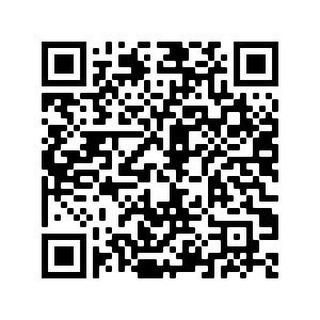
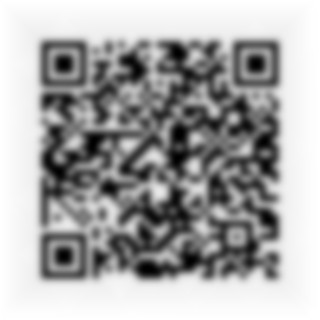

Stairs
15.09.2021 / Martha Martin-Humpert

PARCOURSWALK
… MoreStairs
15.09.2021 / Martha Martin-Humpert
With the PARCOURSWALKS, Freiburg's artists and culture workers and group of of teenagers give a personal view of the city, invite you to take detours through the exhibition parcours of the BfF #1 and combine the walk along exhibition sites with their own recommendations and perspectives. Here you can read the text by Martha Martin-Humpert.
We start at the PFÖRTNERHÄUSCHEN, take a look at the latex works of Liesl Raff and then stroll on to the beverage store right next door. Here we stock up on refreshments of our choice, but cold please, preferably alcoholic. Equipped, we head for the first viewing spot, the small staircase in front on Schwarzwaldstraße. Here red lightning flashes over and over again, gloatingly the guests of Swamp on the opposite site of the street cheer speeders on. But we don’t dwell on the schadenfreude for long. The path continues through Freiburg’s most dismal underpass through the Wiehre to the KOMMUNALES KINO. Michel Auder and Michael Stickrod in collaboration with young Freiburg artists. On the entrance steps, we open the next bottle and watch the contemplative hustle and bustle of the Wiehre. In the background you might hear the gentle ping and pong from the ping pong tables or the soothing clacking of the boules balls. Already slightly tipsy, we move on through the old quarter in the direction of the Johanneskirche. Here, too, we allow our tired feet some rest. The steps are wide and inviting, the sandstone above us radiates sublime calm—a good contrast to the hectic intersection in front of us. During the day, the crowds rush here to the student union, and in the evening, nighthawks meet on their way home. But we have to move on, in the direction of the city. We cross the river and come upon the former toilet house at the KAISERWACHE; inside, the works of Niklas Goldbach shine. Mind and body in unity, we approach the water; the feet in the Dreisam, we let the impressions of hormone-driven youths on the meadows and the clientele of the Extrablatt sink in. Nice how this all coexists without us having to be part of it. Now it’s time to venture into the city center. Up Kaiser Joseph-Strasse, indulgence and consumption condense the closer we get to the center. But just before we get there, we turn off into Grünwälderstraße; we have to get to the steps of Augustinerplatz. Sitting had never been more relevant to municipal politics than during the hard-fought nights a few years ago. Meanwhile, it’s emptier here than it used to be, but beer vendor Pischko still shows up reliably. The last two stops on our way are nearby, the MUSEUM FÜR NEUE KUNST and the KUNSTVEREIN. We still try to duly experience the works but are already a bit woozy from visual exhaustion and the slight intoxication. We long for refreshment, and yes, it is near: we stagger to the fish stairs, surrender to the current like salmon, and let all our thoughts be washed away. Step by step, the images of the day blur in
the gentle whisper of the Dreisam.
MARTHA MARTIN-HUMPERT: Original Bobbele since 1991. Passionate local reporter who pours beer in pubs. Subjects: art, culture, musi — as long as it’s something between street credibility and high-class high culture. Trained in Vienna, learned in Berlin, happy in Freiburg.
Die Autor*innen des Bust Talk–Illumina
16.07.2021 / BfF #1
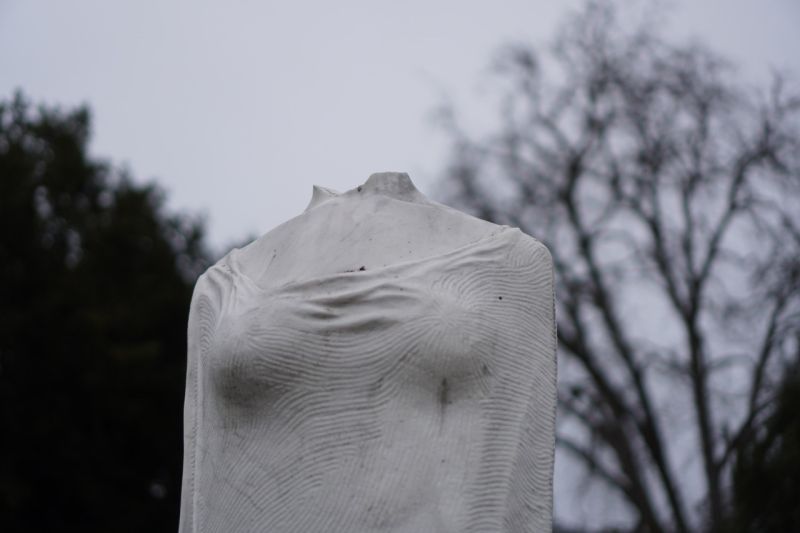
Wir stellen die Autor*innen des BUST TALK–ILLUMINA vor, die gemeinsam mit Thomas Geiger den Dialog mit der Statue entwickelt haben.
… MoreDie Autor*innen des Bust Talk–Illumina
16.07.2021 / BfF #1
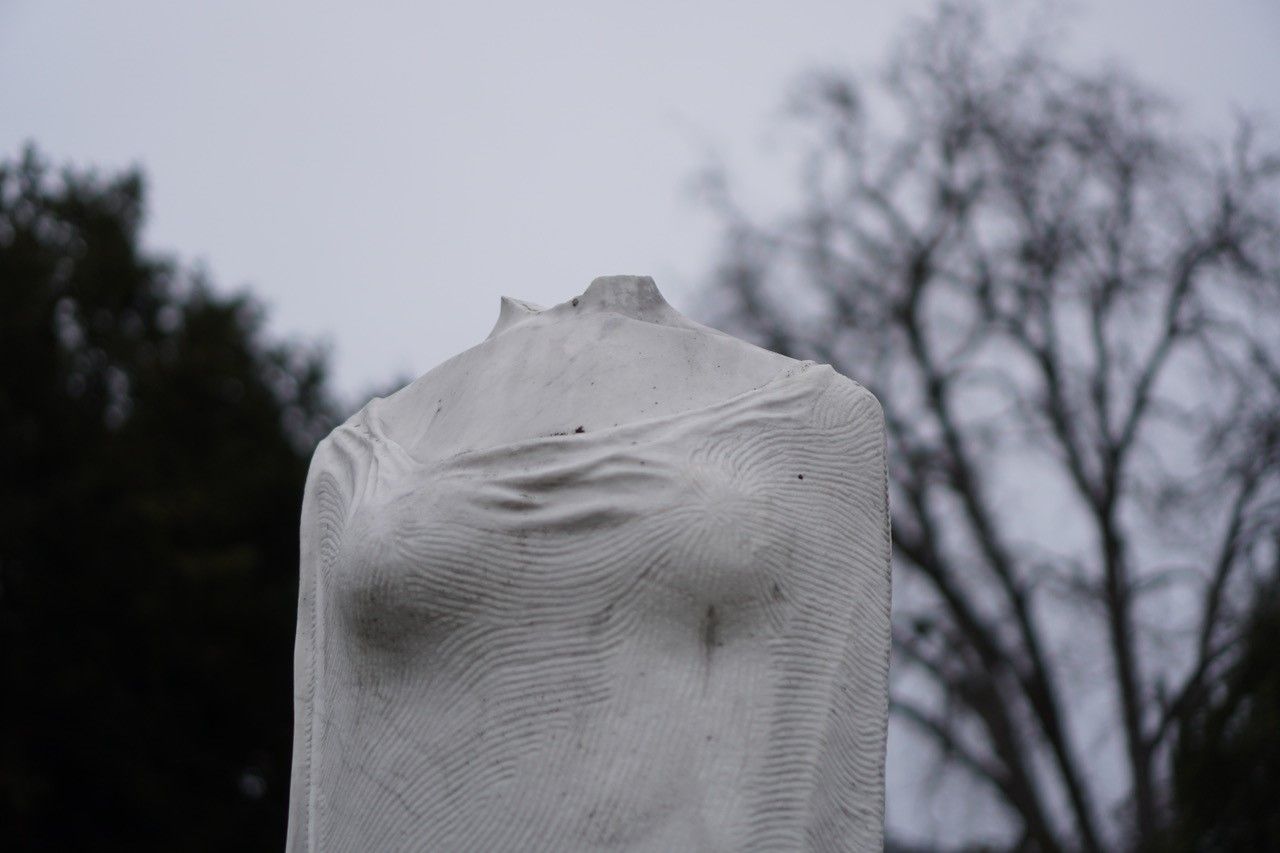
Illumina, Till Peter Otto, 2000, in beschädigtem Zustand (seit 2015).
Anfang Mai traf sich Thomas Geiger mit Oliver Matthes, Sévérine Kpoti, Dieterich Roeschmann und Birgit Heidtke, um die gemeinsame Entwicklung des Bust Talk–Illumina zu beginnen. Im Laufe von mehreren Wochen entstand durch fortwährenden Austausch zwischen den Teilnehmenden und dem Künstler ein Dialog mit der Skulptur, der aus unterschiedlichen Stimmen zusammengesetzt ist. Dieser wird am 23. und 24. Juli, jeweils um 17 Uhr im Stadtgarten Freiburg der Öffentlichkeit präsentiert. Hier stellen wir die Beteiligten mit kurzen Textausschnitten aus dem Bust Talk vor:
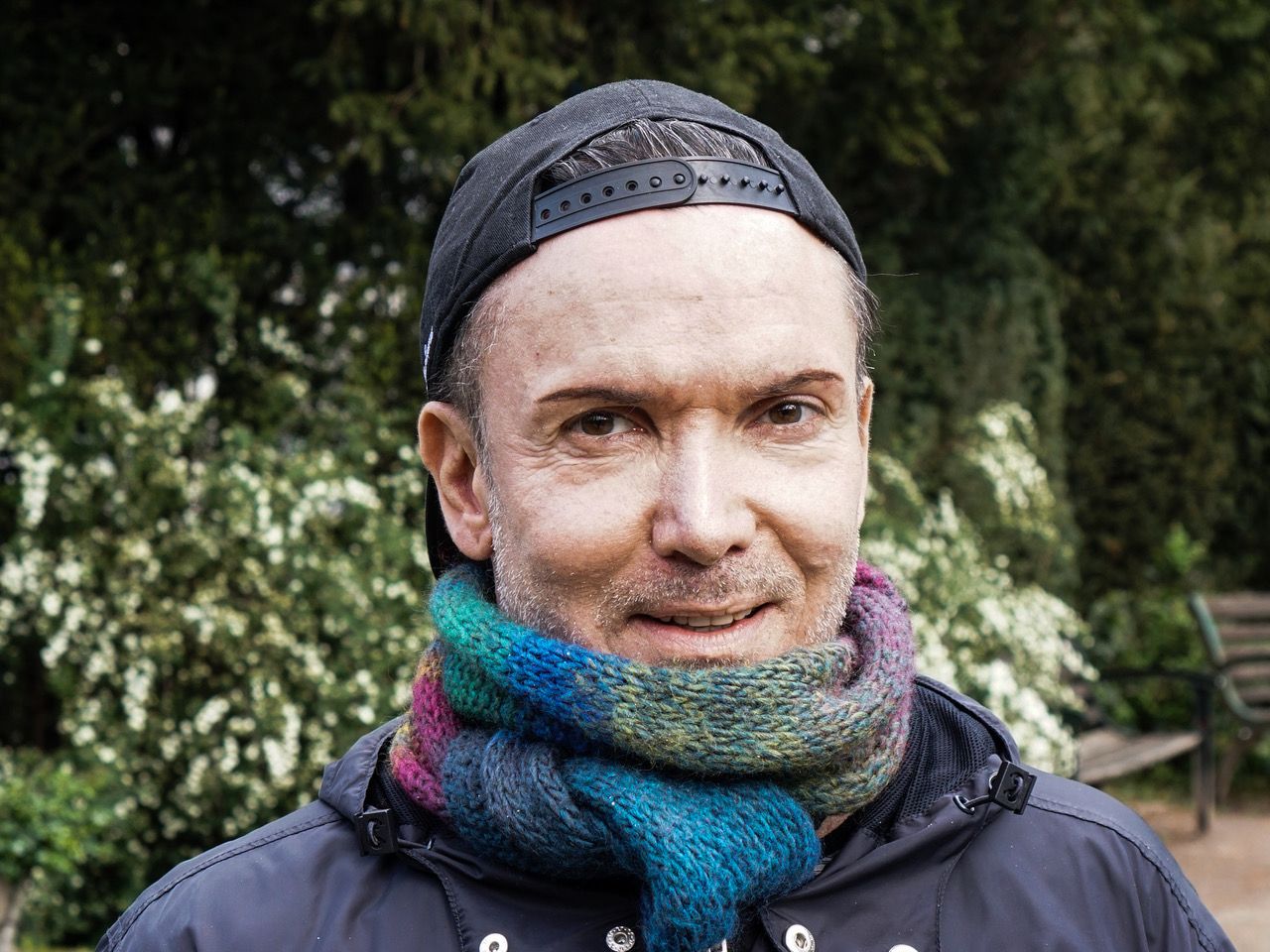
„Restaurieren heißt, etwas in seinen ursprünglichen Zustand zu bringen. Ich halte von dieser Idee nicht viel, denn jeder Kopf ist ein Unikat, und eine Reproduktion wird nie so gut sein wie das Original.”
Oliver Matthes (Redakteur bei der Strassenzeitung FREIeBÜRGER)
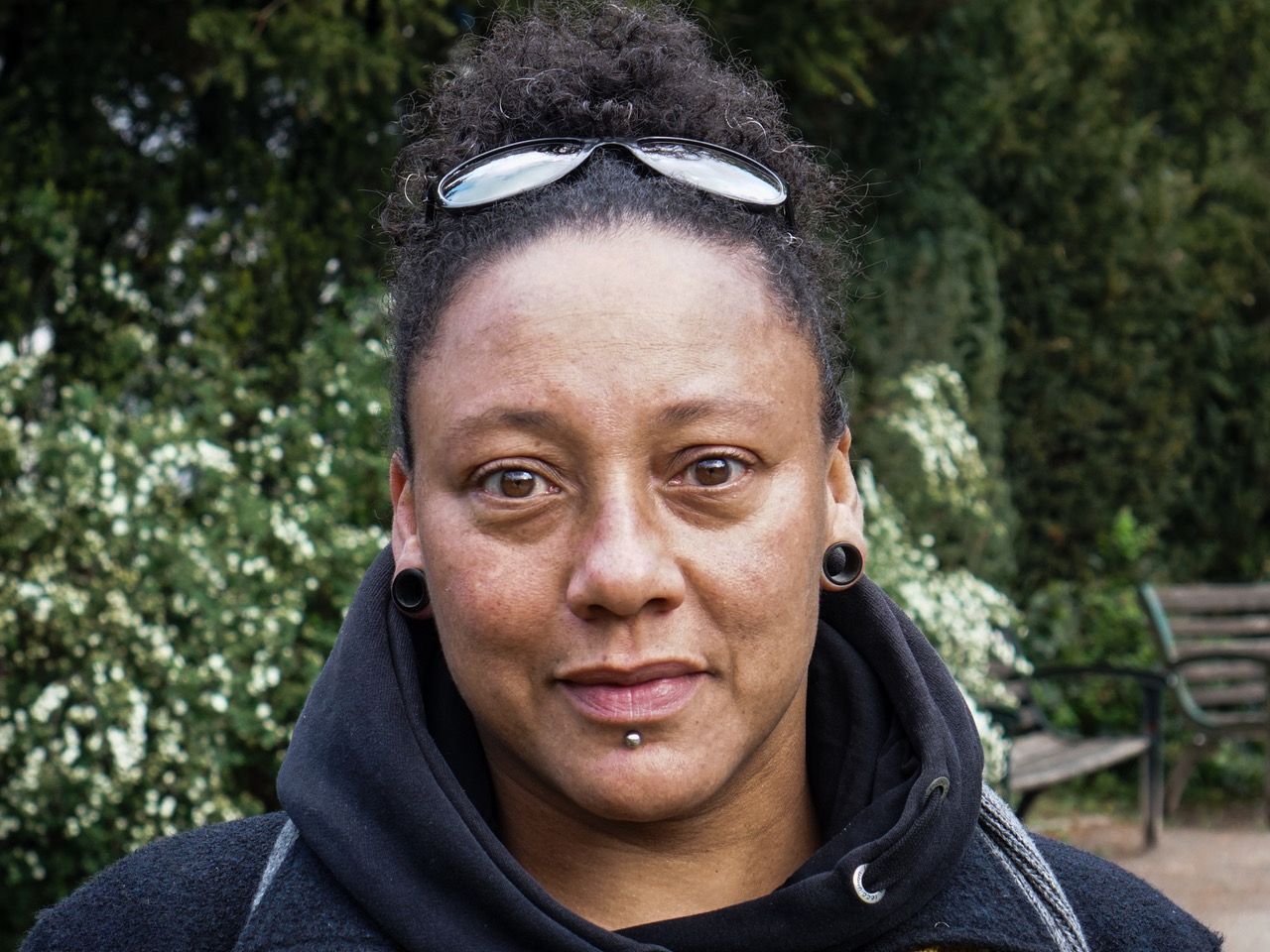
„Um ehrlich zu sein, ich war schon immer kopflos! Es ist eine Charaktereigenschaft von mir, die sich in Form einer gewissen Impulsivität und sorglosen Spontanität zeigt.”
Sévérine Kpoti (Fotografin und Mitglied von Here And Black)
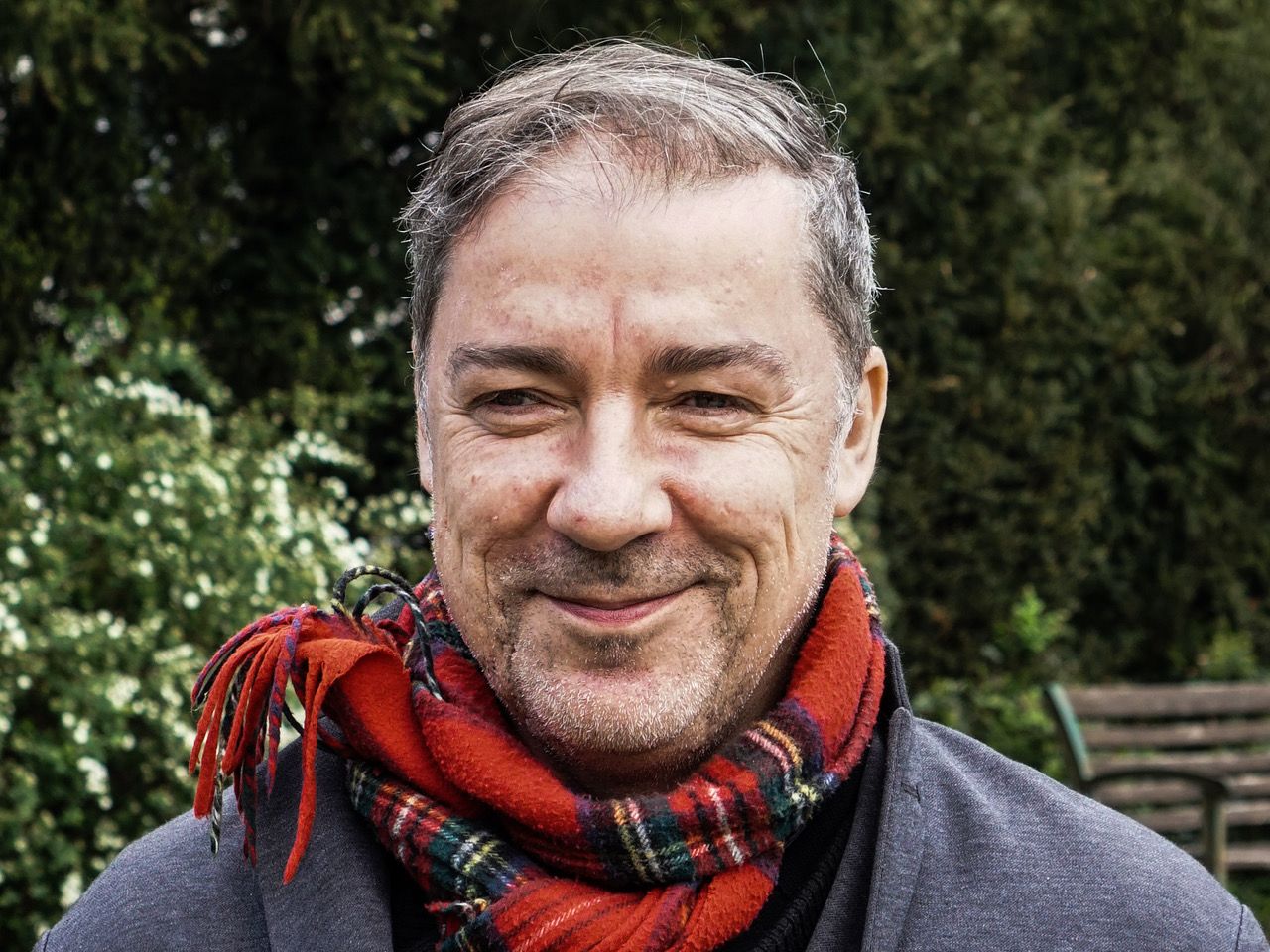
„Ich finde, es ist ein schönes Privileg, sich den Menschen einfach in den Weg stellen zu dürfen, Raum zu verdrängen.”
Dietrich Roeschmann (Journalist und Mitglied der Kunstkommission der Stadt Freiburg)
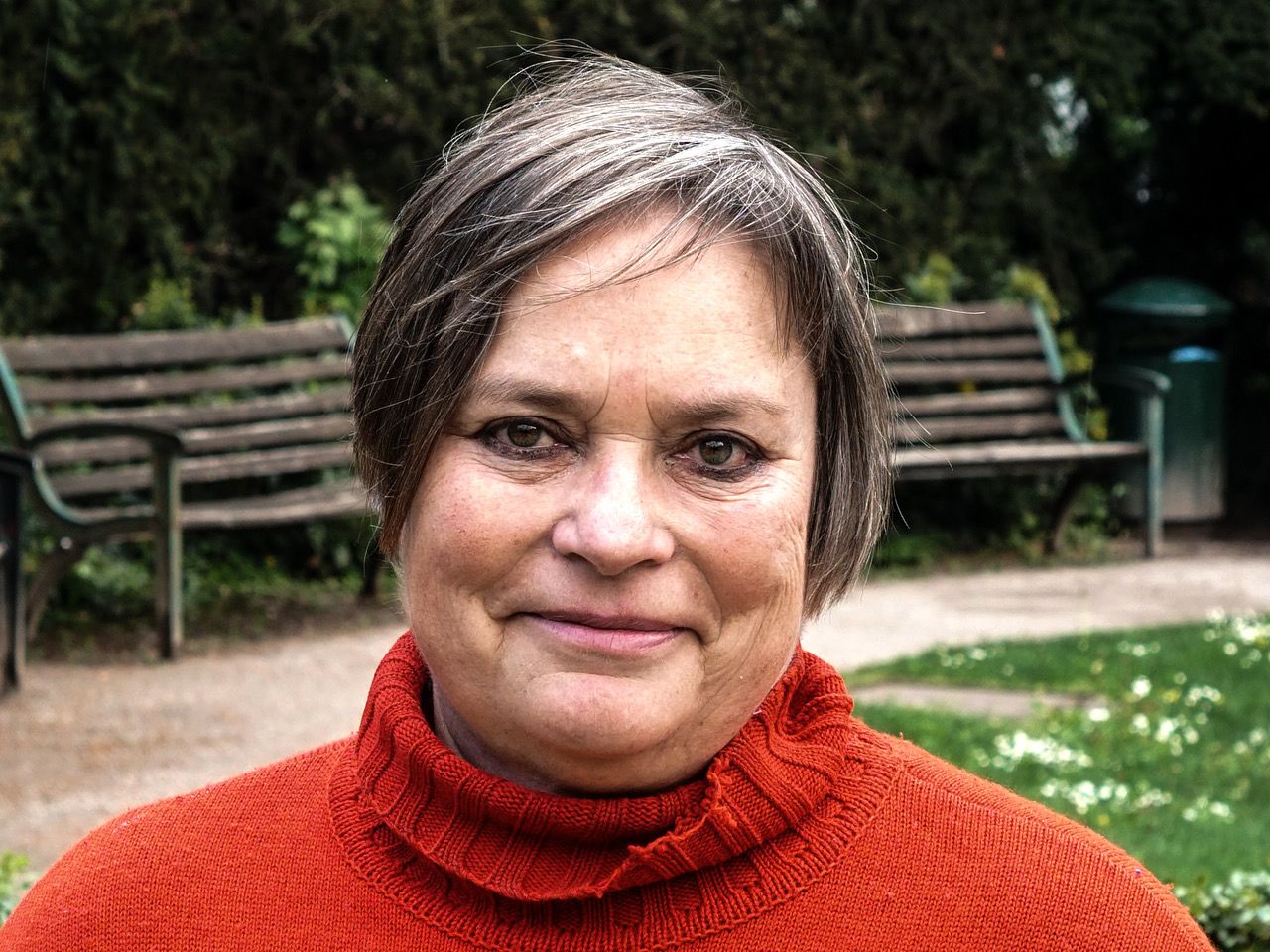
„Sieg, Freiheit, Jahreszeit: wir verkörpern und bleiben wesenlos. Unsere Schöpfer sehen uns ohne (menschliche) Eigenschaften.”
Birgit Heidtke (Historikerin und Mitglied der feministischen Geschichtswerkstatt)
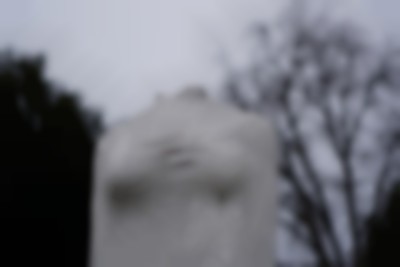

Illumina, Till Peter Otto, 2000, in beschädigtem Zustand (seit 2015).
Announcement of artists and cooperations
16.06.2021 / BfF #1
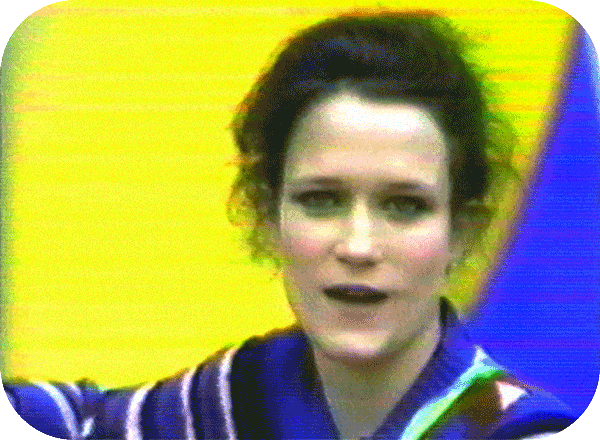
We are excited to announce the contributing artists and our cooperation partners.
… MoreAnnouncement of artists and cooperations
16.06.2021 / BfF #1
PARTICIPATING ARTISTS AND CONTRIBUTORS:
Michel Auder with Michael Stickrod in collaboration with Julius Martin-Humpert, Maristella Witt, Ilja Zaharov and Franziska Rist; Patrizia Bach; Patricia Esquivias; Rahima Gambo and collaborators; Thomas Geiger in collaboration with Birgit Heidtke, Sévérine Kpoti, Oliver Matthes and Dietrich Roeschmann; Niklas Goldbach; Philipp Gufler; Markus Hanakam & Roswitha Schuller; Belinda Kazeem-Kamiński; Vika Kirchenbauer; Sarah Lehnerer with Jackie Grassmann and Inka Meißner and with guest lecturers Keren Cytter and Johanna Hedva; Luiza Margan; Kriz Olbricht; Liesl Raff; Andreas von Ow; Young Boy Dancing Group; and more...
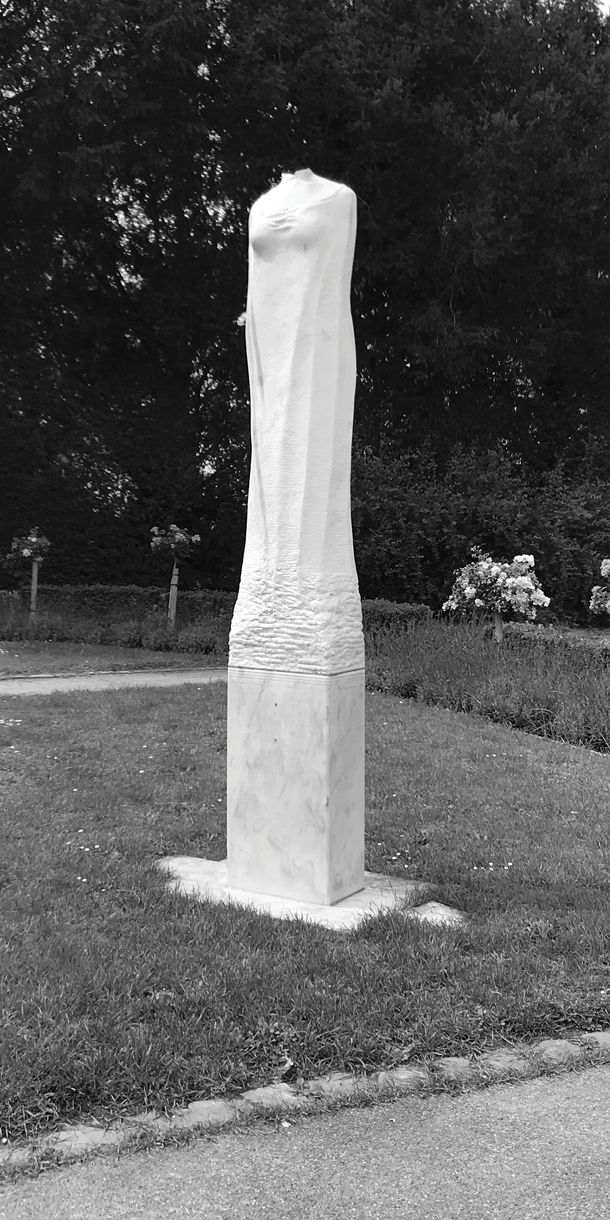
BIENNALE FÜR FREIBURG IS COOPERATING WITH THE FOLLOWING PARTNER INSTITUTIONS:
Dear White People Festival, DELPHI_space, Deutsches Tagebucharchiv, Feministische Geschichtswerkstatt, Here & Black, Karlsruhe University of Arts and Design, Kunstverein Freiburg, Kunstkommission der Stadt Freiburg, Literaturhaus Freiburg, Macromedia Hochschule Freiburg, Museum für Neue Kunst, Pförtnerhaus, Stadtbibliothek Freiburg, Strassenzeitung FREIeBÜRGER.
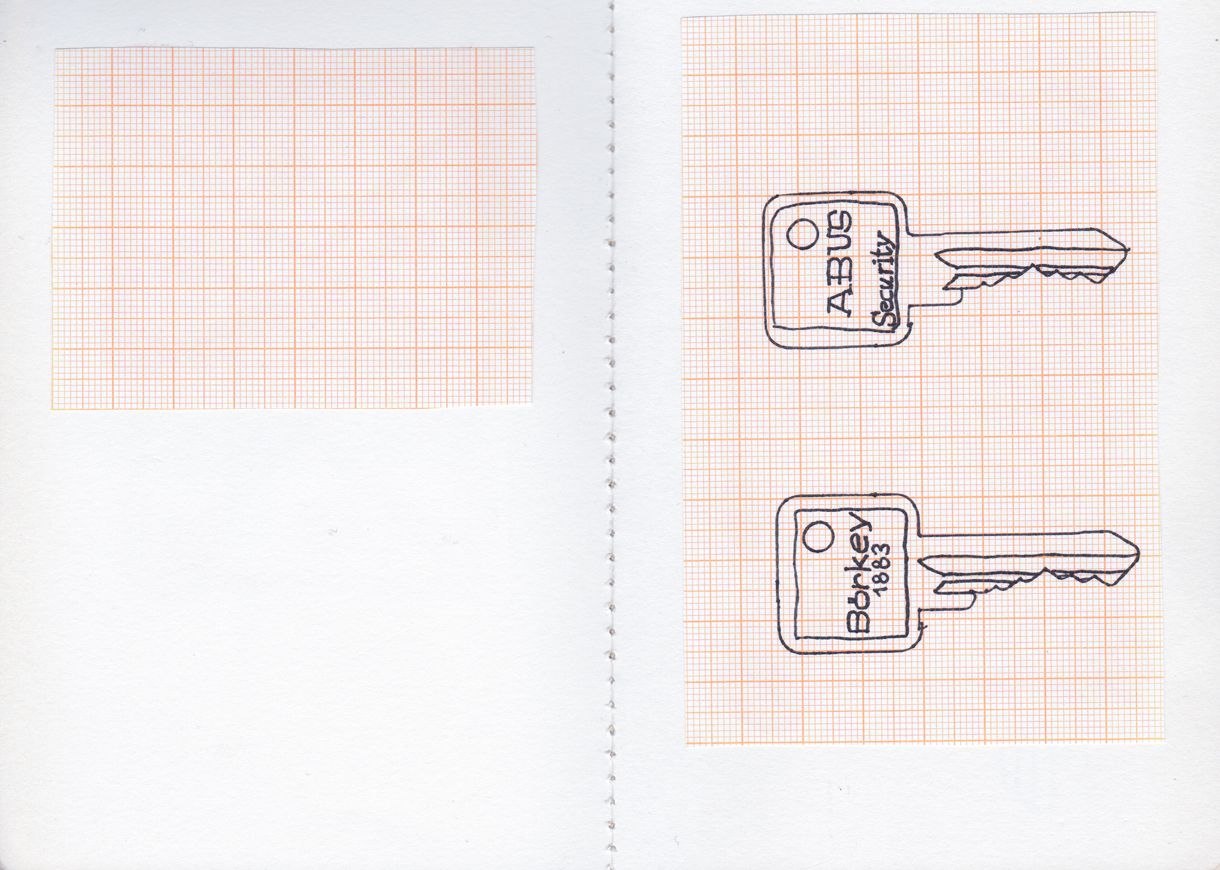
BfF #1 will unfold in two phases: a Studio Program that started in early May, lasting until the end of August and a resulting Exhibition Parcours that will be on view in Freiburg from September 10 to October 3, 2021.

Conceived as a four-month-long phase for production, discourse and mediation, the Studio Program lays the groundwork for the subsequent Exhibition Parcours. Between May and August, the contributing artists will visit Freiburg extensively, providing insights into their production processes, organize workshops, and develop new works during their stay, many of them in collaboration with other artists and local participants.
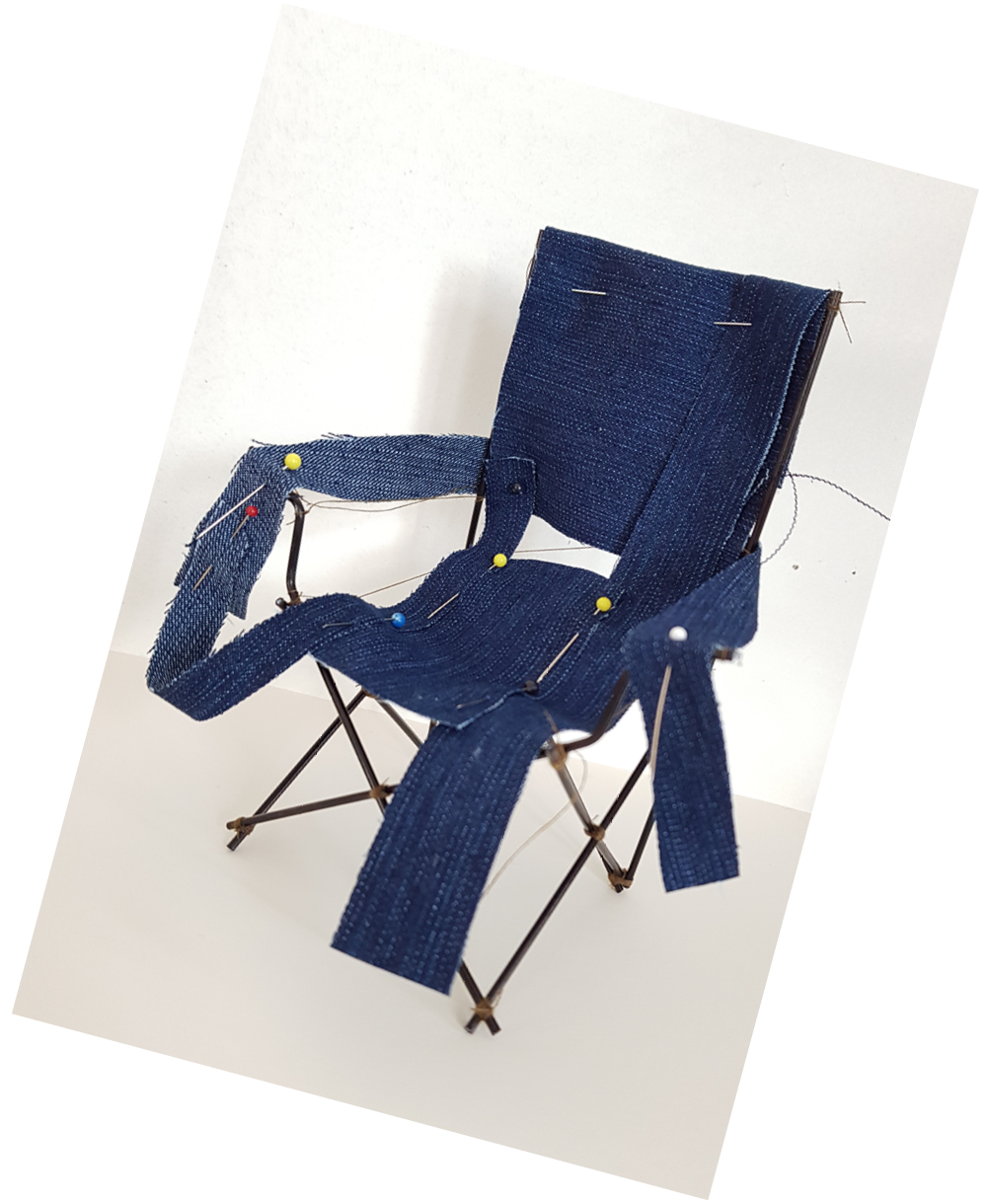
In September, the Exhibition Parcours will unfold throughout Freiburg, with a rich program of installations, video works, painting, photography and performance. Allocated at art institutions, off spaces and other venues, the parcours guides the visitors through the themes and various artistic approaches of the Studio Program and refers these ephemeral processes back to the realm of the exhibition. More than a mere presentation of final results, the exhibition functions as an insight into networks of artistic collaboration, multilayered sets of thematic reference points and offers potential points of departure for future editions of the Biennale für Freiburg.
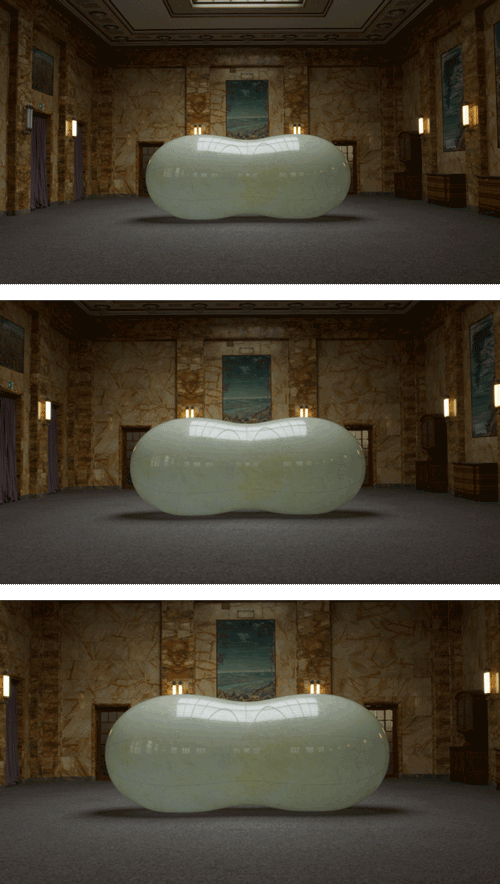
For updates on our program please sign up to our newsletter and follow us on Instagram and Facebook.
Image credits: [1] Till Peter Otto, Illumina, 2000. [2] Fritz Laszlo Weber, Cracking Dis/Parities, 2021. [3] Michel Auder, May ‘68 in ‘78 (still), 1978. [4] Diane Hillebrand, Modell for scenography for Biennale für Freiburg, 2021. [5] Hanakam & Schuller, The Moist Cabinet (production photo), 2021. [6] Sarah Lehnerer, A Day‘s Work, 2021.
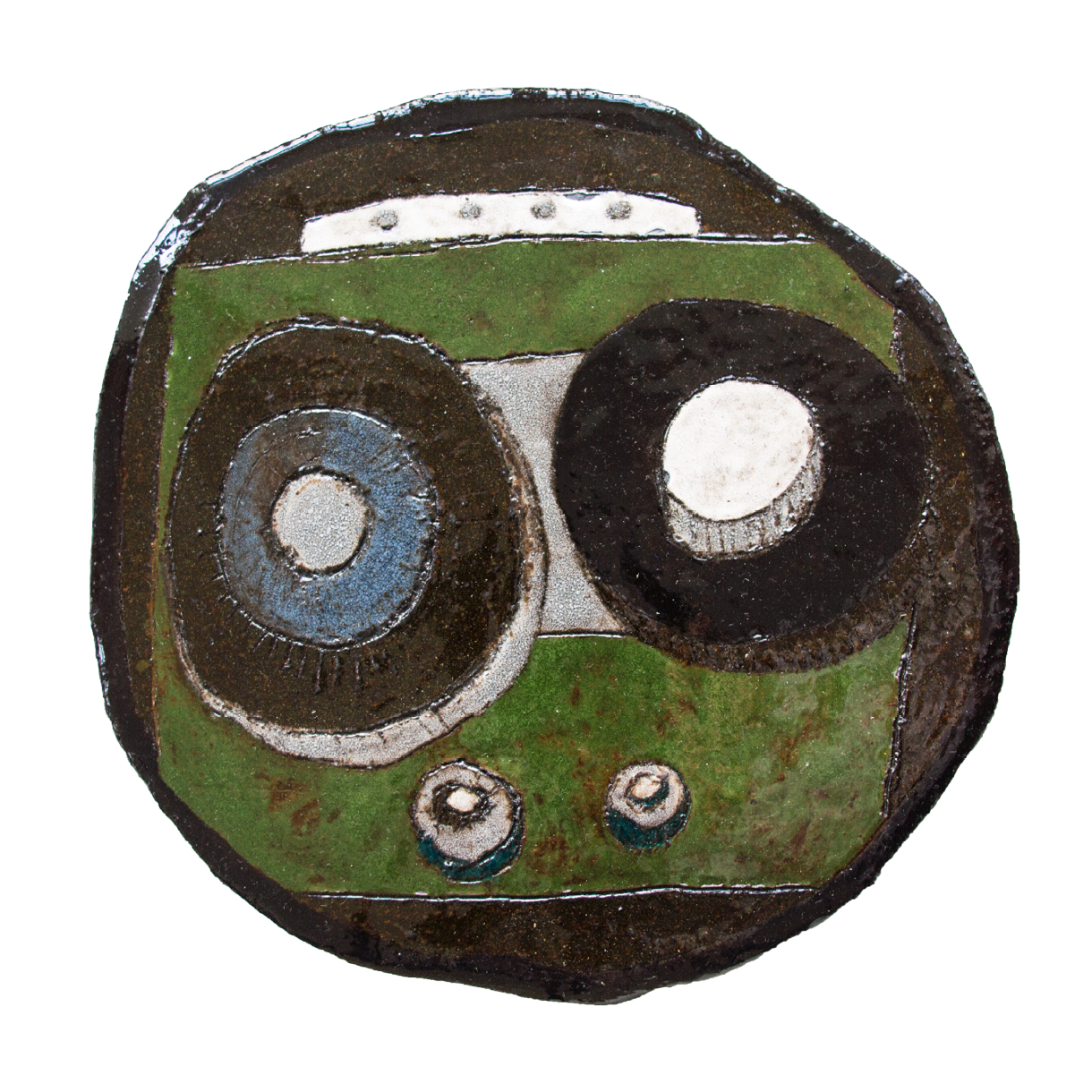
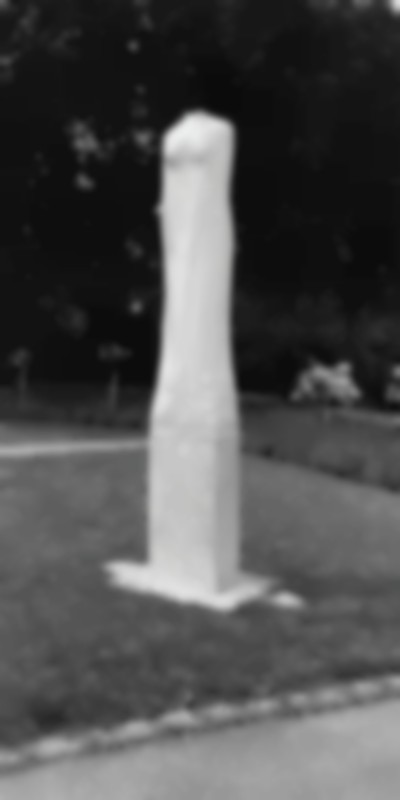

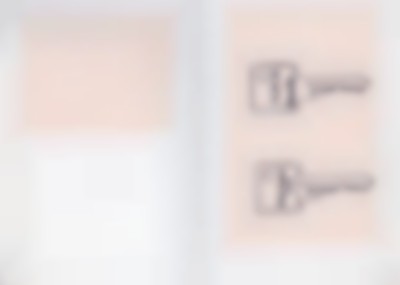

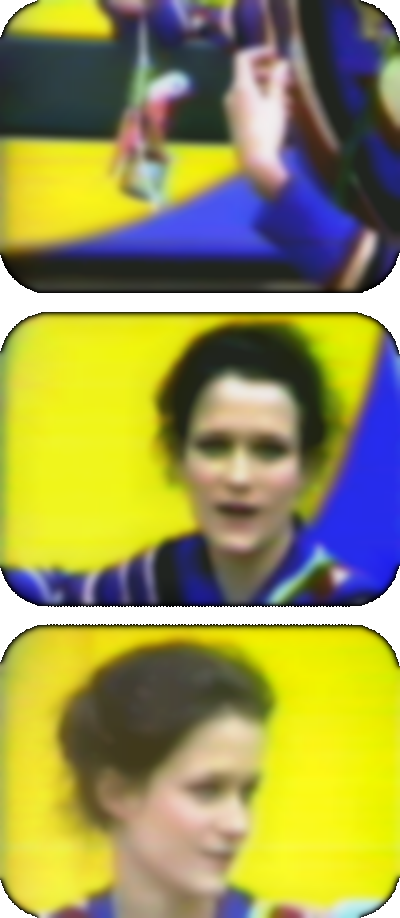

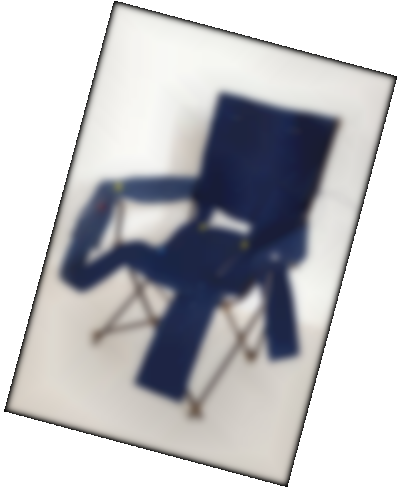

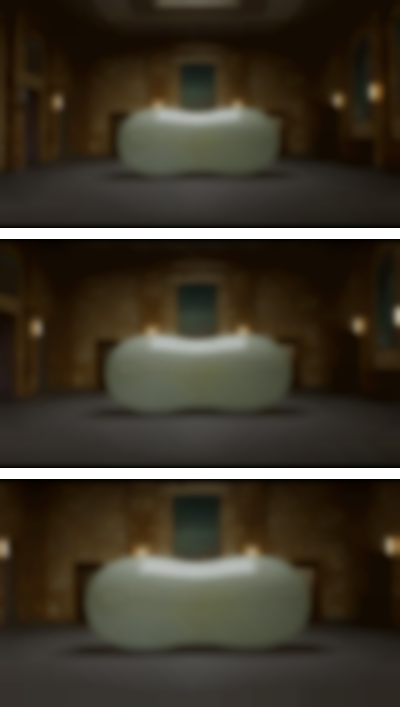



Shaping the relationship between ‘Biennale,’ ‘for’ and ‘Freiburg.’
12.04.2021 / Curatorial Advisory Board of BfF #1
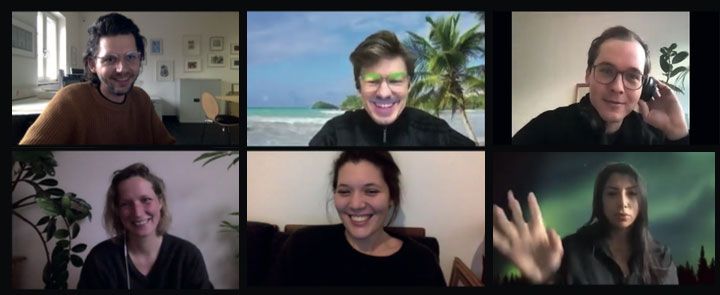
For the first edition of the Biennale für Freiburg we were invited to form the Curatorial Advisory Board. We are Aziza Harmel, Christoph Chwatal, Fanny Hauser, Fritz Laszlo Weber, and Magdalena Stöger.
… MoreShaping the relationship between ‘Biennale,’ ‘for’ and ‘Freiburg.’
12.04.2021 / Curatorial Advisory Board of BfF #1
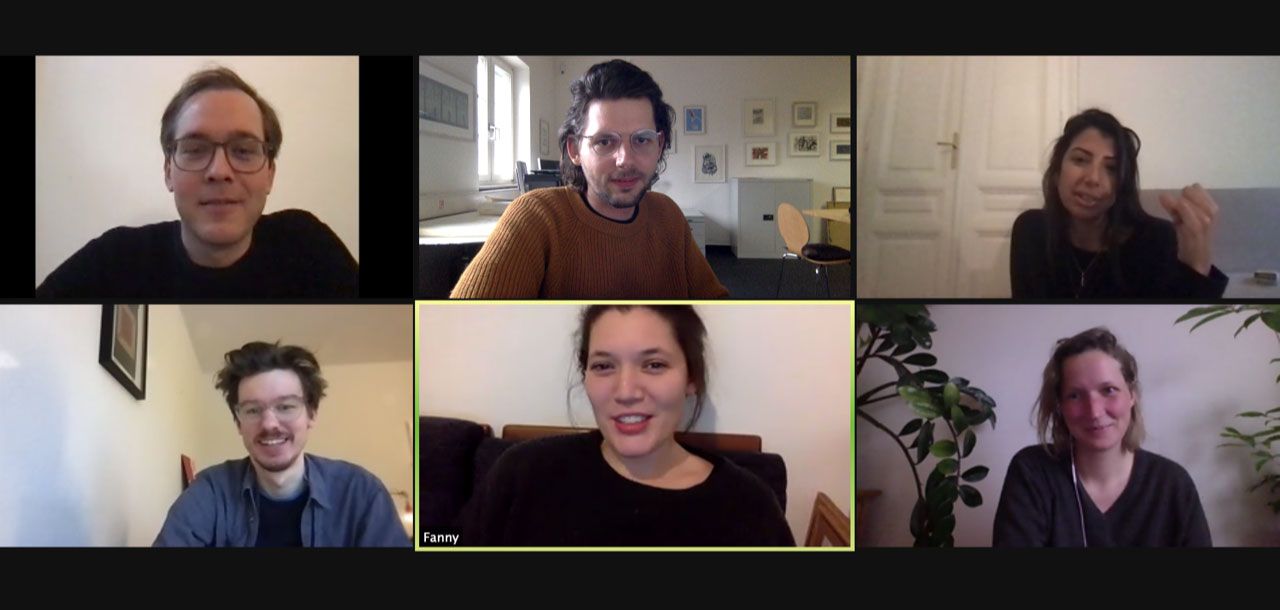
Christoph Chwatal, Leon Hösl, Aziza Harmel (upper row from left to right)
Fritz Laszlo Weber, Fanny Hauser, Magdalena Stöger (lower row from left to right)
This text is based on a transcript of the presentation of the Curatorial Advisory Board, which took place in hybrid form during the event “Ortsbegehung” on September 24, 2020.
For the first edition of the Biennale für Freiburg we were invited to form the Curatorial Advisory Board. We are Aziza Harmel, Christoph Chwatal, Fanny Hauser, Fritz Laszlo Weber, and Magdalena Stöger.
As artists, curators, and cultural scientists, we have worked in institutions, realized our own projects, founded collectives and project spaces, published texts, interned, and worked at numerous counters and cash registers to maintain ourselves (as well as our far-too-often precarious activities).
As a group, we form a space of resonance for curatorial, artistic, and scientific questions. In this space, our expertise, interests, and perspectives constitute a mosaic. The Advisory Board thus accompanies the development and process of the Biennale and provides advice and support to its artistic director Leon Hösl. Our fragmentary realities are joint through conversations in physical and digital space.
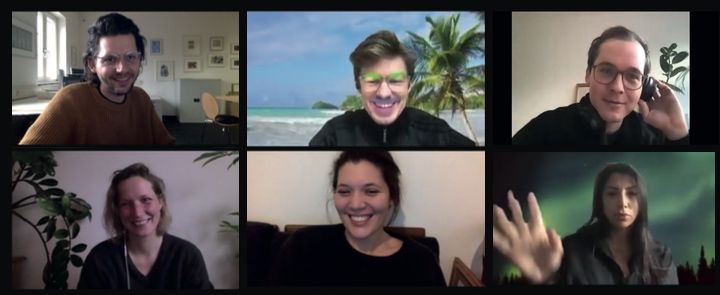
Leon Hösl, Fritz Lazlo Weber, Christoph Chwatal (upper row from left to right)
Magdalena Stöger, Fanny Hauser, Aziza Harmel (lower row from left to right)
In its form and structure, the Advisory Board assembles differently situated perspectives on the development of a Biennale für Freiburg. Similar to the word ‘at,’ the word ‘für’ (‘for’) is a preposition, a relational word. It anticipates an actual expression—just like we anticipate the actual event, the Biennale für Freiburg. Prepositions may carry local, temporal or causal meanings or serve to mark grammatical relations. As a Curatorial Advisory Board, we are committed to accompany the Biennale in shaping the relationship between ‘Biennale,’ ‘for’ and ‘Freiburg.’
Relationships are often of unsteady nature. They change. They update, renew, and evolve. In turn, relationships are usually based on what has been already. Our conversations and processes accompanying the biennale are tools to forge new relationships and relations. In this way, we accompany and reflect on the processual and site-specific working structures of the Biennale. Fragments of our exchanges are ultimately taking shape in Freiburg.
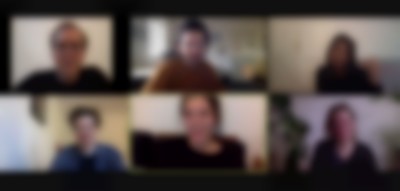

Christoph Chwatal, Leon Hösl, Aziza Harmel (upper row from left to right)
Fritz Laszlo Weber, Fanny Hauser, Magdalena Stöger (lower row from left to right)
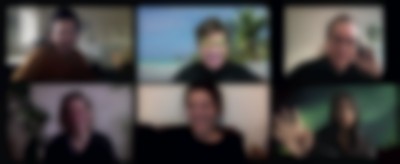

Leon Hösl, Fritz Lazlo Weber, Christoph Chwatal (upper row from left to right)
Magdalena Stöger, Fanny Hauser, Aziza Harmel (lower row from left to right)
Brushed by Hand, Polished by Foot
21.12.2020 / Marius Schwarz
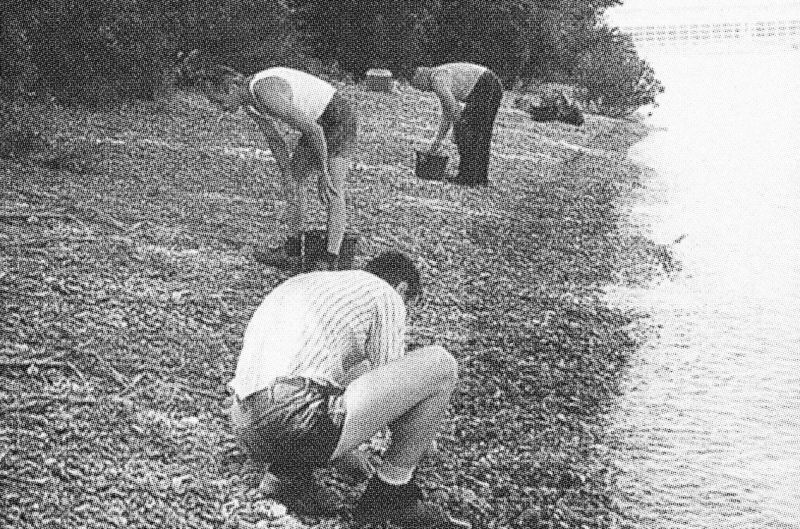
Paving has been a part of Freiburg since the 19th century. Stone by stone, its squares, streets and sidewalks were laid out, in structured or wild patterns, partially decorated or lined with ornaments.
… MoreBrushed by Hand, Polished by Foot
21.12.2020 / Marius Schwarz
In 2012, the city of Freiburg invested in a fleet of hybrid electronic sweepers, all in the name of modernisation. Soon after their introduction, it turned out that in addition to trash and dirt, these sweepers also sucked up much of the sand from the grout joints of the city’s historical pavement. Consequentially, the department of civil engineering had to re-fill the streets with sand up to five à six times a year, which amounted in enormous annual expenditures. As usual when progress and history clash, a compromise had to be made. In the end, the city cleaners were asked to turn off their brand new sweepers on historic pavements and go back to using the hand broom instead.
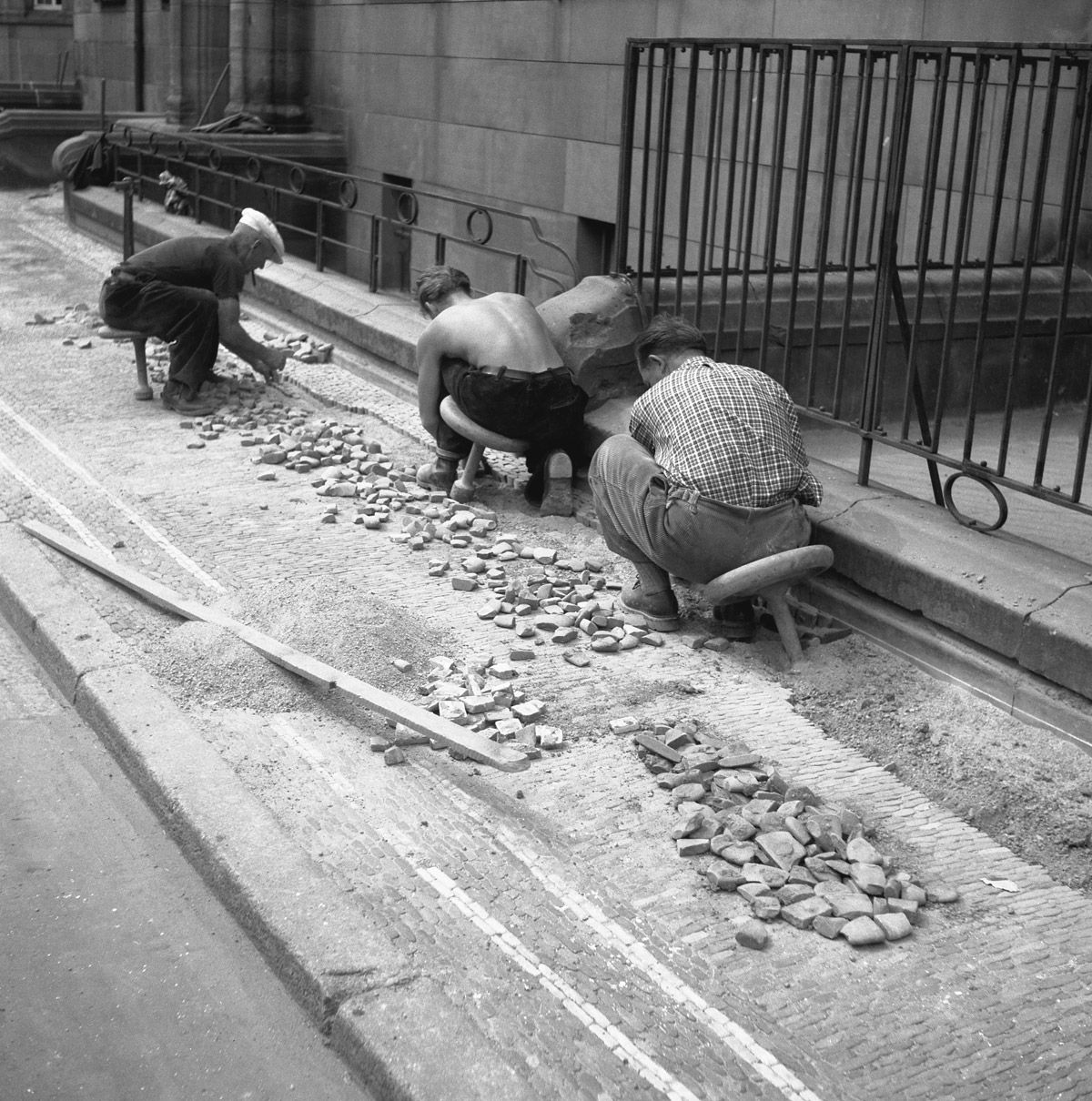
Road workers are paving a road with natural pebble, Freiburg ca. 1945 to 1955
Paving has been a part of Freiburg since the 19th century. Stone by stone, its squares, streets and sidewalks were laid out, in structured or wild patterns, partially decorated or lined with ornaments. The pebble for paving used to be harvested during low tide at the river banks of the Rhine near Breisach from where they were carried over to Freiburg ever since. Travelling from the Alps of Switzerland, through Lake Constance and down the Rhine, these pebbles were ground into the characteristic flat ellipses. Due to their differing minerals, they came in a variety of colour shades, which made them a perfect material for complex designs.
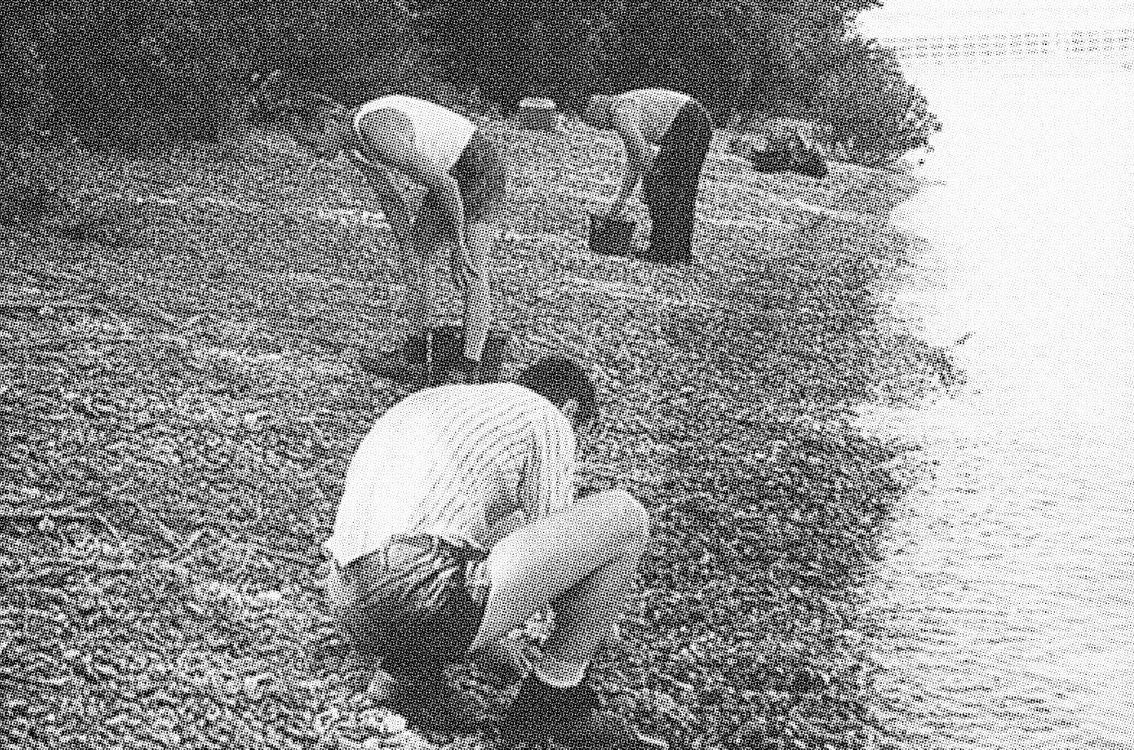
Workers collect stones at the river, © Stadt Freiburg, Garten- und Tiefbauamt
Next to streets and squares, the pavers were asked to lay out mosaics, highlighting certain landmarks in the city. Some of them showed coats of arms in front of official buildings or icons and logos in front of businesses, others referred to the date of their construction or were purely ornamental. Allegedly, the first paver to make these signs in stone was Alois Krems (1825-1881), who is said to have picked up the technique during his wandering years in Southern France. The oldest preserved example is the “1899” inscription in Gerbergasse. It is also the only mosaic officially listed and protected as a monument. Since its beginning, paving was officially considered as architecture nor art. Up until today it remains a grey area and its design and execution stays the responsibility of each paver.

Working on a mosaic for a tailorshop, © Stadt Freiburg, Garten- und Tiefbauamt
When Freiburg was bombed by the Royal Air Force in 1944, the paving tradition came to a sudden halt. Eighty percent of the cities buildings was destroyed, as were 38km of its streets. Fortunately, much of the wreckage got preserved and stored. While other destructed cities decided to rebuild their streets with cheaper concrete or asphalt in the years after the war, Freiburg revived its costly tradition, reusing much of the old material.

Stone storgage at Bauhof Freiburg, Andreas Schwarzkopf, 2014, CC BY-SA 3.0
Today, street maintenance falls under the jurisdiction of the department of civil engineering and its employees. At their premises – just outside of the town – all sorts of stones are stored, sorted by colour and size, with some still dating back to the war. Since the pebble stocks of the Rhine river banks are almost exhausted, they are especially precious. The department categorizes them in three sizes with their very own stencil unit. The sizes relate to the amount of square meter a paver is expected to lay in a work day. Stones of size three equal about three square meters a day, stones of size one equal one square meter. Based on this unit, the department matter-of-factly calculates the costs of the pavement and the wage of the paver.
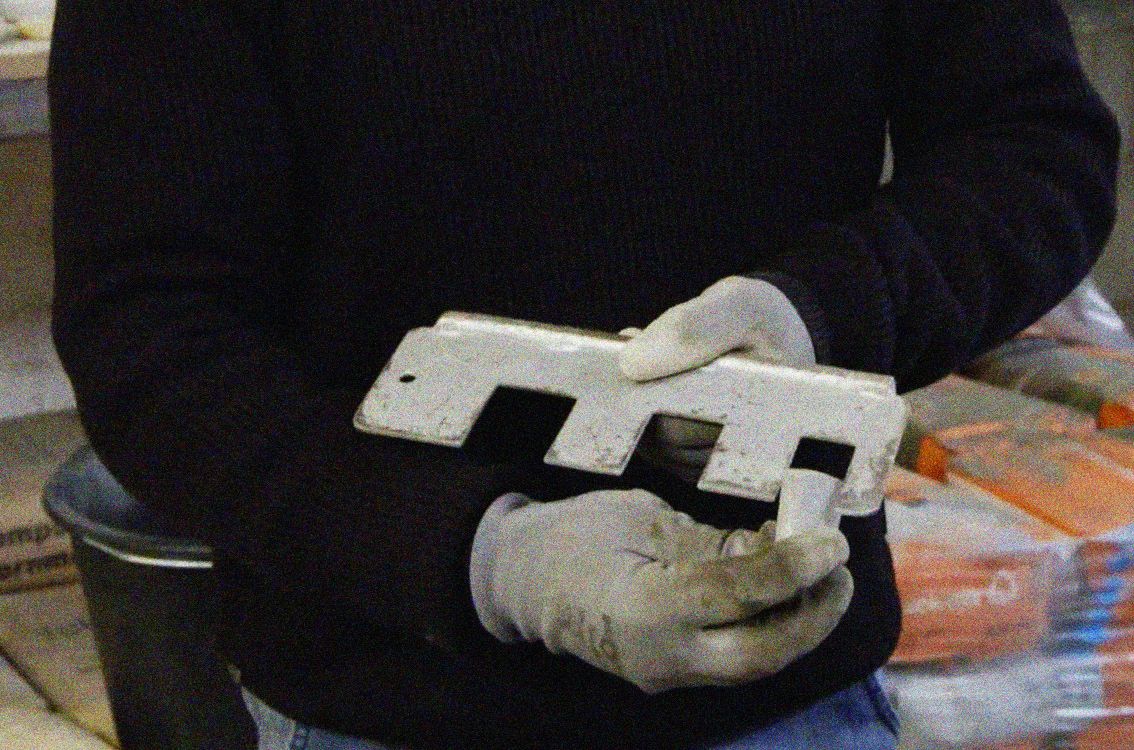
Sorting pebble by size, „Faszination Freiburg“, © SWR 2020
While the mosaics used to be paved directly into a bed of sand in the streets, today, they are prepared in the workshop during the winter months. In day-to-day business, the work on mosaics mainly concerns renovations. Every now and then new mosaics are commissioned by business owners, who want to advertise their new stores. Other times, the commission will come from the city, as part of the inauguration ceremony of new twin cities, for example. If there already is a pre-existing design, the pavers develop detailed plans to set them in stone. If there is none, they are free to develop and draw their own designs based on ideas that came up in talking to the clients. With the aid of wooden stencils, the mosaics are assembled inside big steel pans. Layer by layer, the stencil parts are removed and filled with stones. In the end, the mosaics are laid into the street in one piece.
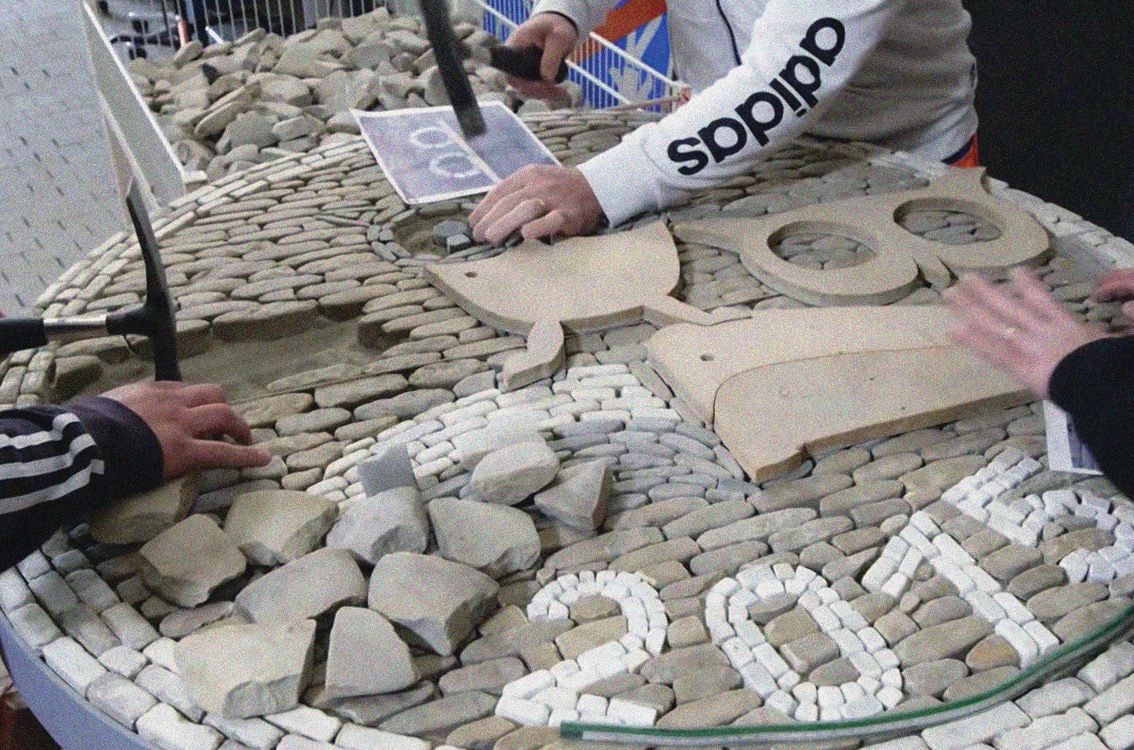
Renovating a mosaic in the workshop, „Faszination Freiburg“, © SWR 2020
When the work on a mosaic is done, the wooden stencils are put into storage. The new mosaic in the street will be hand-brushed by city cleaners to make sure moss can settle in the joints and harden the sand. Over the years, the shoes of thousands of Freiburg's pedestrians will polish the stones and give them their characteristic matt shine.
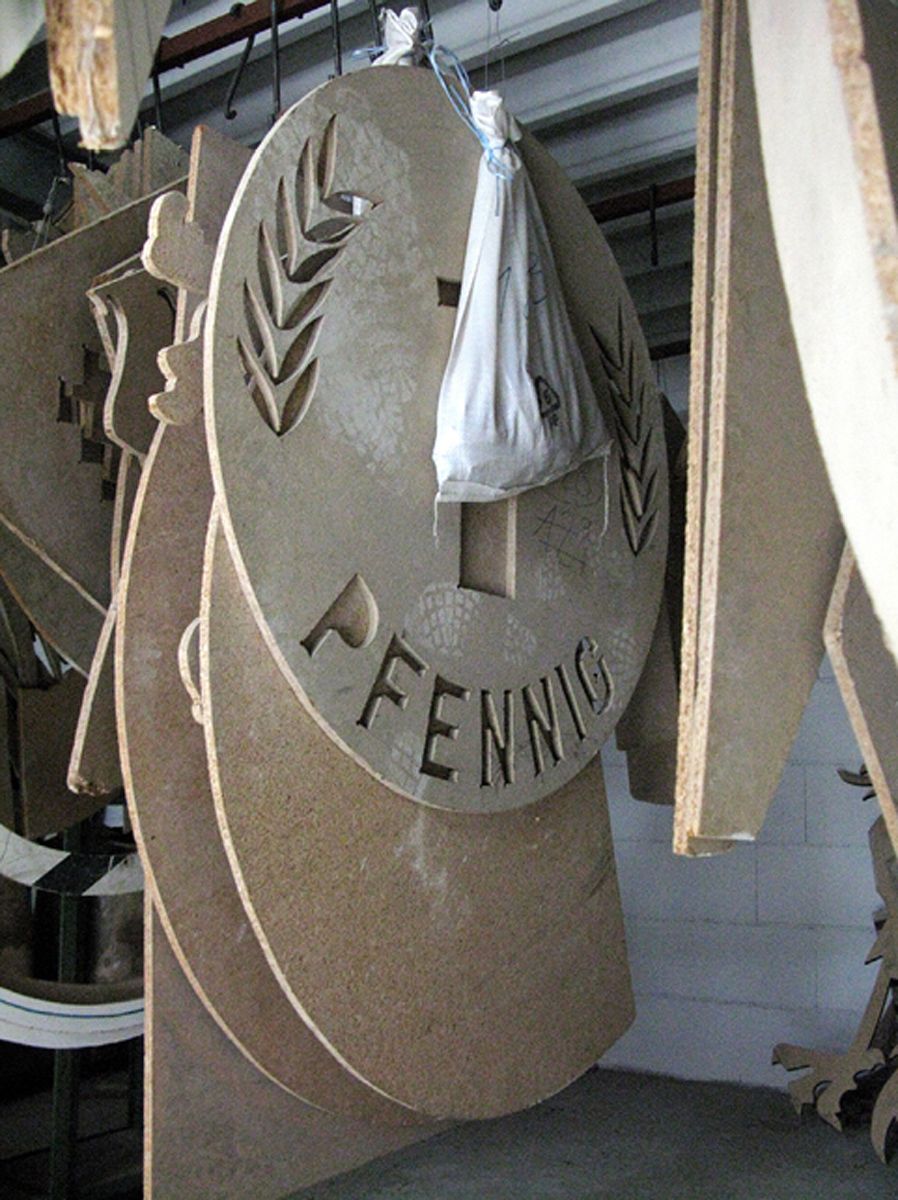
Storage space of wooden stencils, Andreas Schwarzkopf, 2014, CC BY-SA 3.0
Most people will walk on the pavements without giving them much thought. Once in a while, however, someone will briefly stop and note the subtle execution or wonder about the origin of their design. Bit by bit, they could uncover more of their story: the long journey of the pebble; the destruction of the war and the efforts of reconstruction; the unforeseen compromises from maintaining tradition in modern times; the devotion, craftsmanship and the creativity of the anonymous paver.
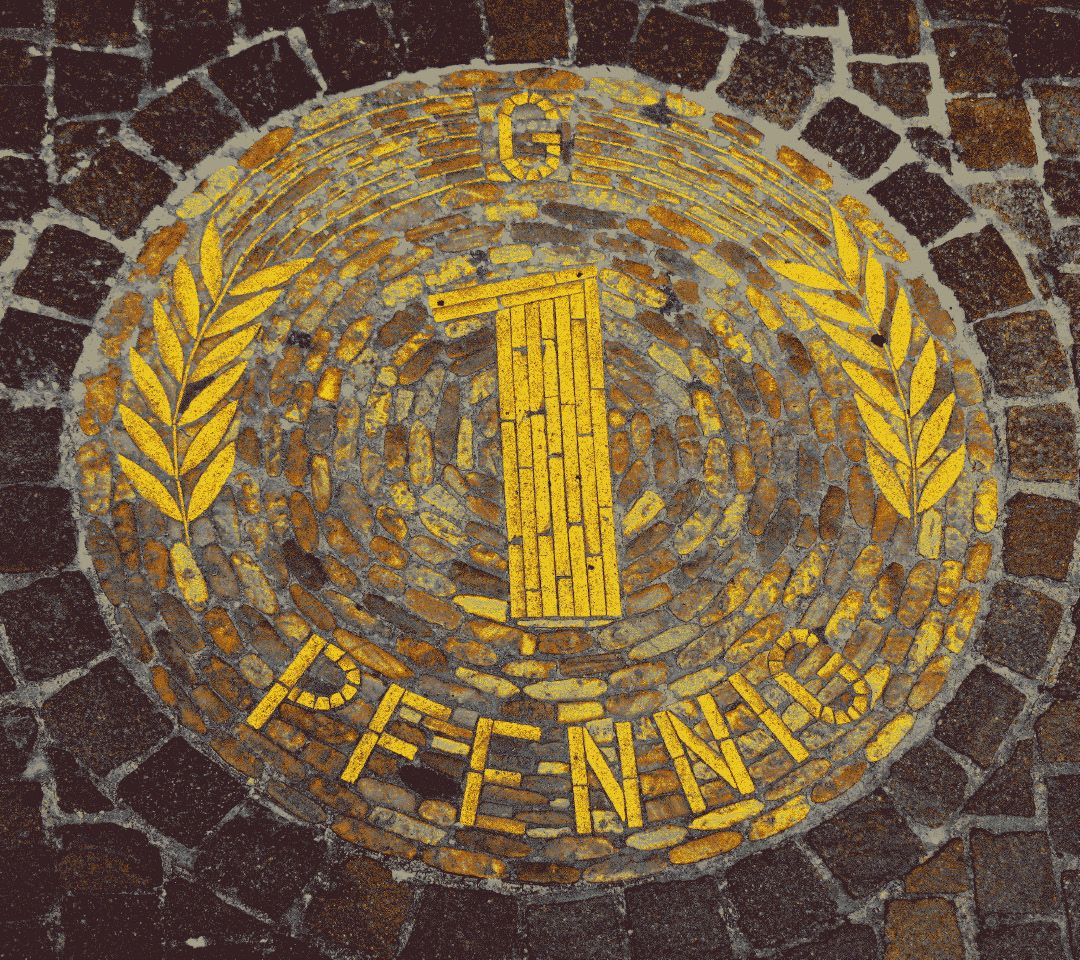
Mosaic in front of “Penny” supermarket, Andreas Schwarzkopf, 2012, CC BY-SA 3.0
Marius Schwarz and Ronja Andersen have been developing the graphic design for the Biennale für Freiburg #1. In this process, the historic pavements of Freiburg as well as graffiti and tags covering the city walls were an important point of reference.
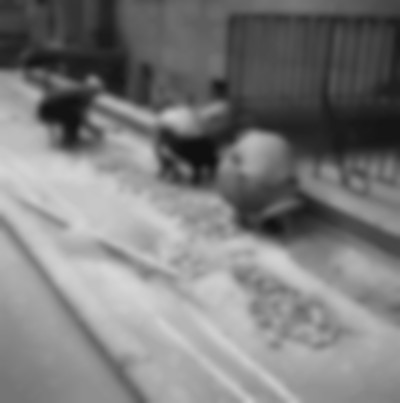

Road workers are paving a road with natural pebble, Freiburg ca. 1945 to 1955
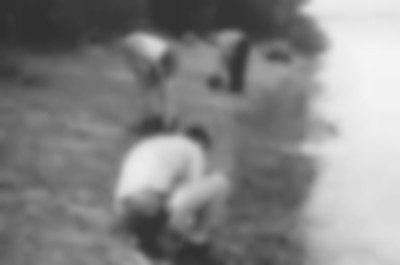

Workers collect stones at the river, © Stadt Freiburg, Garten- und Tiefbauamt


Working on a mosaic for a tailorshop, © Stadt Freiburg, Garten- und Tiefbauamt
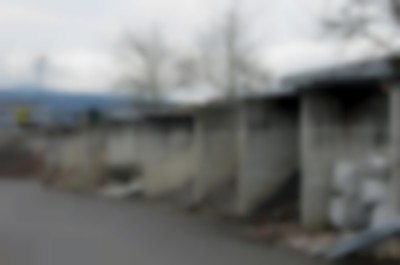

Stone storgage at Bauhof Freiburg, Andreas Schwarzkopf, 2014, CC BY-SA 3.0
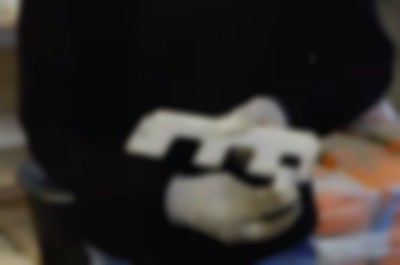

Sorting pebble by size, „Faszination Freiburg“, © SWR 2020
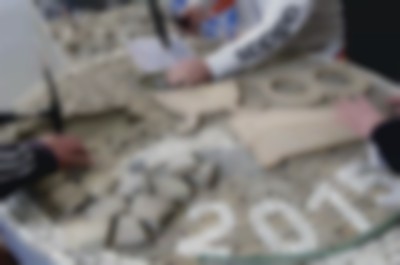

Renovating a mosaic in the workshop, „Faszination Freiburg“, © SWR 2020
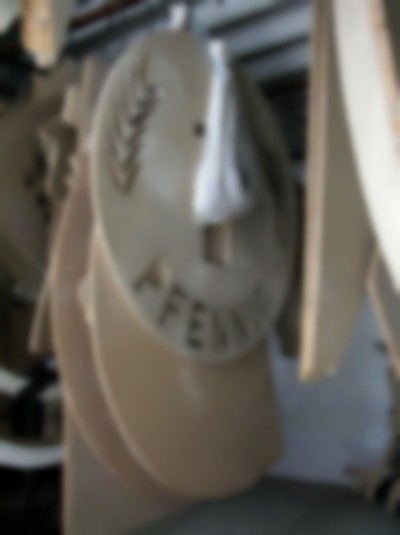

Storage space of wooden stencils, Andreas Schwarzkopf, 2014, CC BY-SA 3.0
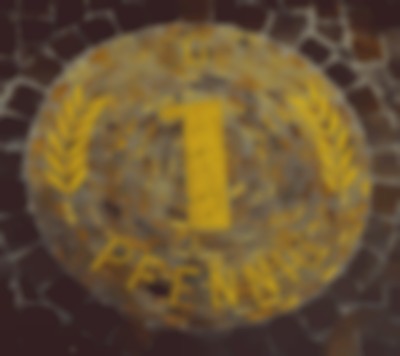

Mosaic in front of “Penny” supermarket, Andreas Schwarzkopf, 2012, CC BY-SA 3.0
Difficult Times
21.12.2020 / Aziza Harmel
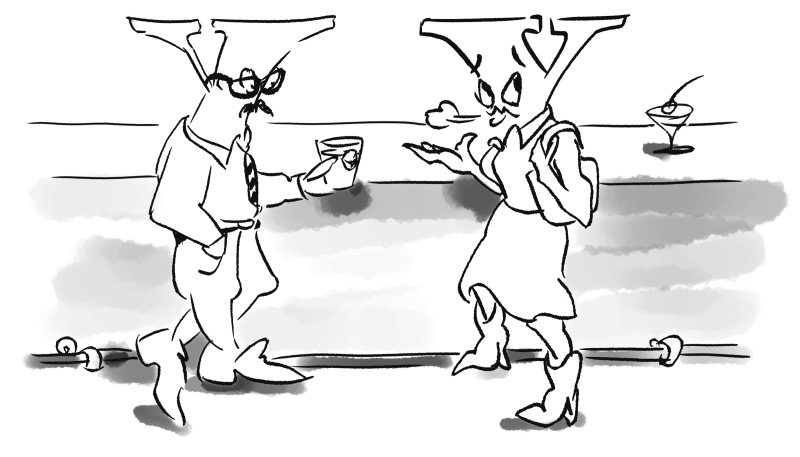
When Leon Hoesl, artistic director of the Biennale für Freiburg, told me about the new graphic identity for the biennale and mentioned the use of the typeface Difficult Times, we were in lock down, dealing with a worldwide pandemic.
… MoreDifficult Times
21.12.2020 / Aziza Harmel
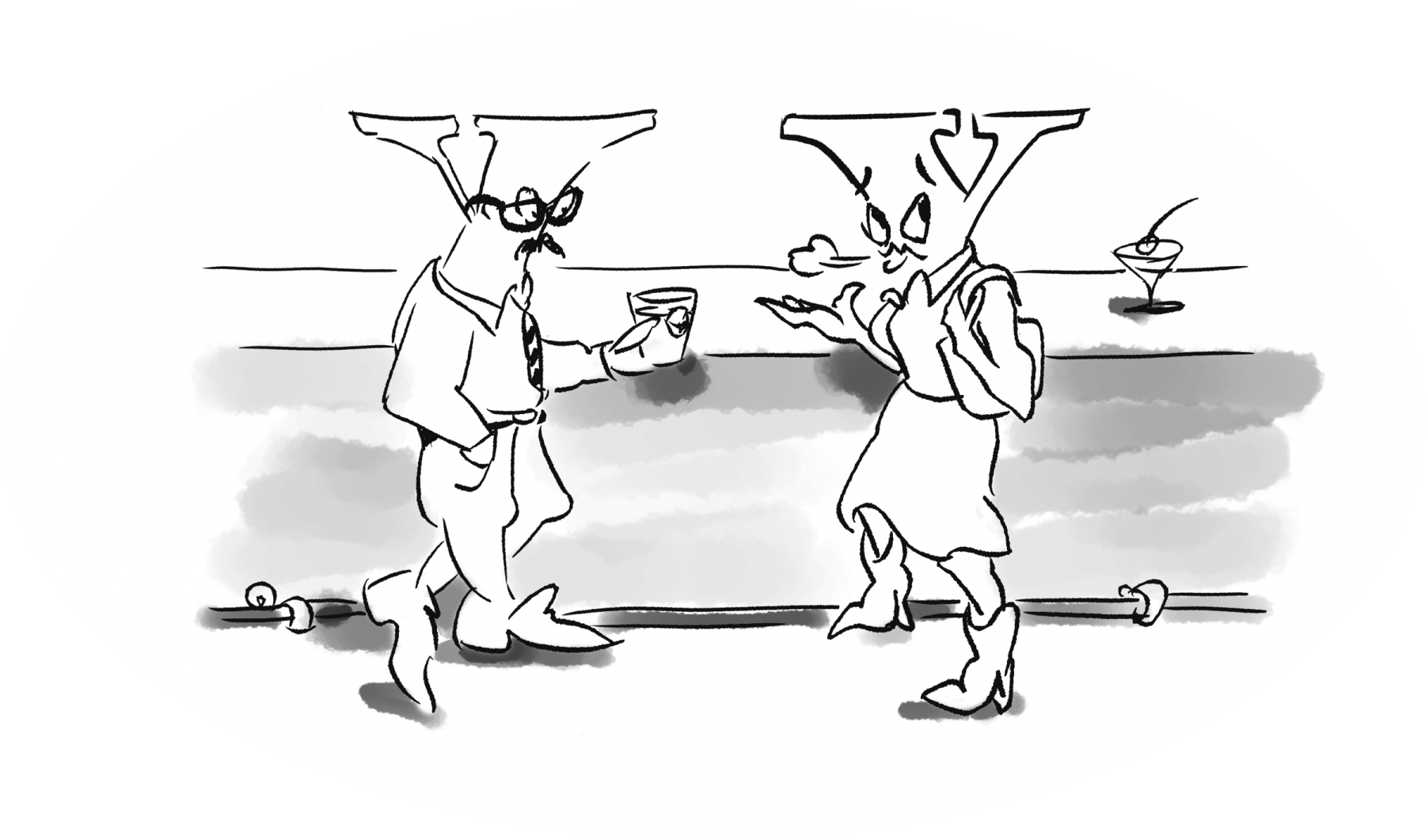
“You’re difficult to read.”, Jungmyung Lee, 2020.
When Leon Hoesl, artistic director of the Biennale für Freiburg, told me about the new graphic identity for the biennale and mentioned the use of the typeface Difficult Times, we were in lock down, dealing with a worldwide pandemic. The title of the typeface resonated and yet I first wondered, when in difficult times, do we have time to make typefaces? When in difficult times, do we open a new Biennale? The answer to these questions is probably no… or if we do so it means that times are not difficult enough. Nevertheless, if the world was in this never-ending slow-motion apocalypse, we have decided to make the time for all of these things. Don’t we all need to find ways to make the waiting more bearable? Whatever we do today, it will bear witness to our difficult and strange times.
Whether it was the right moment to make Difficult Times or not is not our main issue here. As it turns out the typeface was designed back in 2012 and the name just gained new meaning in the present context. I was intrigued by this typeface for different reasons, beyond its title. There is something almost amusing about the fact that it was based on Times New Roman, which is considered one of the most readable typefaces. The designer has slightly shifted the shapes and effectively disturbed the order of what is supposed to be the perfectly balanced letter shapes.
The predominant use of certain serif typefaces during more than a half millennium in printed matters could be the reason why we affirm that they are the most readable ones, but scientifically we have still not demonstrated that certain shapes are more legible and readable than others. In other words, the idea of the perfect letter is a construction made out of our conditioning to perceive harmony within the western canon.
The unease one could feel while going through a text typed in Difficult Times is related to how habits and aesthetics in the use of typography influence the reading process. It is the cognitive aspect of typography in the reading activity. It is precisely this cognitive aspect that the designer is tempted to tease. I use the verb tease because it is always with subtlety that the designers have distorted things. The cannon is still there, latent. Yet something has shifted and because shape is ideology and rhythm, even if we would go back to Times New Roman, we would never end up in the same place. It is all a question of time.
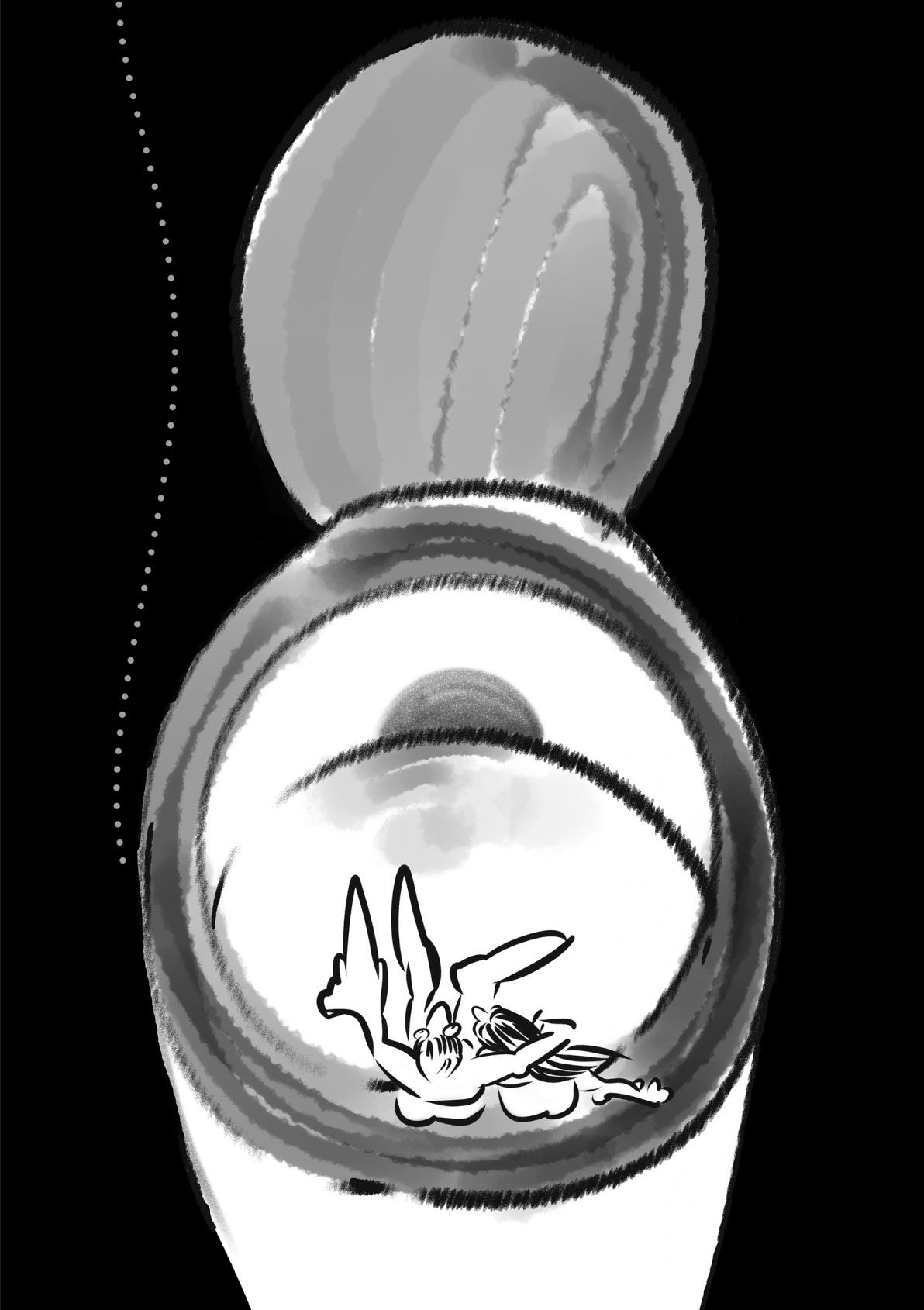
The sunrise of 2021. Jungmyung Lee, 2020.
Difficult Times was drawn by Ronja Andersen in 2012. The visual identity of the first edition of the Biennale für Freiburg (BfF #1) is designed by Ronja Andersen and Marius Schwarz.
Aziza Harmel is part of the curatorial board of BfF #1.
Excerpts from “A Walk” by Rahima Gambo
05.11.2020 / BfF #1
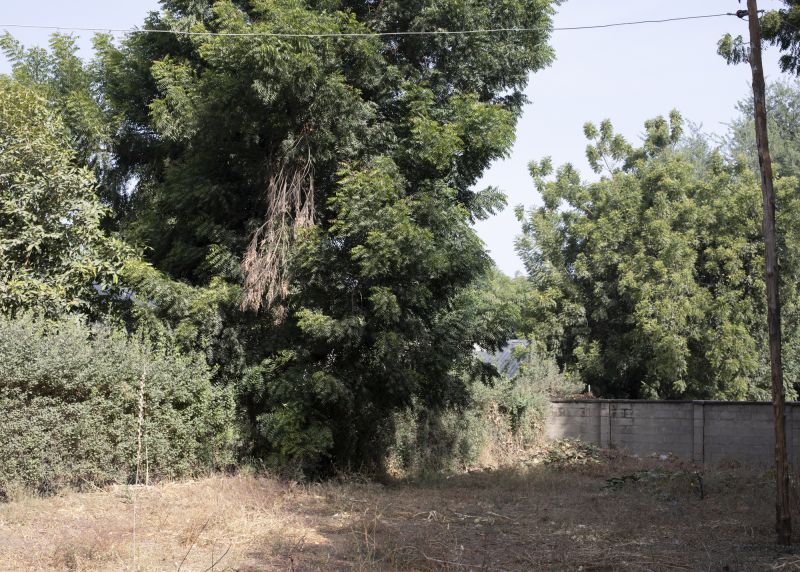
“Can we walk as a response to this?” This is one of the first questions that Rahima Gambo asks in her video A Walk.
… MoreExcerpts from “A Walk” by Rahima Gambo
05.11.2020 / BfF #1
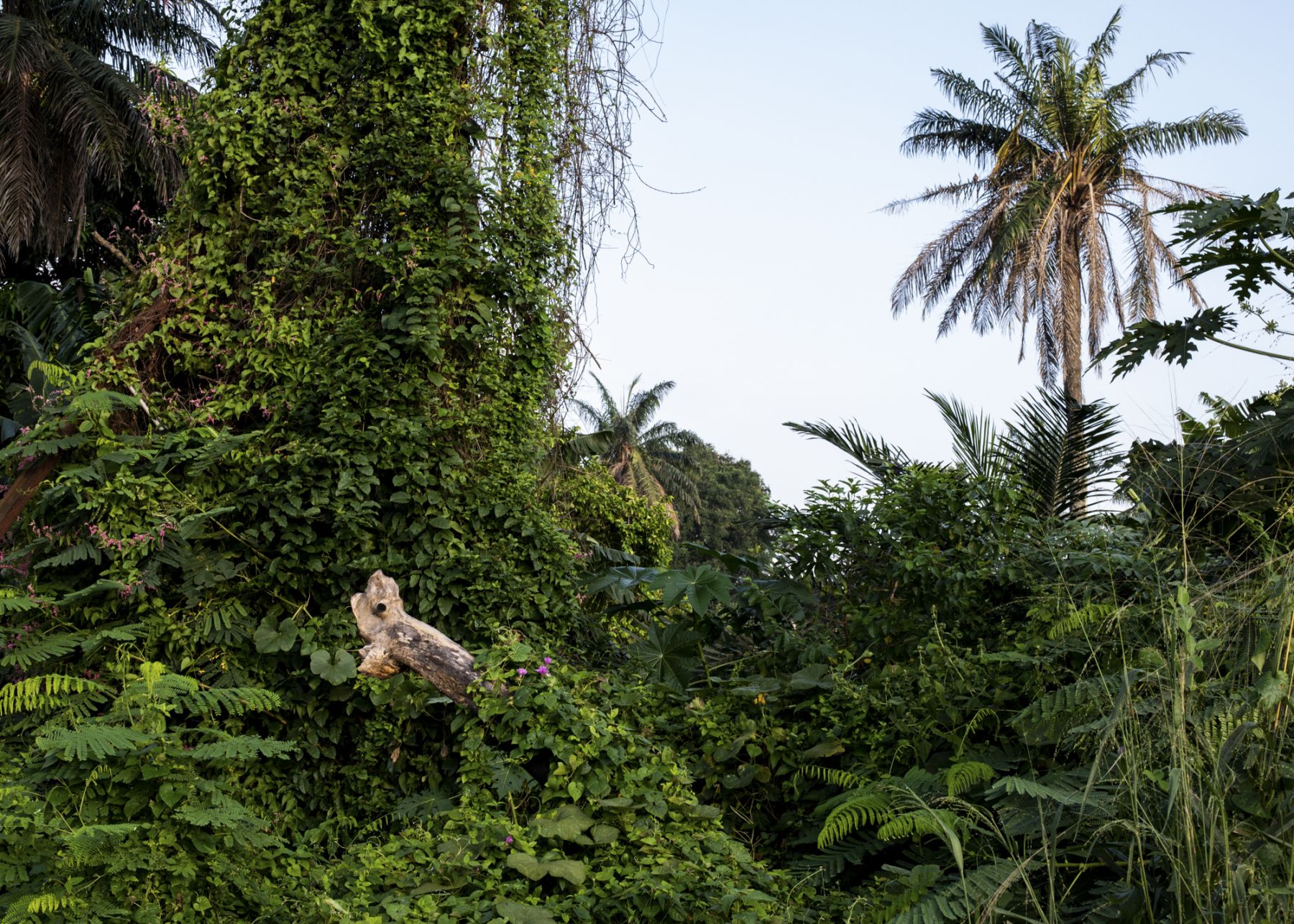
Introduction by Aziza Harmel
Can we walk as a response to this?
This is one of the first questions that Rahima Gambo asks in her film “A Walk”. Gambo understands walking as a narrative mechanism and collects objects during her strolls that she integrates in her drawings and installations. The artist came to ideate her practice of walking when she was researching the rising incidents of suicide bombings in northeastern Nigeria. Not knowing how to face this horror, she starts to follow a path where she collects information found below the surface of what she can perceive with her own eyes. When the road becomes a site for memory and knowledge, the focus shifts and perceptions merge. The walk recognizes different spatial and temporal knowledge systems and is an attempt to heal, by putting things together like the artist does in her collages and assemblages. Just like in her photographs and video stills, there is something new and disjointed about these collages that differs from what it once was: “Not a woman, not a plant, not a picture, not a drawing, not a body, not a landscape, not a photograph, not a sculpture, not stillness and not movement.”
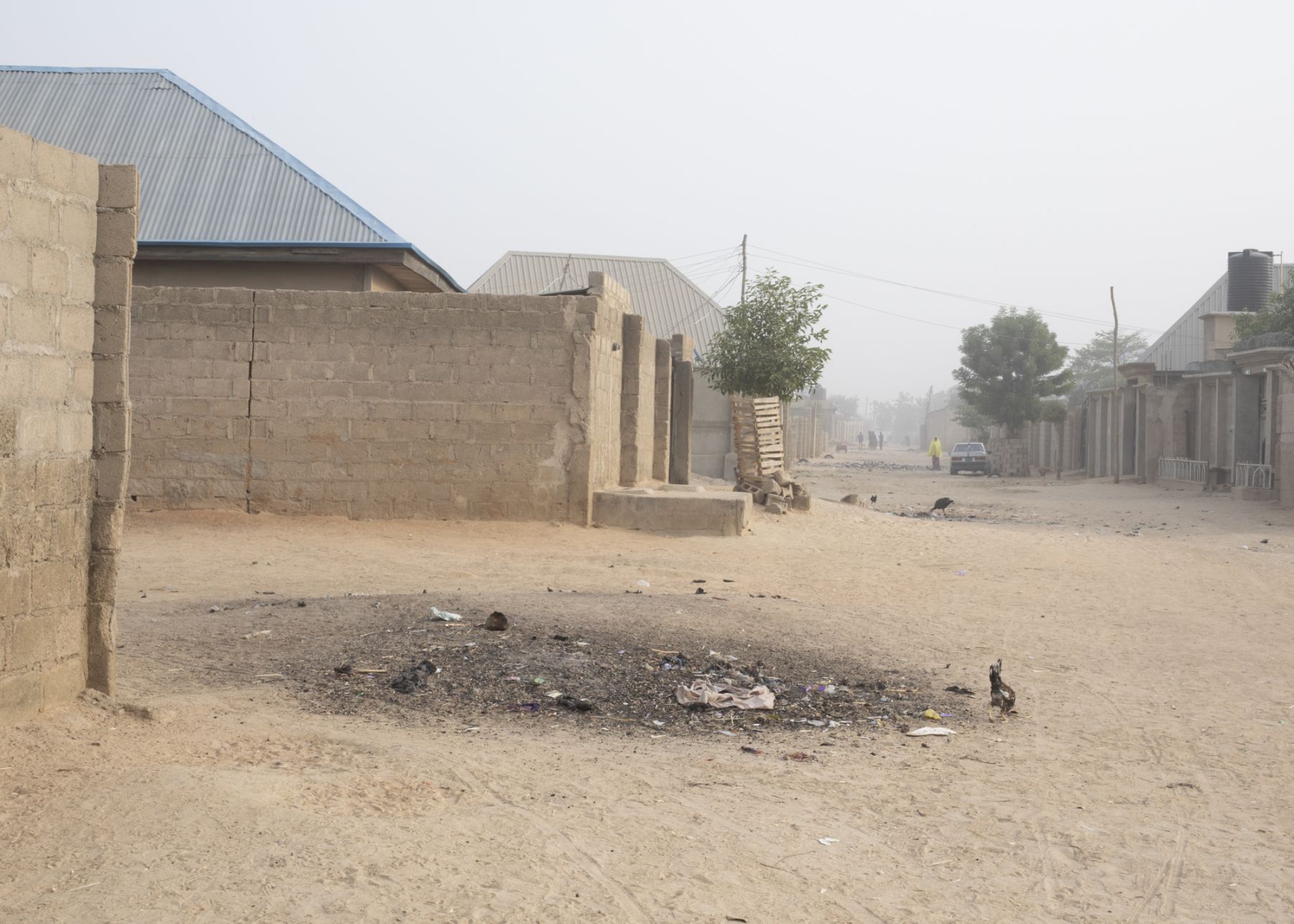
If information is control,
what is its opposite?
The two lines read like a riddle.
In the deep silences, the deeper contemplations,
in the deep end.
Where sound muffles and sight blurs.
Can we make sense of this?
Can we wander with no destination?
No known outcome or perceived end?
Can we walk as a response to this?
This
‘This is where she detonated her device’, a man said.
I looked down and notice a few bits of torn material,
mixed up with the earth and broken sticks.
And I looked further away towards where the reddish brown land met the sky.
How does one wrap language around the unexplainable, the unknown and the horrific. When we are exposed to the incomprehensible language stutters in fears. The tools of meaning-making of witnessing and documenting become inadequate. In these moments, instead of making sentences perhaps we should meet the incoherent with the incoherent, the negative with the negative.
I have this memory, it is not my own. It is my mother’s. She is eight and walking from her village ‘Wurode’ to school. She is a small child, smaller than the other children. As she walks, she kicks up the sand around her feet. Her feet are cracked. The tiny rocks cut at the soft parts, which at this point are numb from walking for so long so far.
As I walk I think about how I can mend a rupture,
stitch a gash and put the pieces back together of something
fragmented and exploded in the landscape.
A walk
A walk is about this land.
A walk
A walk is about the bodies of those unknown and unidentified
women who merged with the land.
A walk is transition.
A walk is resistance.
A walk
A walk is freedom.
Escape
A scape
Es-cape
Escapes
Escape from the confined limitations of
a certain location or environment.
Escape from suffering wounding and trauma.
Trauma keeps us frozen and unmoving.
Trauma makes us quickly grasp at language
to create a thick layer of ice over the void of unknowing,
someone once said.
To break through the ice means to find two-dimensionality.
I had to move.
I had to walk.
With each step leaning on what at first I thought was nothingness.
But upon closer inspection was a thick and writhing space of information,
not information that I could easily recognize.
But something that was below the surface
of what I could perceive with my eyes.
While walking I learned that one should not approach the wound directly. One should wander, wander around it for a time, double back and walk away from it, go outside for a time, then pivot and go in.
Inside is where true healing lies.
In the interior world, and the interior landscape.
What is healing, but putting back together things. Yes, walk in a straight line. And after a time, go off on a tangent, and then go off on another tangent. Walk until you break apart and shatter the boundaries between inside and outside.
Come apart at the edges a little and scatter into a pile of neatly cut lawn grass. Then slowly start to put the pieces back together. But this time, they will come together where they fit, far from where they used to be.
Disjointed and uncomfortable and incoherent.
Yes, it comes back together.
But not as it once was.
Not a woman, not a plant, not a picture, not a drawing,
not a body, not a landscape, not a photograph,
not a sculpture, not stillness, and not movement.
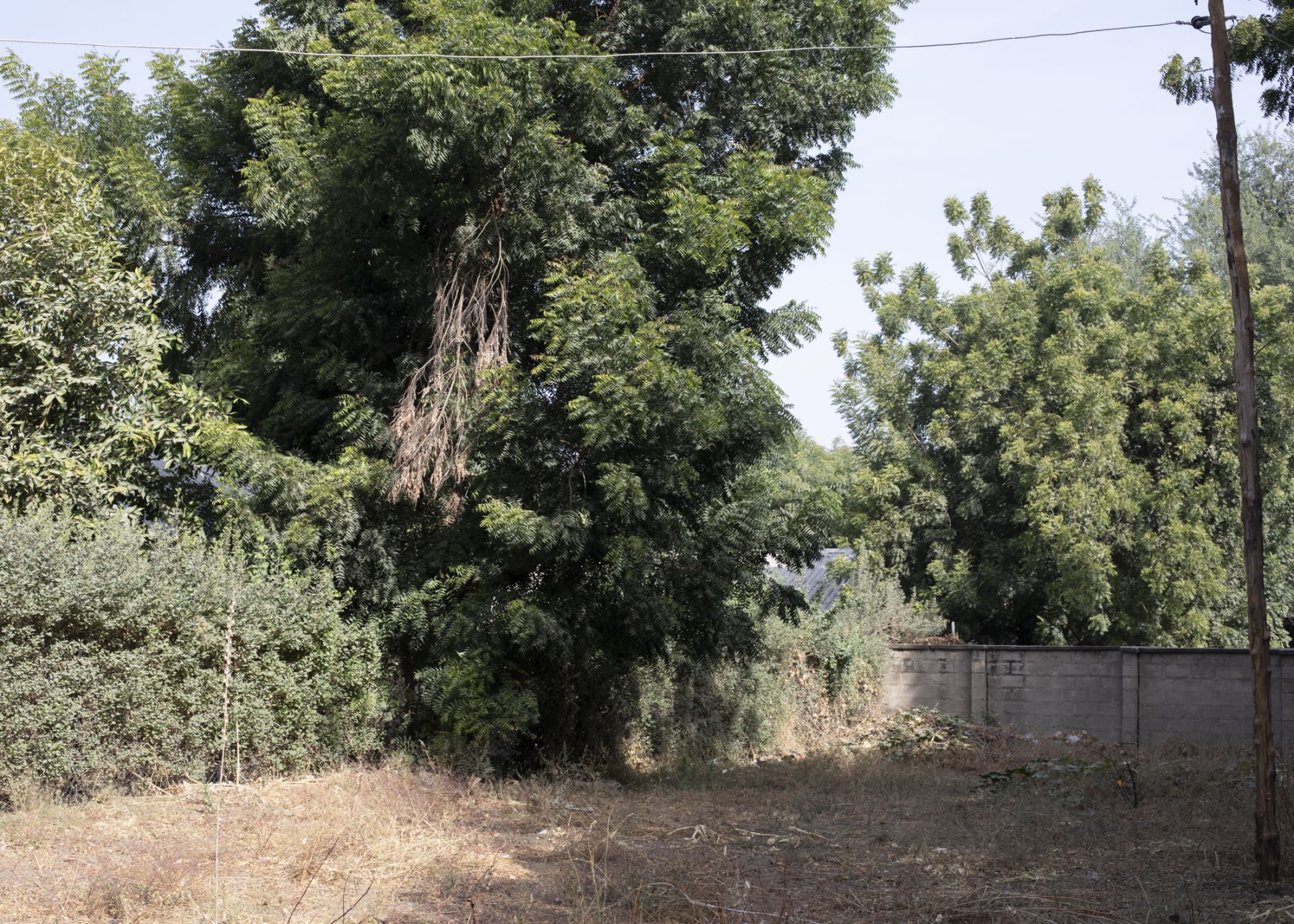
While walking I learned that one should not approach the wound directly. One should wander, wander around it for a time, double back and walk away from it, go outside for a time, then pivot and go in.
Inside is where true healing lies.
In the interior world, and the interior landscape.
What is healing, but putting back together things. Yes, walk in a straight line. And after a time, go off on a tangent, and then go off on another tangent. Walk until you break apart and shatter the boundaries between inside and outside.
Come apart at the edges a little and scatter into a pile of neatly cut lawn grass. Then slowly start to put the pieces back together. But this time, they will come together where they fit, far from where they used to be.
Disjointed and uncomfortable and incoherent.
Yes, it comes back together.
But not as it once was.
Not a woman, not a plant, not a picture, not a drawing,
not a body, not a landscape, not a photograph,
not a sculpture, not stillness, and not movement.
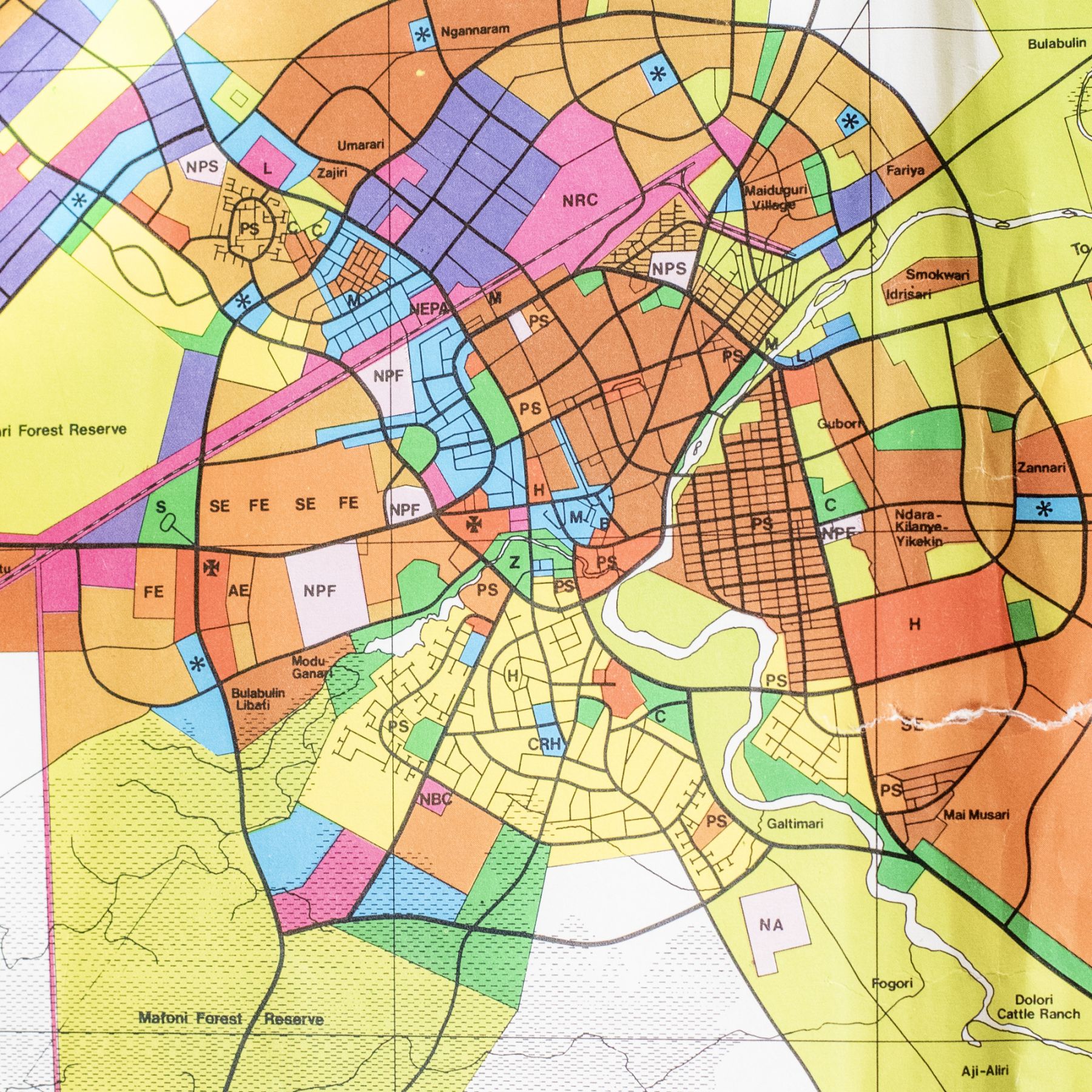

Rahima Gambo is an artist based in Abuja, Nigeria.
The text excerpts are transcripts of the voice over for the video A Walk, accompanied by images from “A Walk Series”. Both works are part of the ongoing project A Walk Space that the artist started in 2018. Rahima Gambo will participate in the first edition of Biennale für Freiburg in 2021.
Thanks to Maristella Witt for the transcription and German translation and Martha Martin-Humpert for editing the German translation. All images belong to A Walk Series (2018) by Rahima Gambo, courtesy the artist.
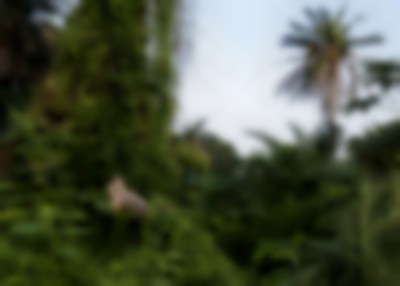

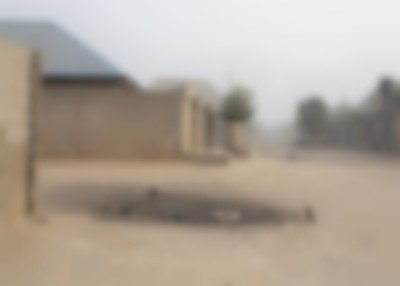

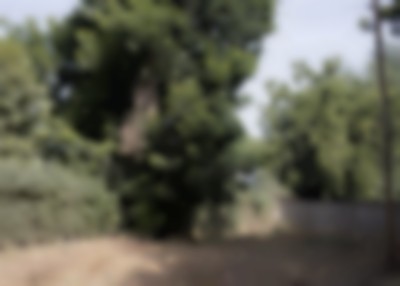

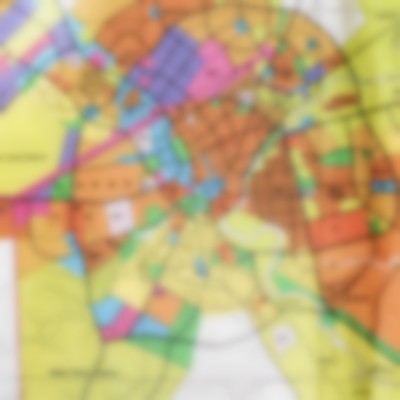

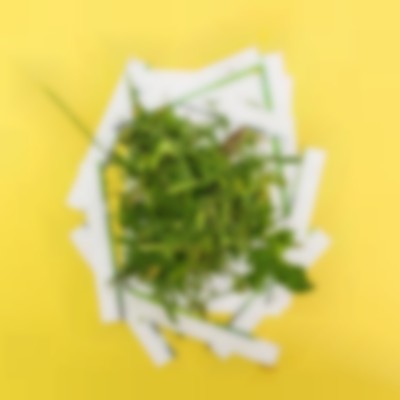

Ortsbegehung
24.09.2020 / BfF #1
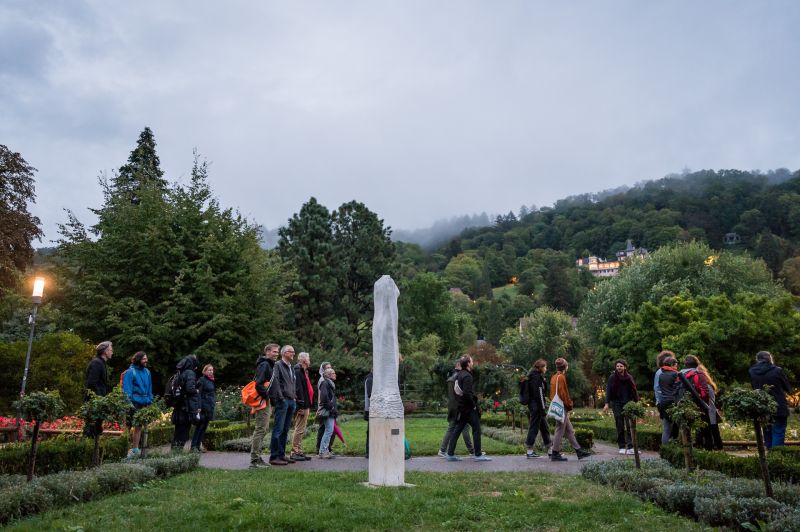
On-site tour and first public announcement of Biennale für Freiburg #1.
… MoreOrtsbegehung
24.09.2020 / BfF #1
On-site tour and first public announcement of Biennale für Freiburg #1.
During the on-site tour at Stadtgarten the newly conceived Biennale für Freiburg, as well as the concept of its inaugural edition were presented for the first time – a light kick-off for BfF #1, which will take place next year in two phases: the first between May and July 2021 with the Studio Program, and a second one in September 2021 with a public exhibition at various locations throughout Freiburg, accompanied by a rich program of events. We are grateful to everyone who came to Stadtgarten on the 24th of September despite the difficult weather conditions on that day!
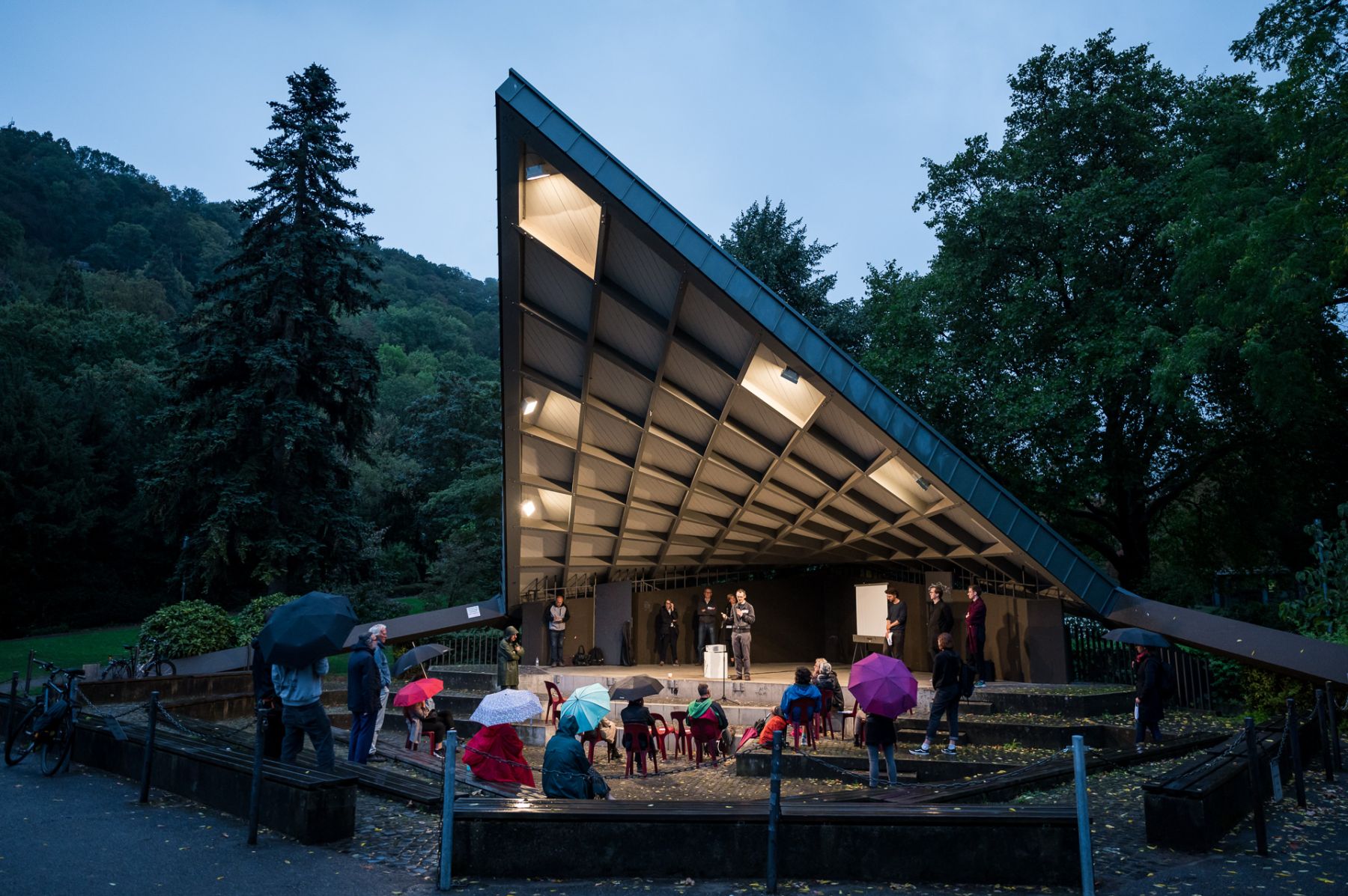
Announcement of Biennale für Freiburg in the Musikpavillon at Stadtgarten. Photograph: Marc Doradzillo.
Heinrich Dietz, director of the Kunstverein Freiburg and chairman of the association Perspektiven für Kunst in Freiburg e.V., which is responsible for the BfF. Dietz recapitulates how the conception of a new biennial came about through an initiative by Freiburg artists and cultural practitioners. This initiative started as a reaction to the closure of the Freiburg satellite campus of the Academy of Fine Arts Karlsruhe in 2017, which had been an important institution for art education in Freiburg since the 1950’s. The initiative developed into a program that contained several demands for the improvement of the contemporary art scene in Freiburg. These demands were included in the municipal’s budget with the support of the first mayor of Freiburg Ulrich von Kirchbach. It was agreed upon that Freiburg was in dire need for new impulses in the contemporary scene, after the closure of the public art school and that this could be generated through the format of a temporary exhibition, taking place also in public space. This measure was envisioned as a compensation, but – importantly – not a substitute for the academy. The initiative led to the formation of a smaller working group, which today for acts as the board of the association that is organizing BfF, consisting of Heidi Brunnschweiler, Heinrich Dietz, Julia Galandi-Pascual and Ben Hübsch. The next step after the formation of the board, was the appointment of Leon Hösl as Artistic Director to conceive the curatorial concept of the first edition and implement the vision of the initiative put forward by Freiburg’s cultural scene.
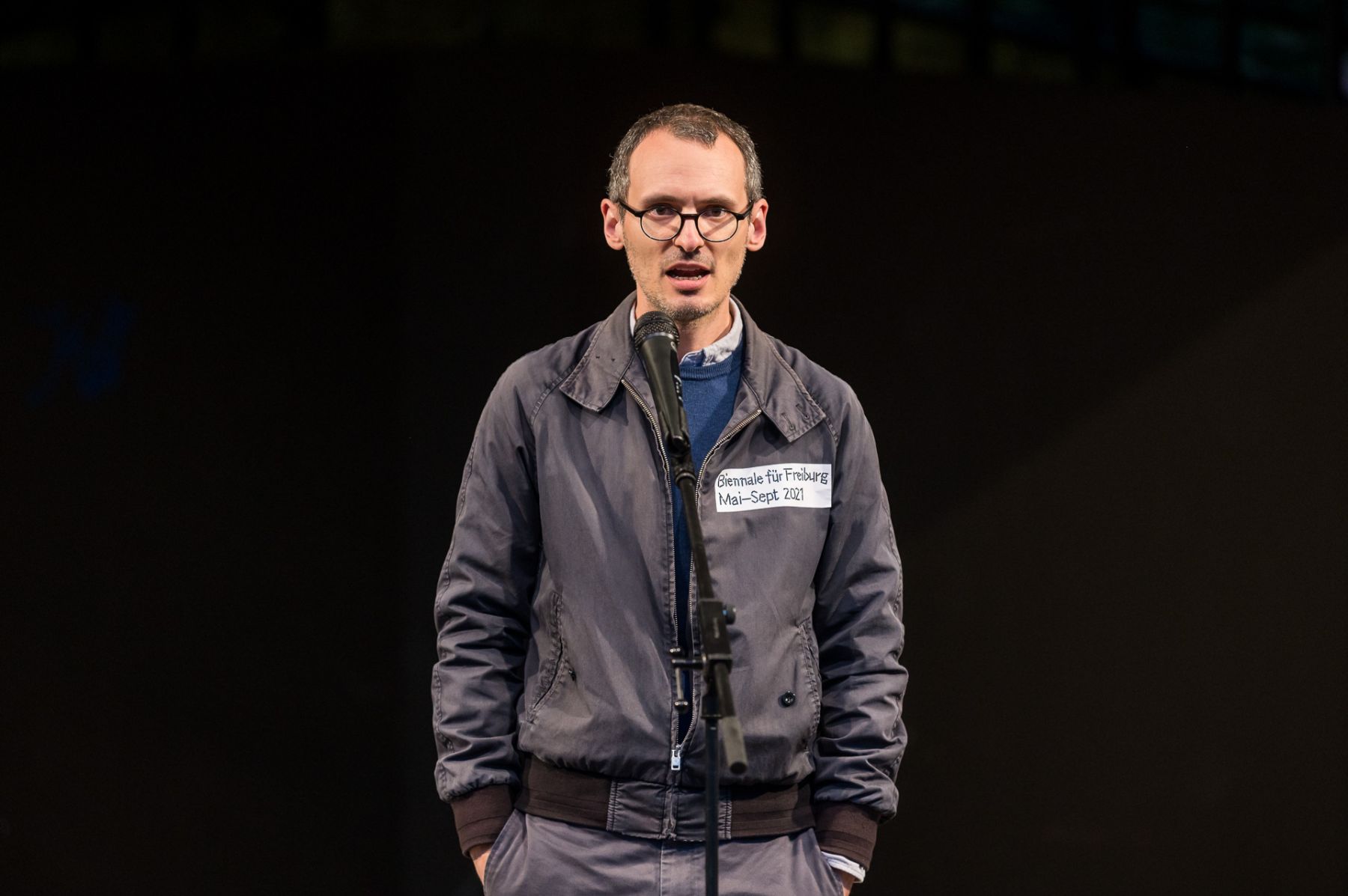
Heinrich Dietz, Chariperson of the associatoin Perspektiven für Kunst in Freiburg e.V., that organizes BfF. Photography: Marc Doradzillo.
Heinrich Dietz: “When I look at the coherent concept for the first edition of the Biennale für Freiburg, I am convinced that it will set off impulses with an effect both on the city and beyond. One thing is certain: the first edition of the Biennale will be a new and important step – but hopefully not the only one – towards enriching the cultural life of the city through contemporary art in a sustainable way”.
For Leon Hösl, Artistic Director, the name of the new format, Biennale für Freiburg, already hints at its programmatic orientation:
“The designation as a ‘Biennial’ stands for a continuity that, unlike other short-term projects, enables an ongoing engagement with art in the city of Freiburg. It is not a matter of seeking comparison with the largest biennials in the world, but of creating a framework for artists to react to Freiburg over and over again, but also differently every time. The preposition ‘Für’ (‘for’) in Biennale für Freiburg implies that the locality of Freiburg should determine the thematic orientation of each edition. ‘Für Freiburg’ is thus also to be understood as an opportunity to think about and react to the local context from an external perspective; to identify needs and respond to them, but also to point out problems and address them directly. This relationship between the Biennale für Freiburg and the city of Freiburg is actually already summed up in the acronym ‘BfF’ - BFF, BEST FRIENDS FOREVER.”
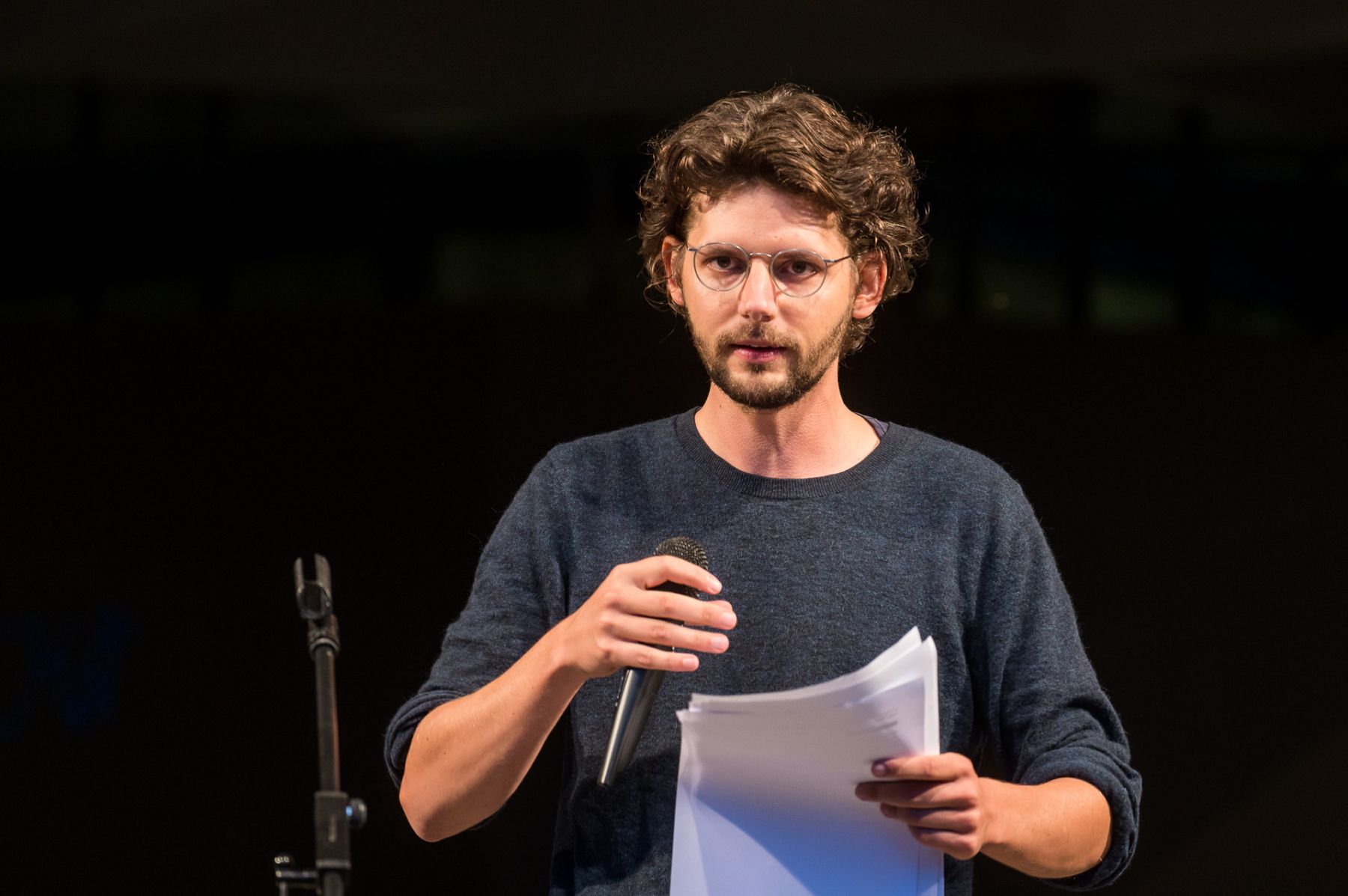
Leon Hösl, Artistic Director of Biennale für Freiburg. Photography: Marc Doradzillo.
Christoph Chwatal and Fritz Laszlo Weber – part of the curatorial advisory board, which has been extensively involved in the conception and programming of the BfF – present the working methods of this group. The three other members, Aziza Harmel, Fanny Hauser and Magdalena Stöger, could not be present due to the current travel restrictions concerning COVID-19.
A statementput forward by the curatorial advisory board contains the following excerpt: “In its form and structure, the advisory board contributes to bringing together differently situated perspectives on the development of a Biennale für Freiburg. The word ‘for’ is a preposition, a relational word. It stands before the actual expression—just as we stand before the actual event, the Biennale für Freiburg 2021. Prepositions can carry local, temporal or causal meanings or serve to mark grammatical relations. As a Curatorial Advisory Board, we see our task in assisting the Biennial by shaping the relationship between the ‘Biennial’, ‘for’ and ‘Freiburg’. Relationships are often unsteady in nature. They change. They update, renew and change. At the same time, a relationship is always based on what has been already. It builds upon its past. We understand the process of accompanying and our conversations as tools to build and form new relationships and relations. From previously informal moments of exchange, new working structures are now developing, which we would like to reveal and reflect upon as we guide the Biennial’s focus along a process-based and site-specific way of working.“
The concept for BfF #1, conceived as a reaction to the aforementioned closure of the Freiburg branch of the Karlsruhe Academy of Fine Arts, takes the studio as its starting point. The aim will be to transfer processes and actions that usually take place in an artist studio to other contexts and situations. Now that the studios of the Academy of Fine Arts no longer exist, new places must be identified where art can be produced, discussed and taught. Such places can also be found in public space, and one method of accessing them is walking. Taking the work of Lucius Burckhardt as an initial loose jumping off point, walking can serve as a method of translating individual impressions into a cinematic sequence through which moving cityscapes are created that can lead to a deeper understanding of the surroundings. Or, as artist and trained journalist Rahima Gambo, describes her practice: walking as a search for other forms of reporting that do not attempt to translate the subjective experience of events into facts. Instead, walking becomes a search for another form of knowledge and how that knowledge is transmitted.
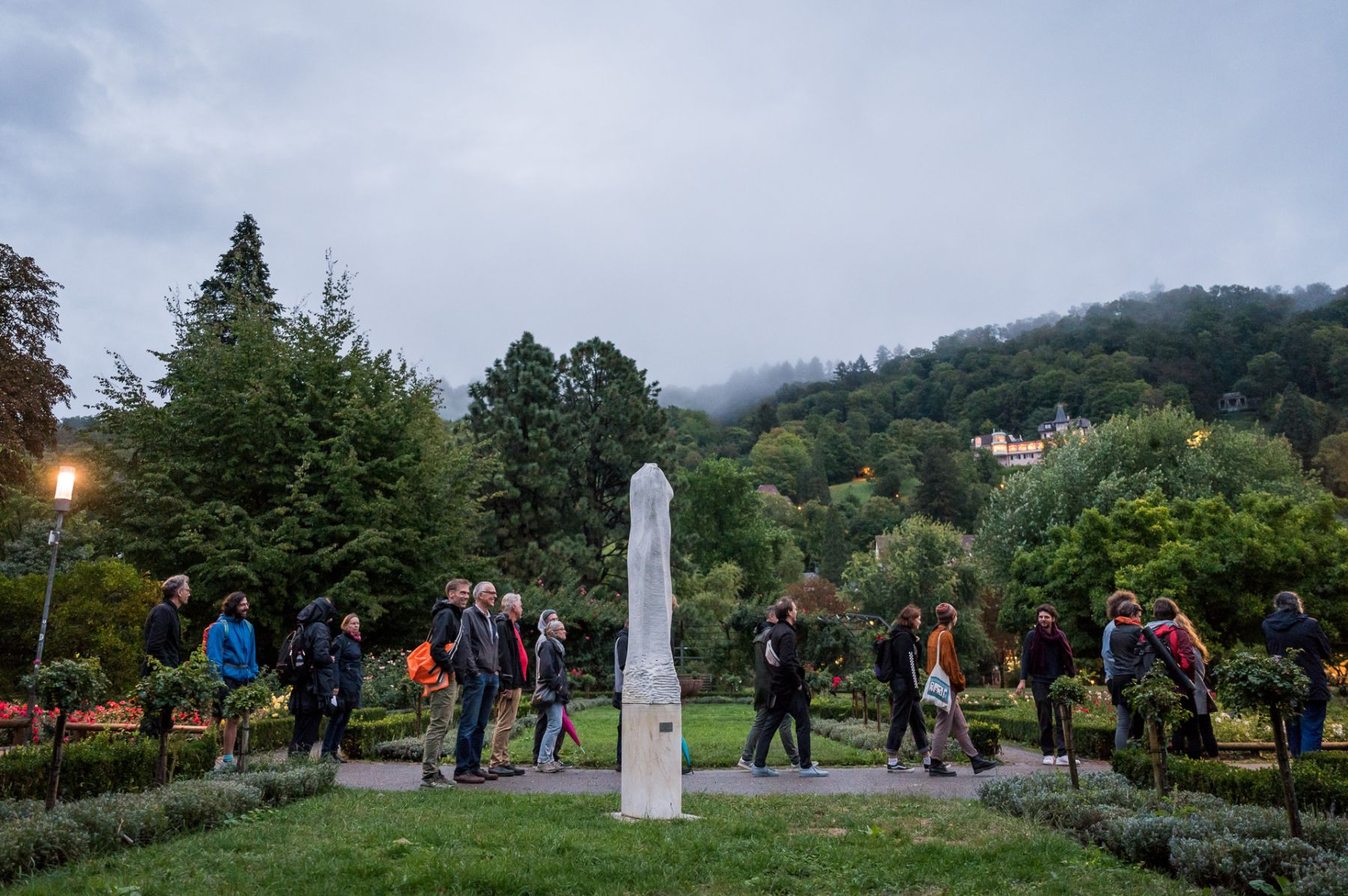
The “Ortsbegehung” took place in the Stadtpark in the northeast of Freiburg's historical center. This site formed the backdrop for a collective walk, exploring the idea of walking as a way of working in and with a public environment. It also encouraged thoughts about ways of presenting and storing collective memories in the public space. In case of the Stadtpark, it is striking how many monuments and statues are positioned in this green area – often dismantled from other places and explicitly placed here, not unlike an exhibition in a museum.
One monument commemorates the fallen soldiers of various Baden regiments in the First and Second World Wars: a gigantic column with a steel helmet on the top – called “hatstand” by the locals – an epitome of heroic masculinity. The real hero of the park is missing: the duck in the pond, which warned of air raids on the city even before the official alarm was released. His beak was damaged and is now being carefully restored. In the middle of the roses a steel in shines in pure white. A sun dial with a female body – the arms hardly recognizable, as if bound by her dress. Fragmented for some years now, she has fallen victim to vandalism at night and has lost her head, which is still missing today. Is she jealous of the drake, who is treated so caringly? Should her head also be restored, and if so how? Another gap in this park, in which so many objects of embodied memories are placed, is the memory of Rosa Luxemburg's speech. Held in 1914, she addressed a strong speech on pacifism to thousands of Freiburg man and women at this place, but there is no material form of remembrance of her – no hat stand or drake made of stone. Just a sticker on the soap dispenser of the public toilet. How can this story nevertheless become a part of this place?
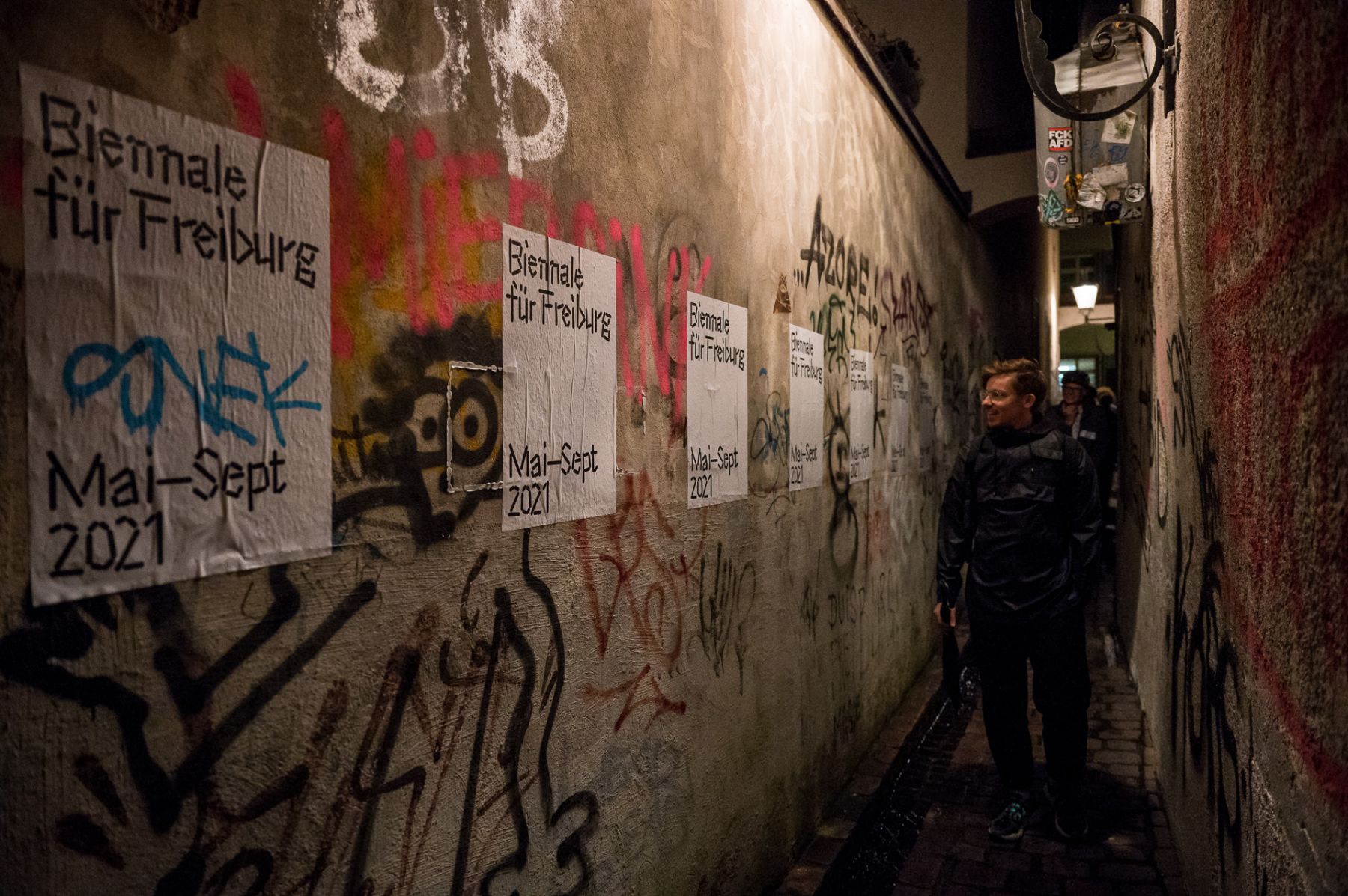
Presentation of the graphic design for BfF on the walls of the Präsenzgasse, one of the most narrow streets in Freiburg. Photography: Marc Doradzillo.
The last stop took the group to what is probably the smallest street of Freiburg. Leading towards the well-known Münsterplatz, the Präsenzgasse is easily overlooked. Here the first posters announcing BfF #1 were distributed on the walls. Sign-up to our newsletter and follow this blog to learn more about the origin of the graphic design of Biennale für Freiburg and our typeface “Difficult Times”, especially conceived by graphic designers Ronja Andersen and Marius Schwarz.
All photographs by Marc Doradzillo.
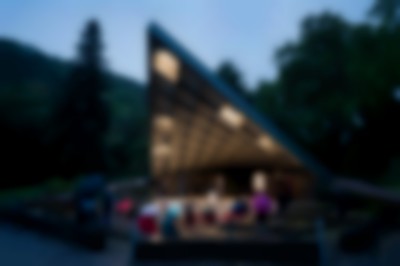

Announcement of Biennale für Freiburg in the Musikpavillon at Stadtgarten. Photograph: Marc Doradzillo.
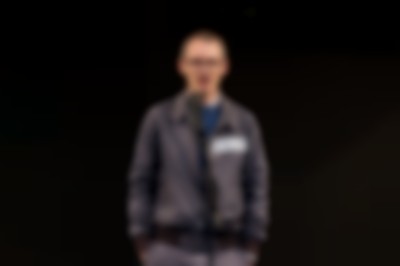

Heinrich Dietz, Chariperson of the associatoin Perspektiven für Kunst in Freiburg e.V., that organizes BfF. Photography: Marc Doradzillo.
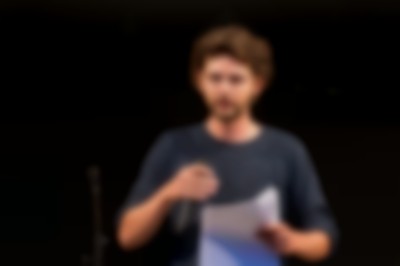

Leon Hösl, Artistic Director of Biennale für Freiburg. Photography: Marc Doradzillo.
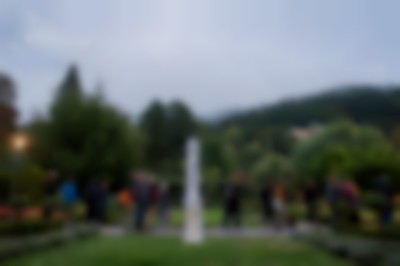



Presentation of the graphic design for BfF on the walls of the Präsenzgasse, one of the most narrow streets in Freiburg. Photography: Marc Doradzillo.

